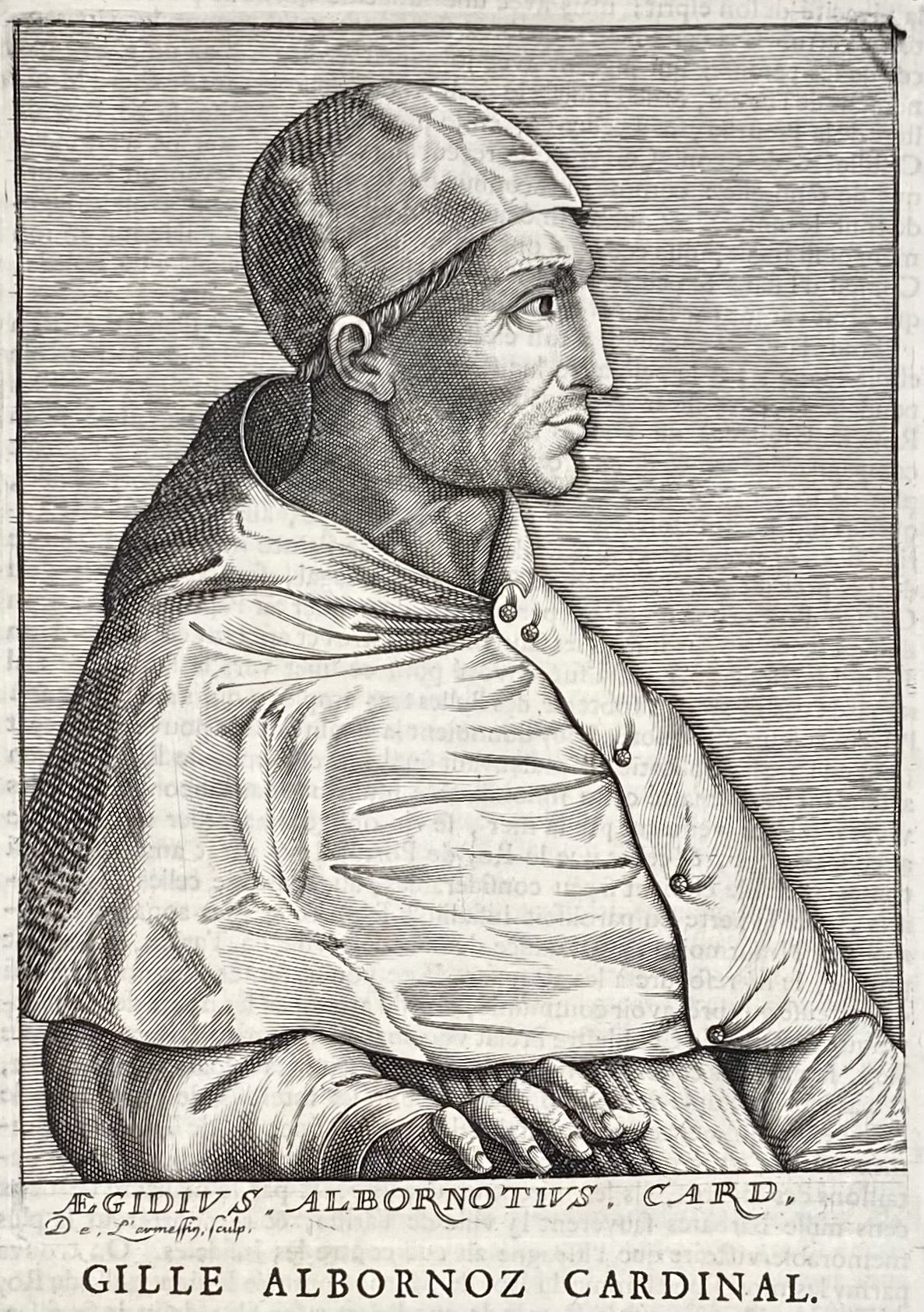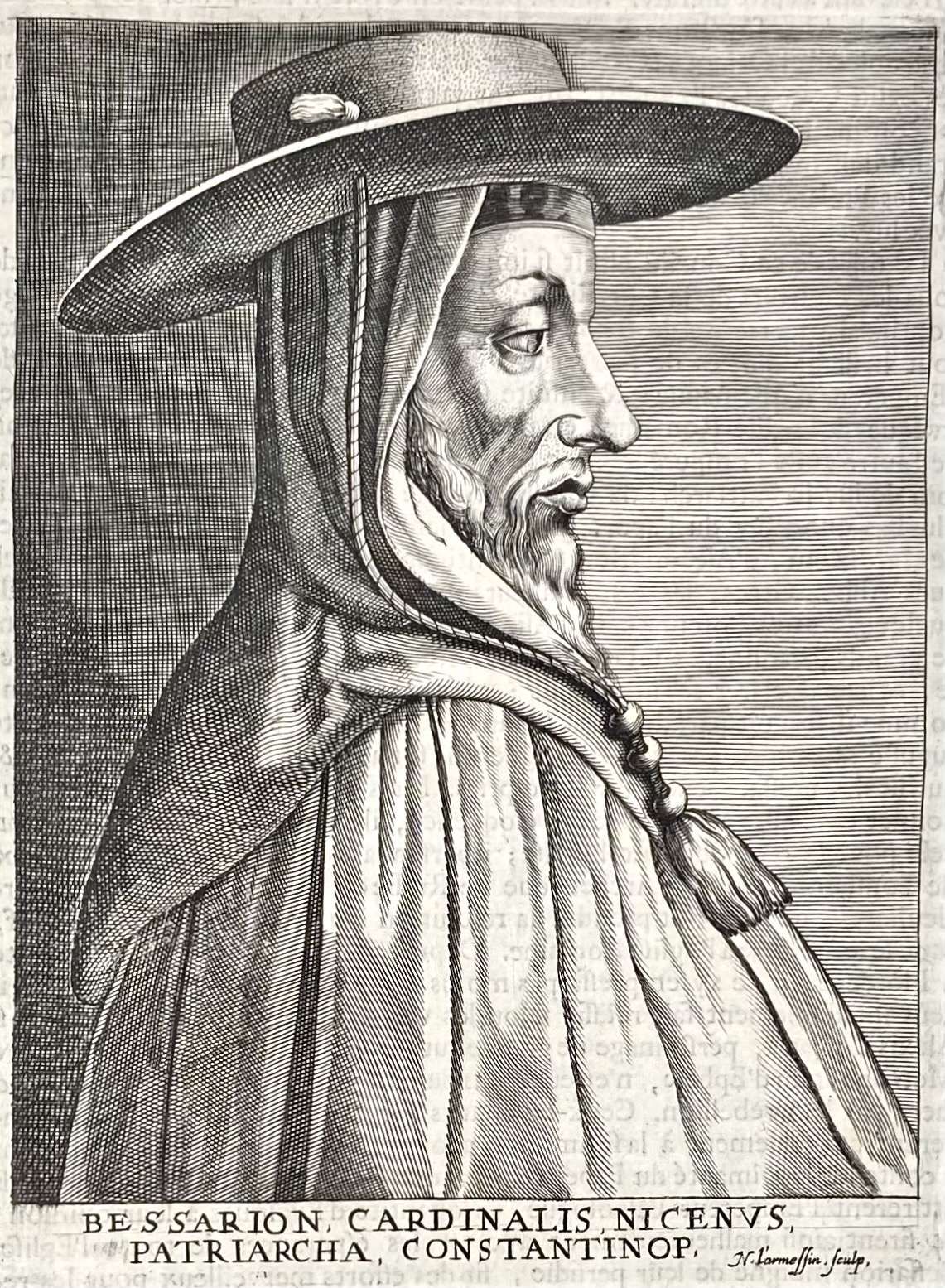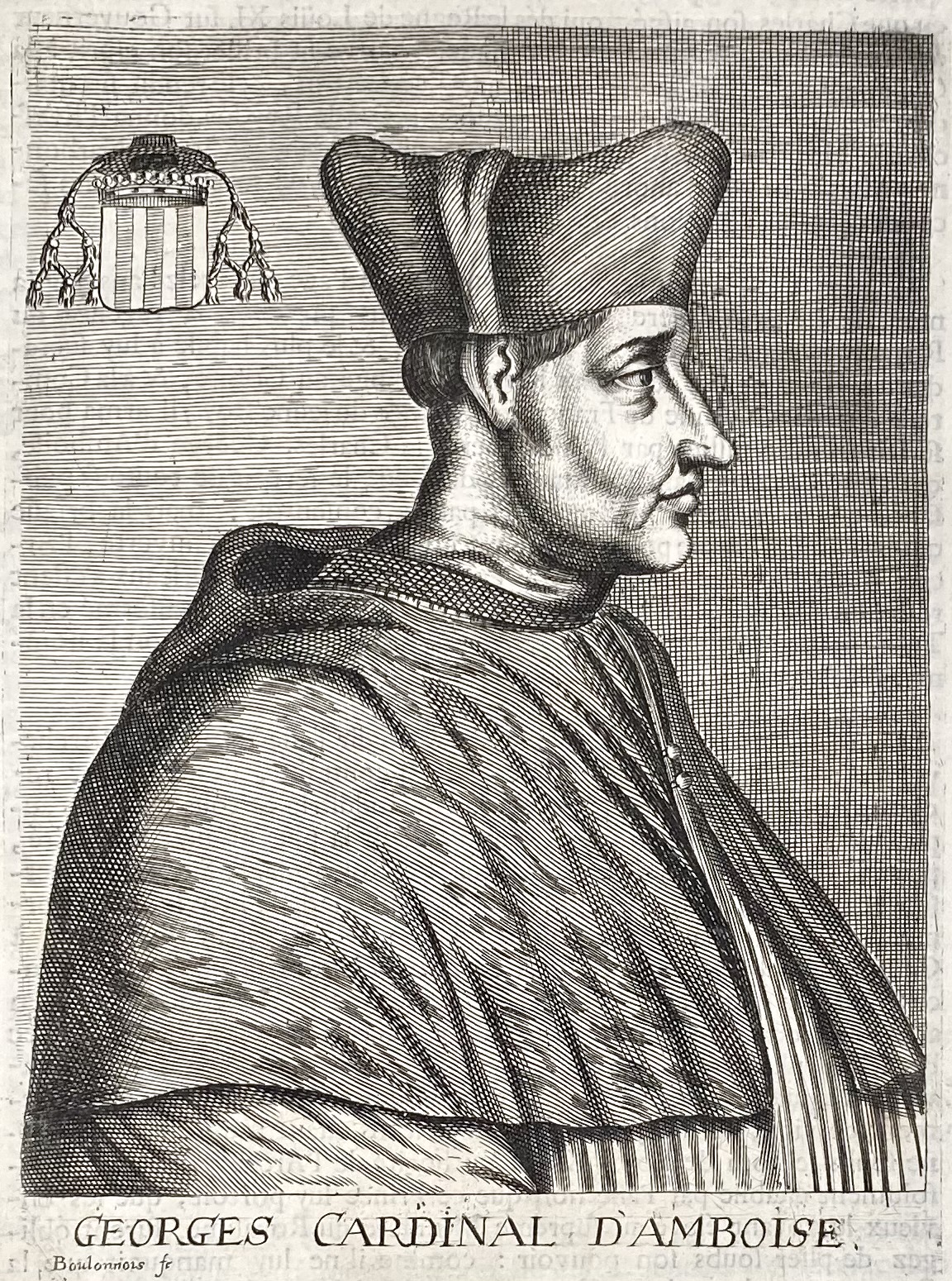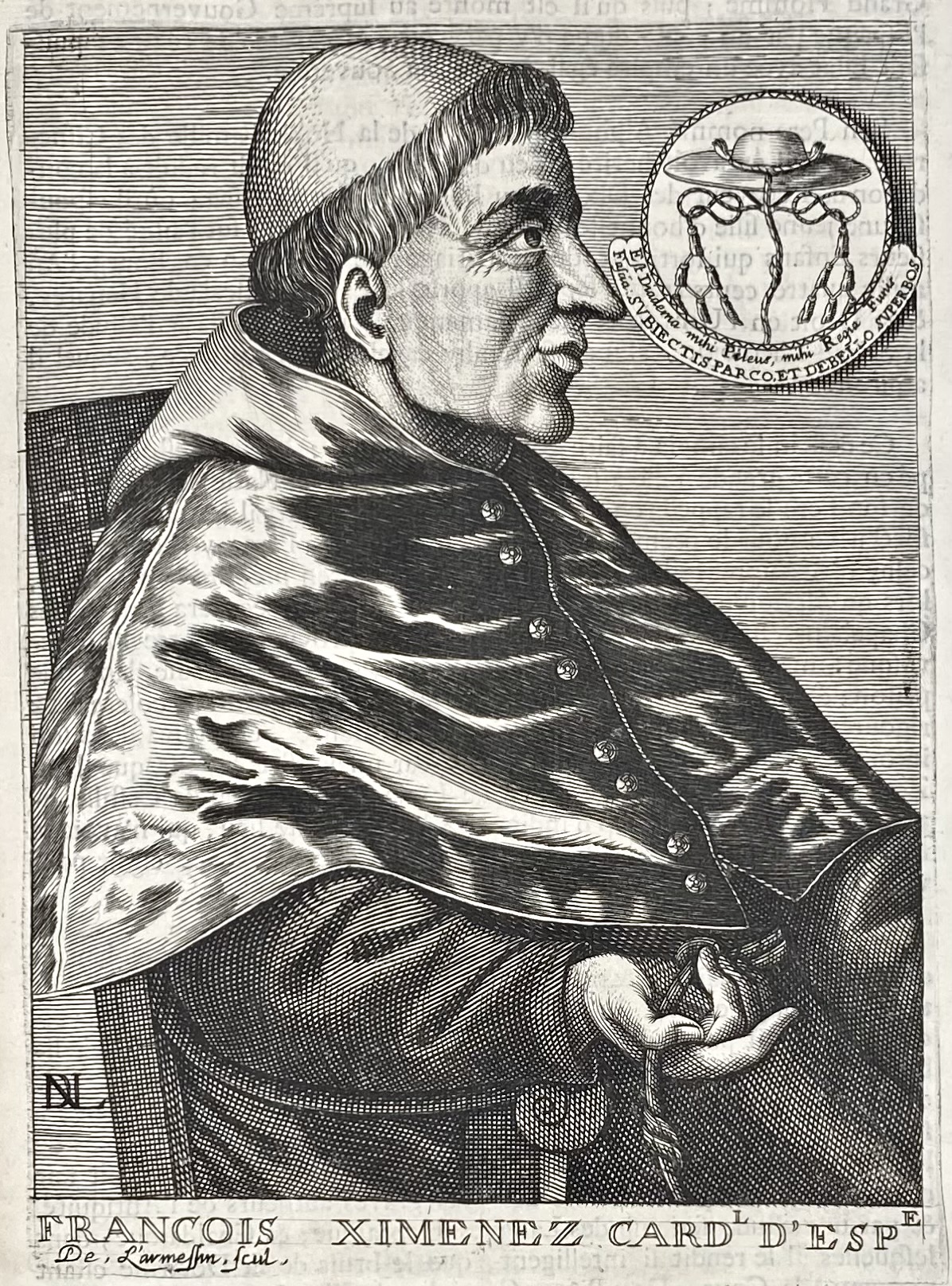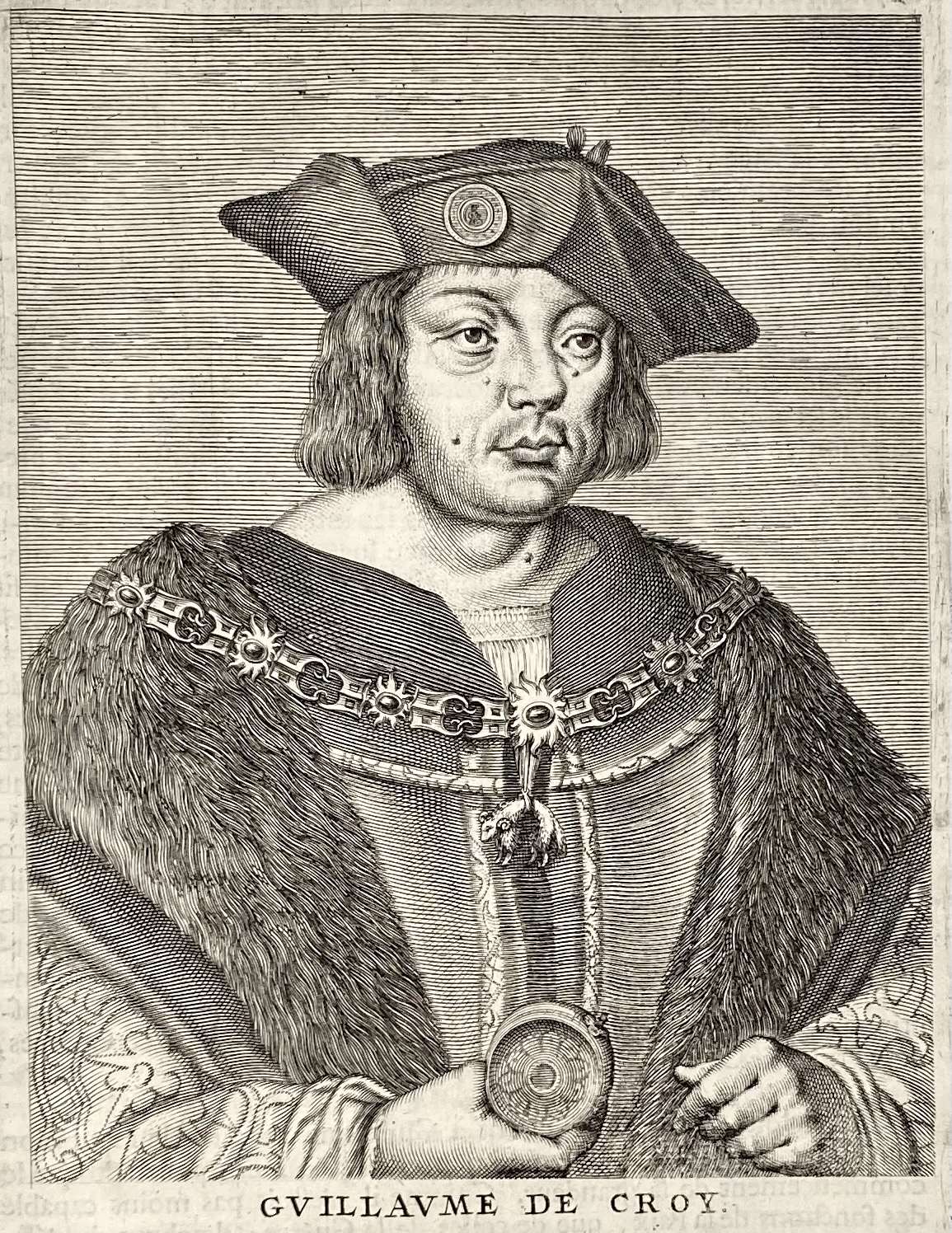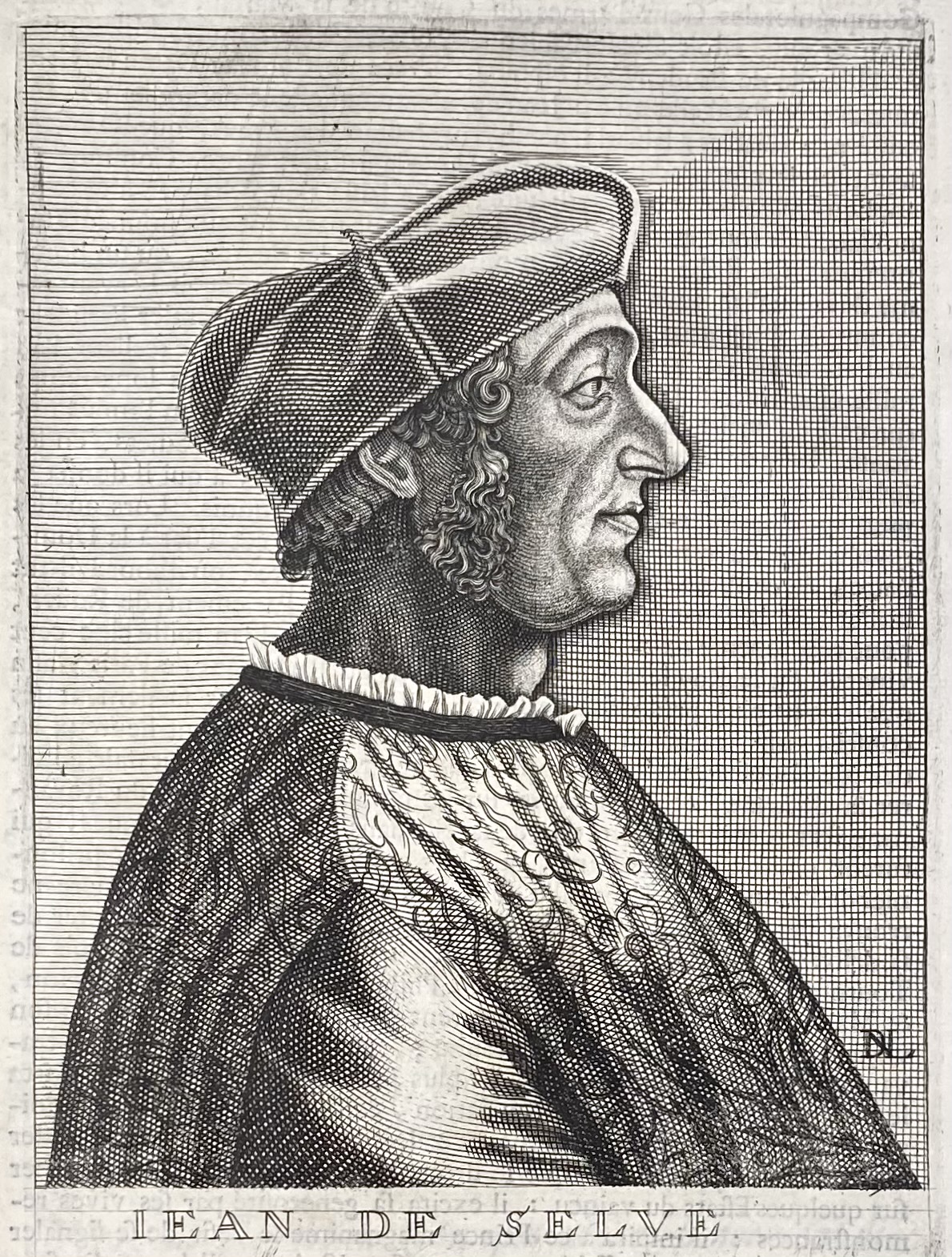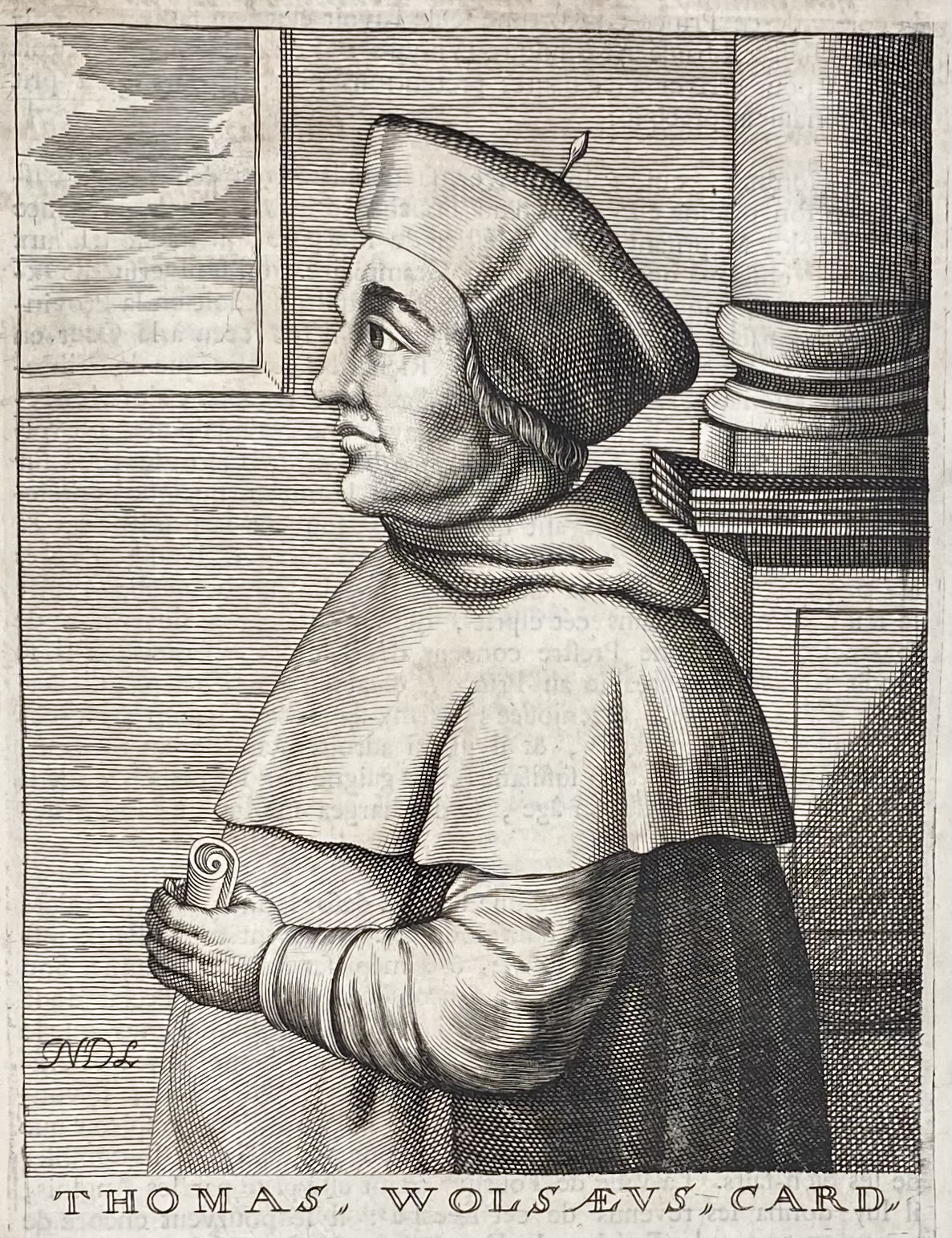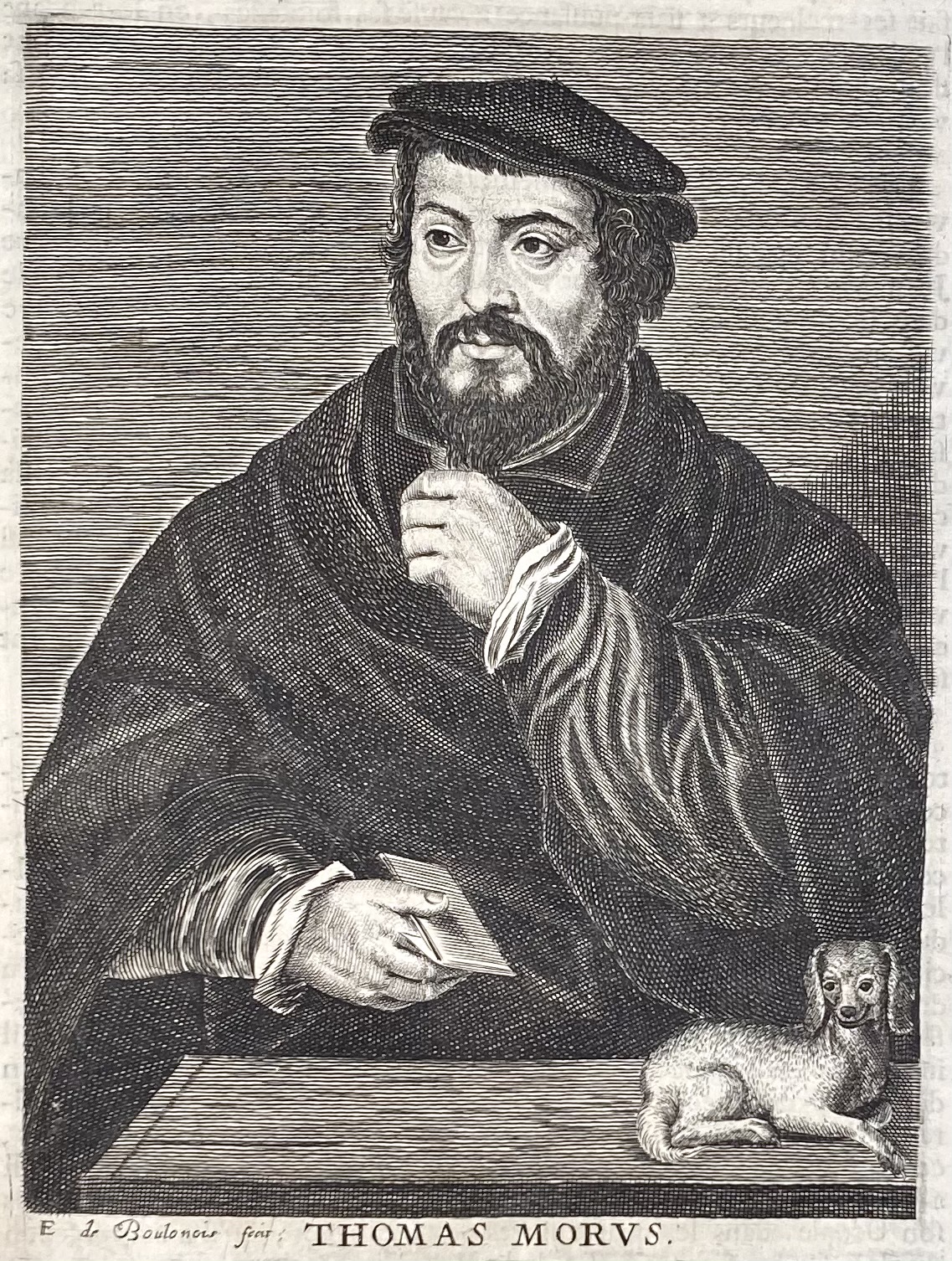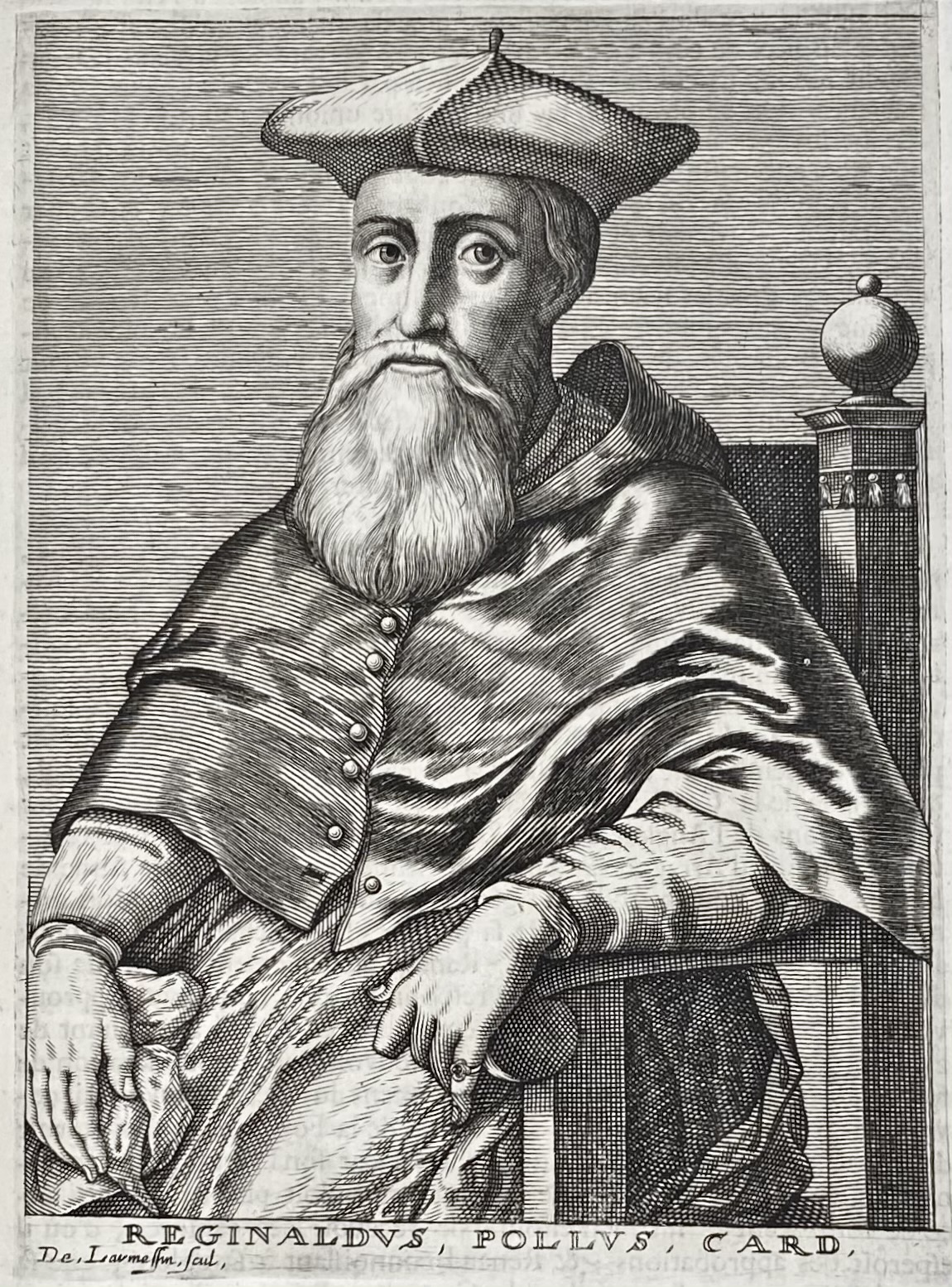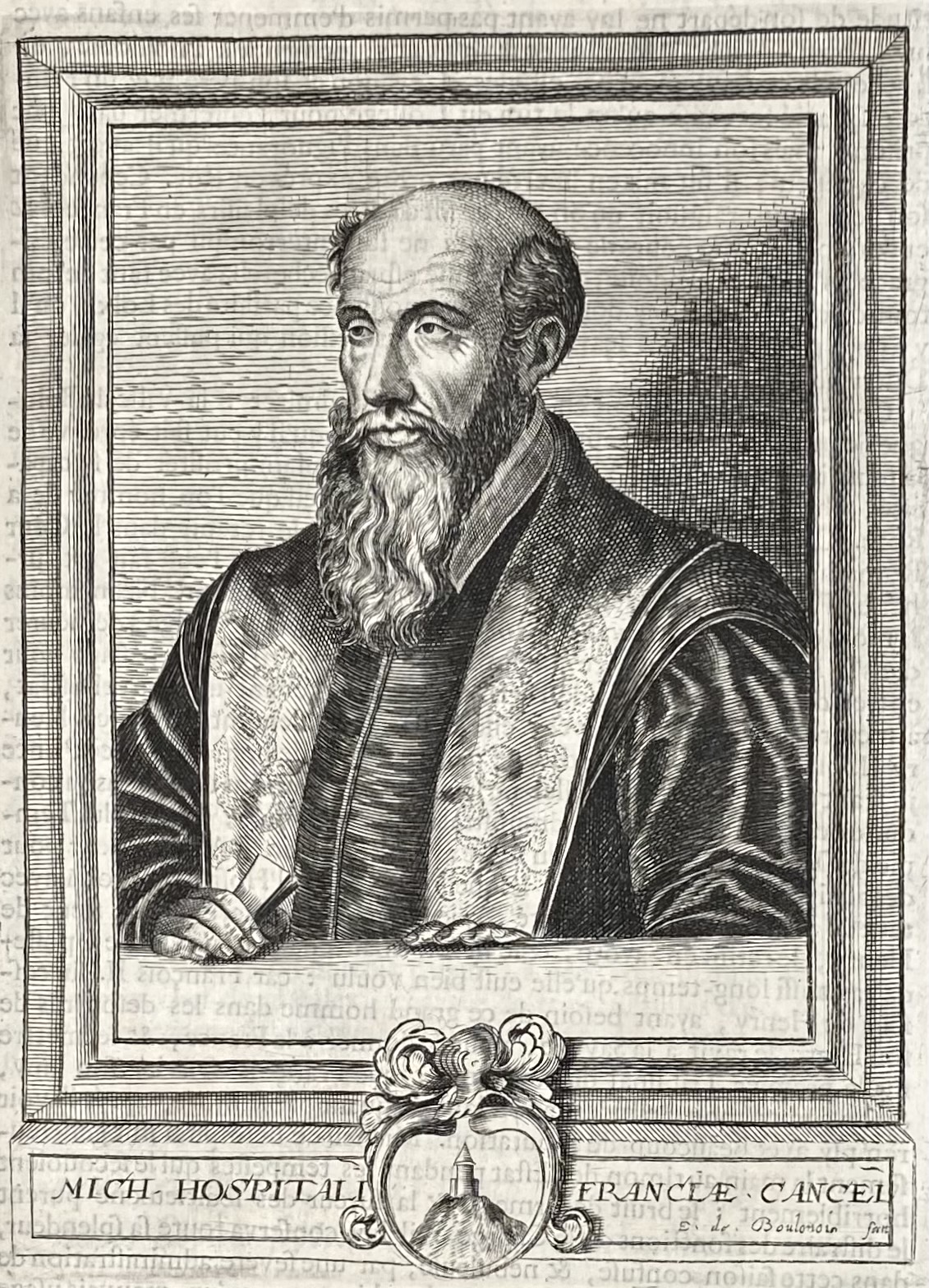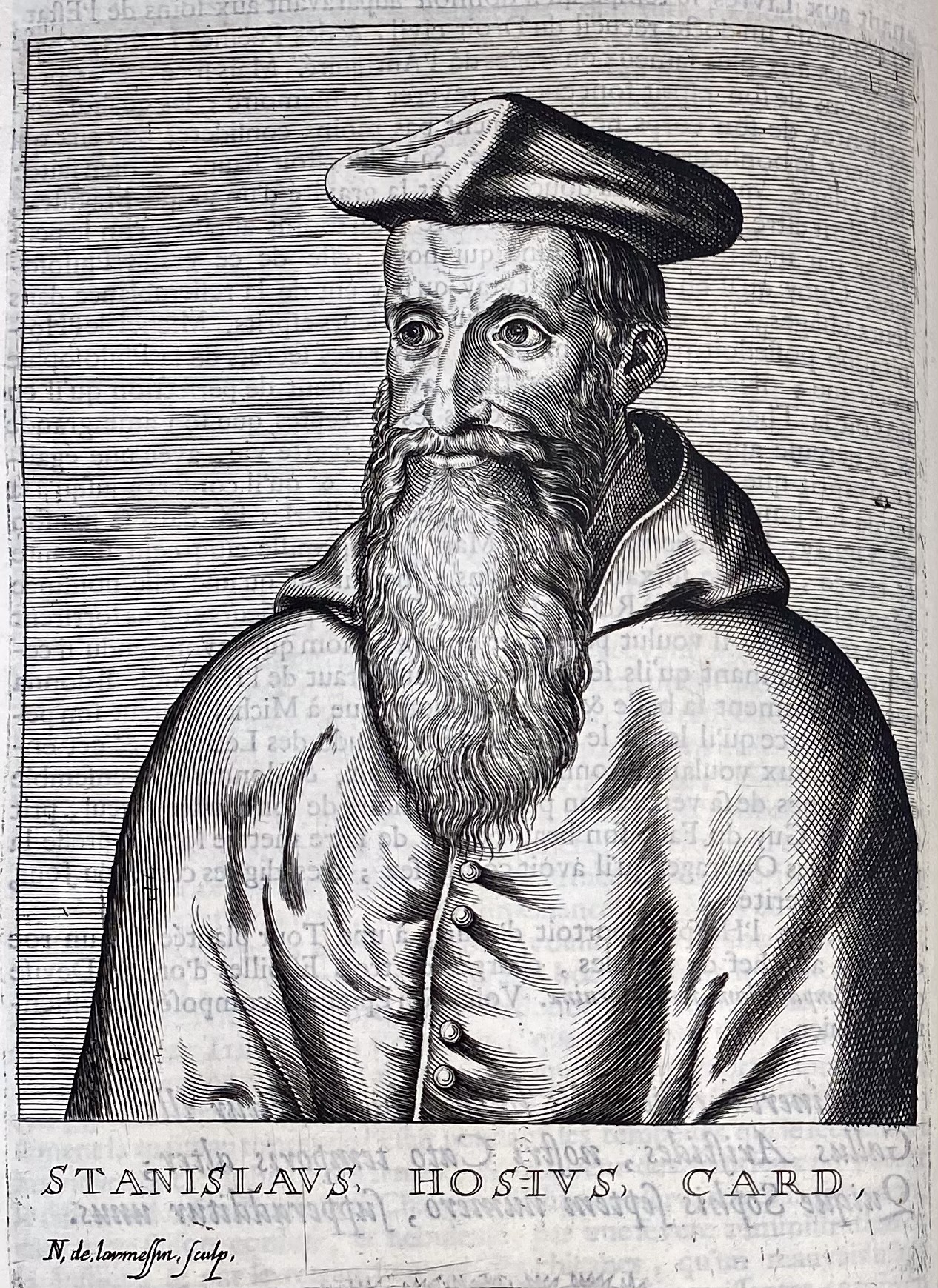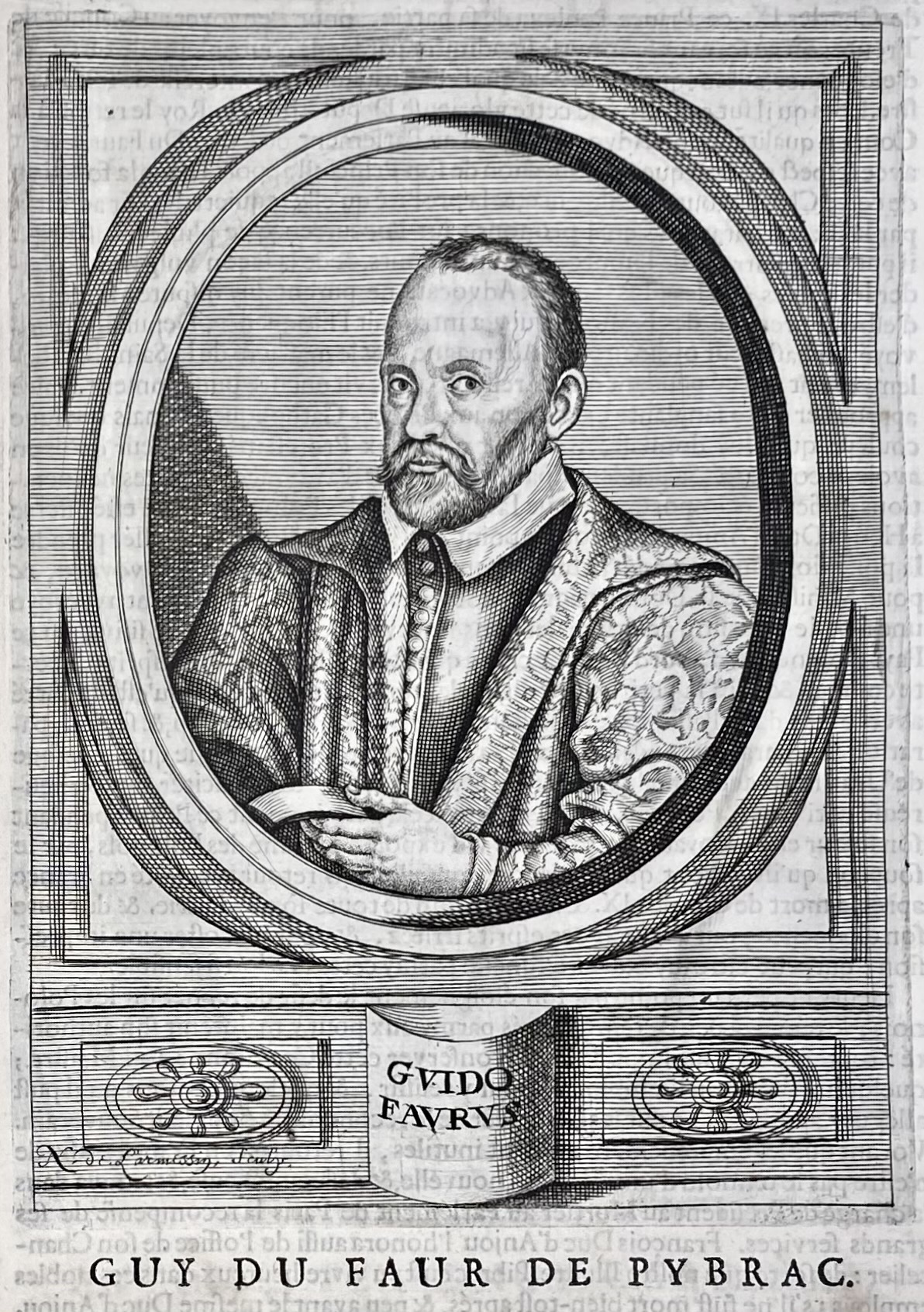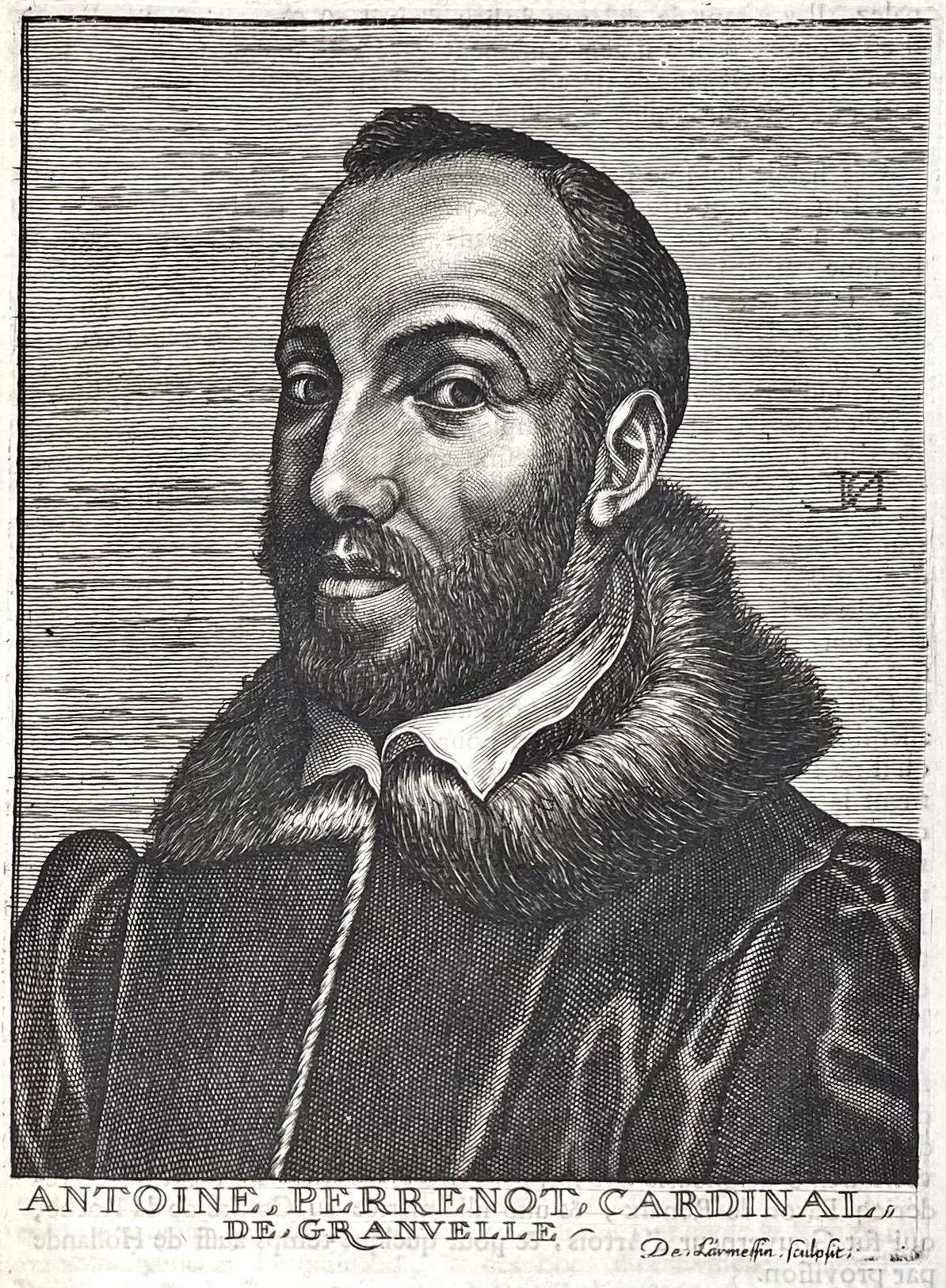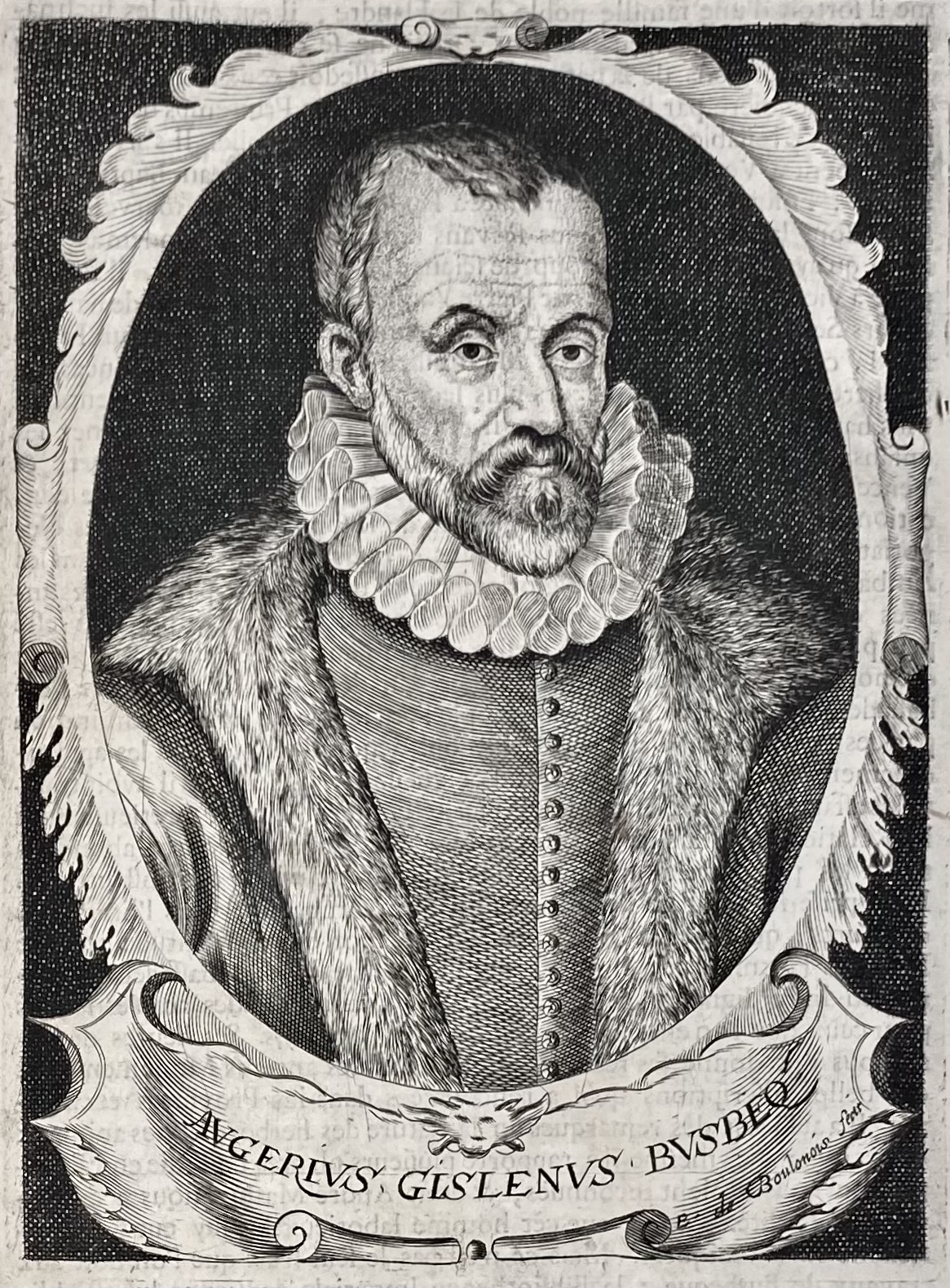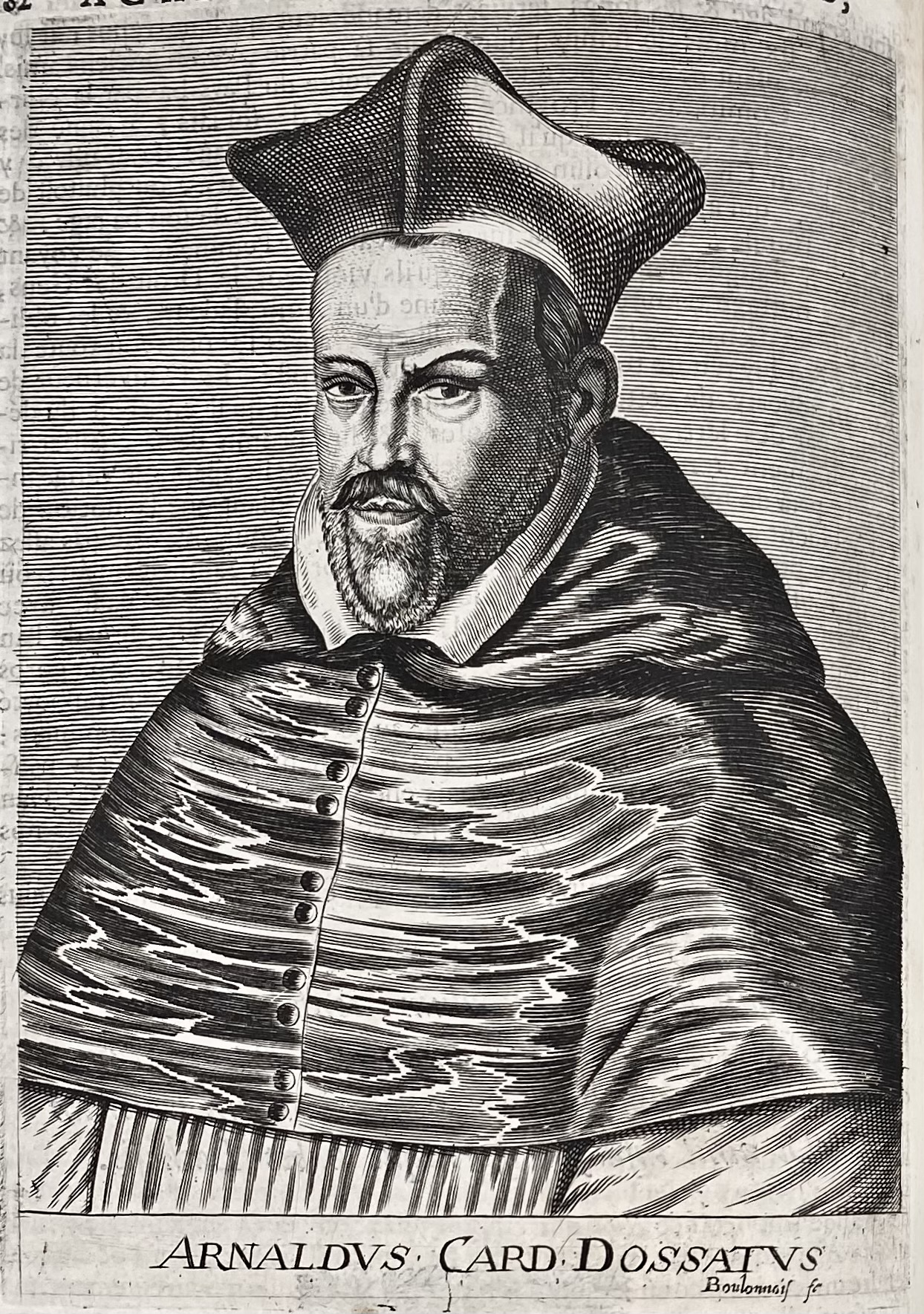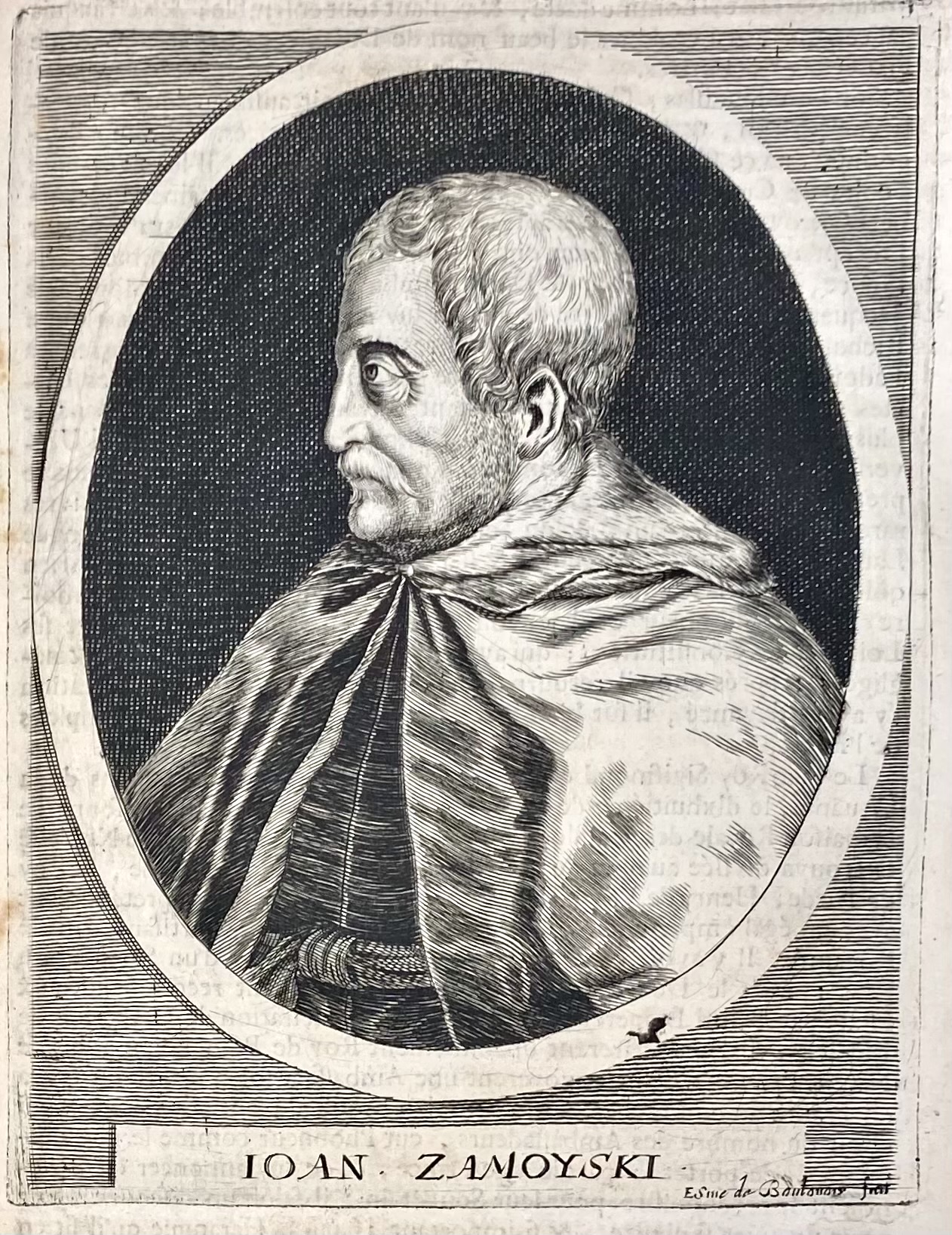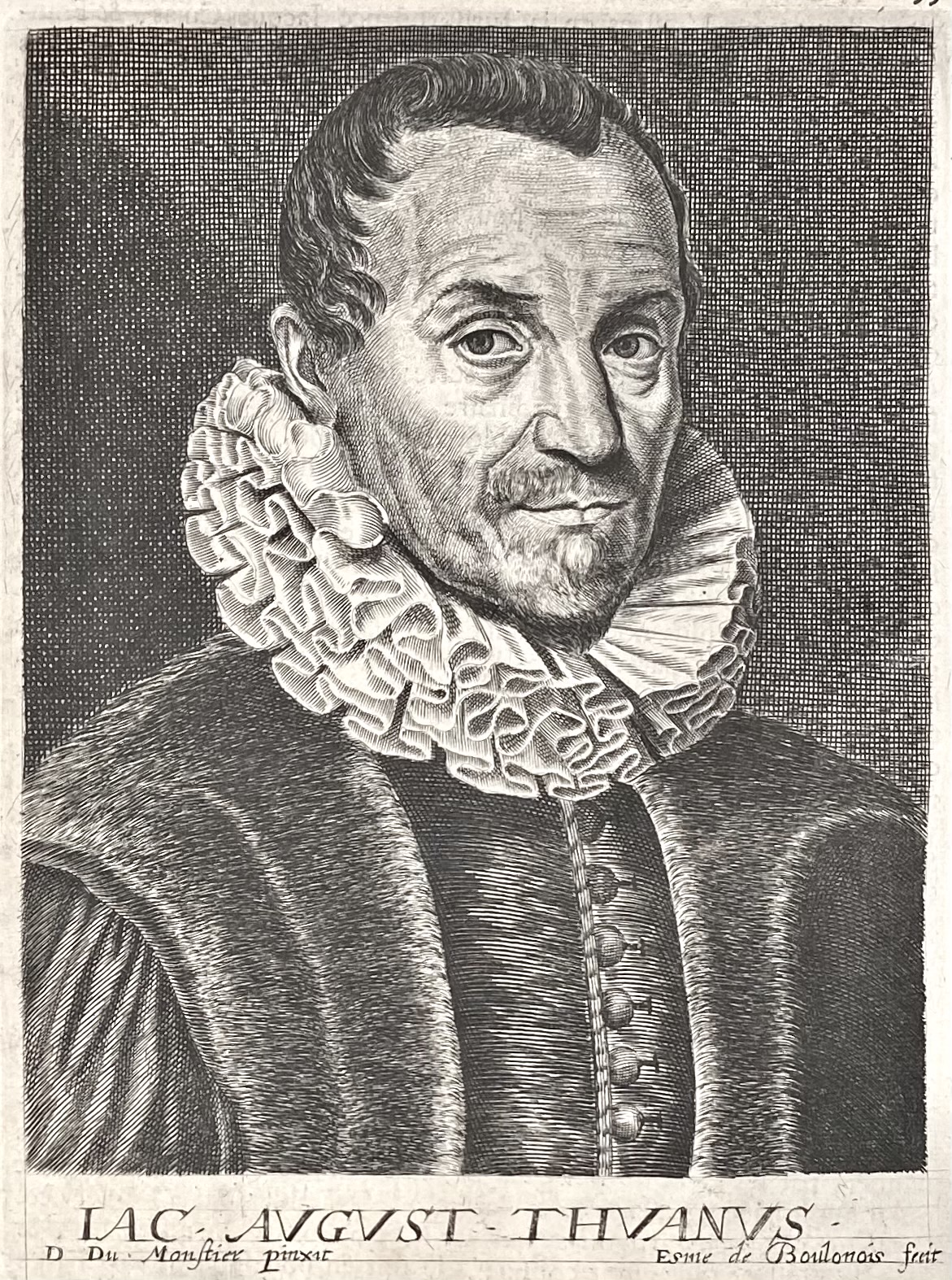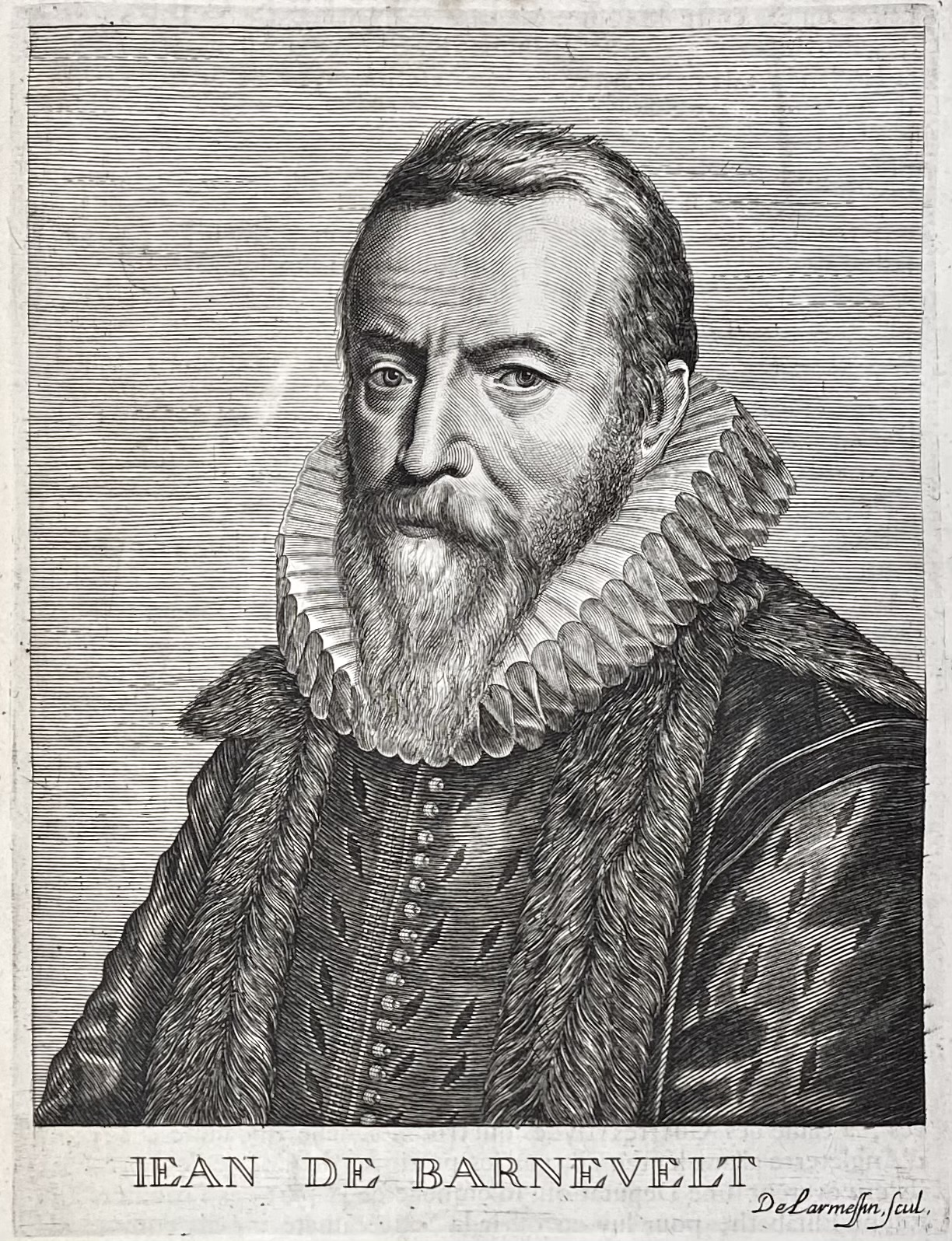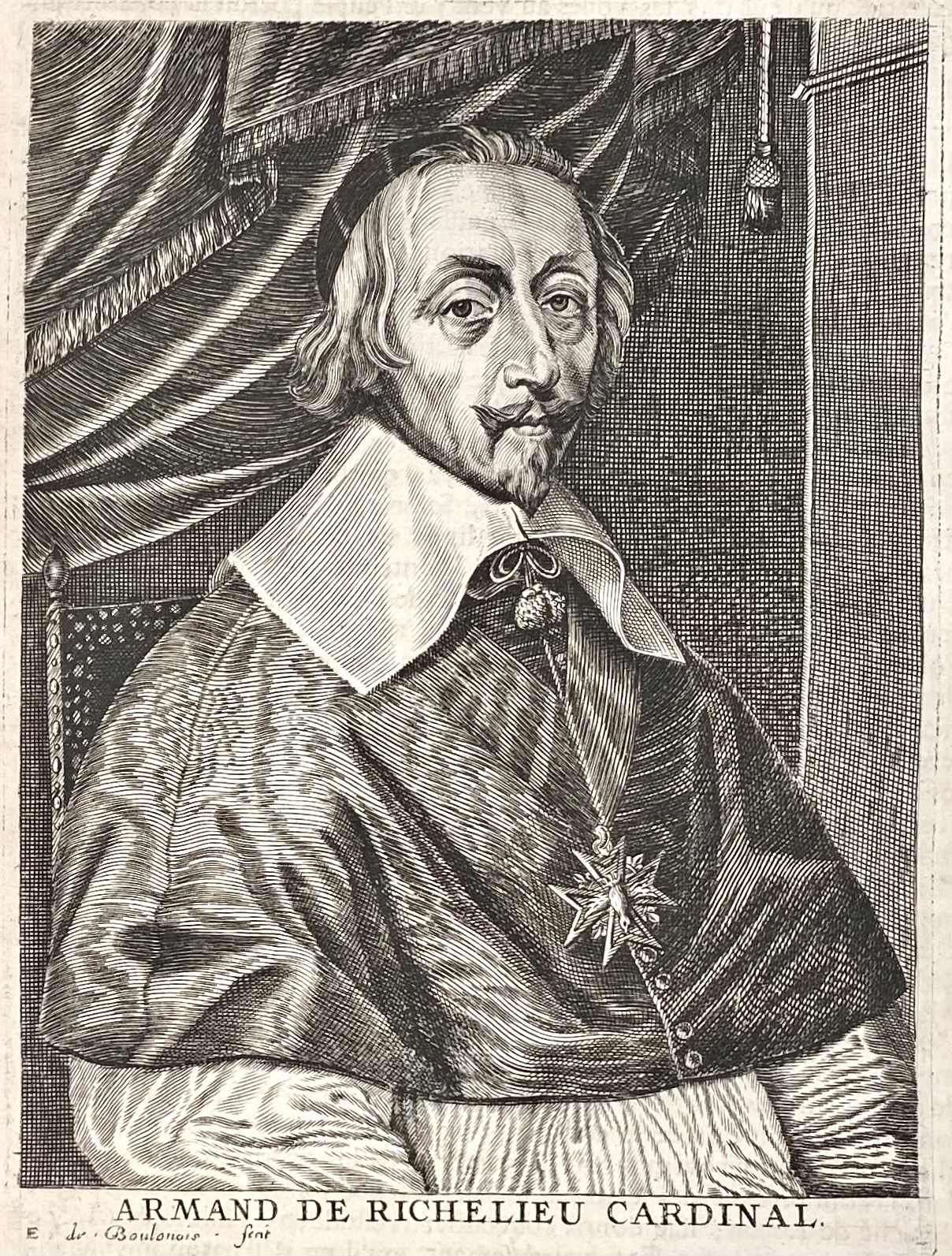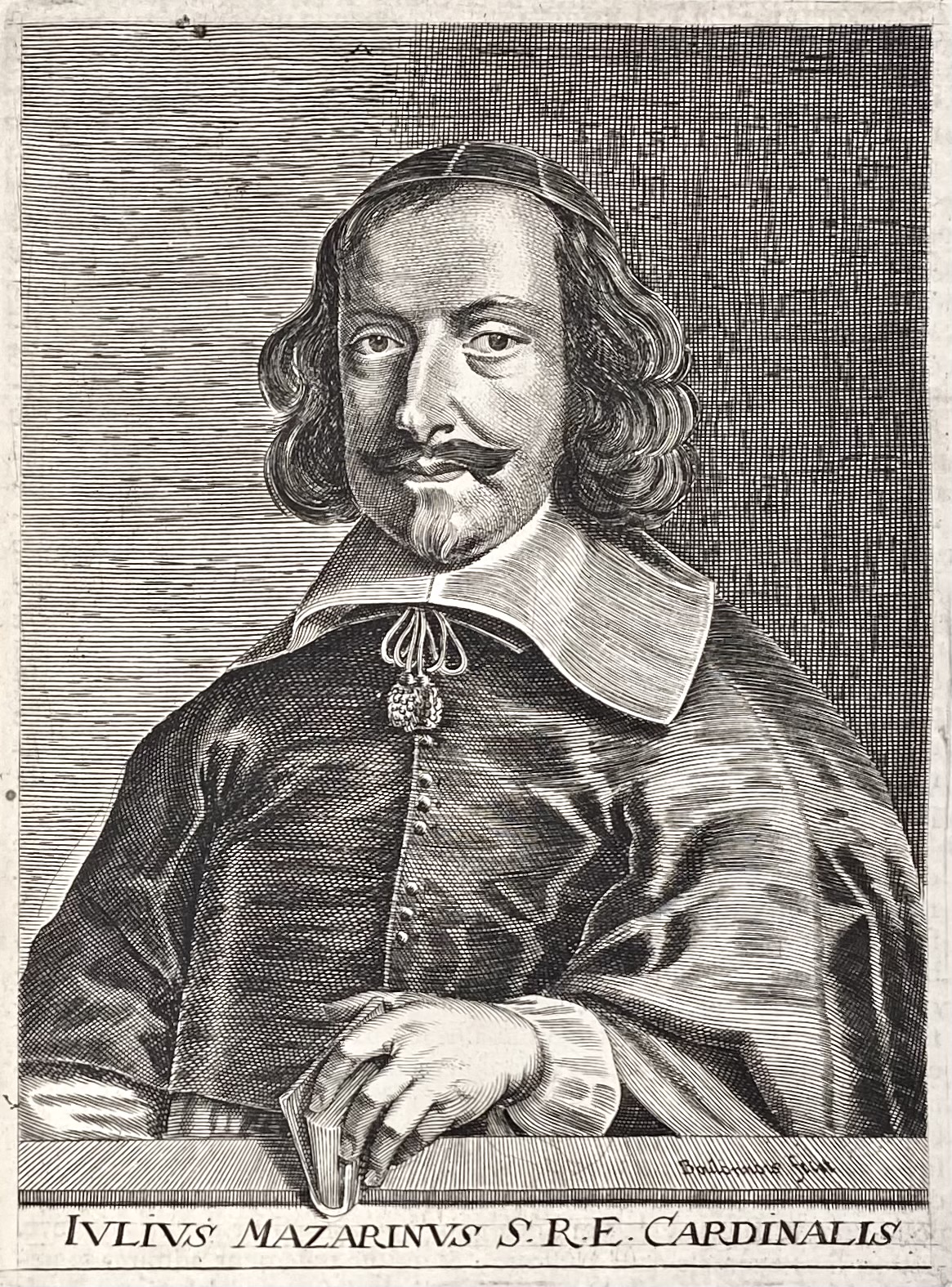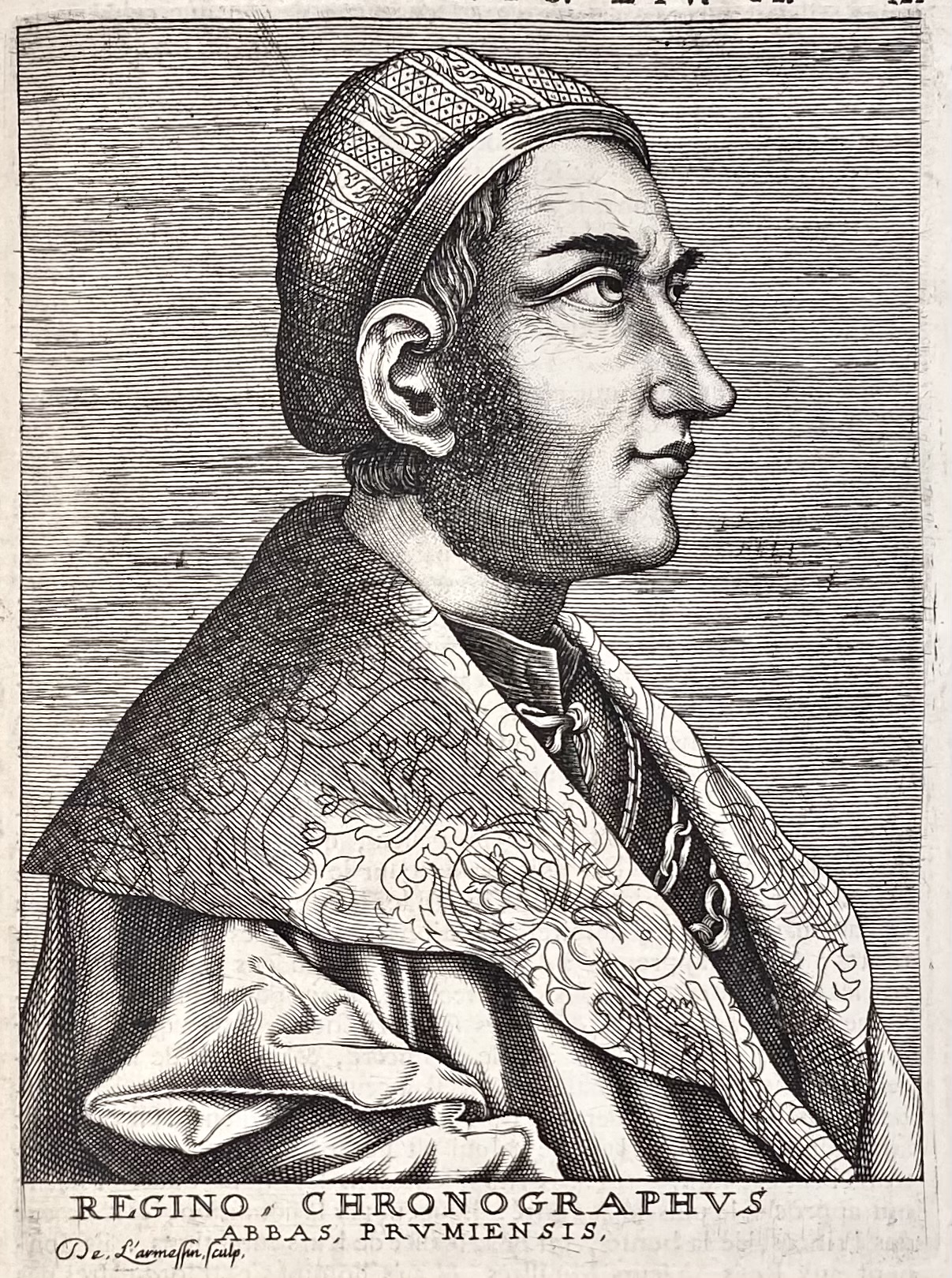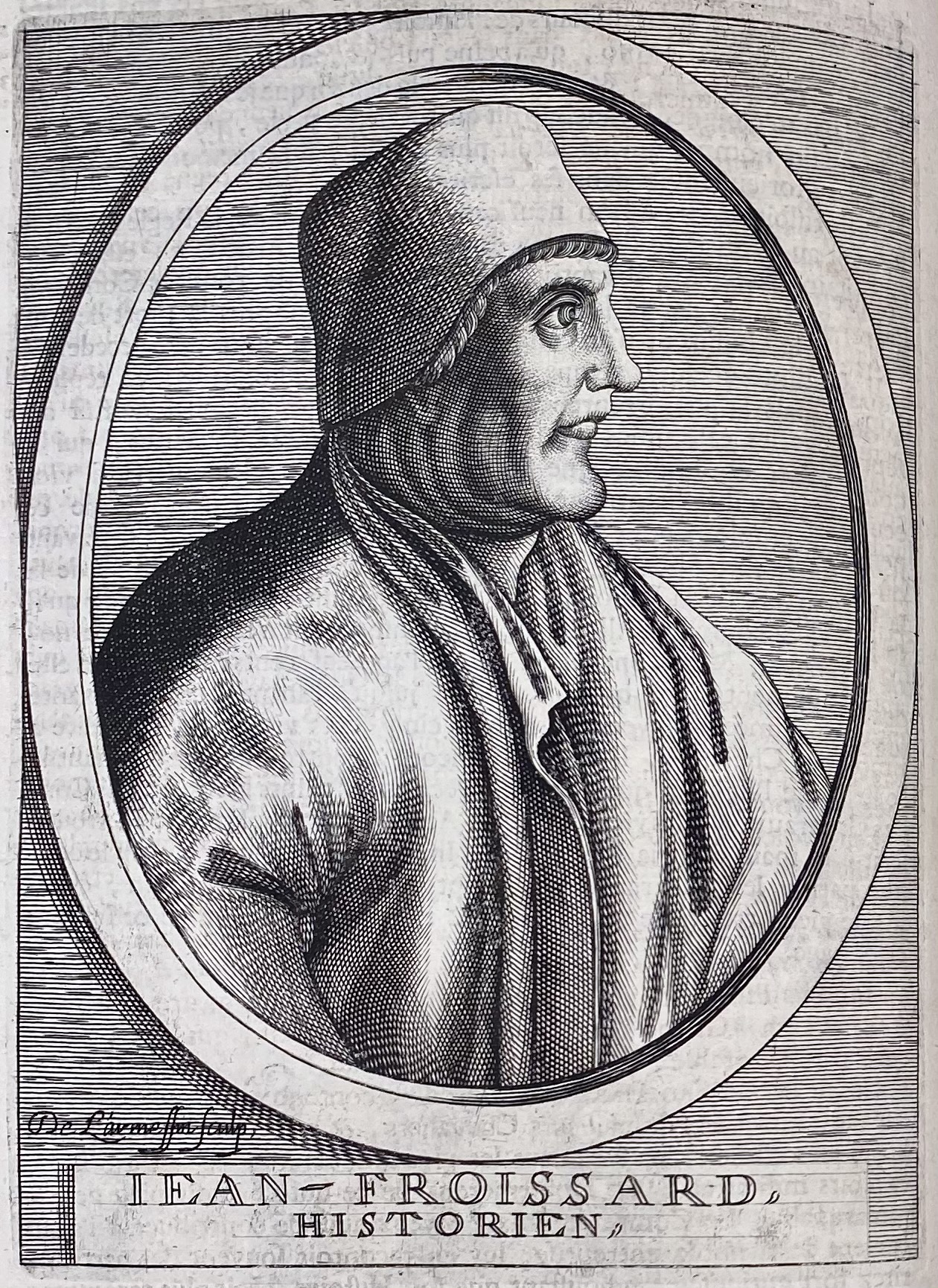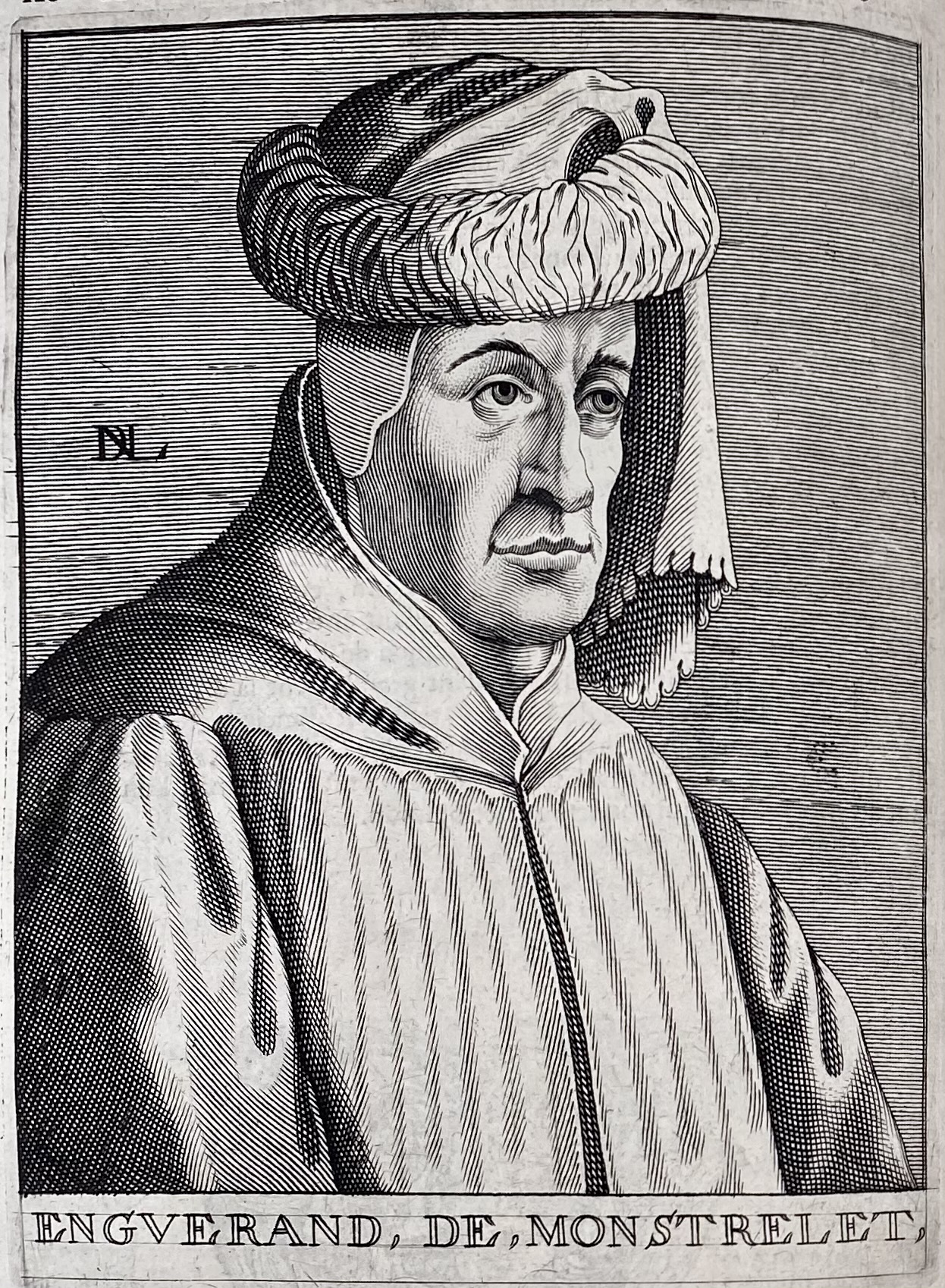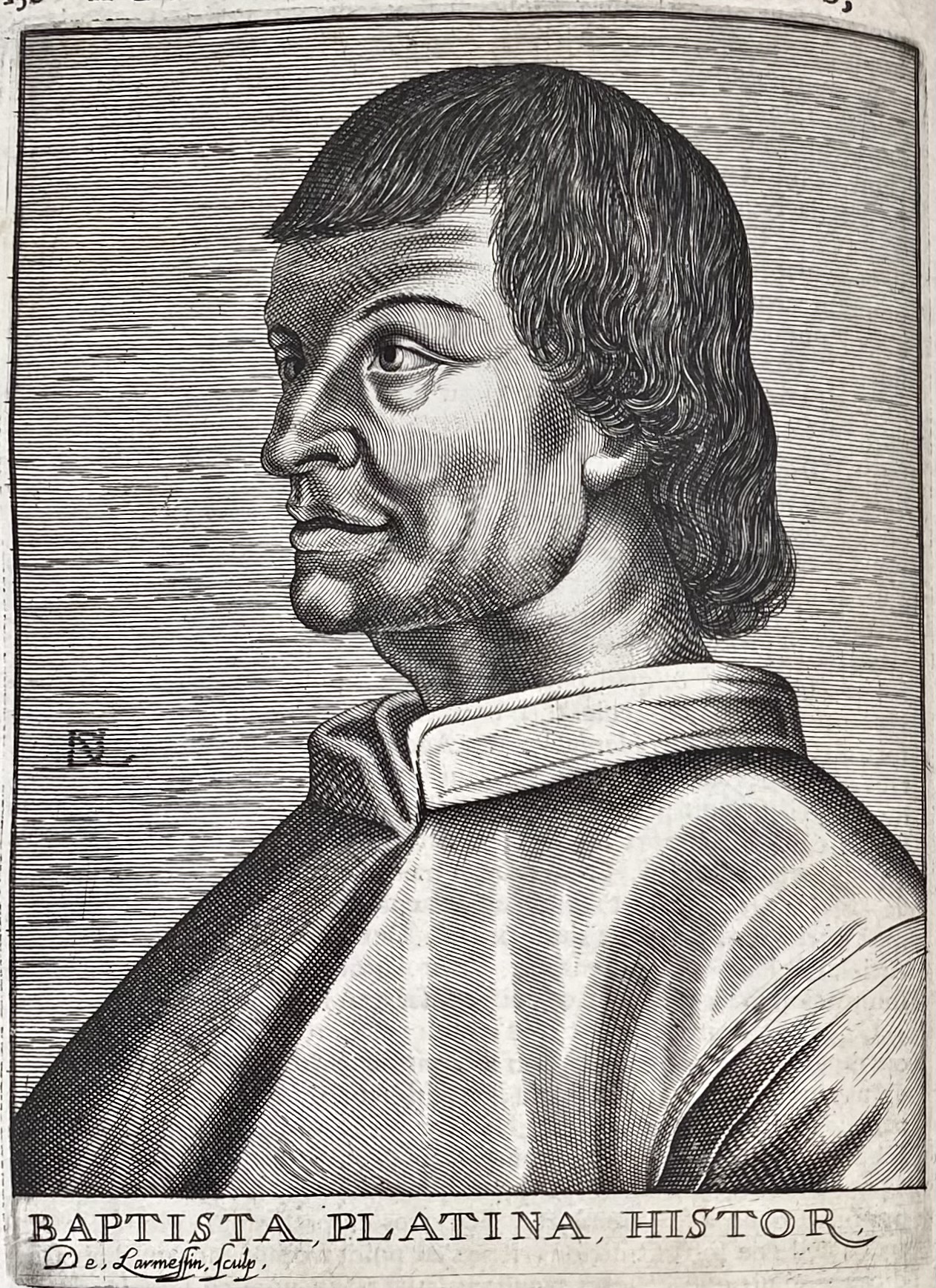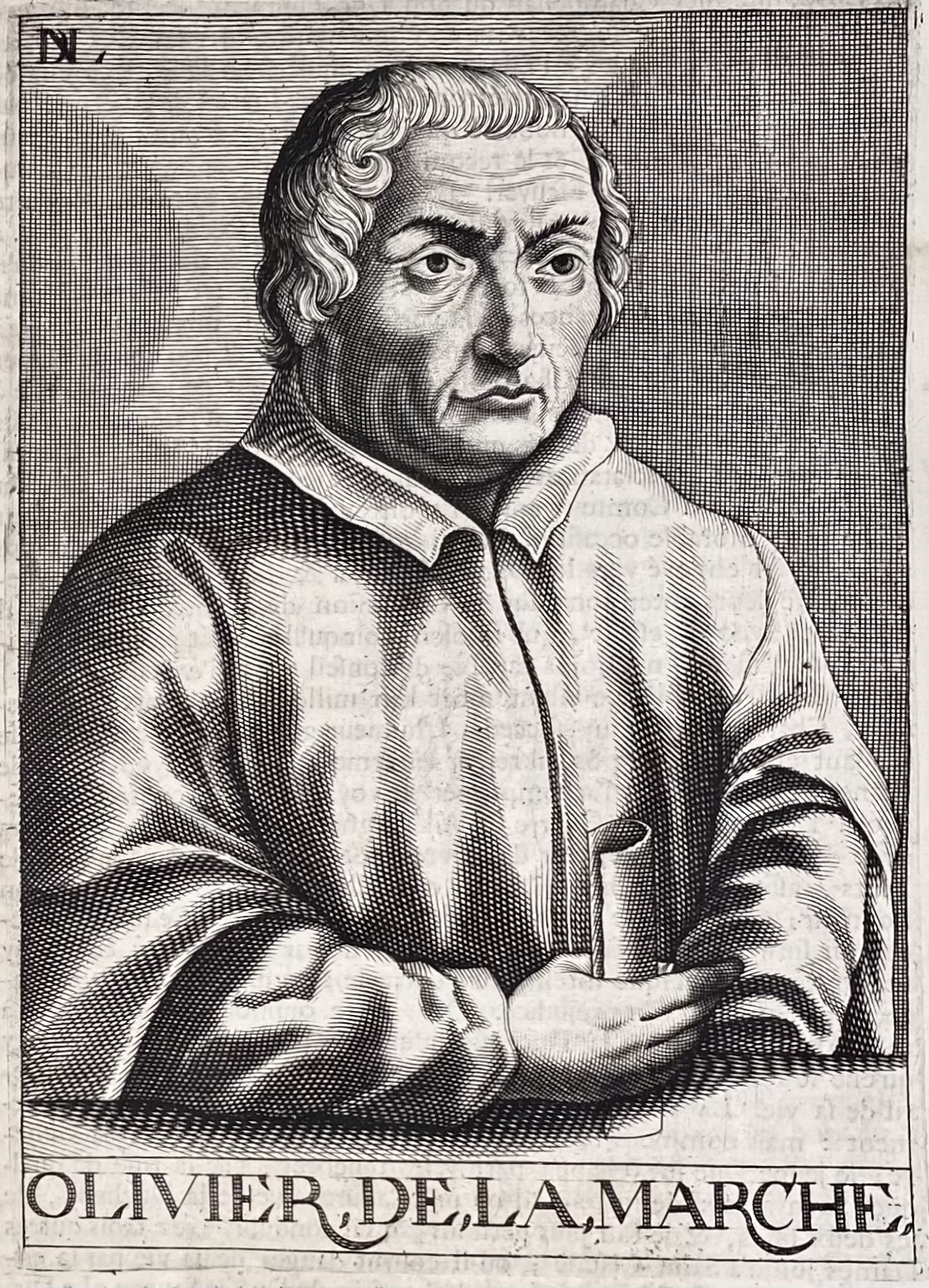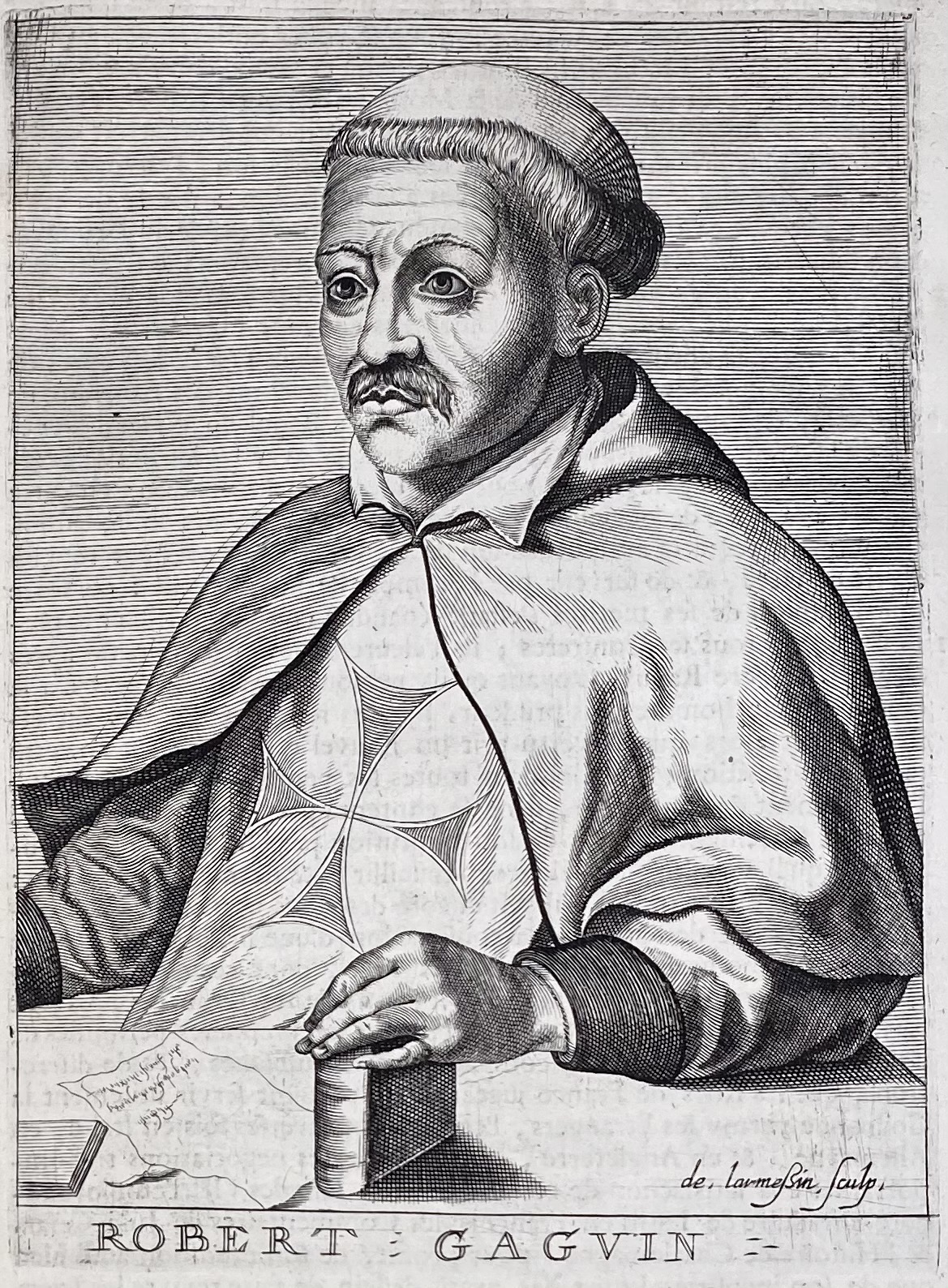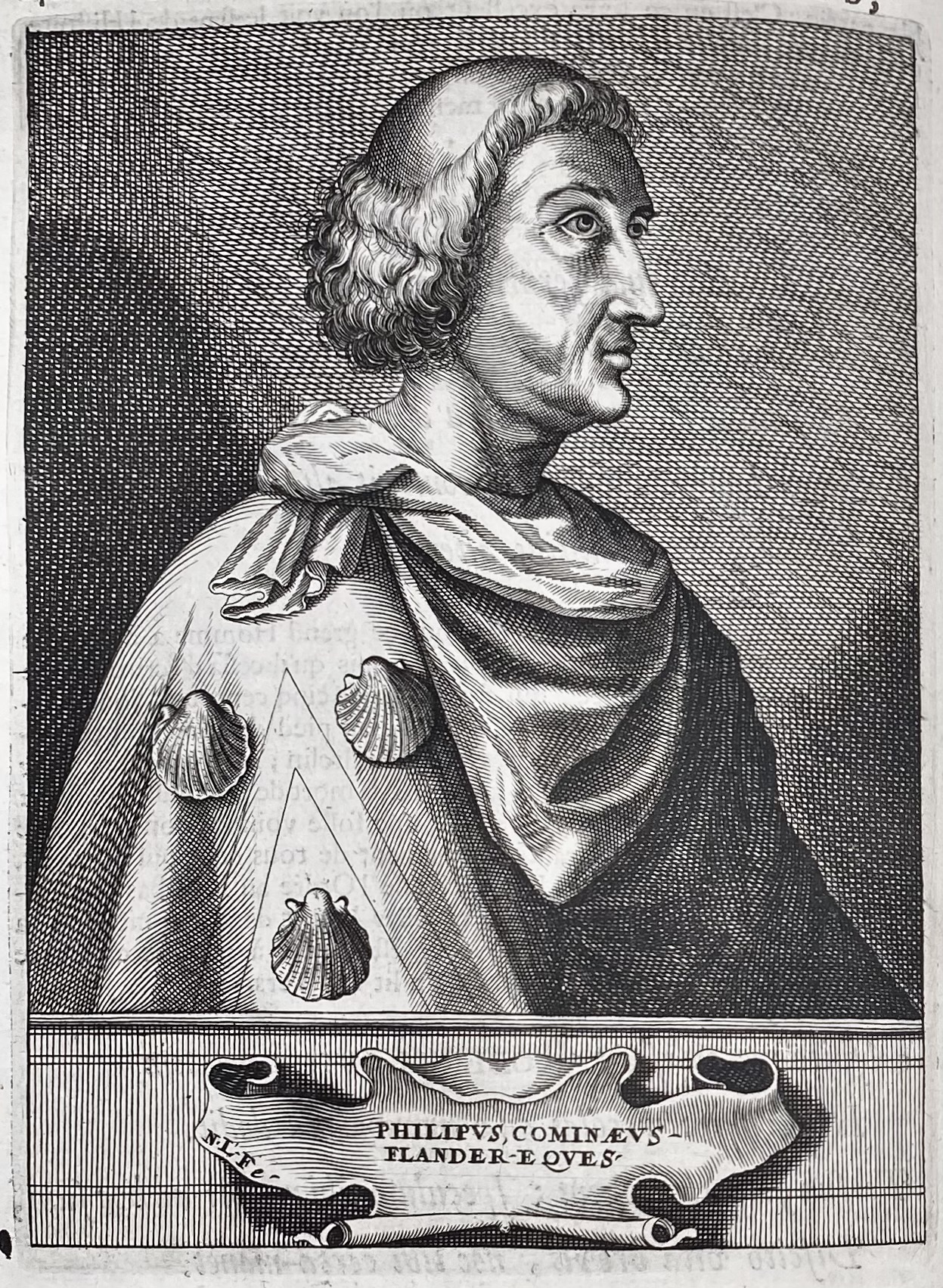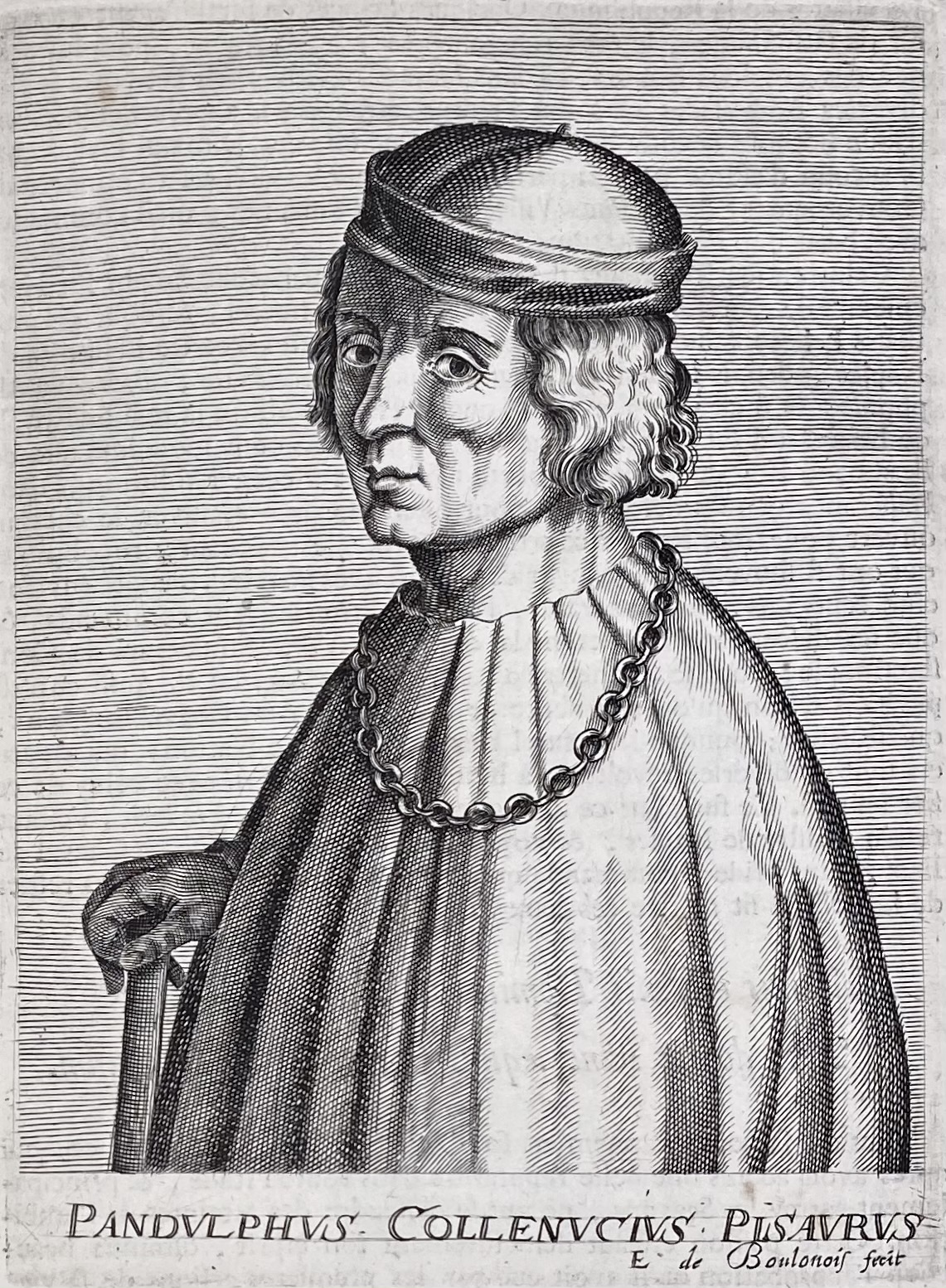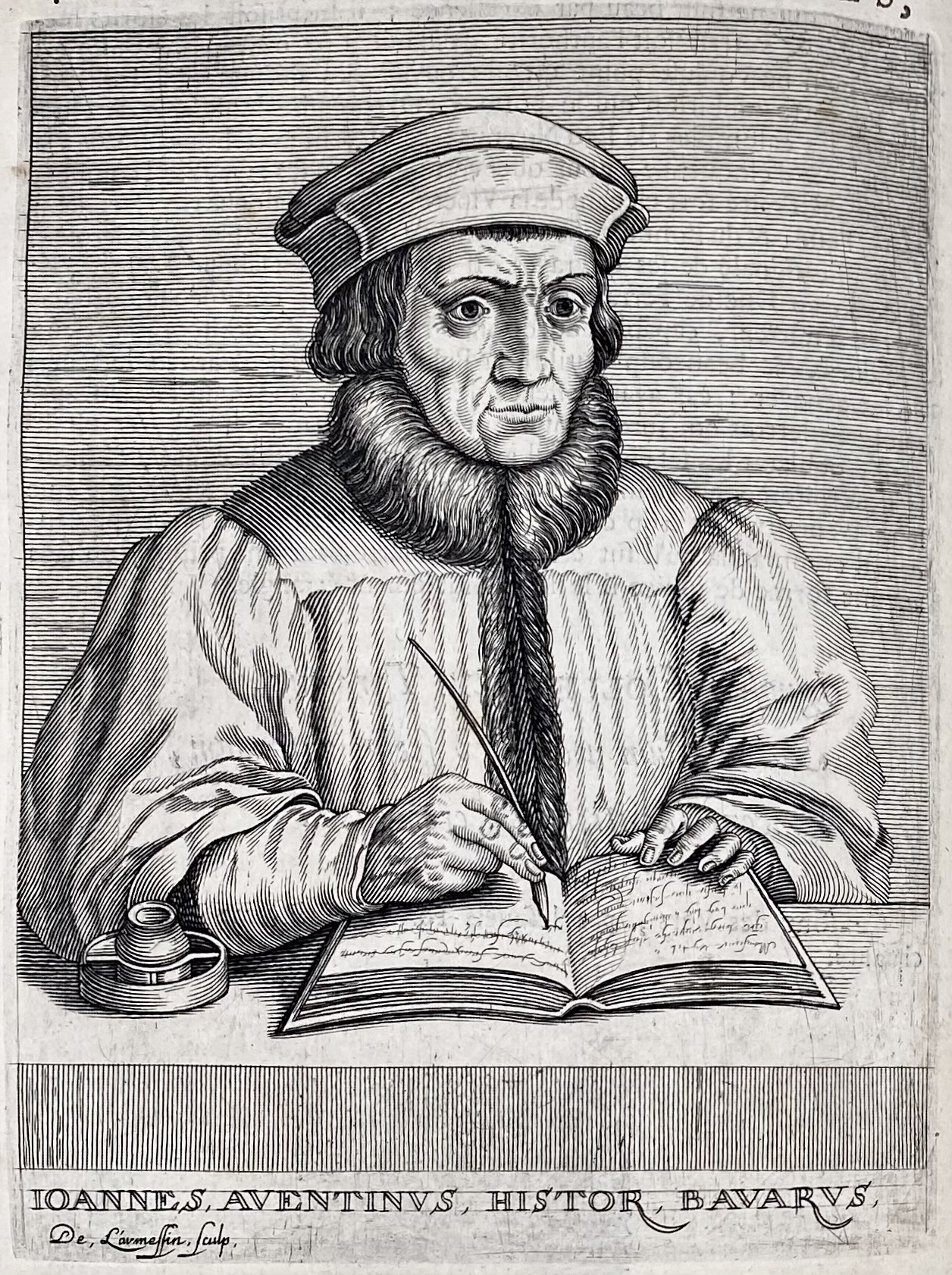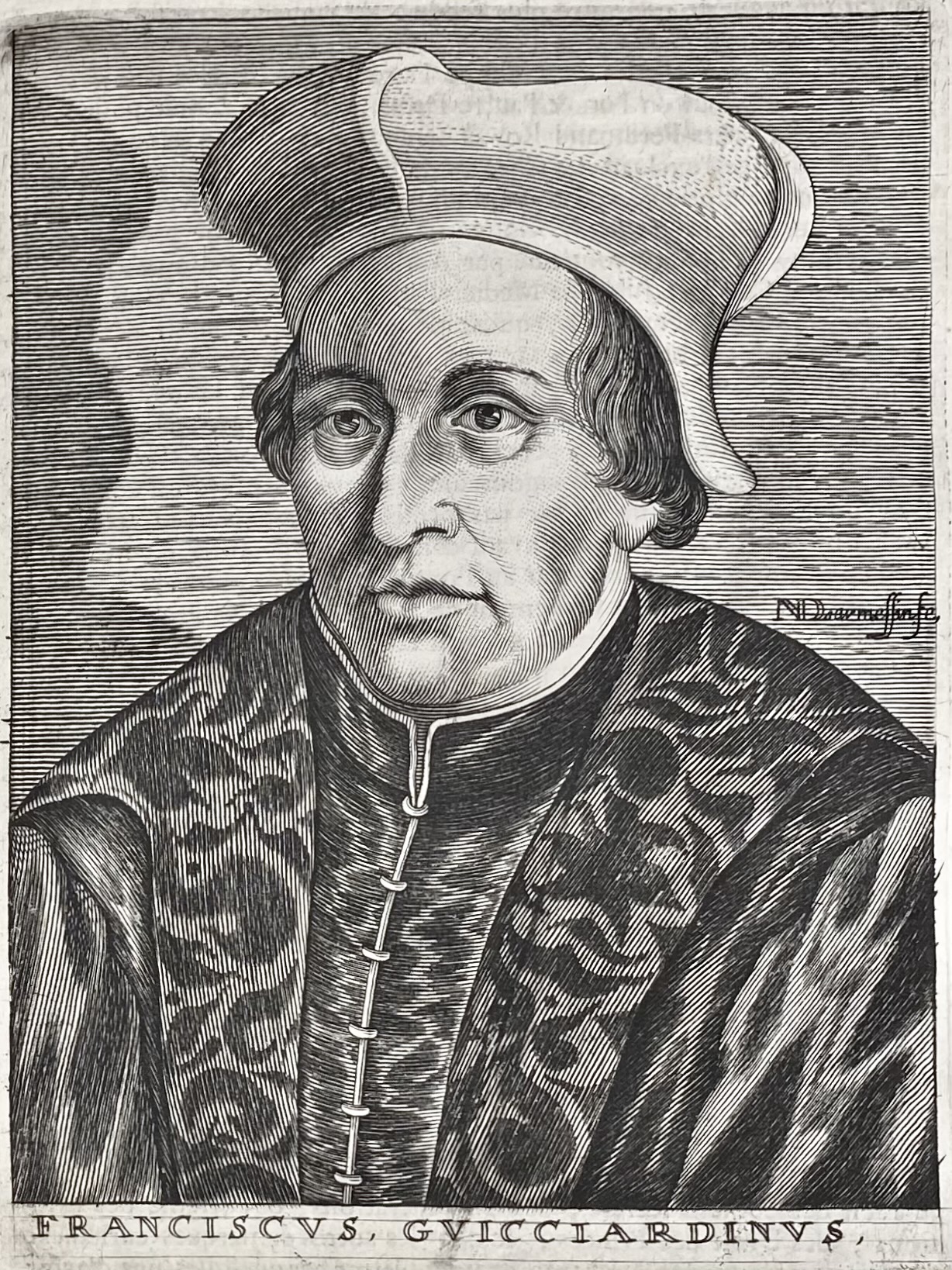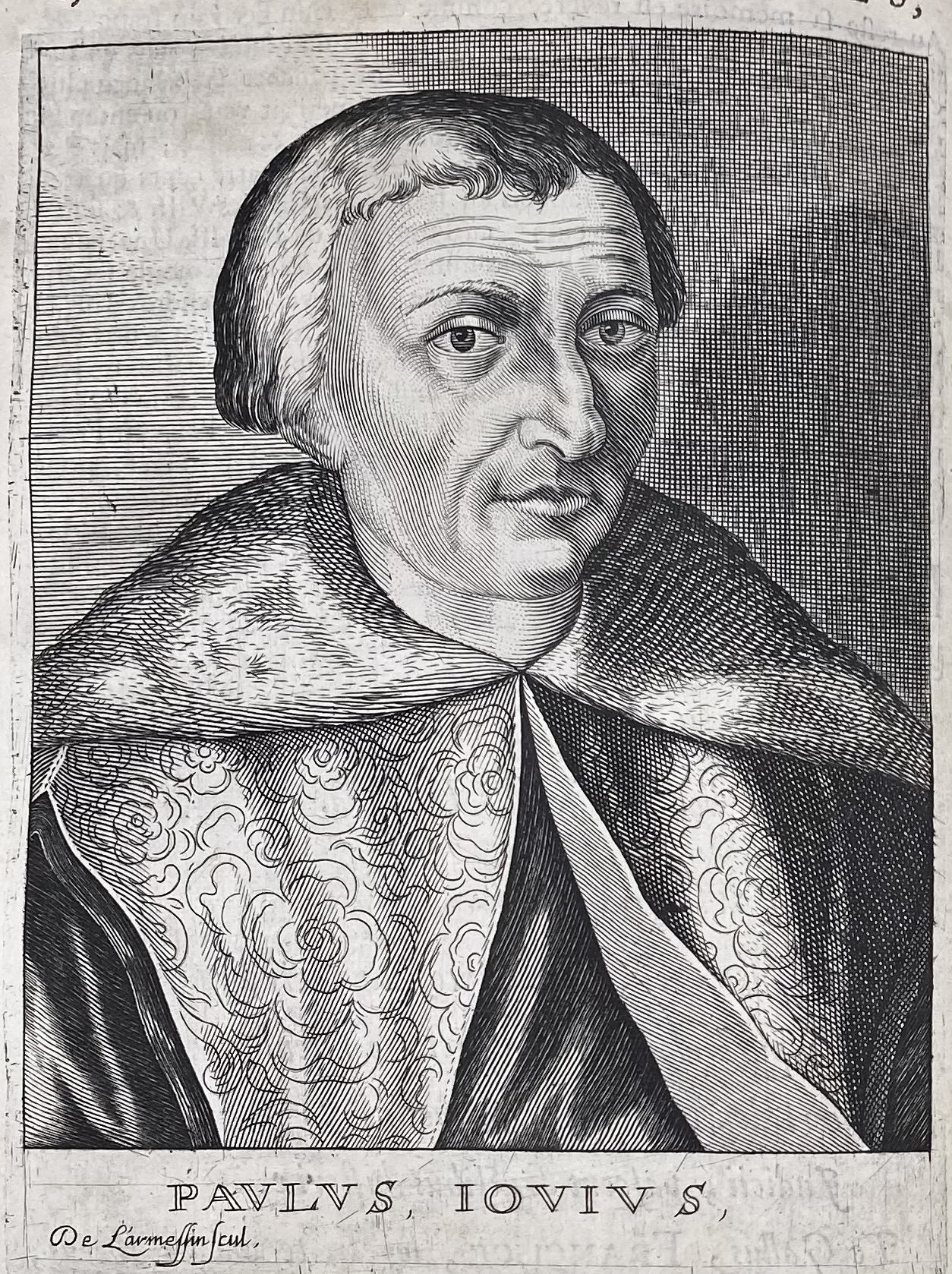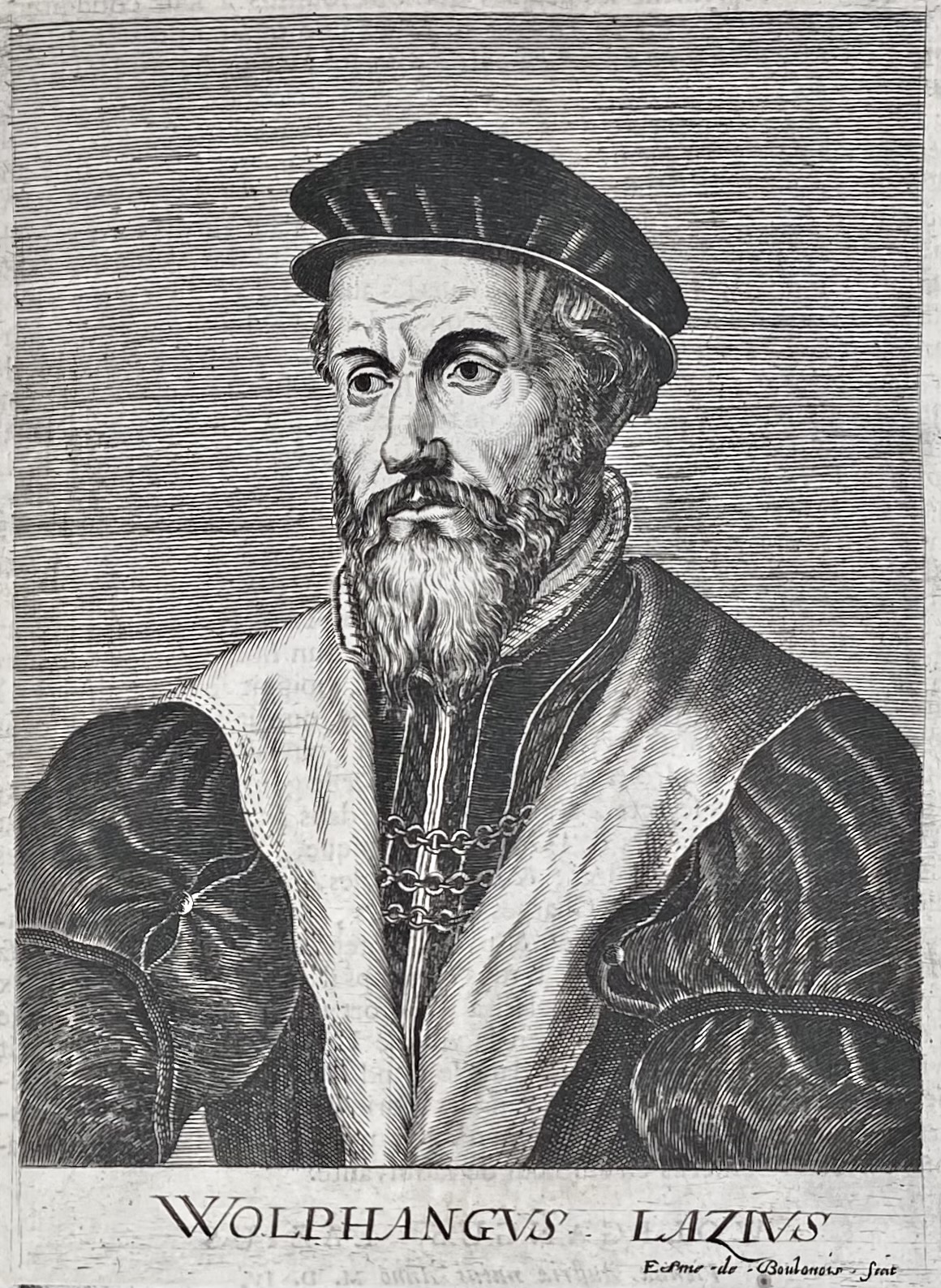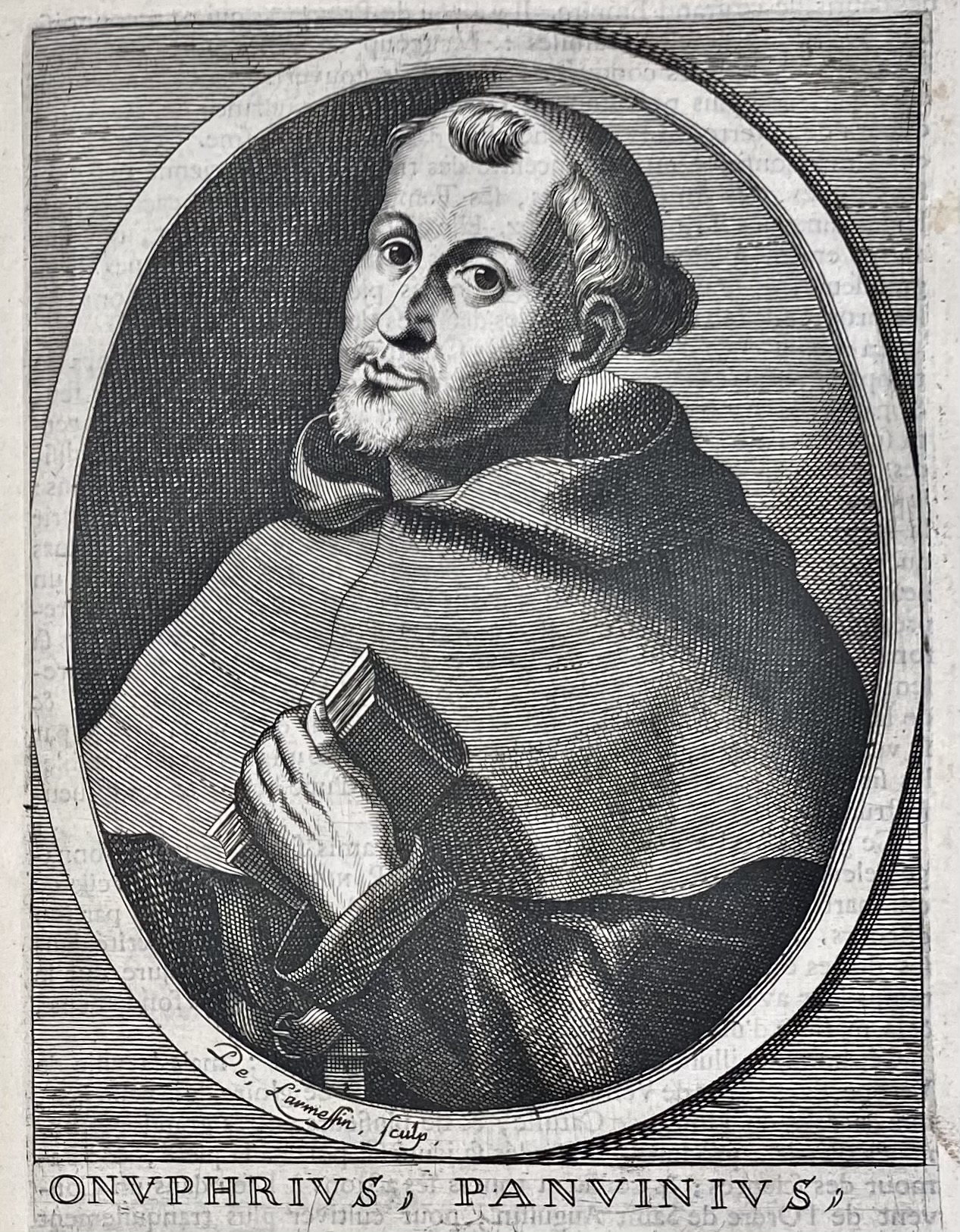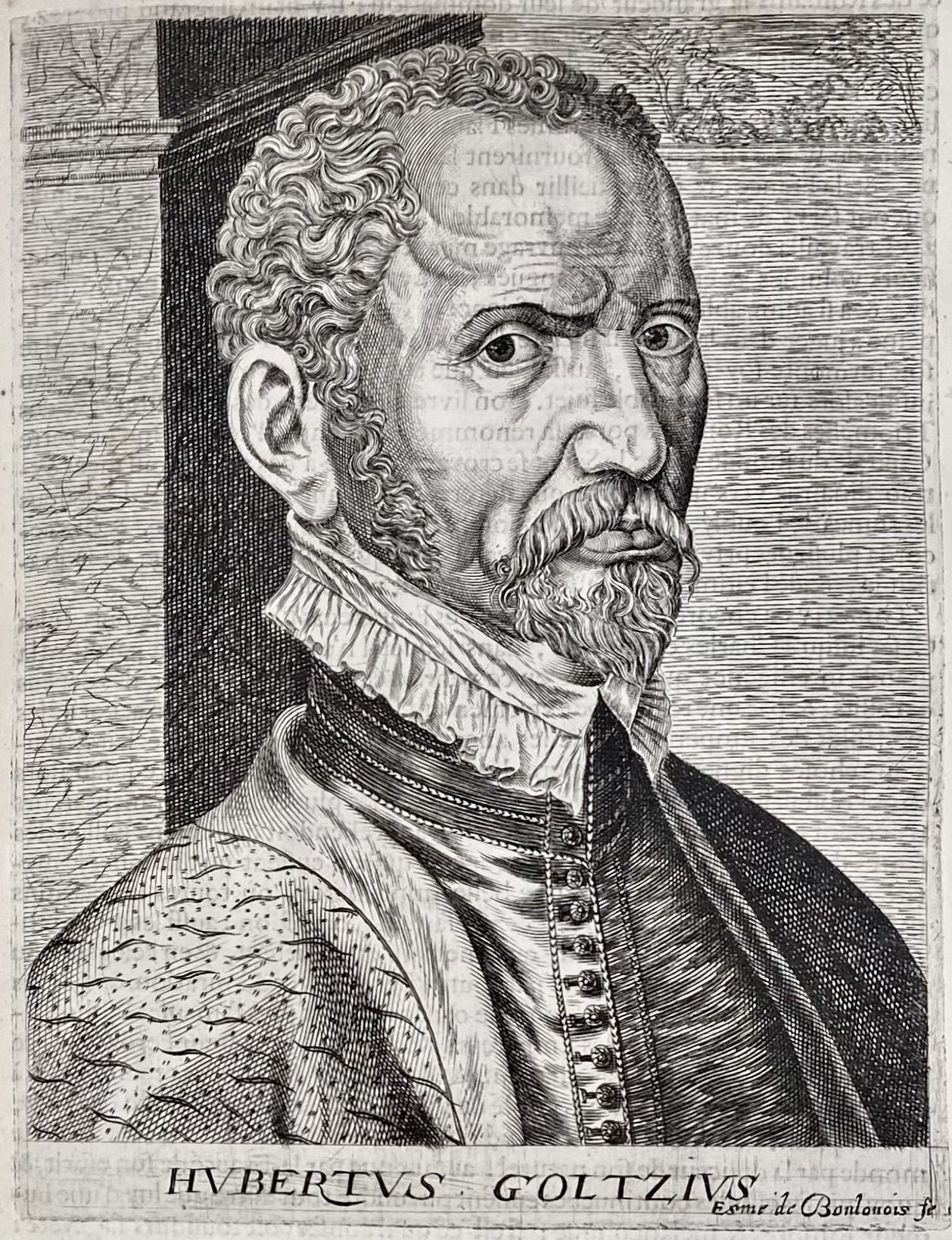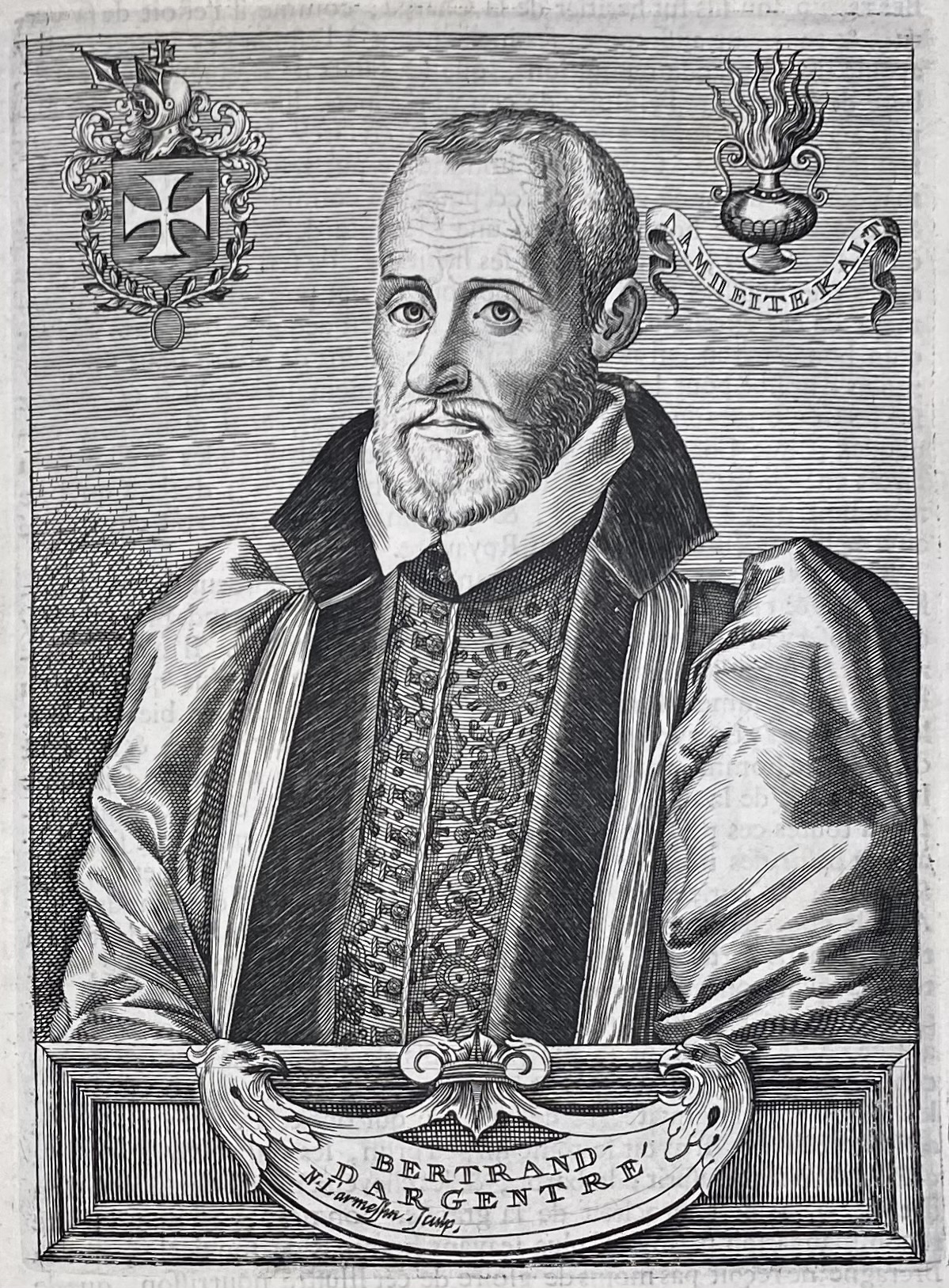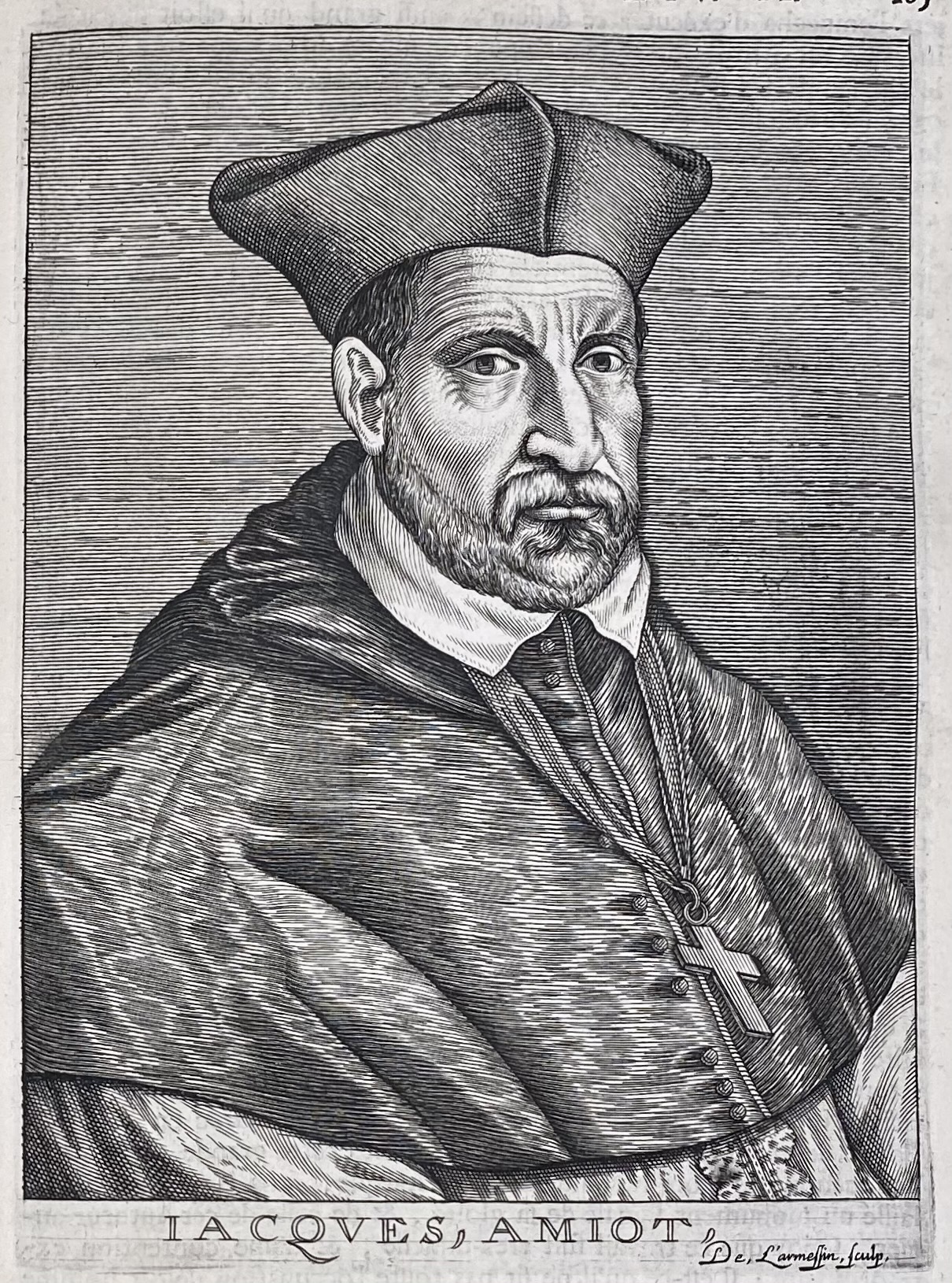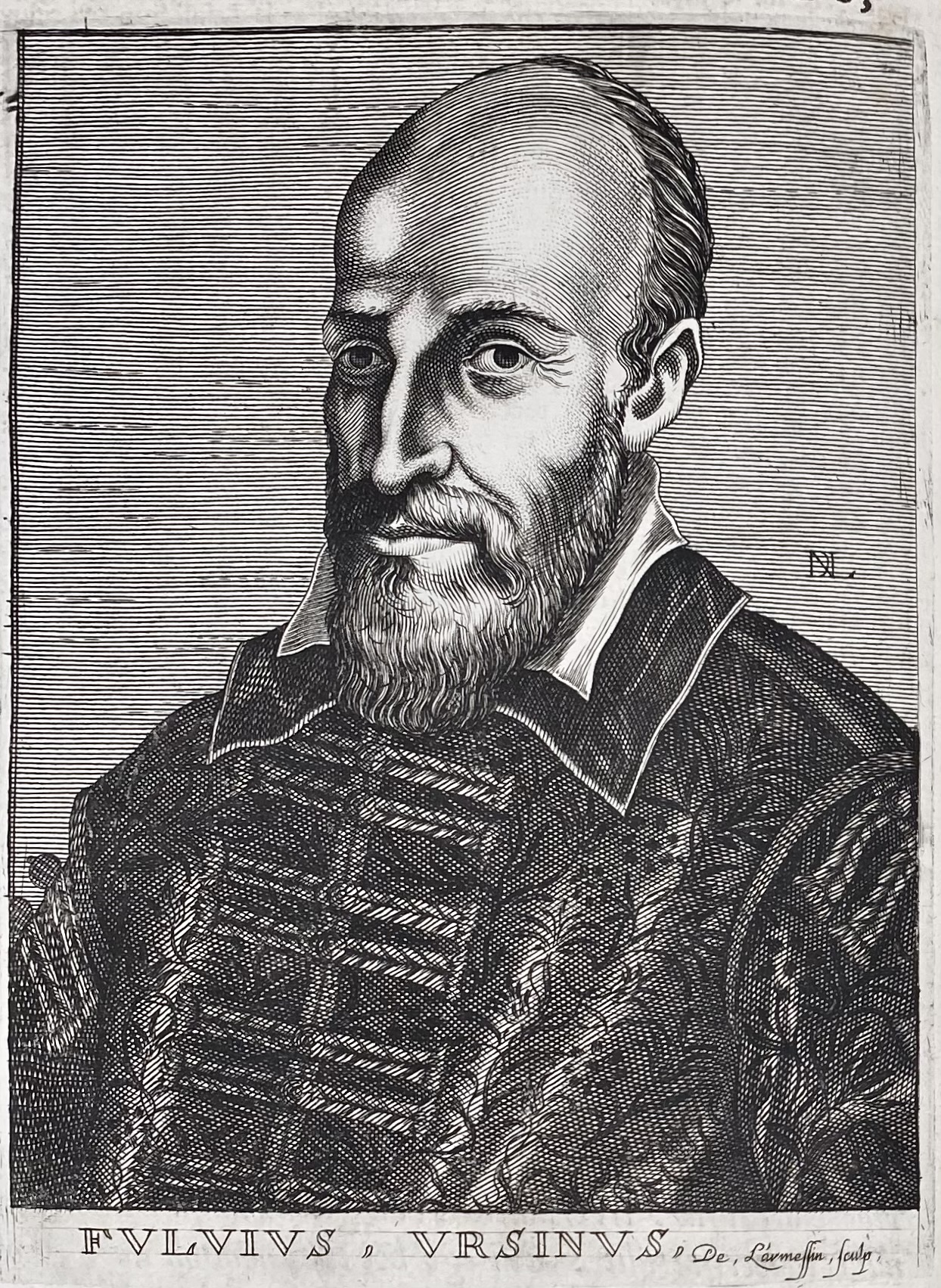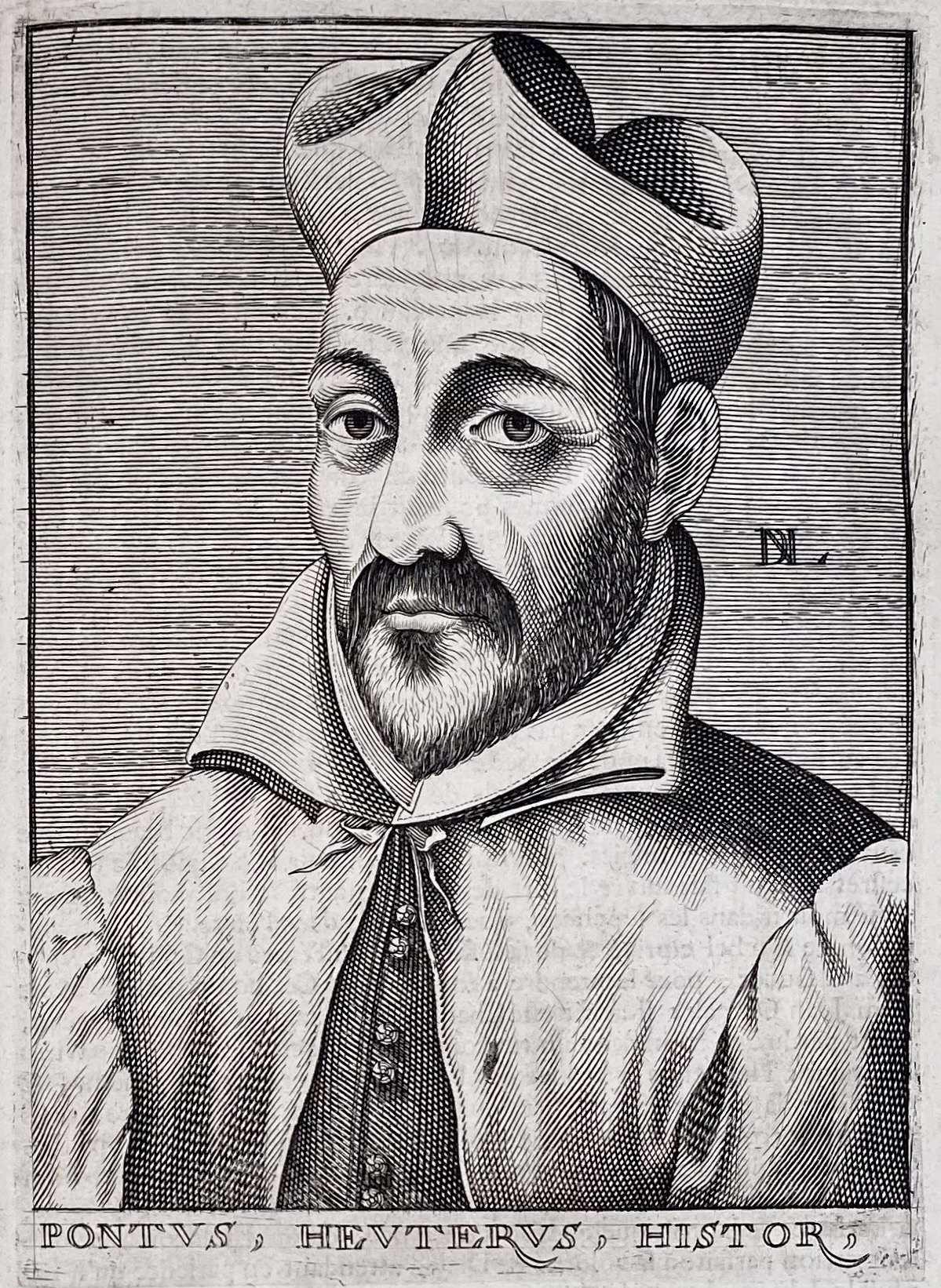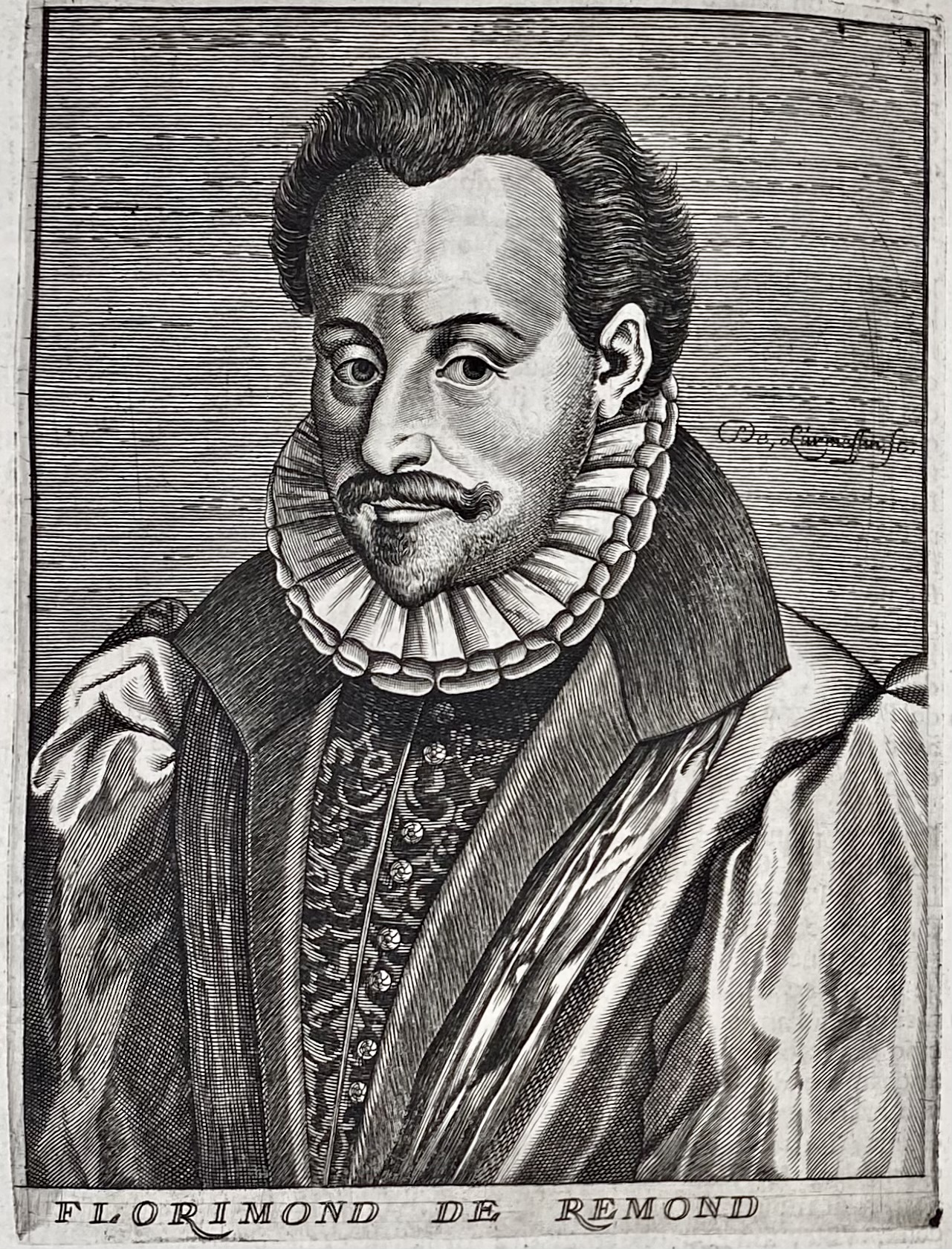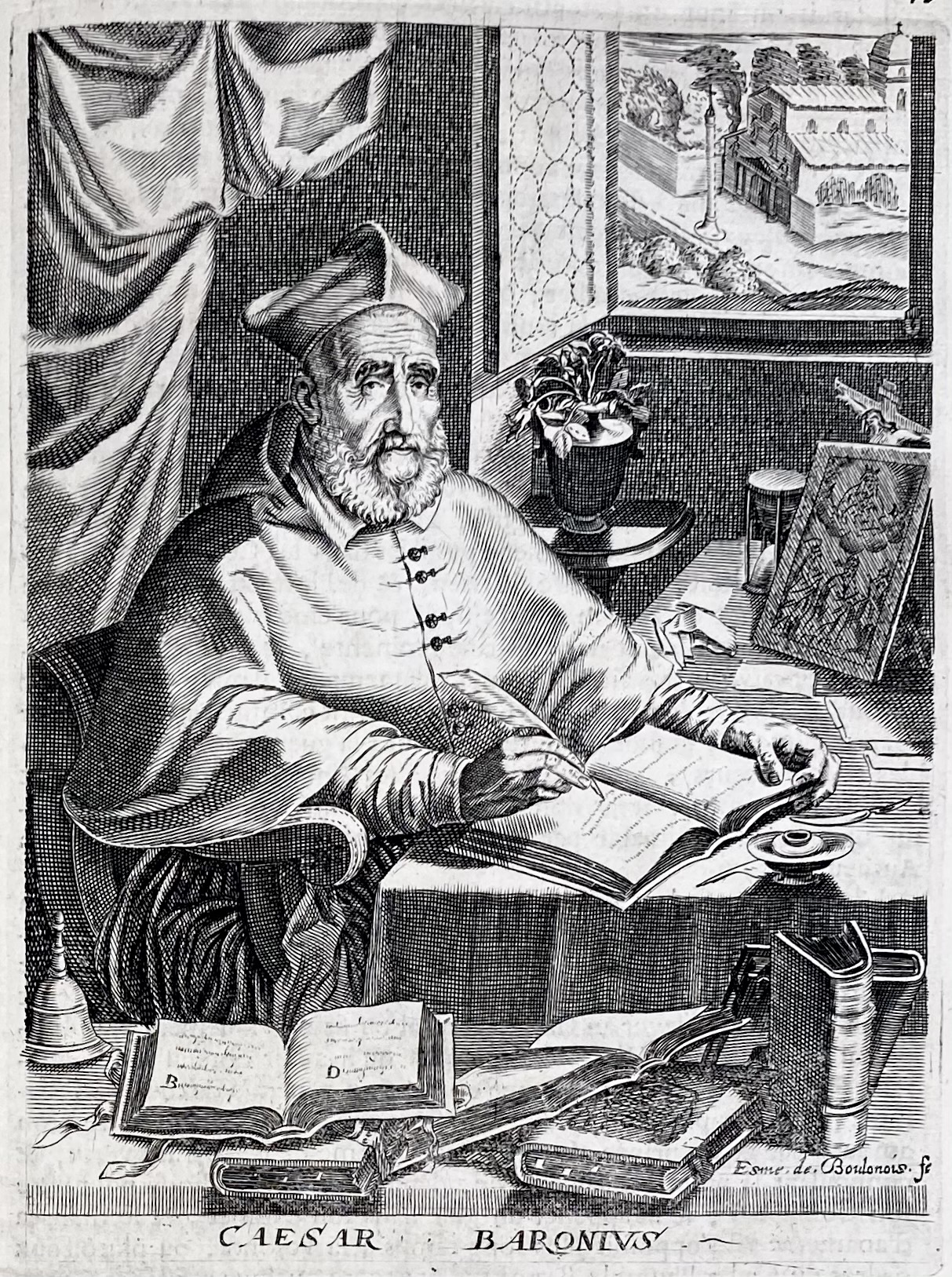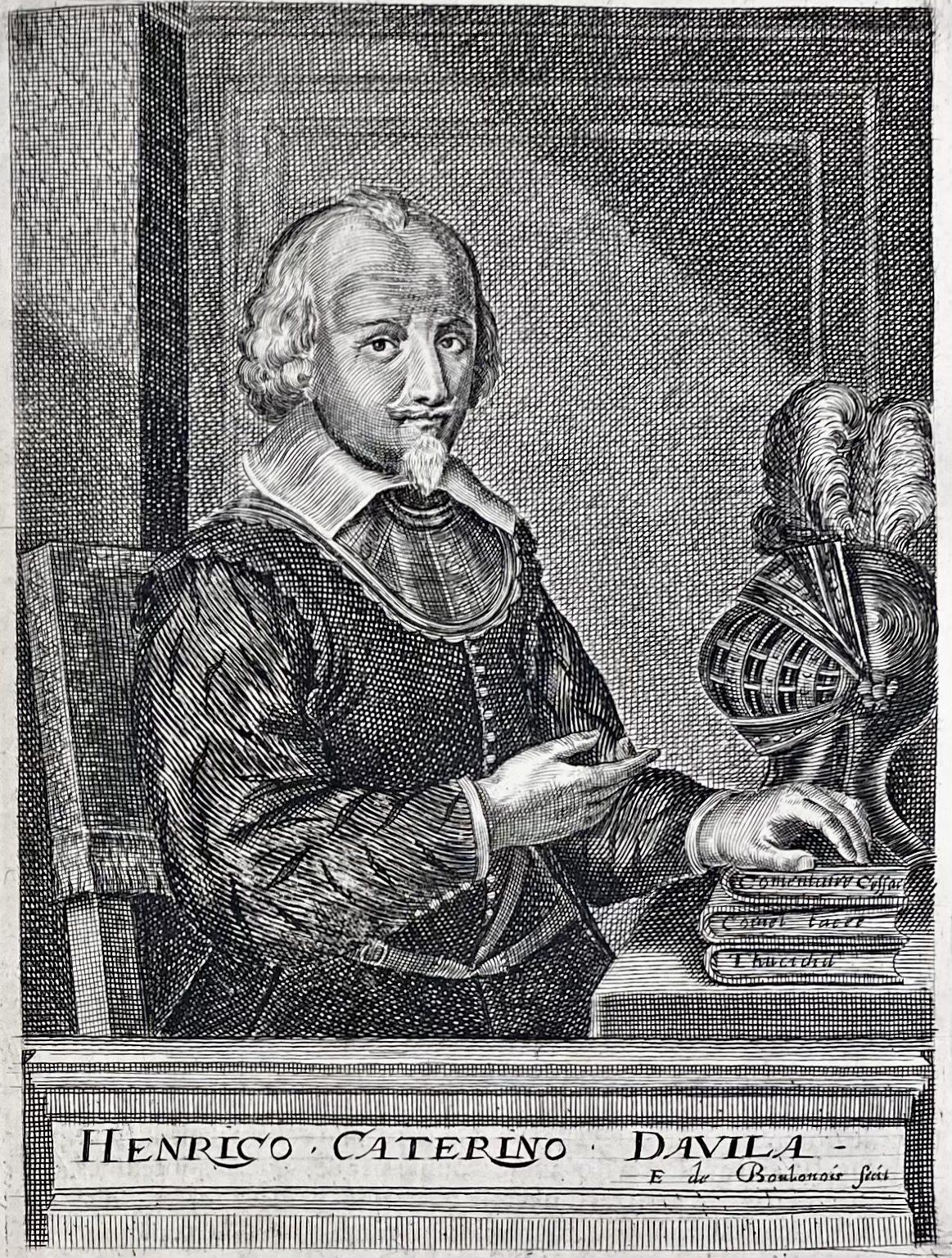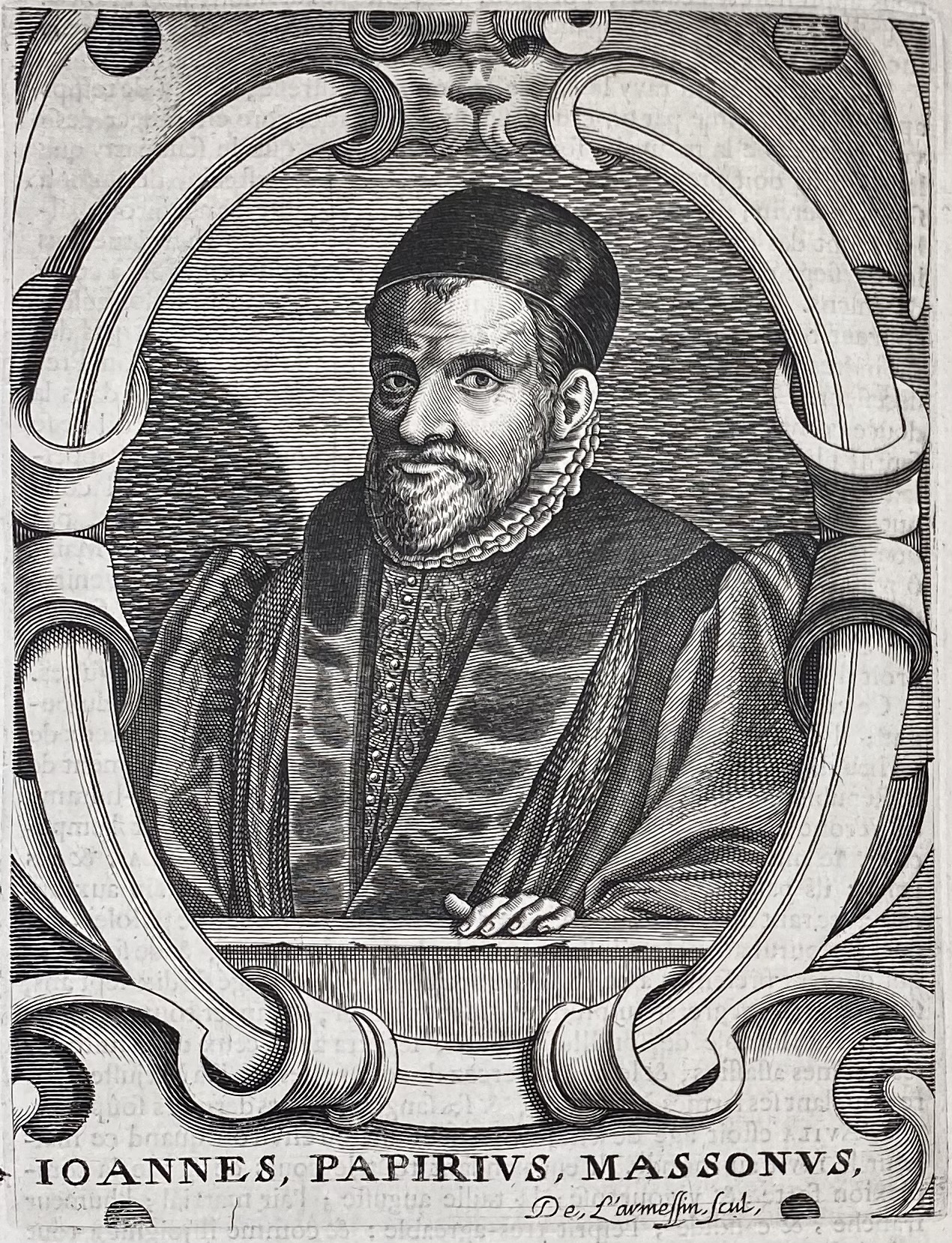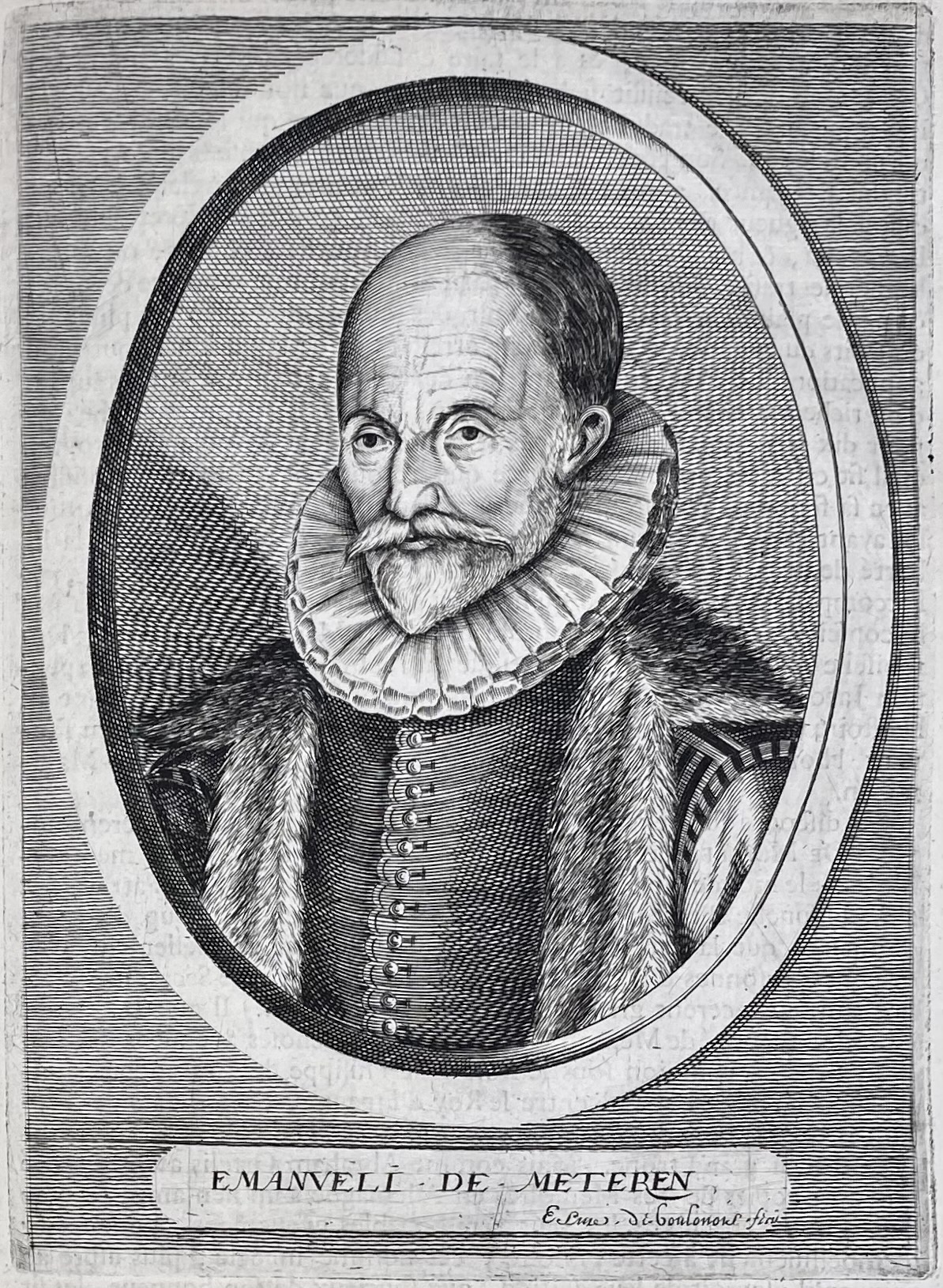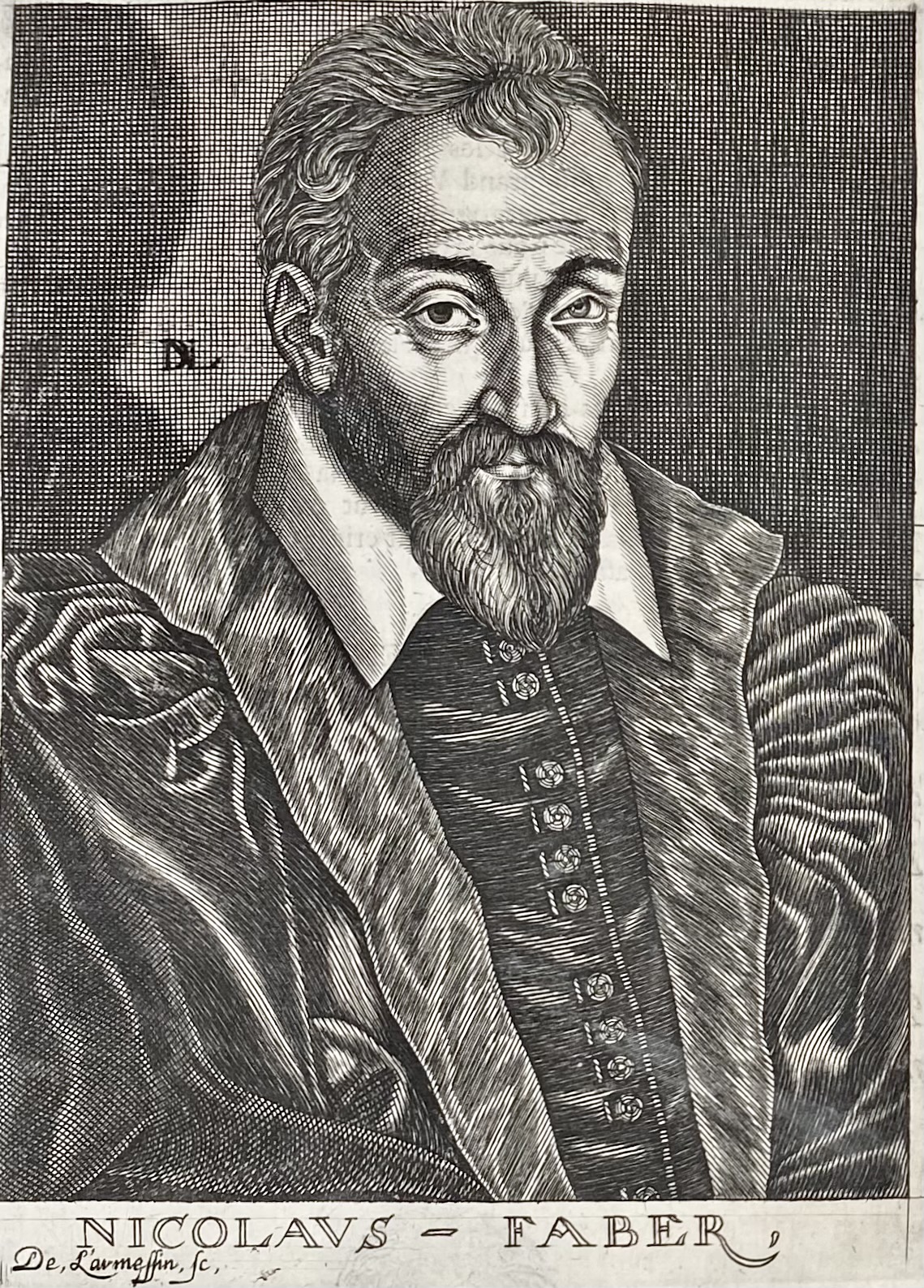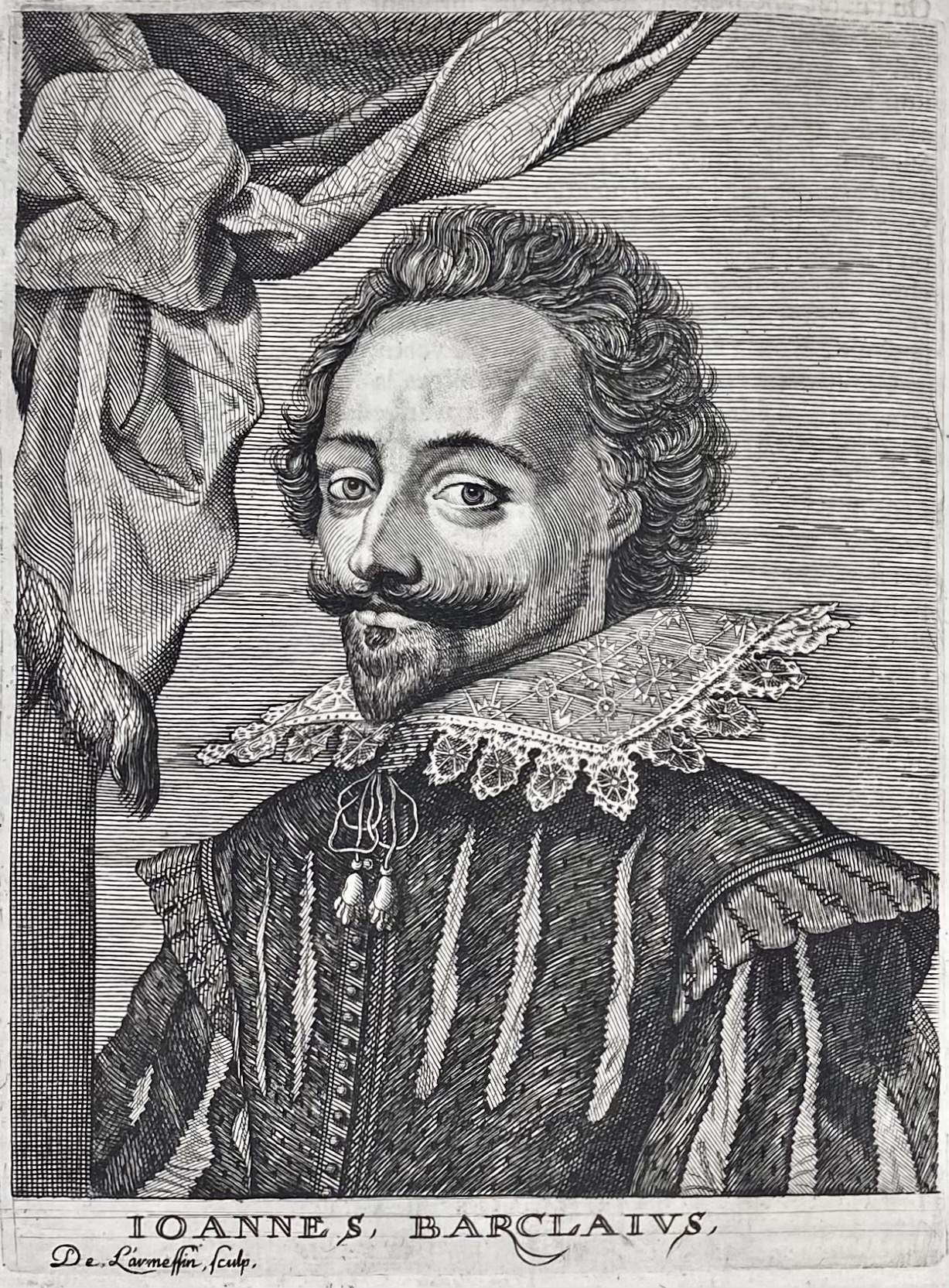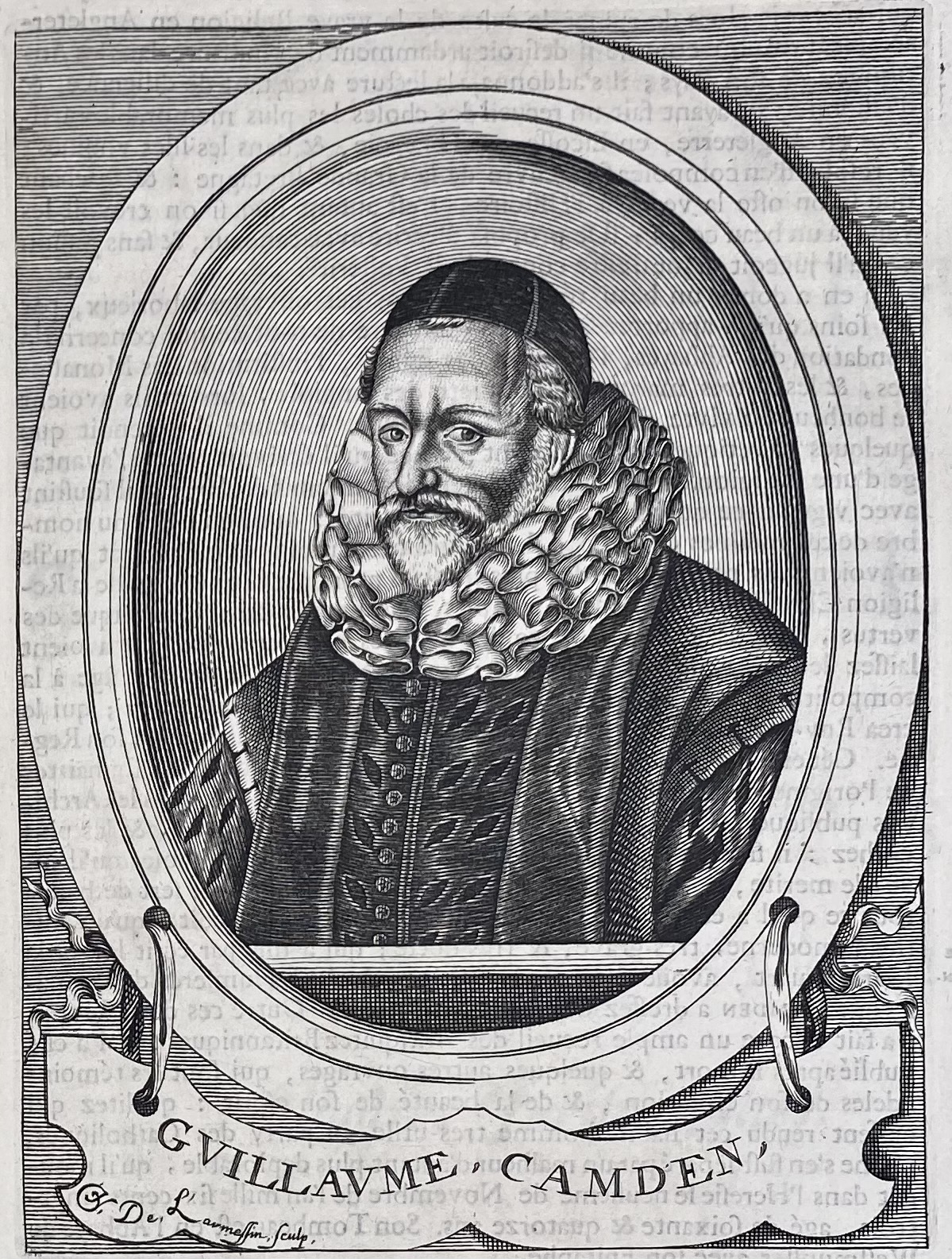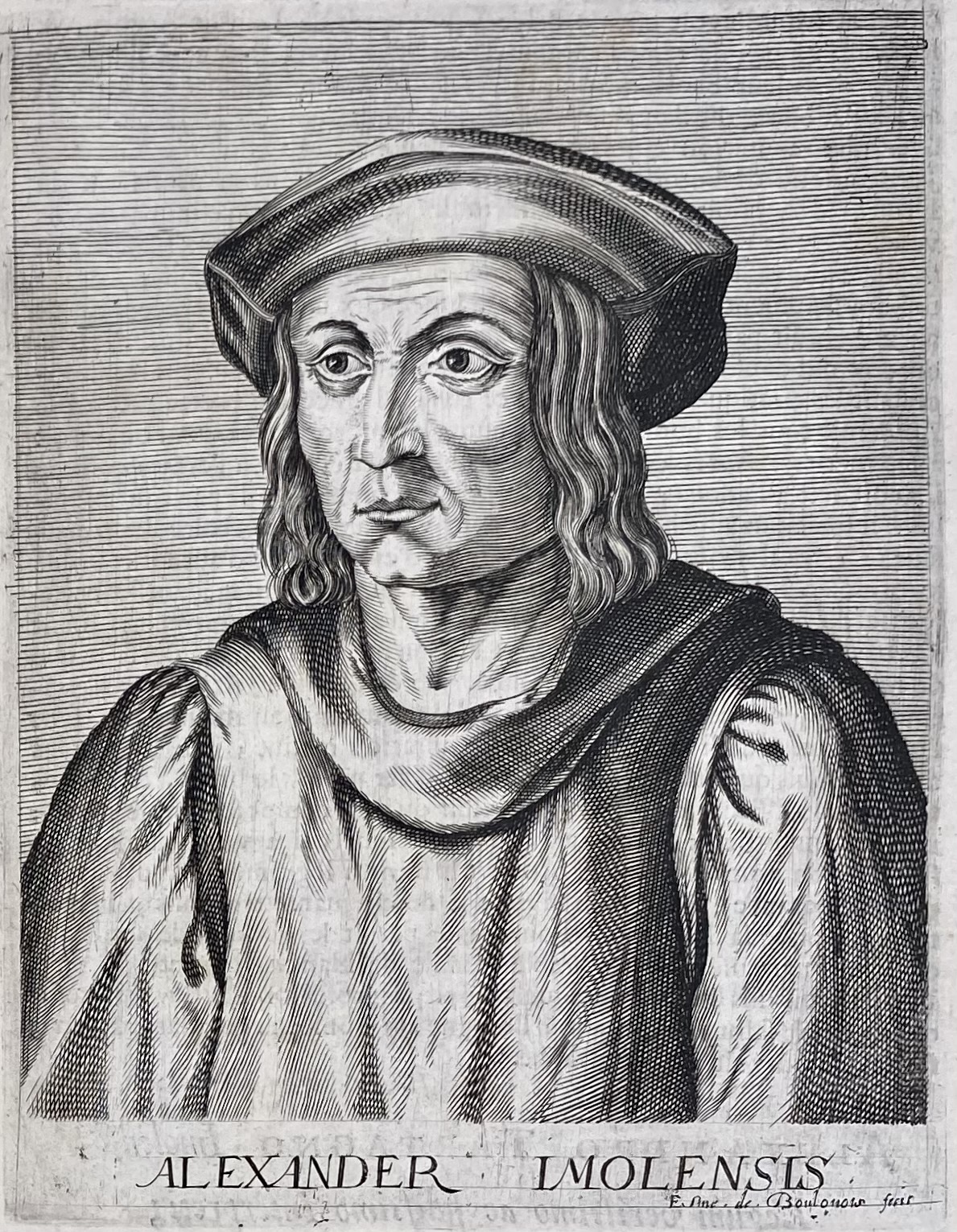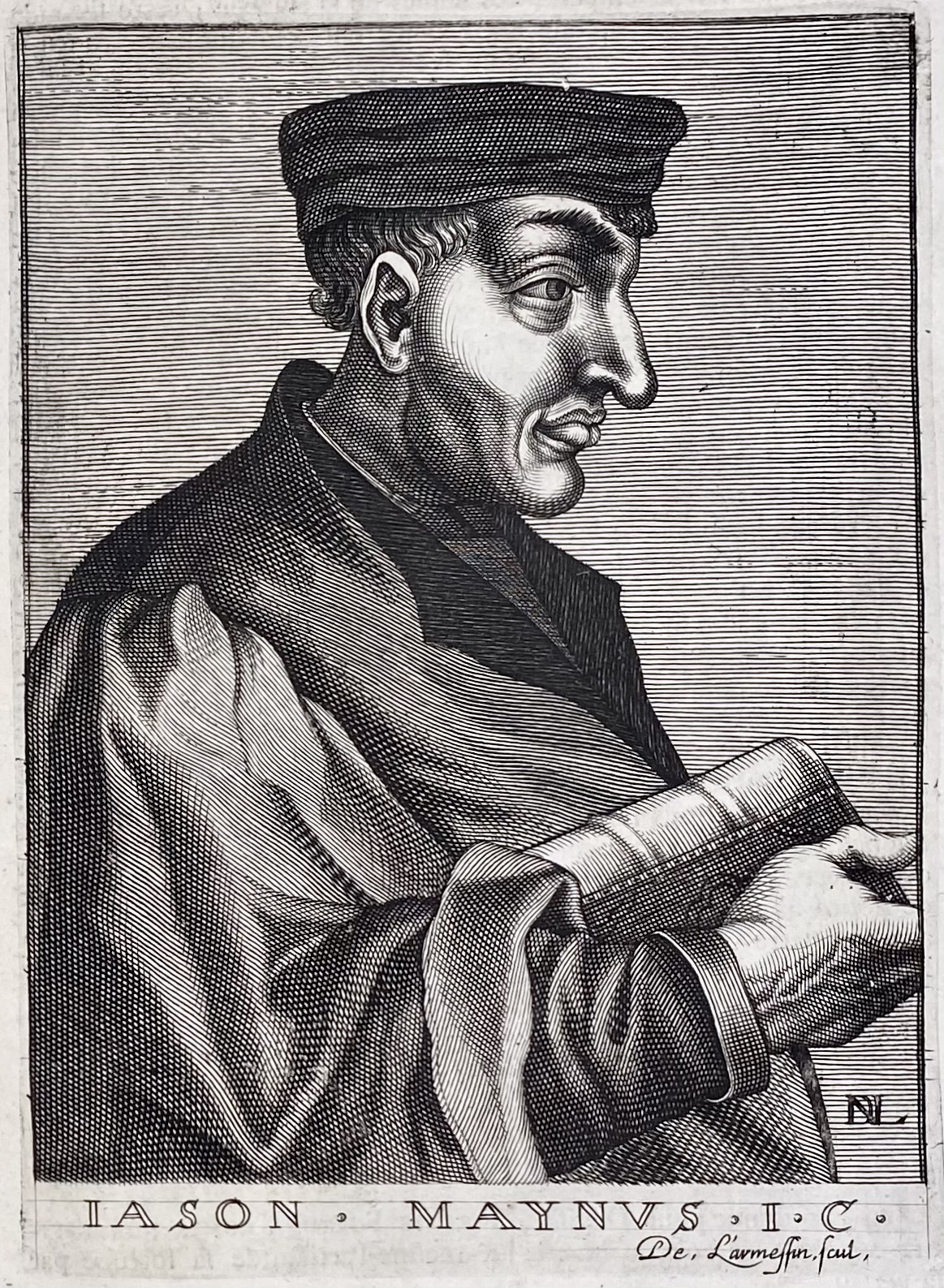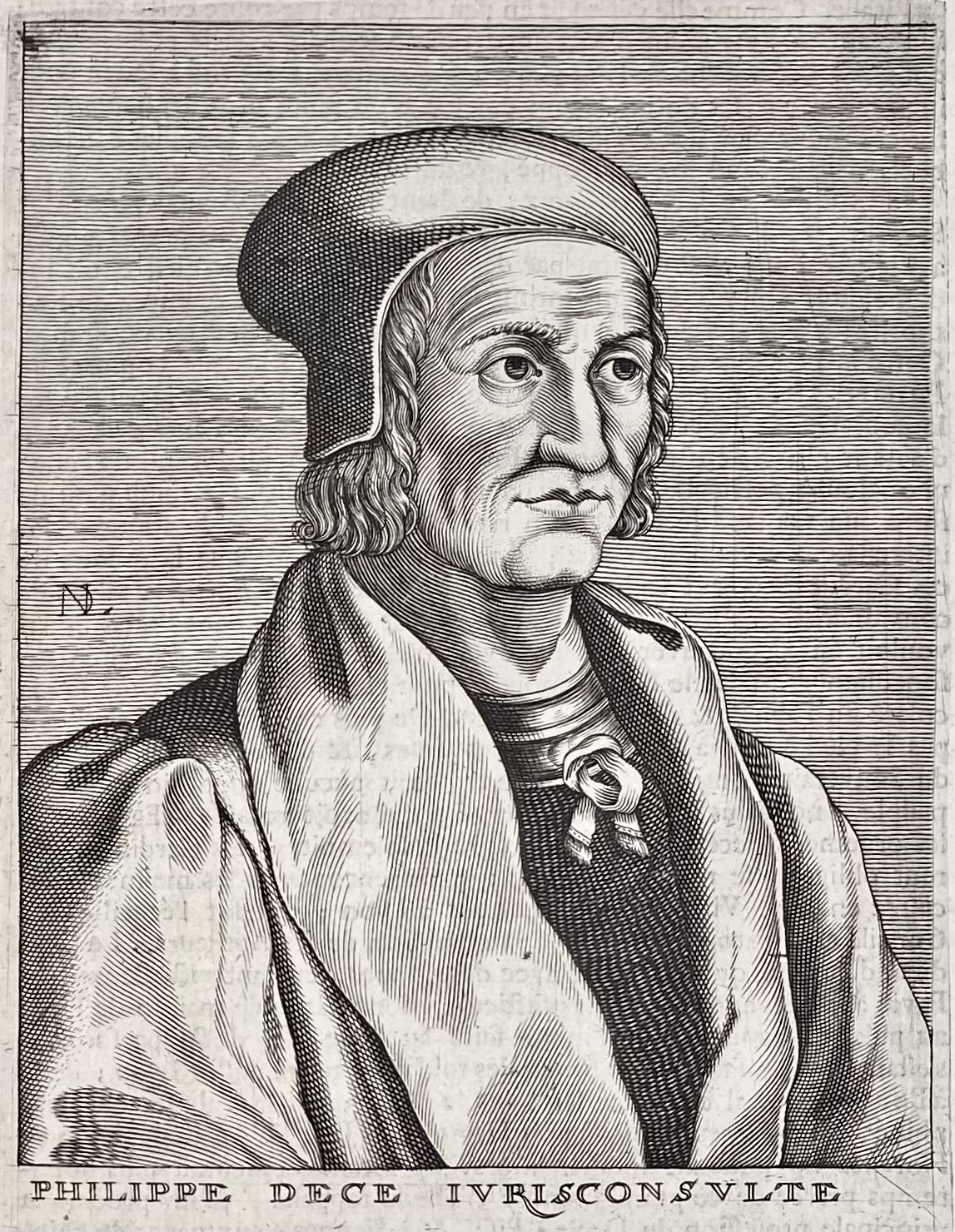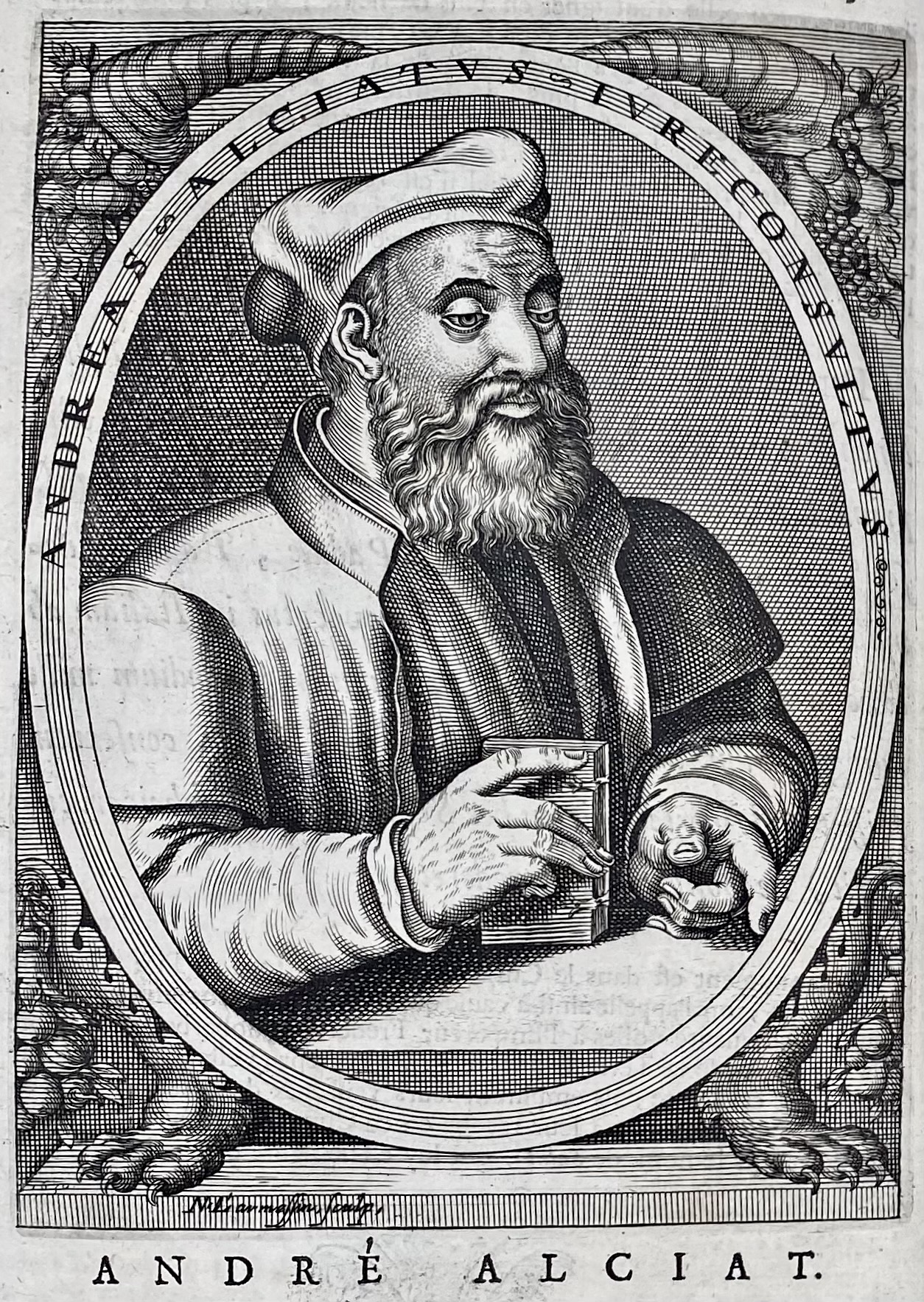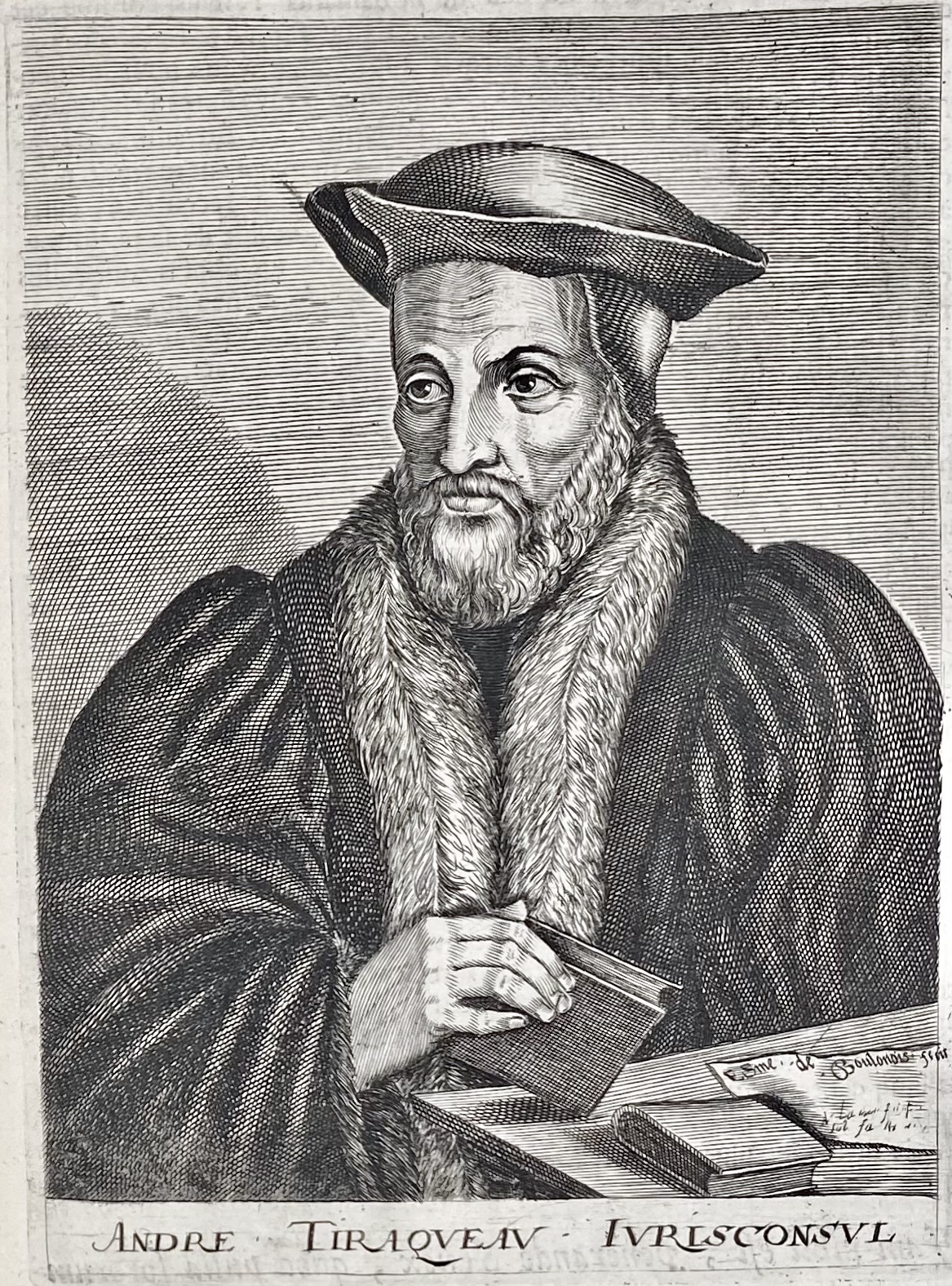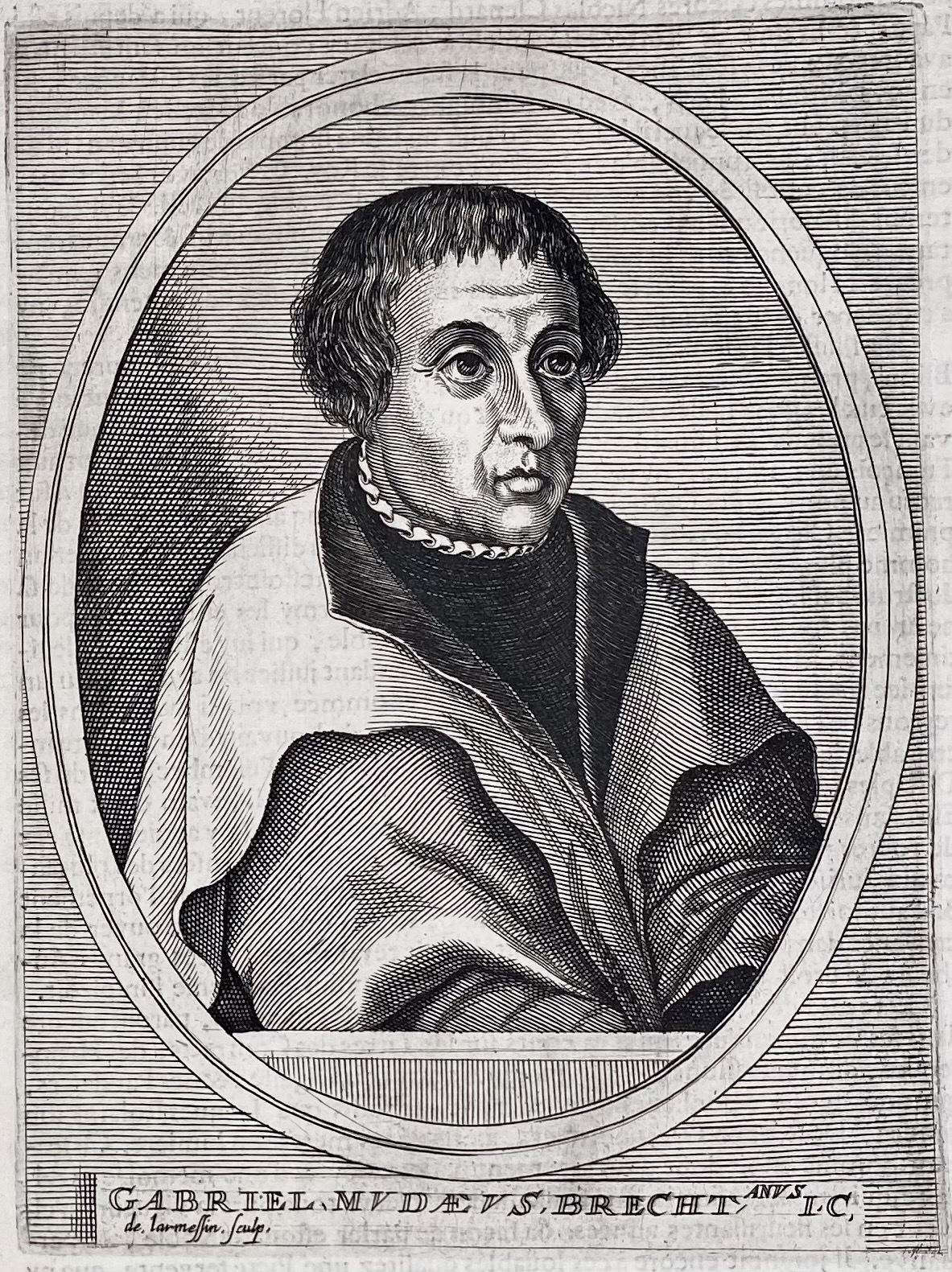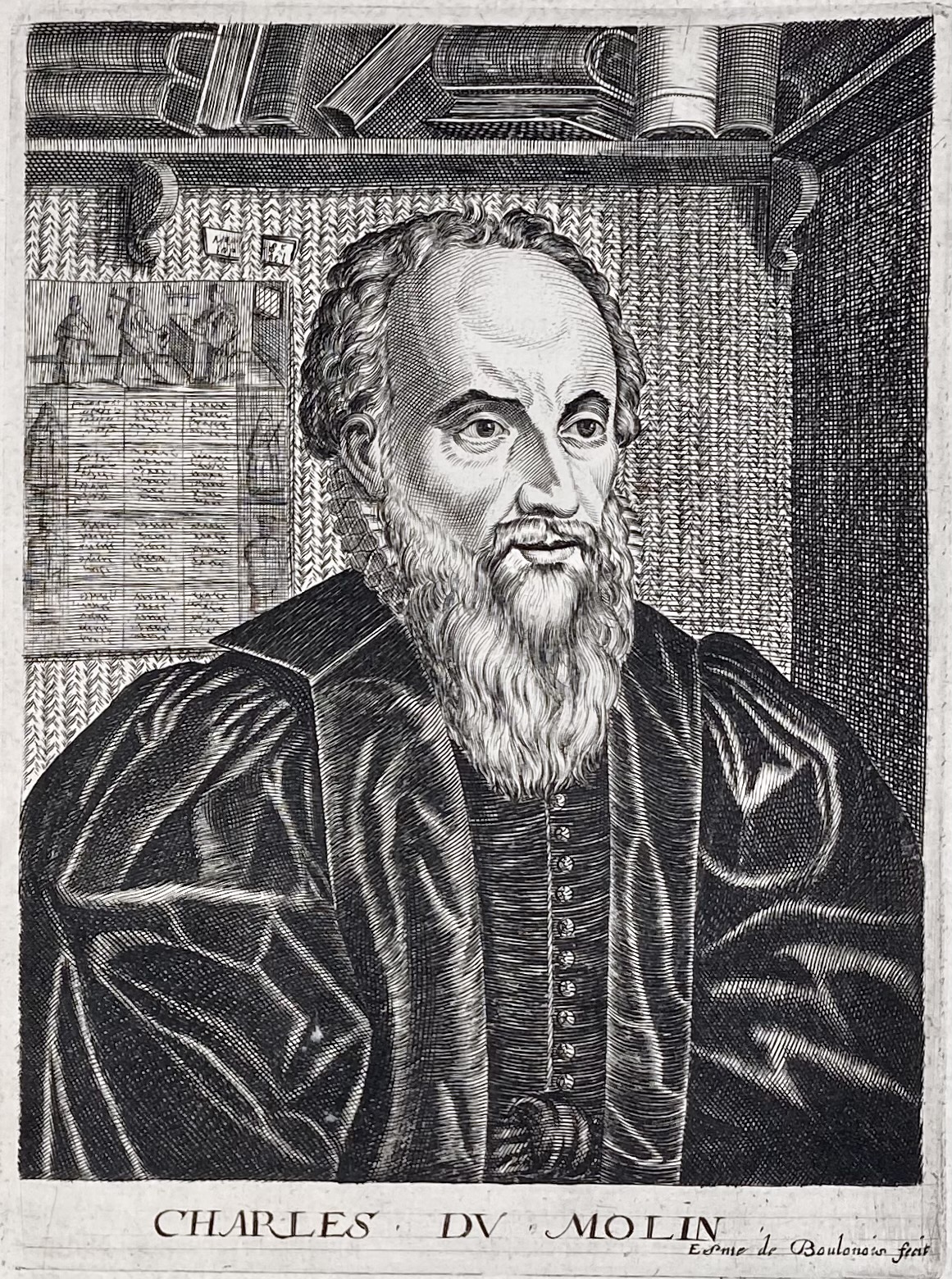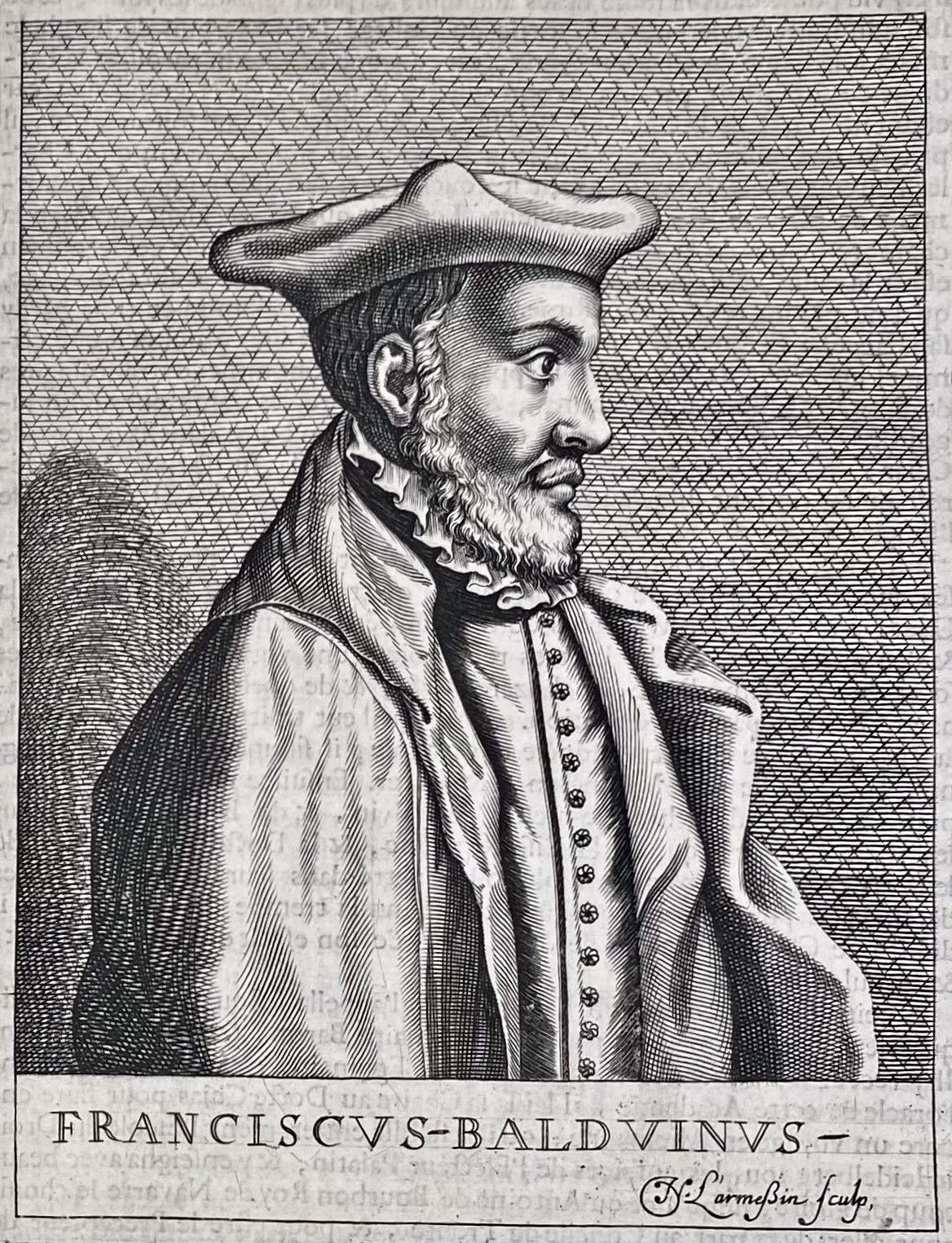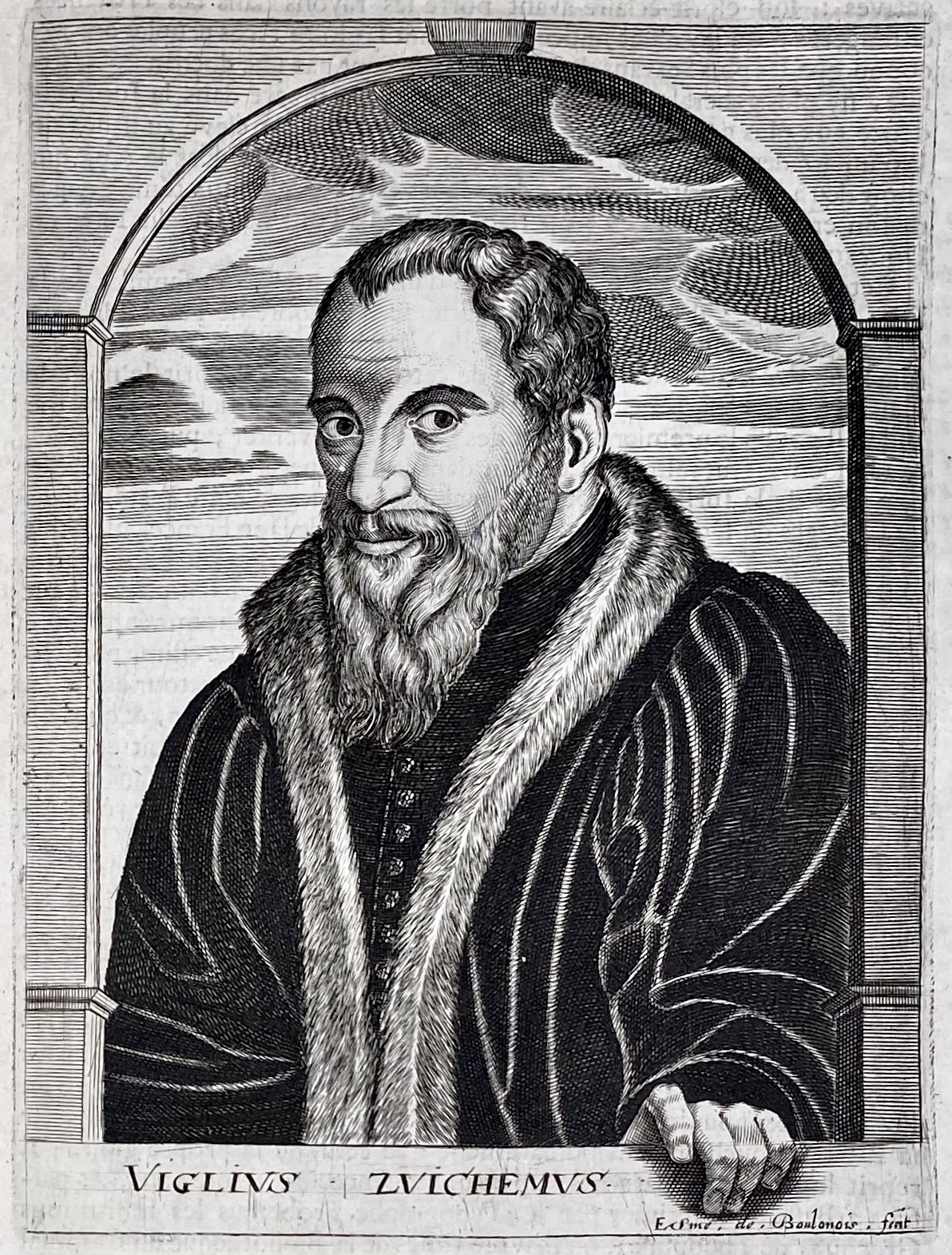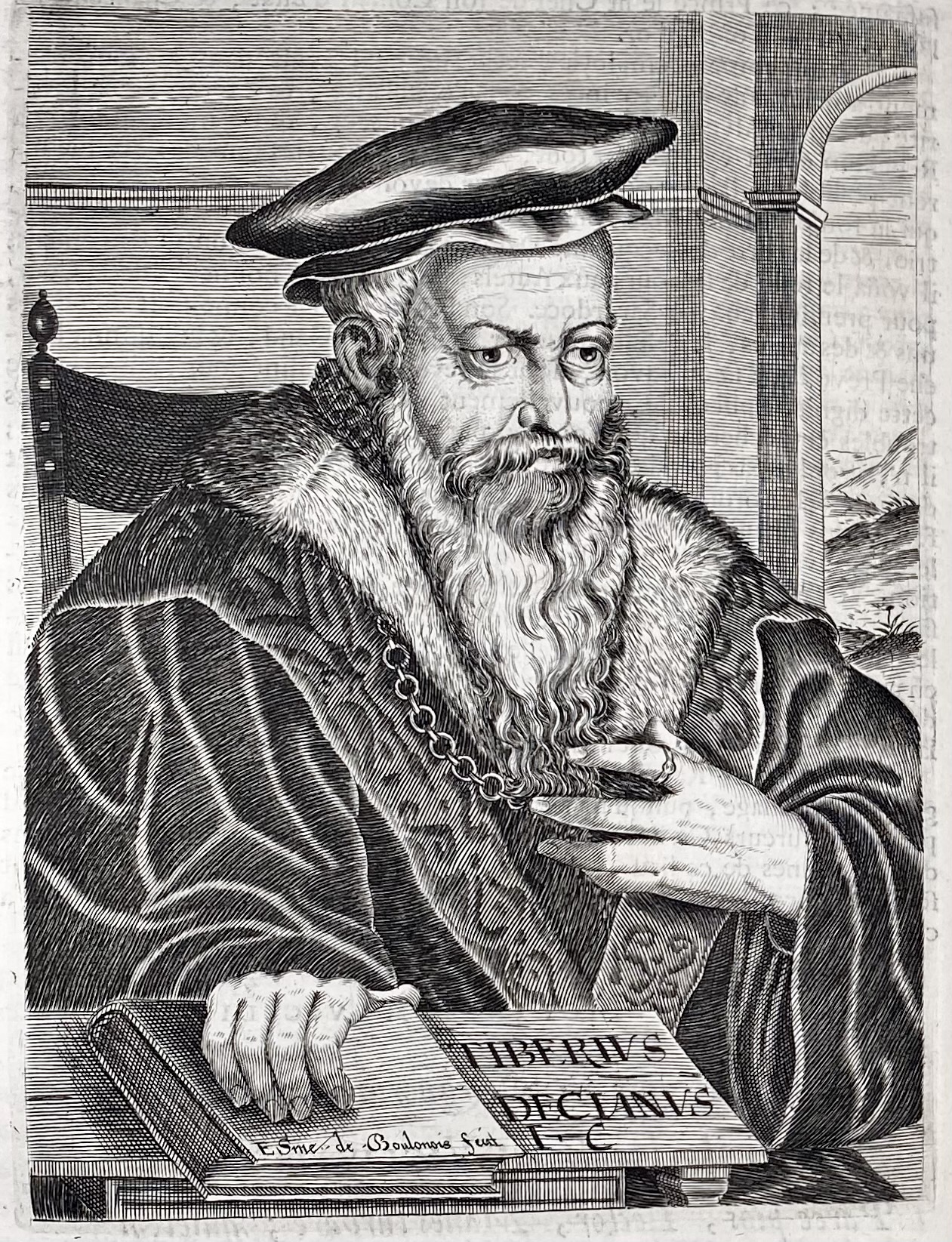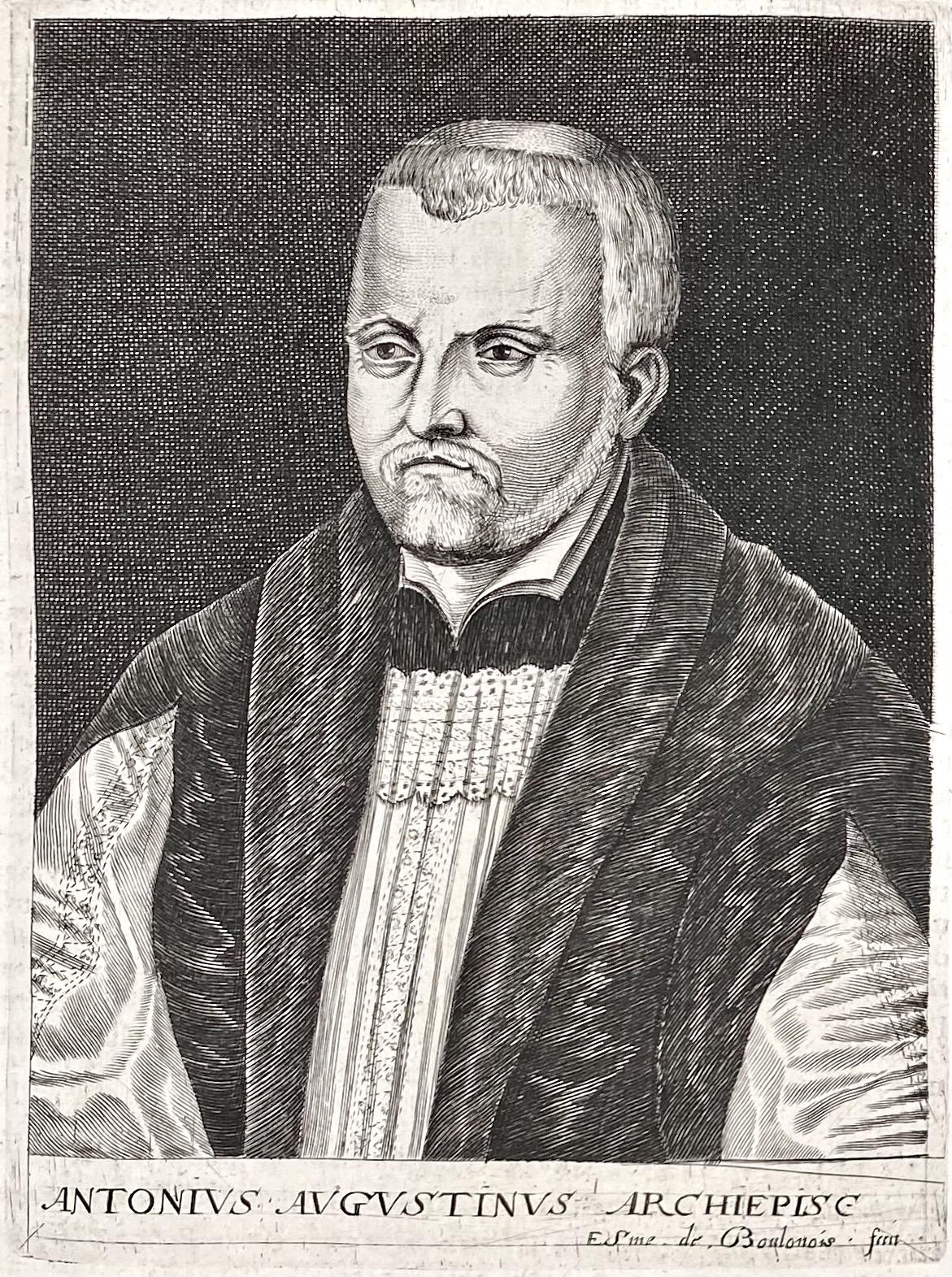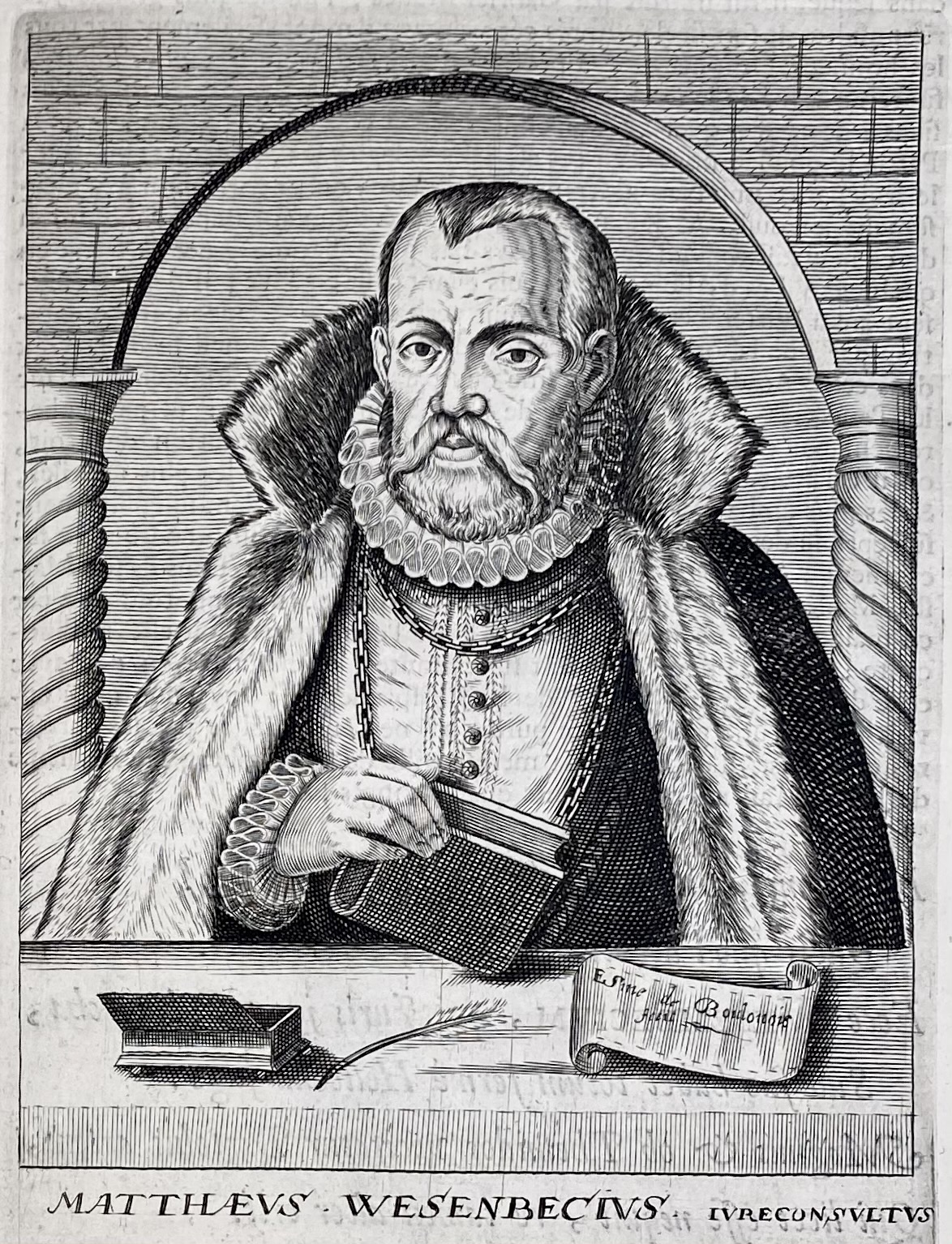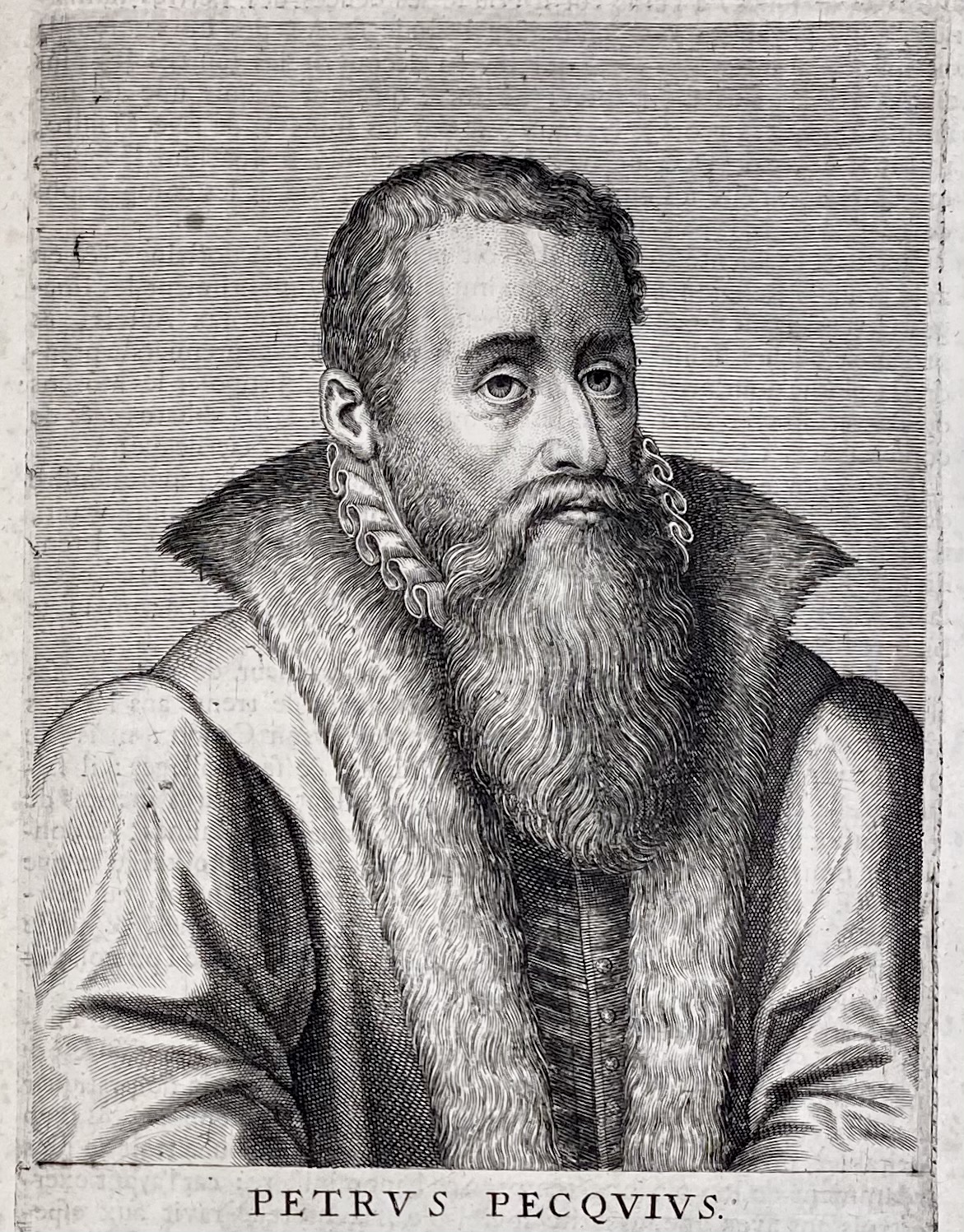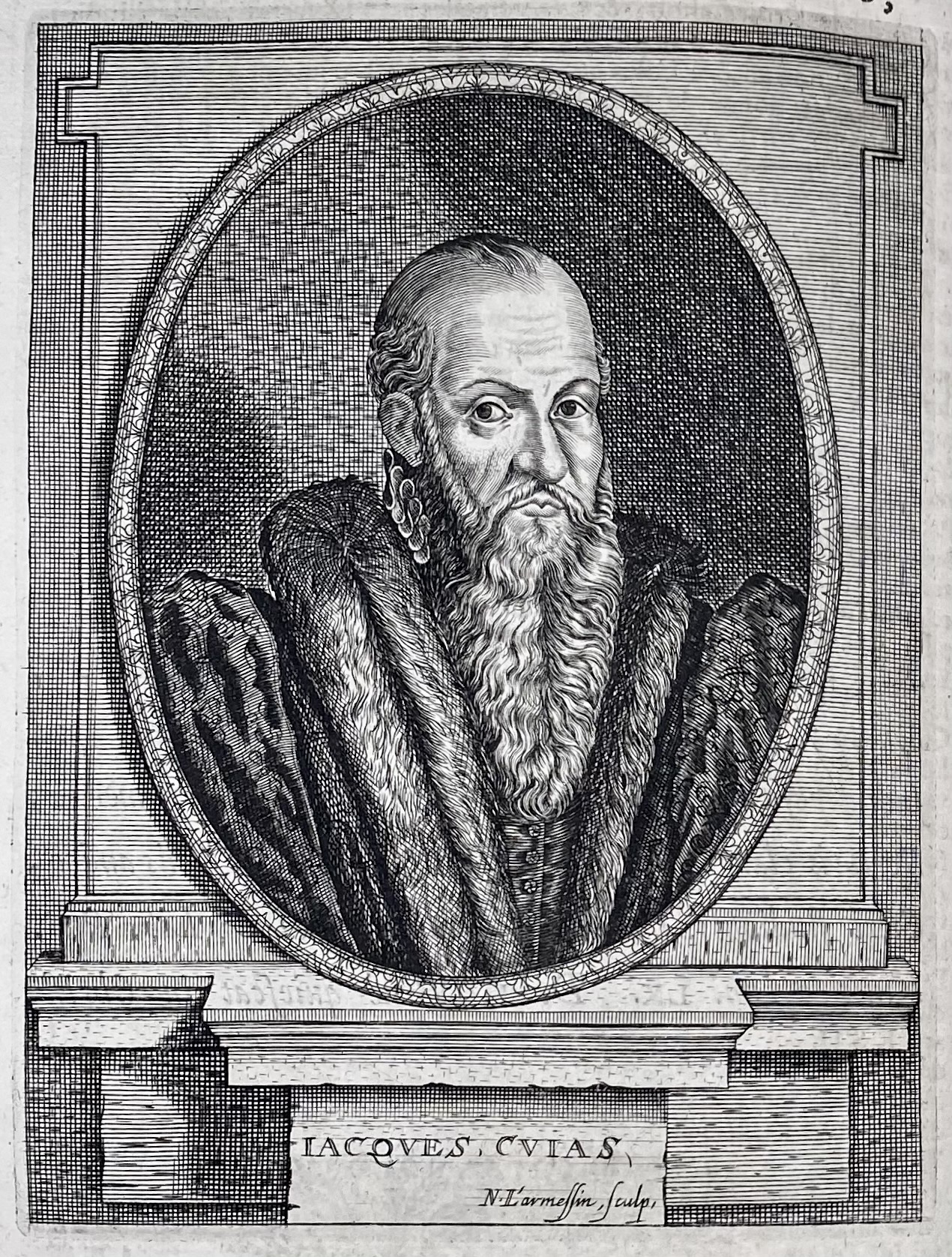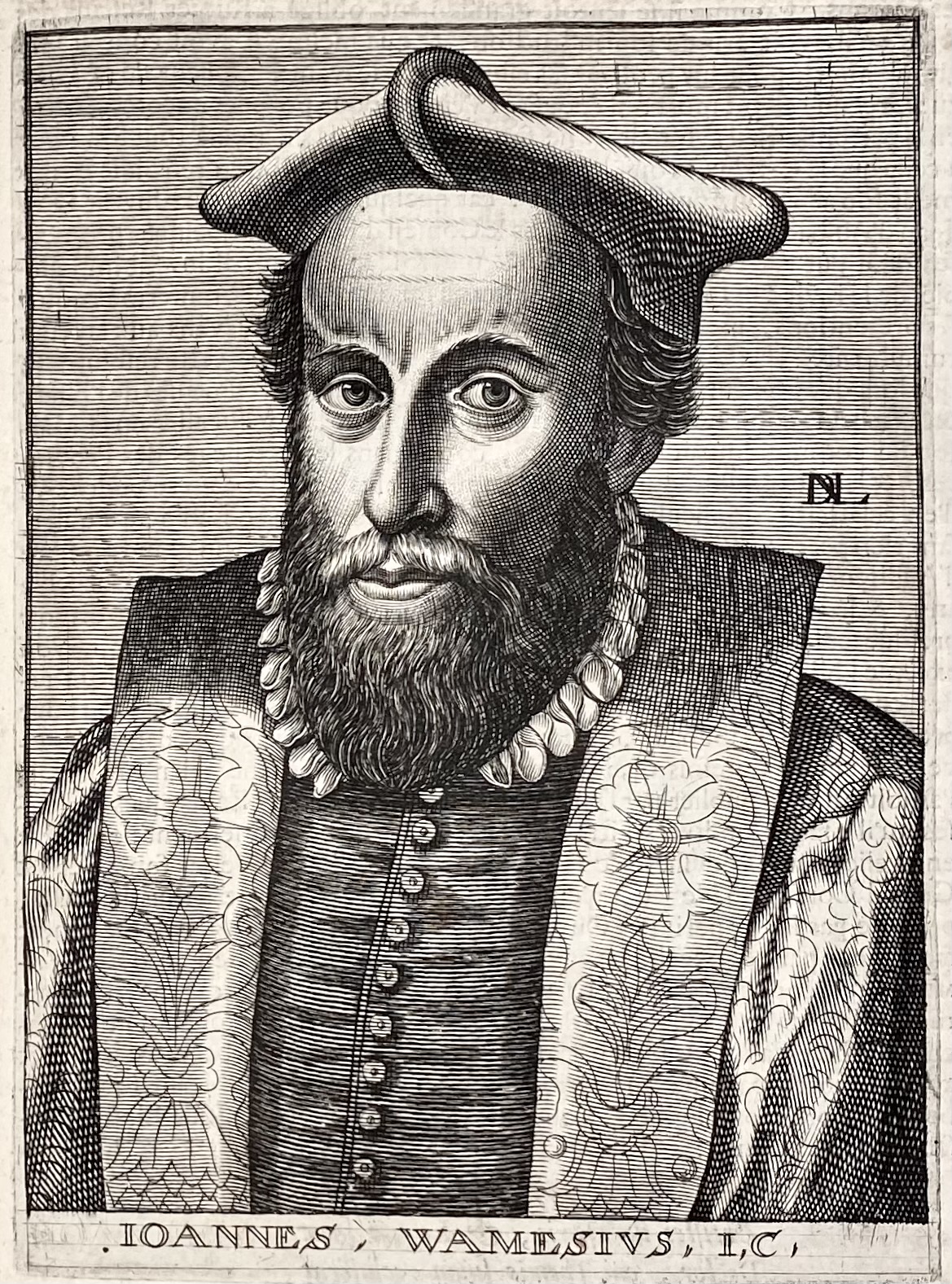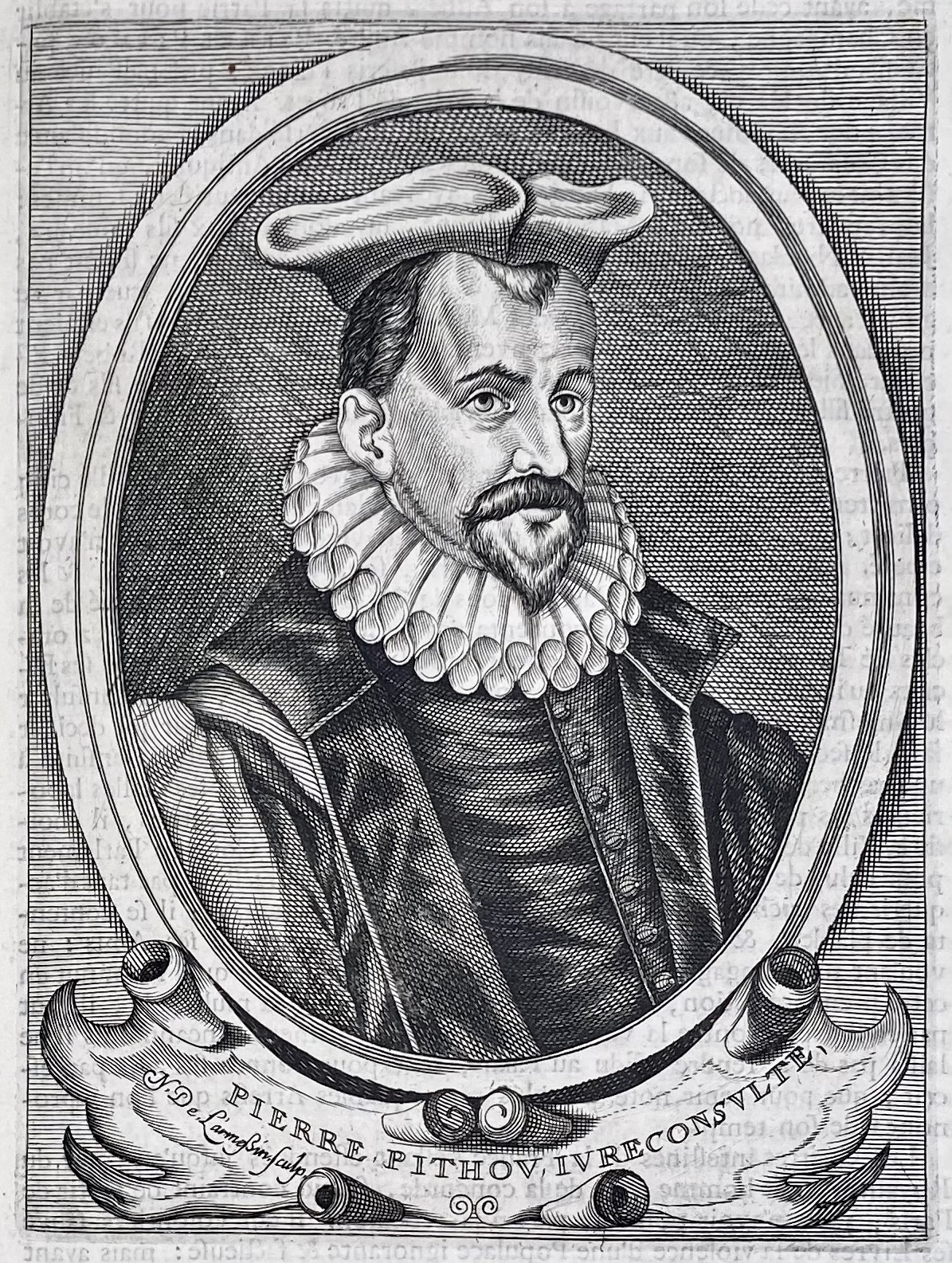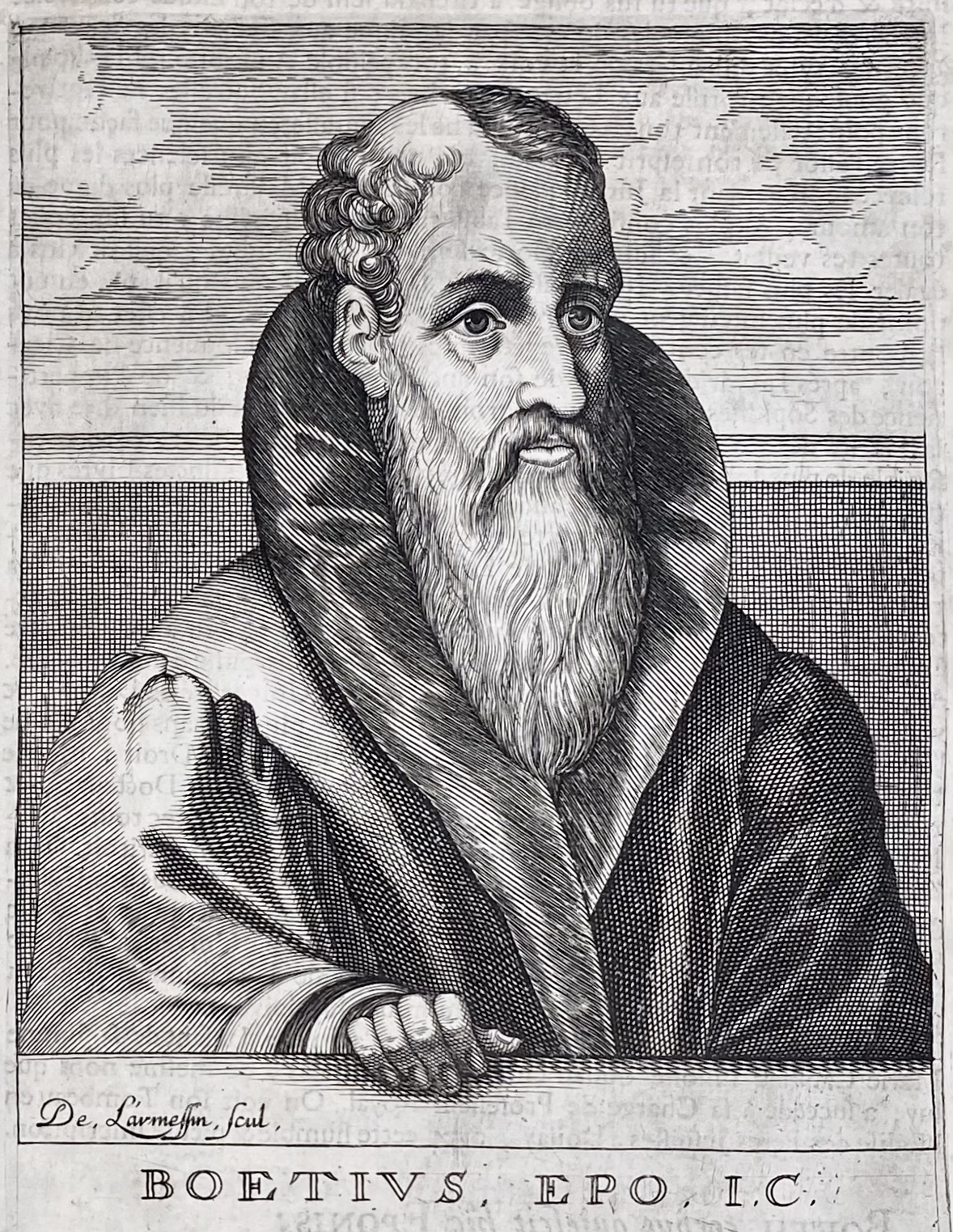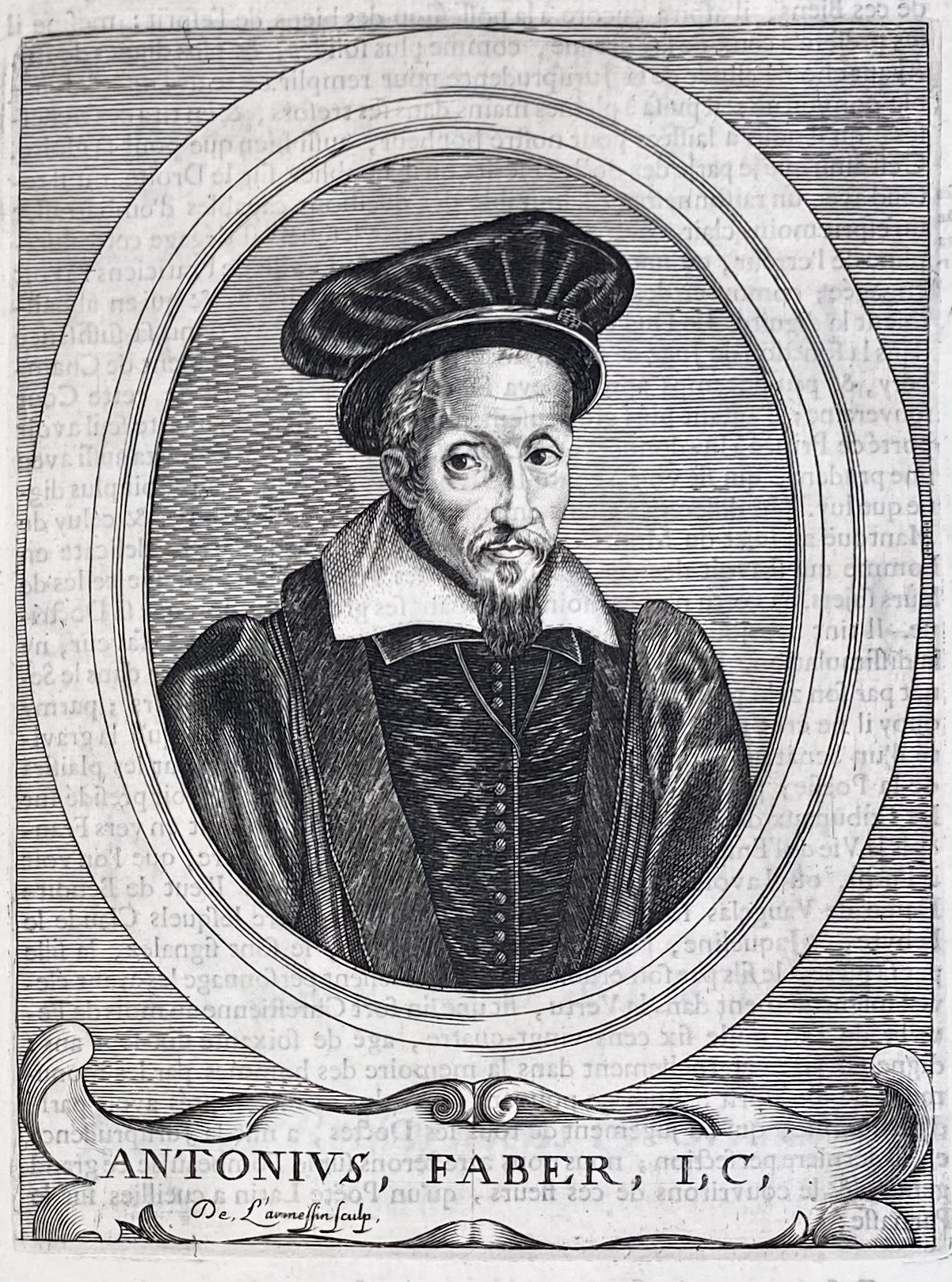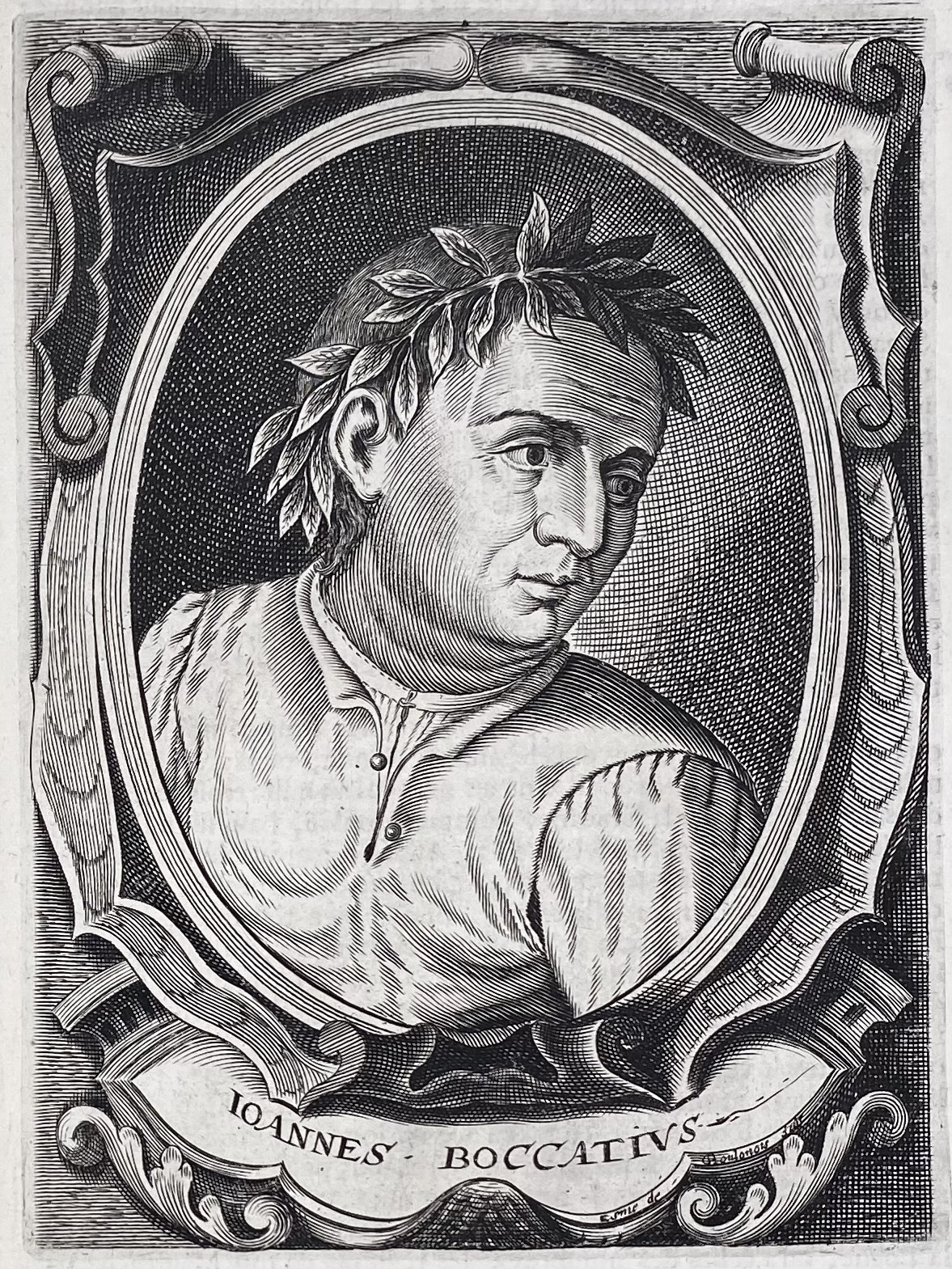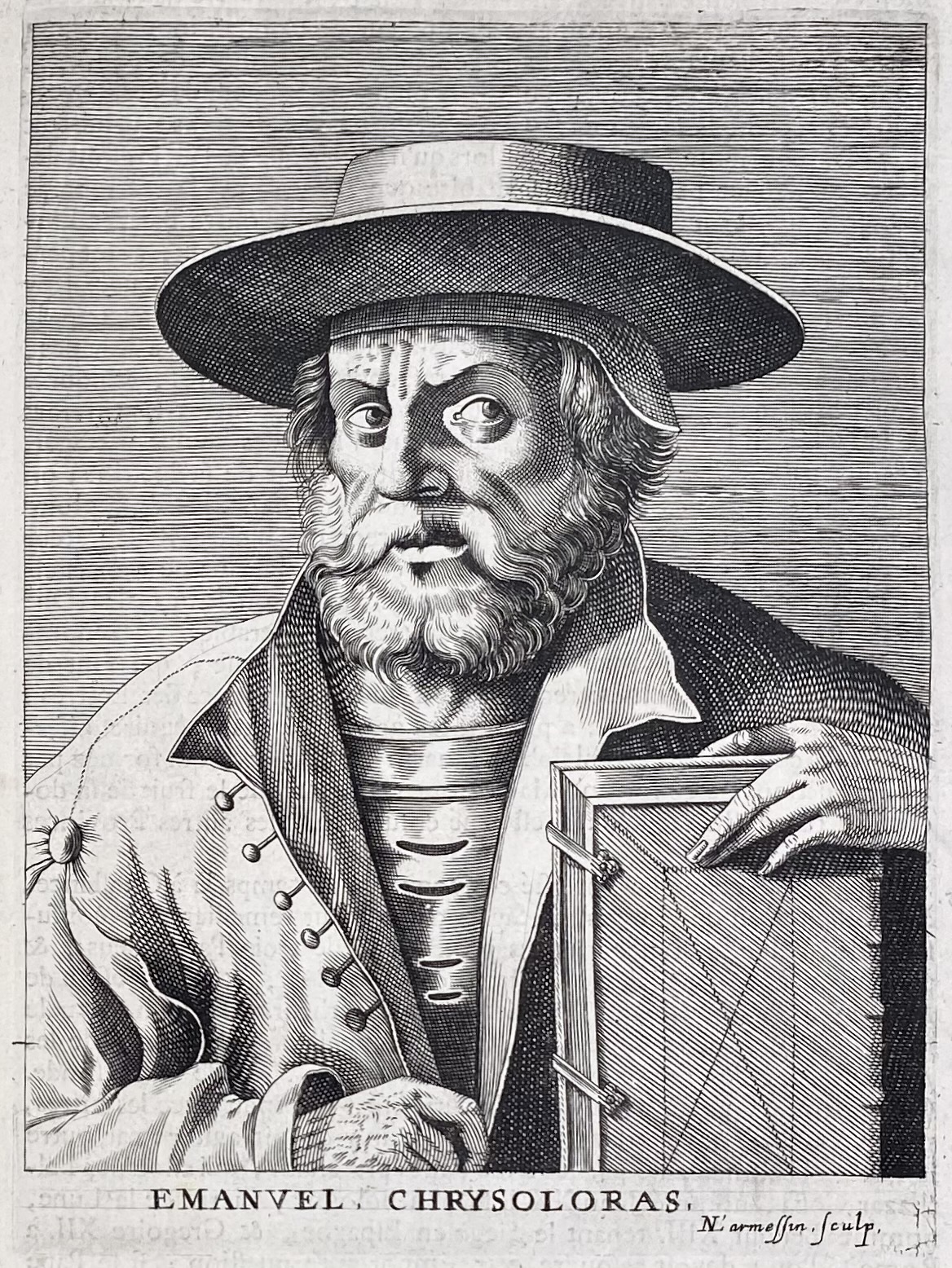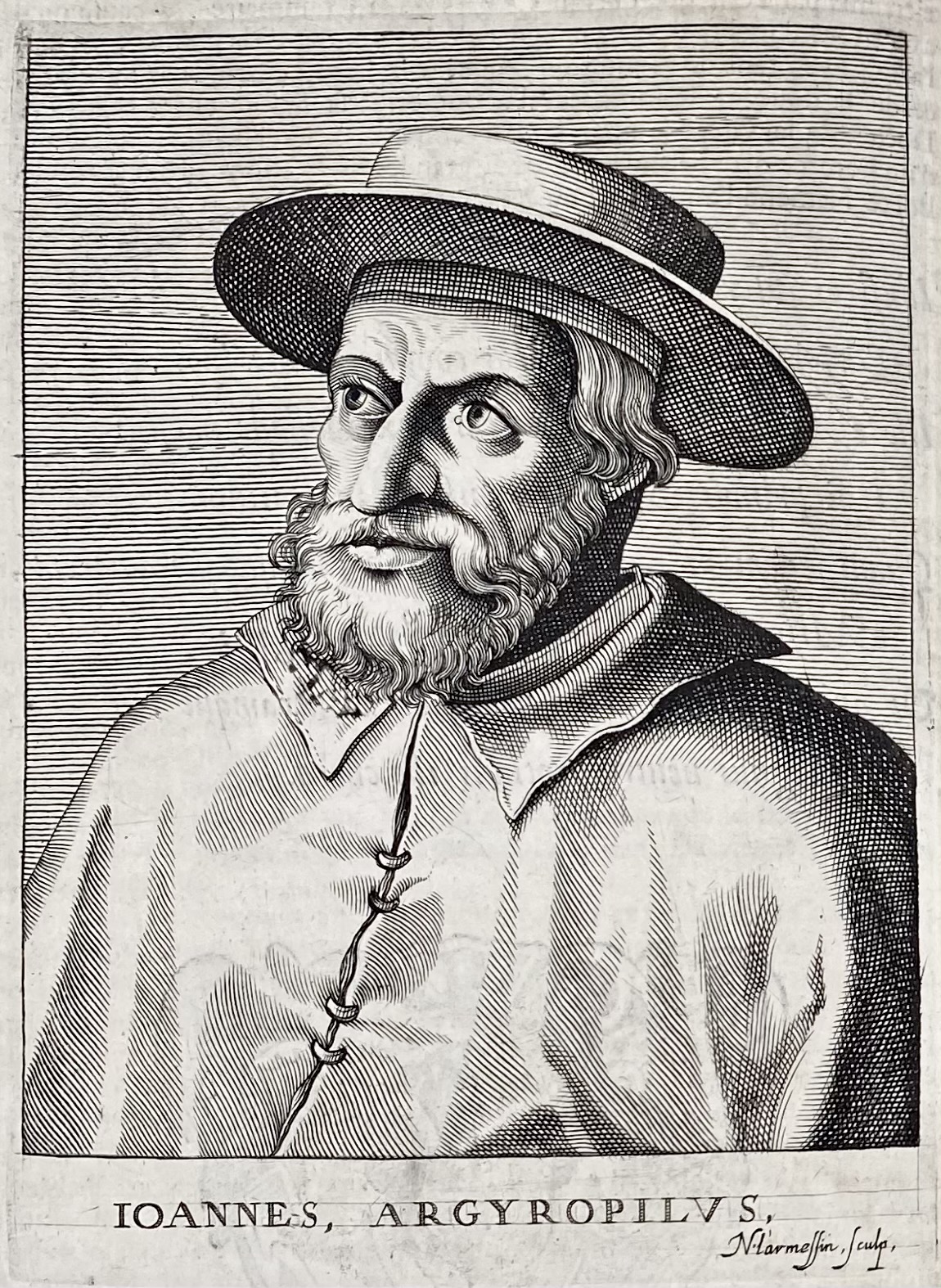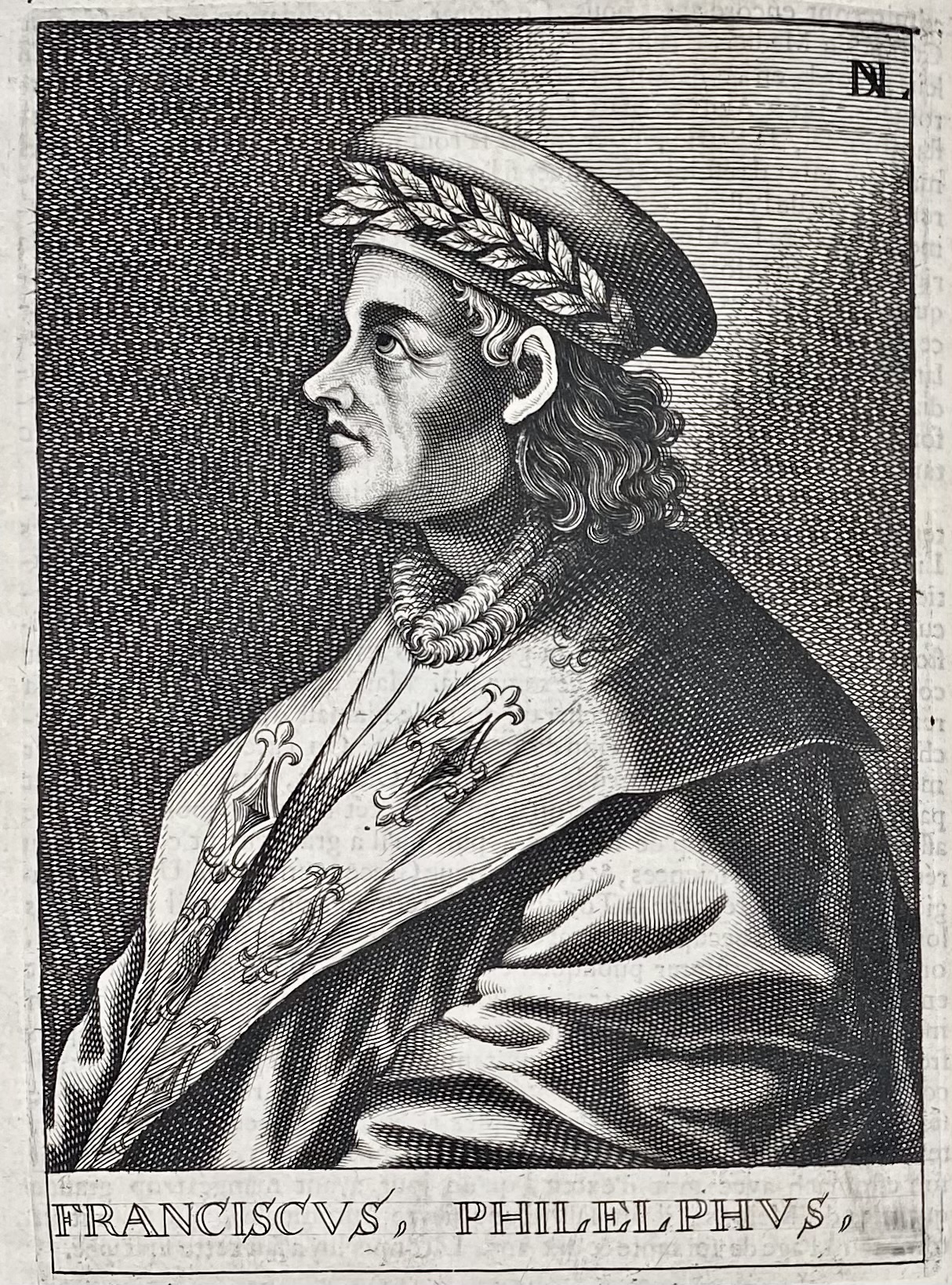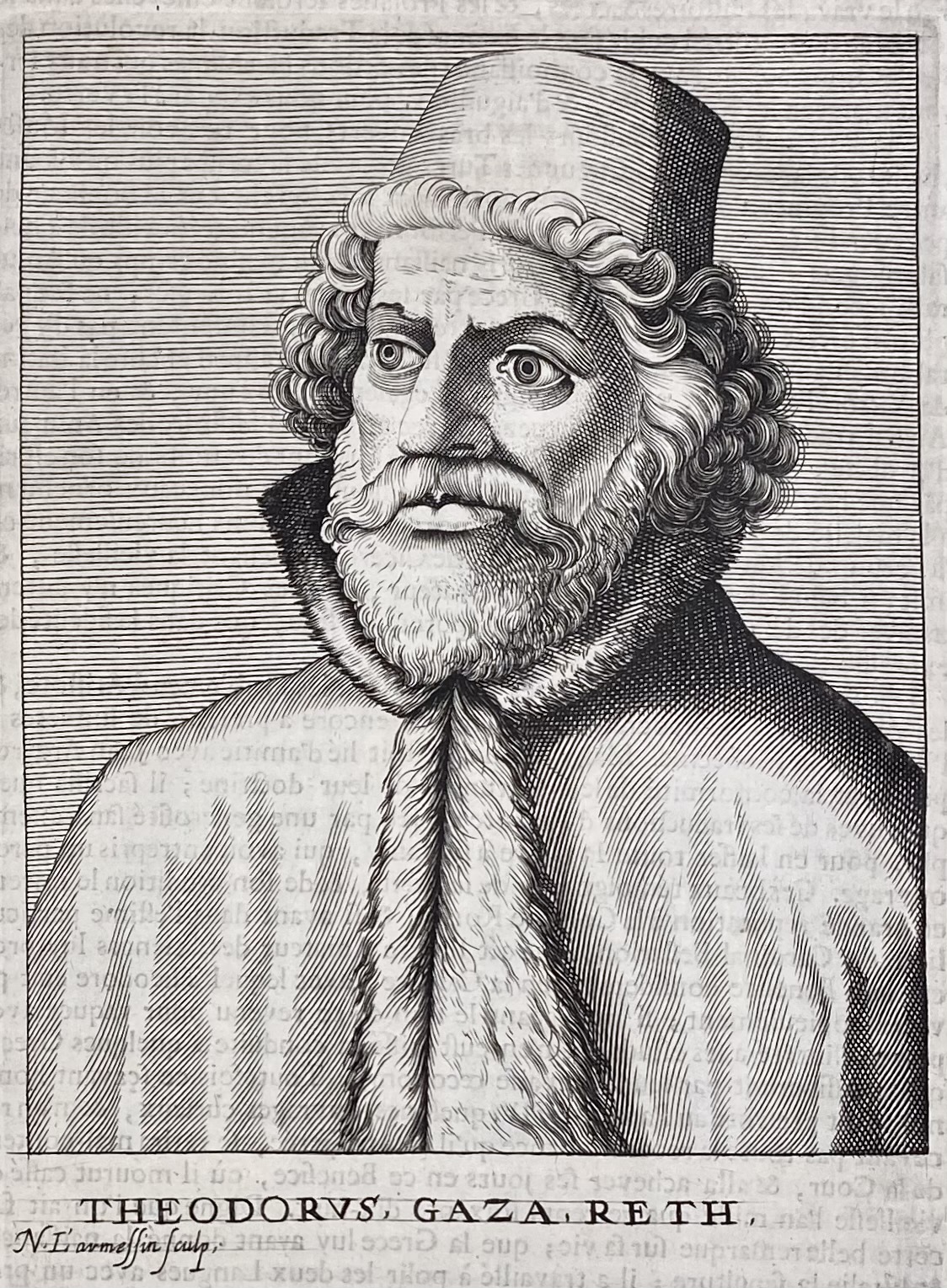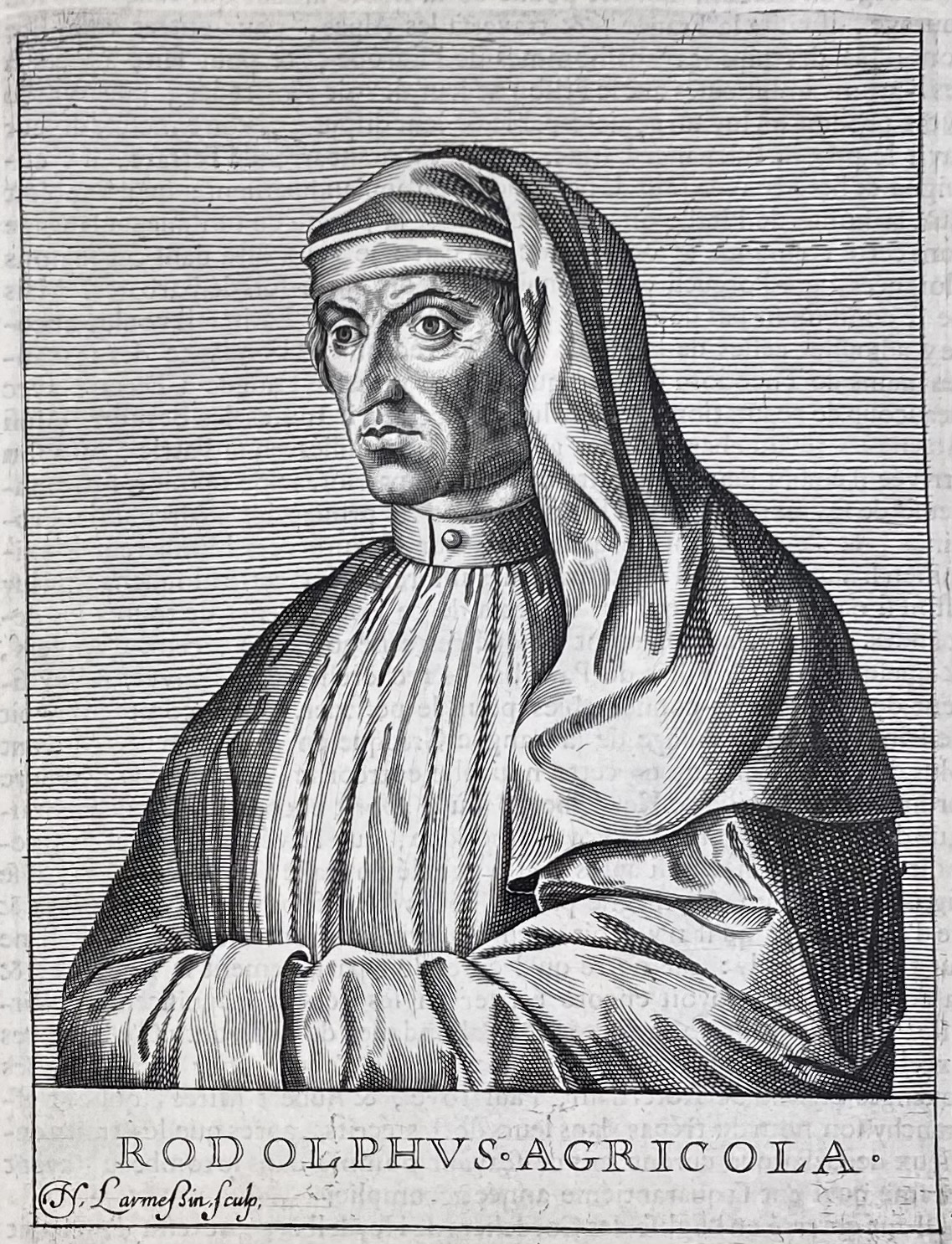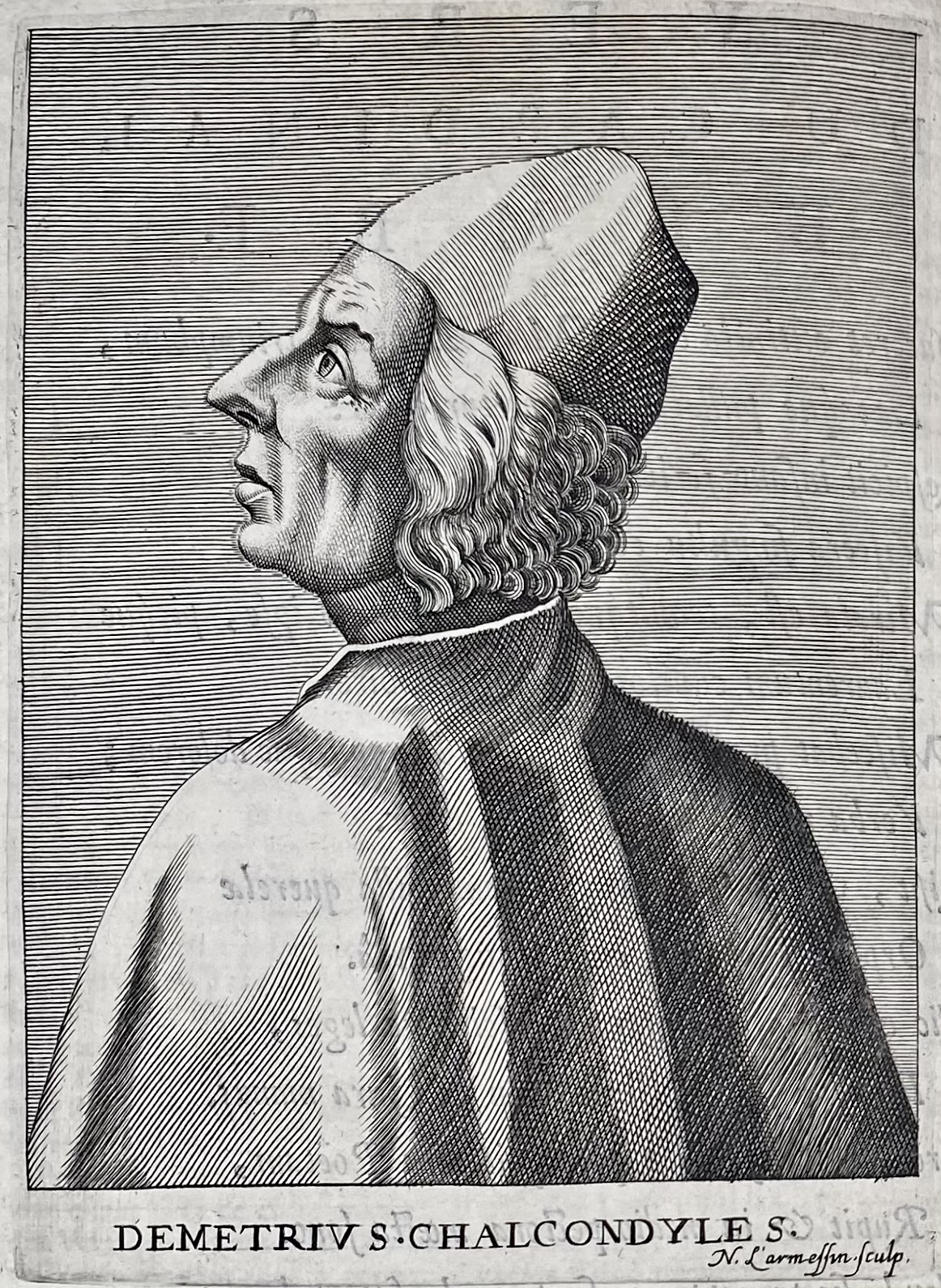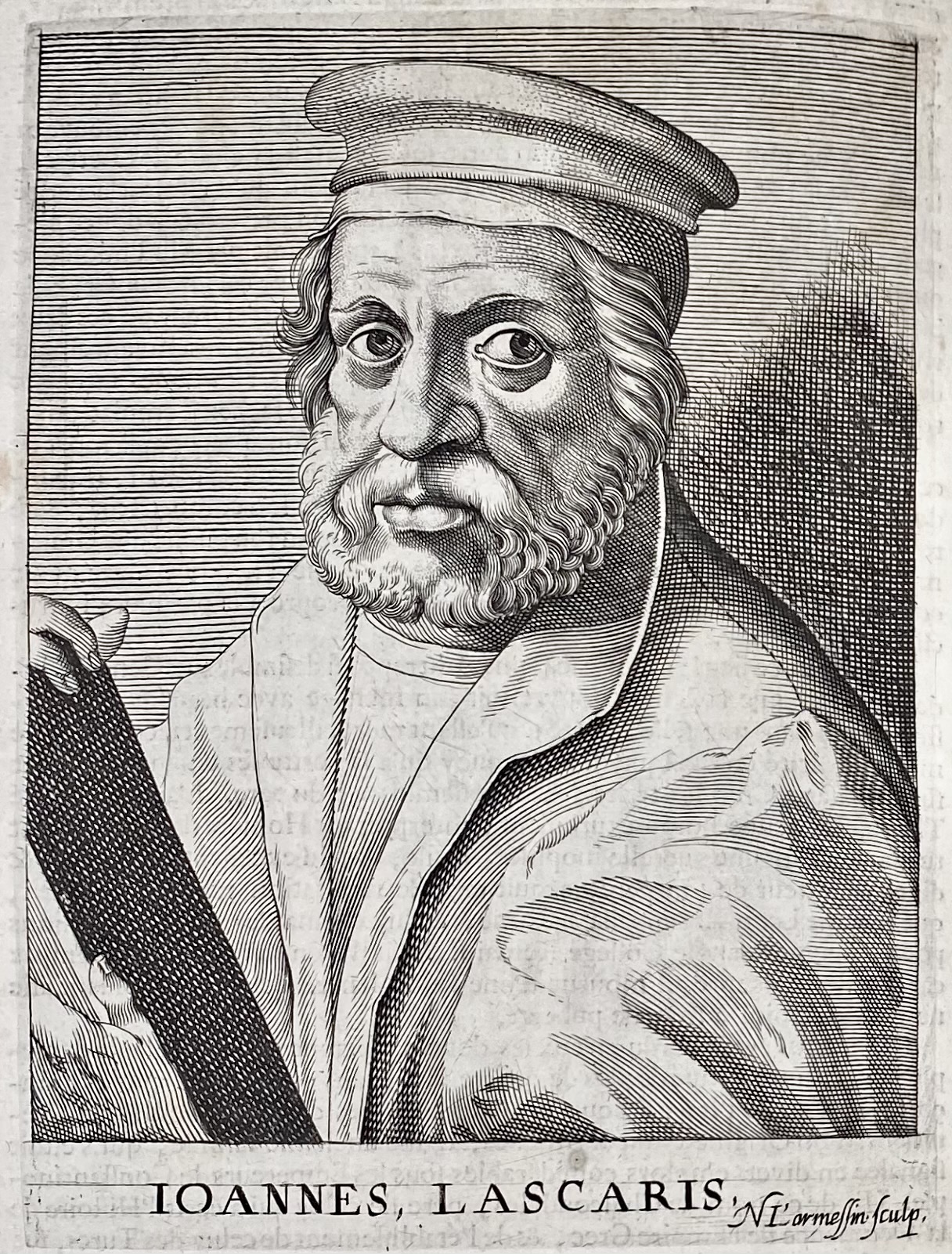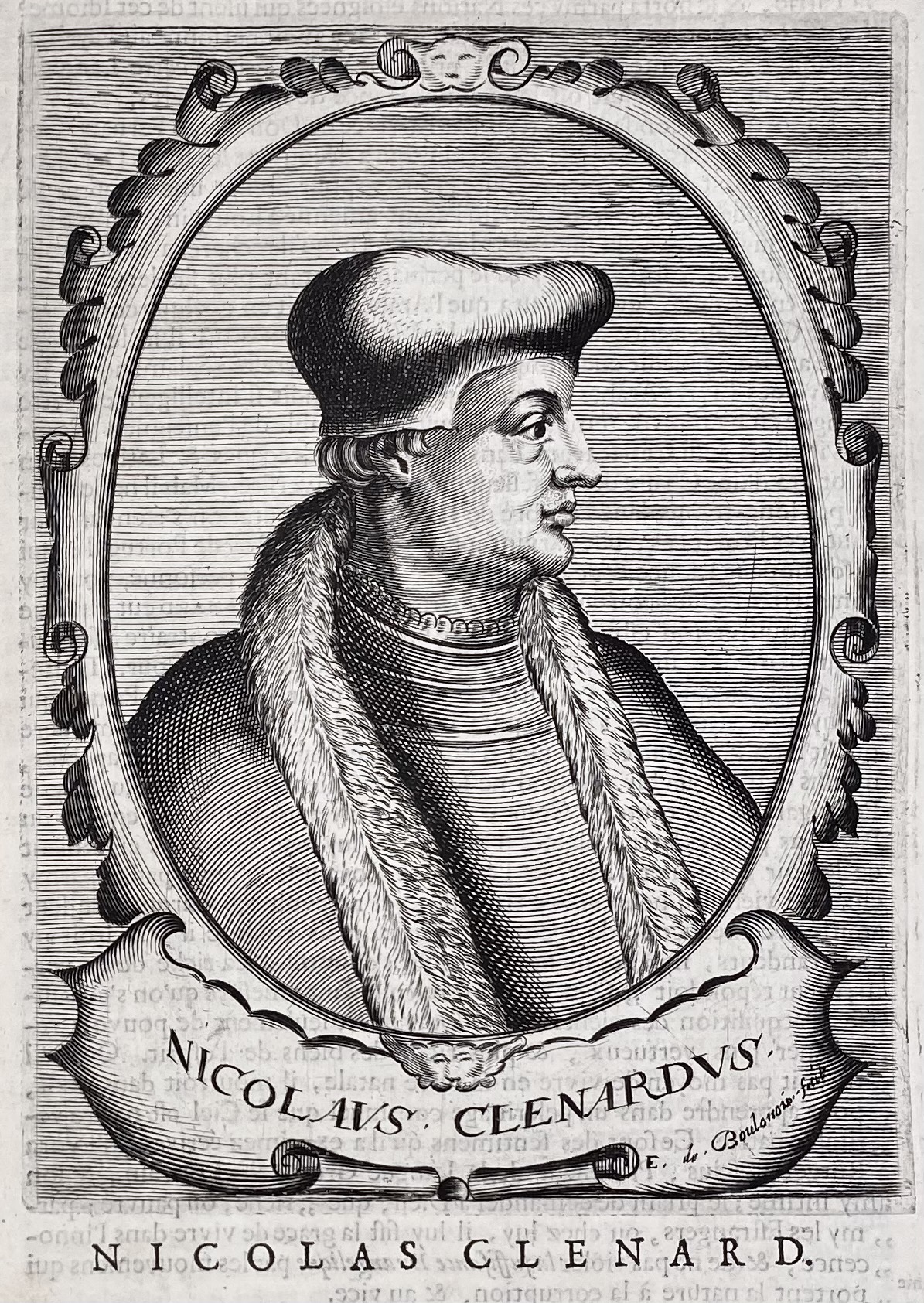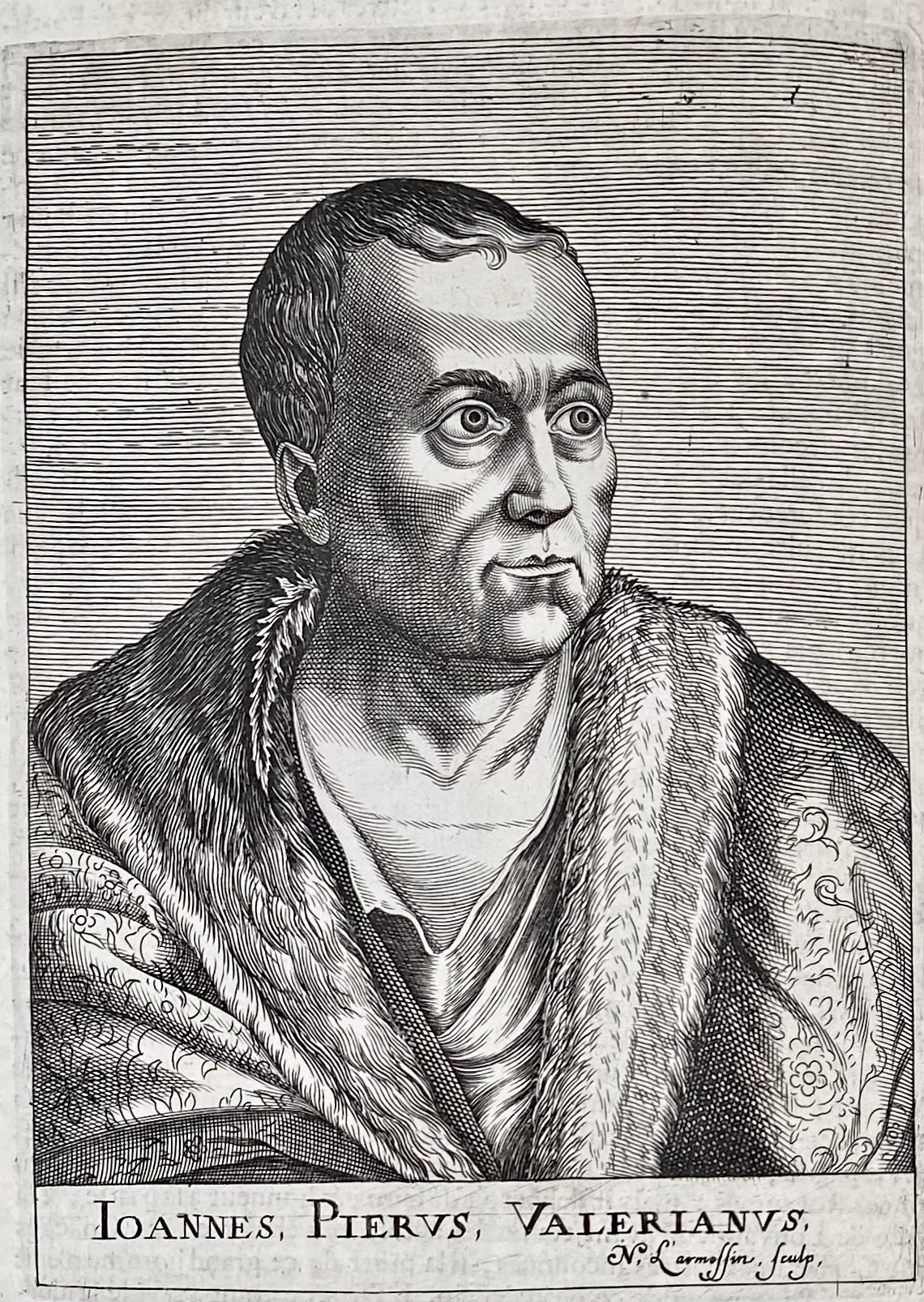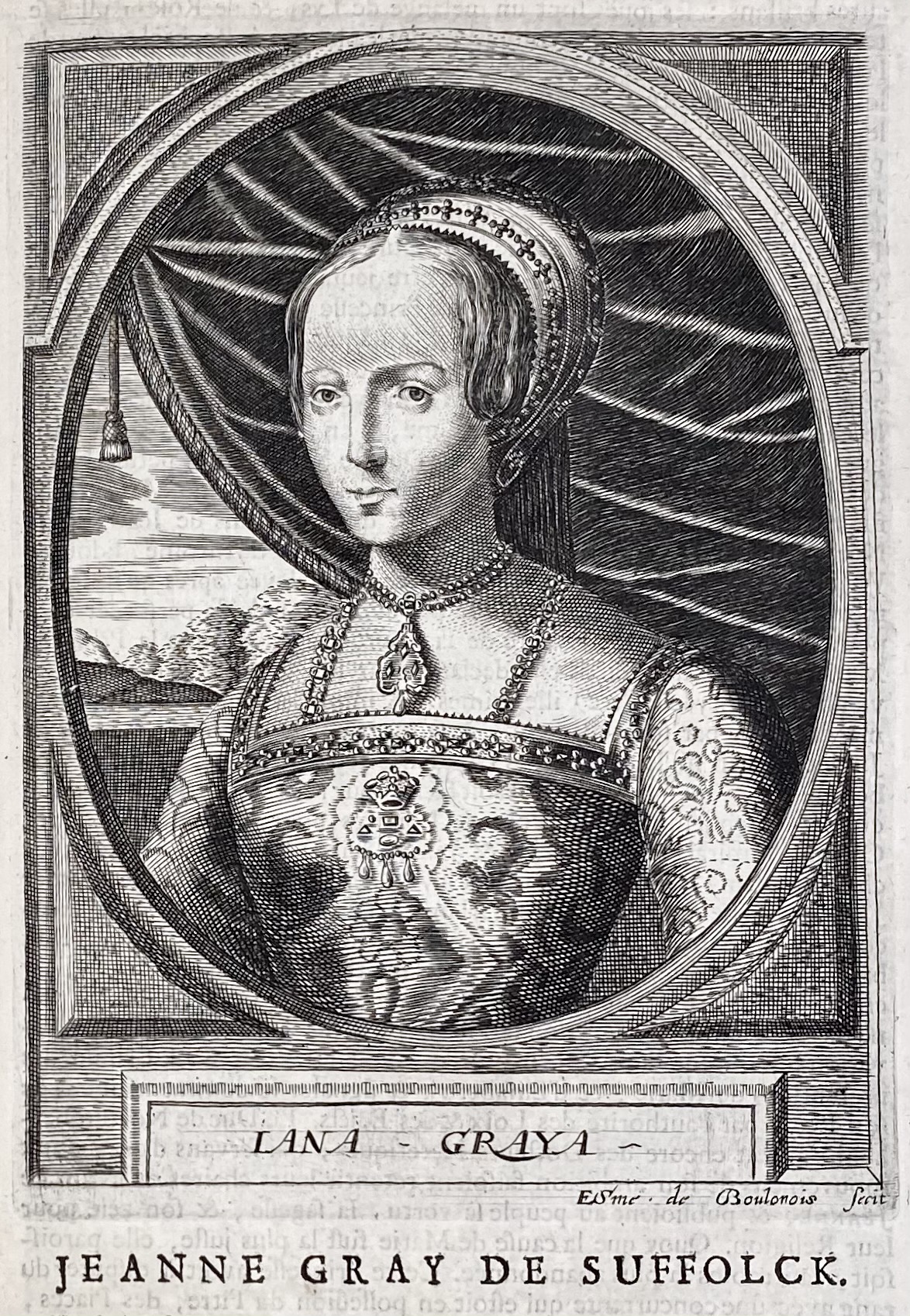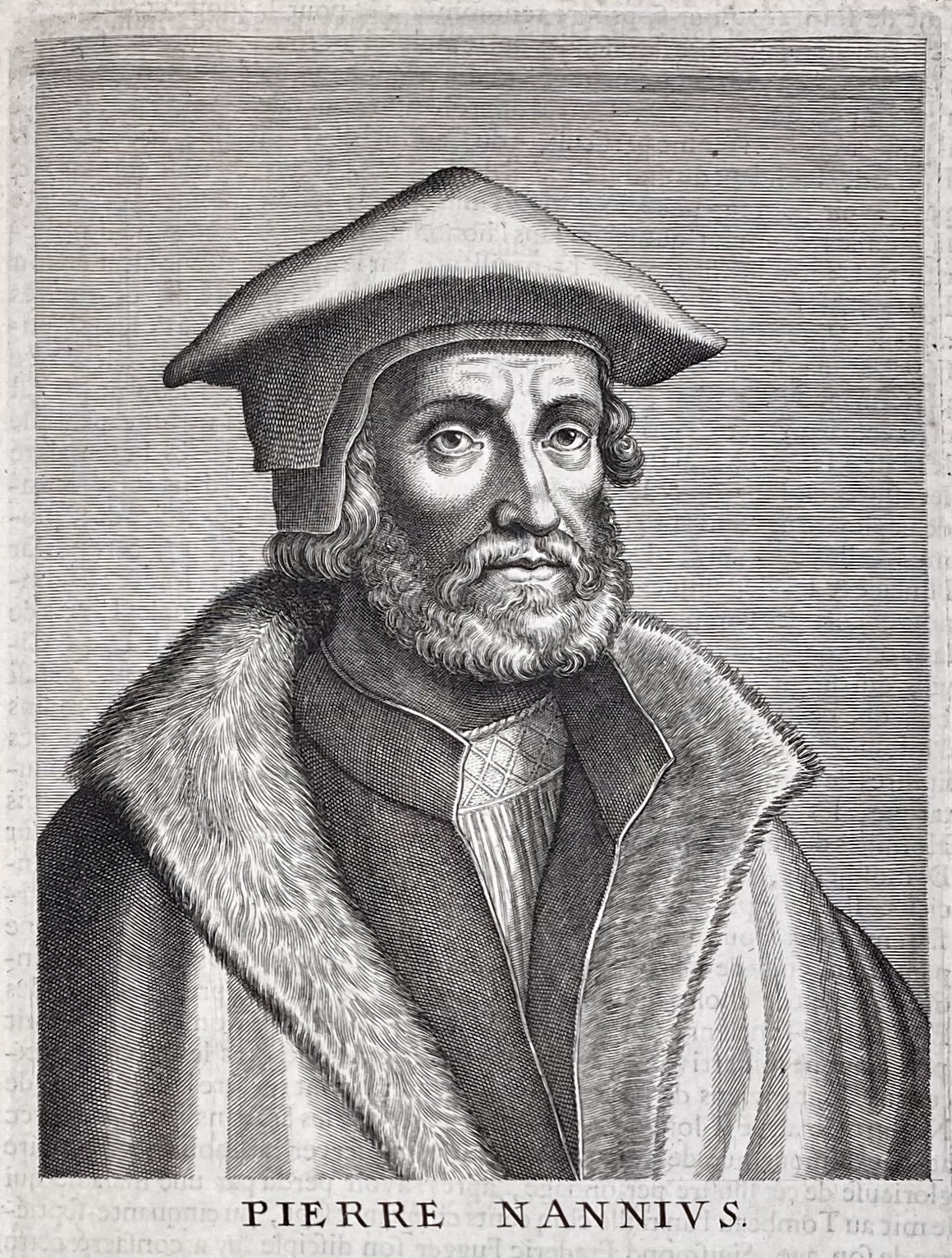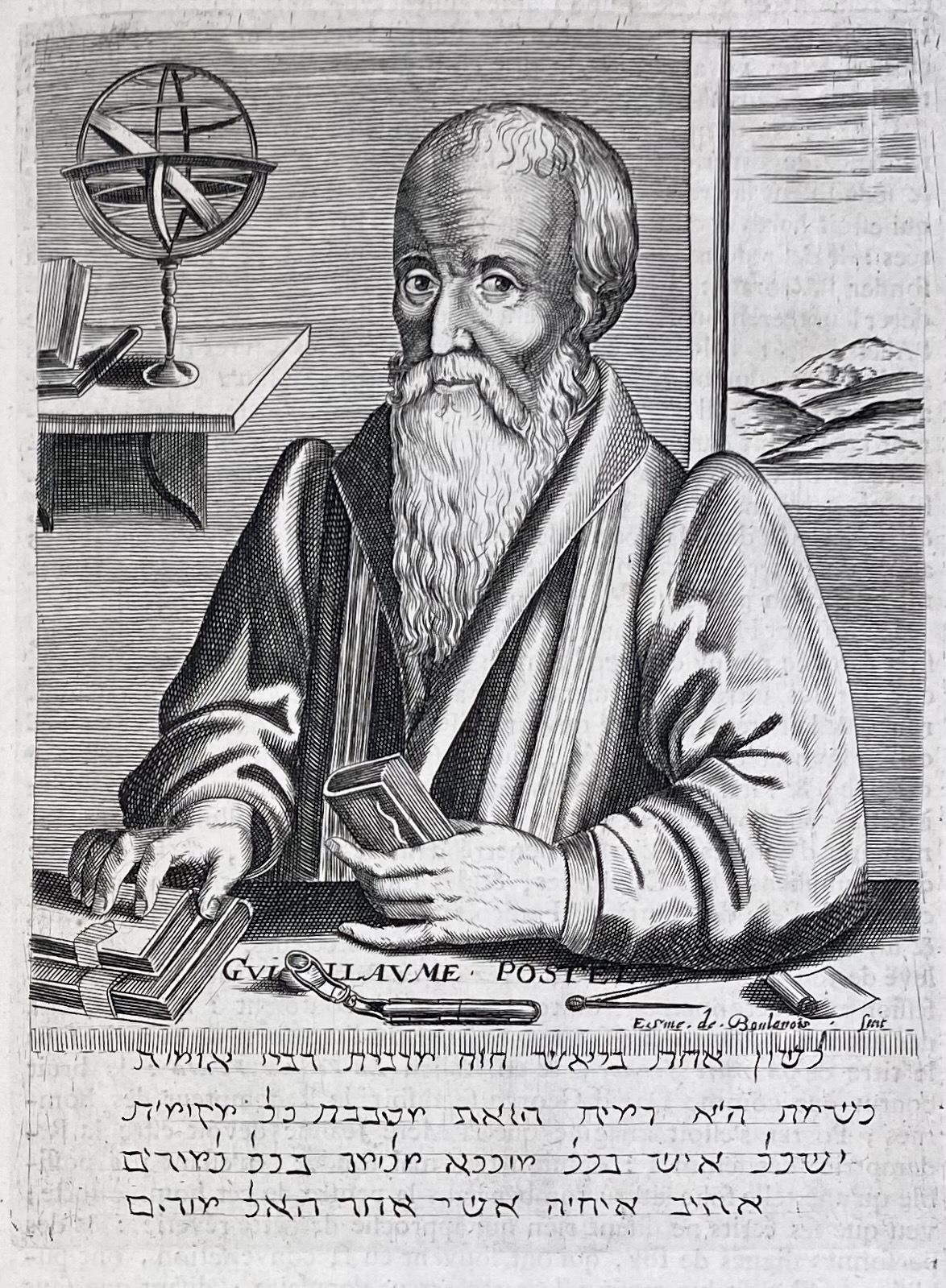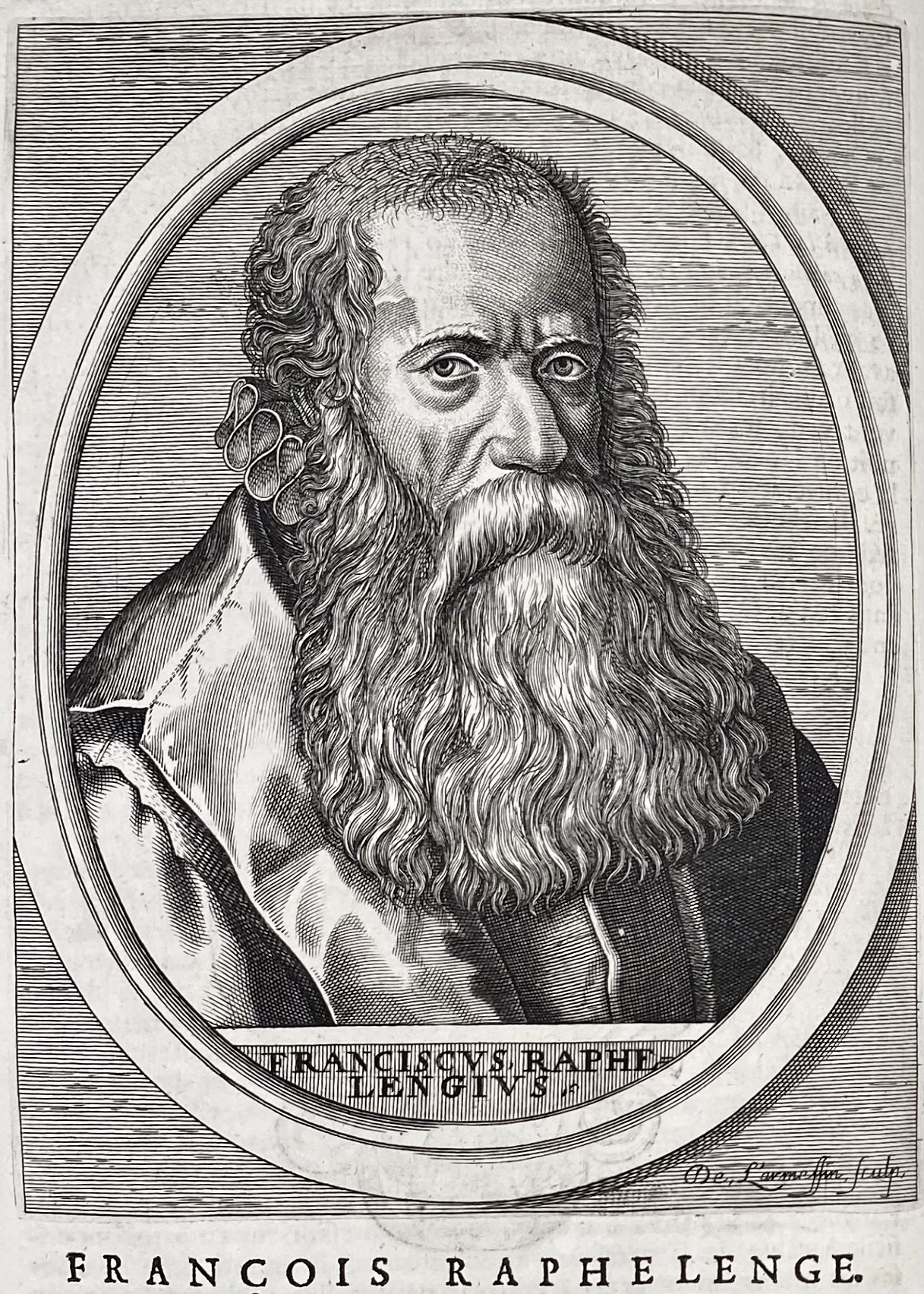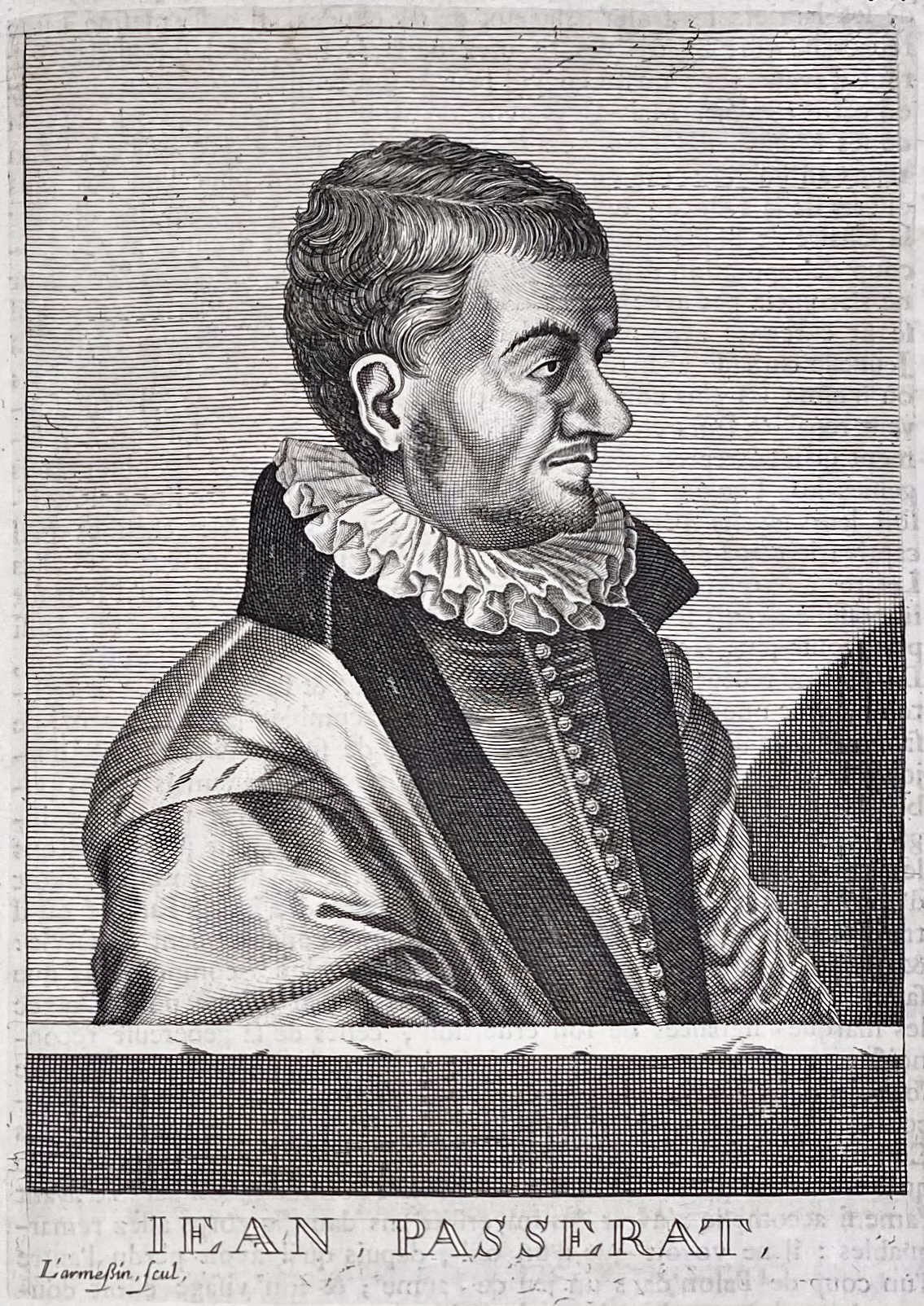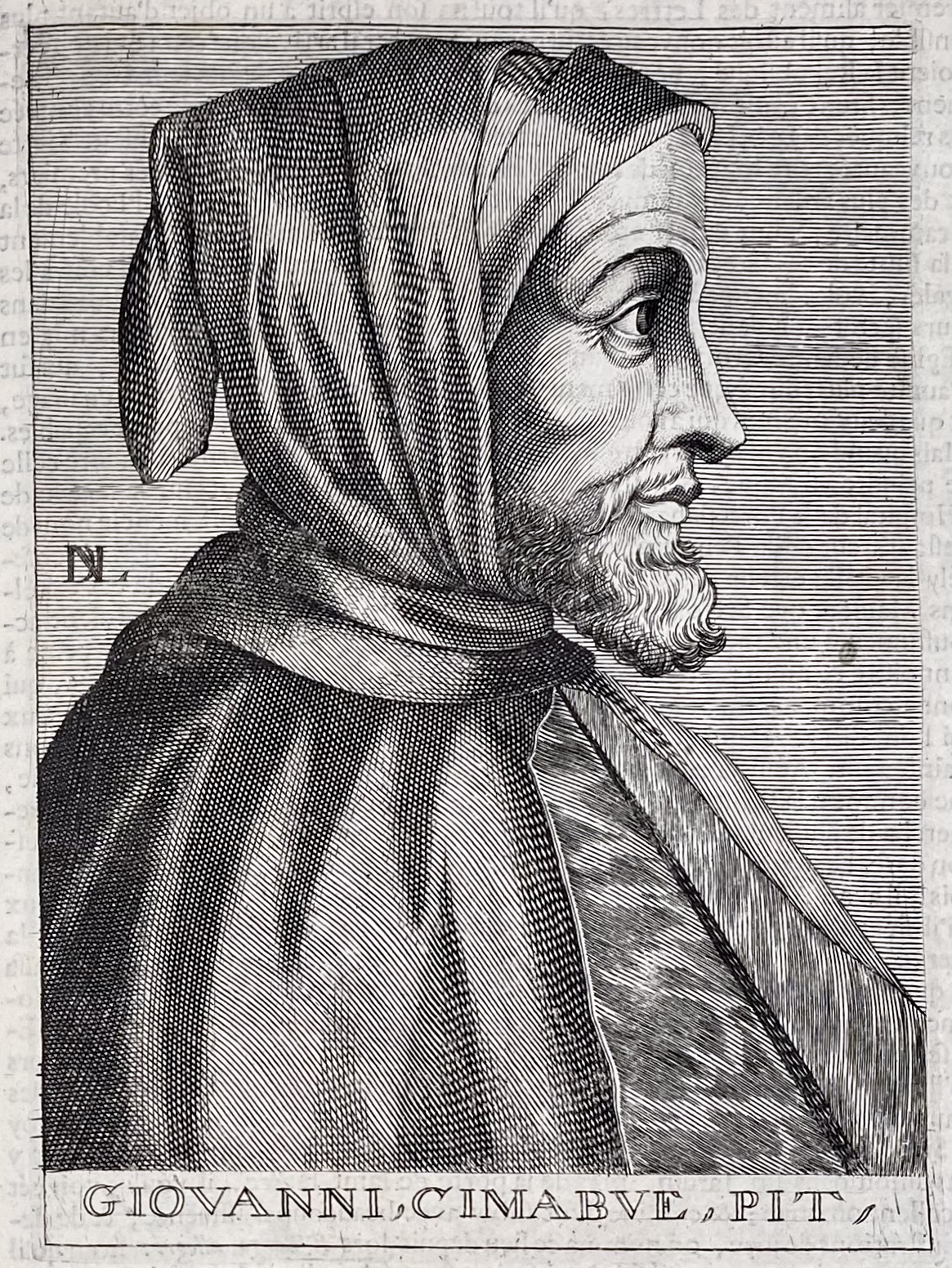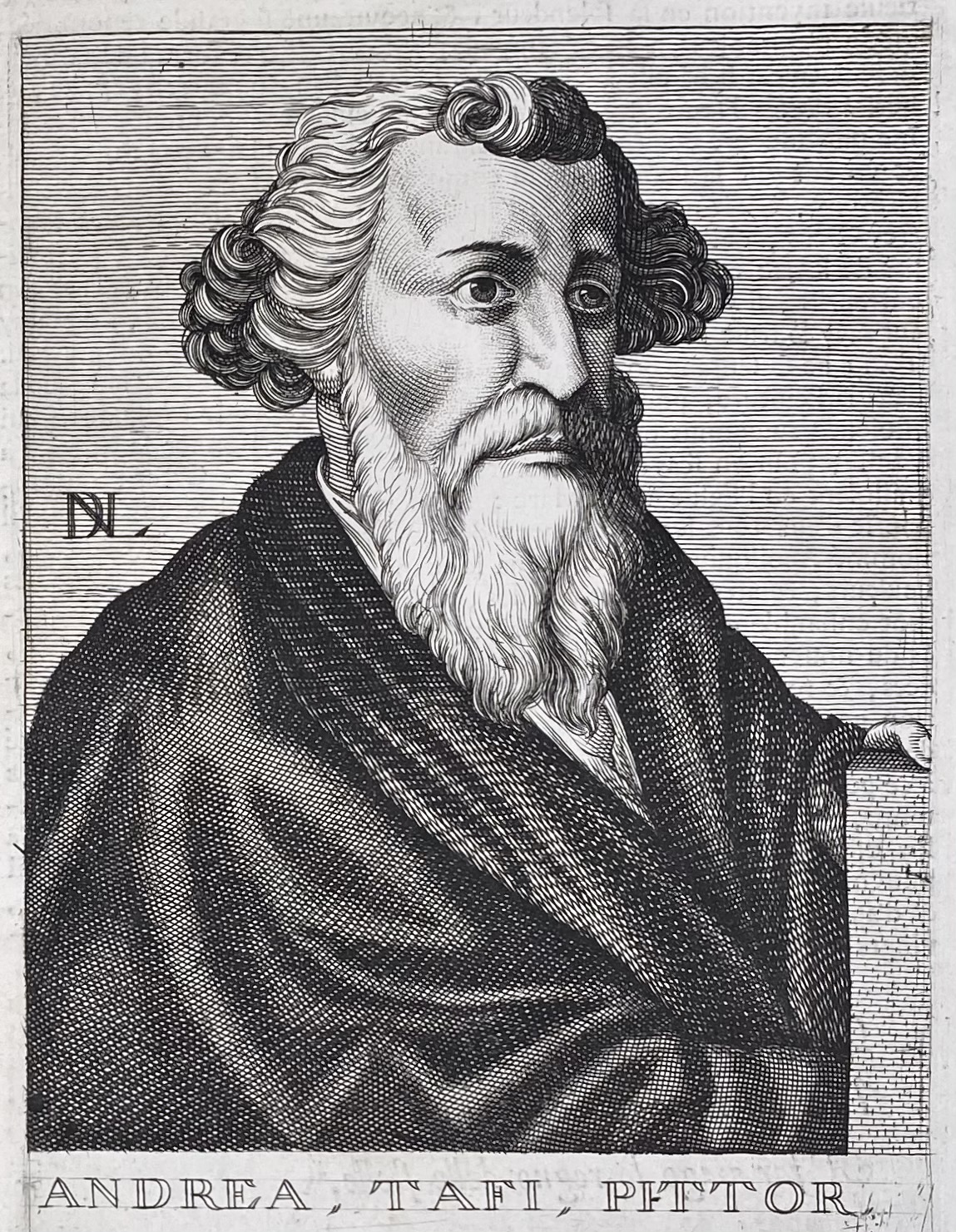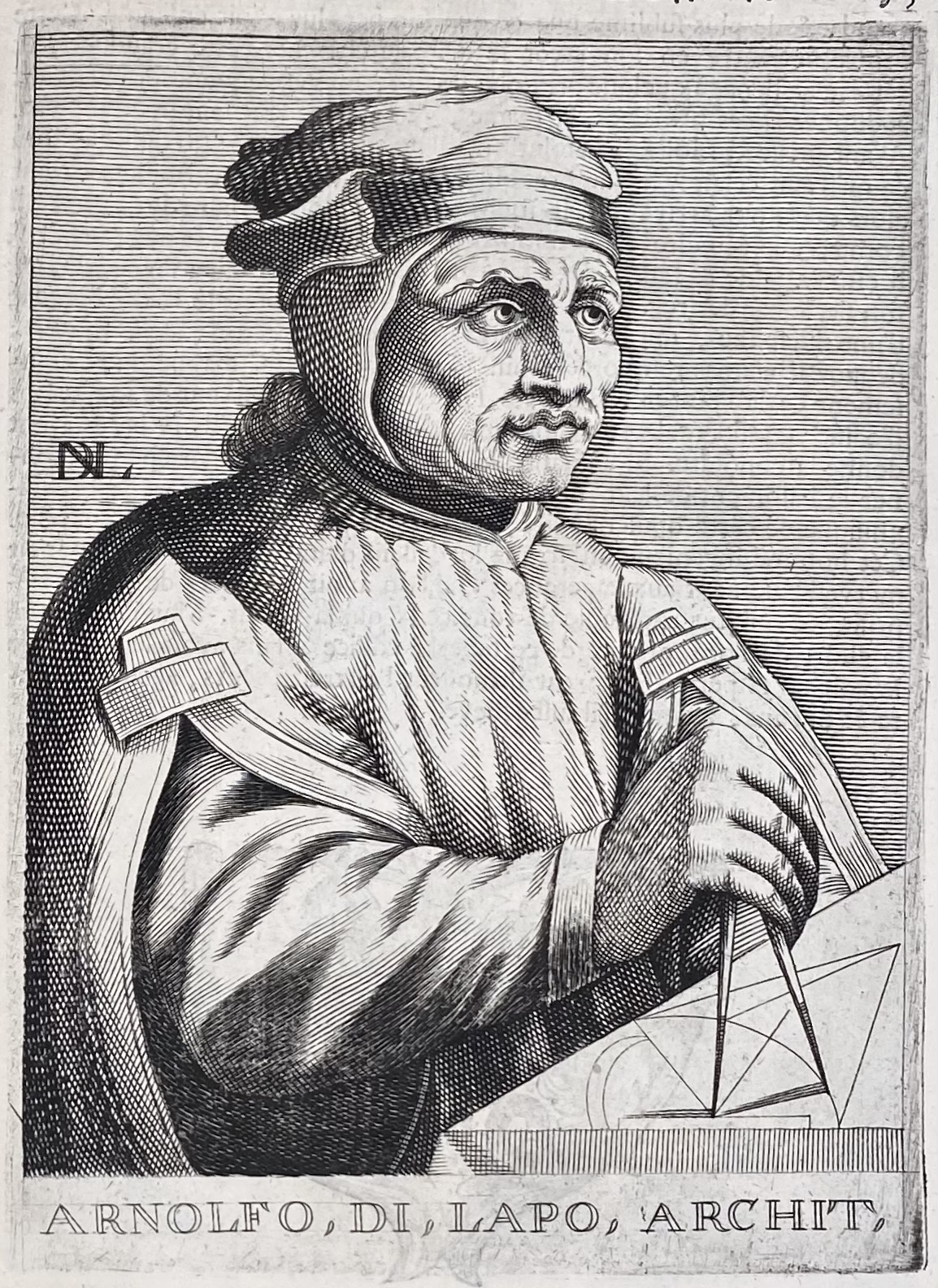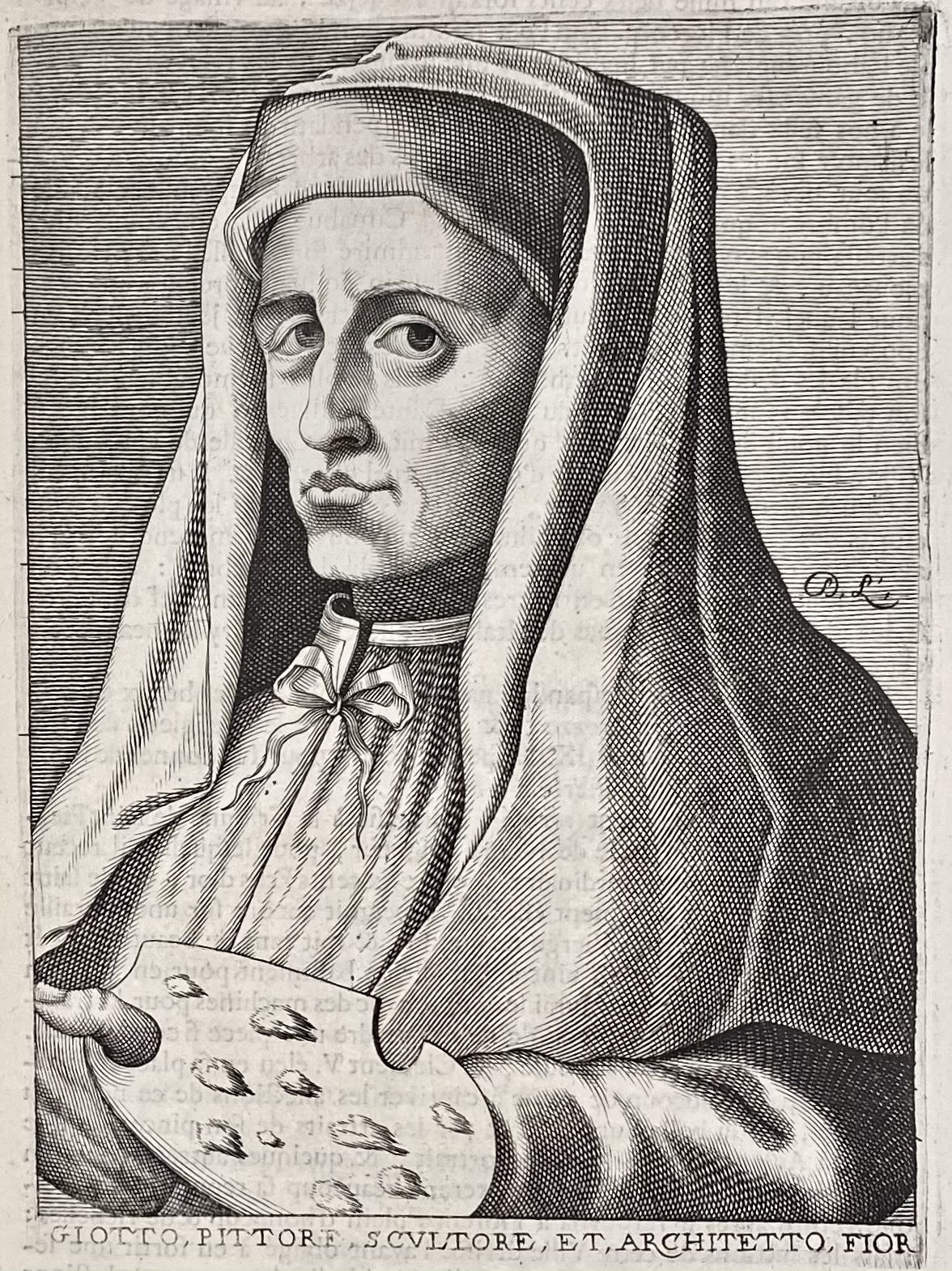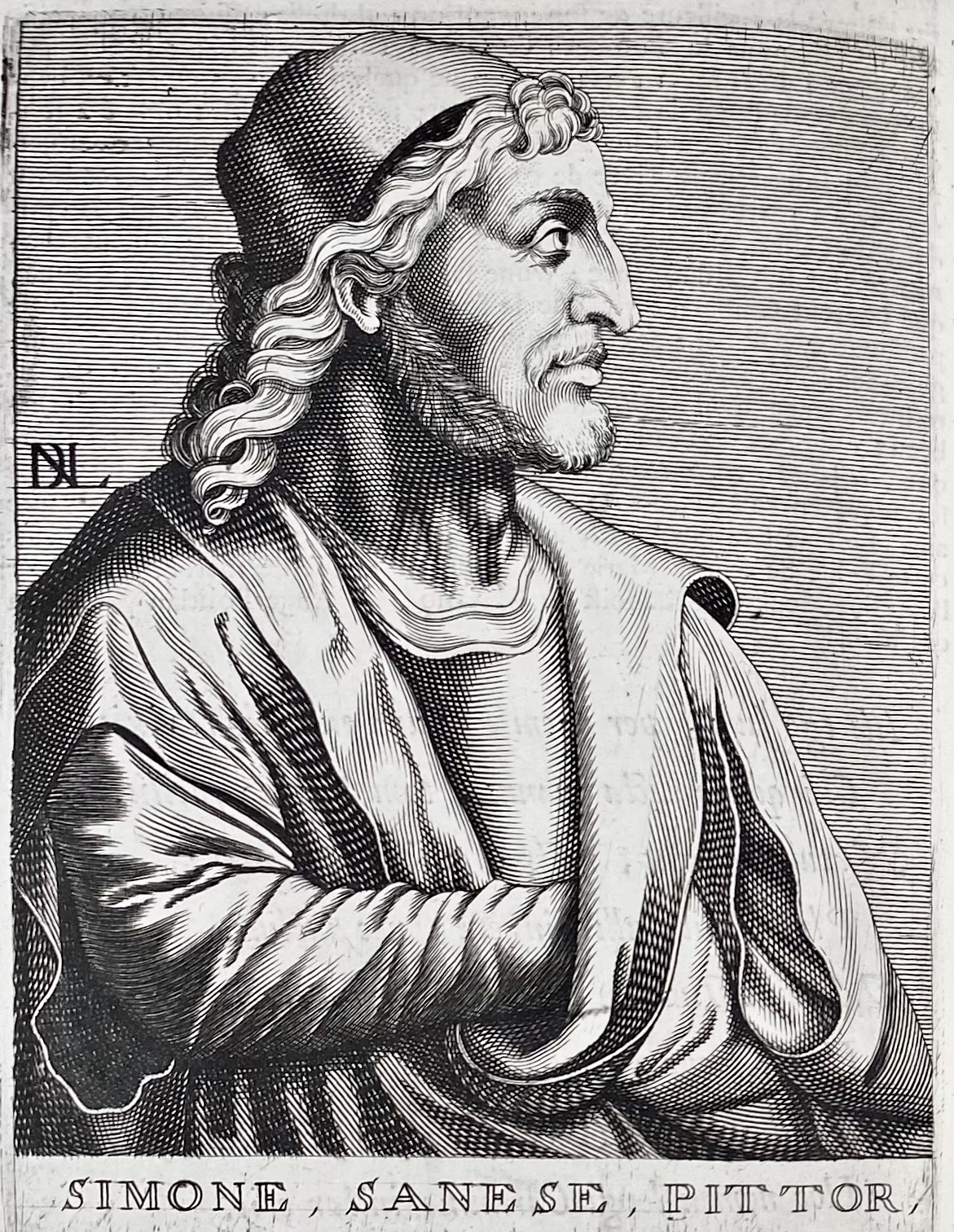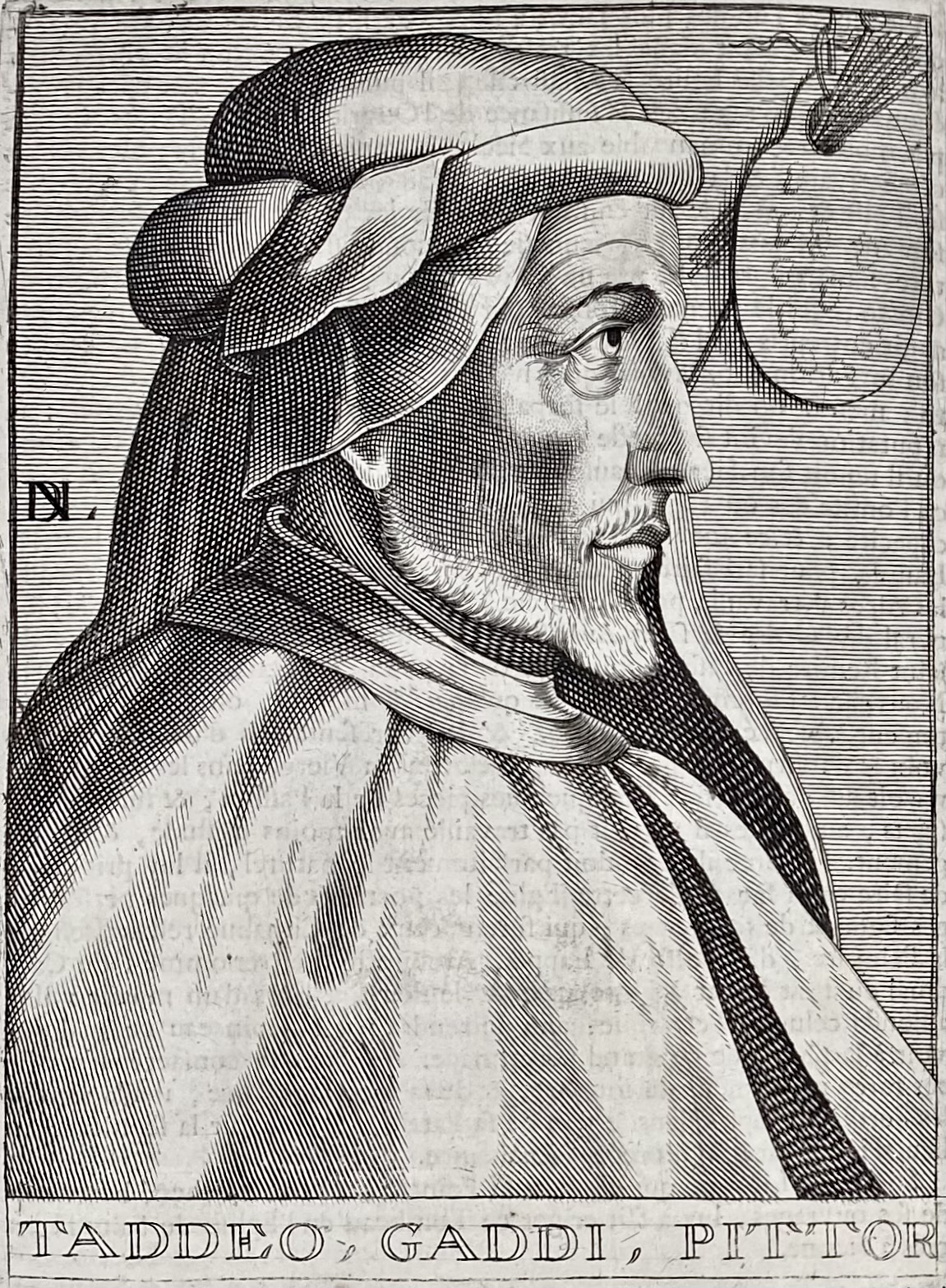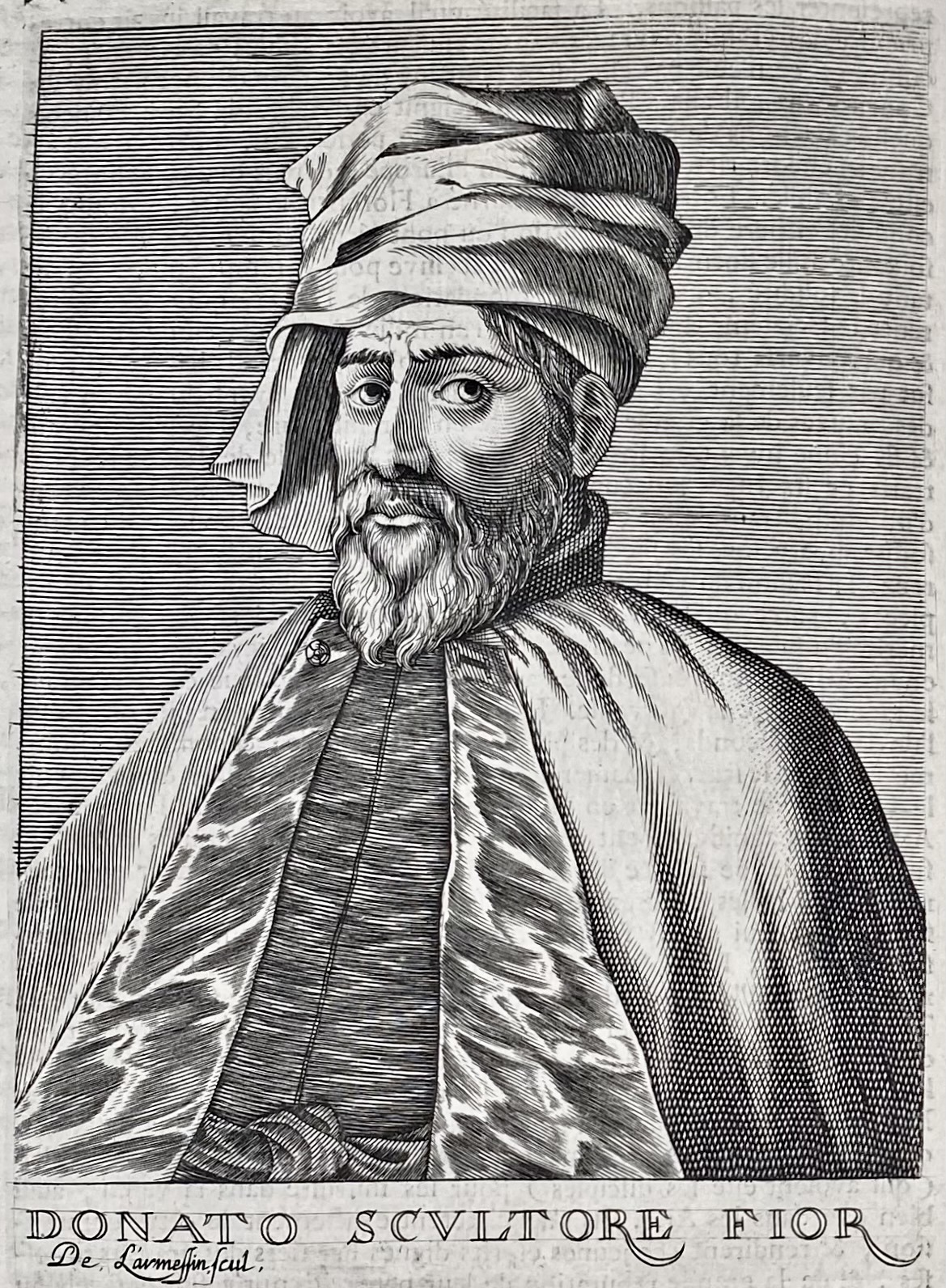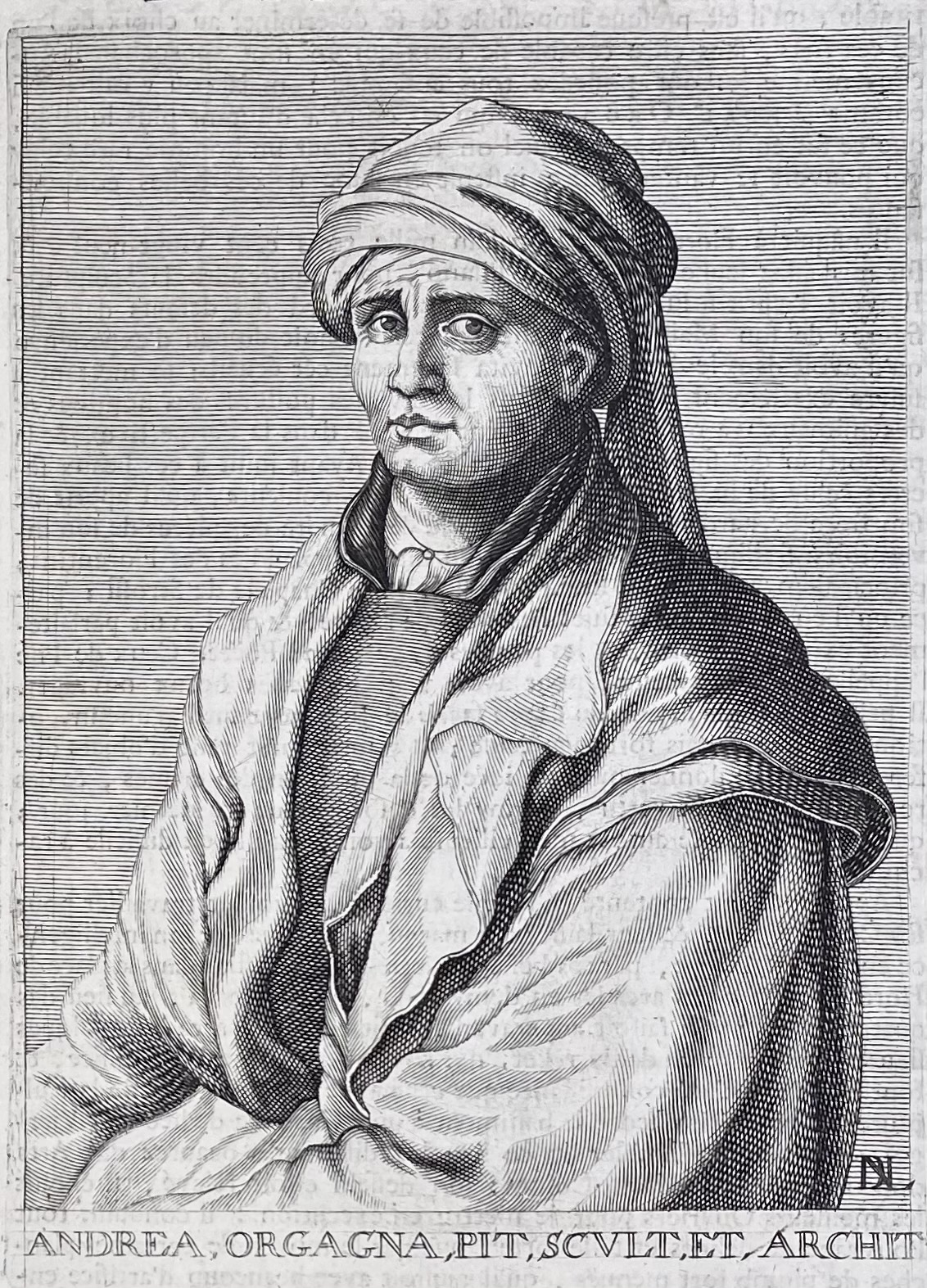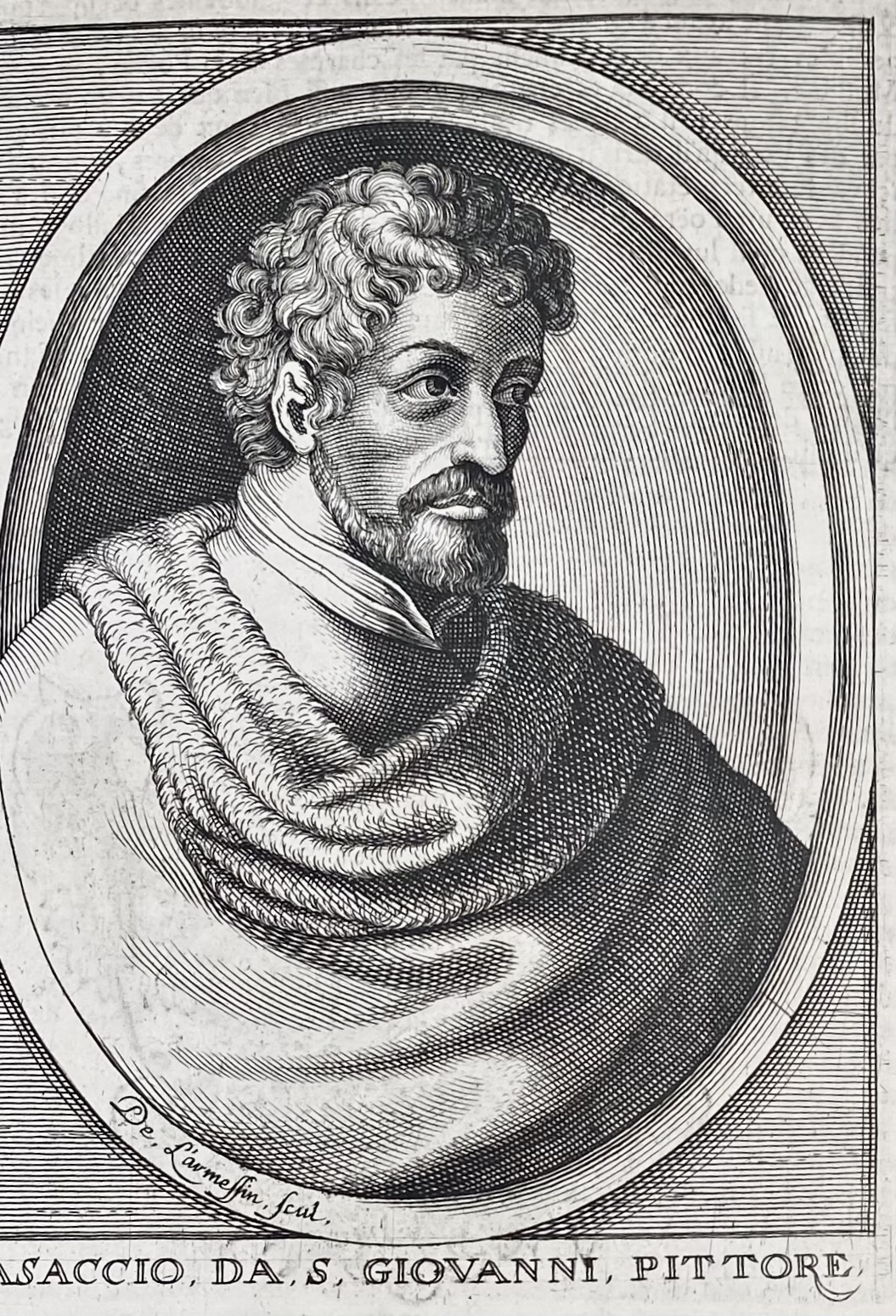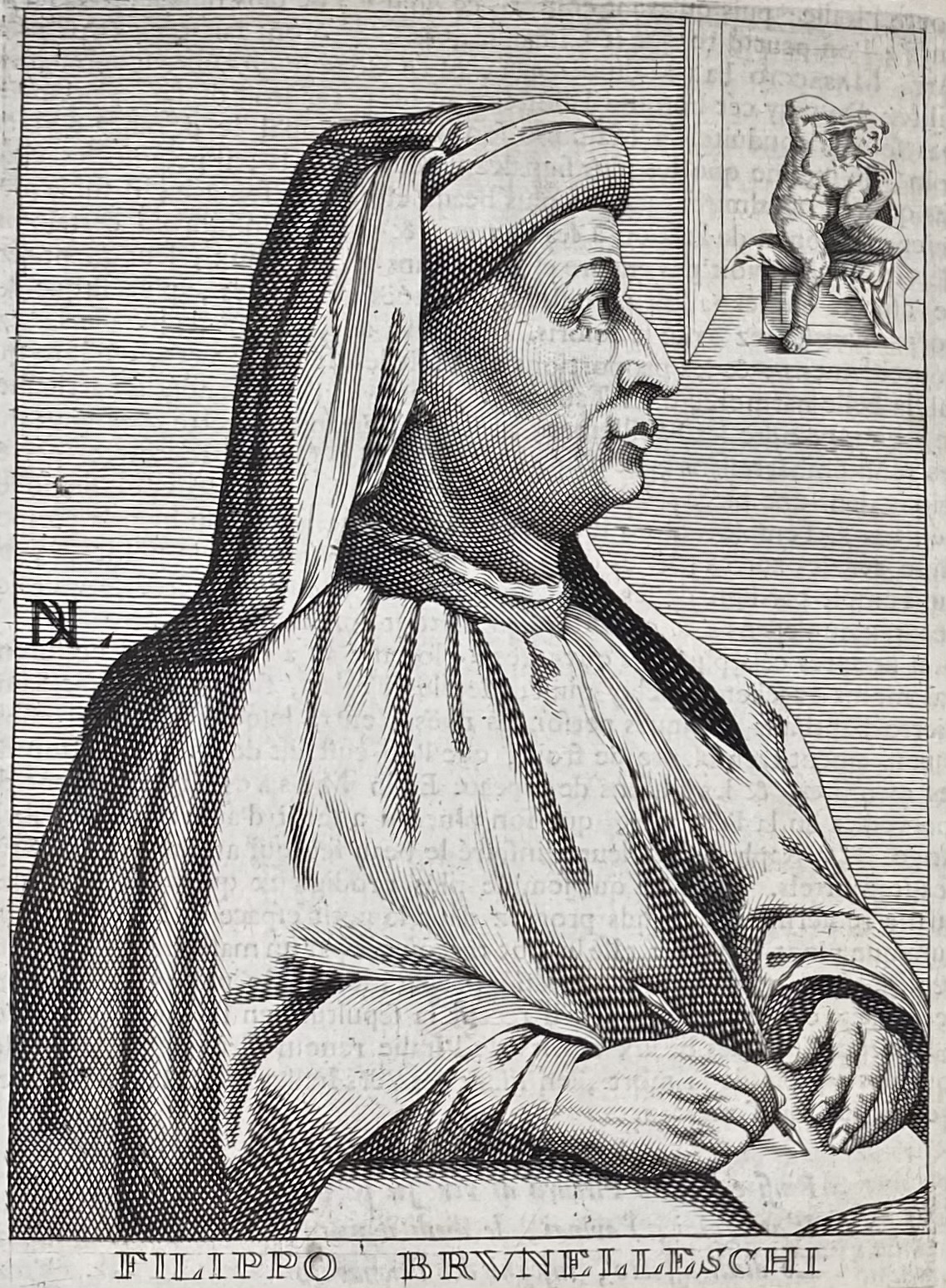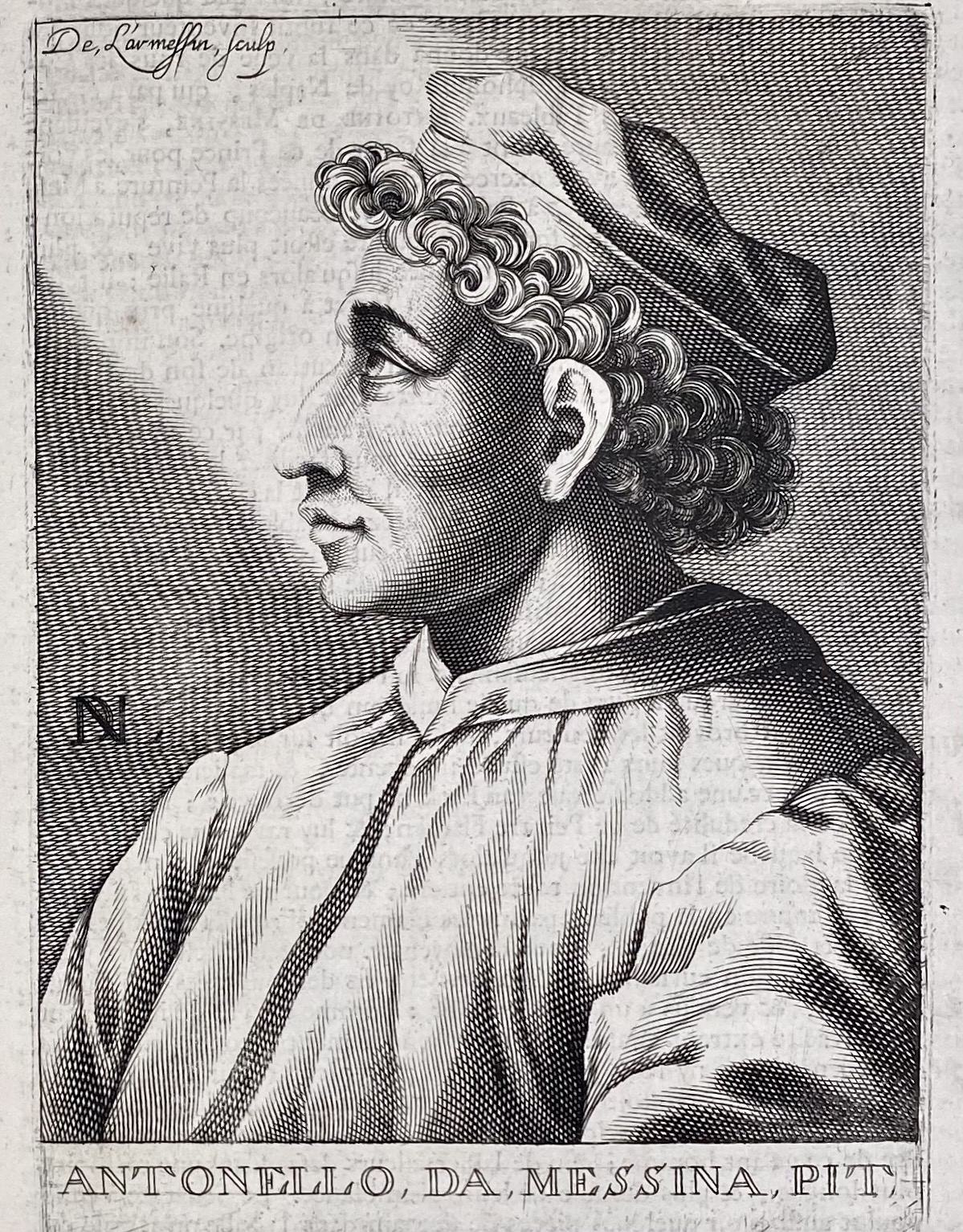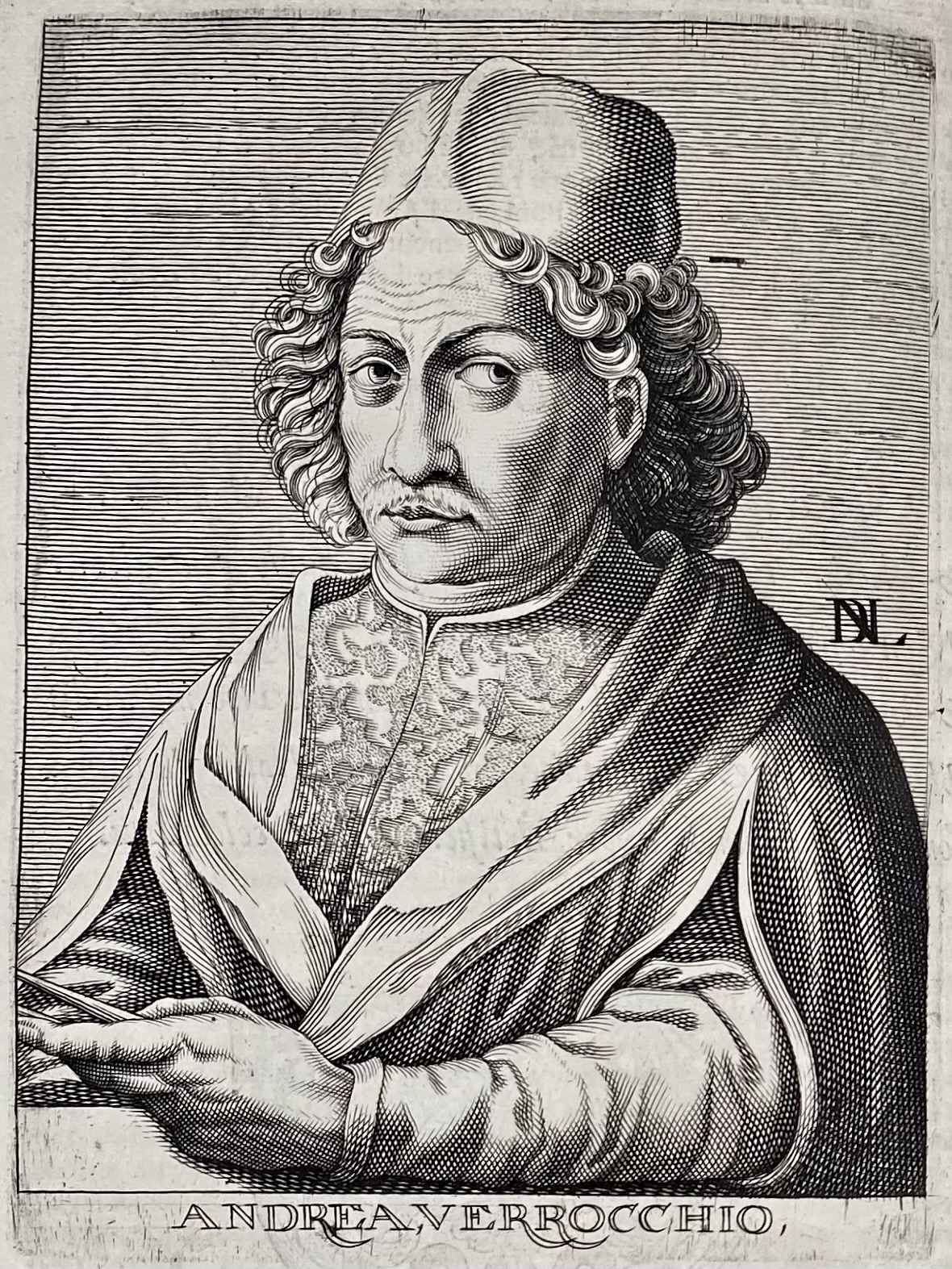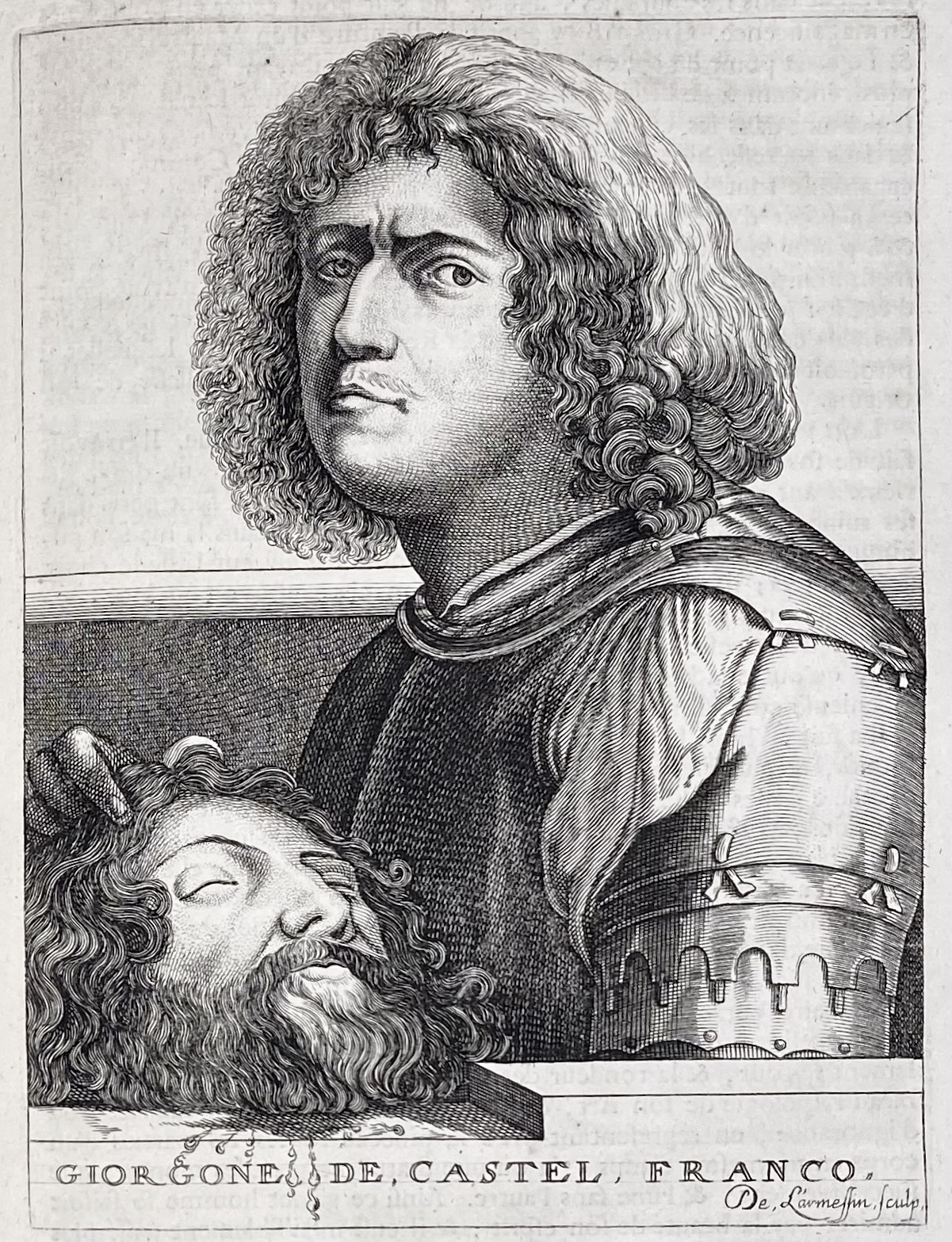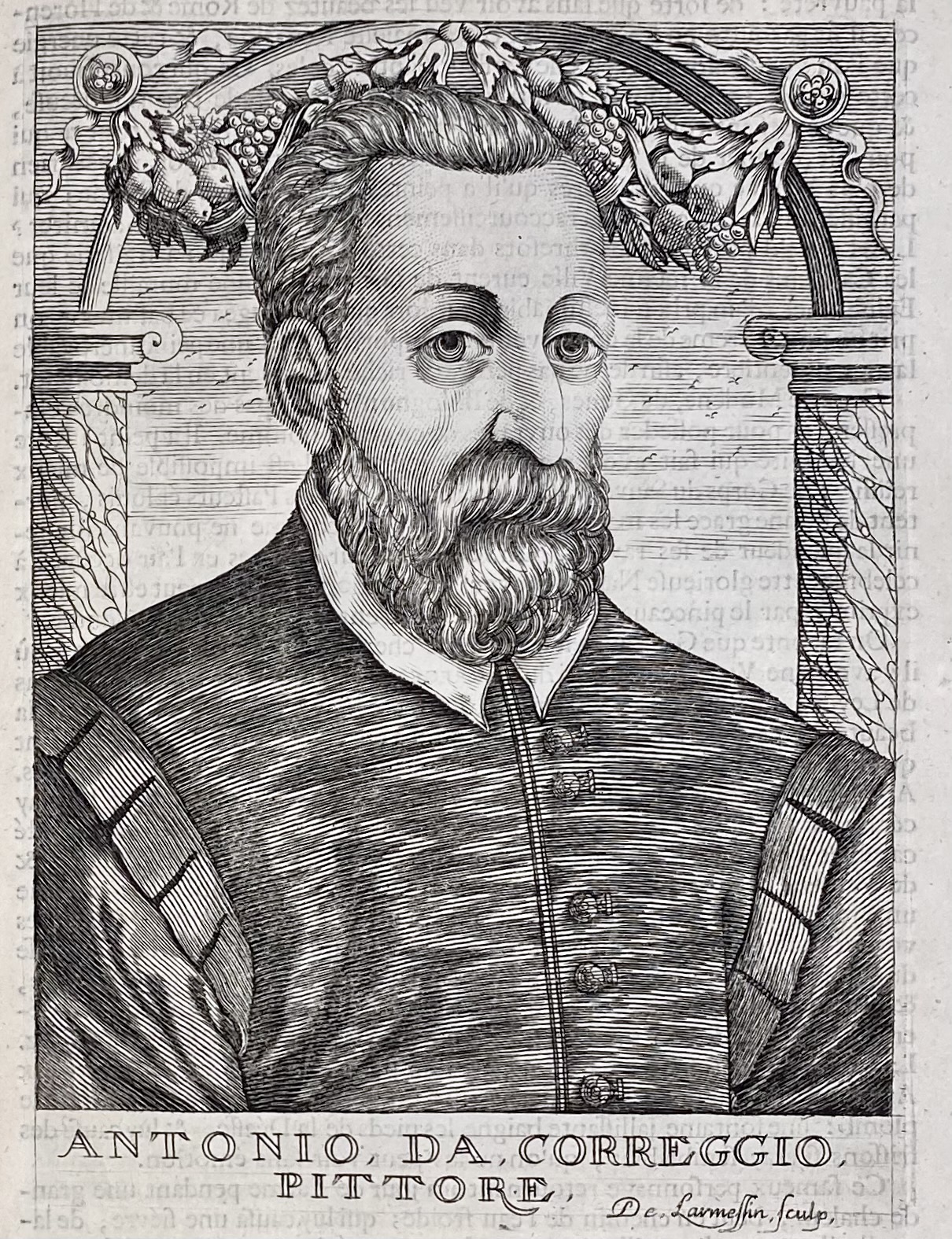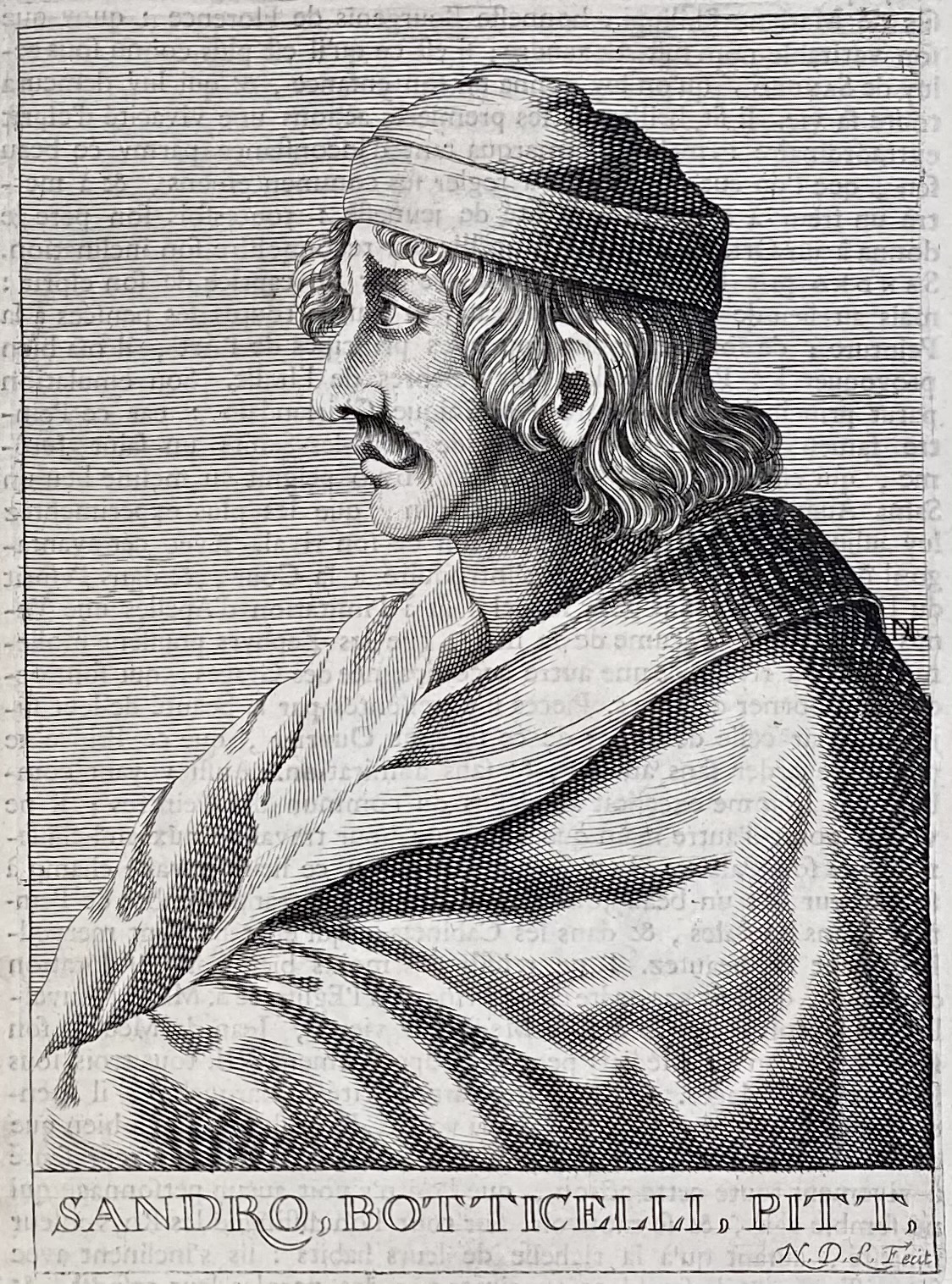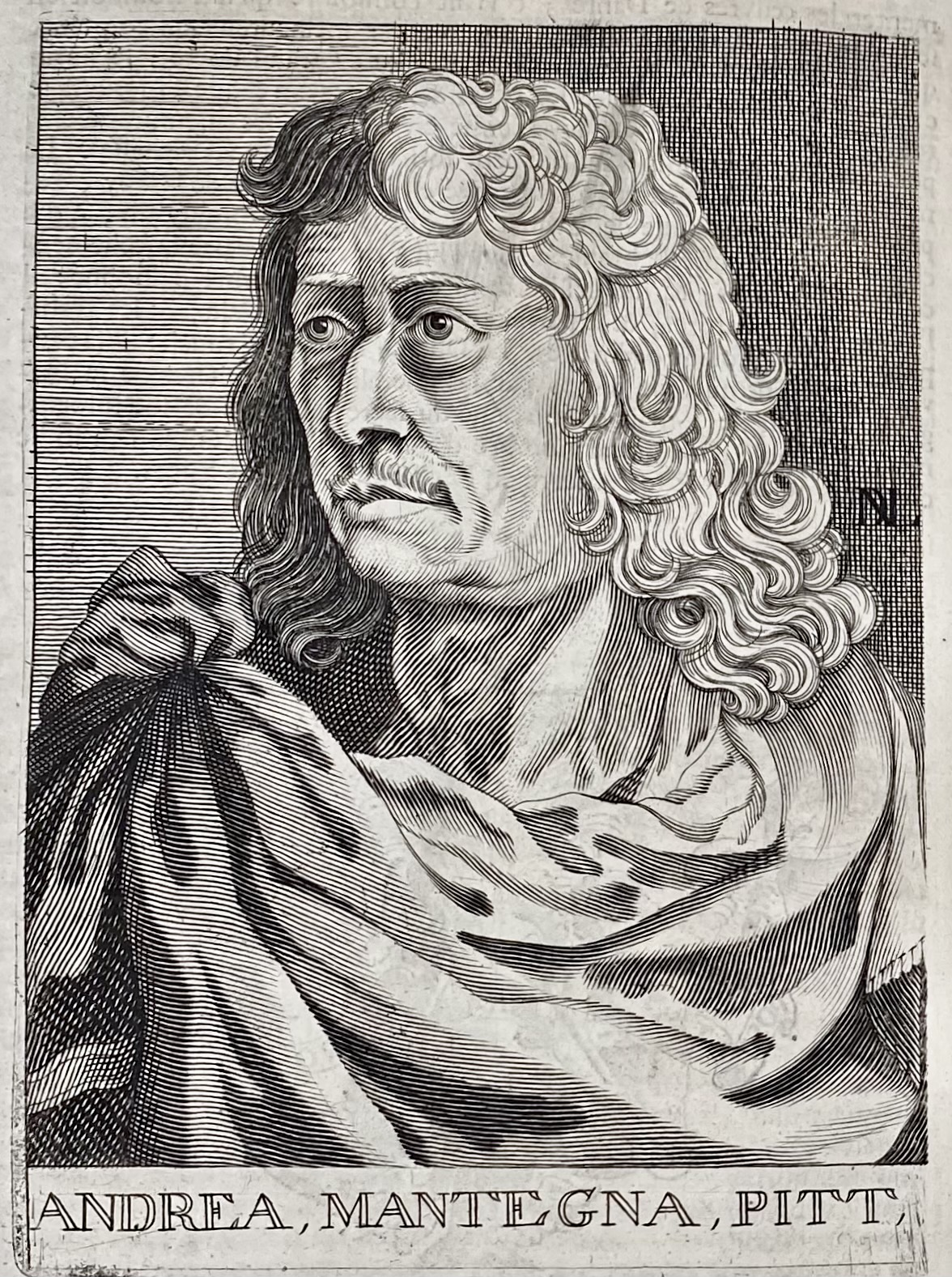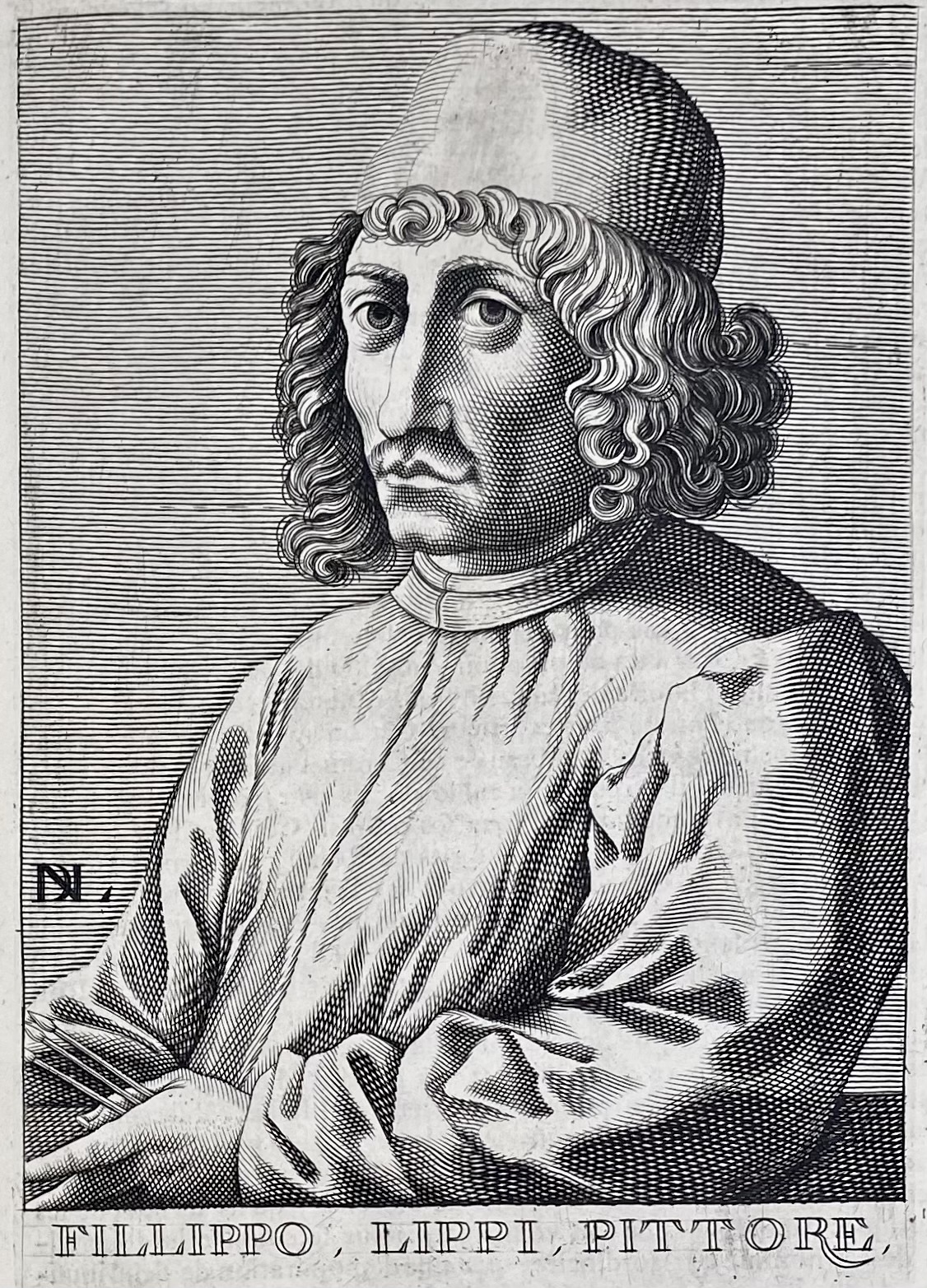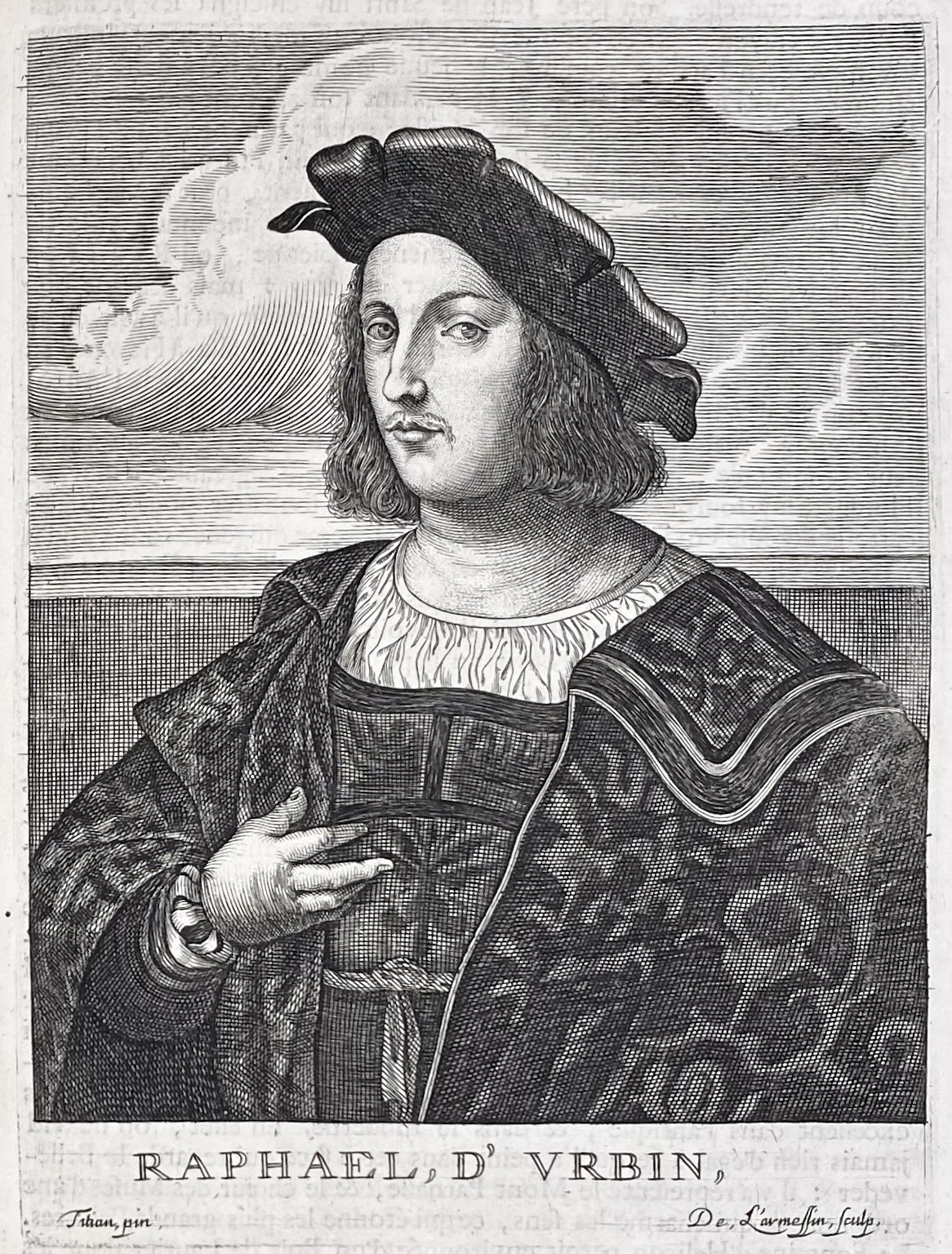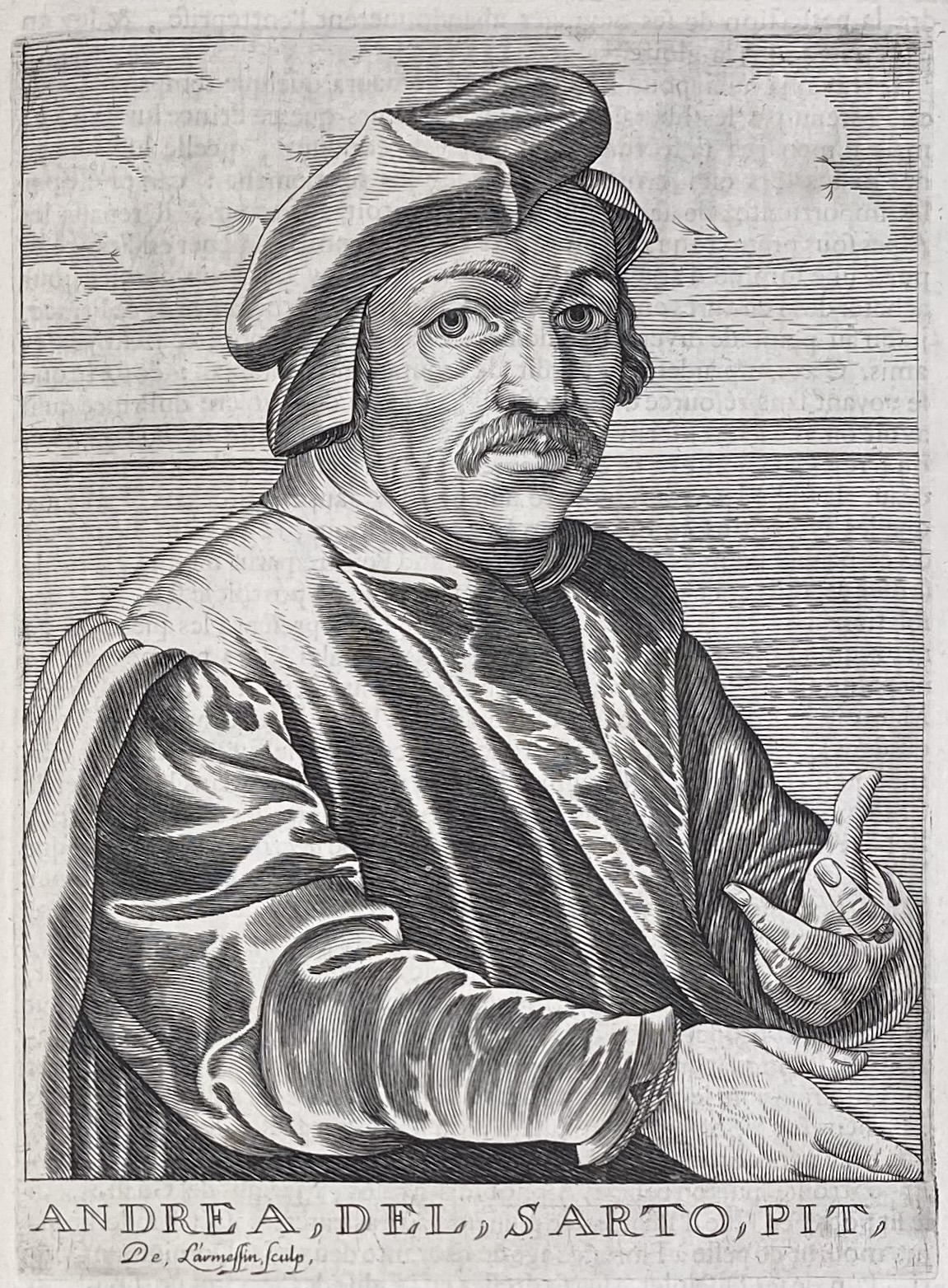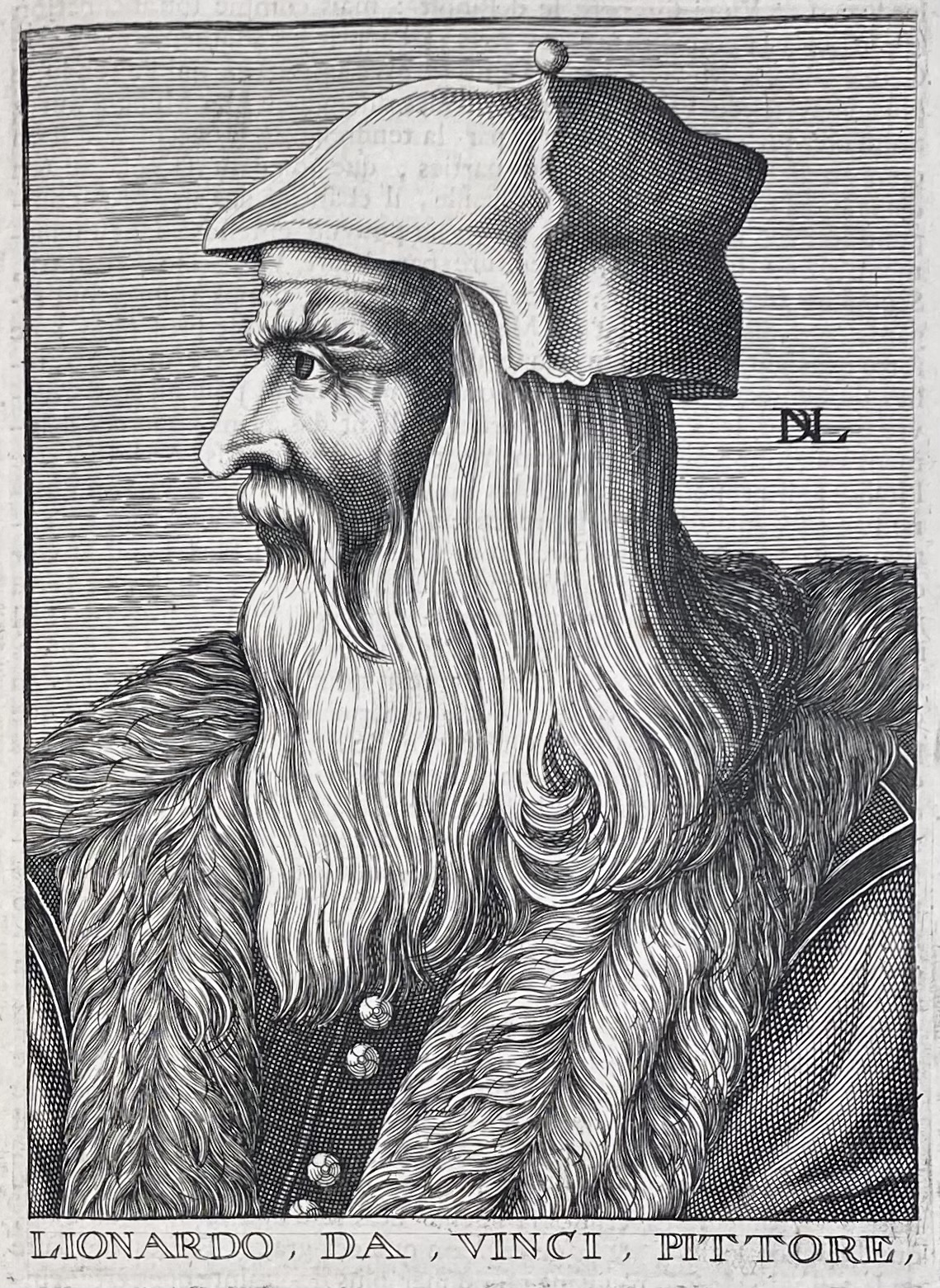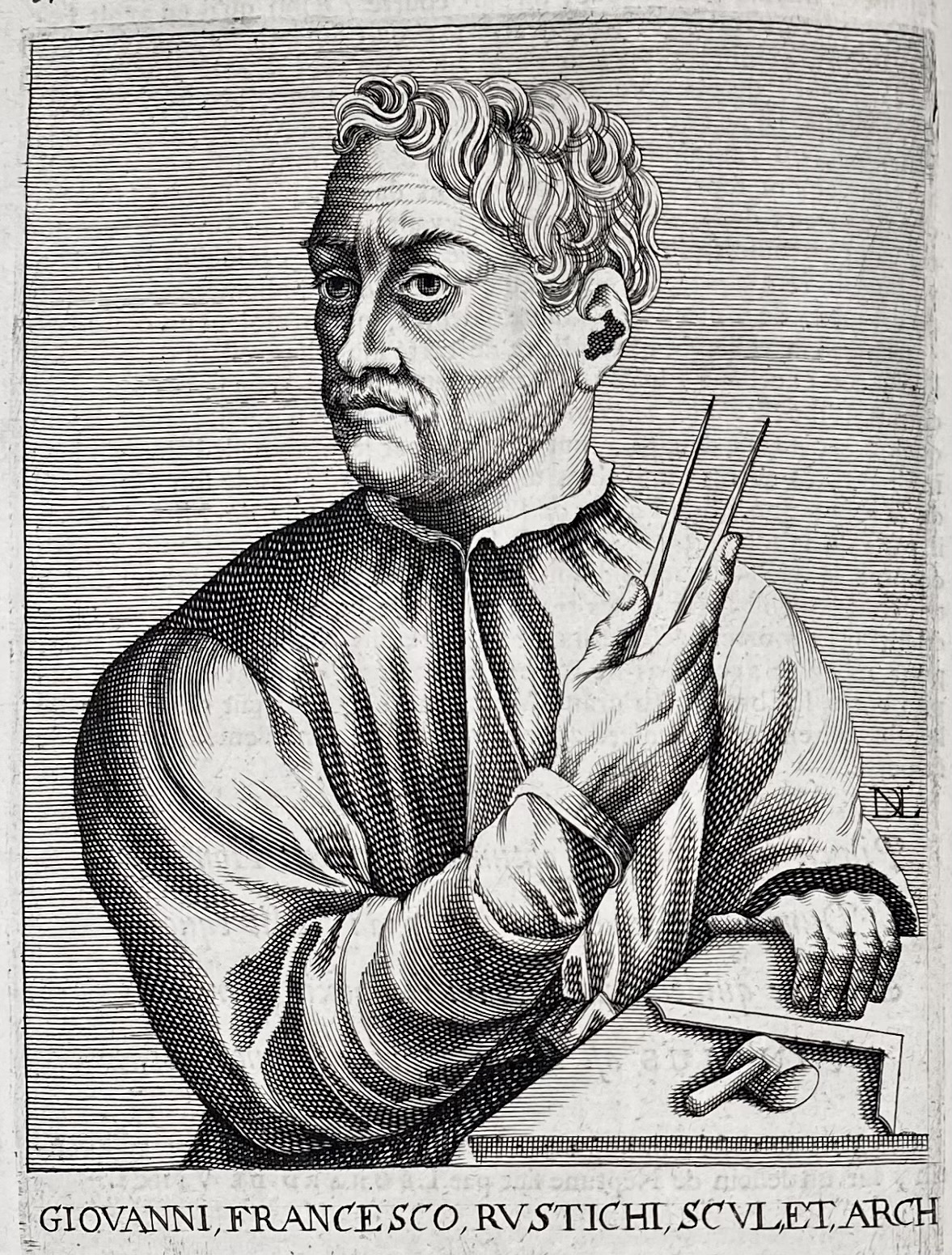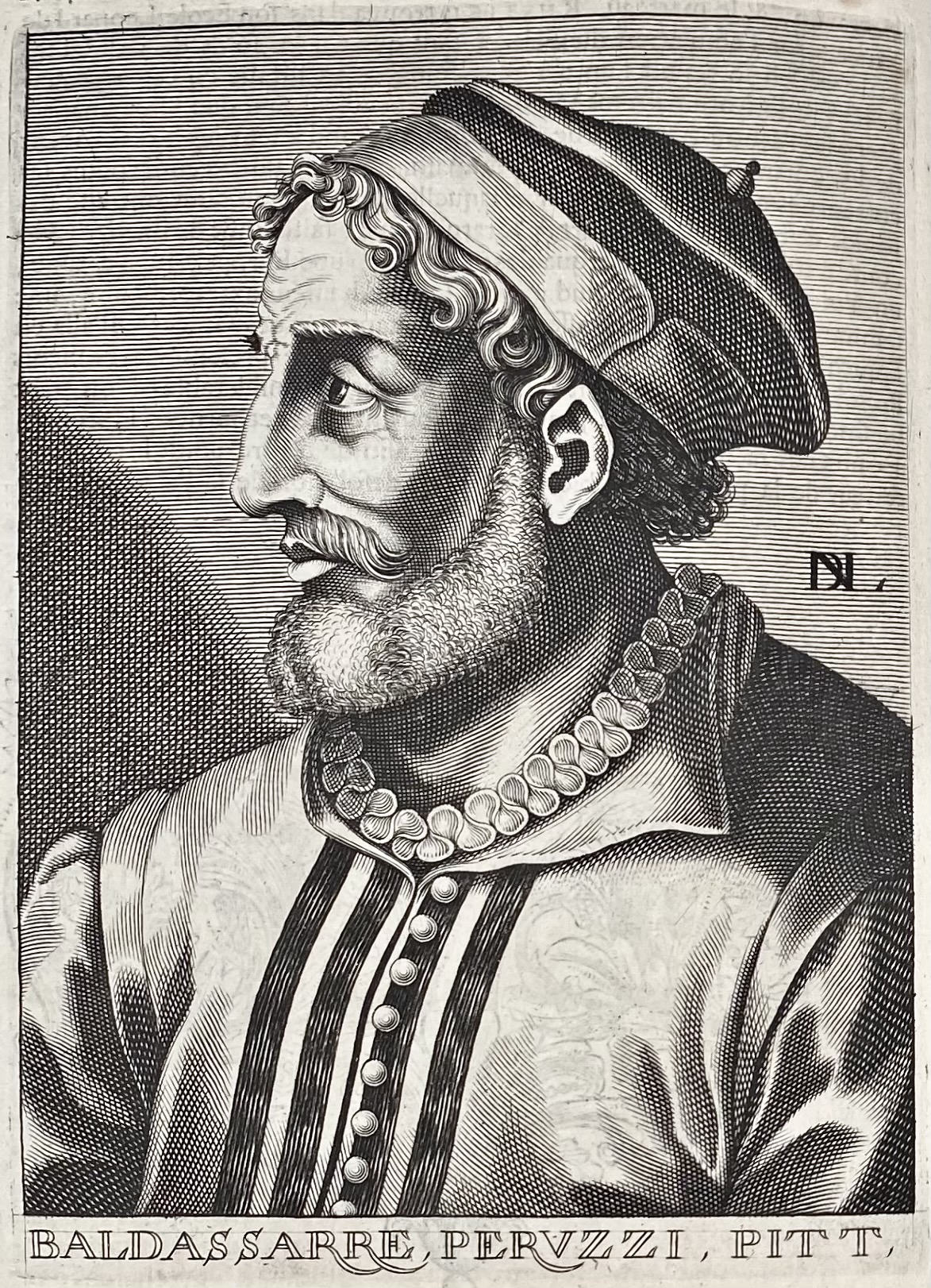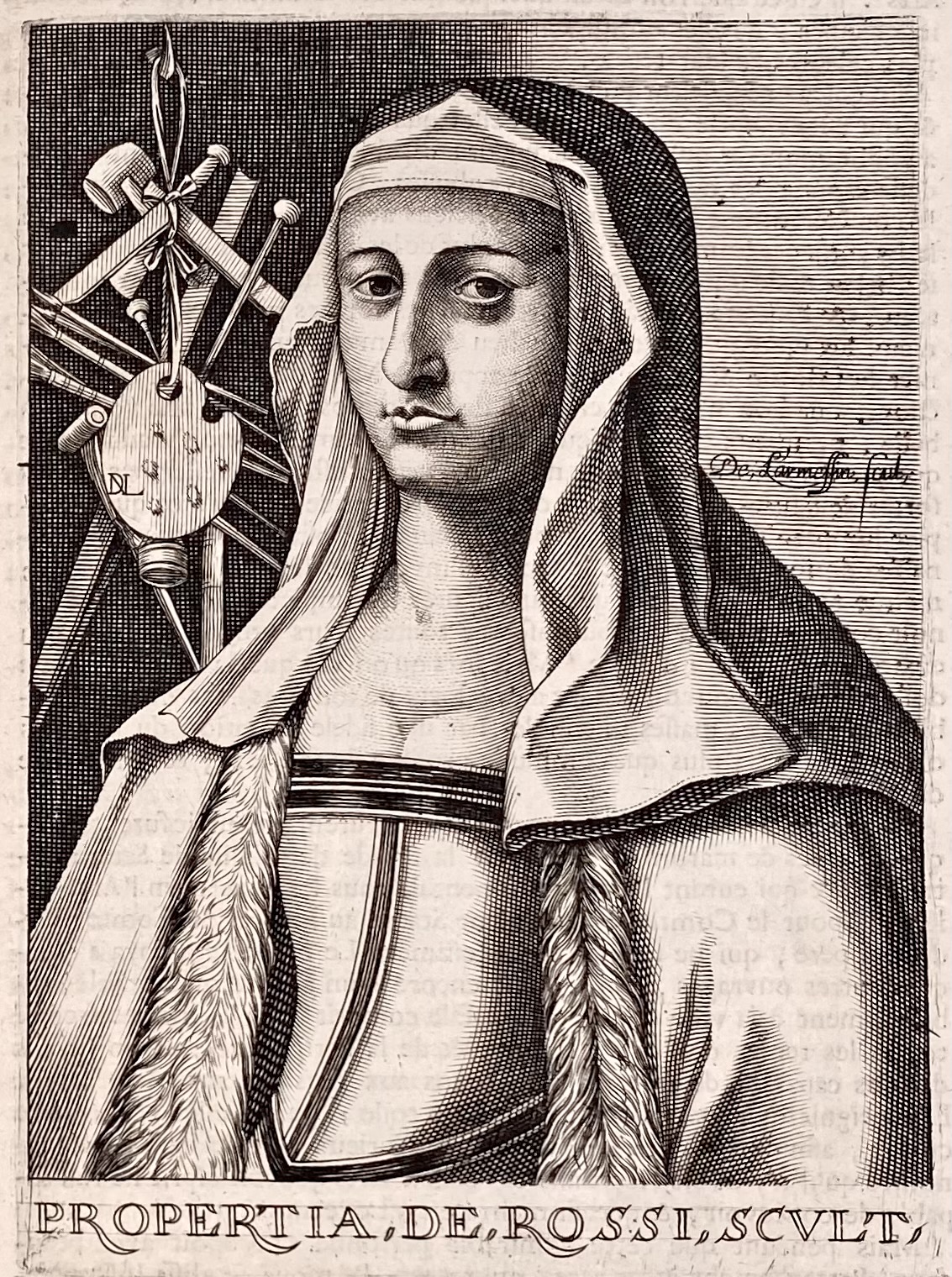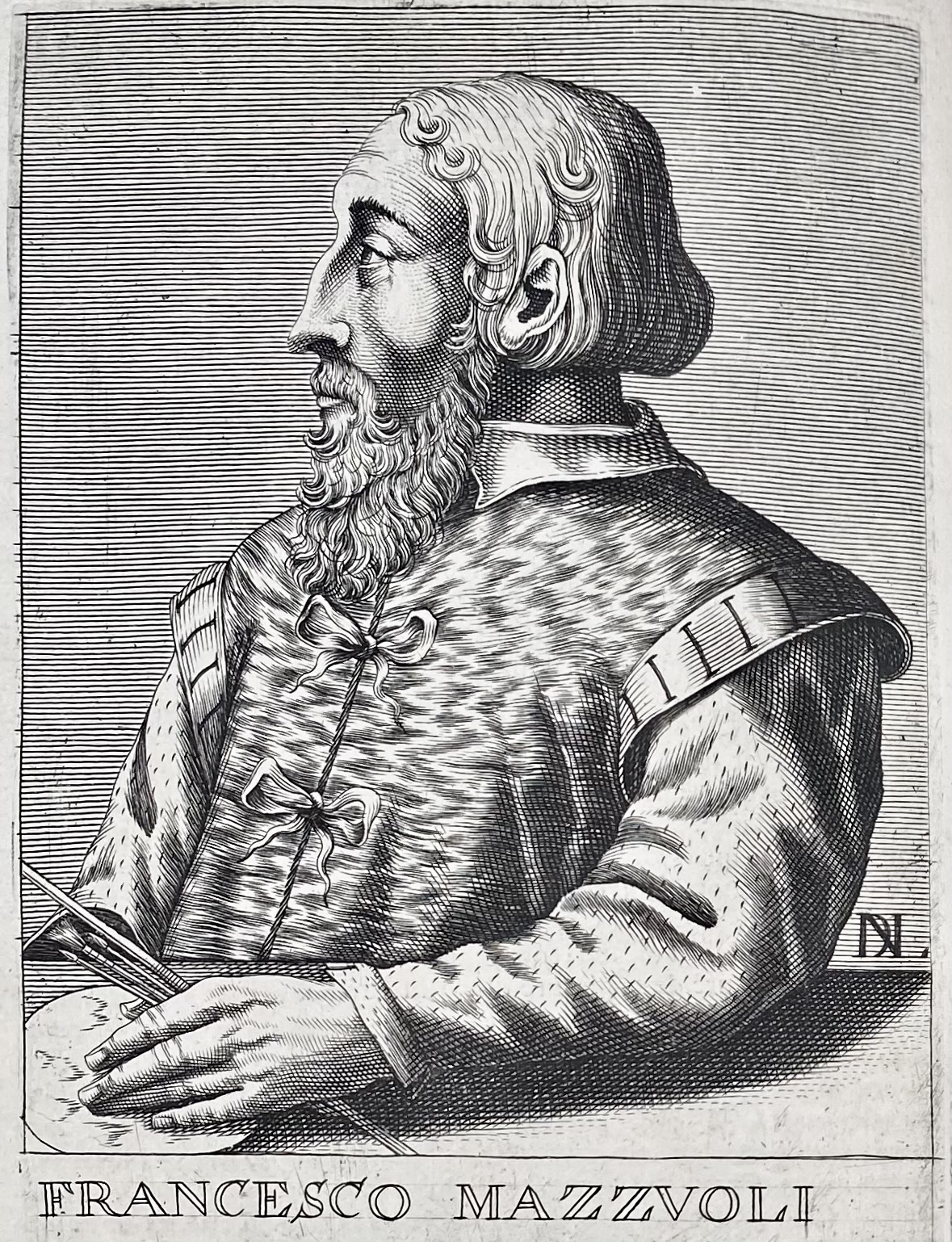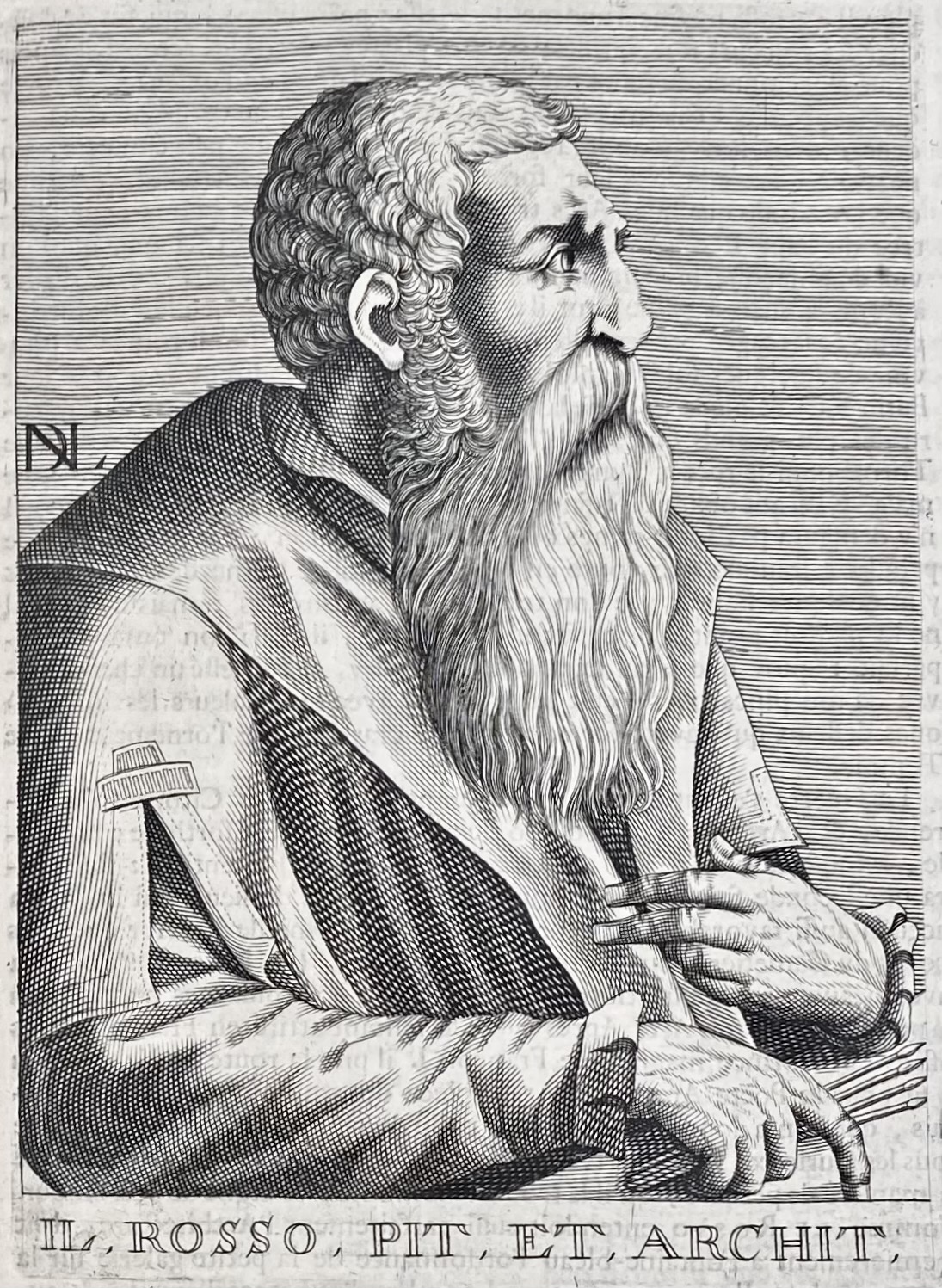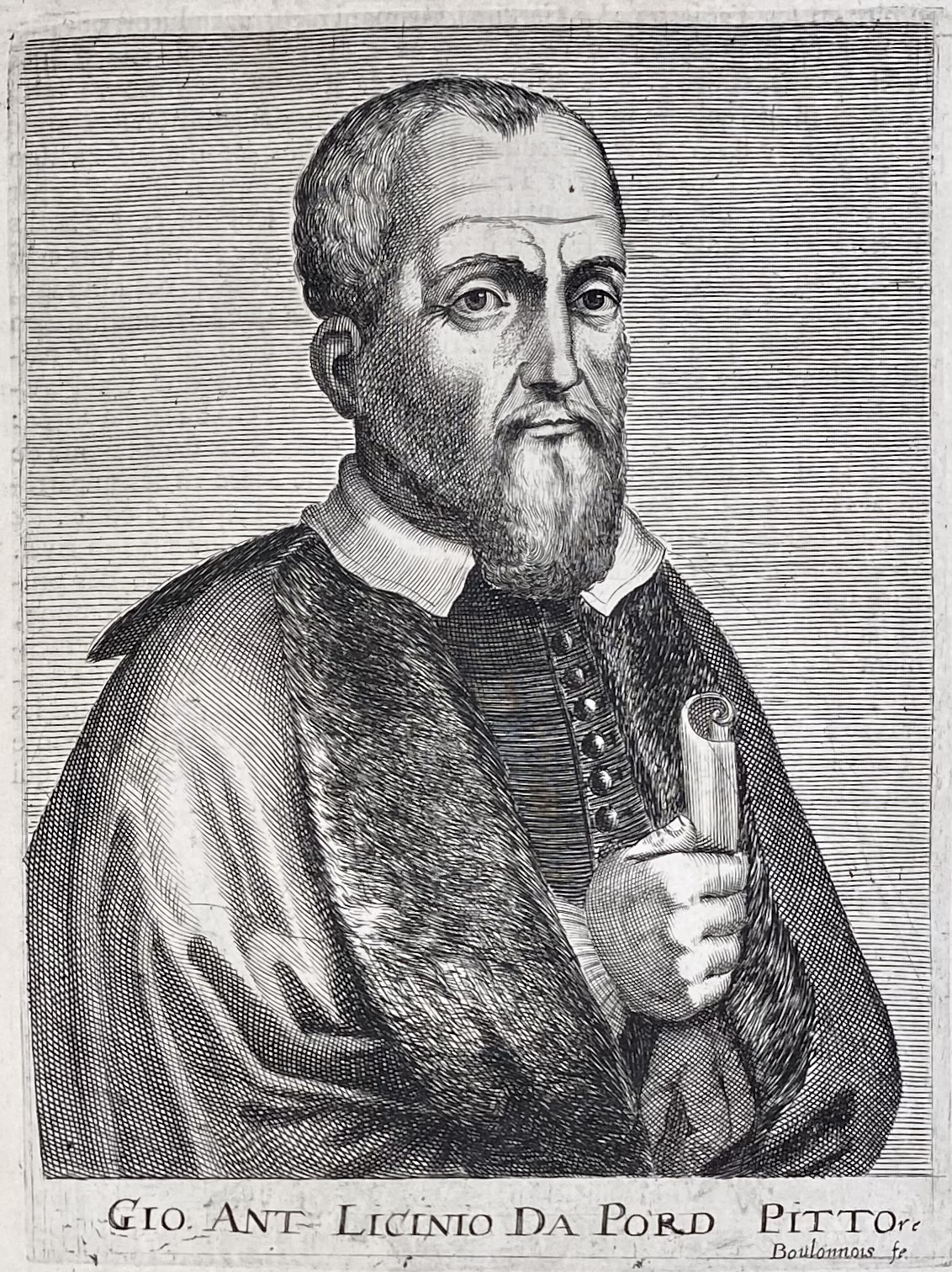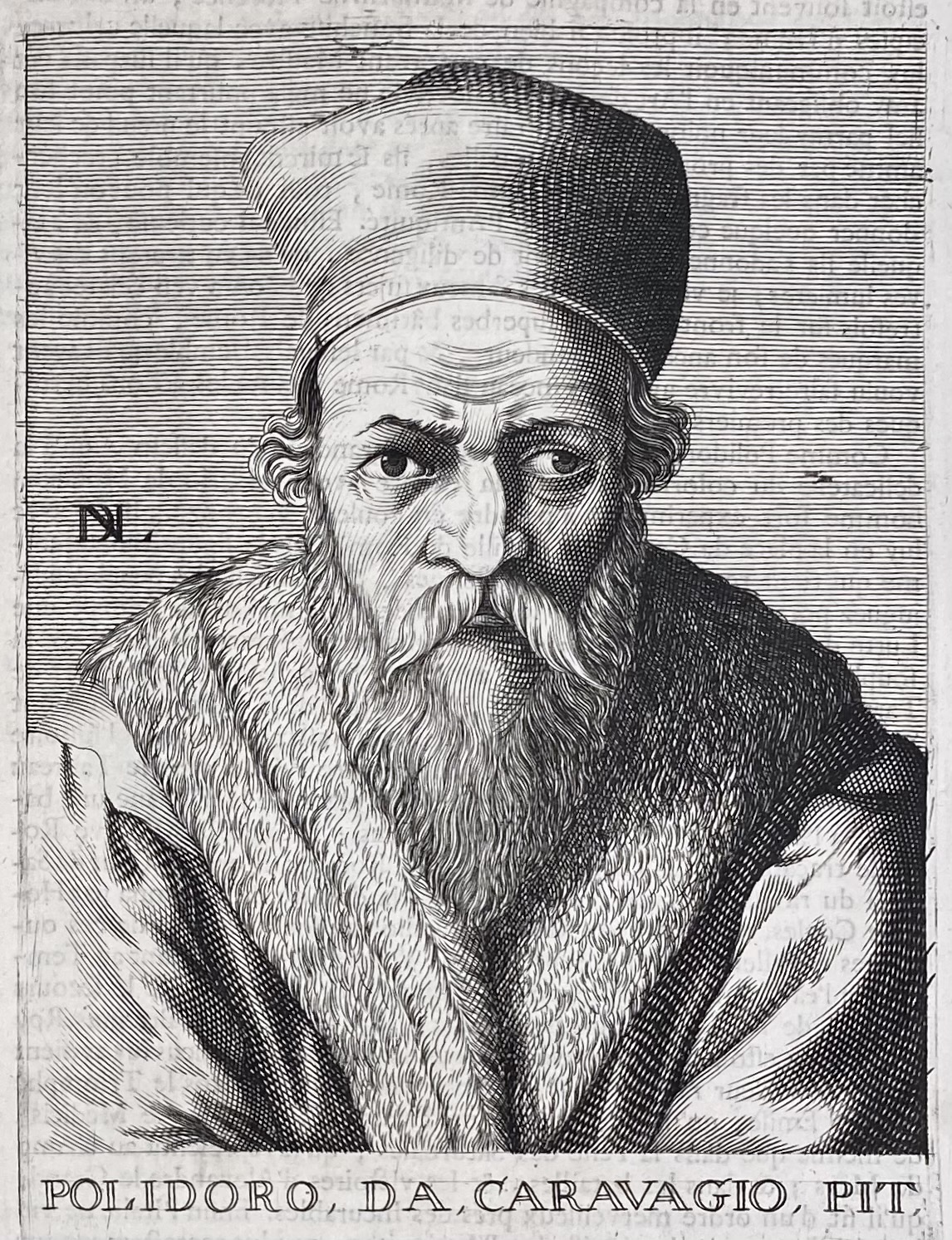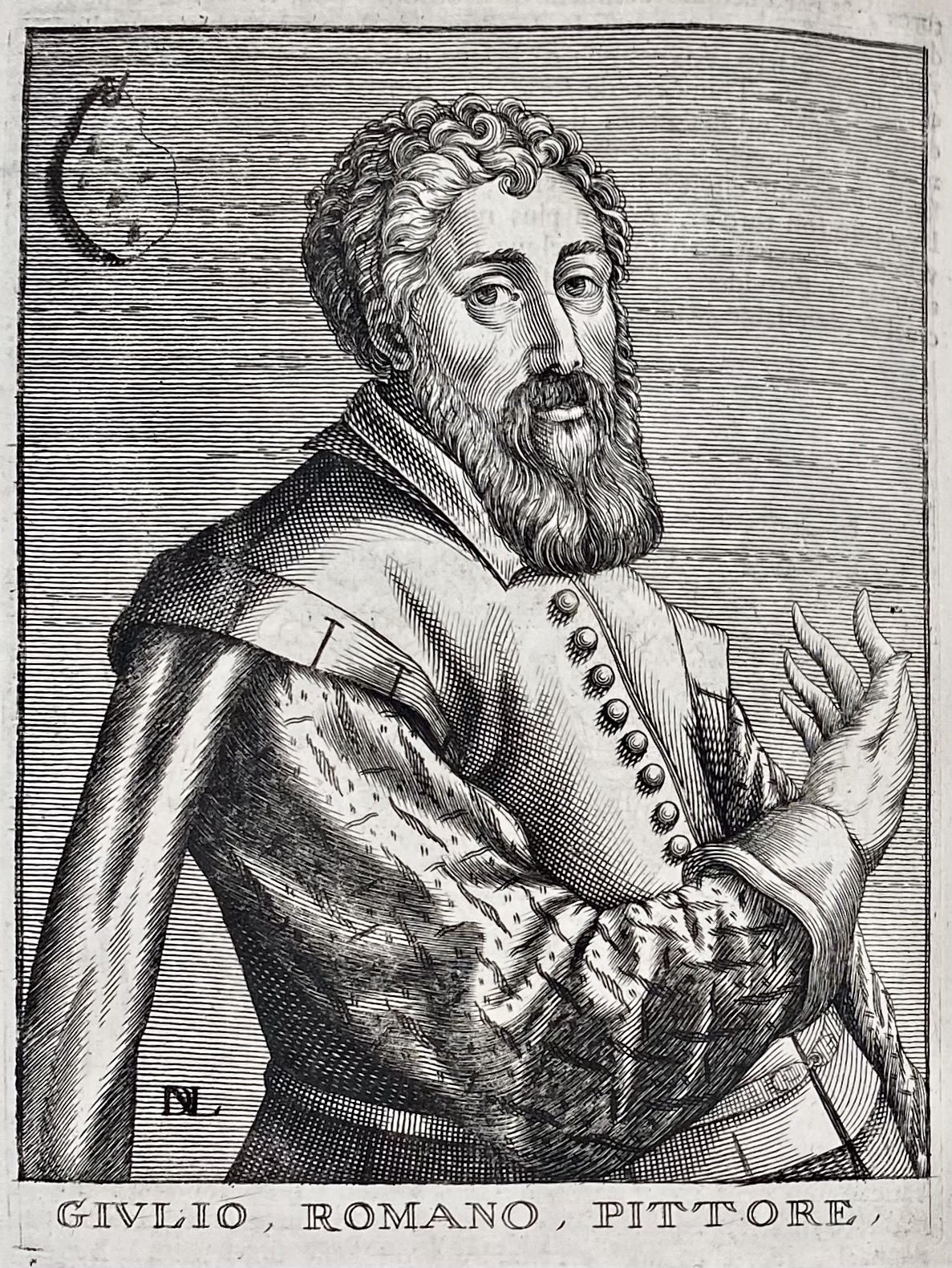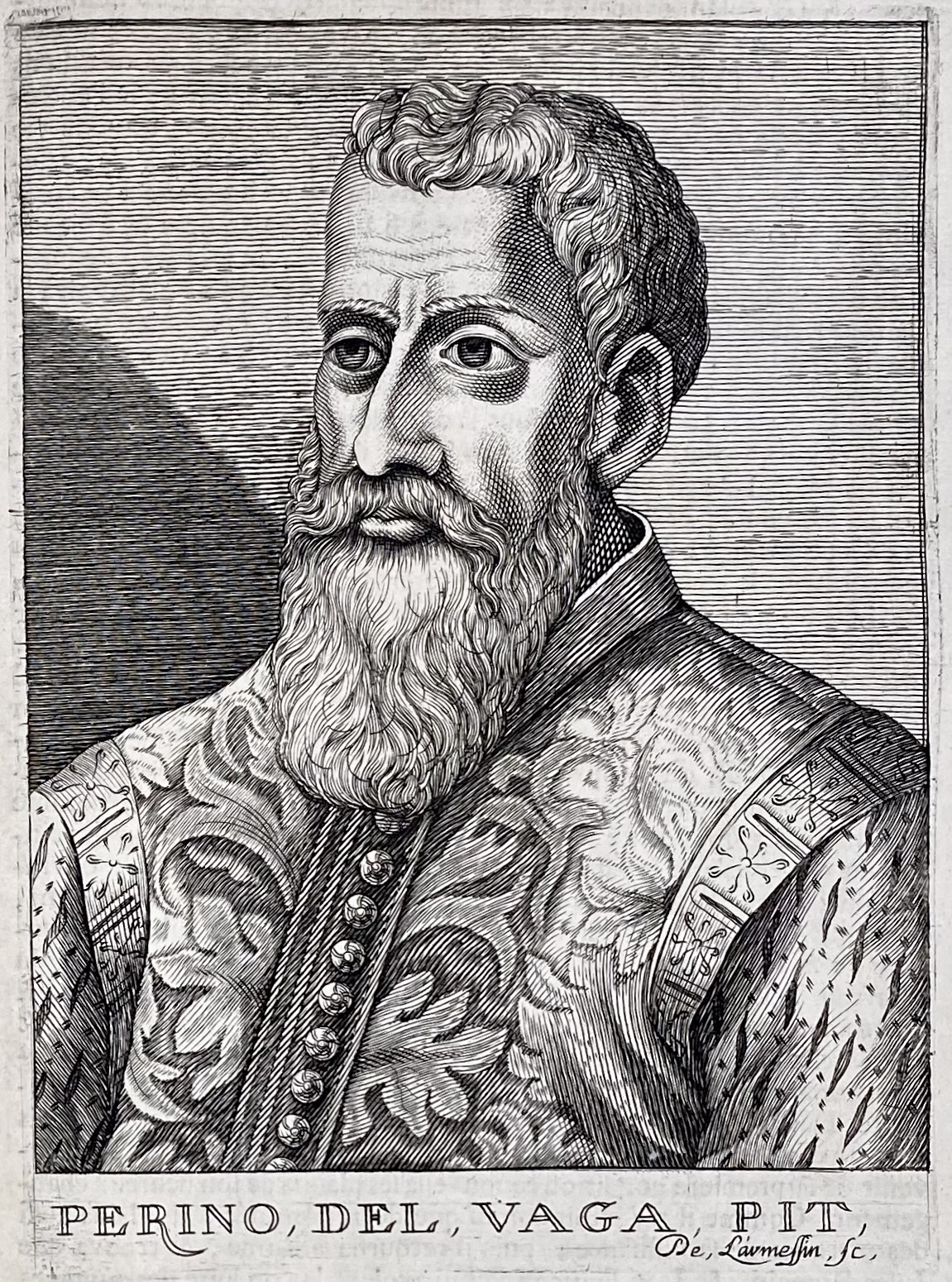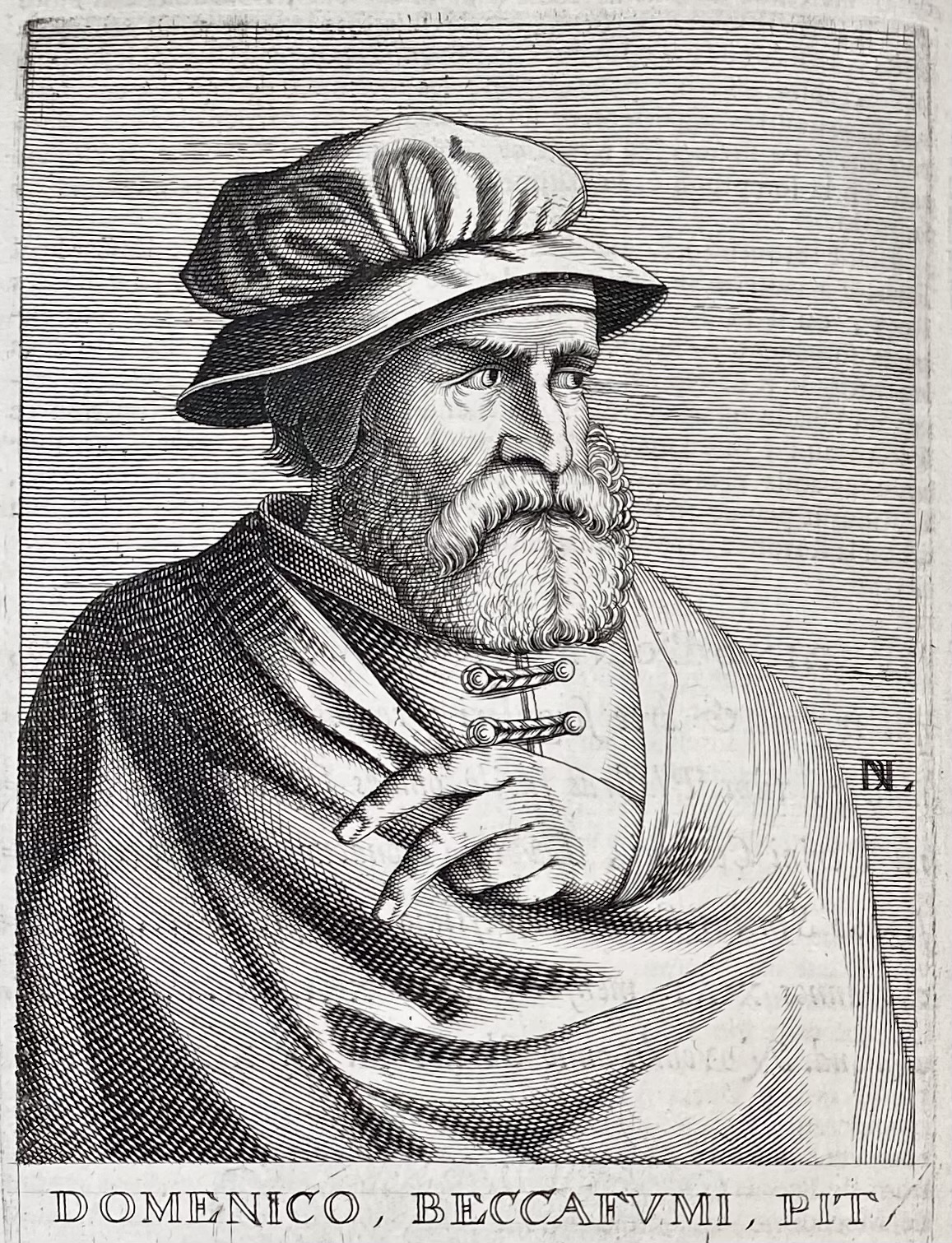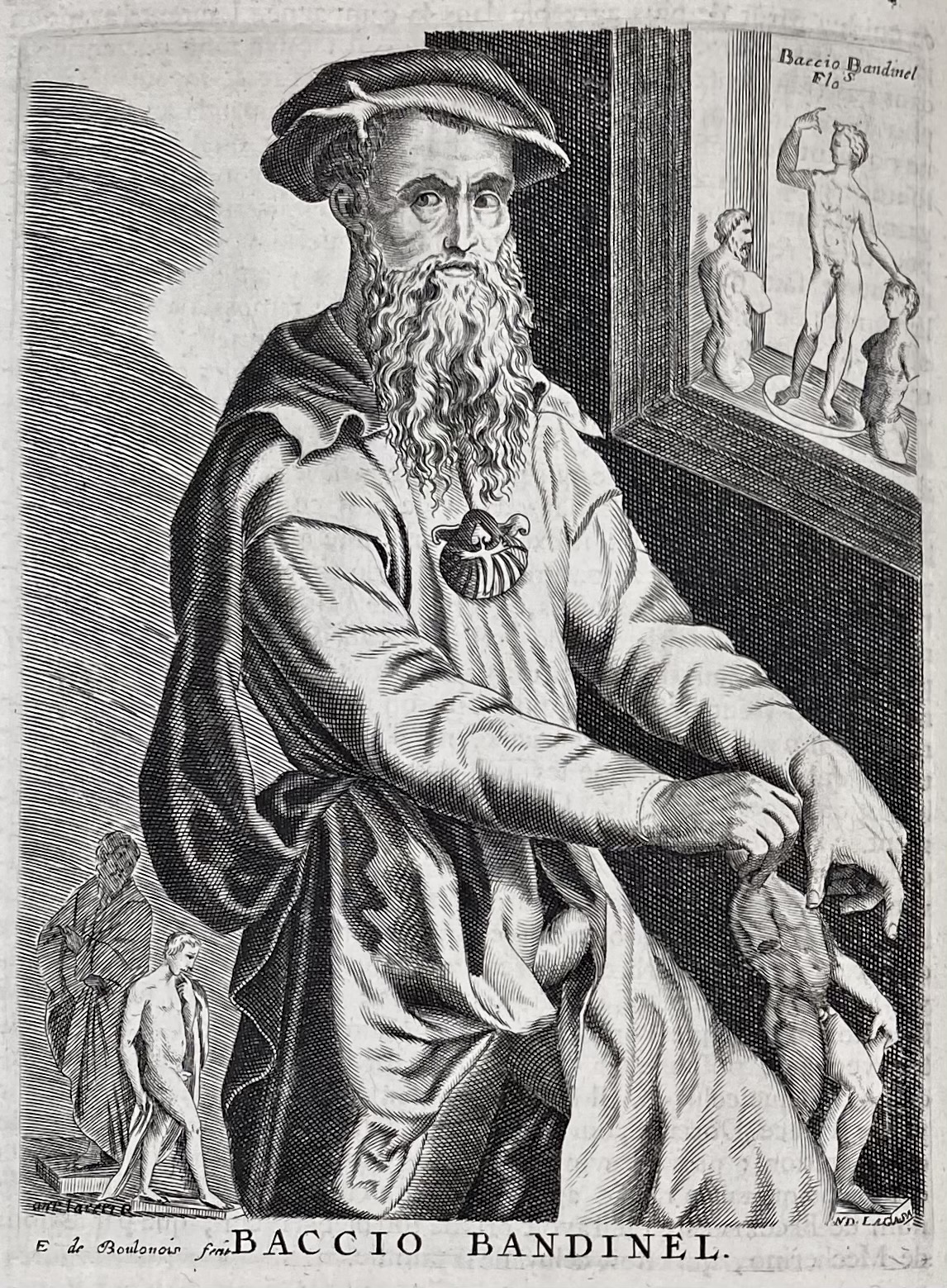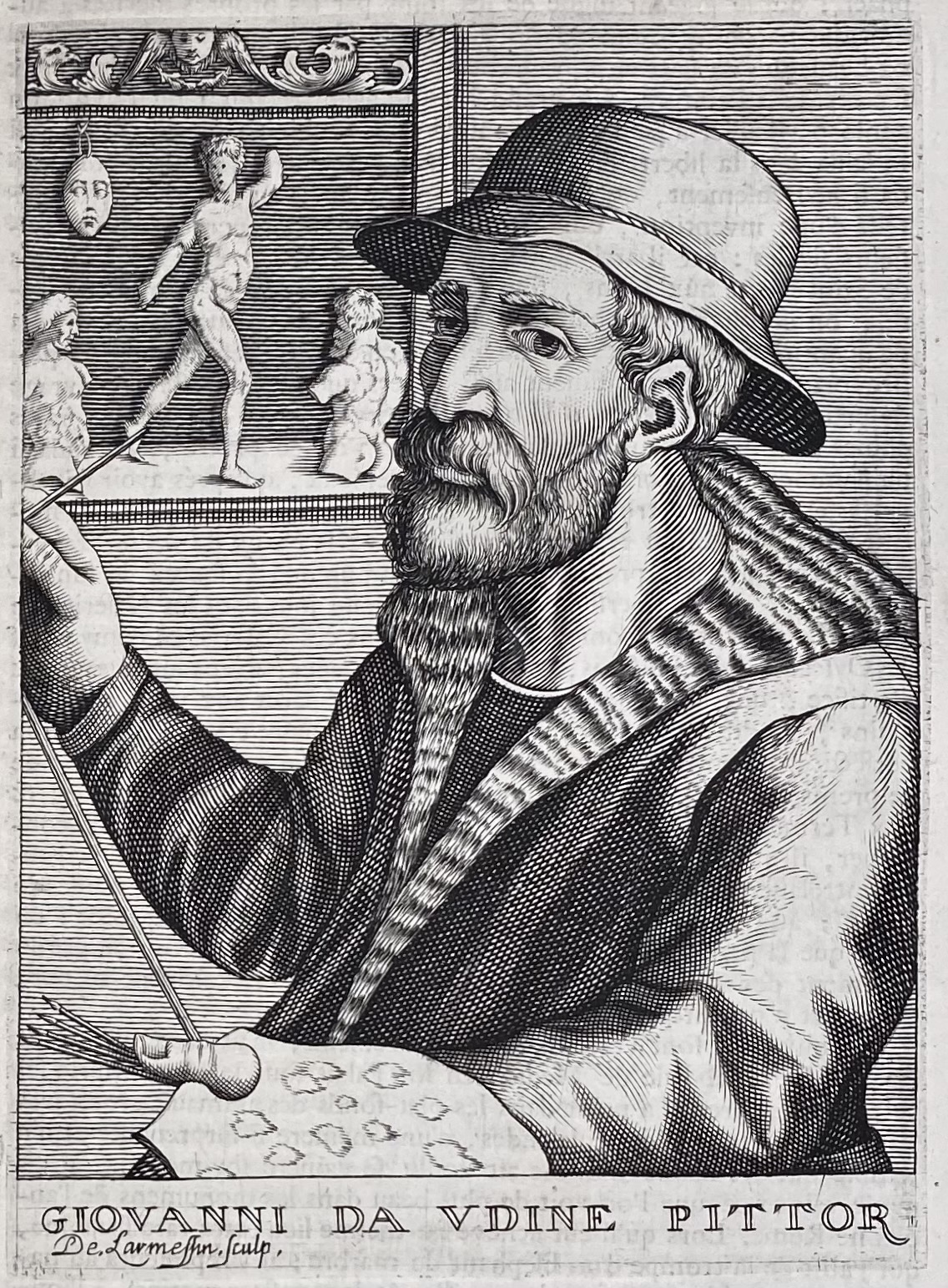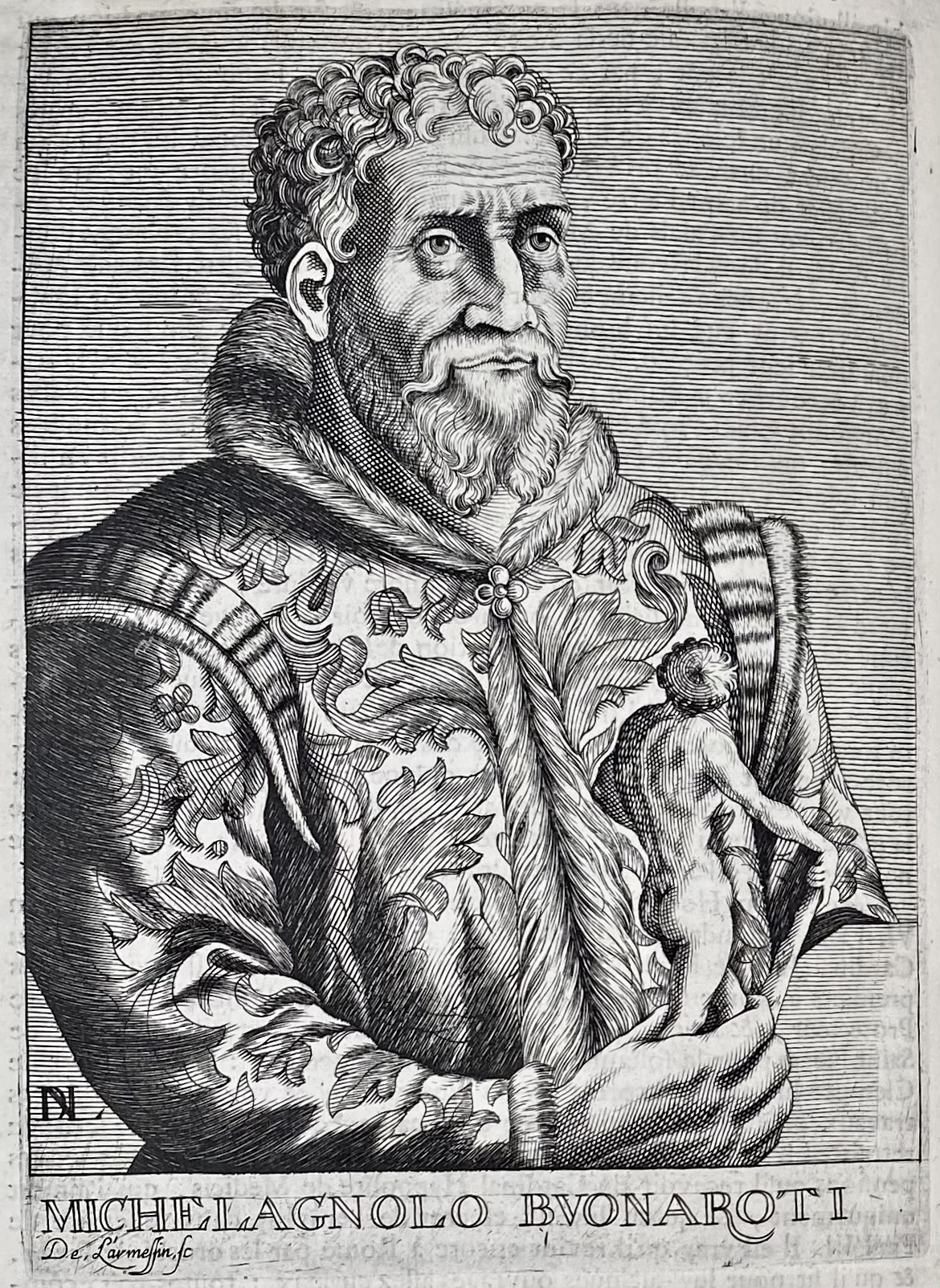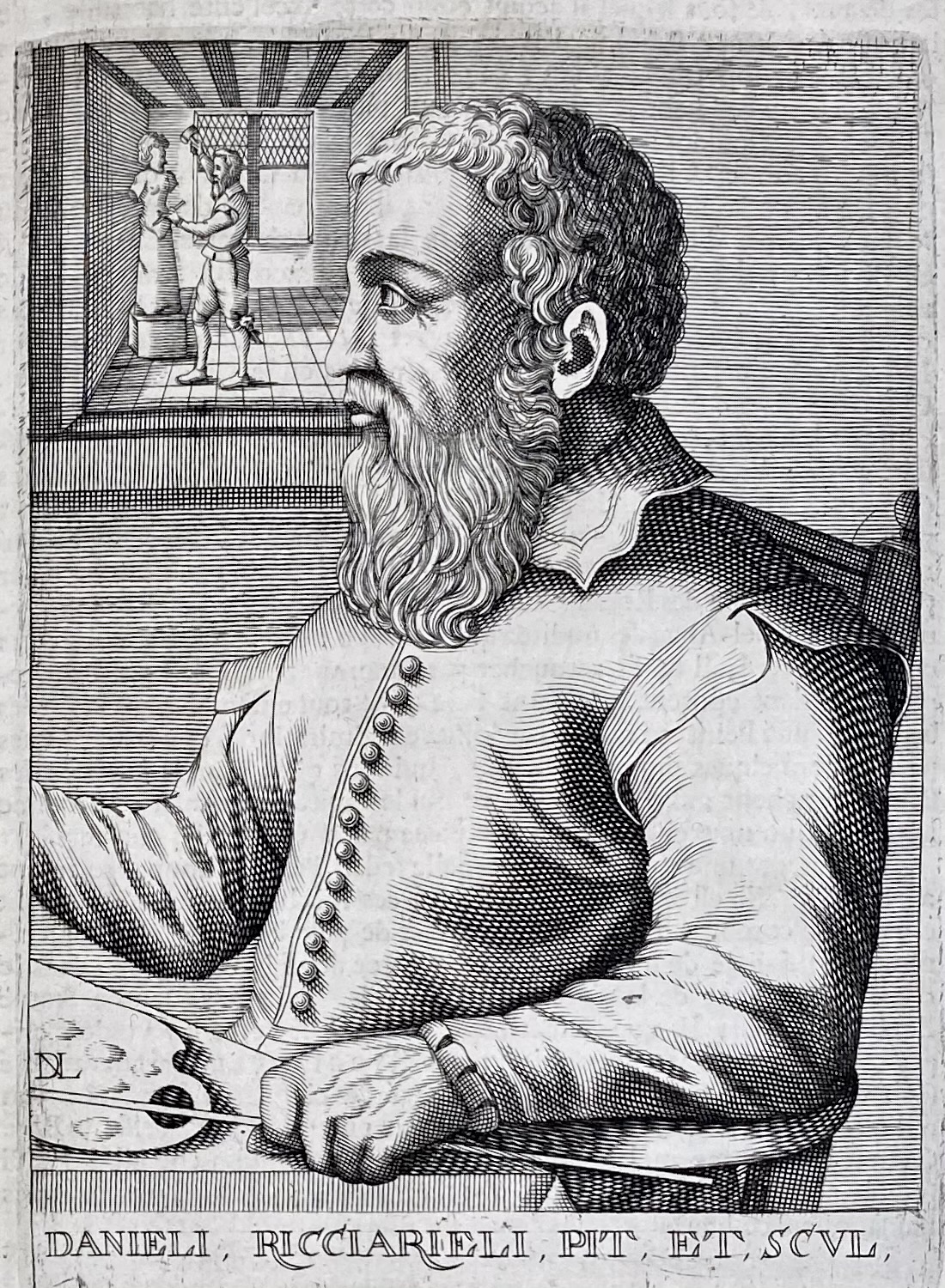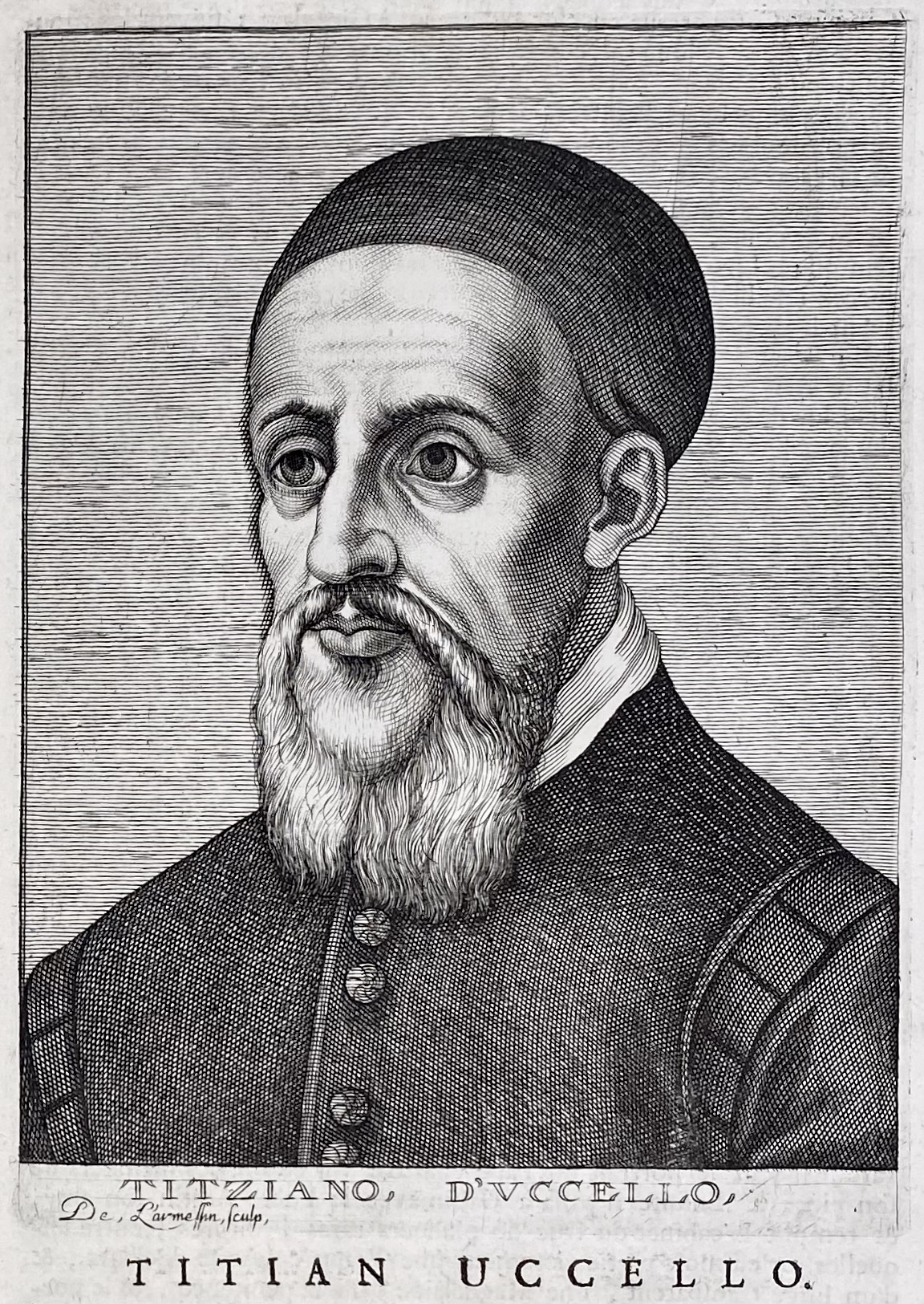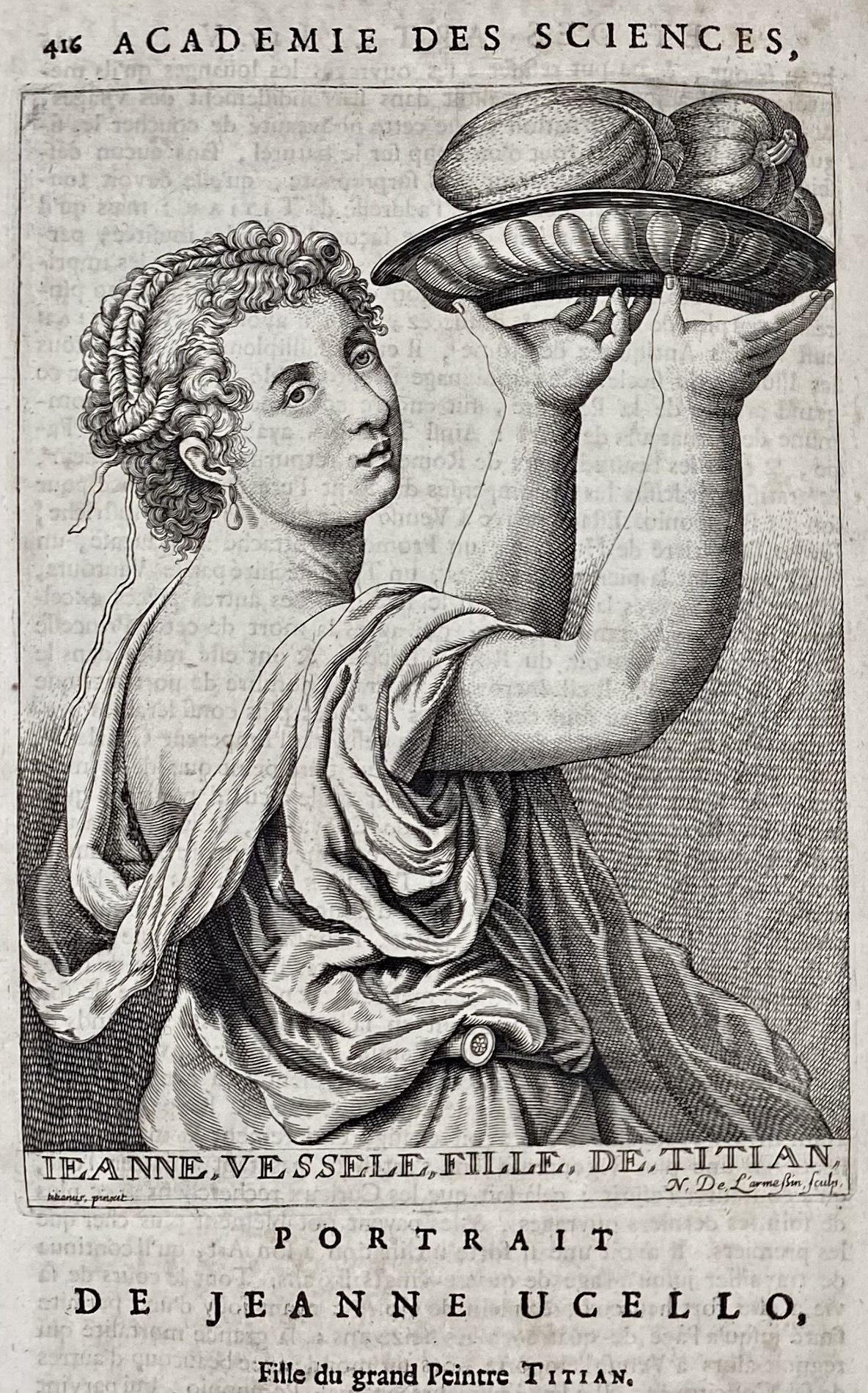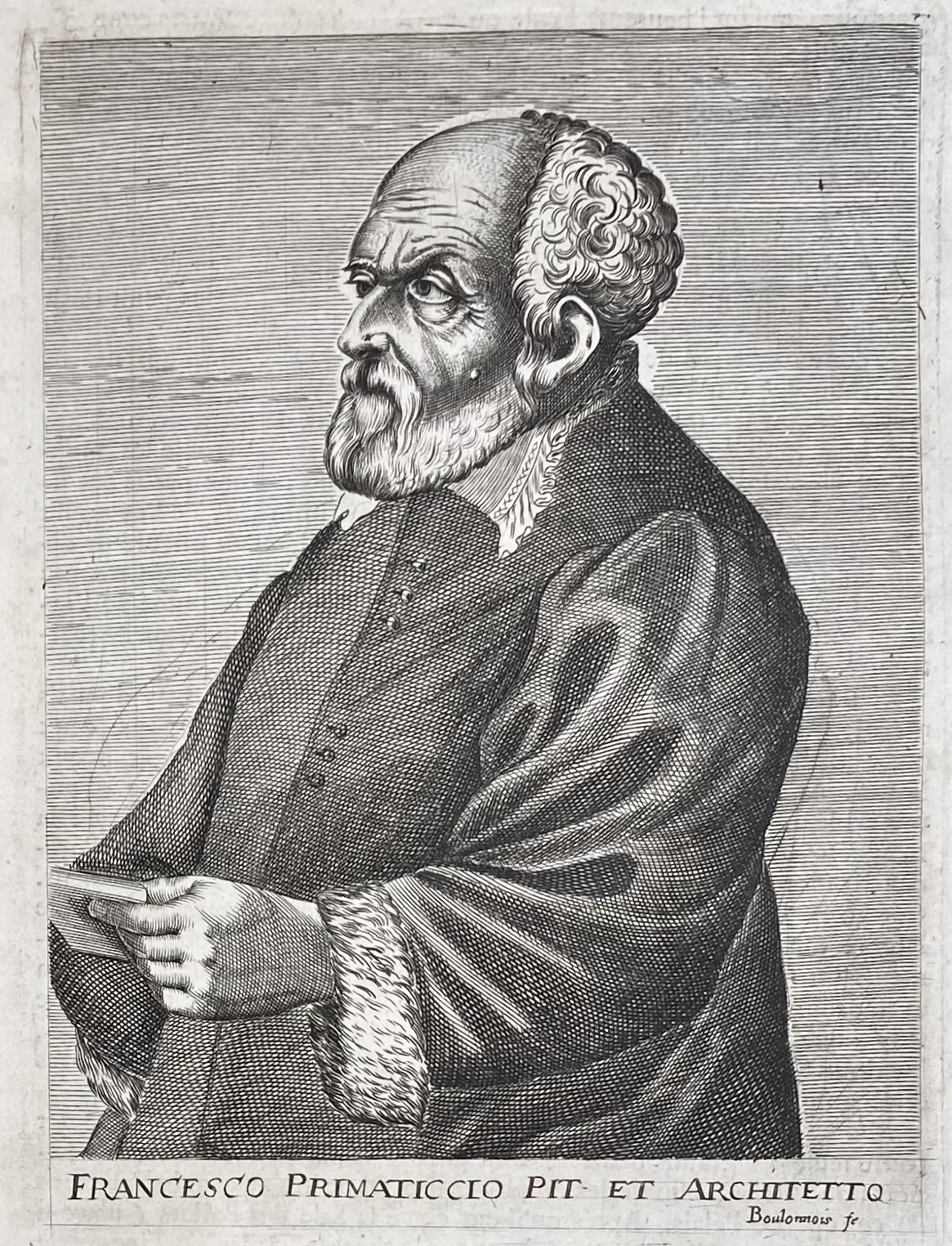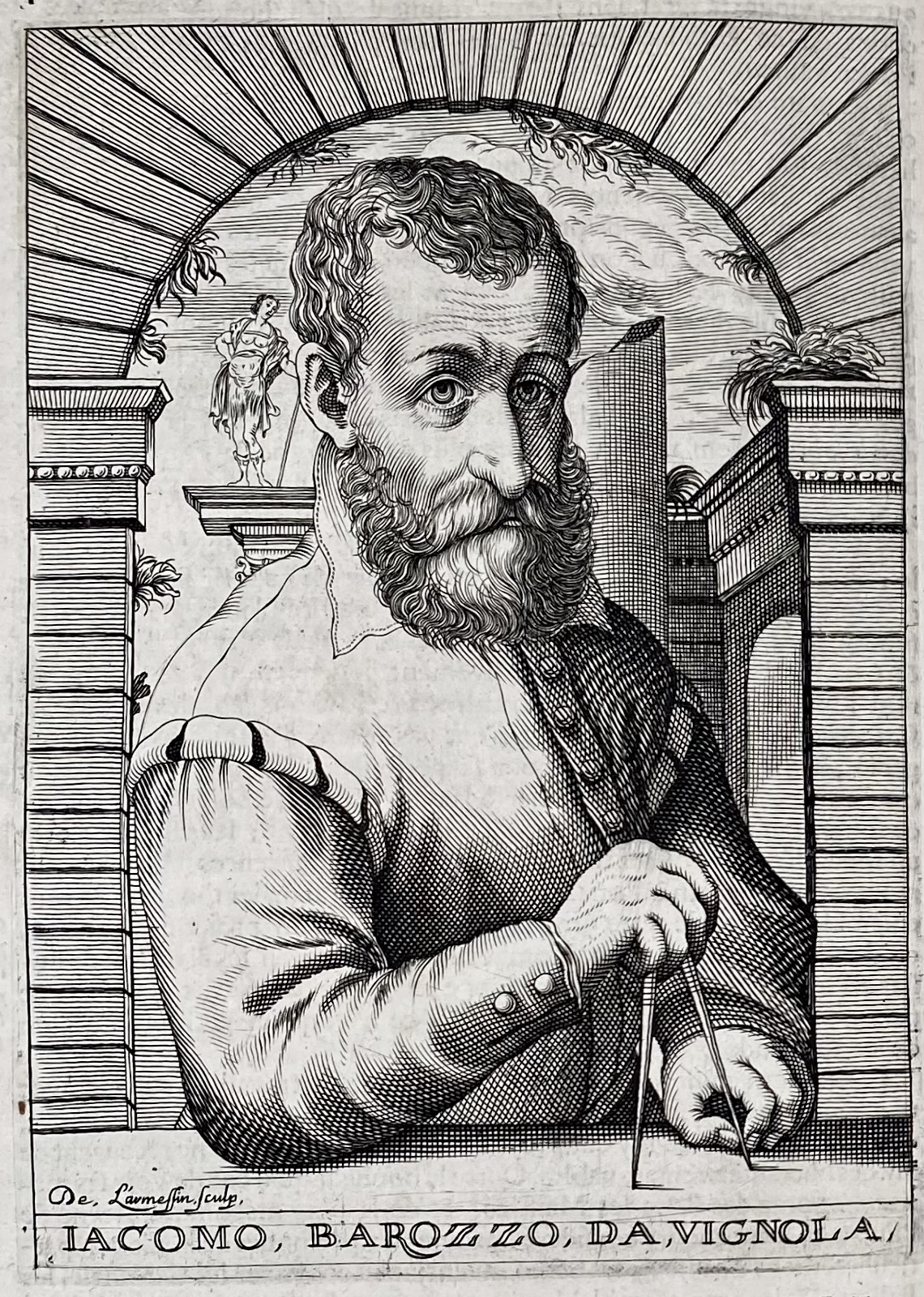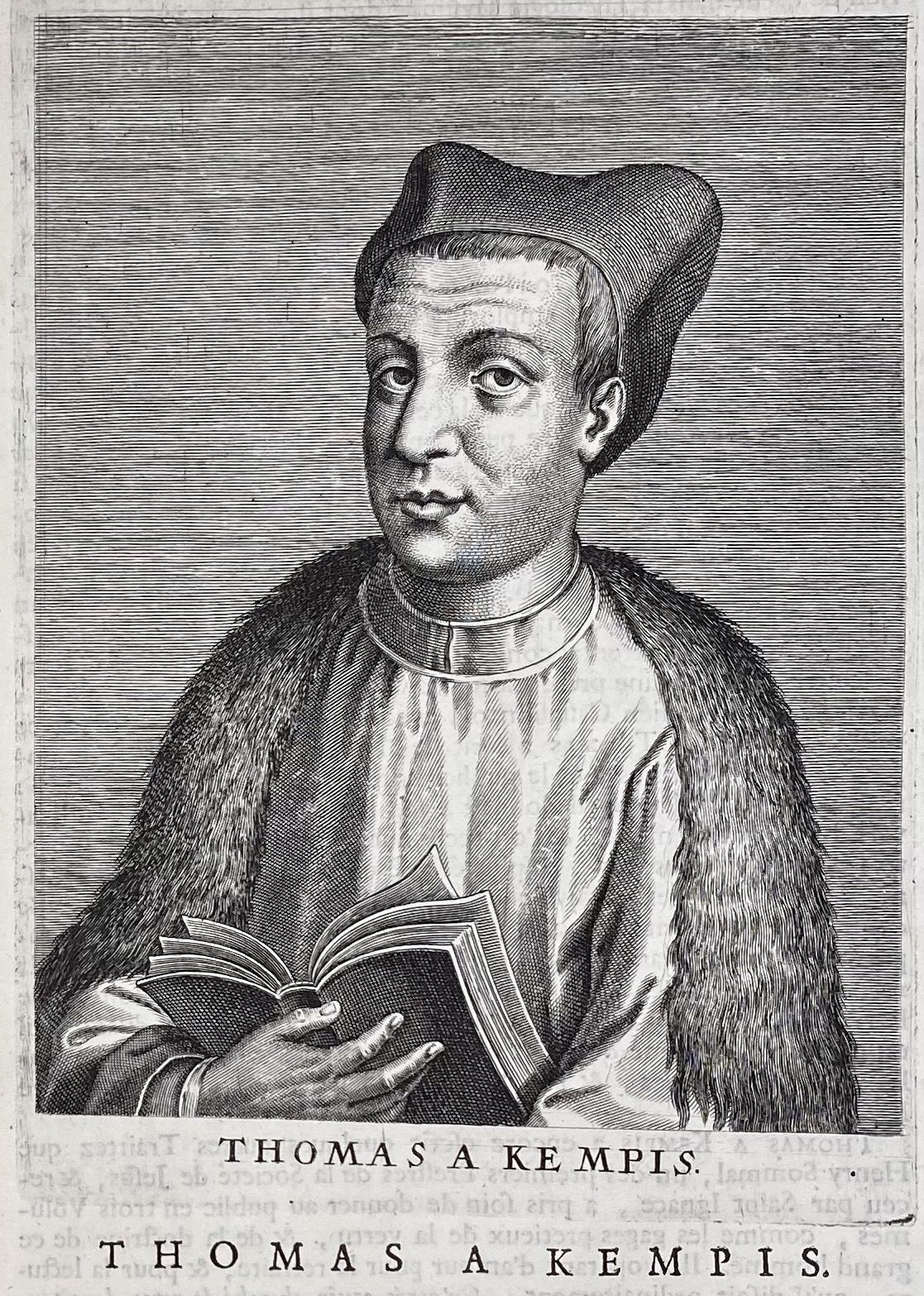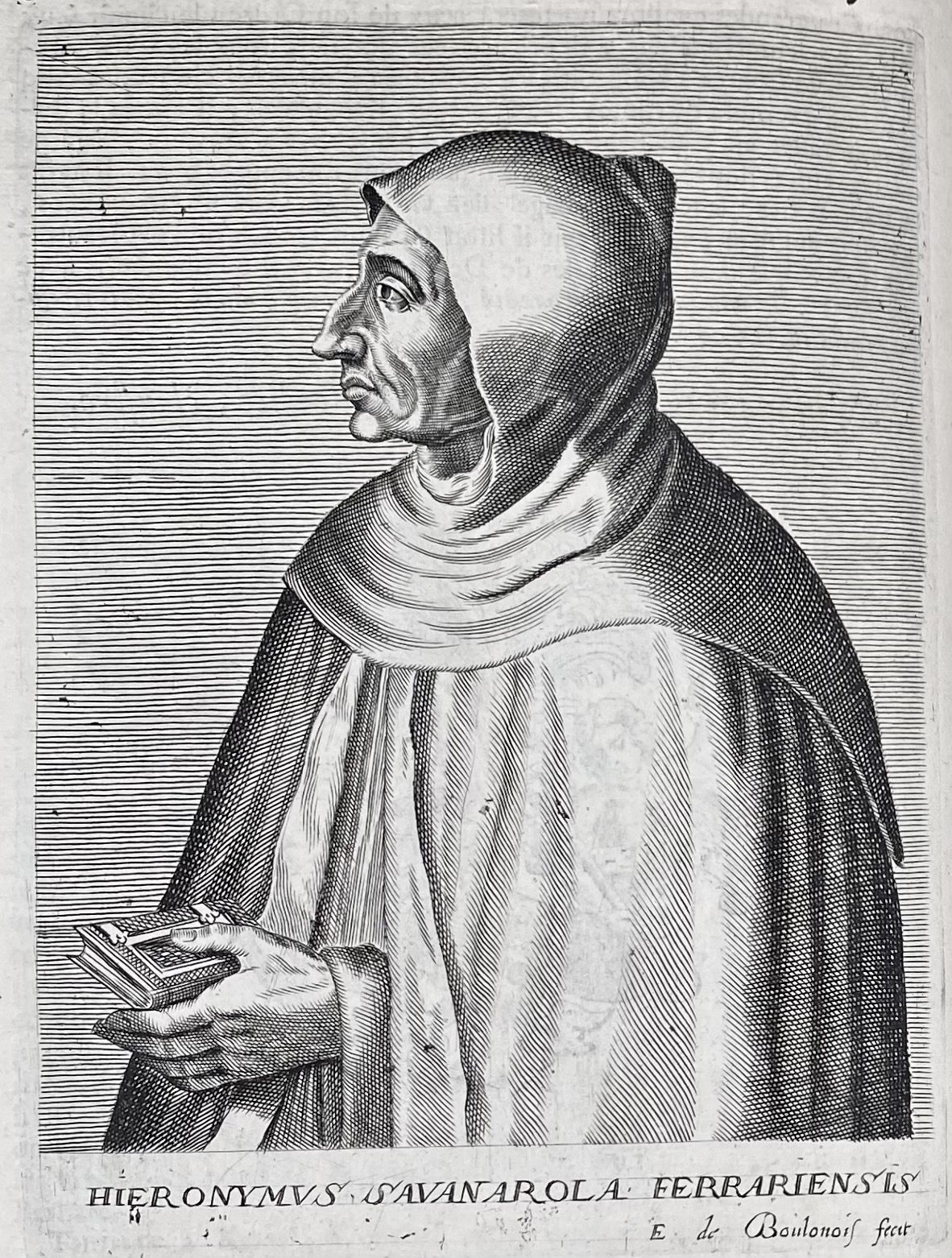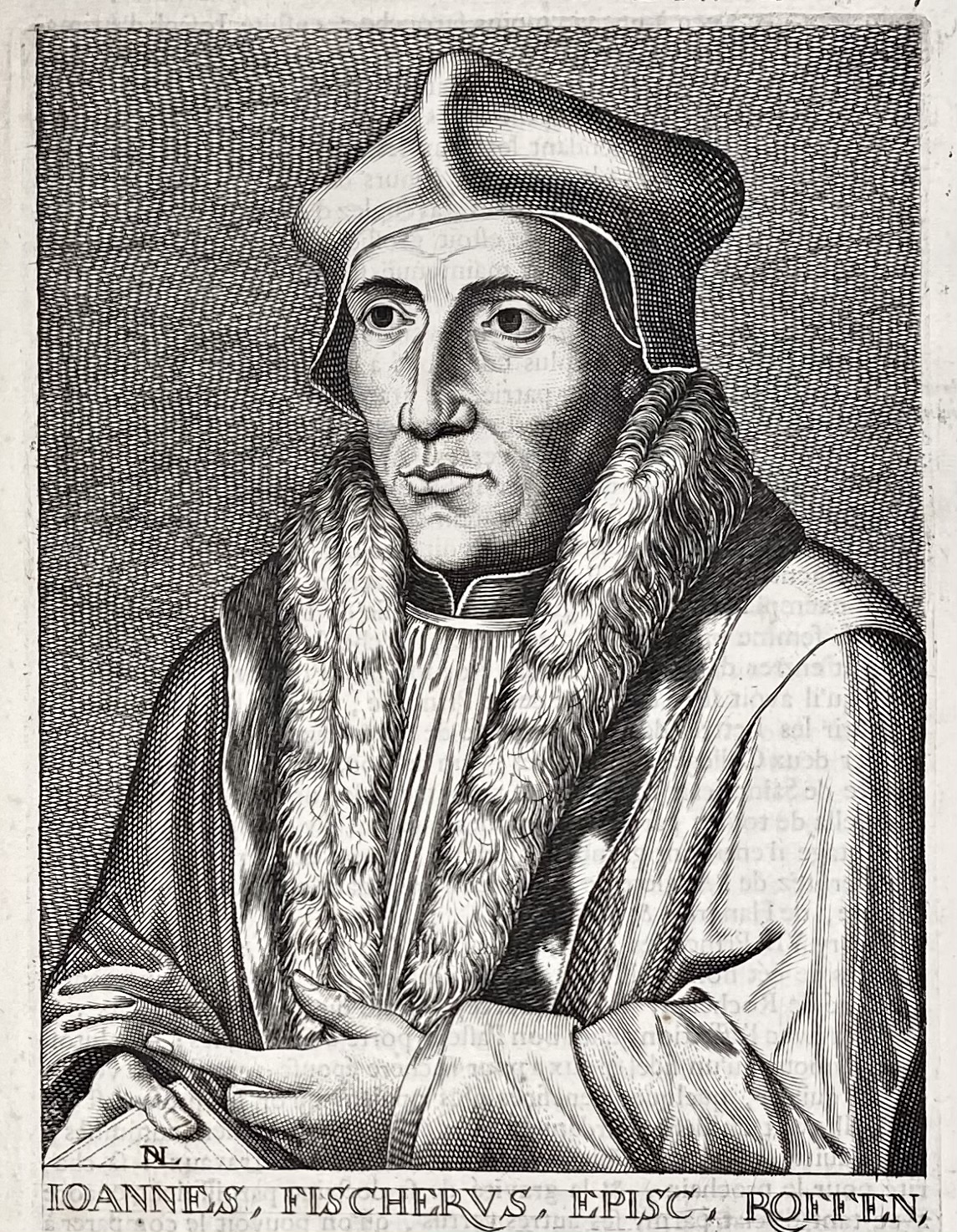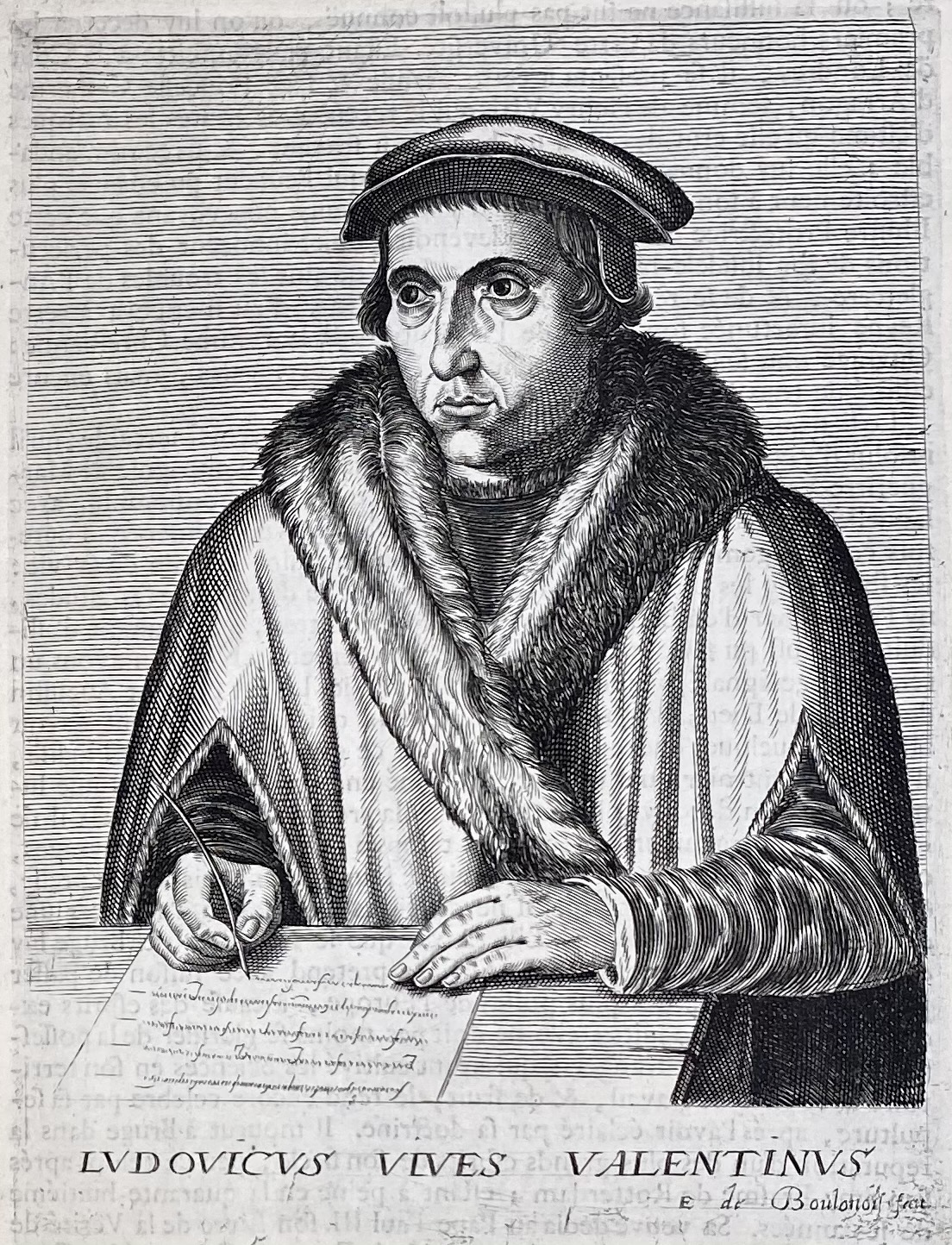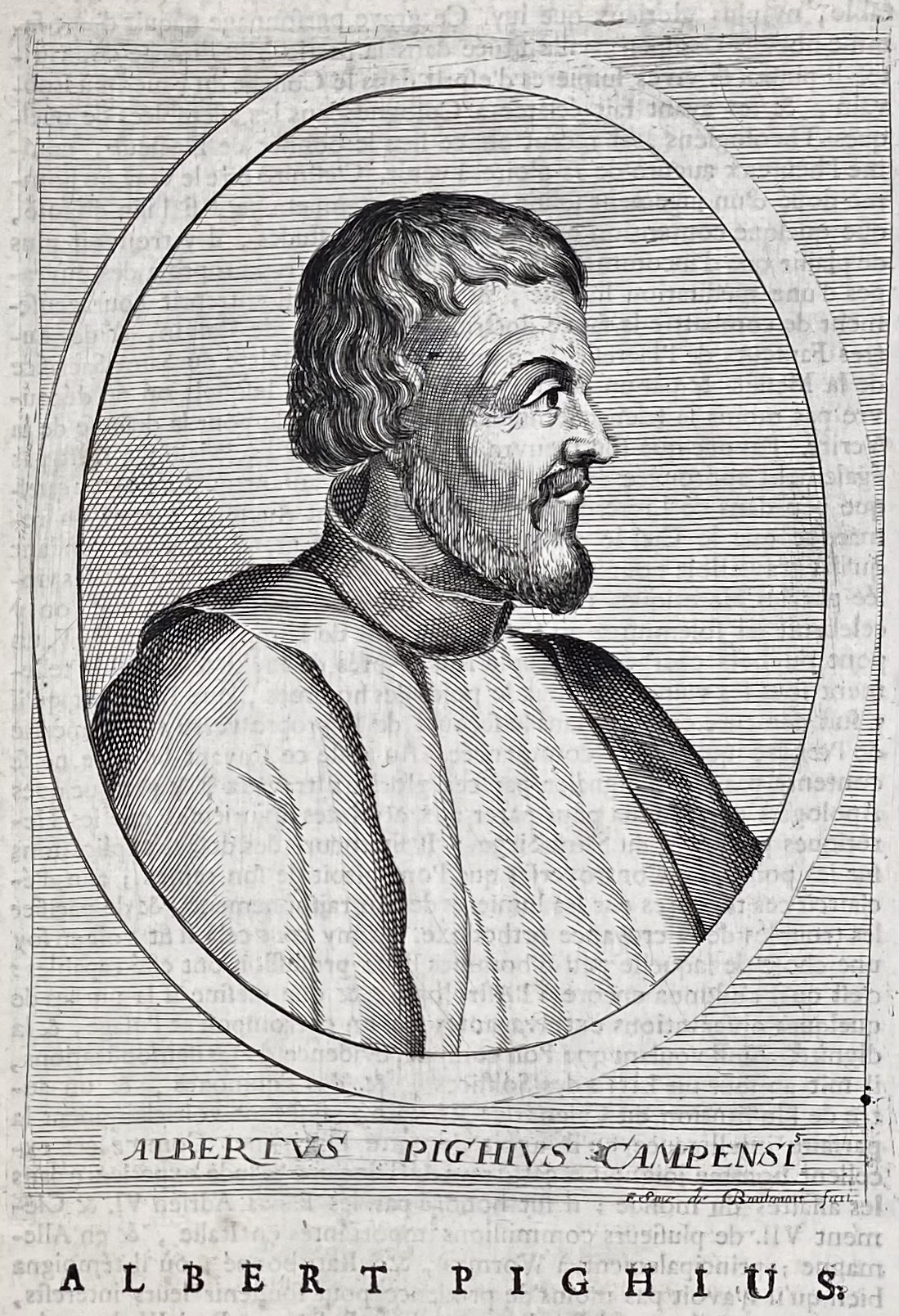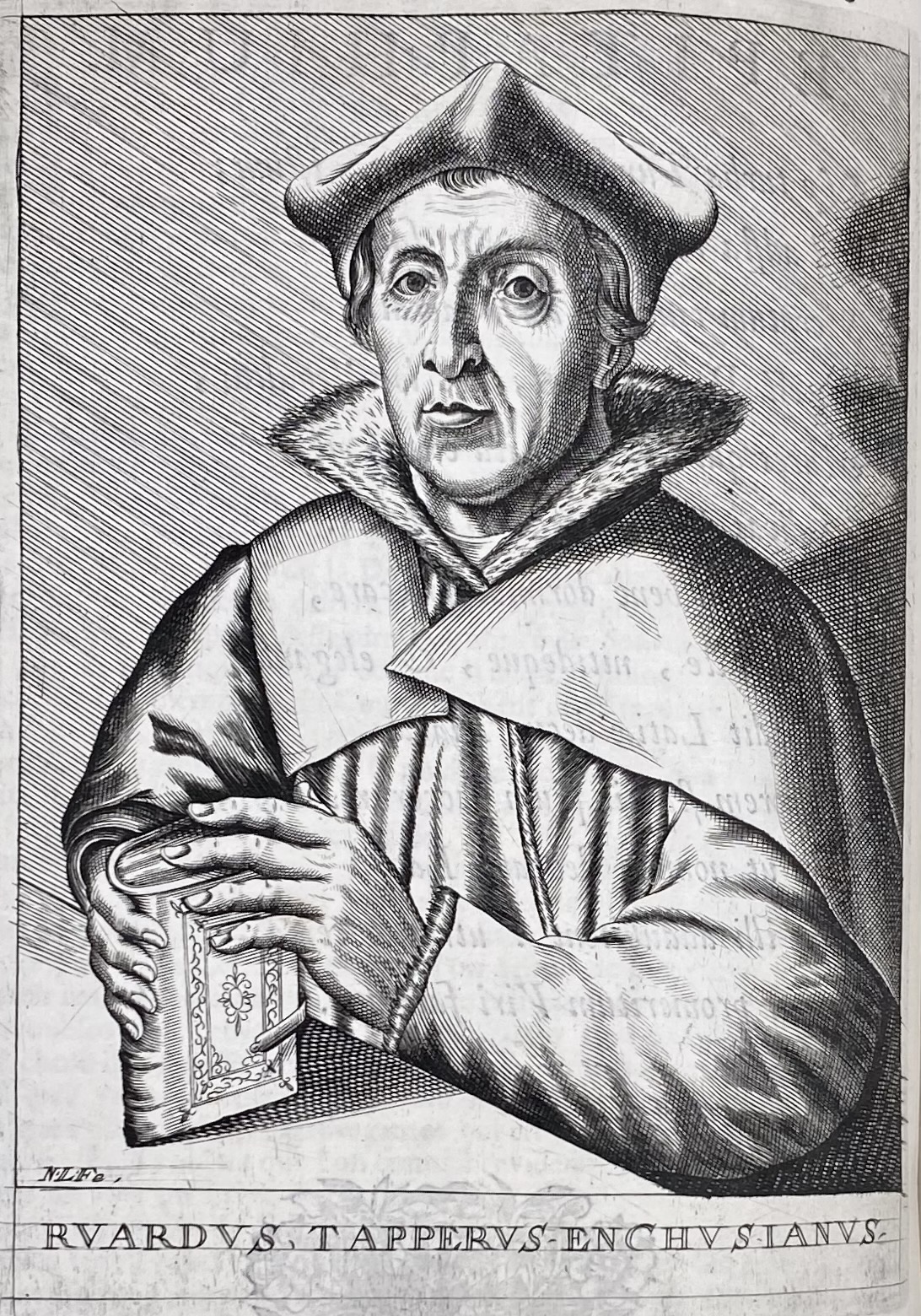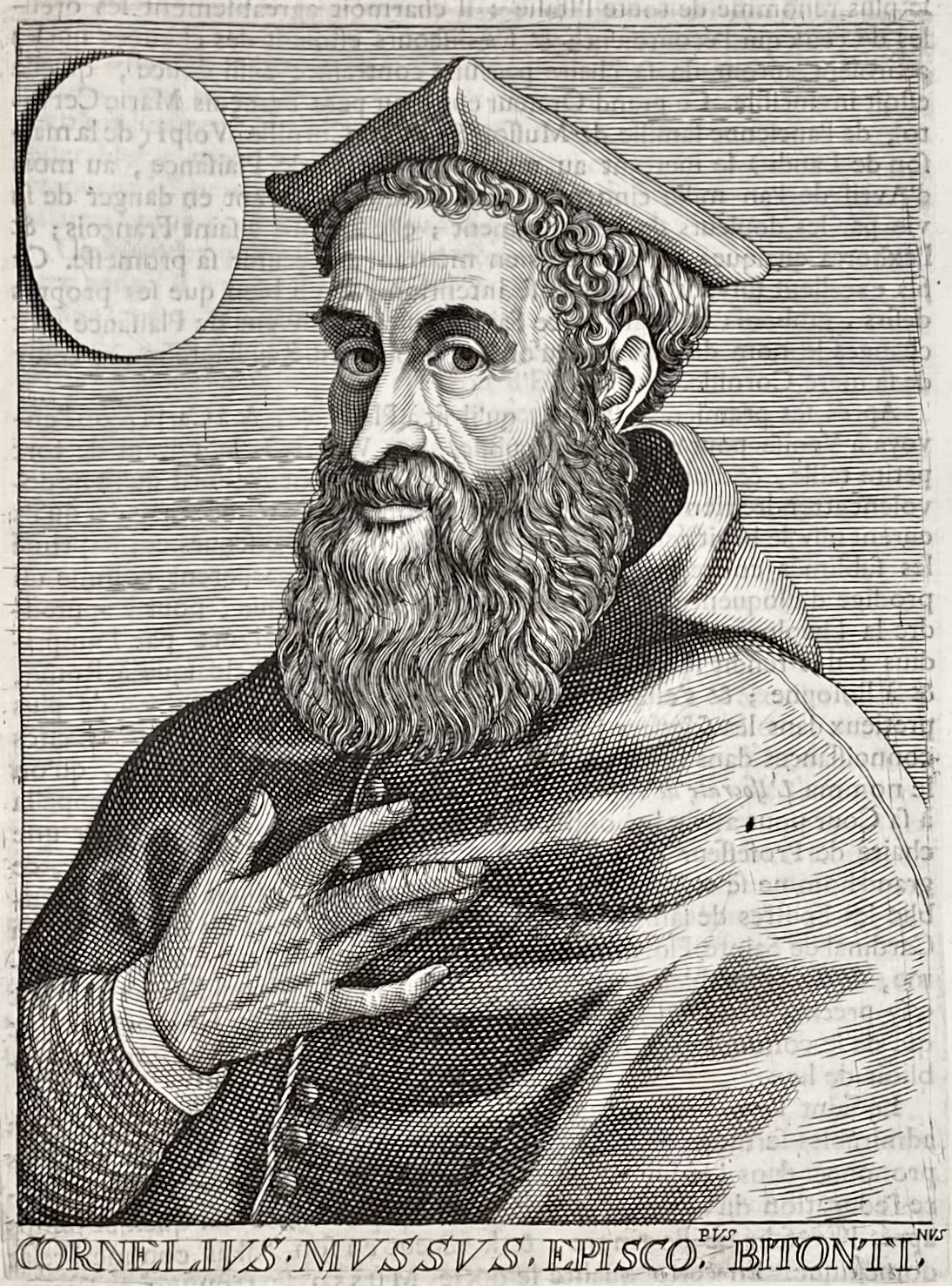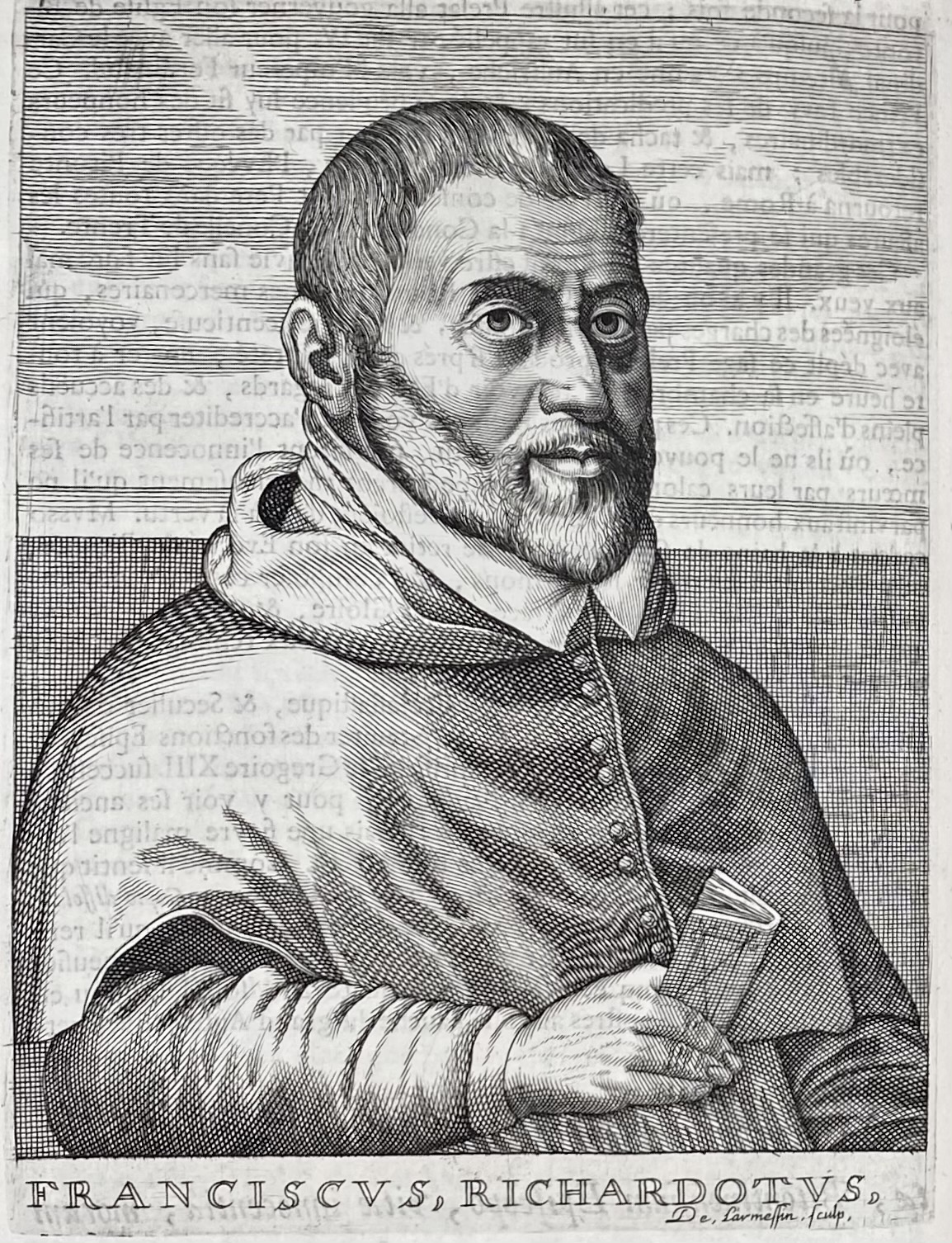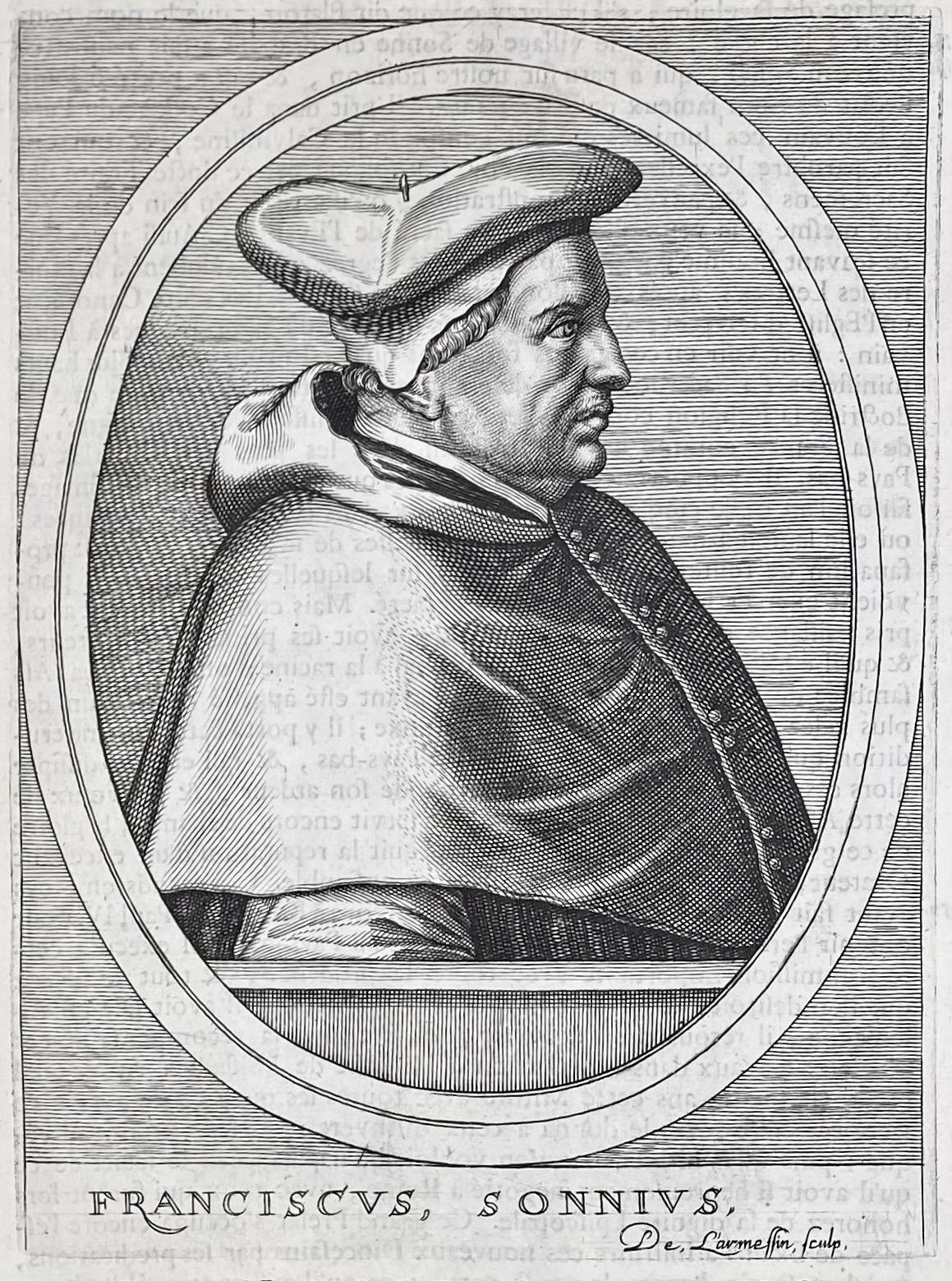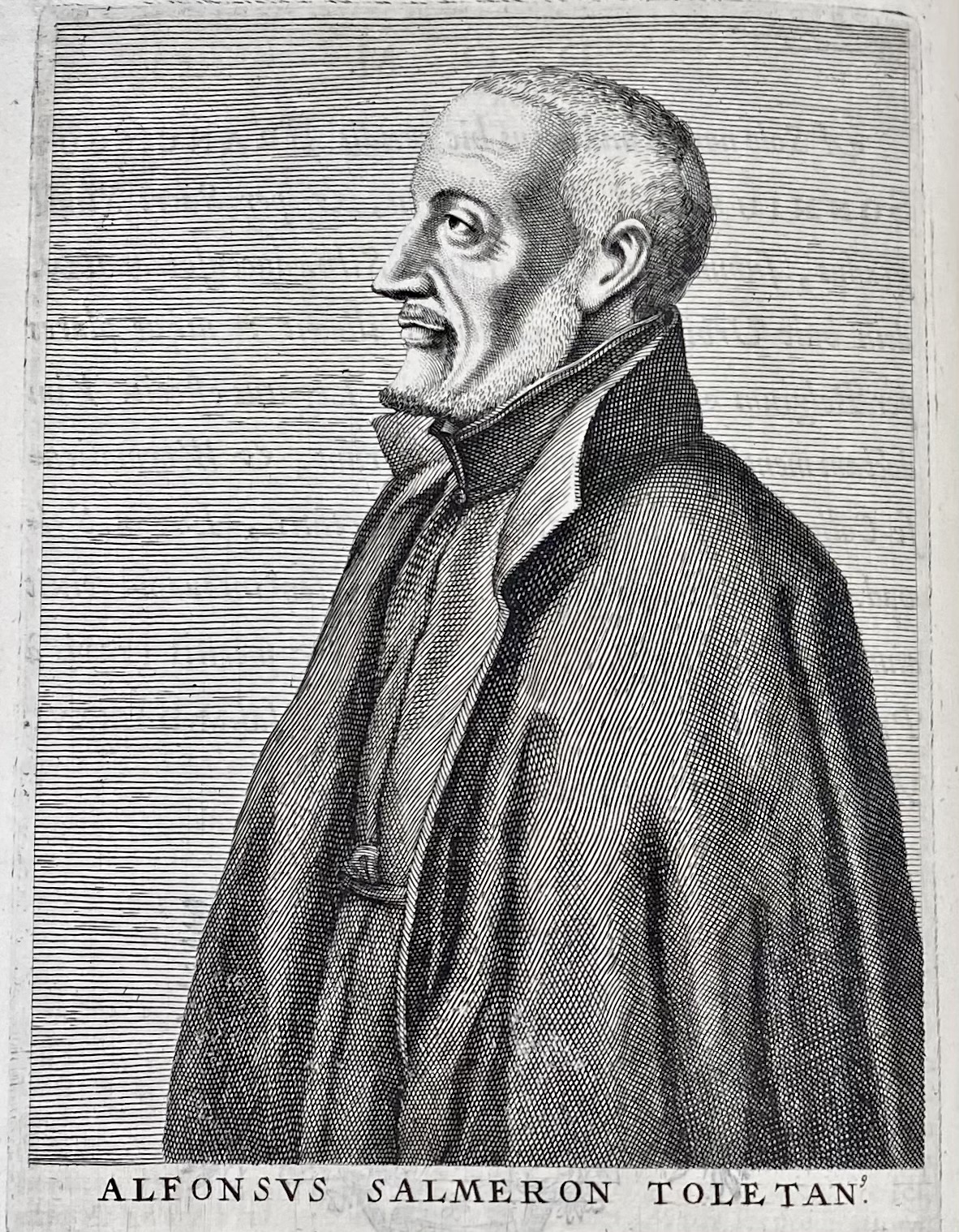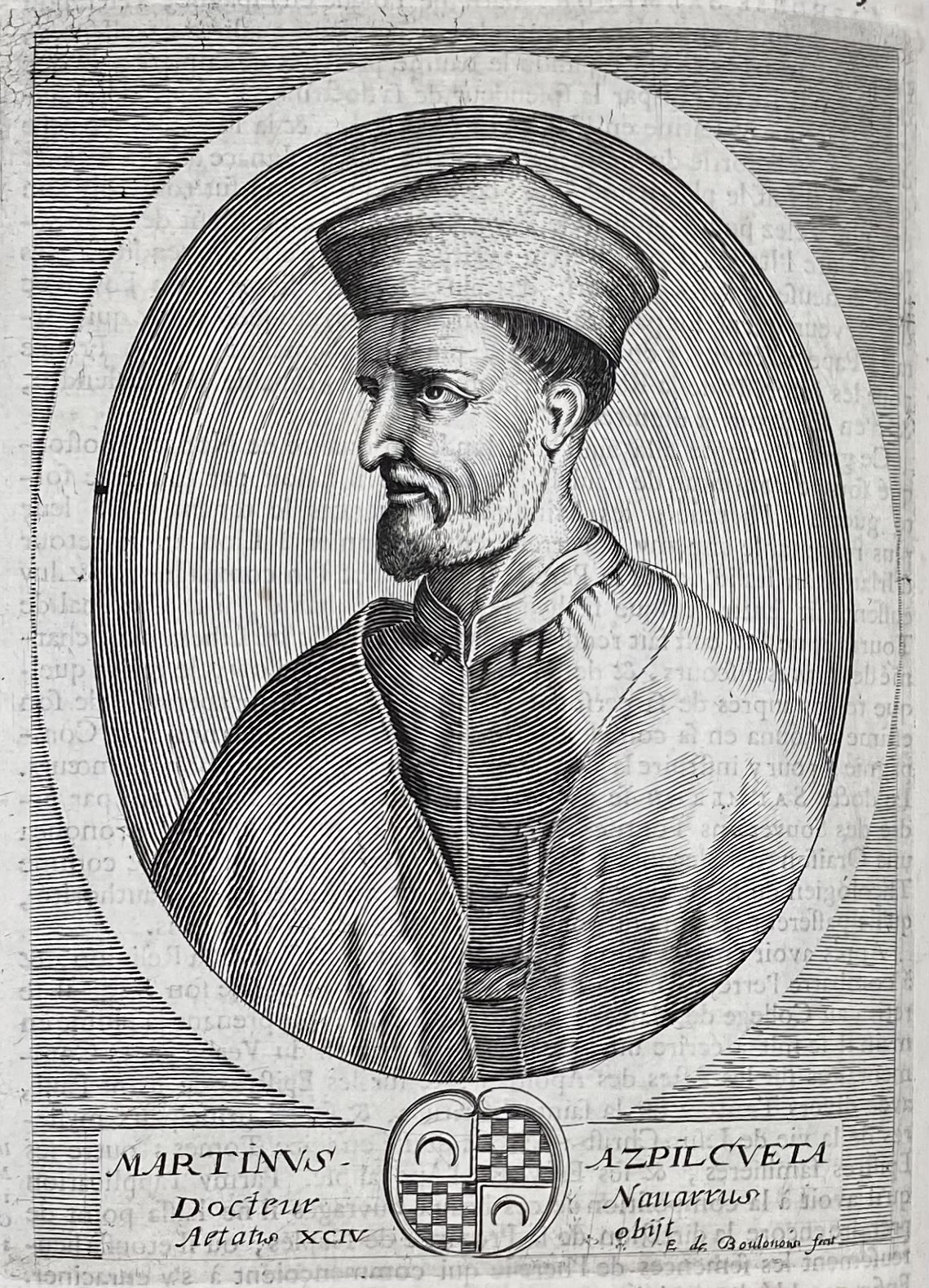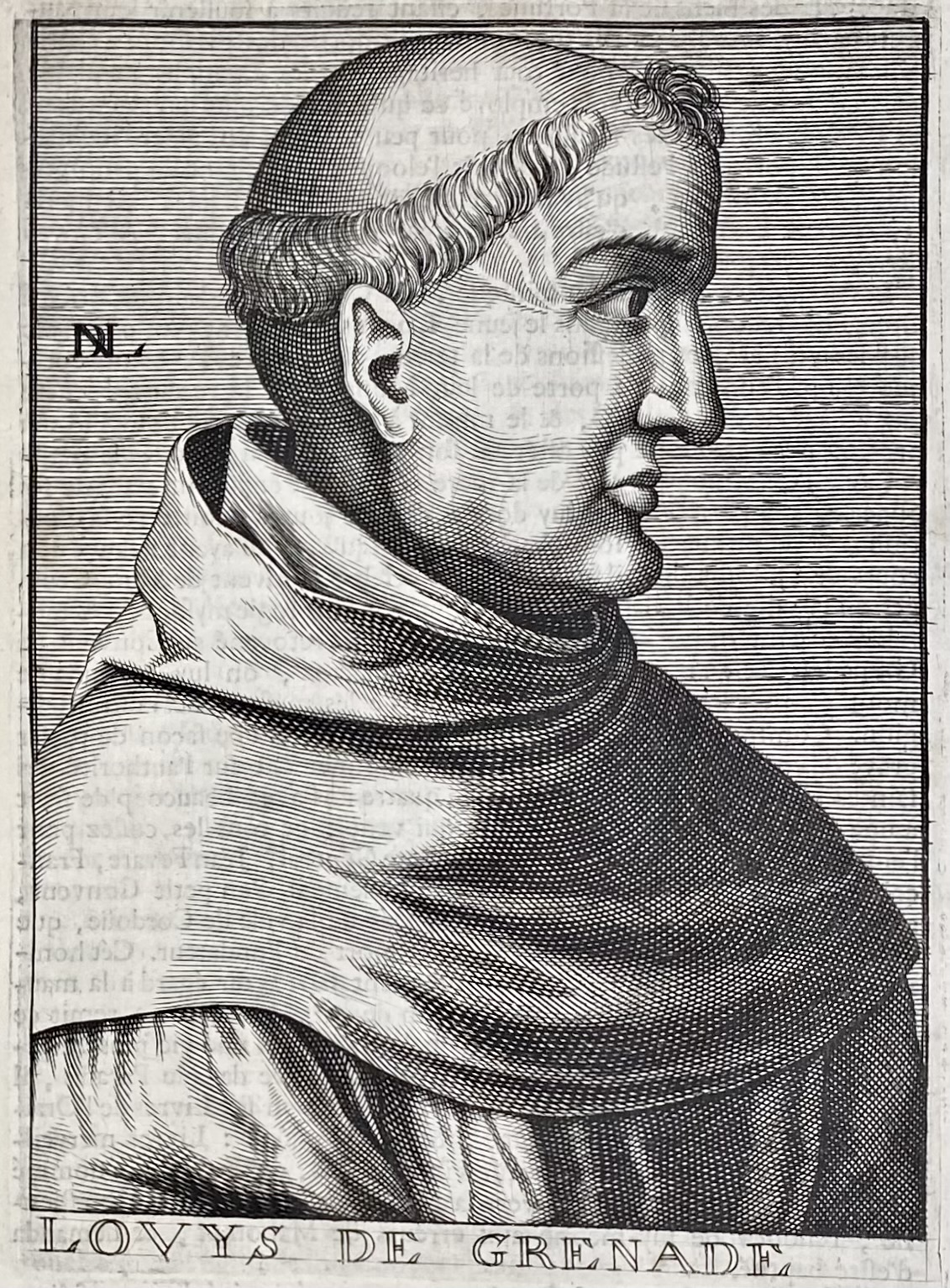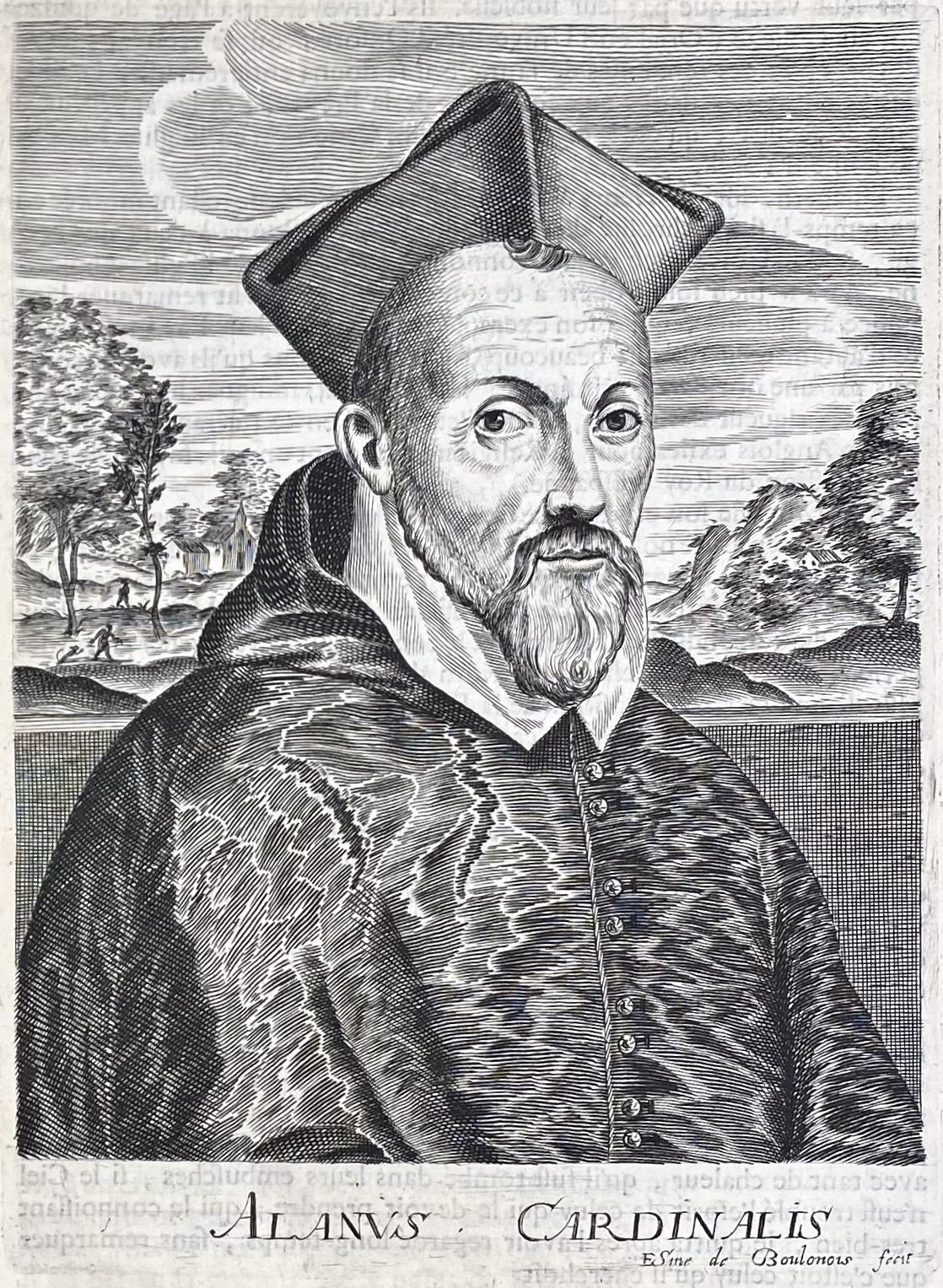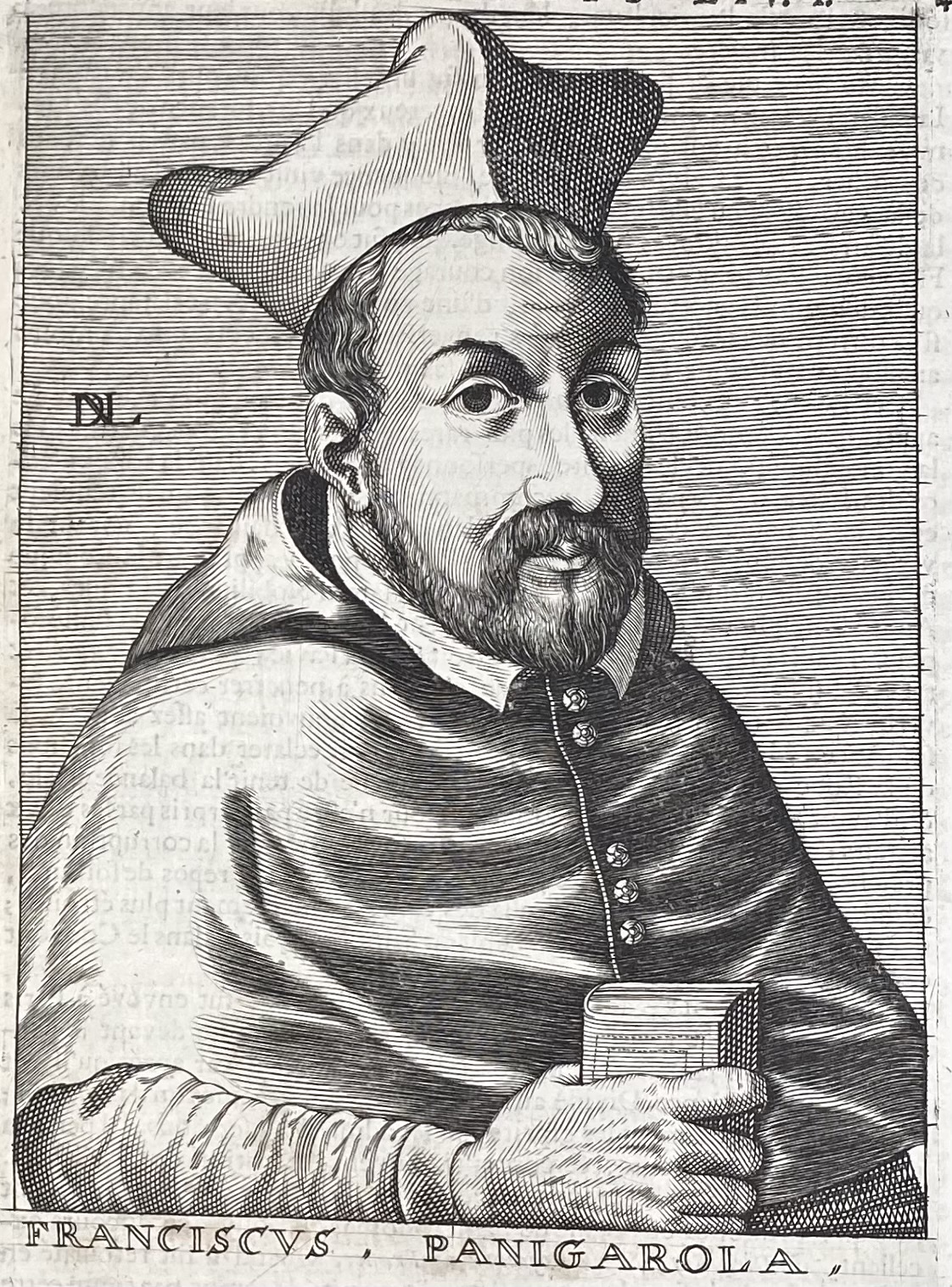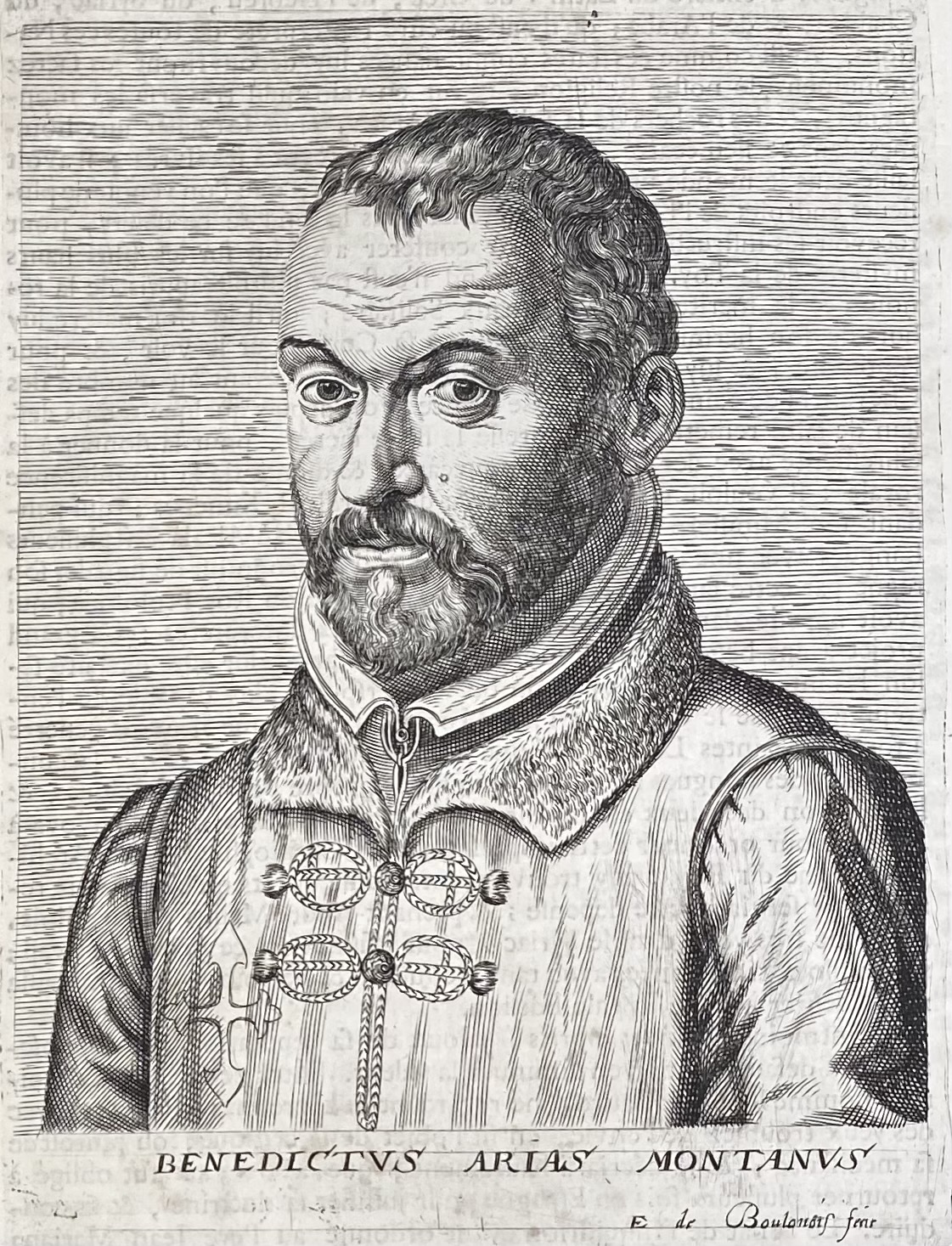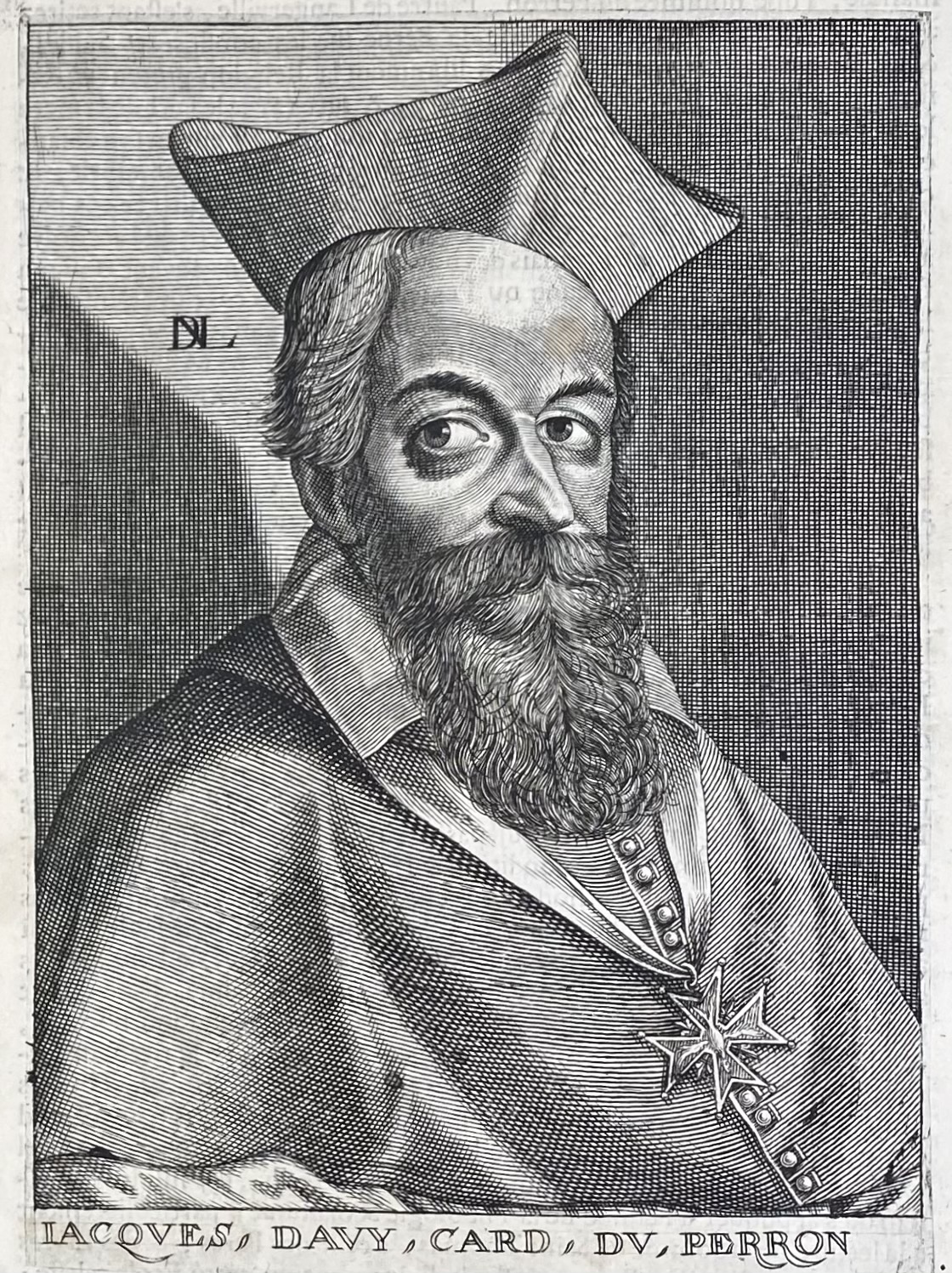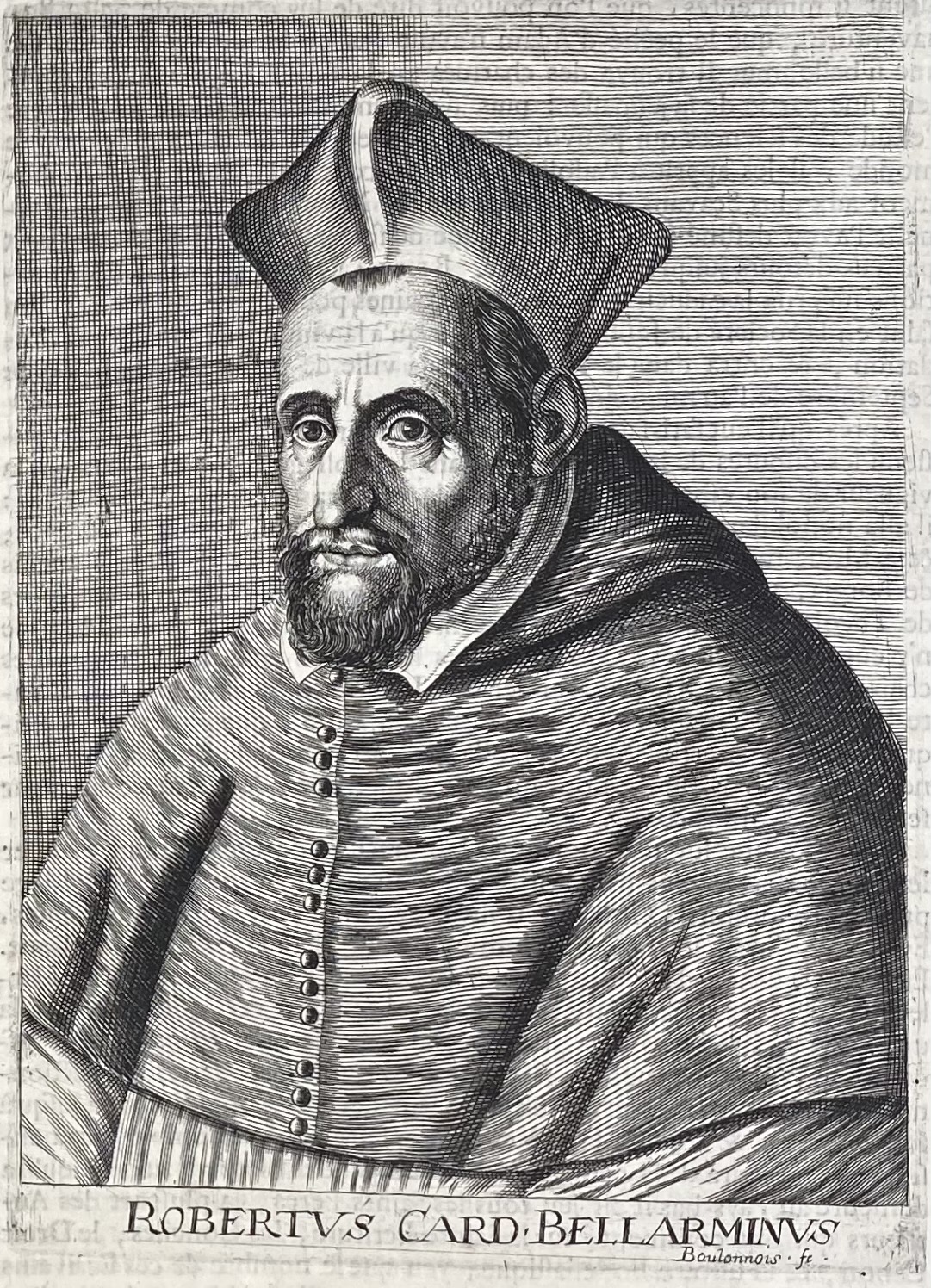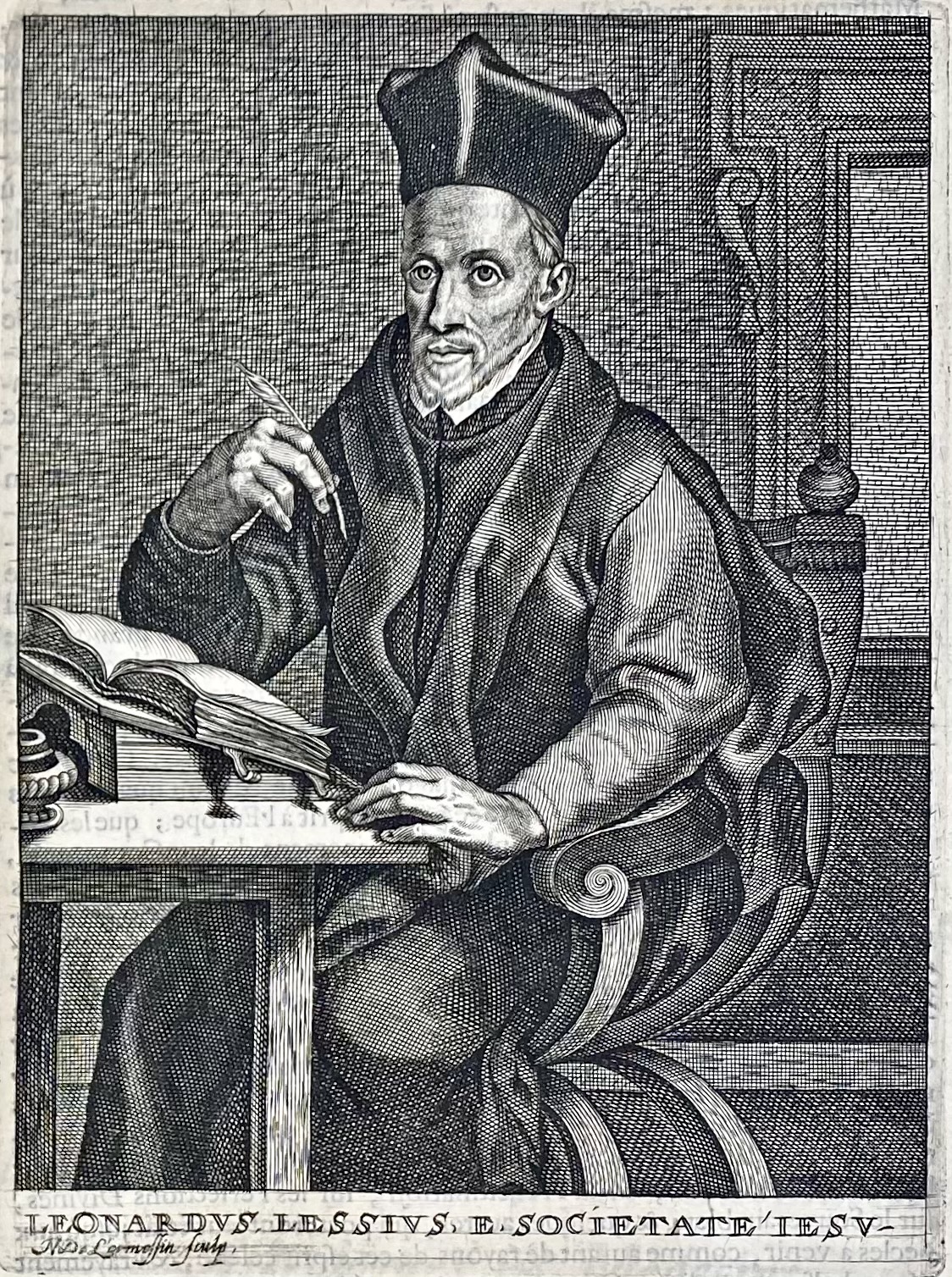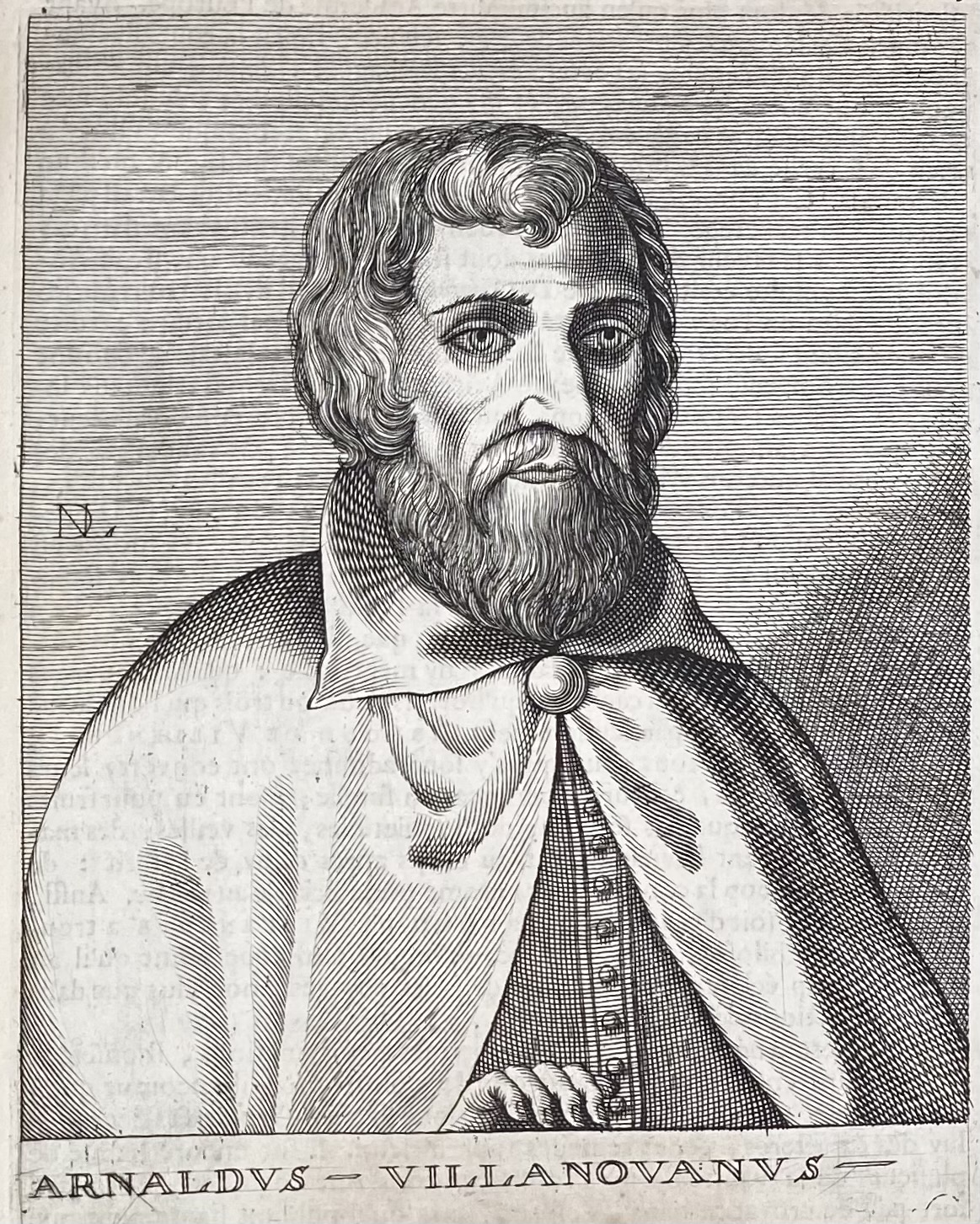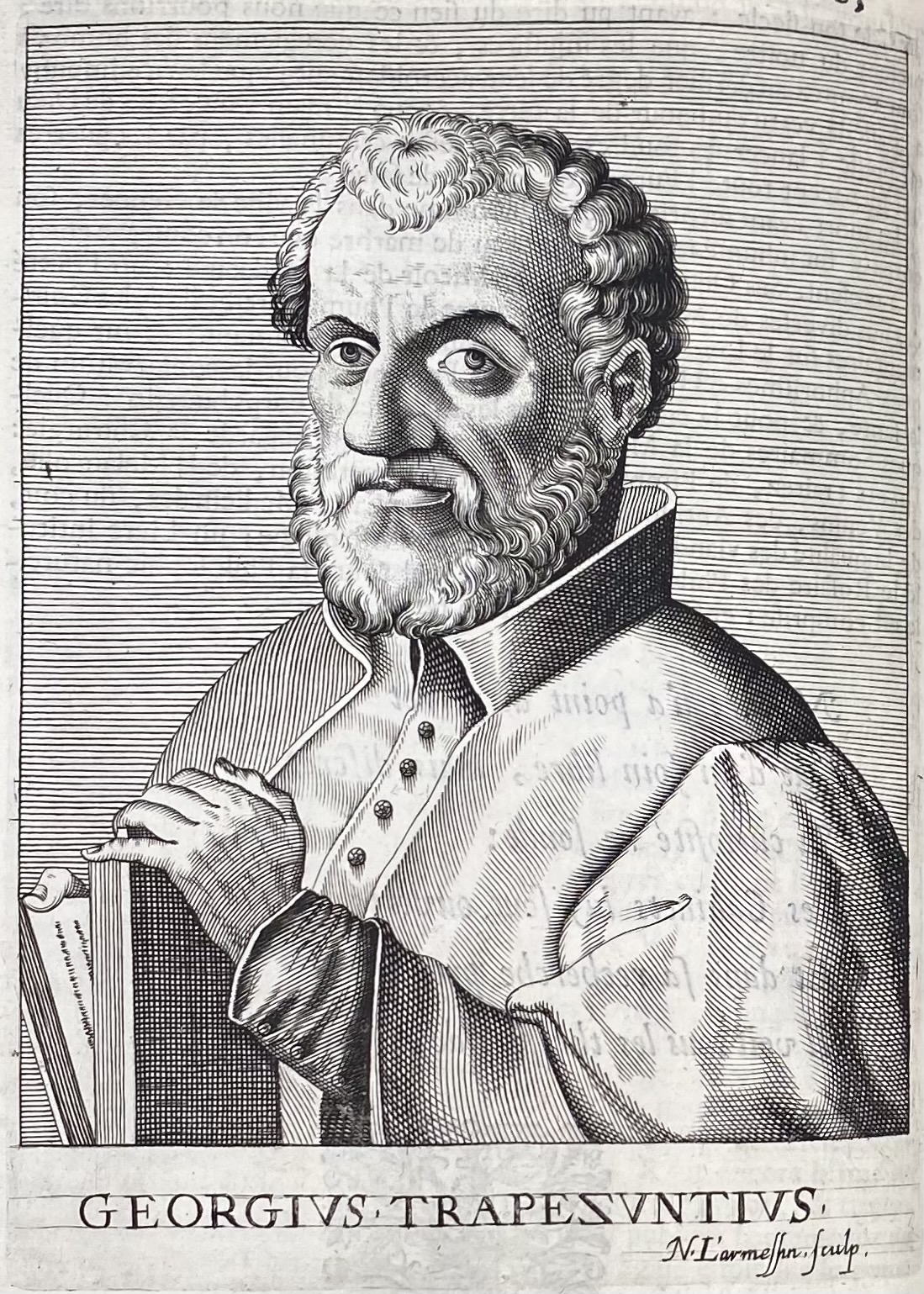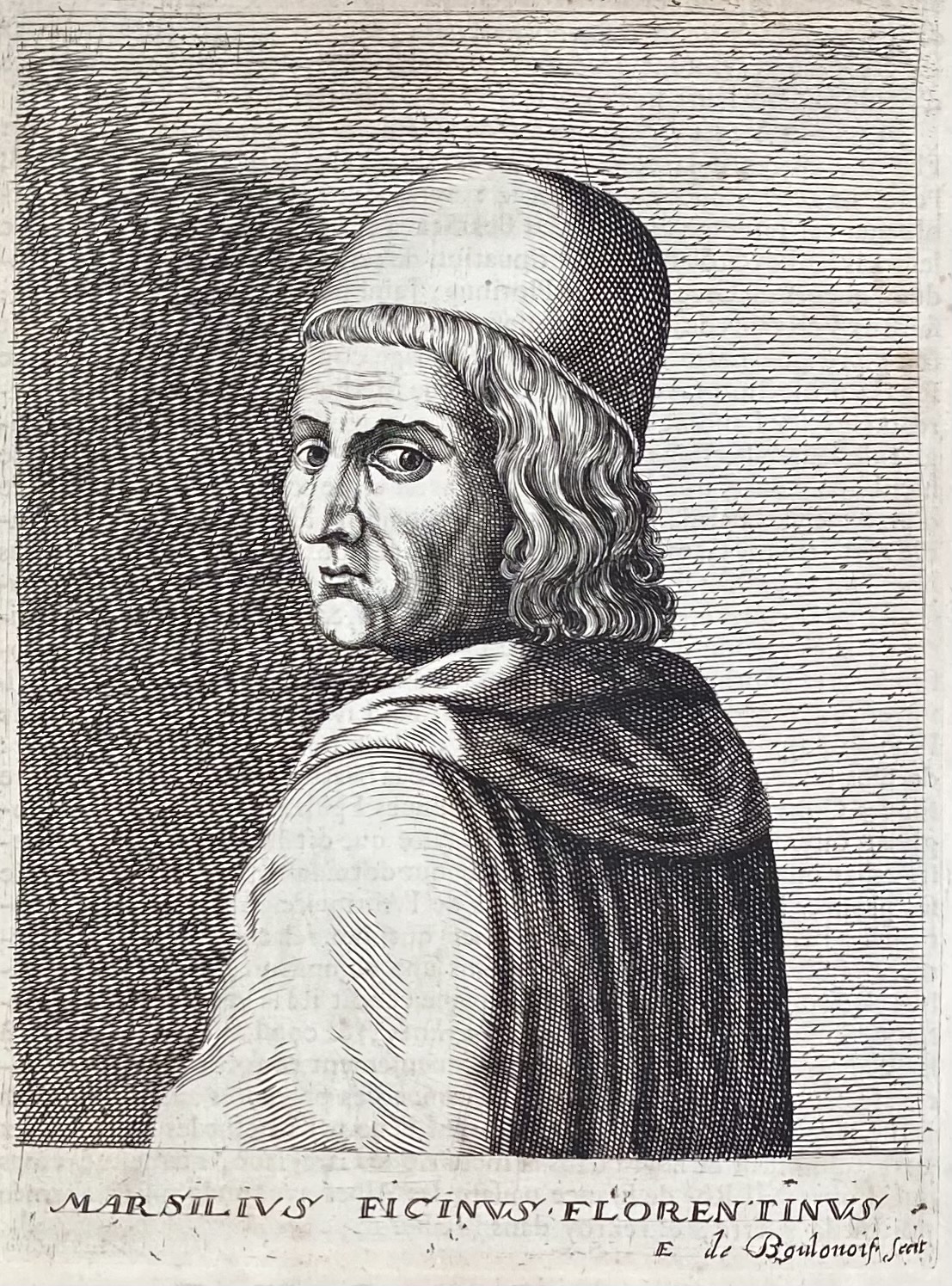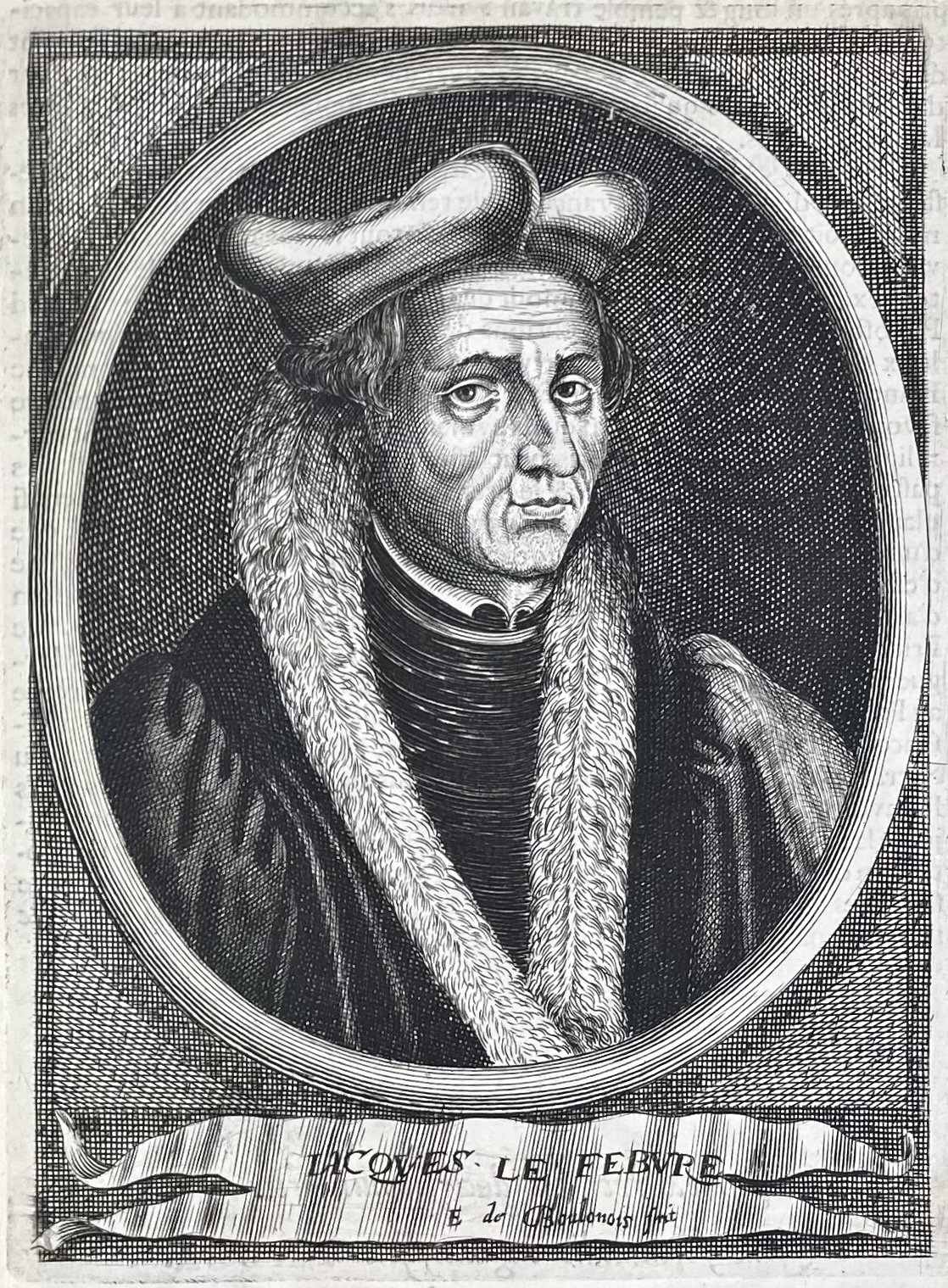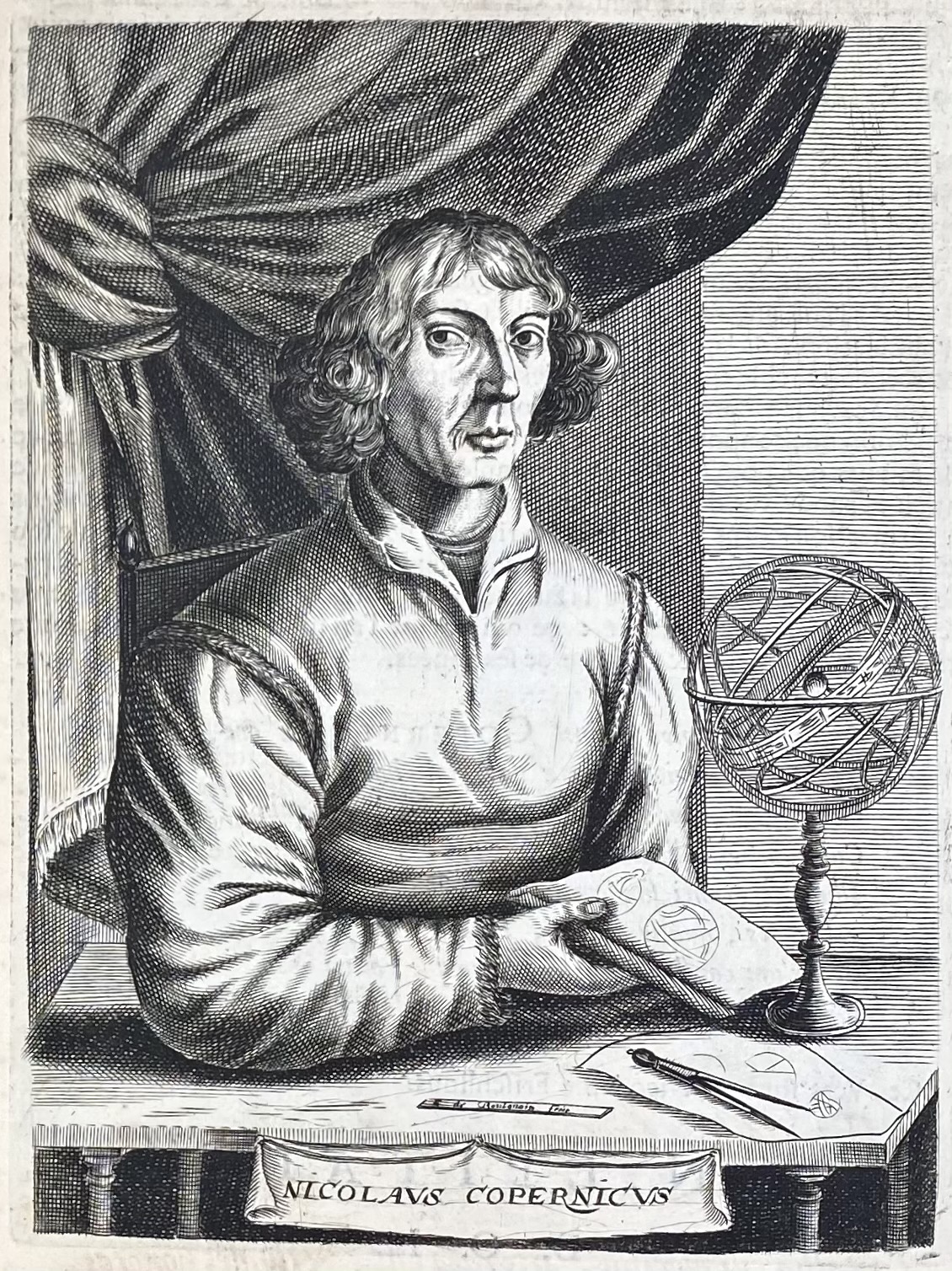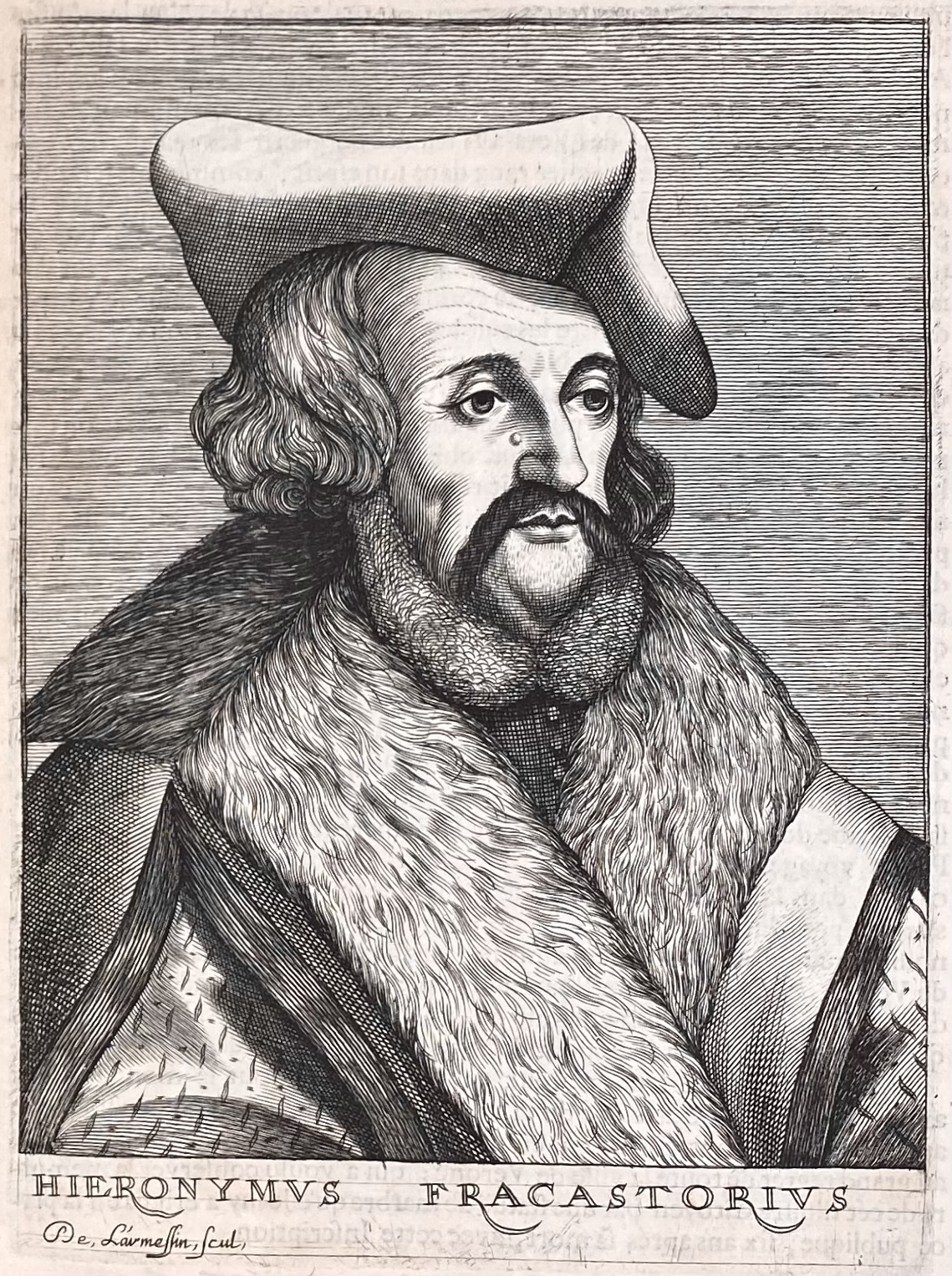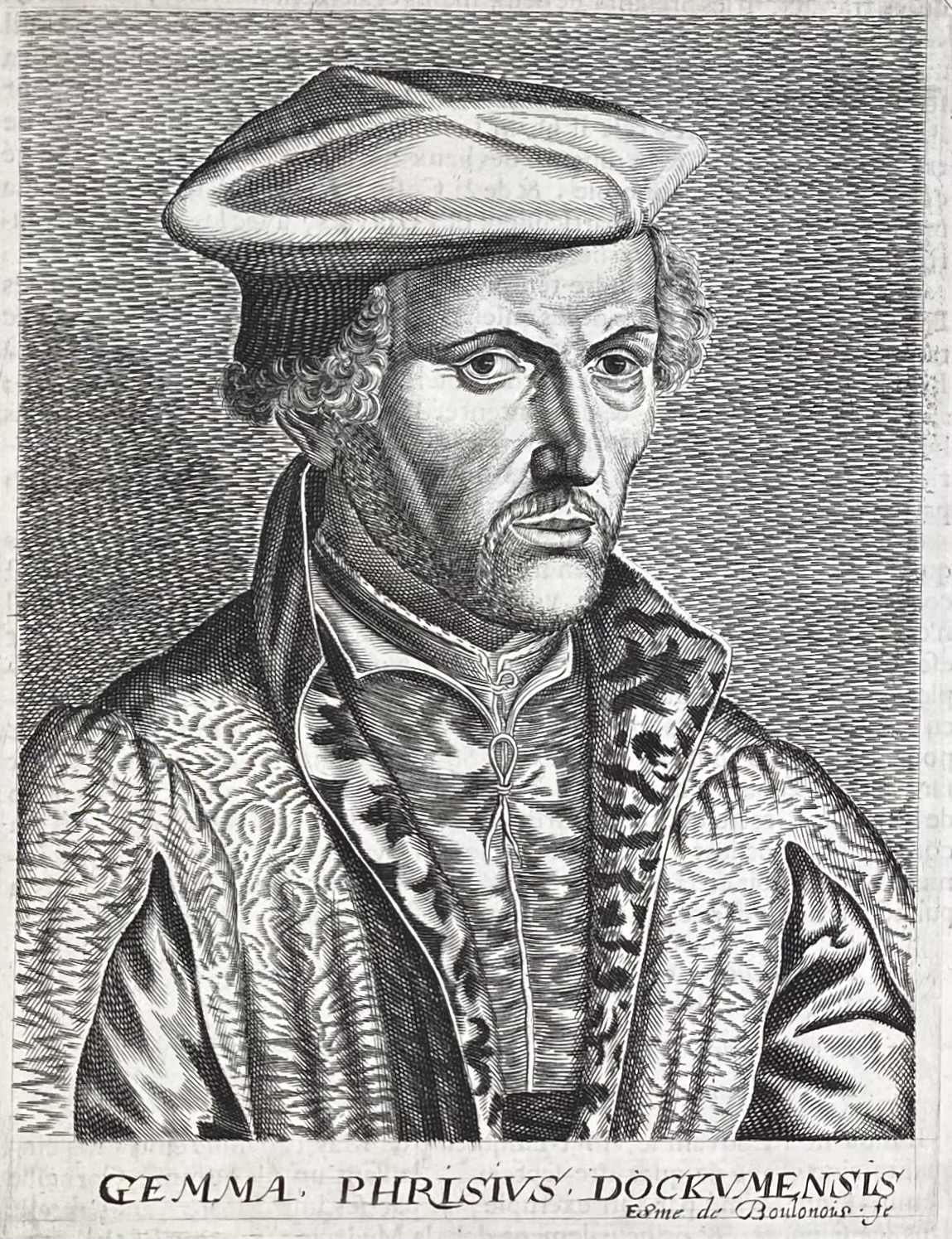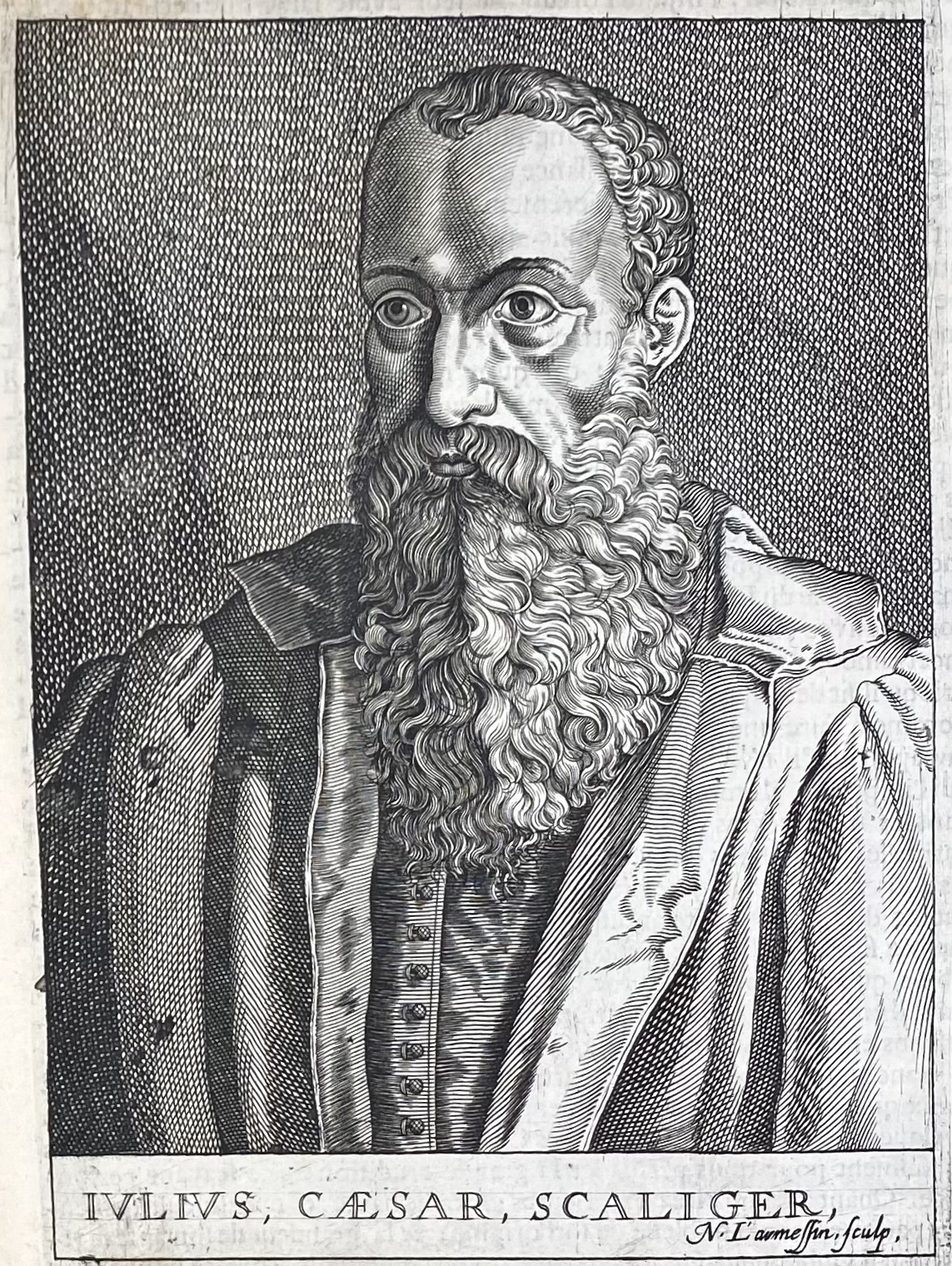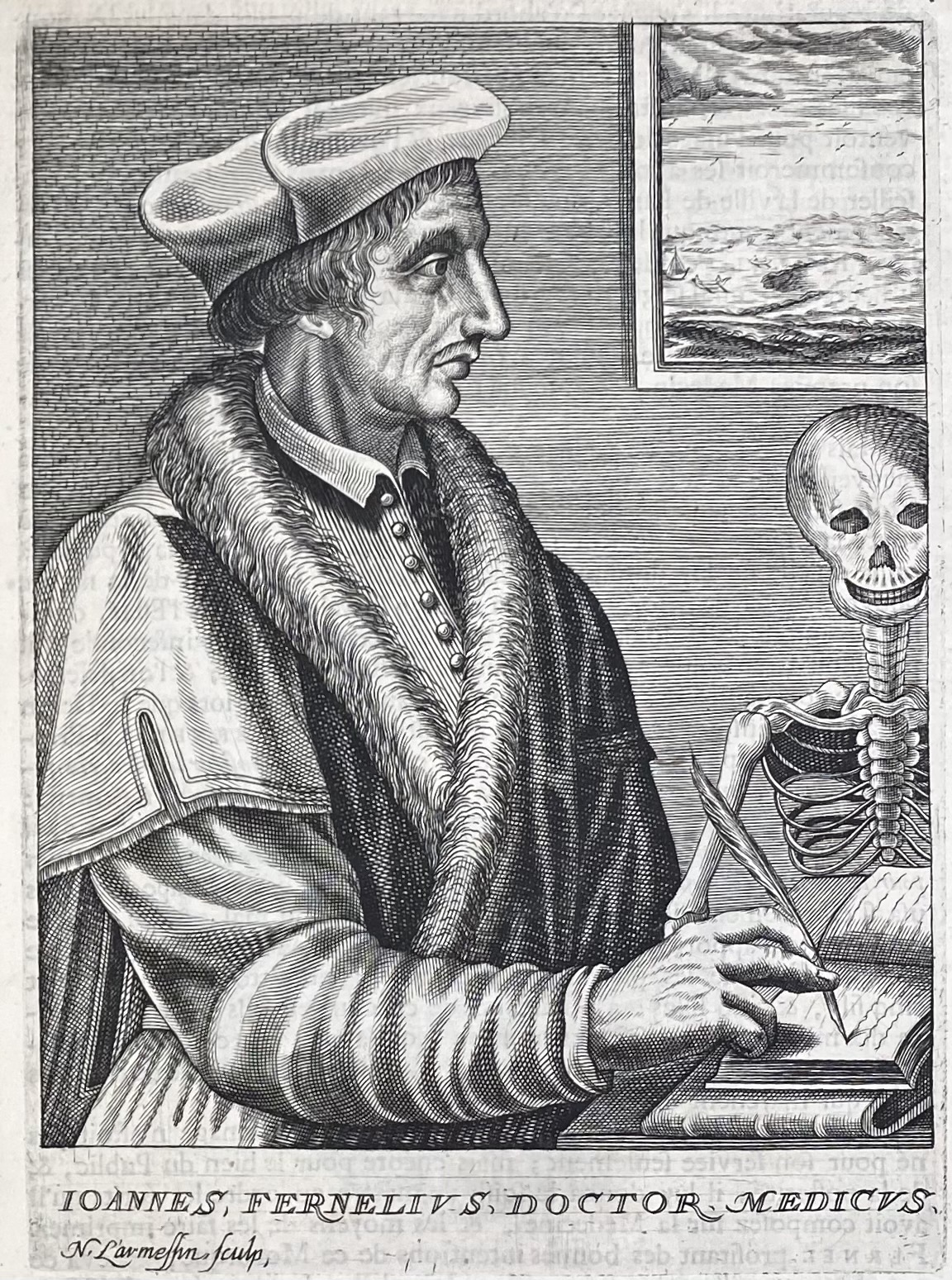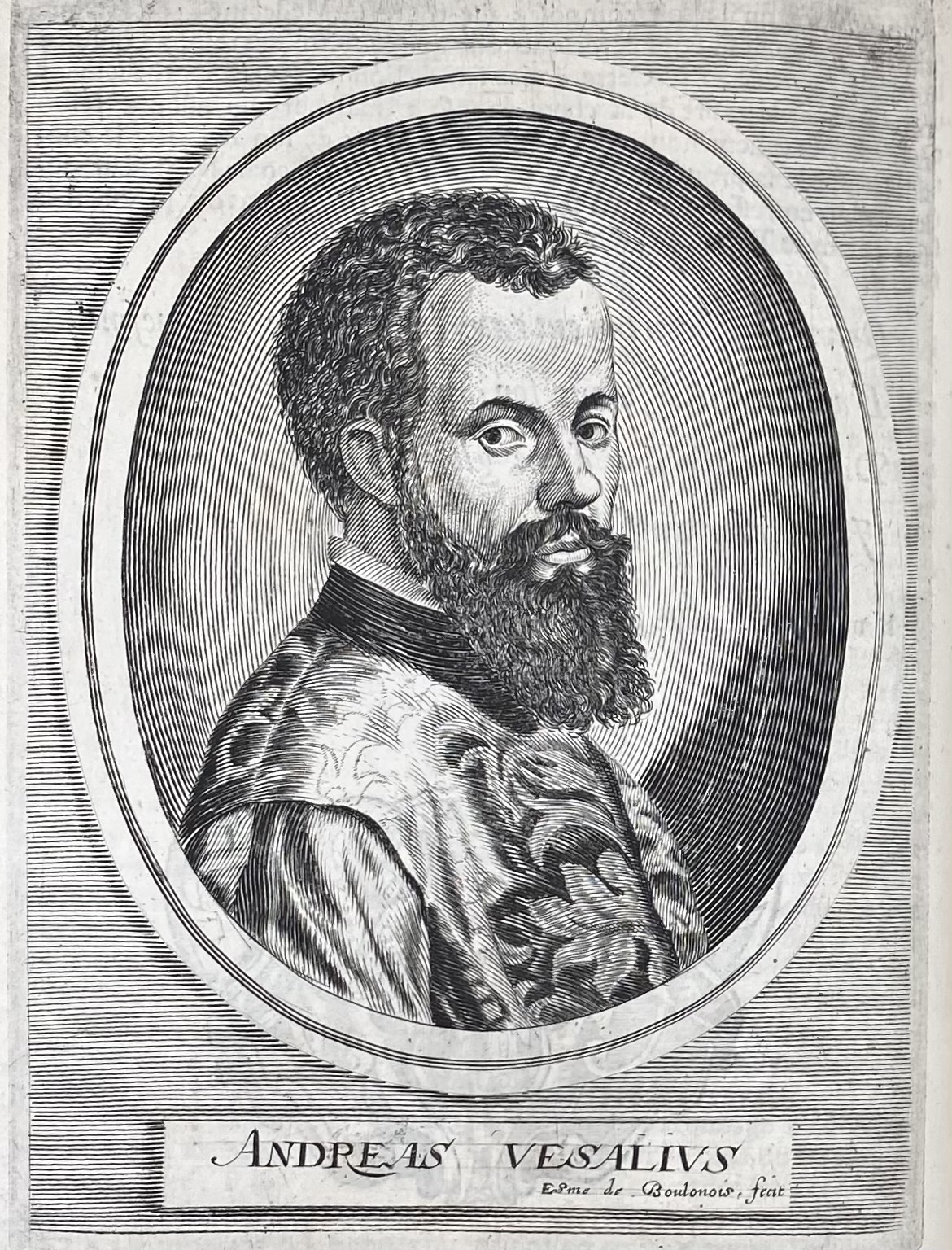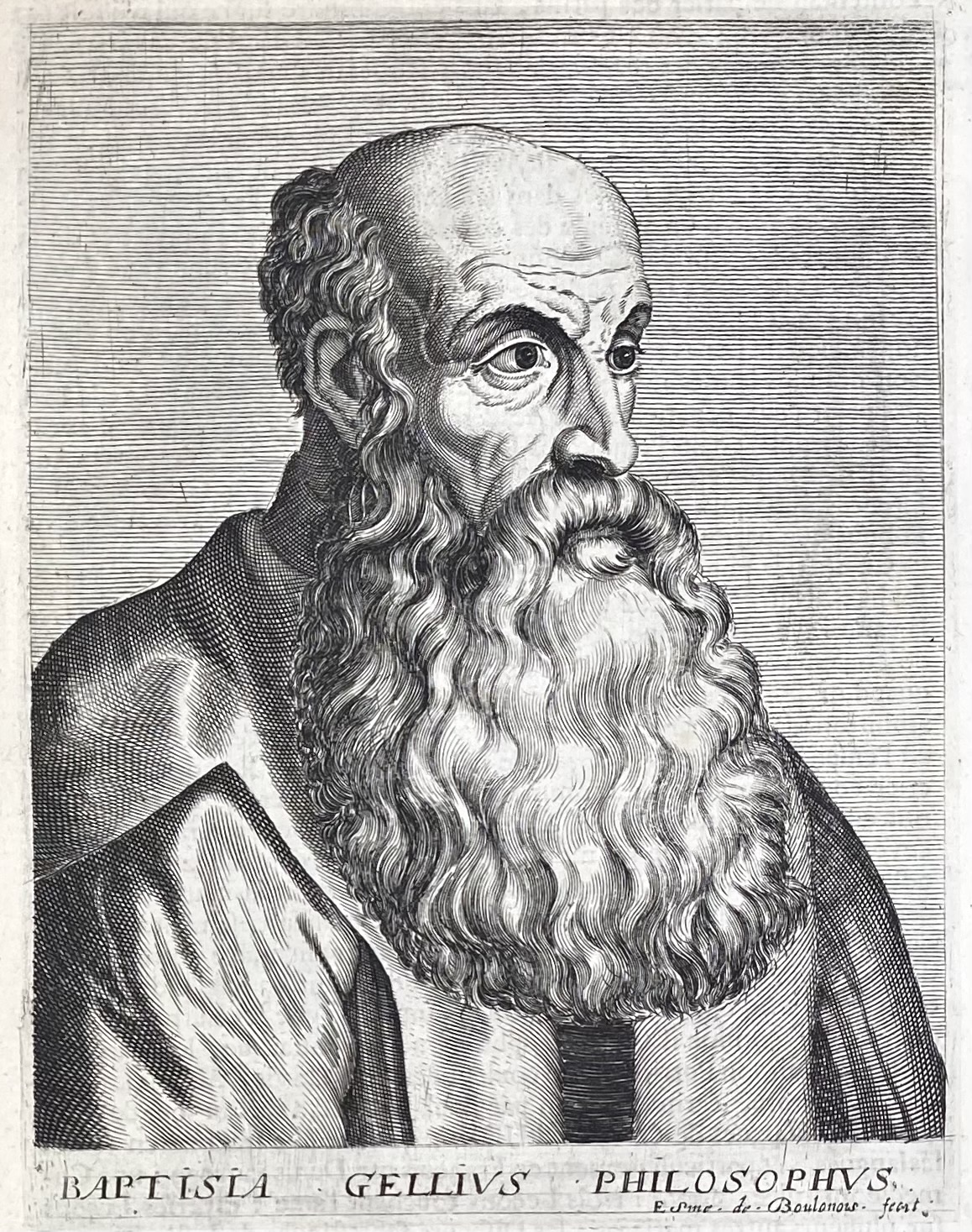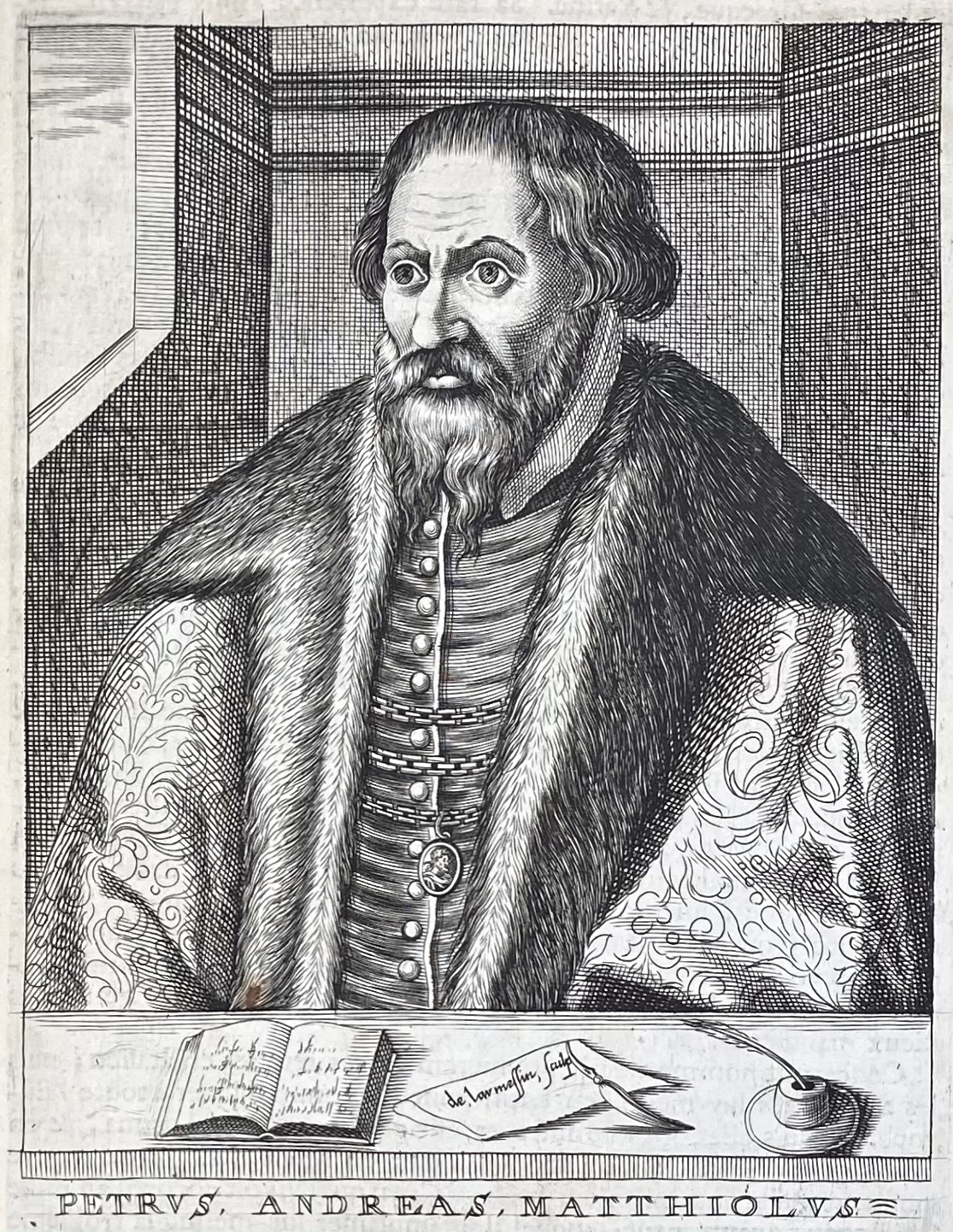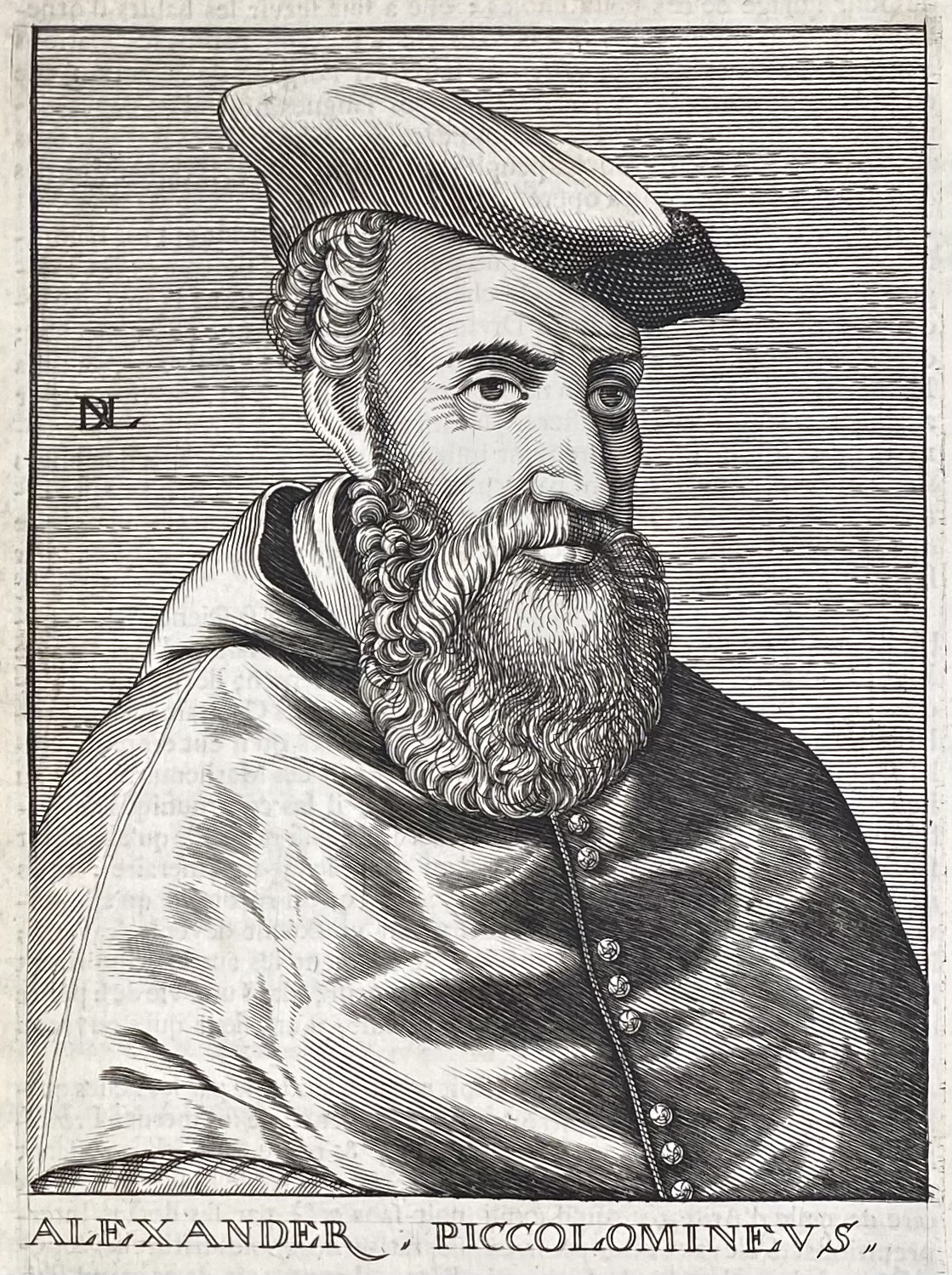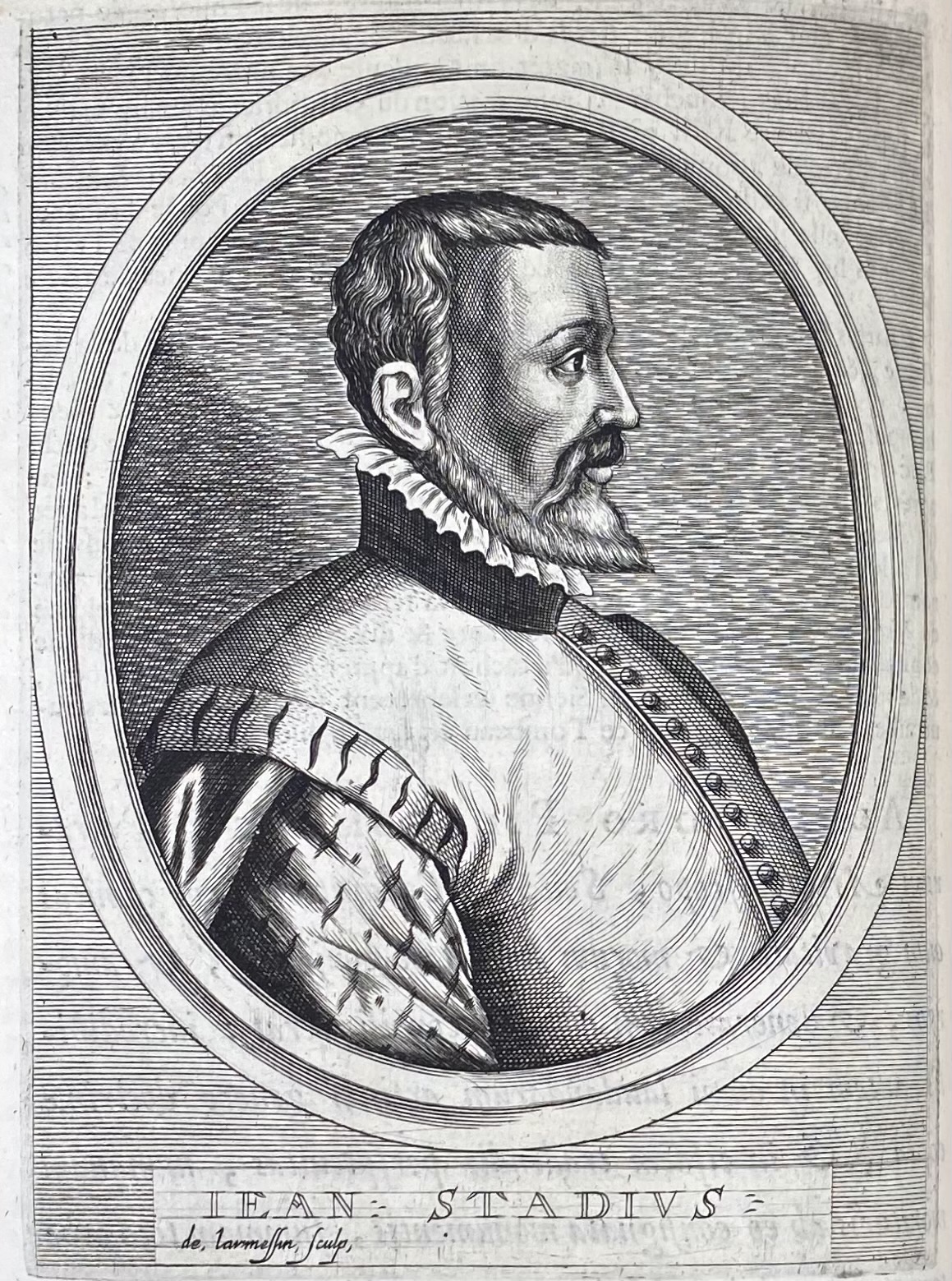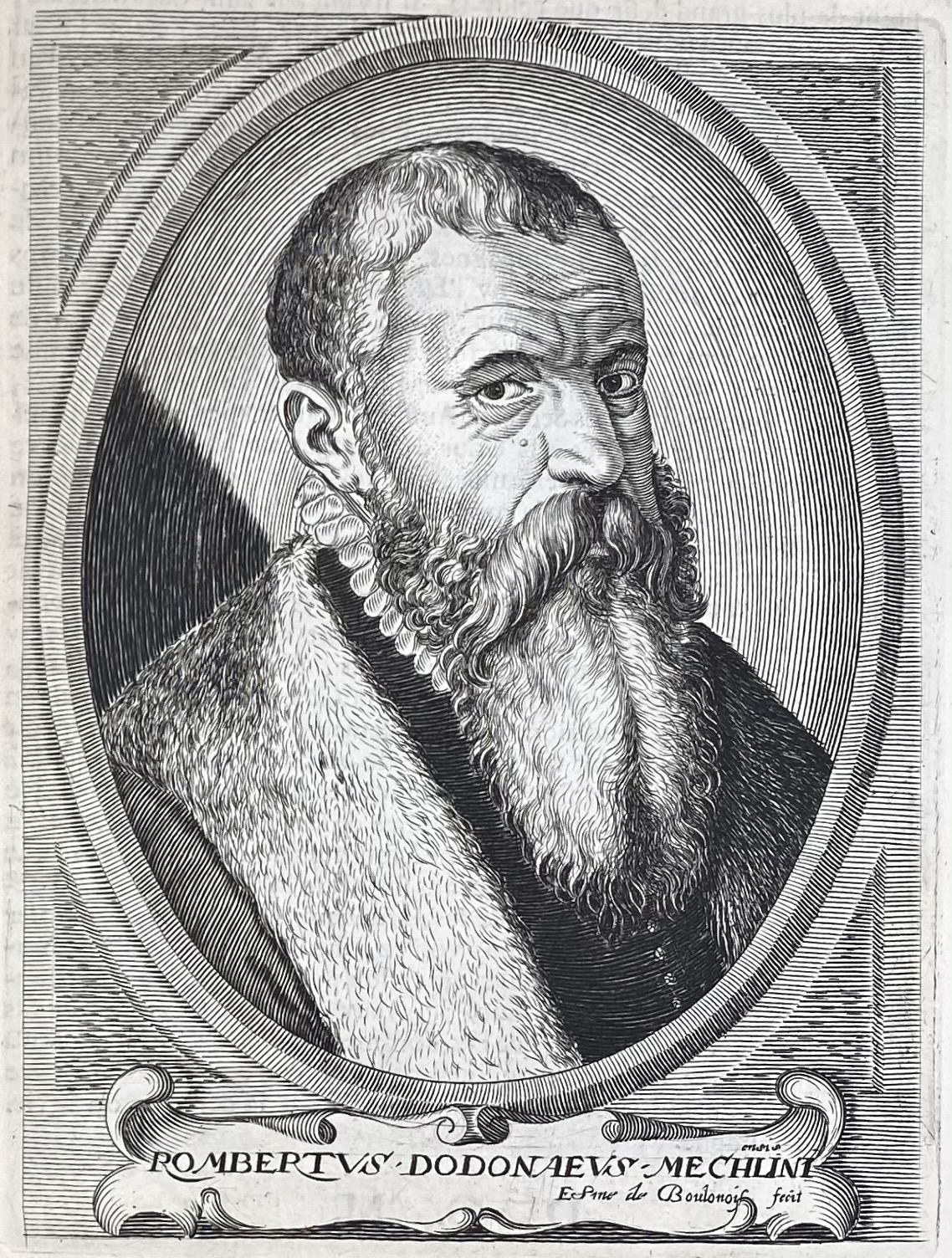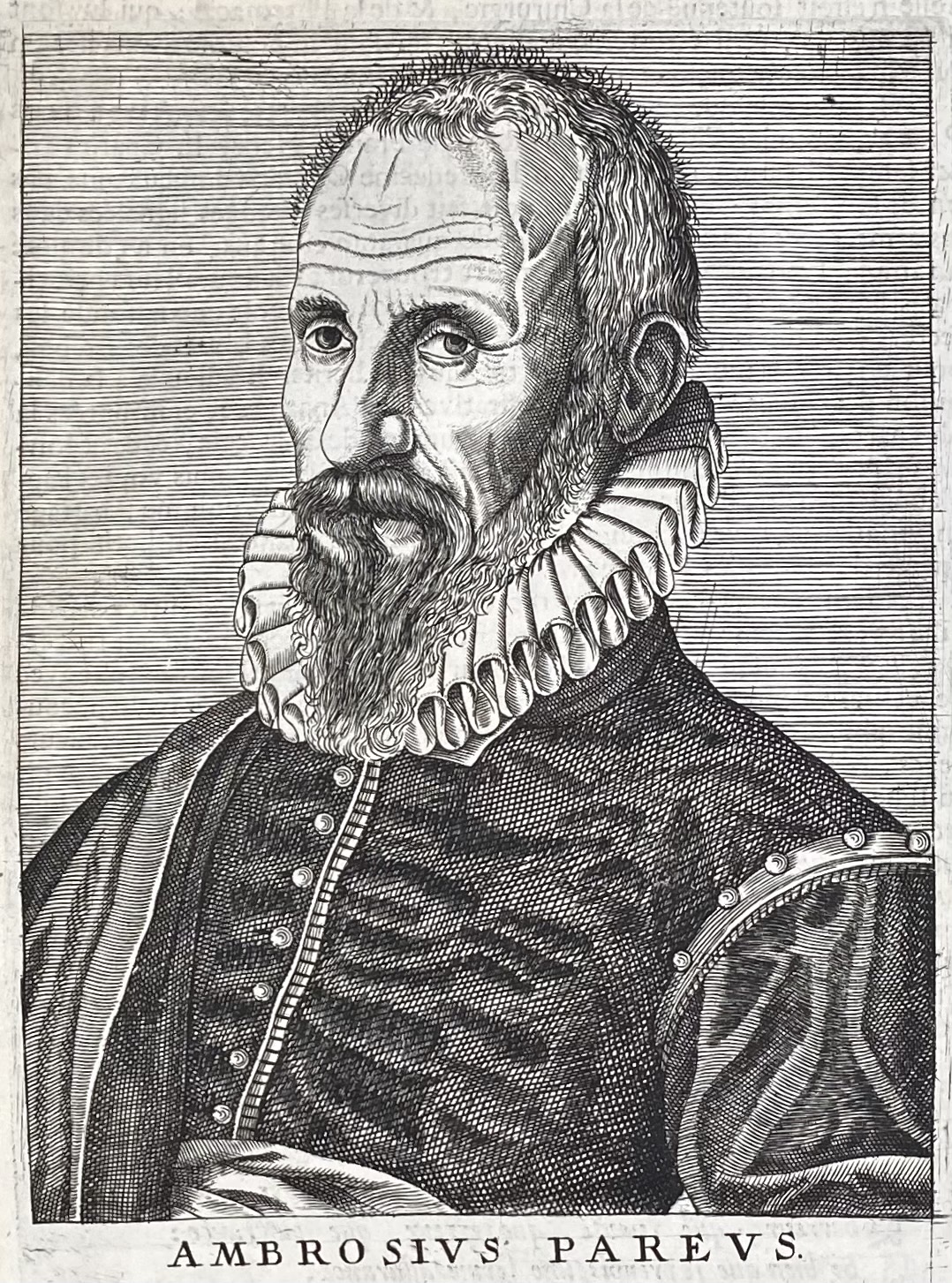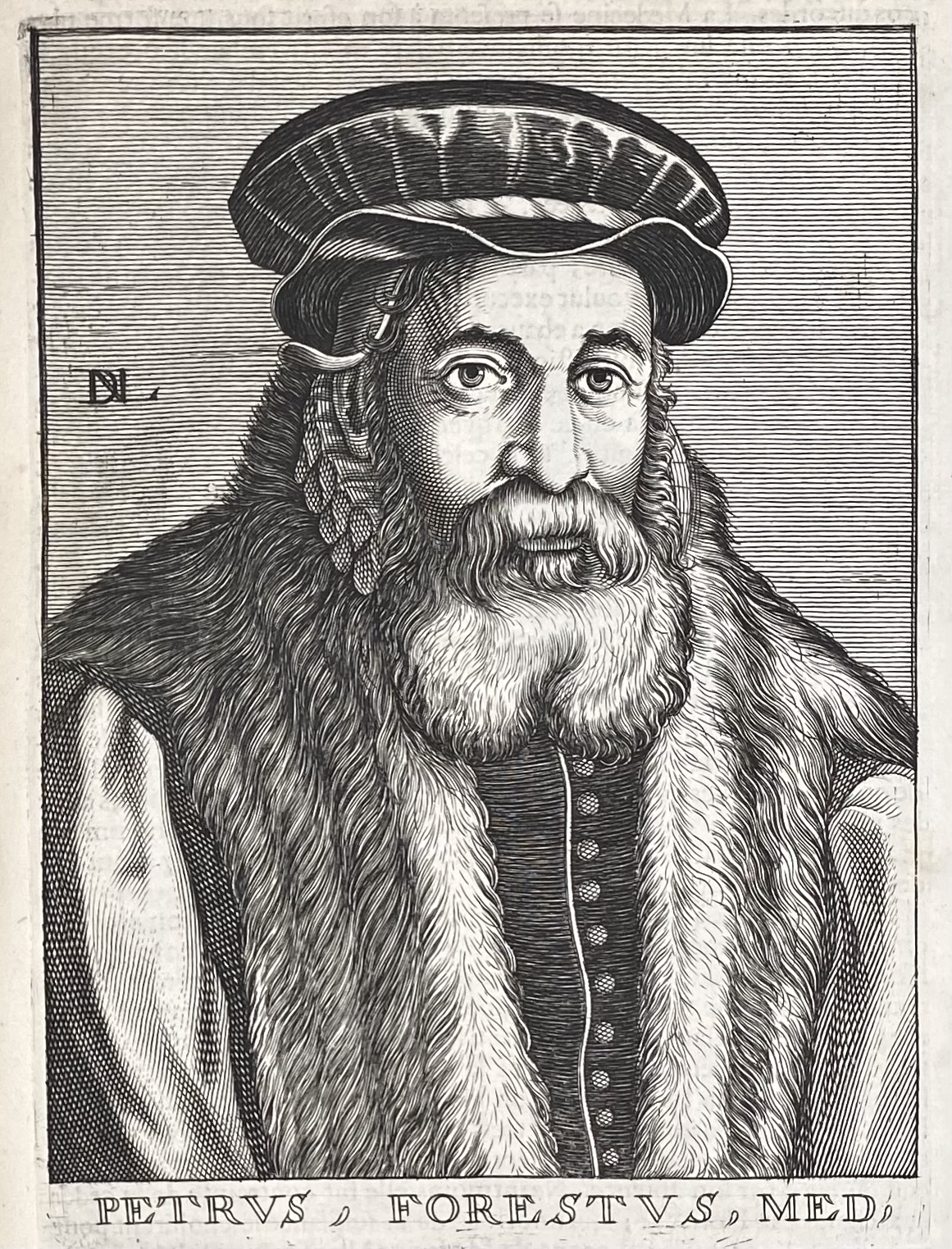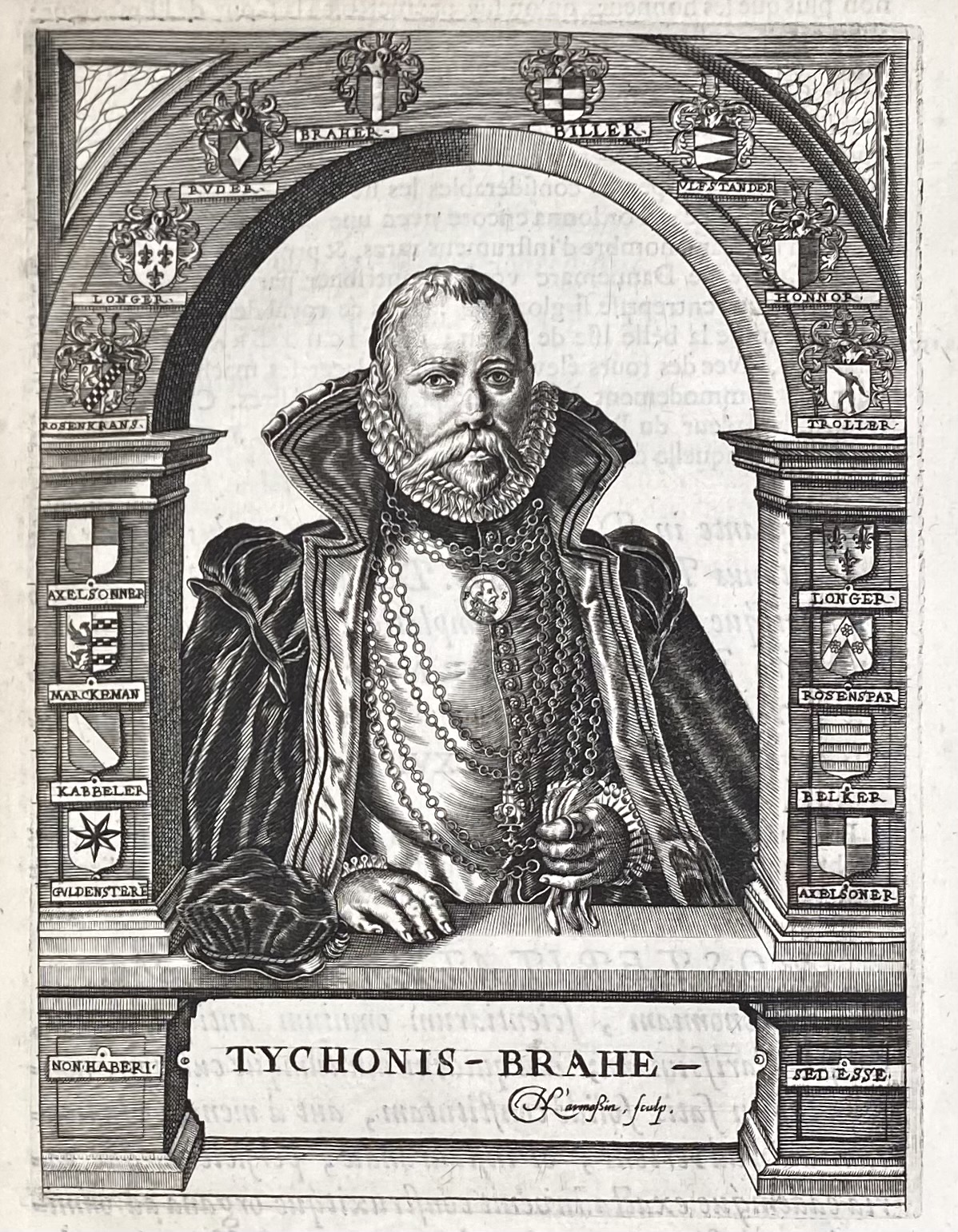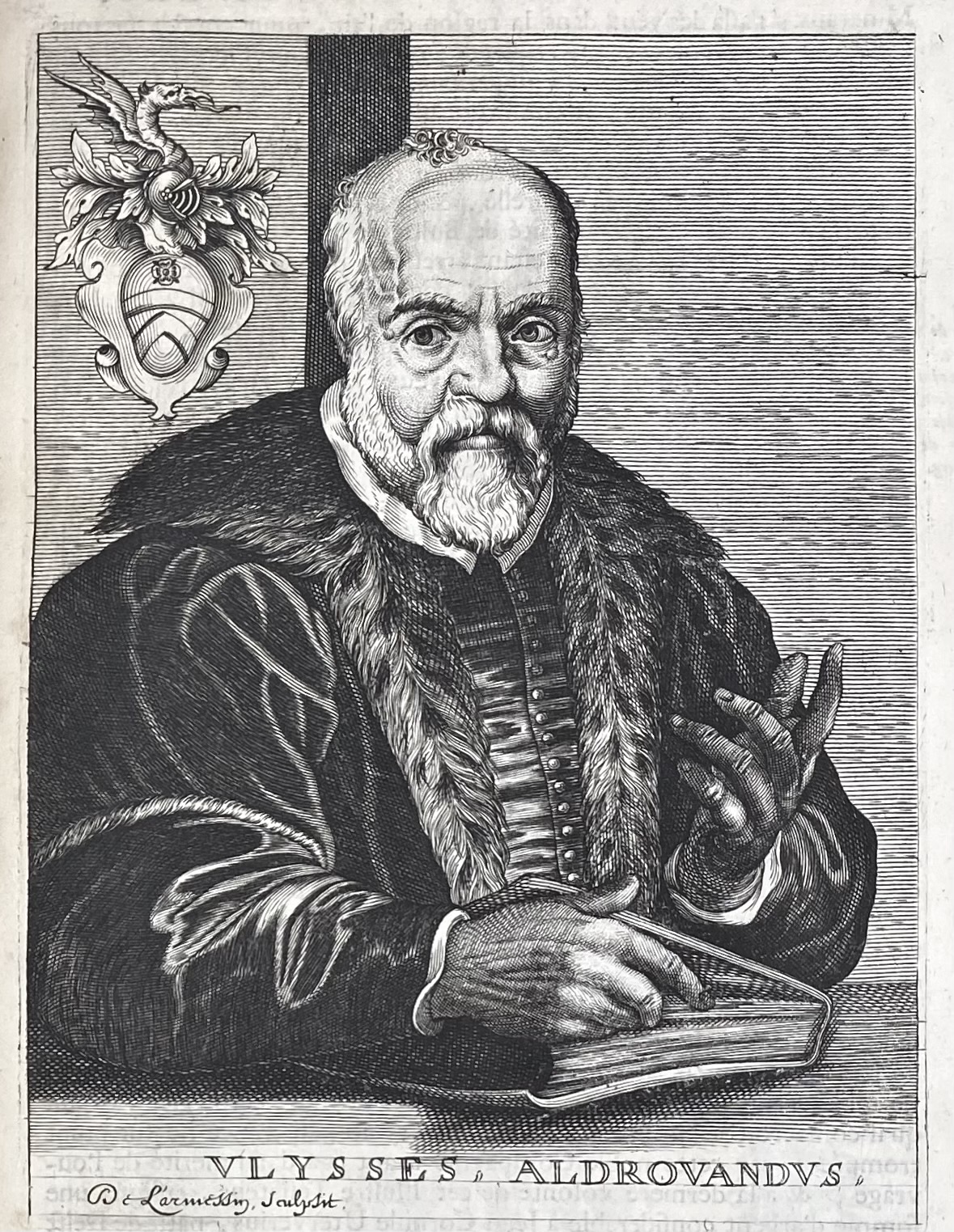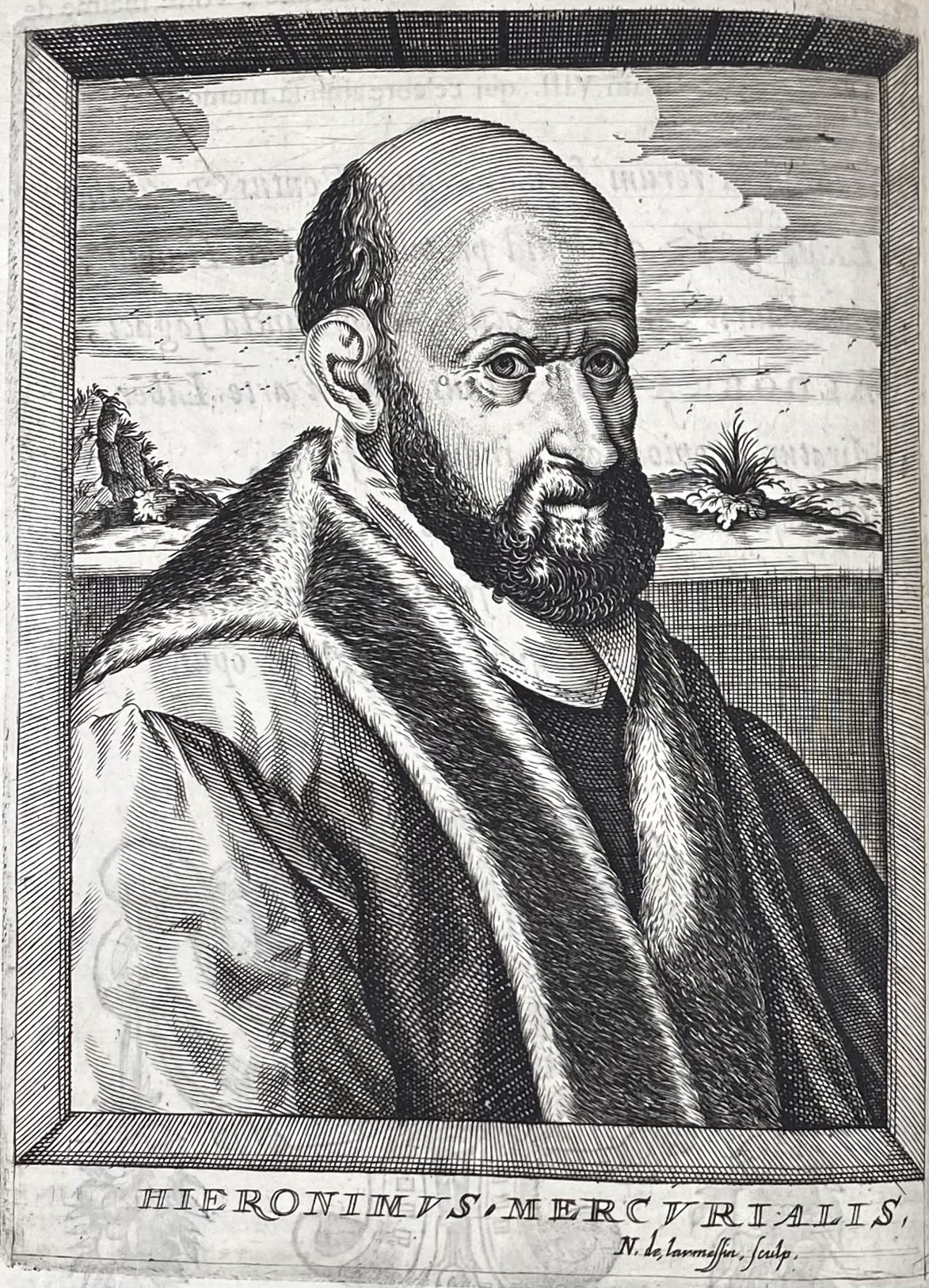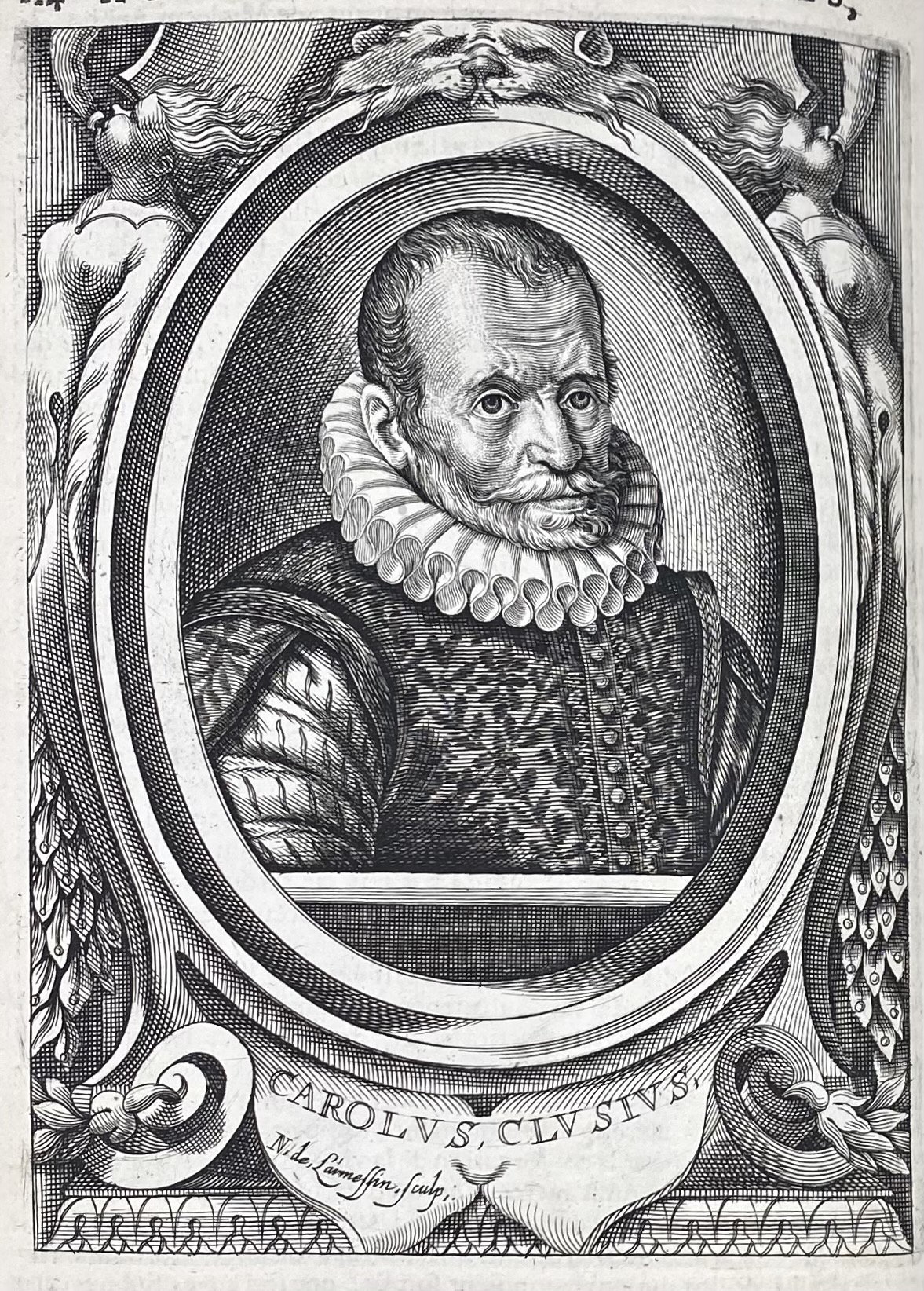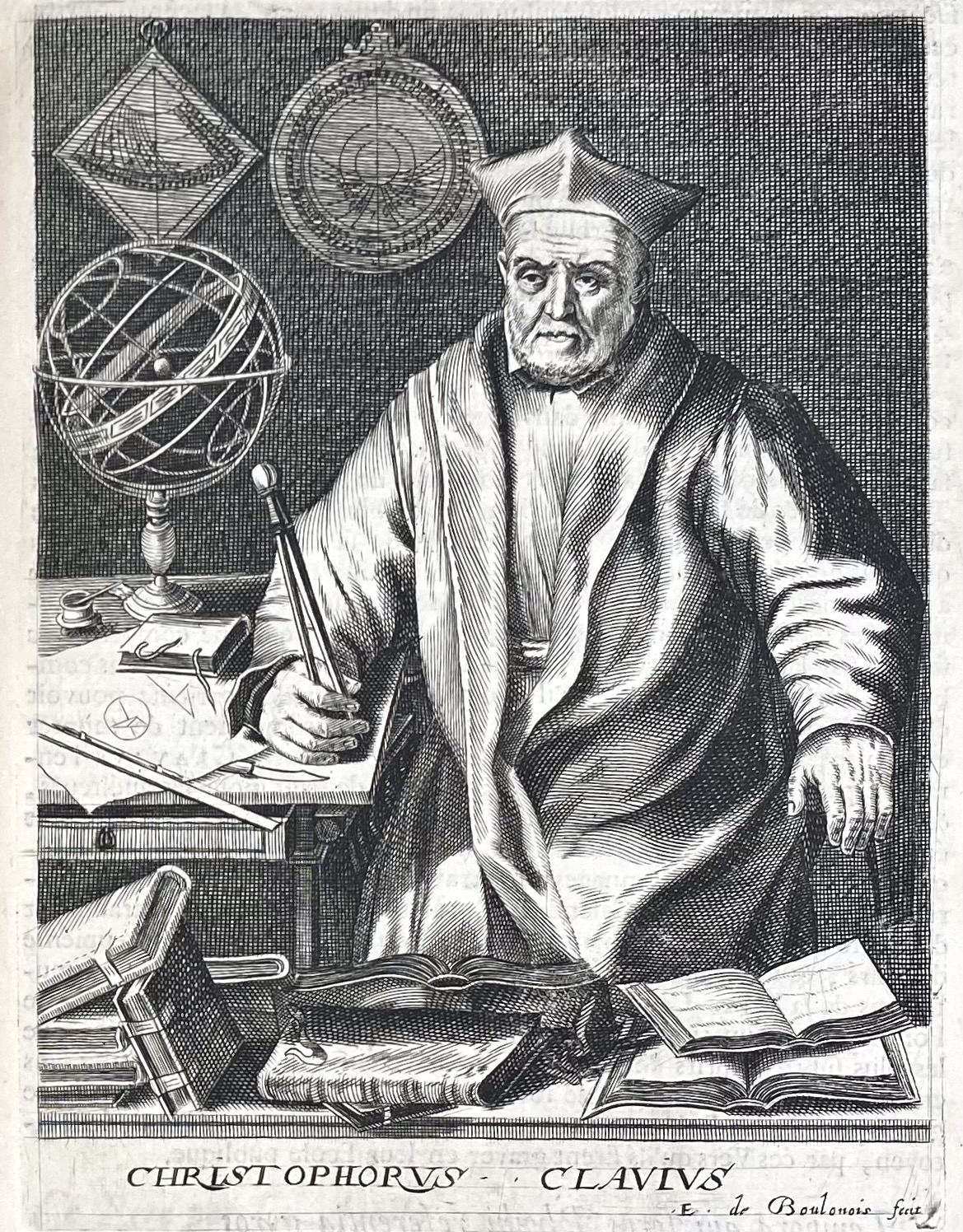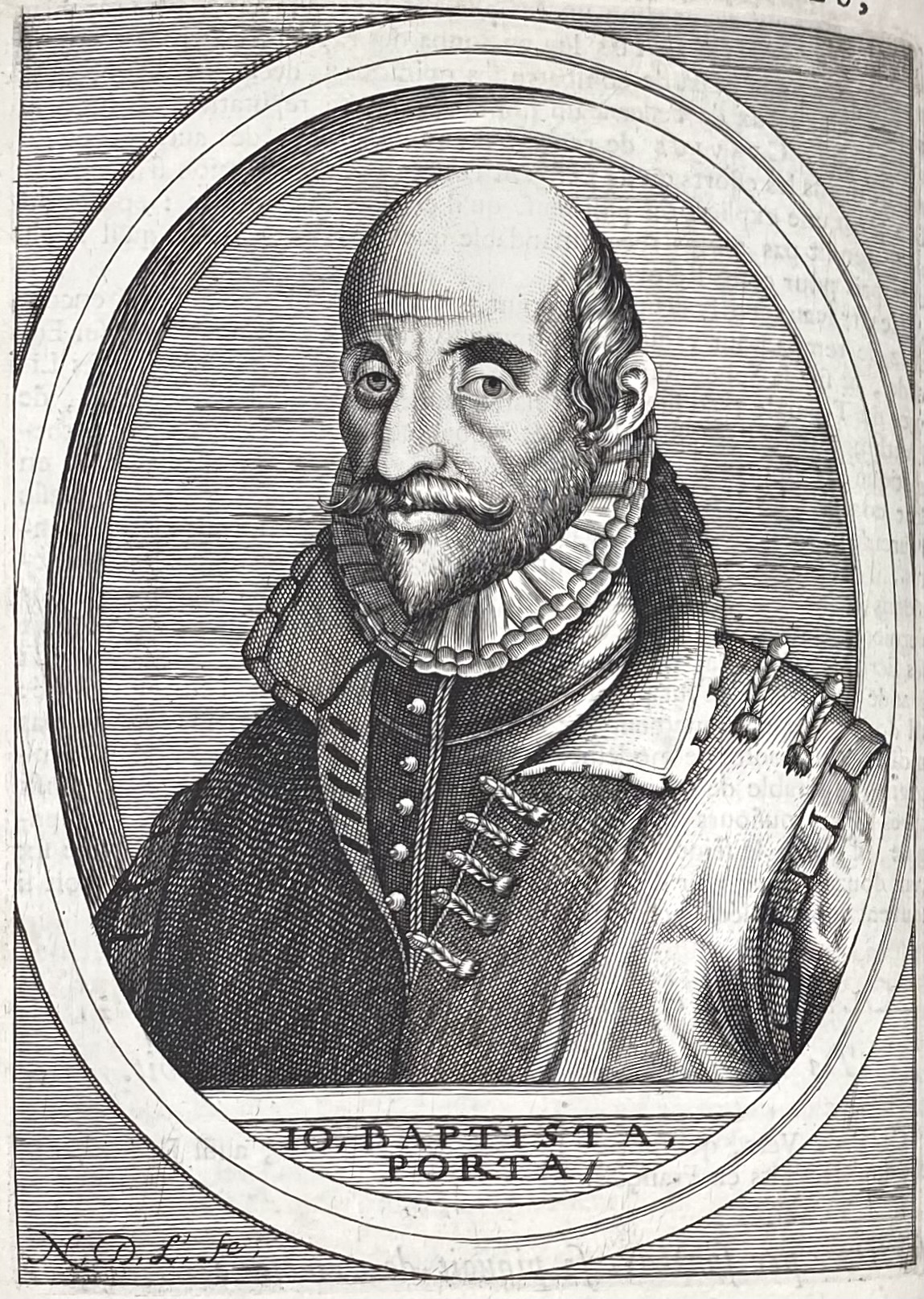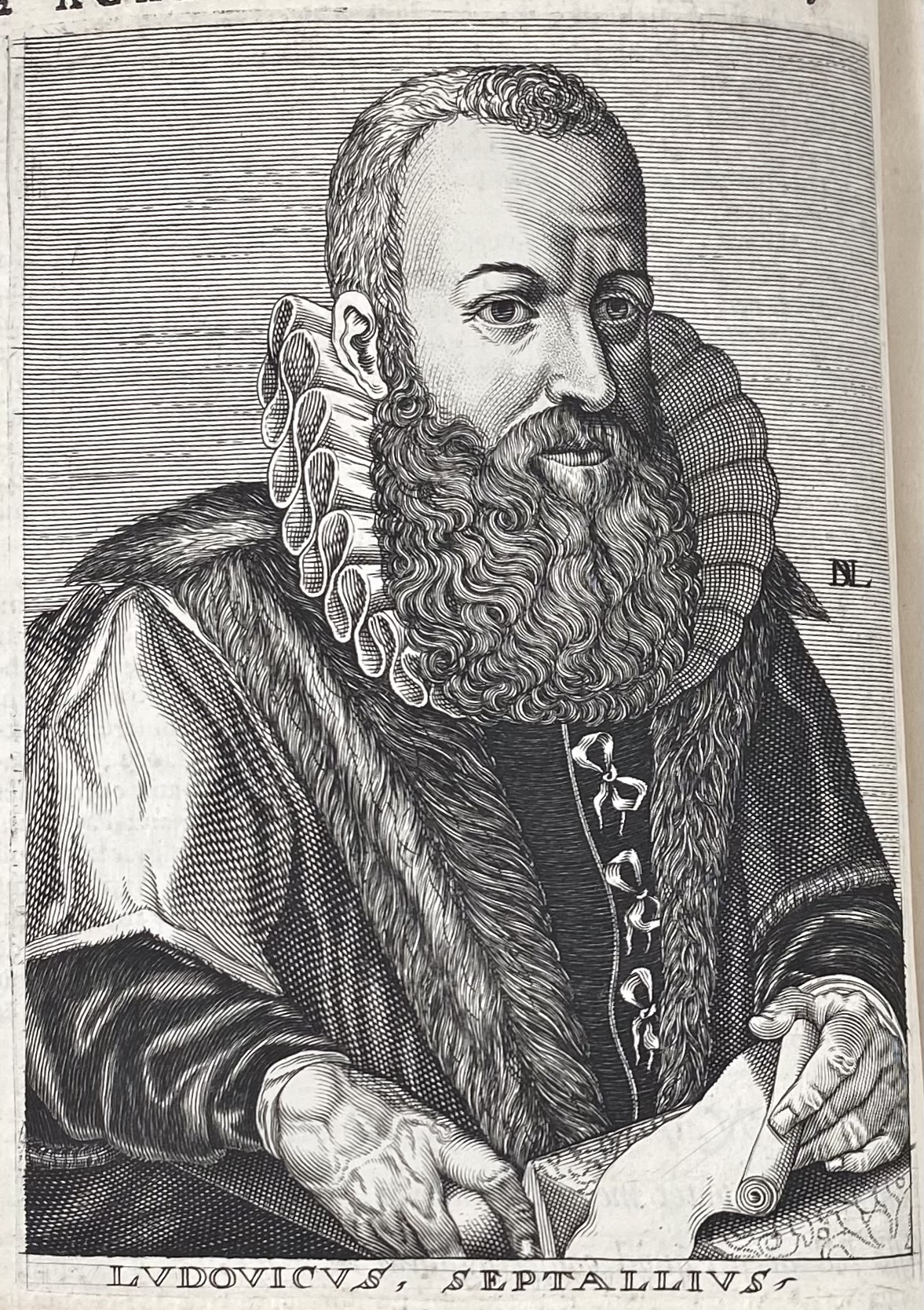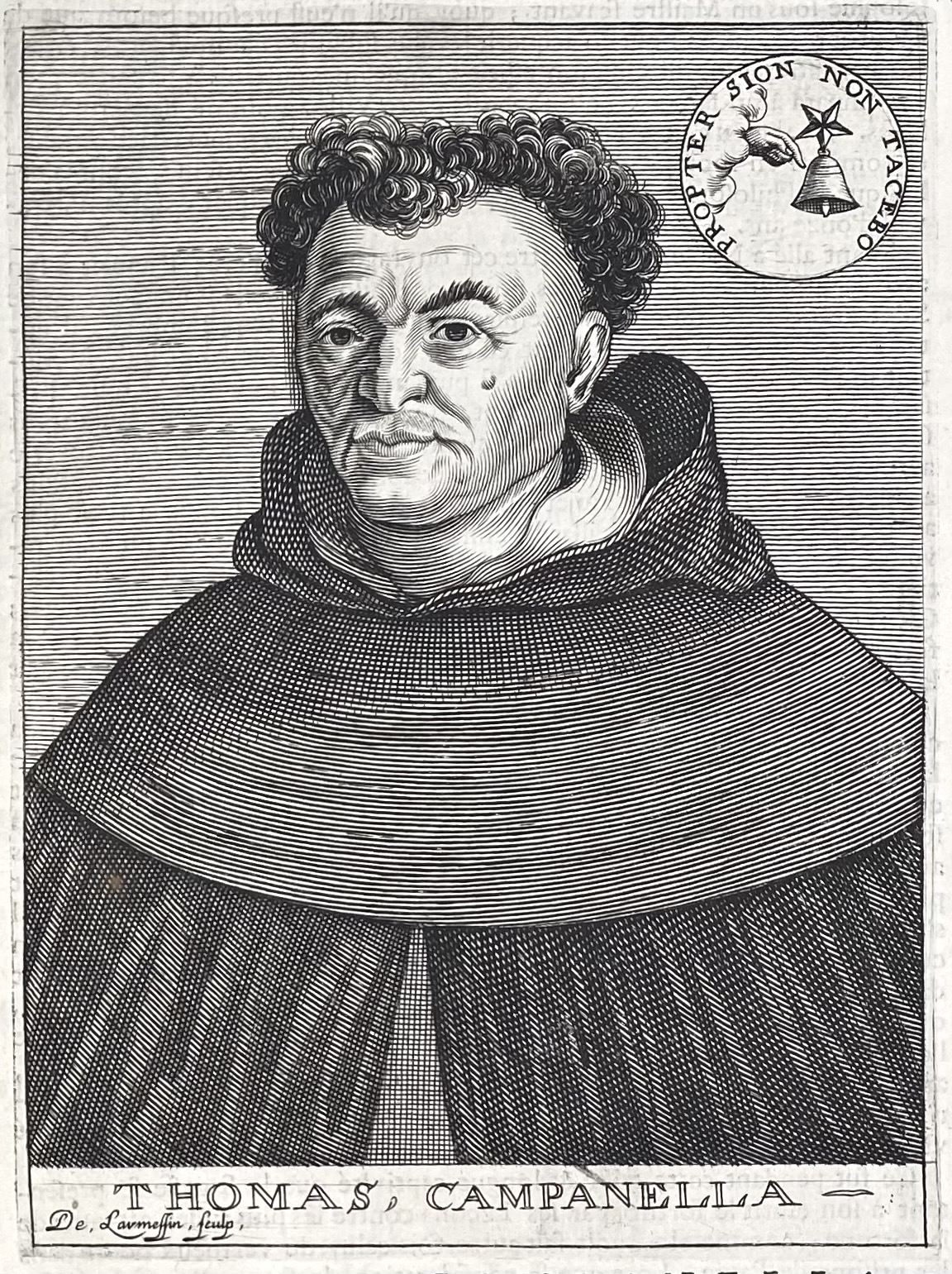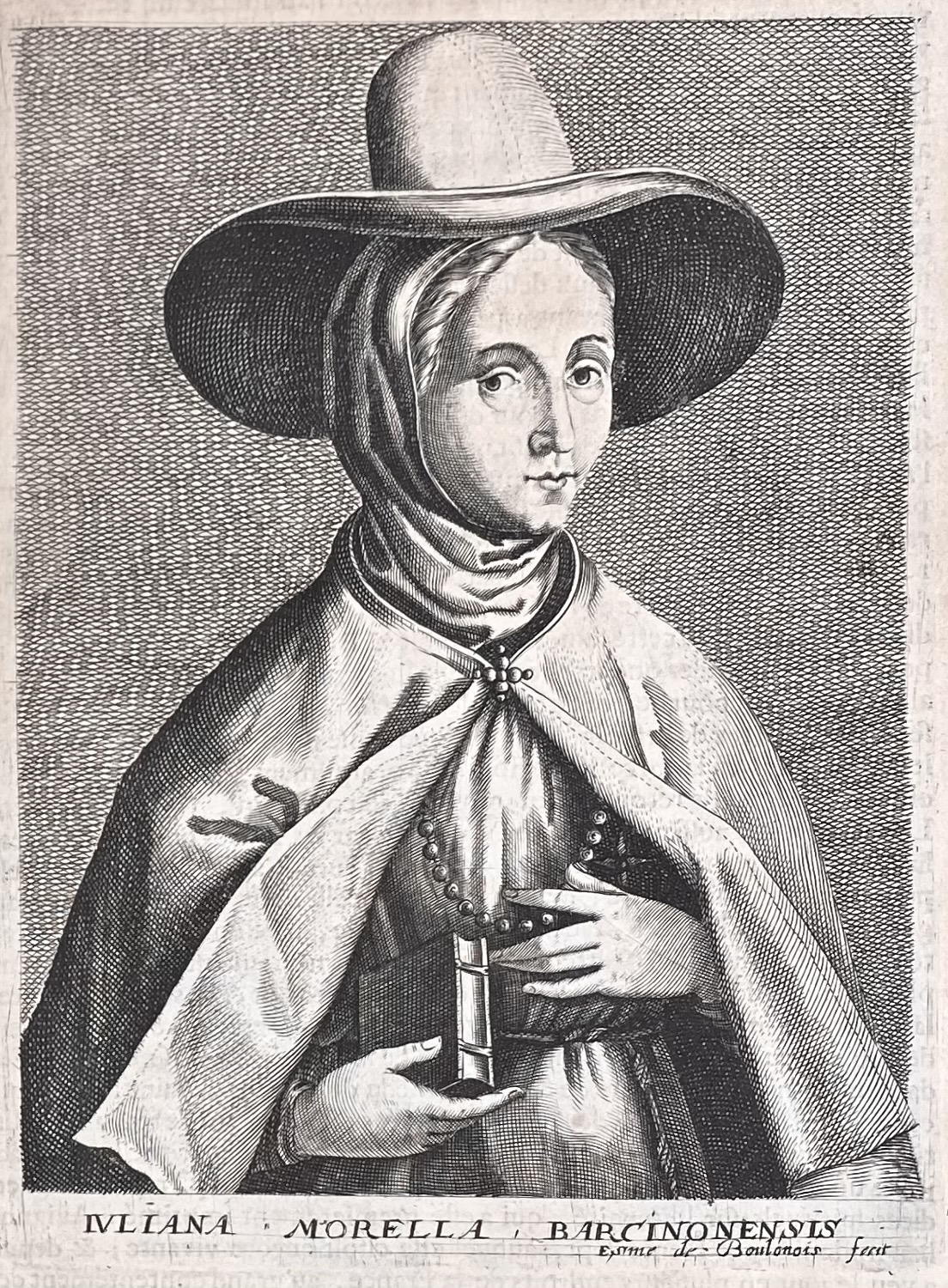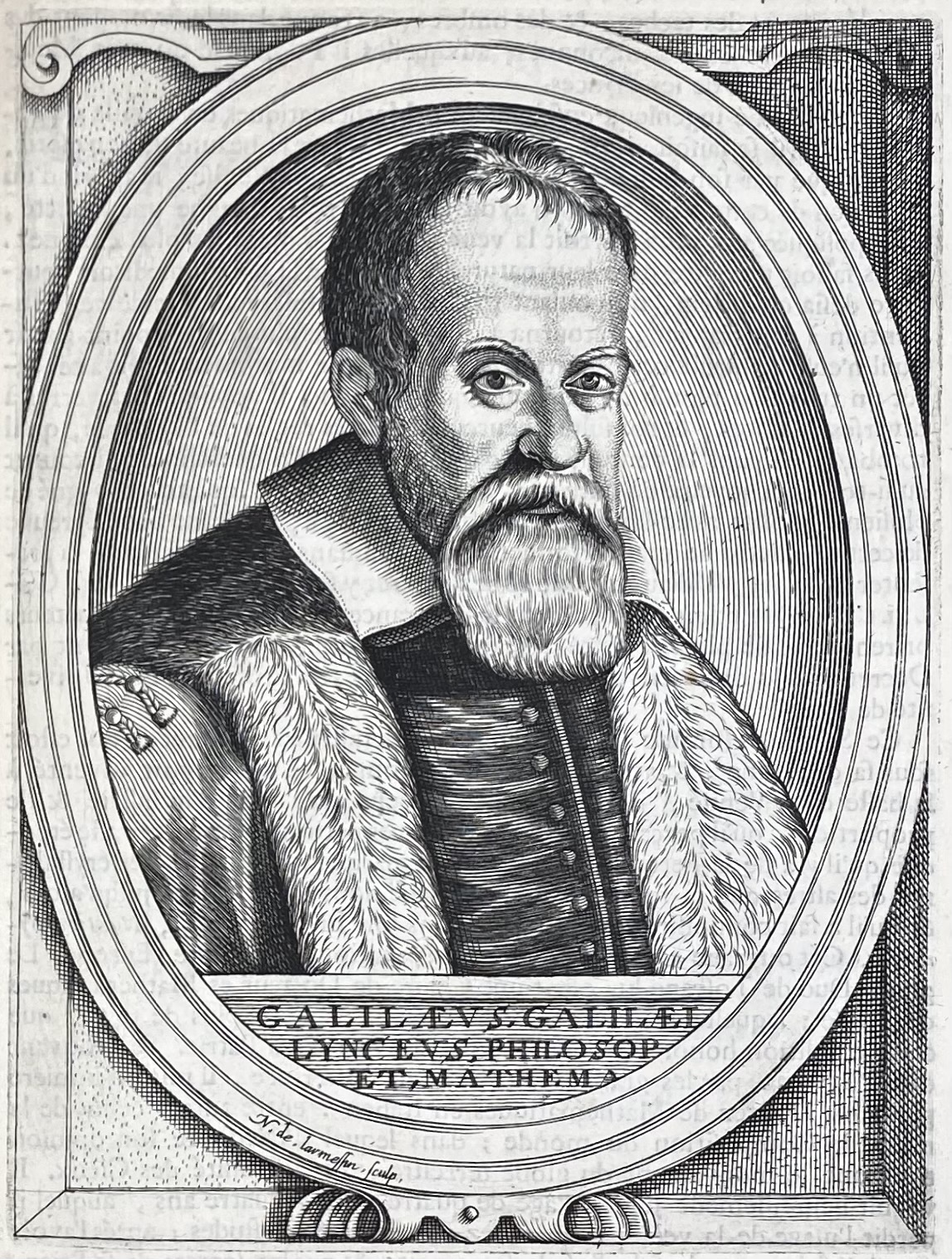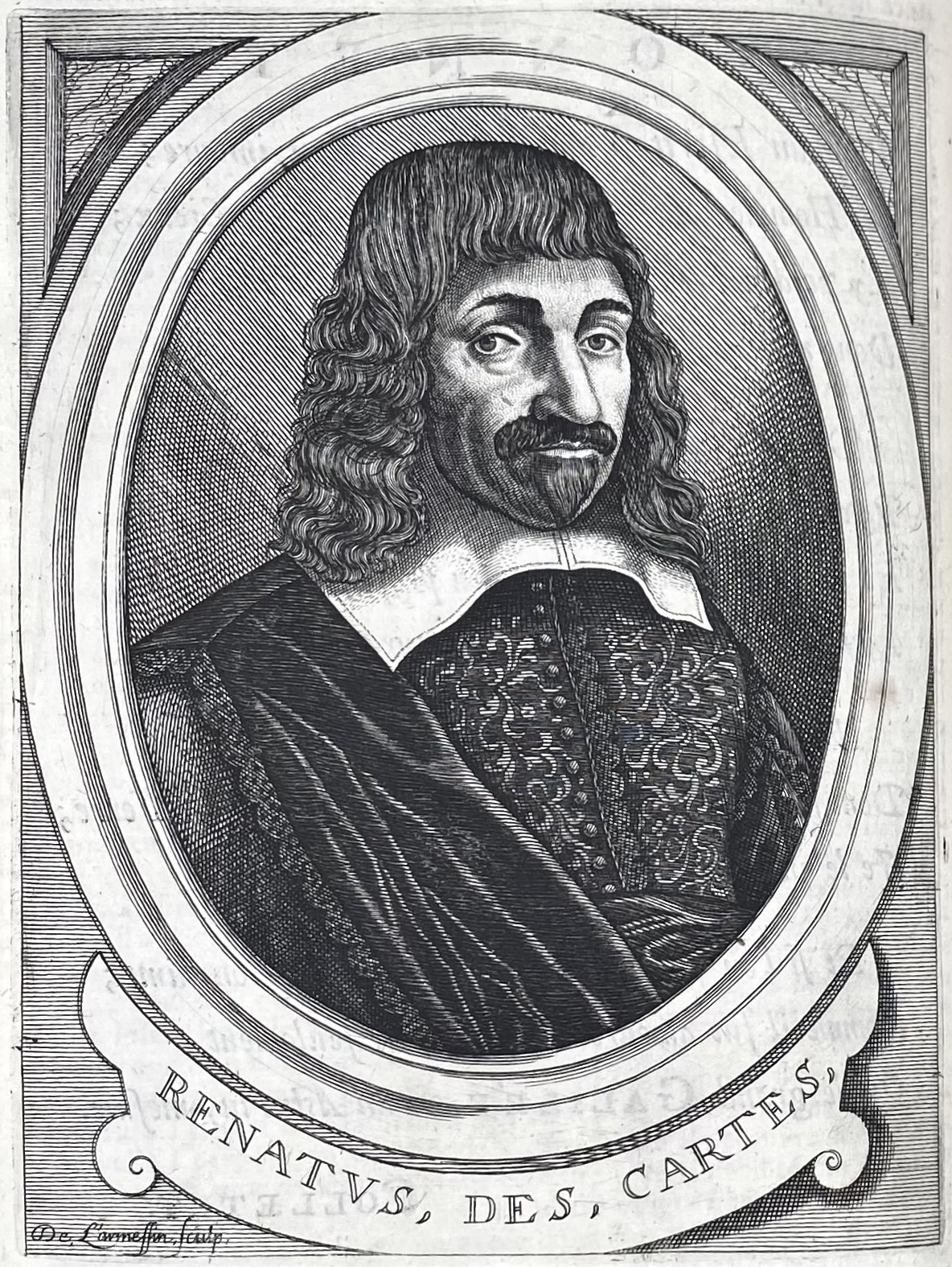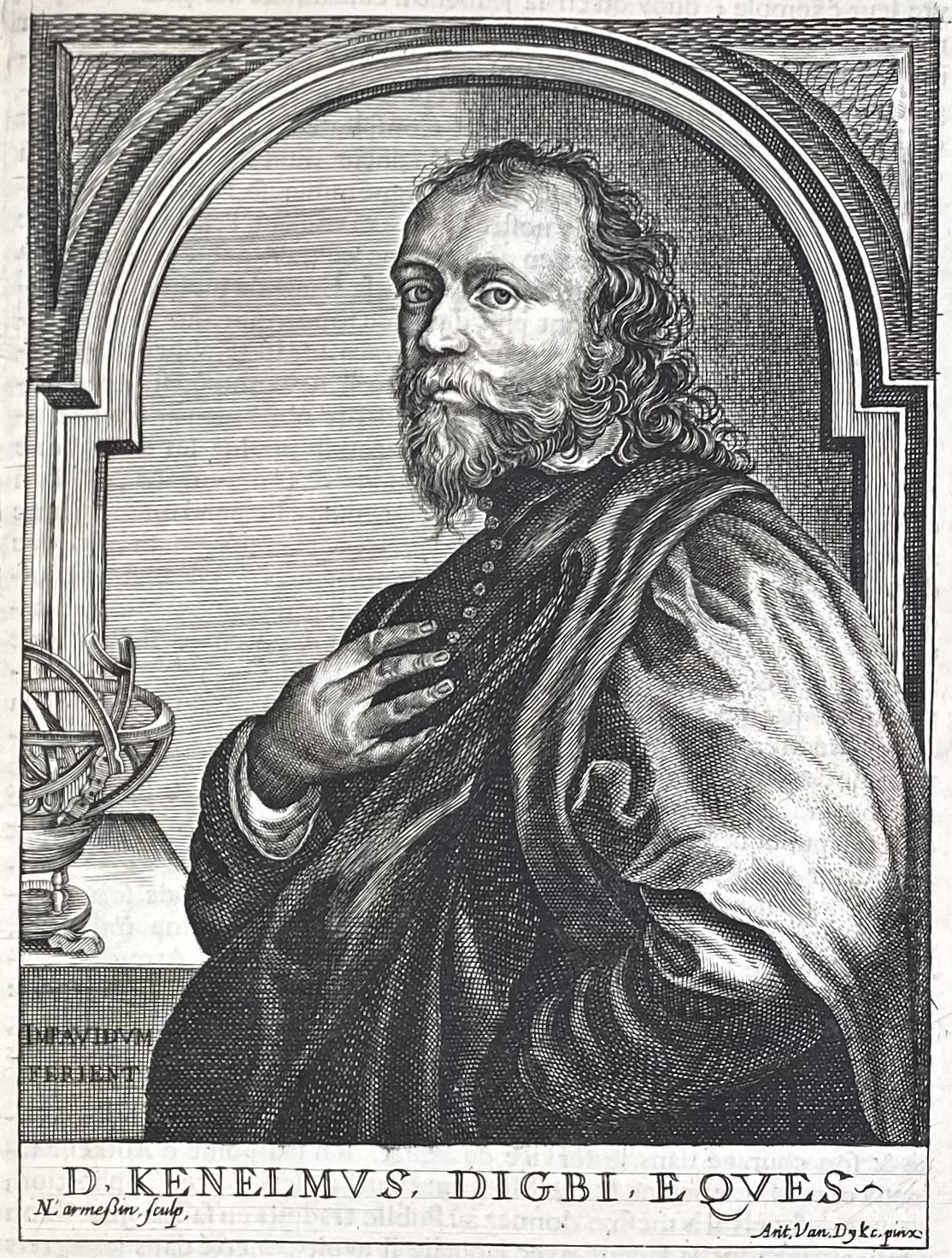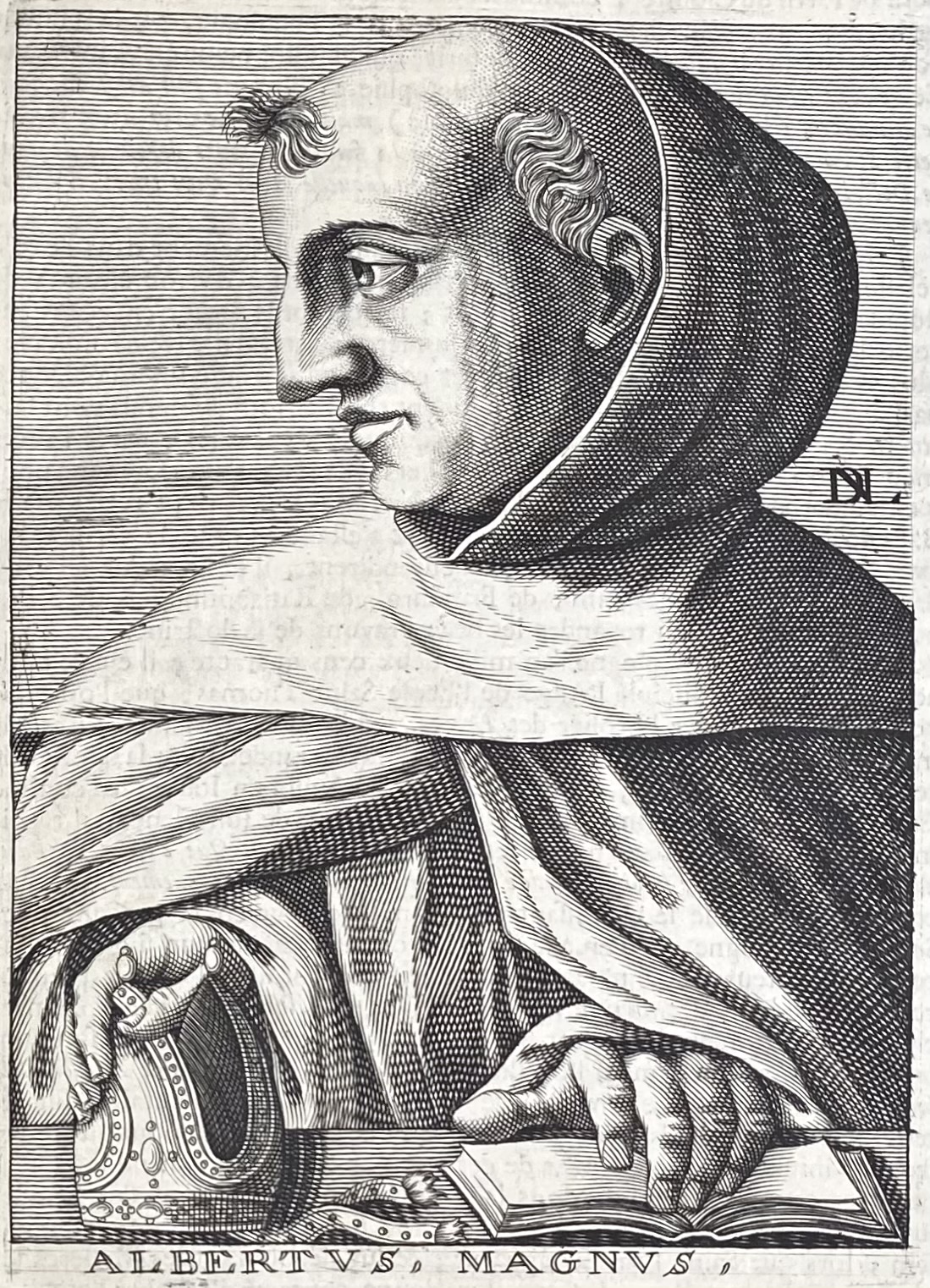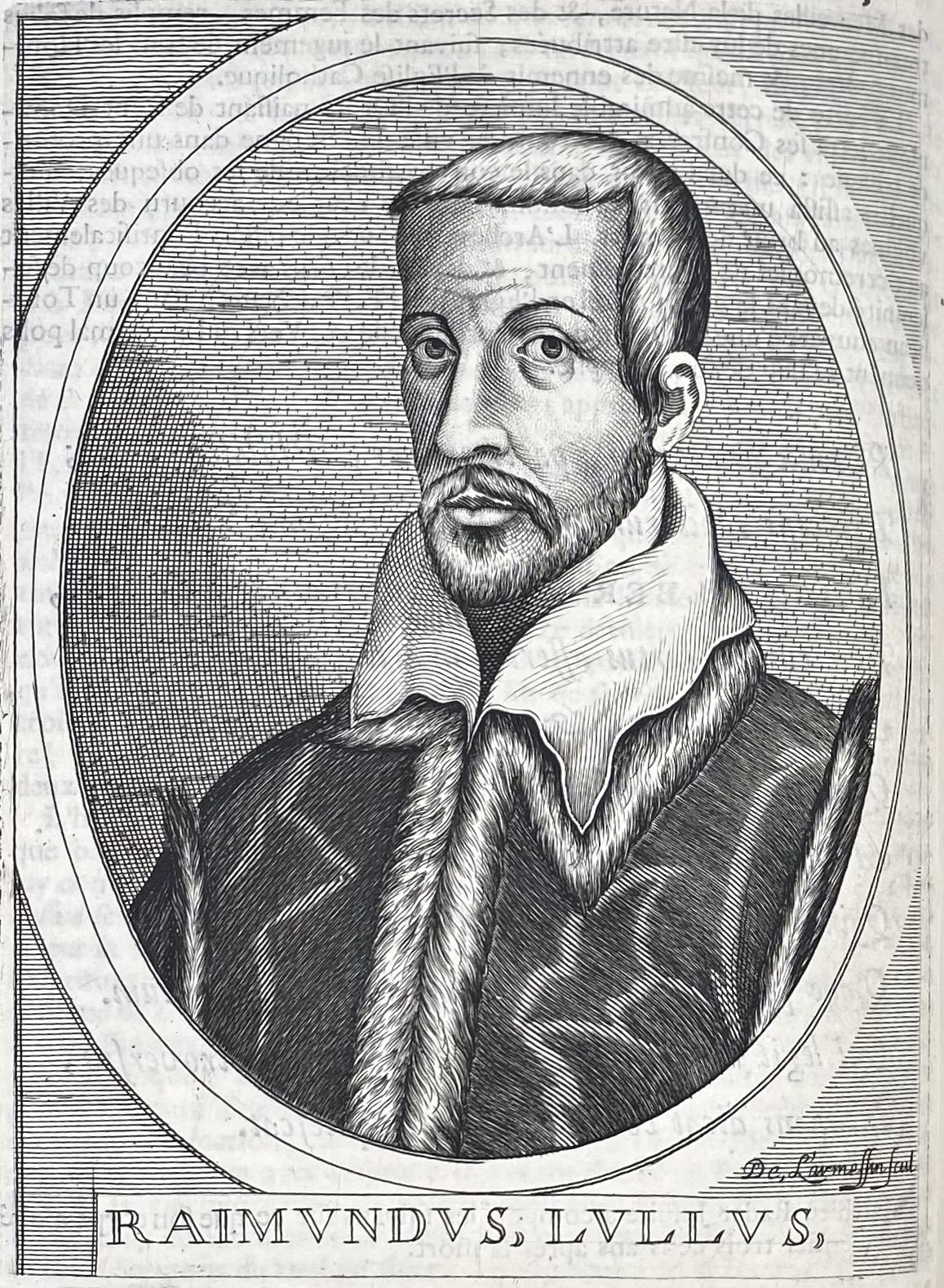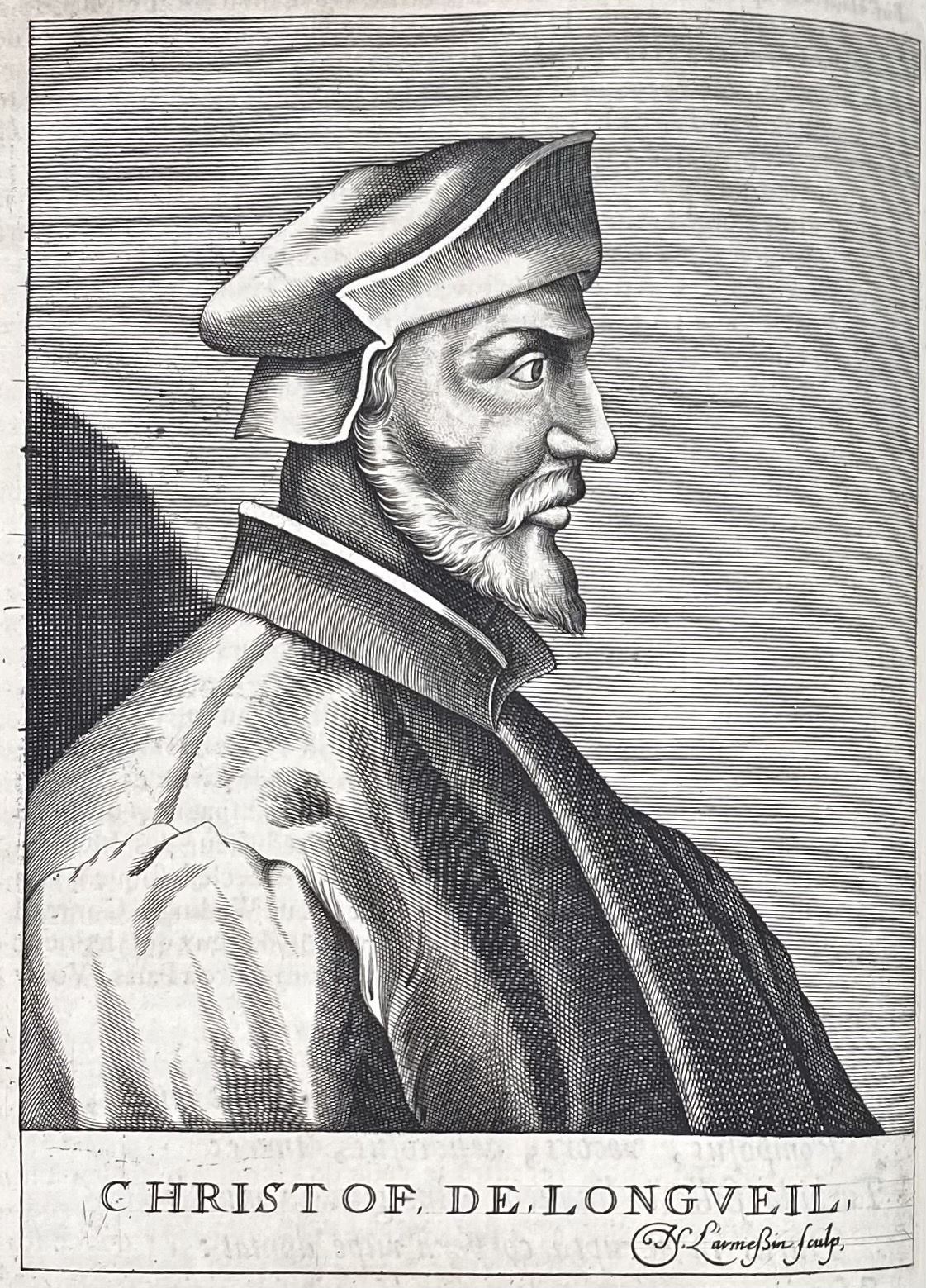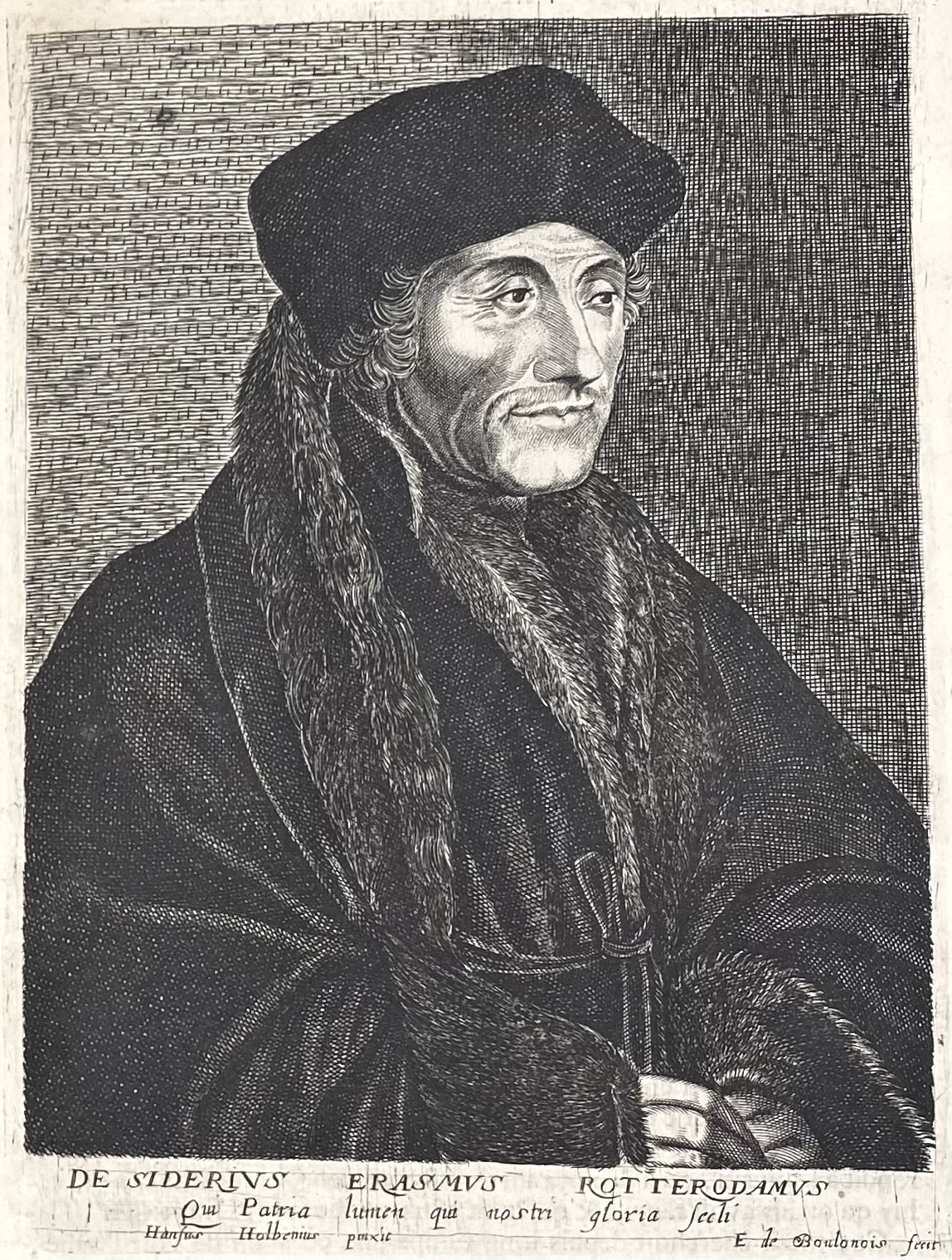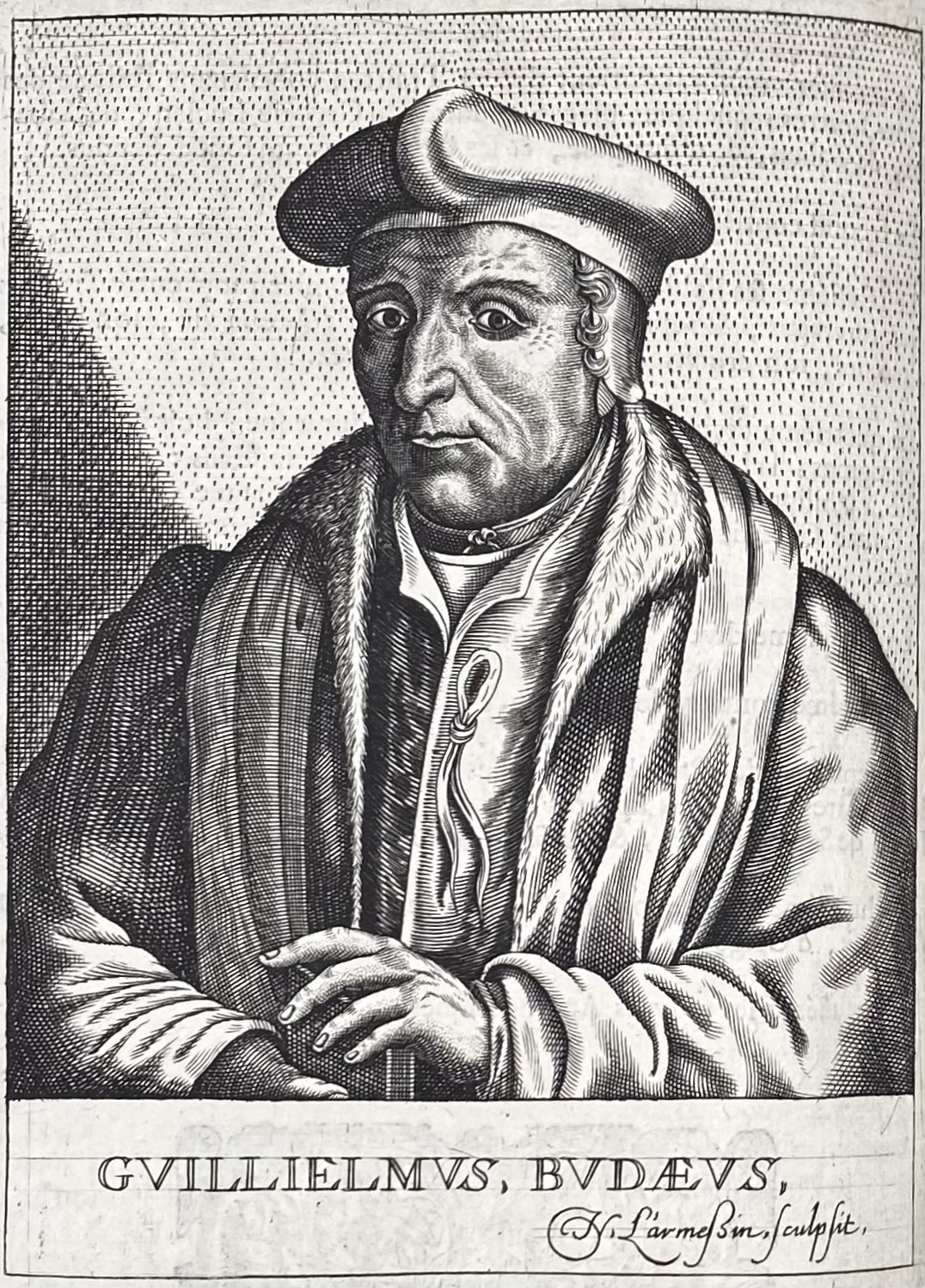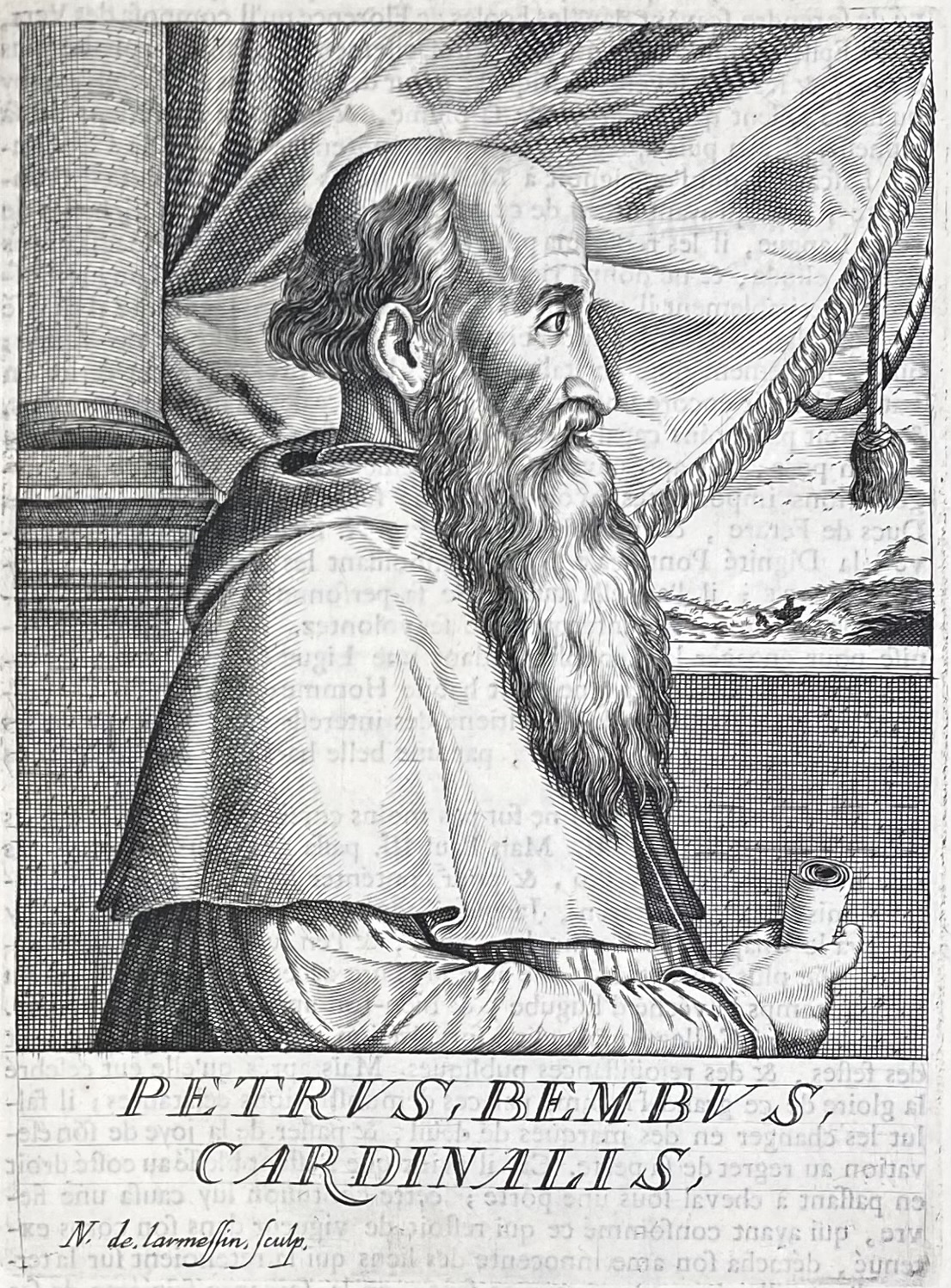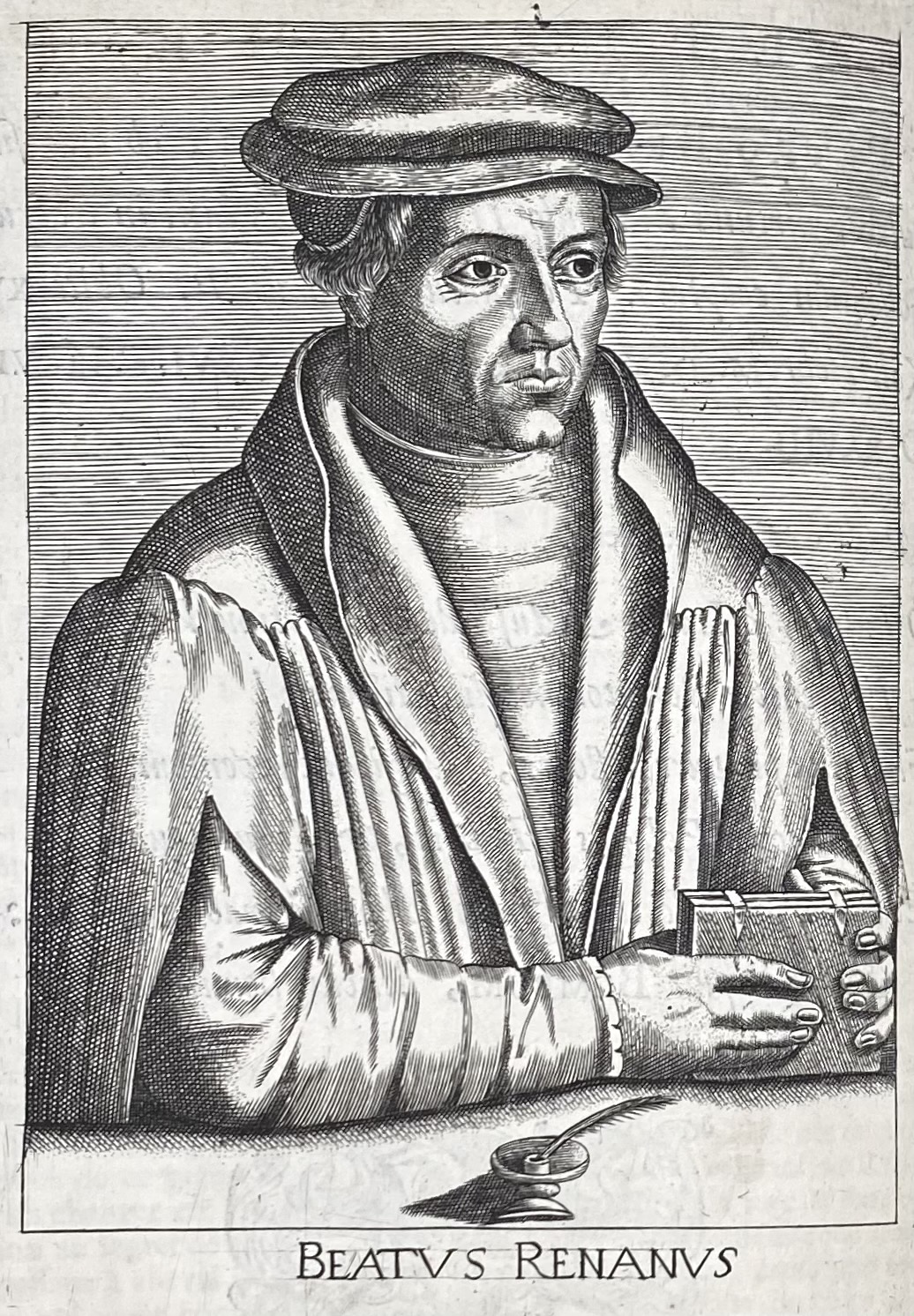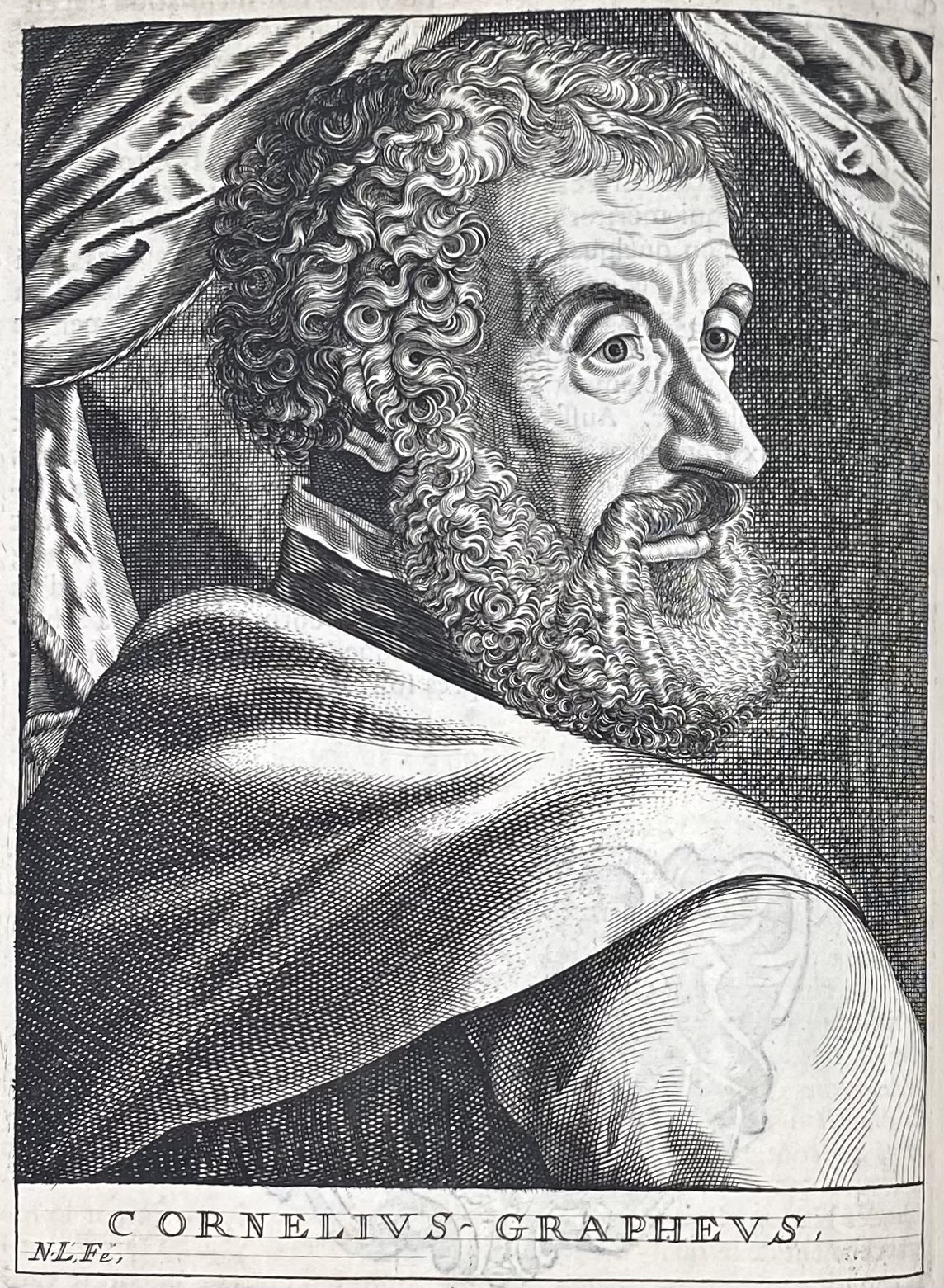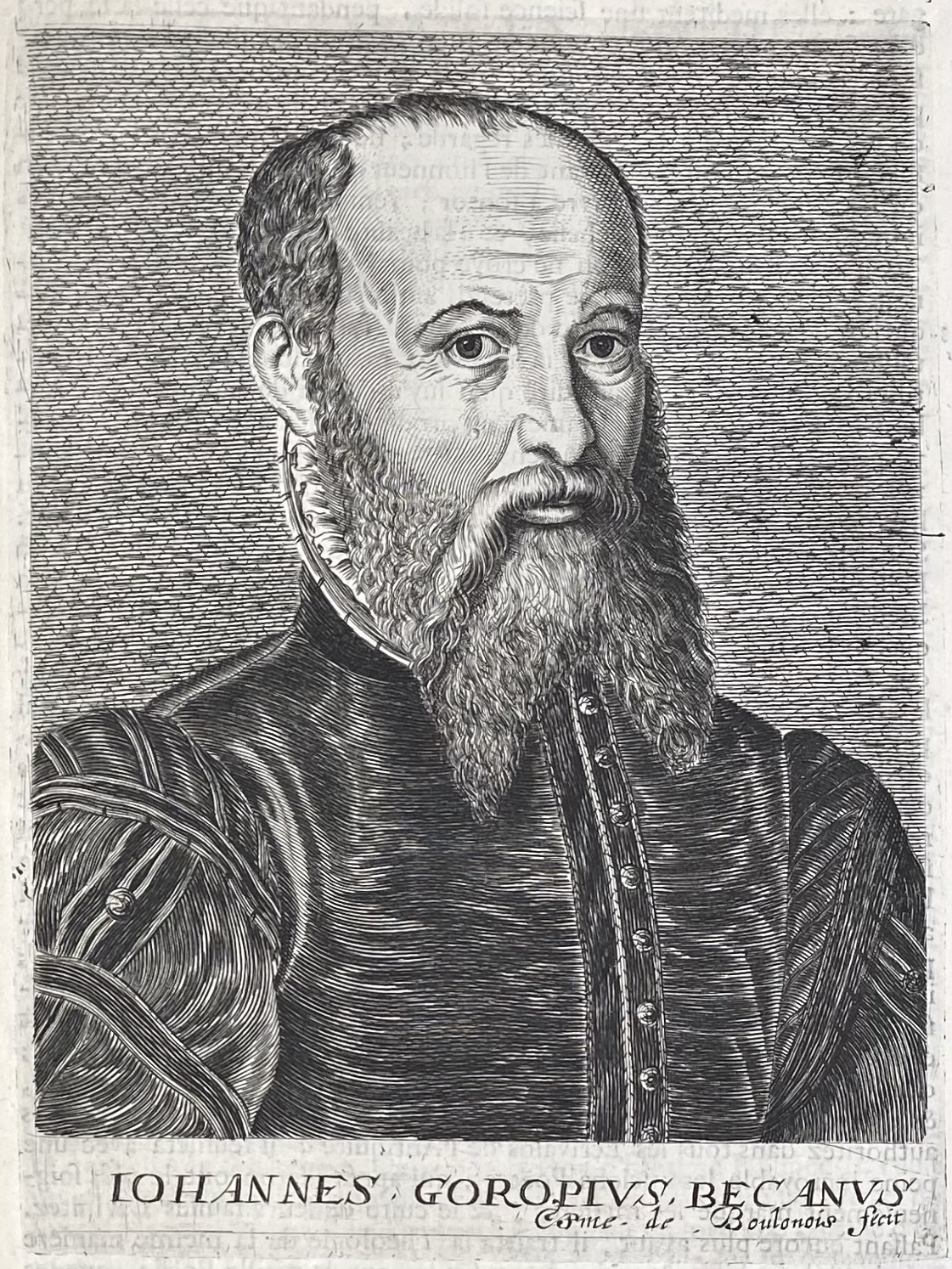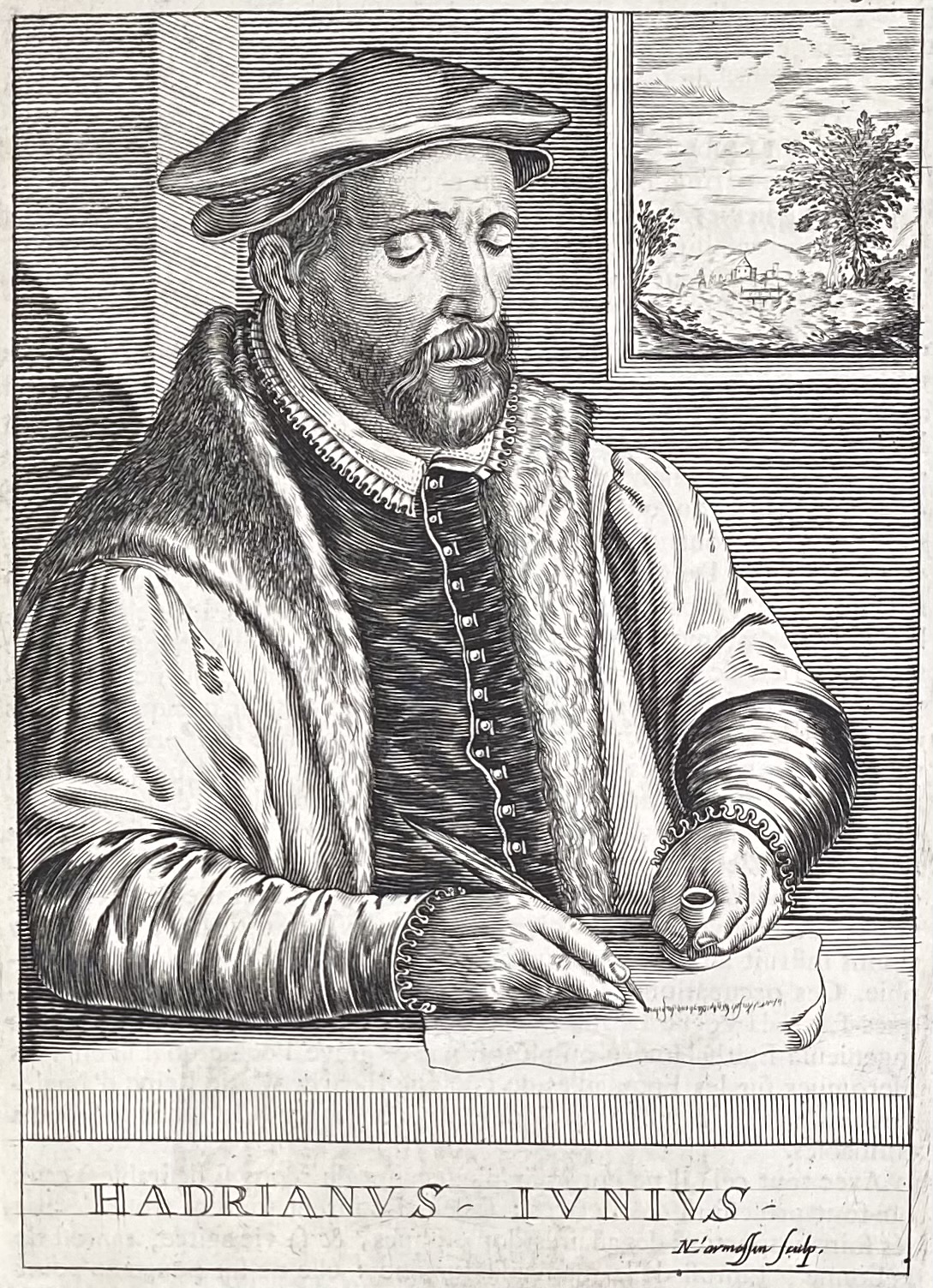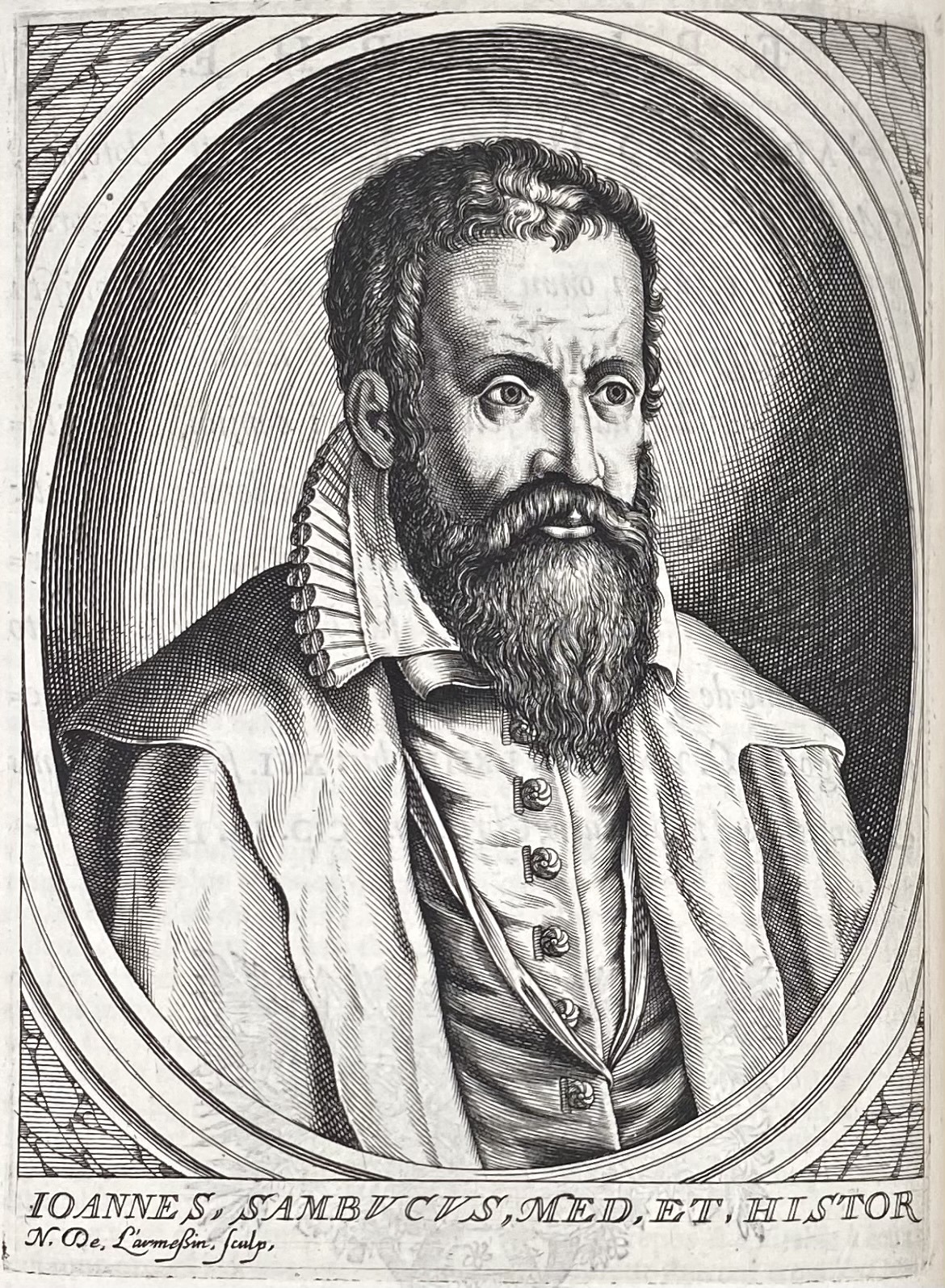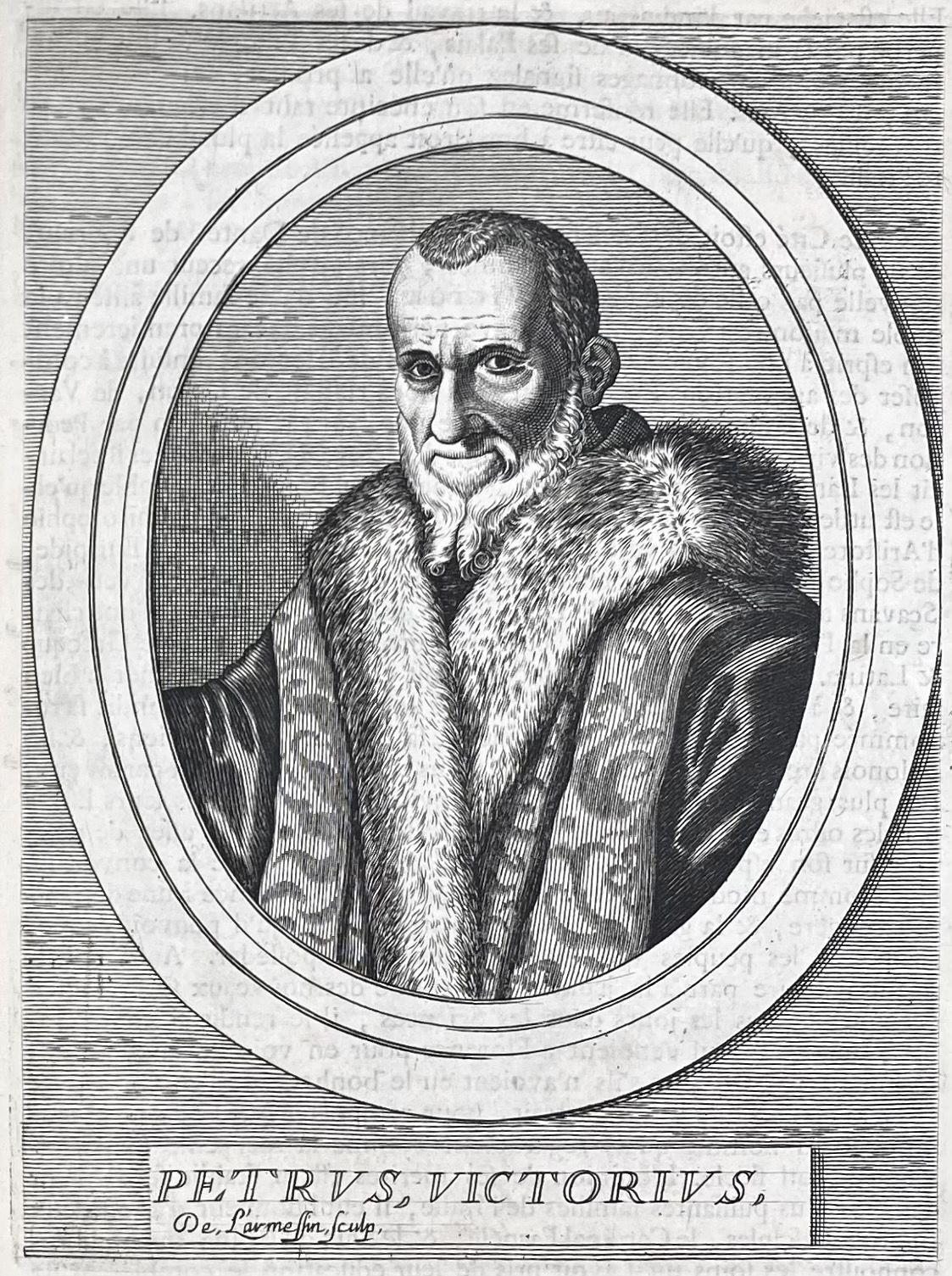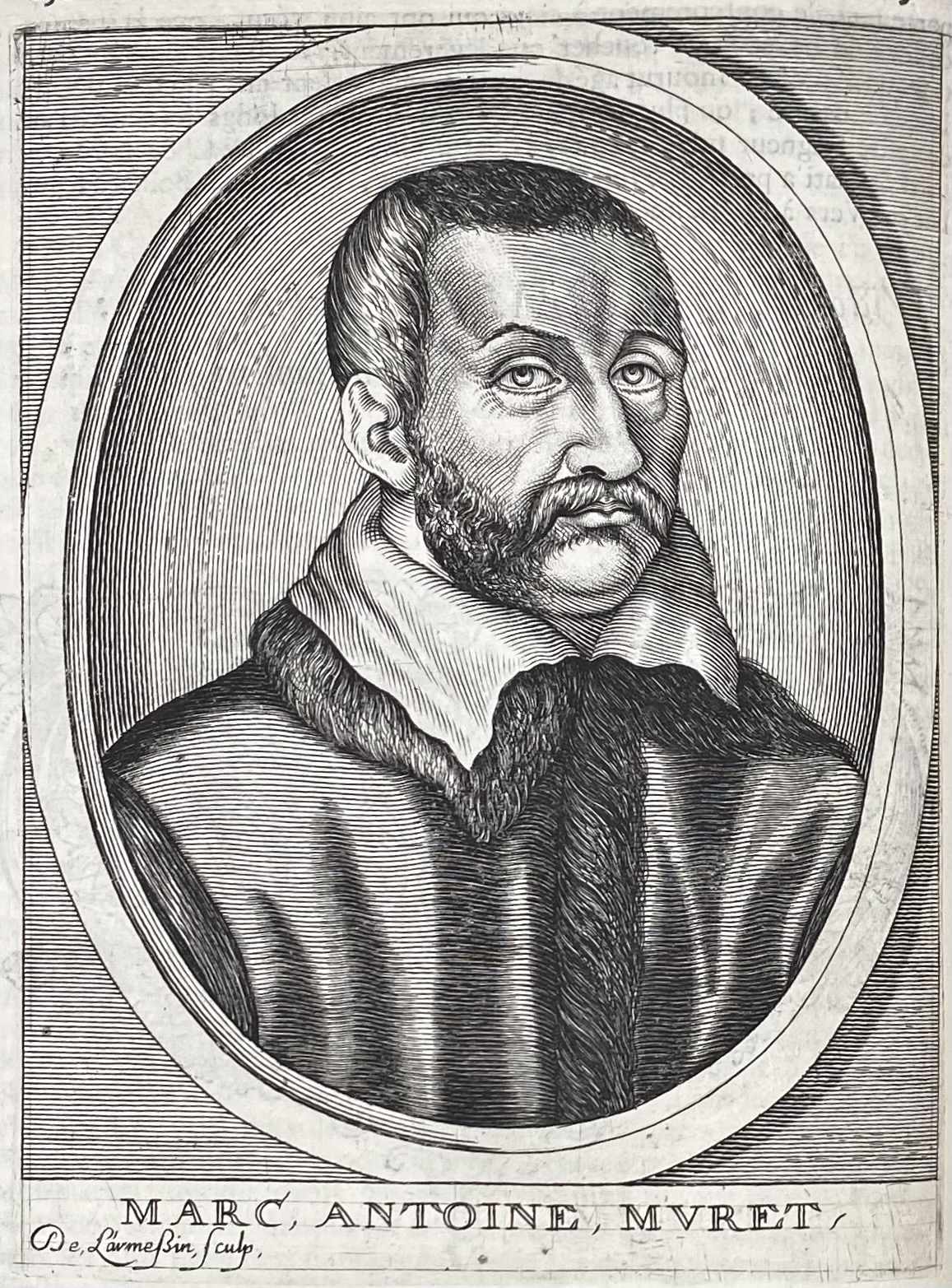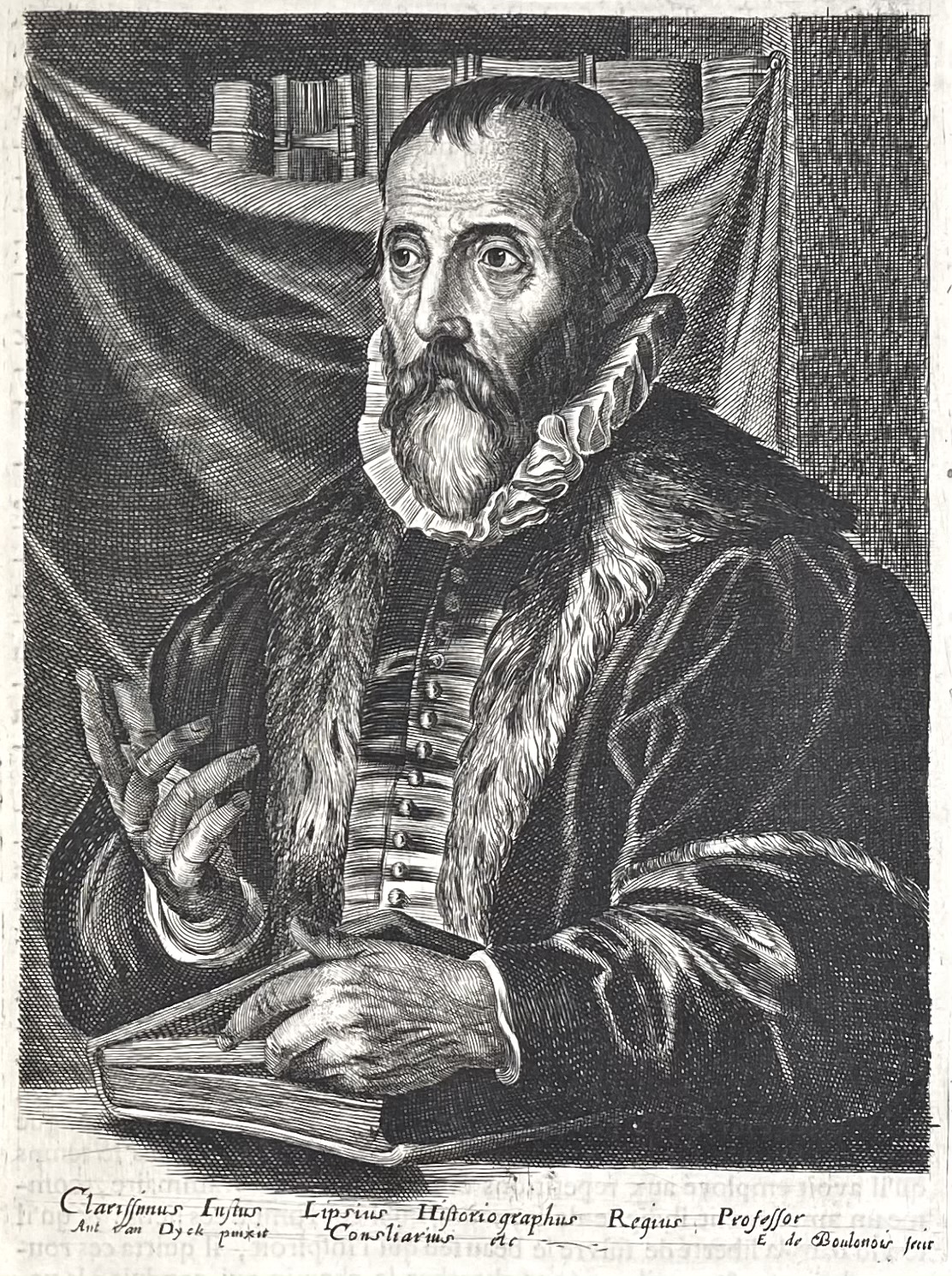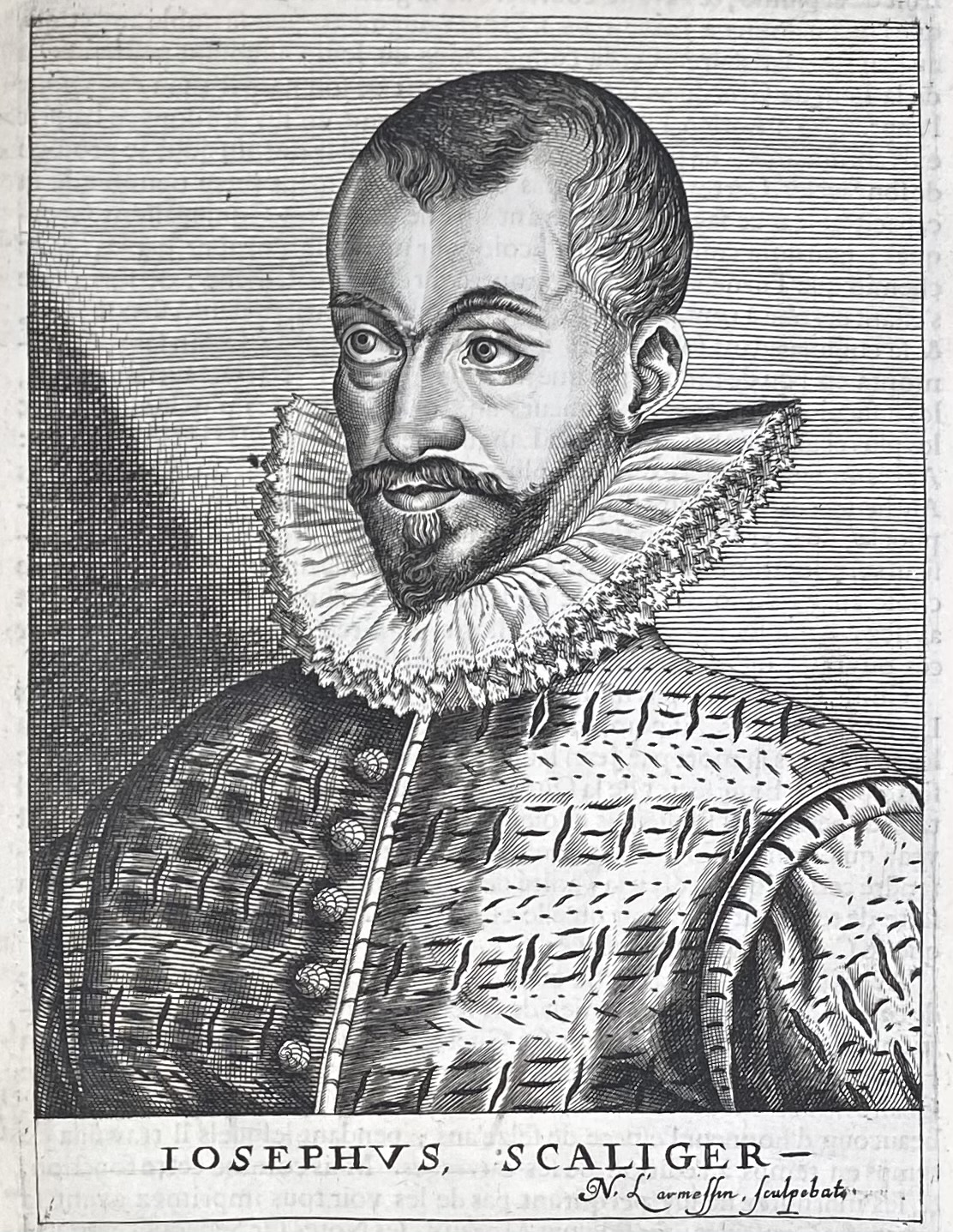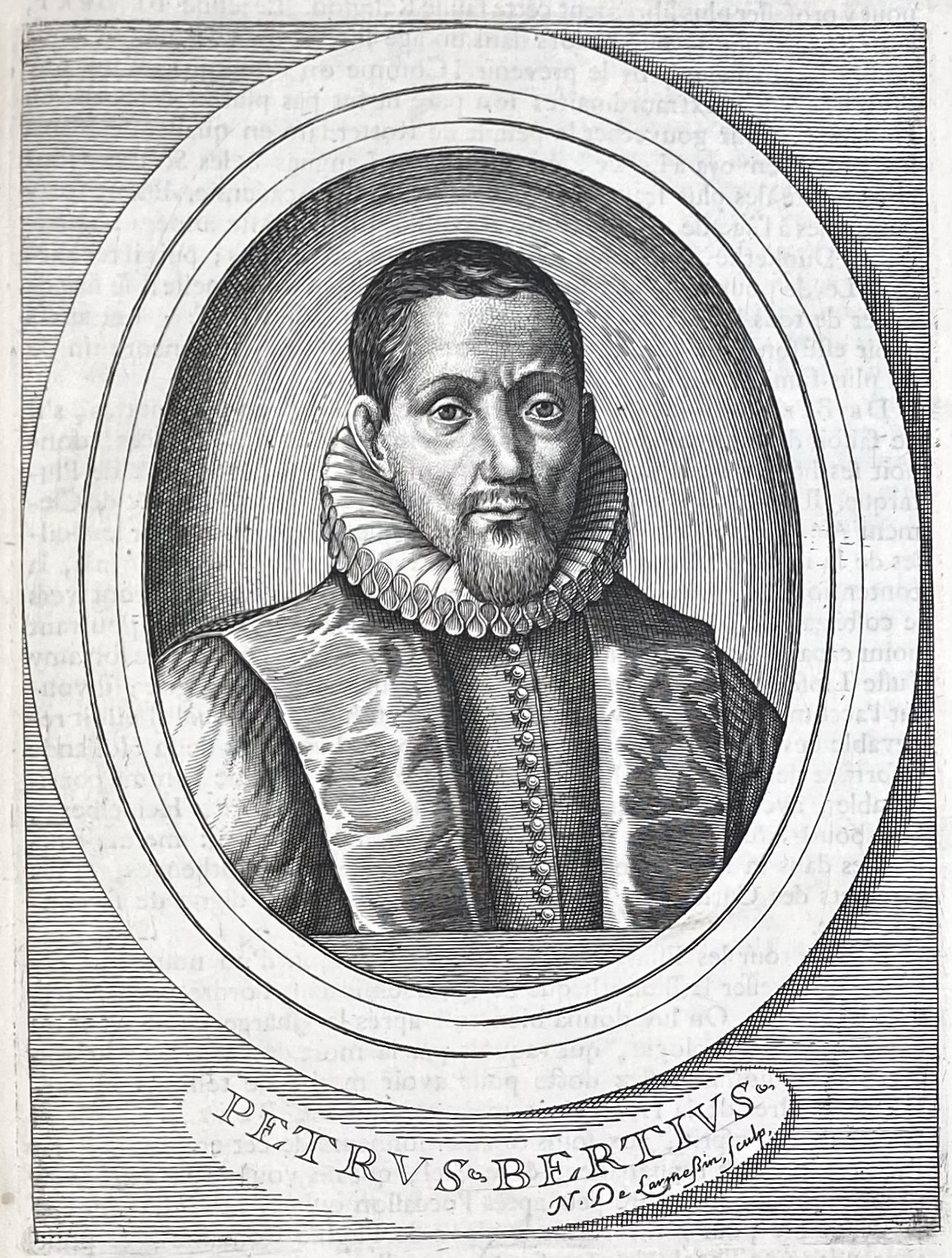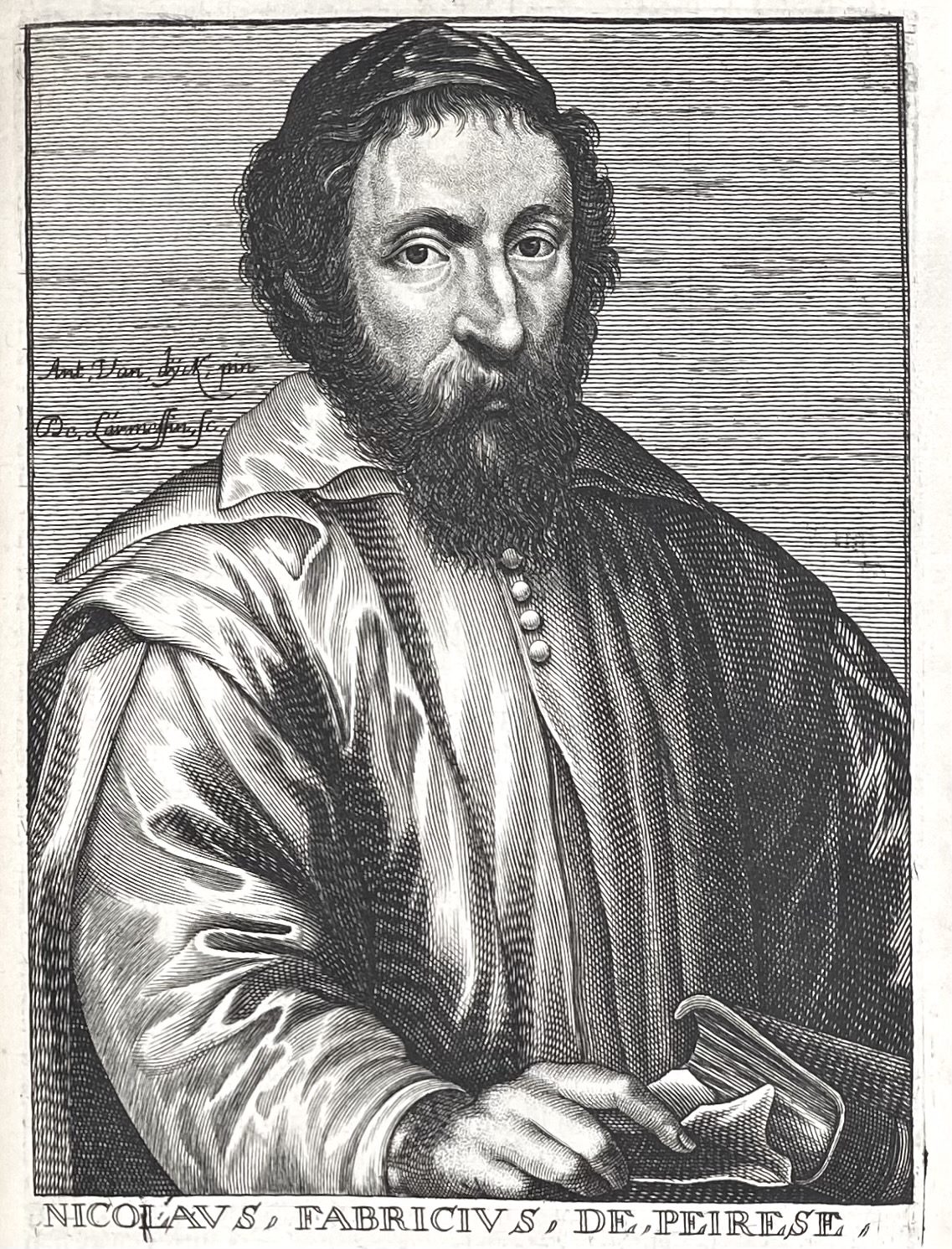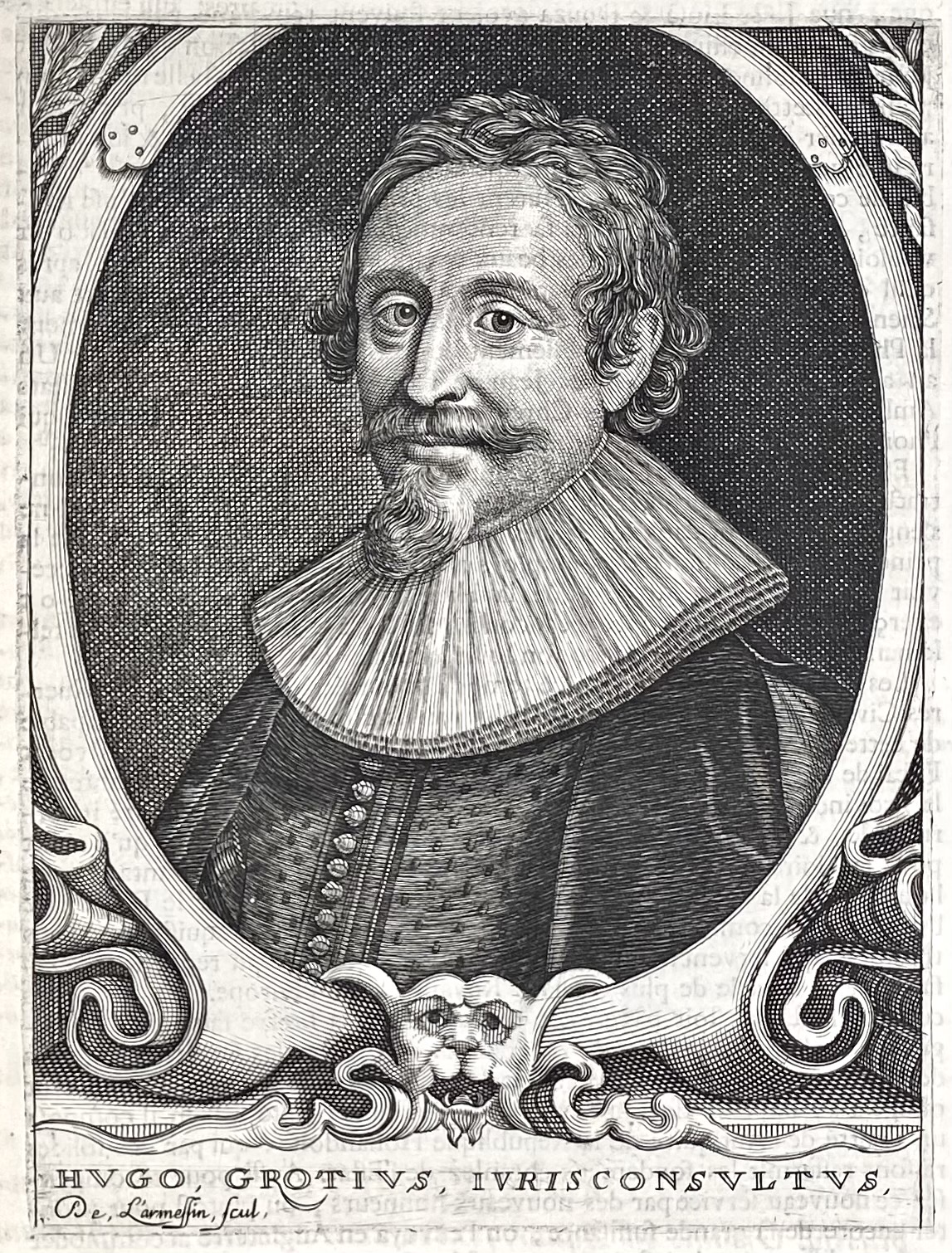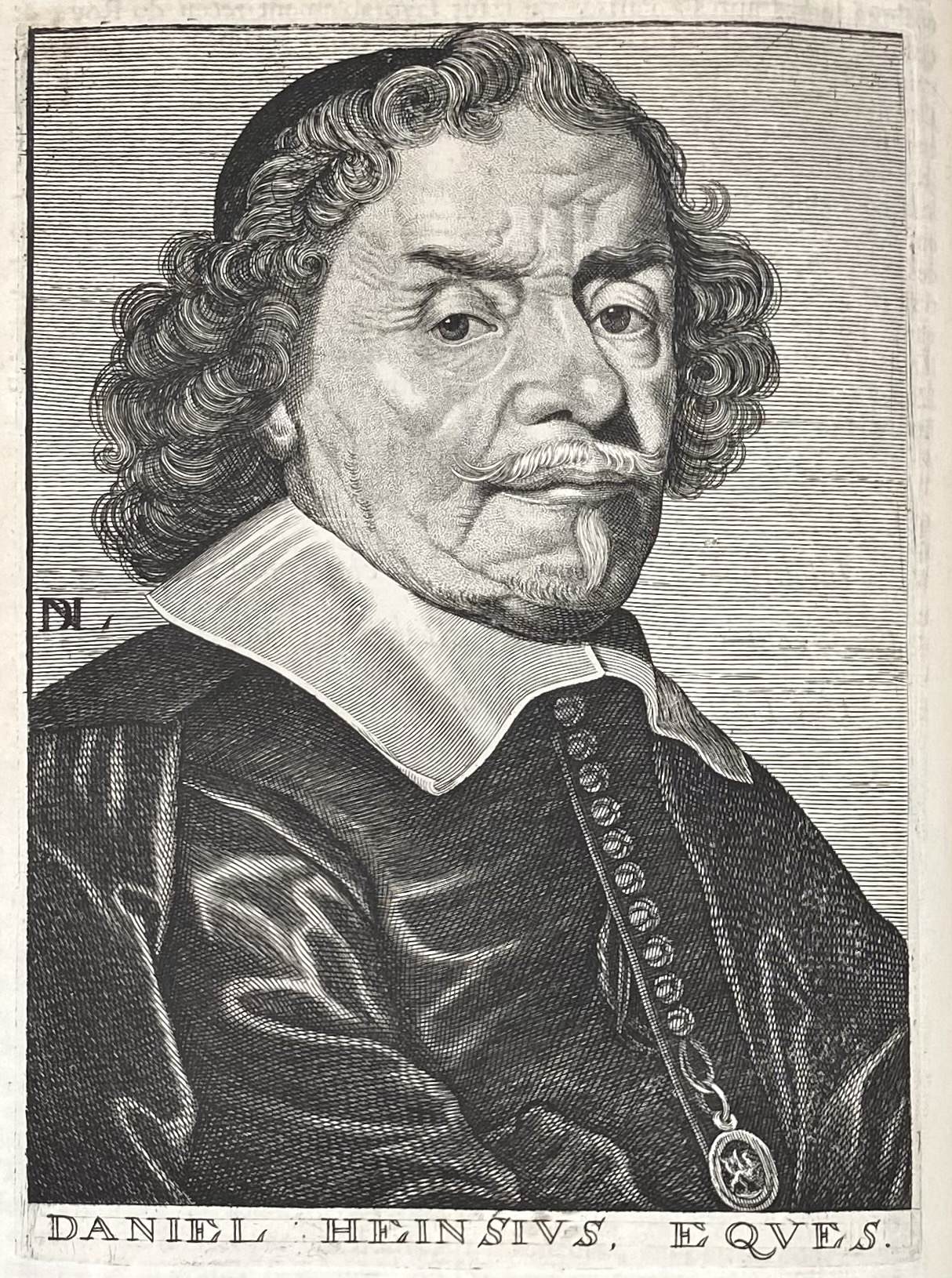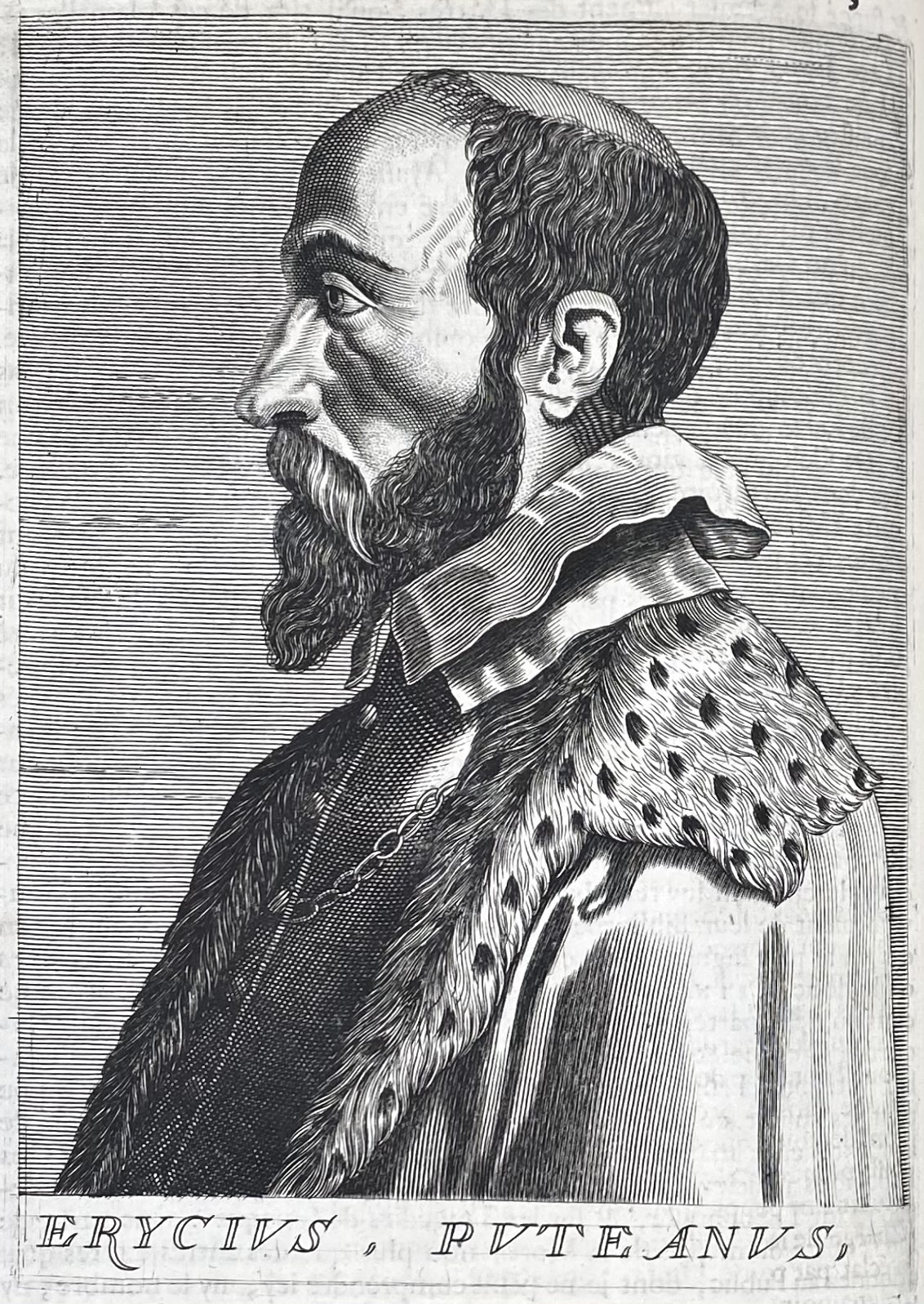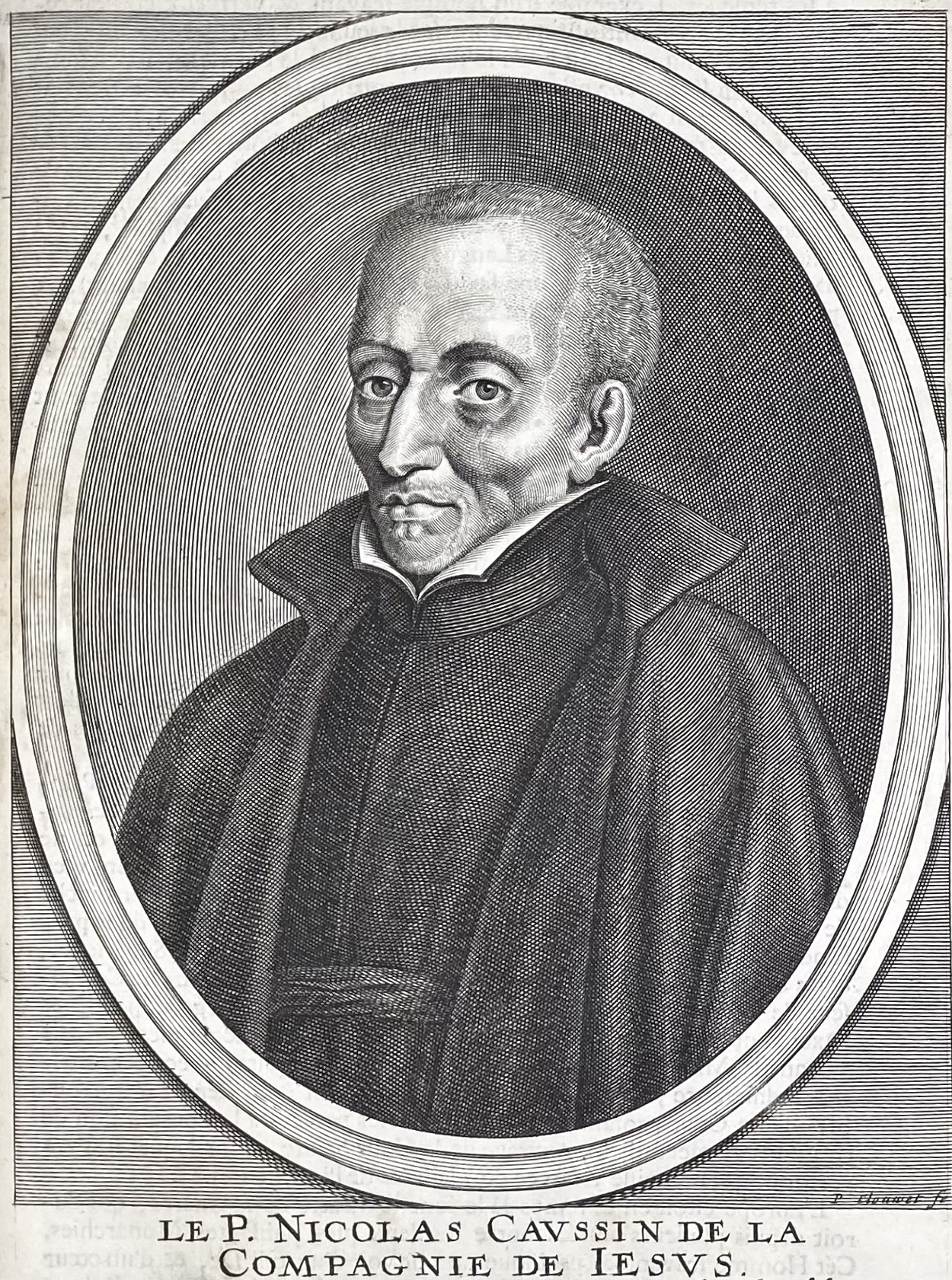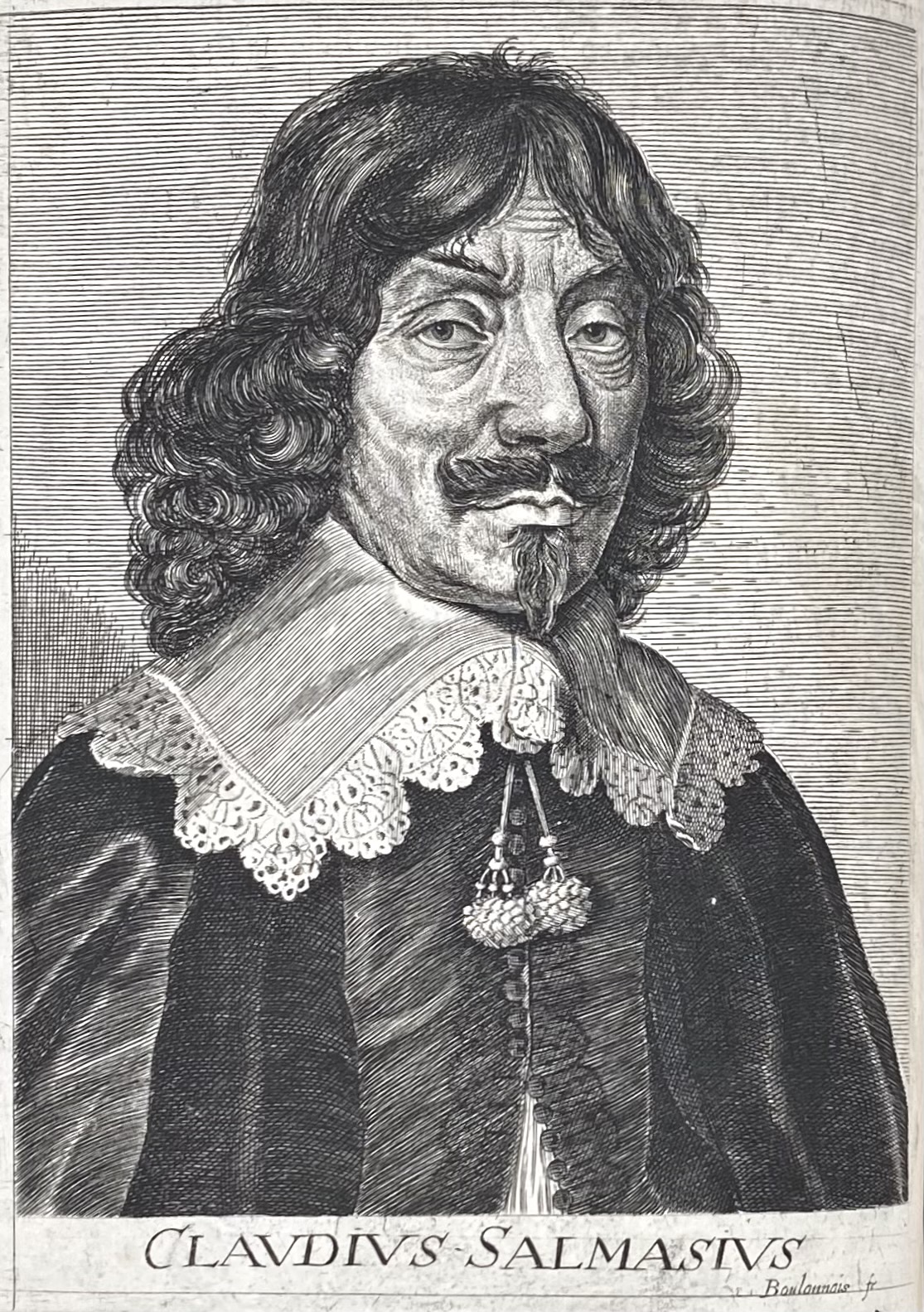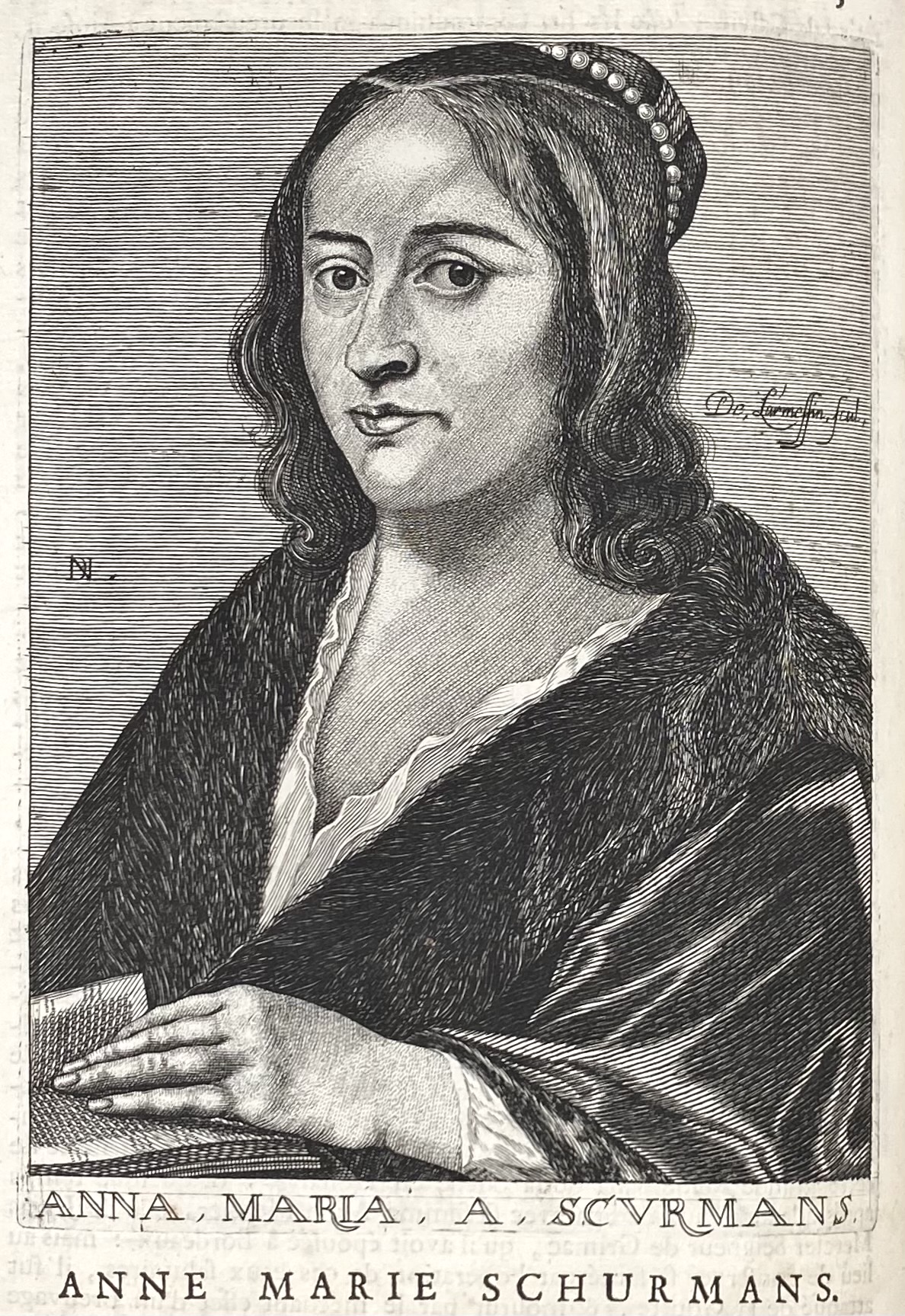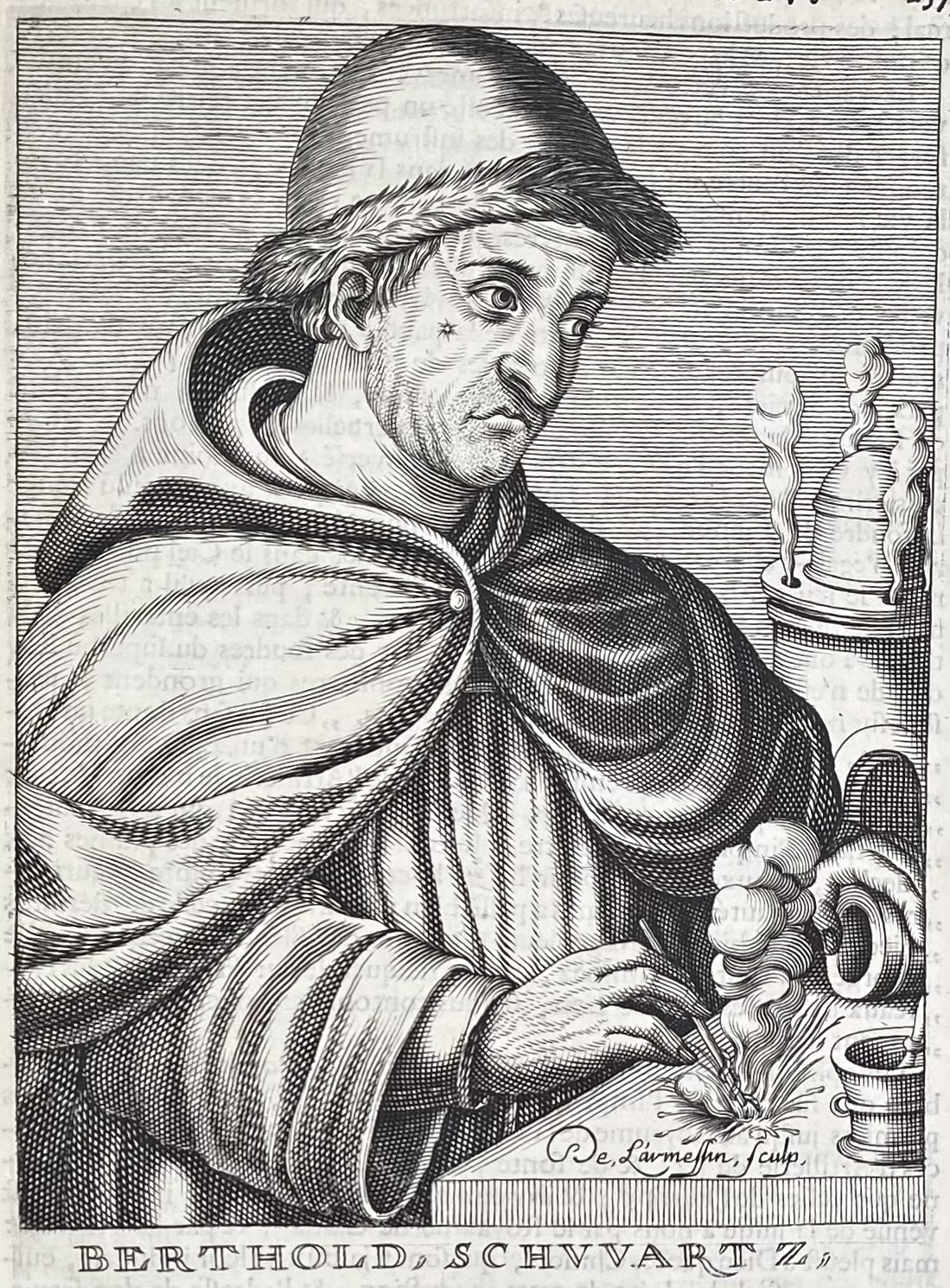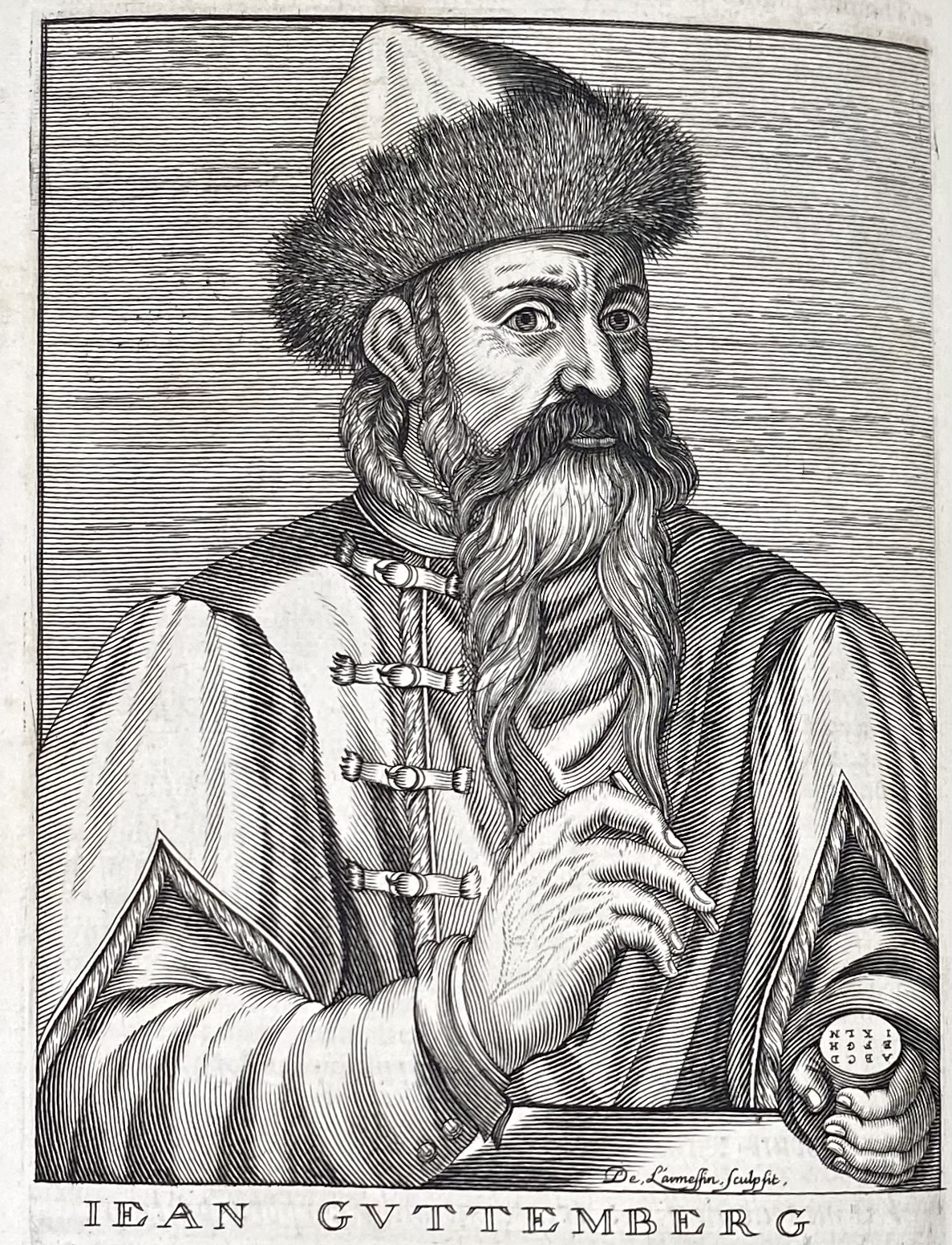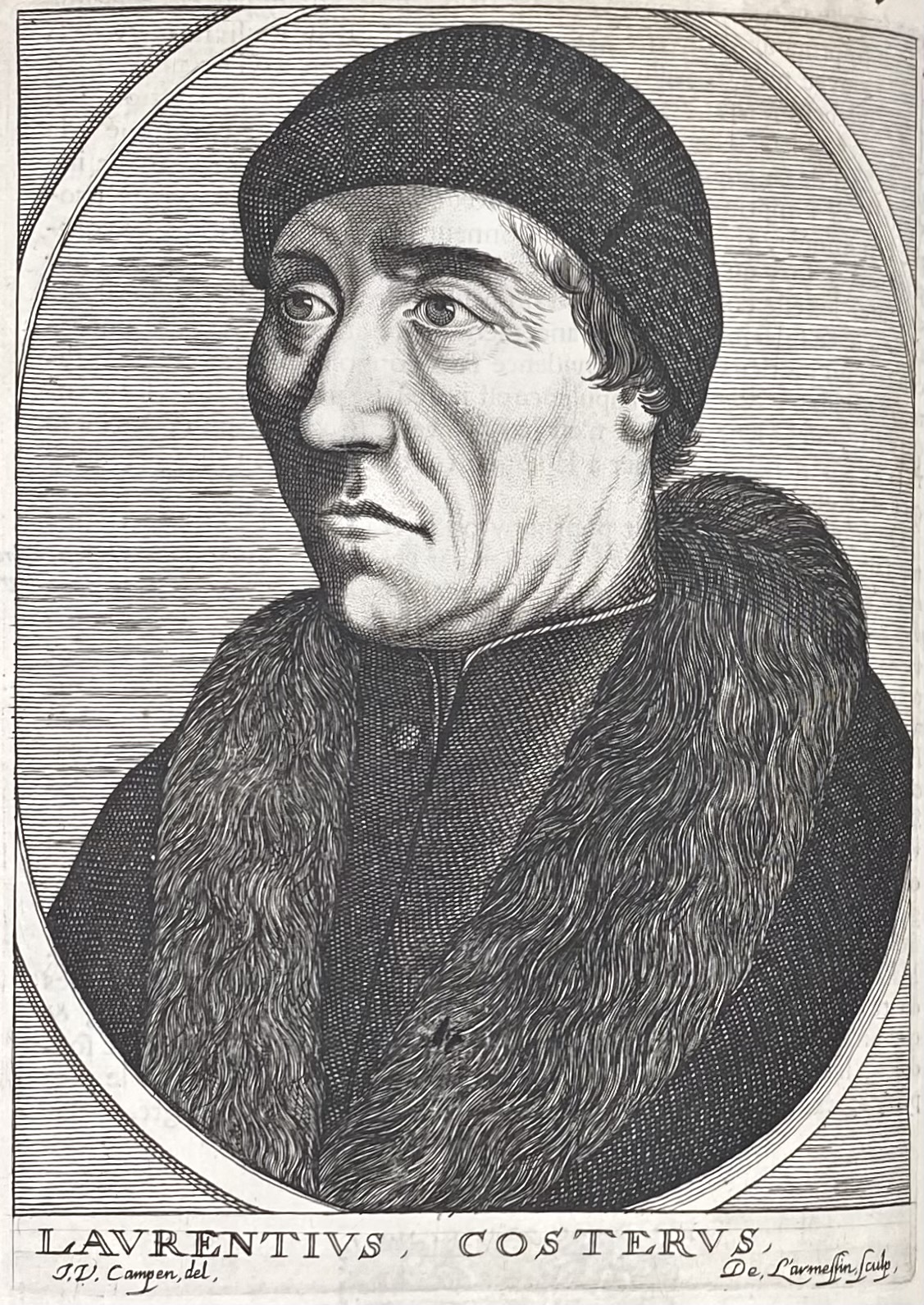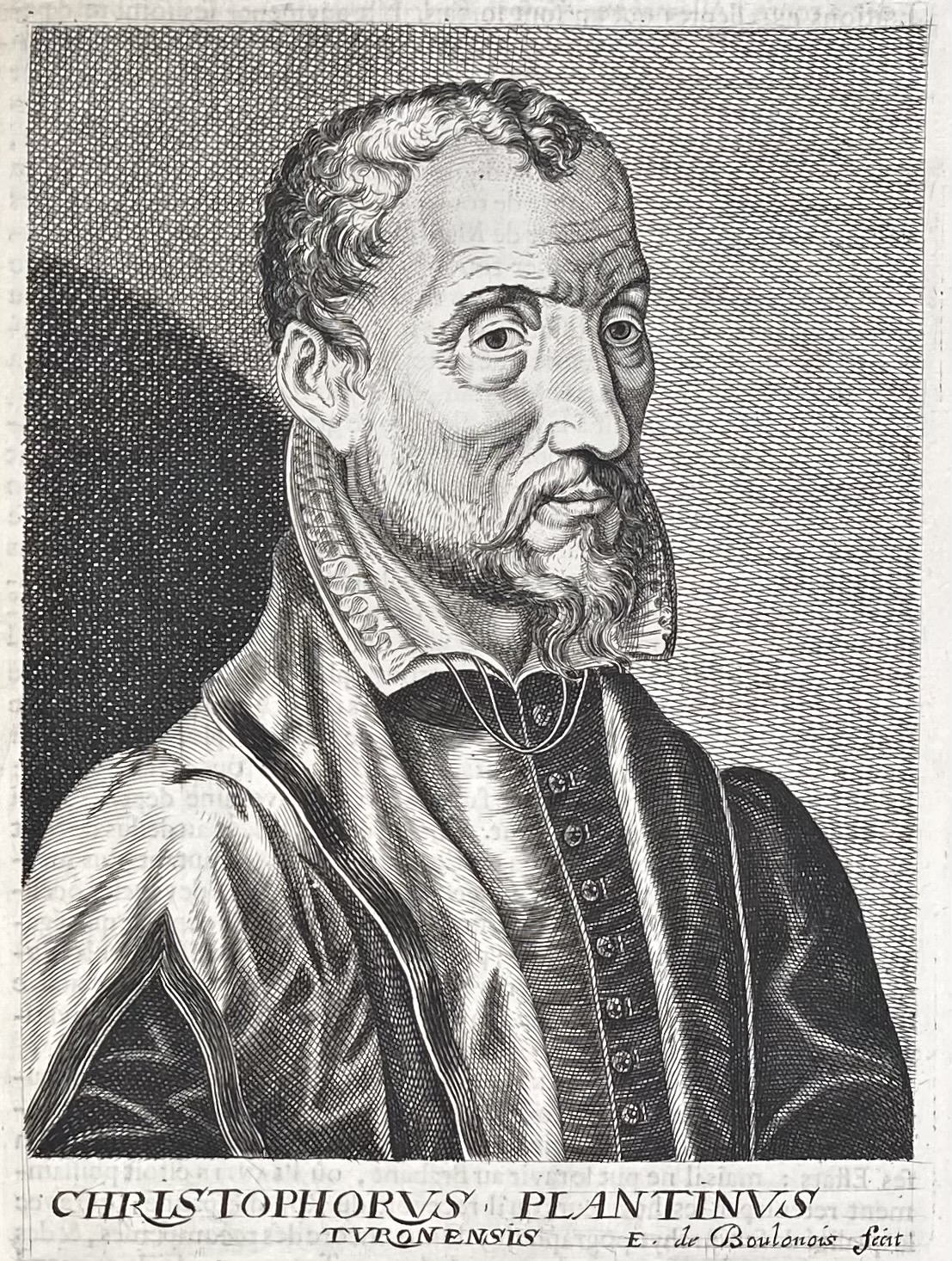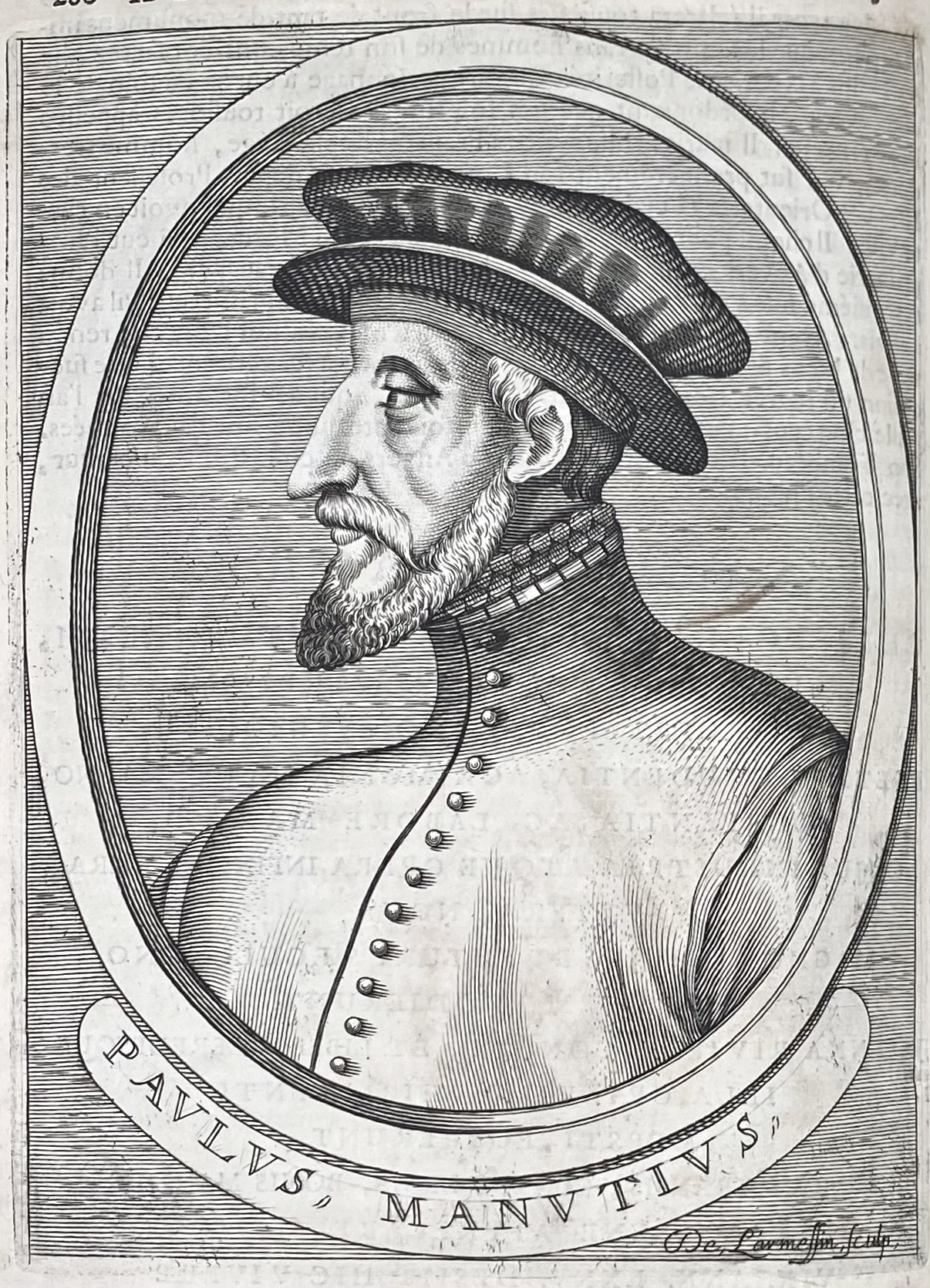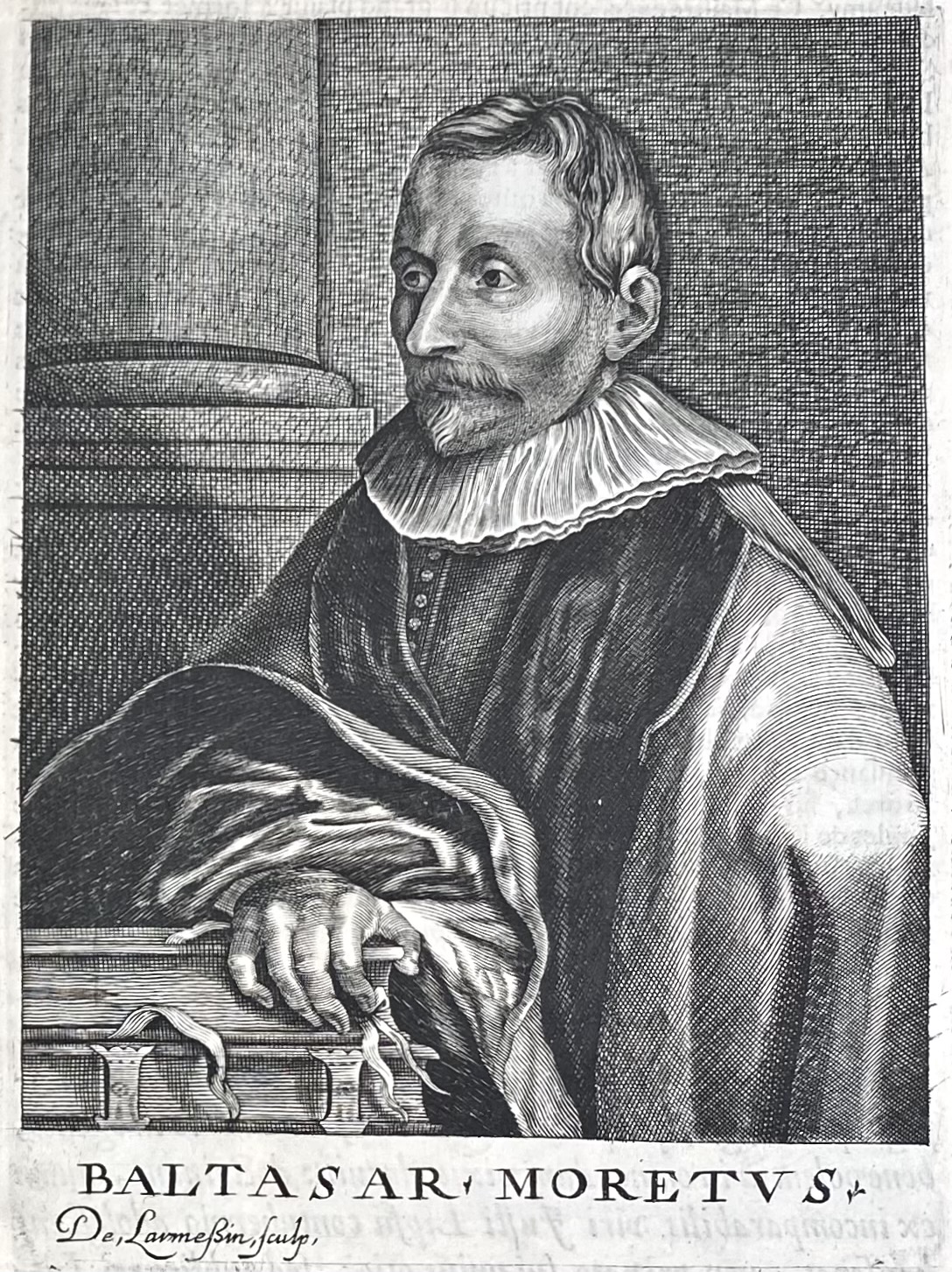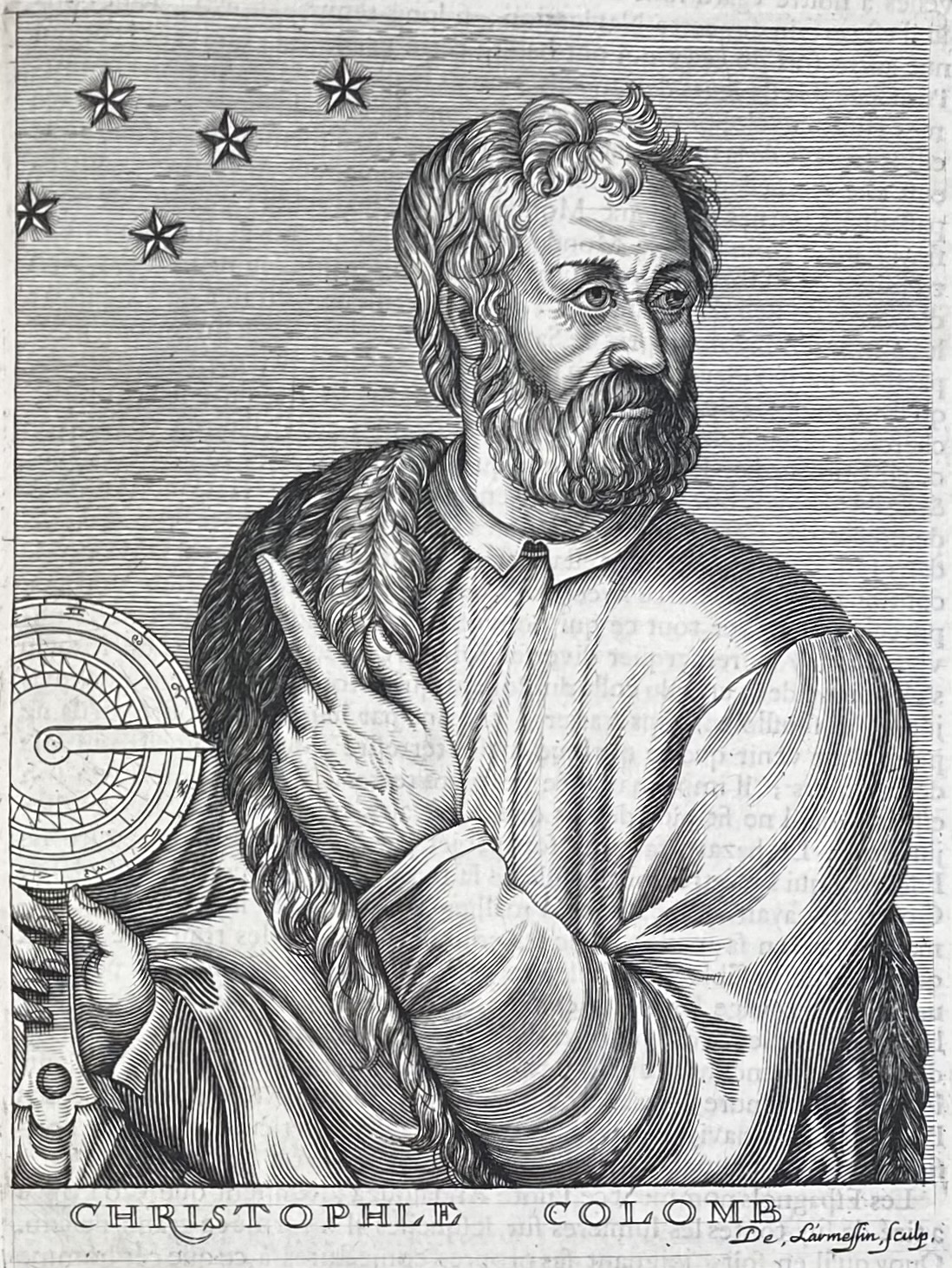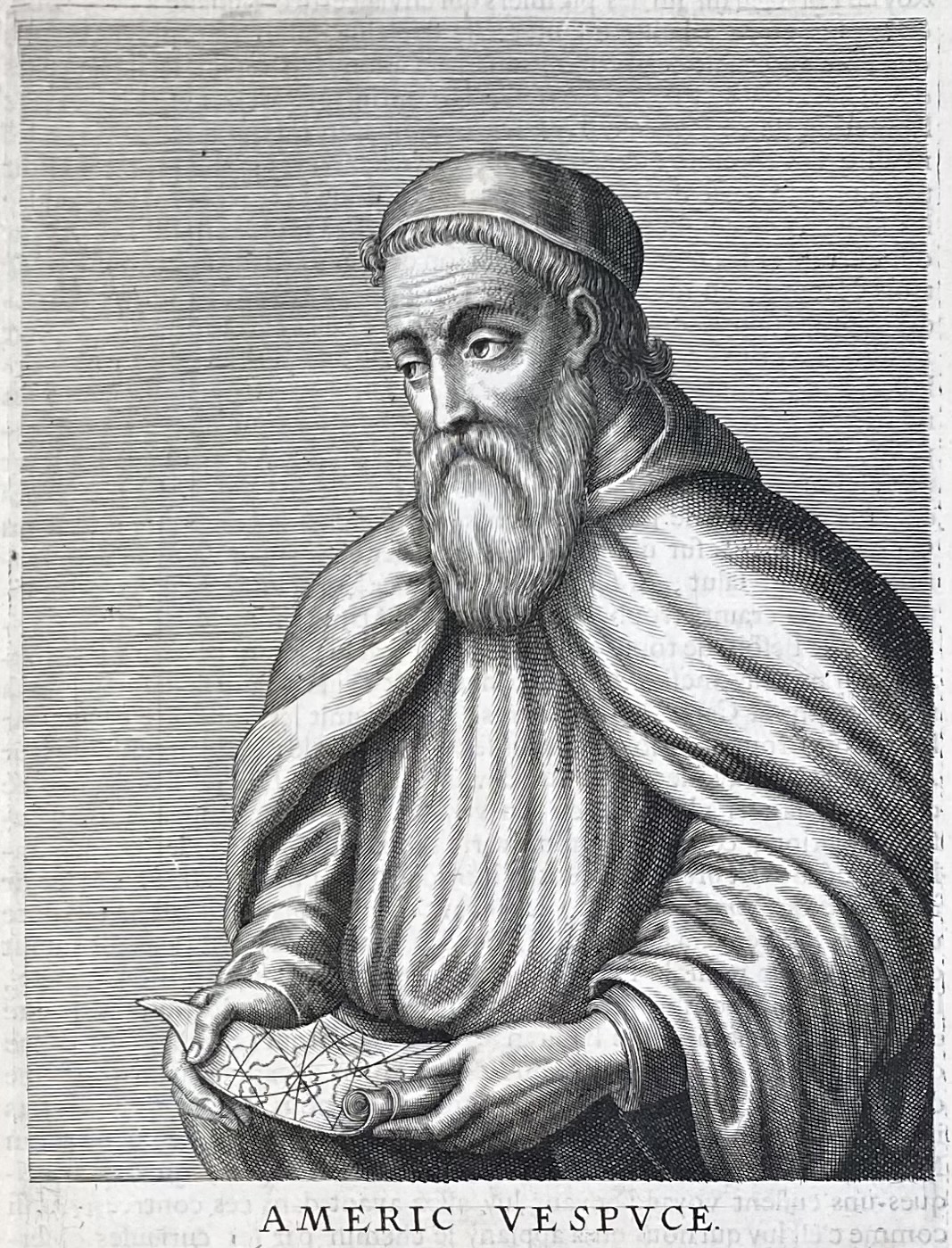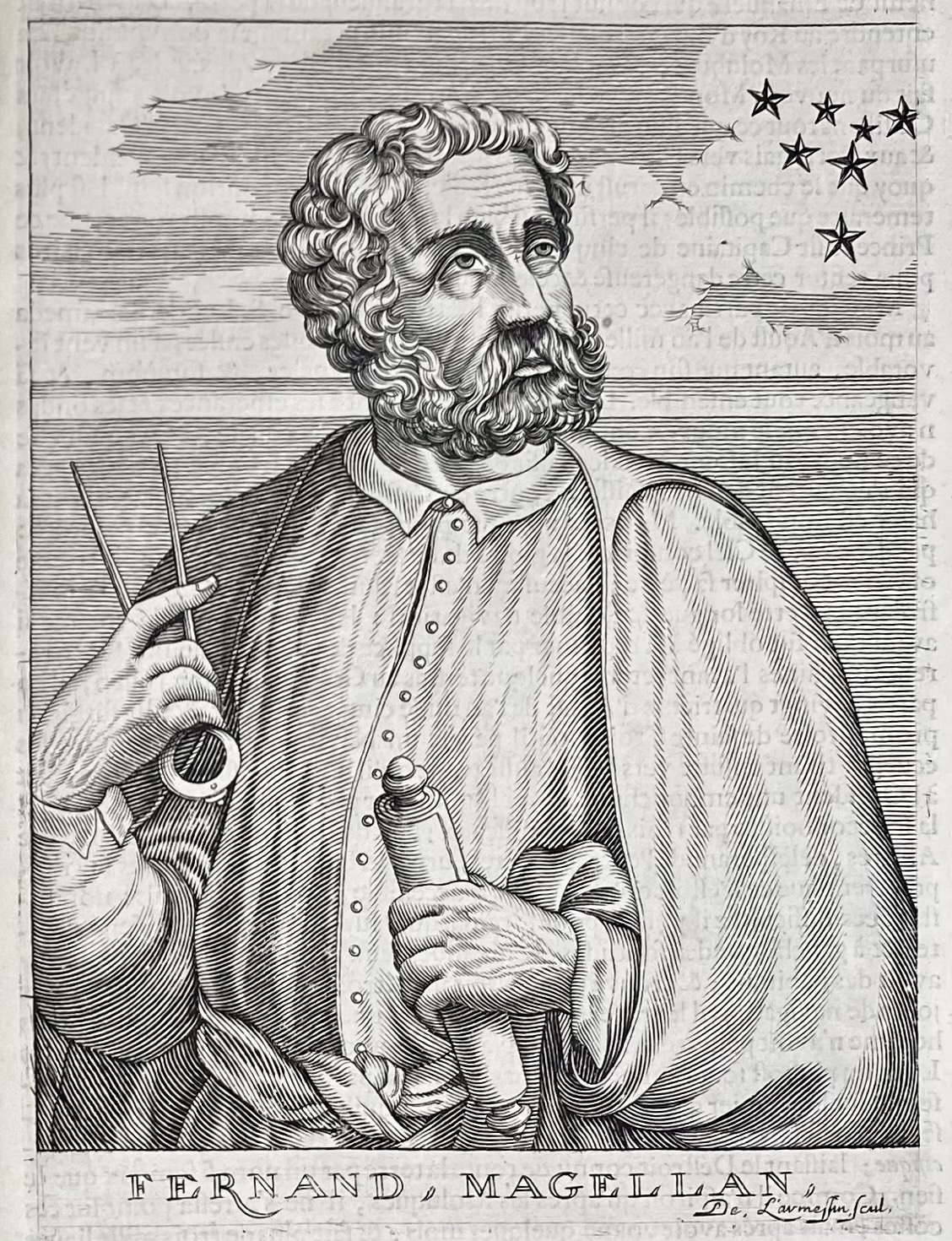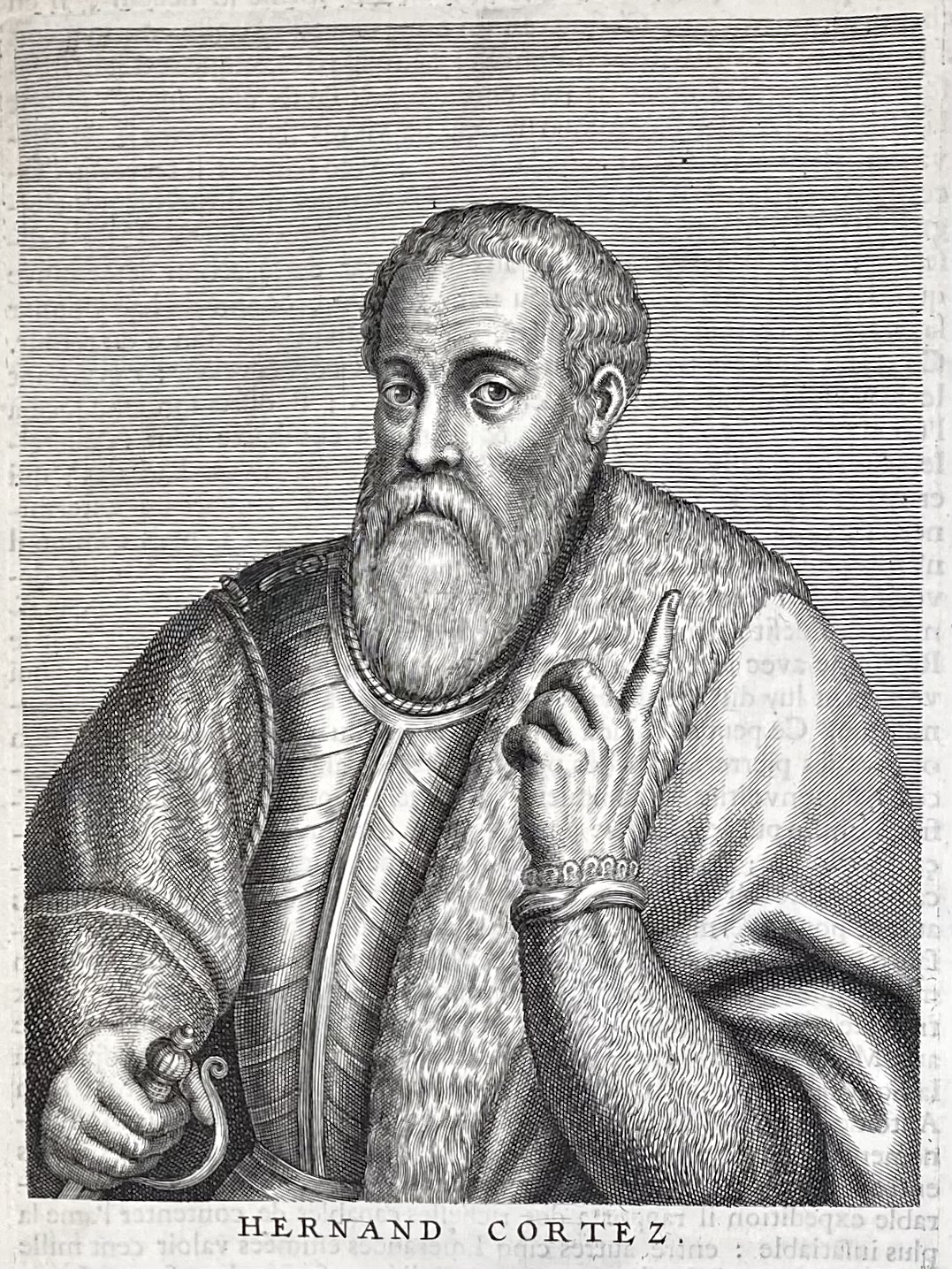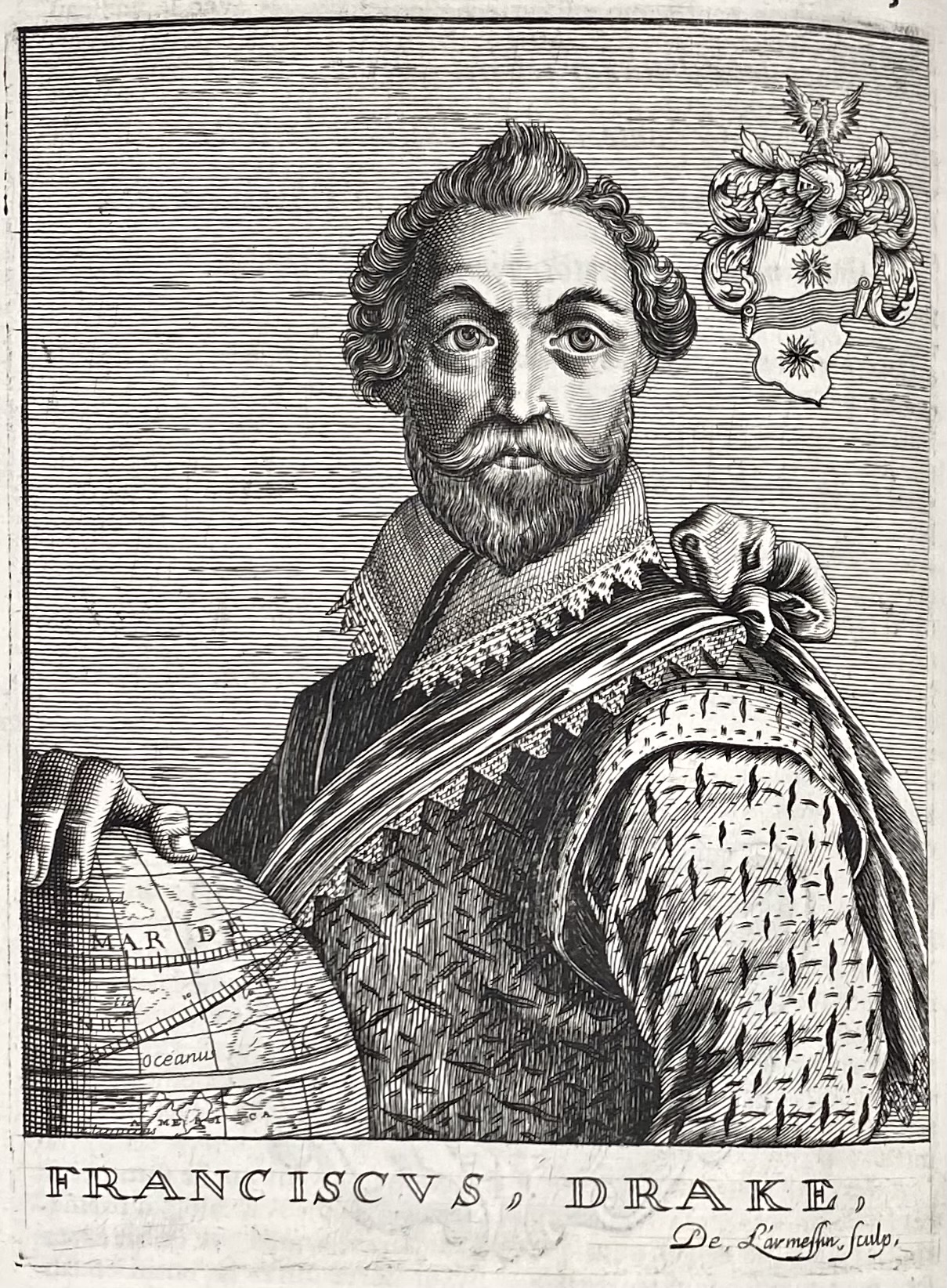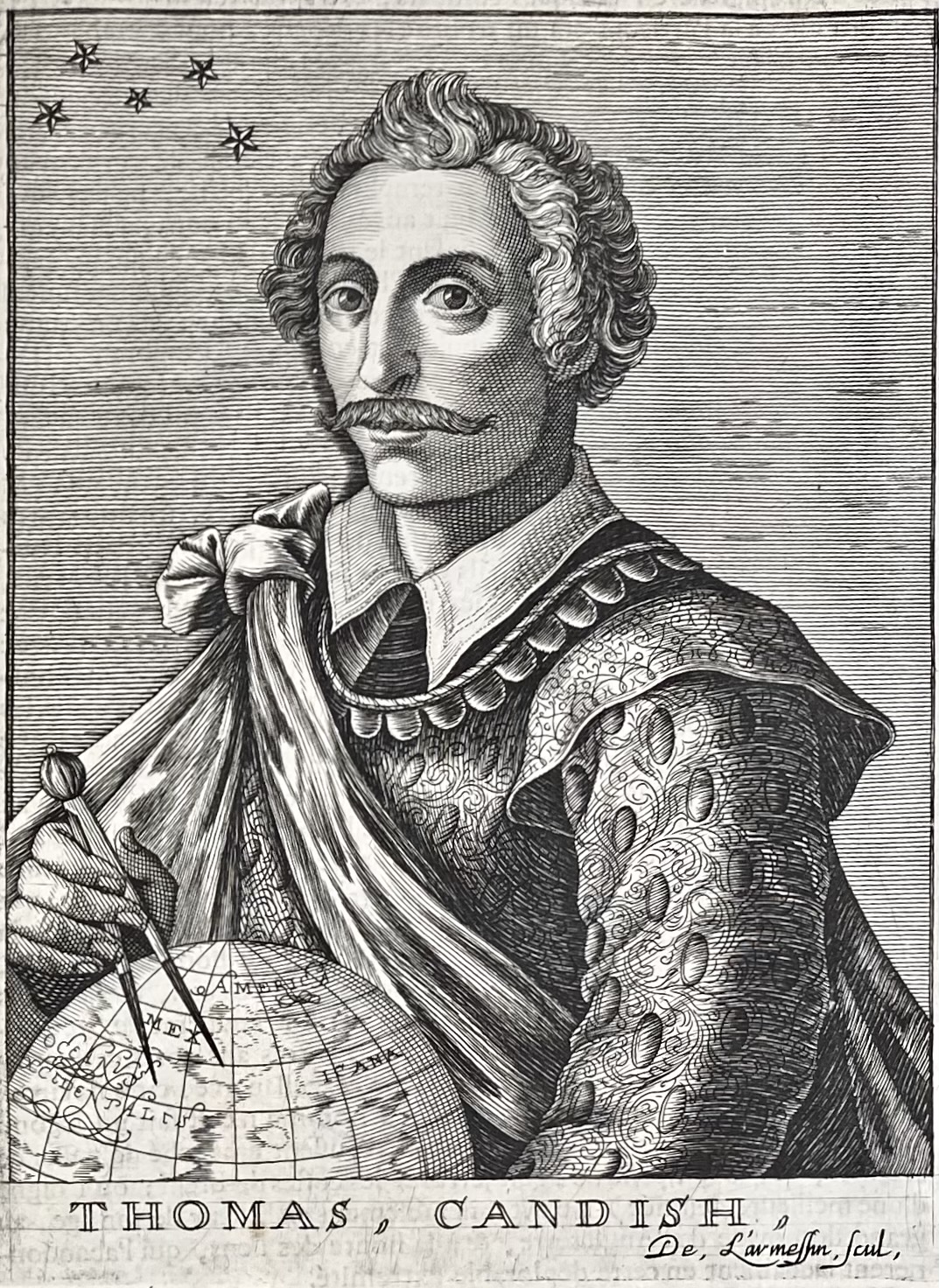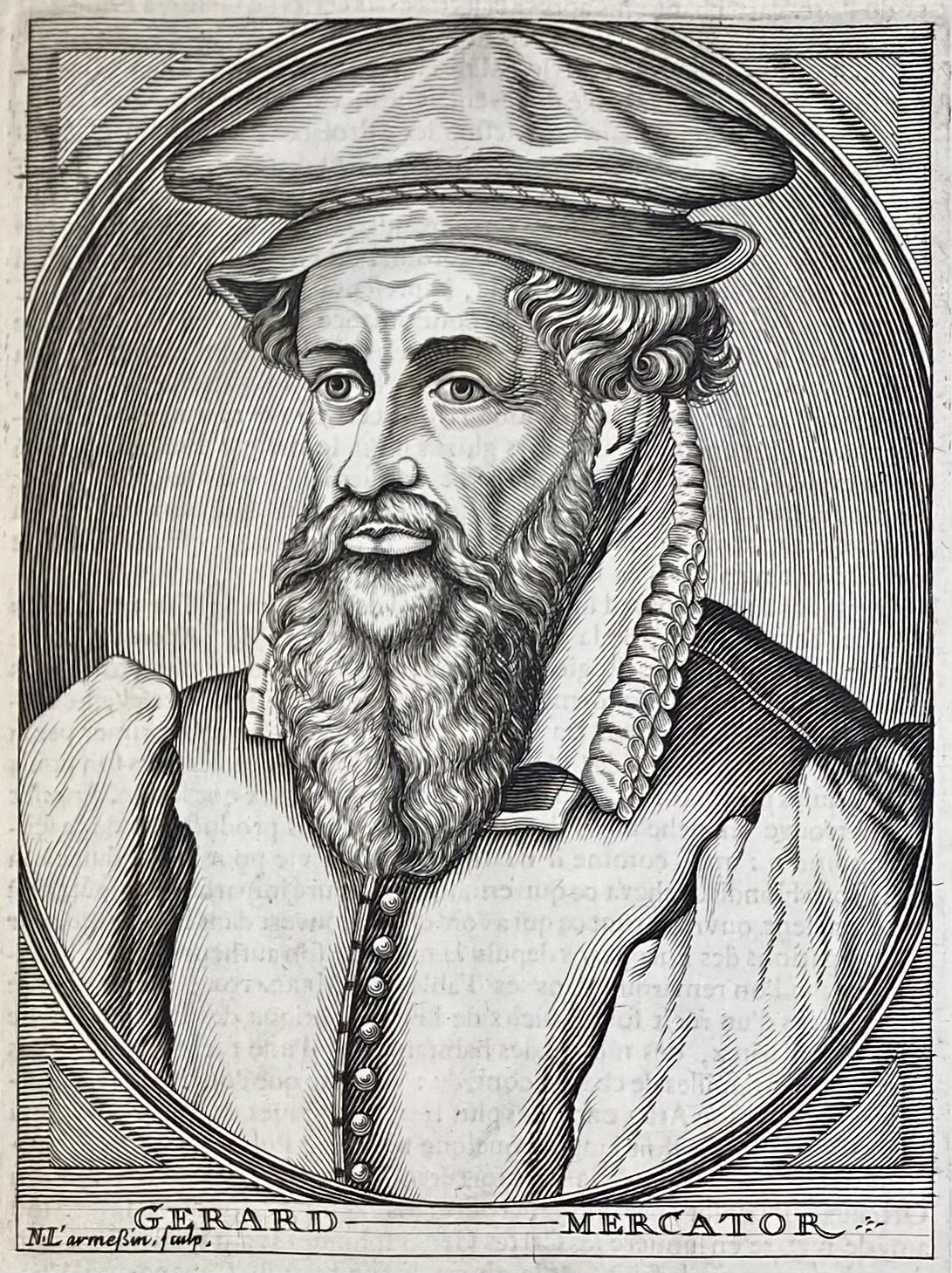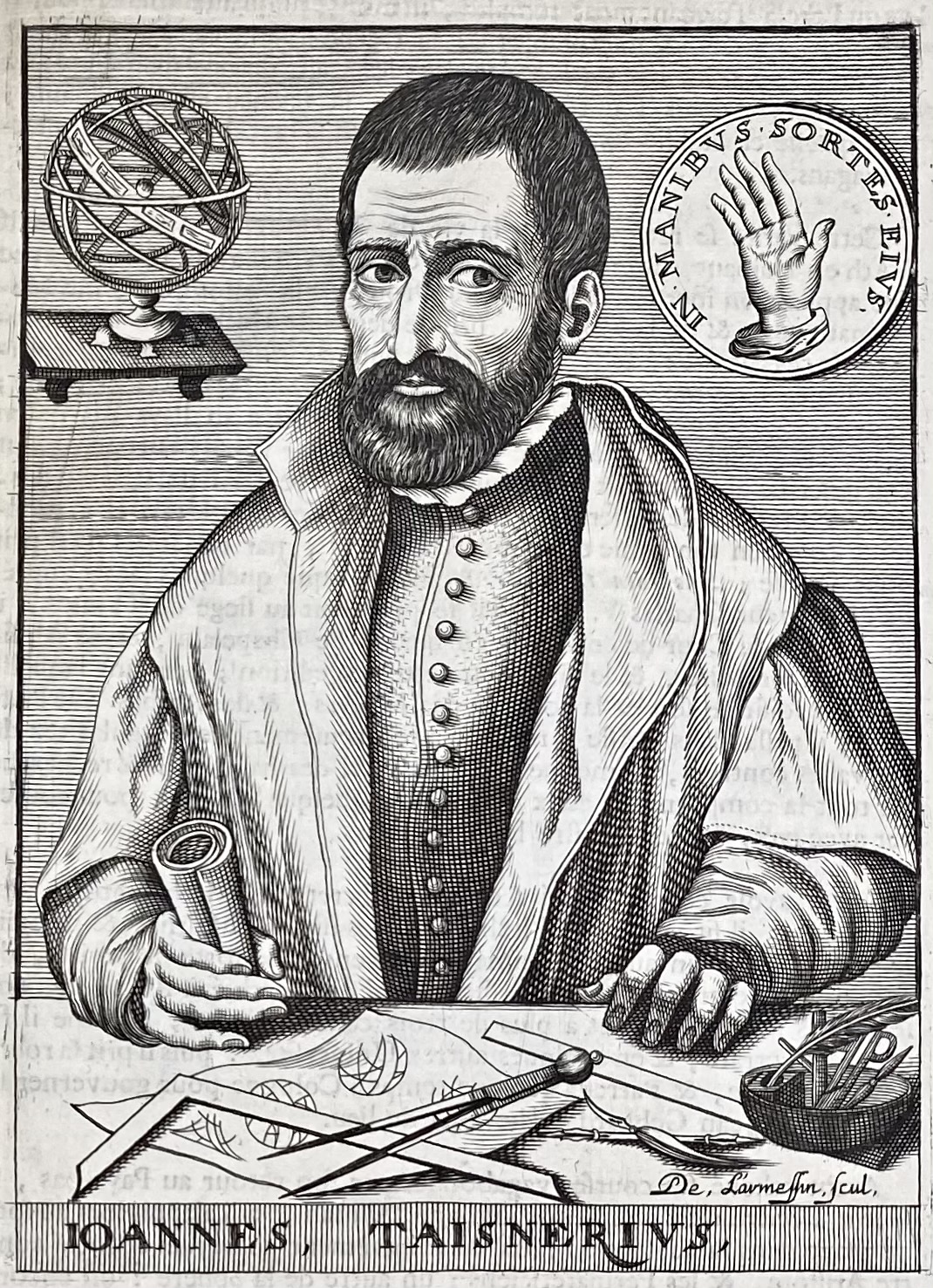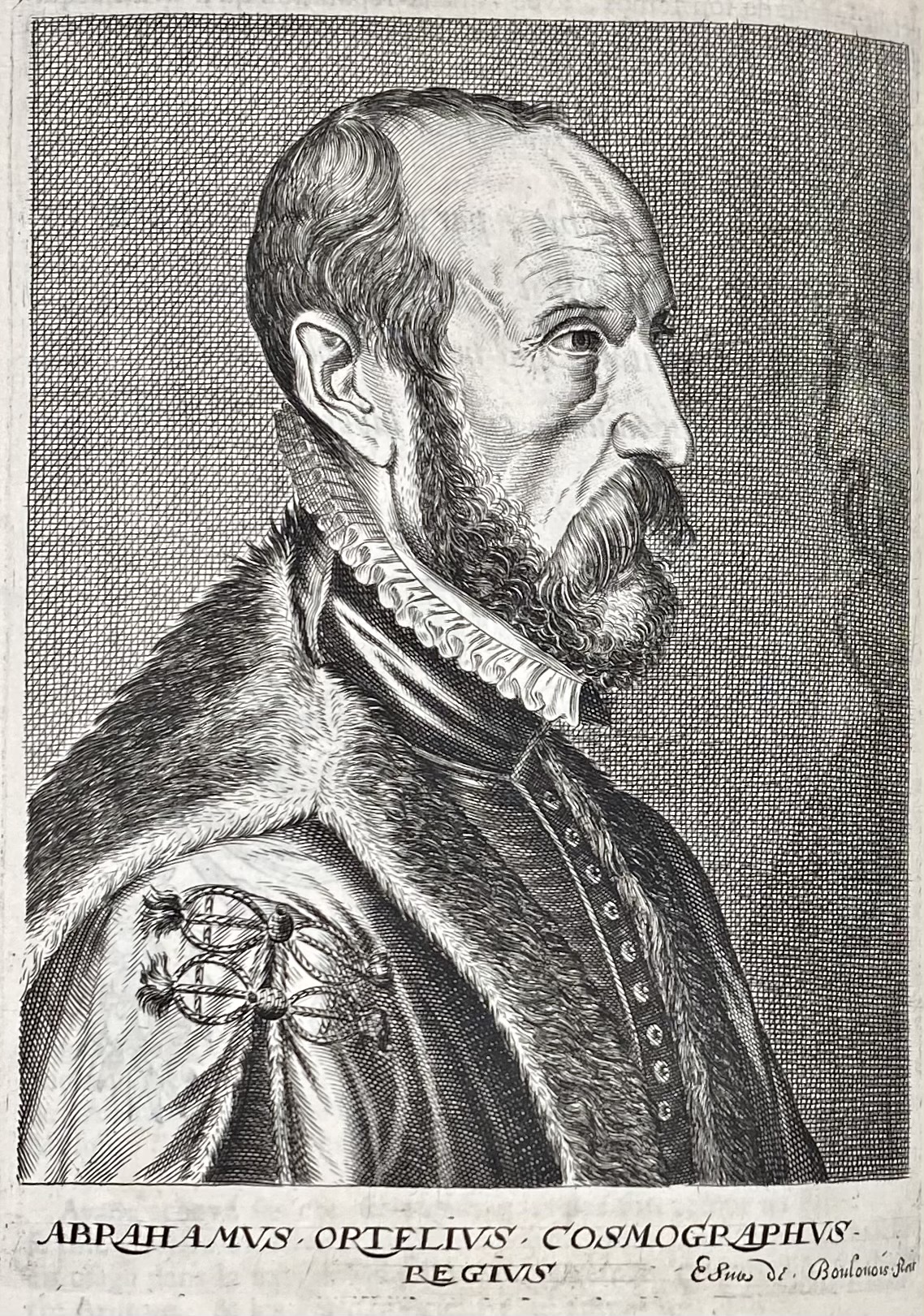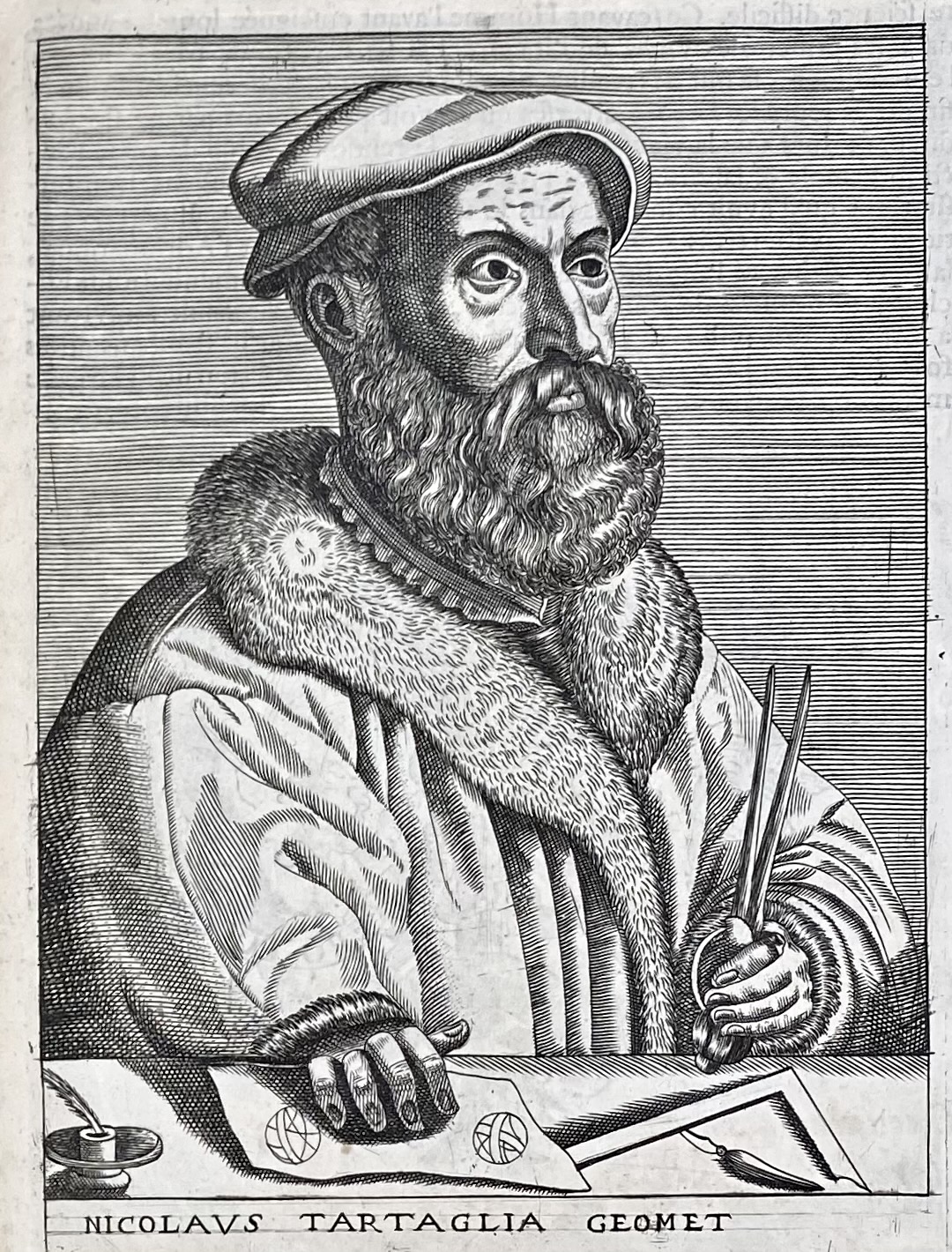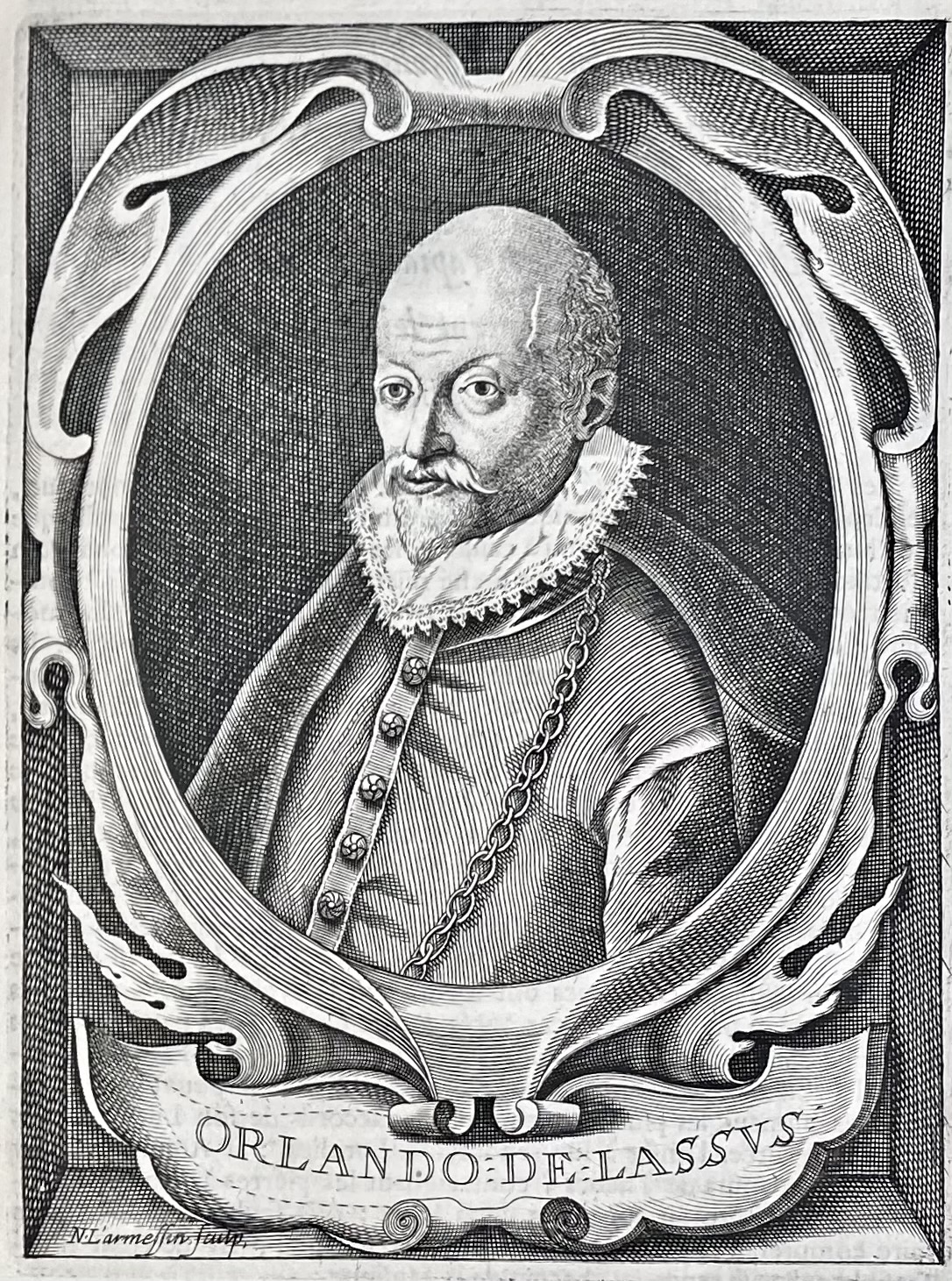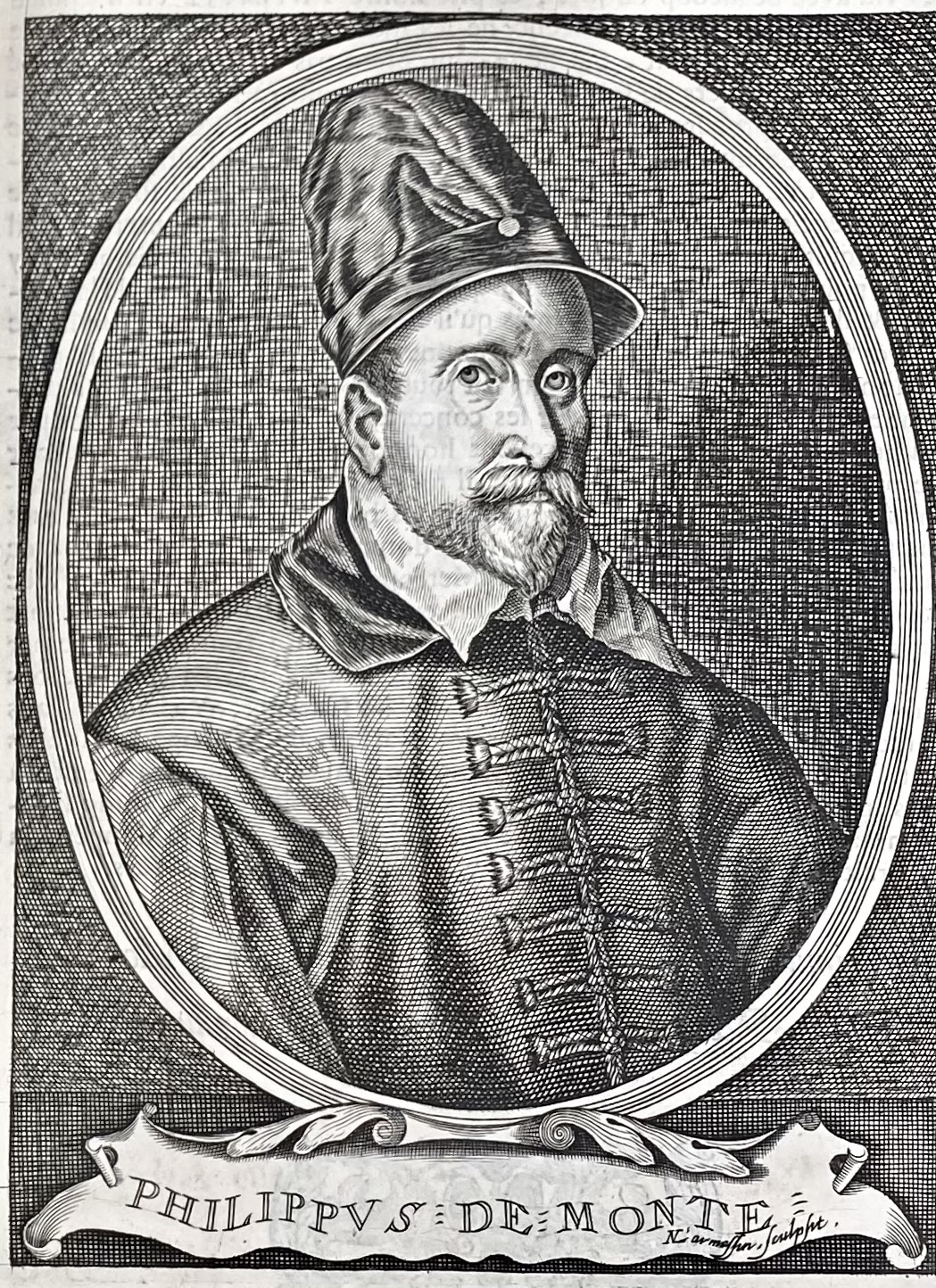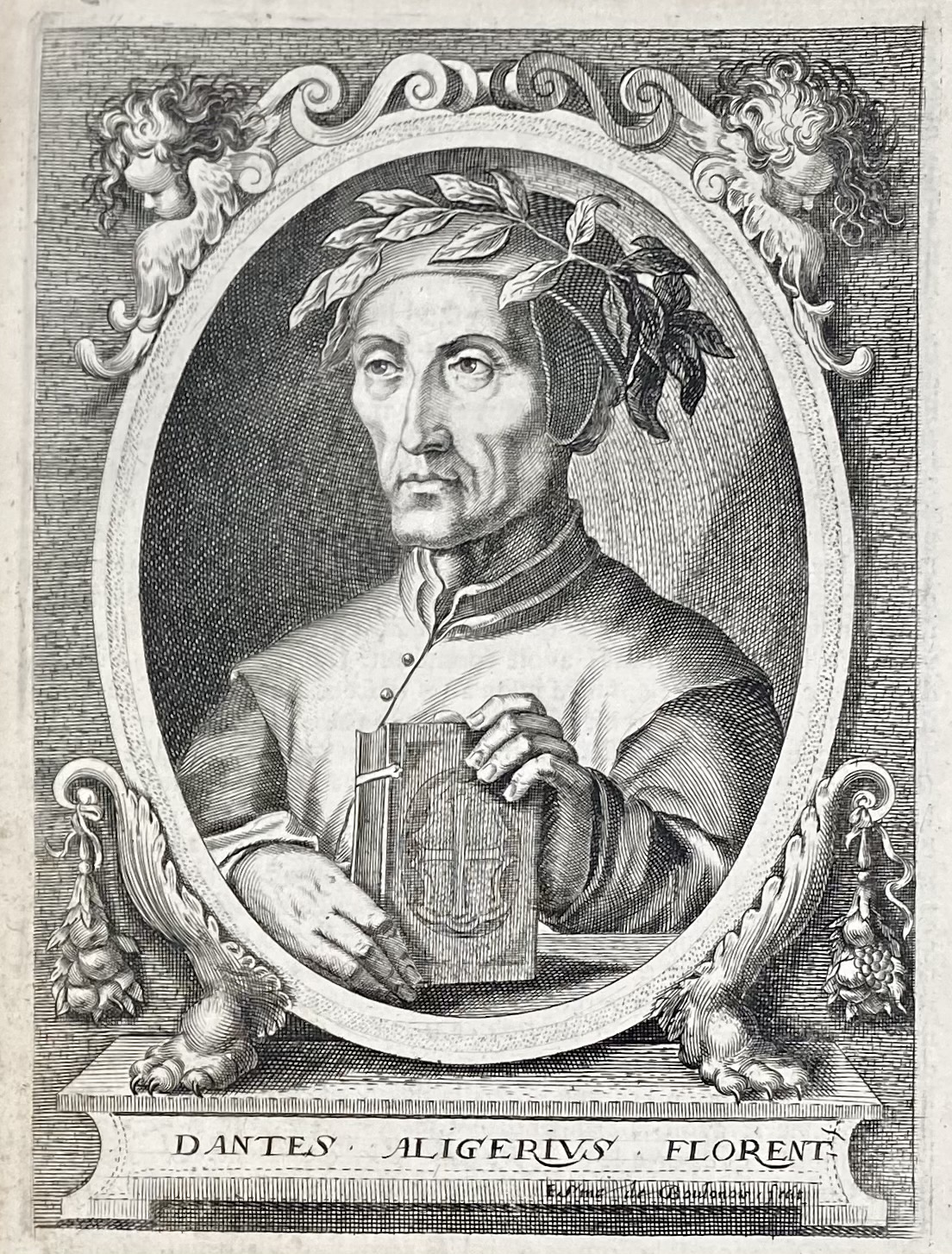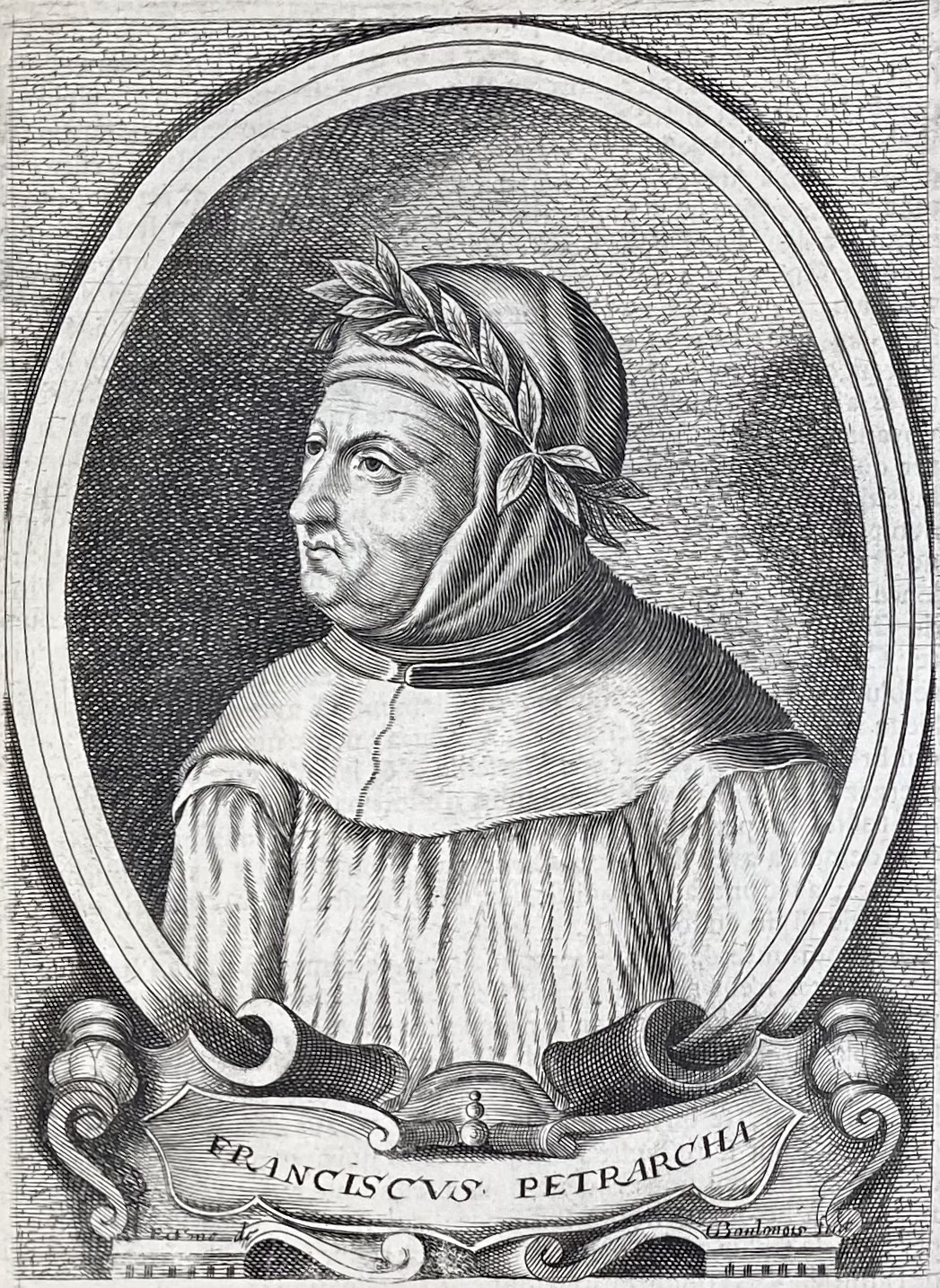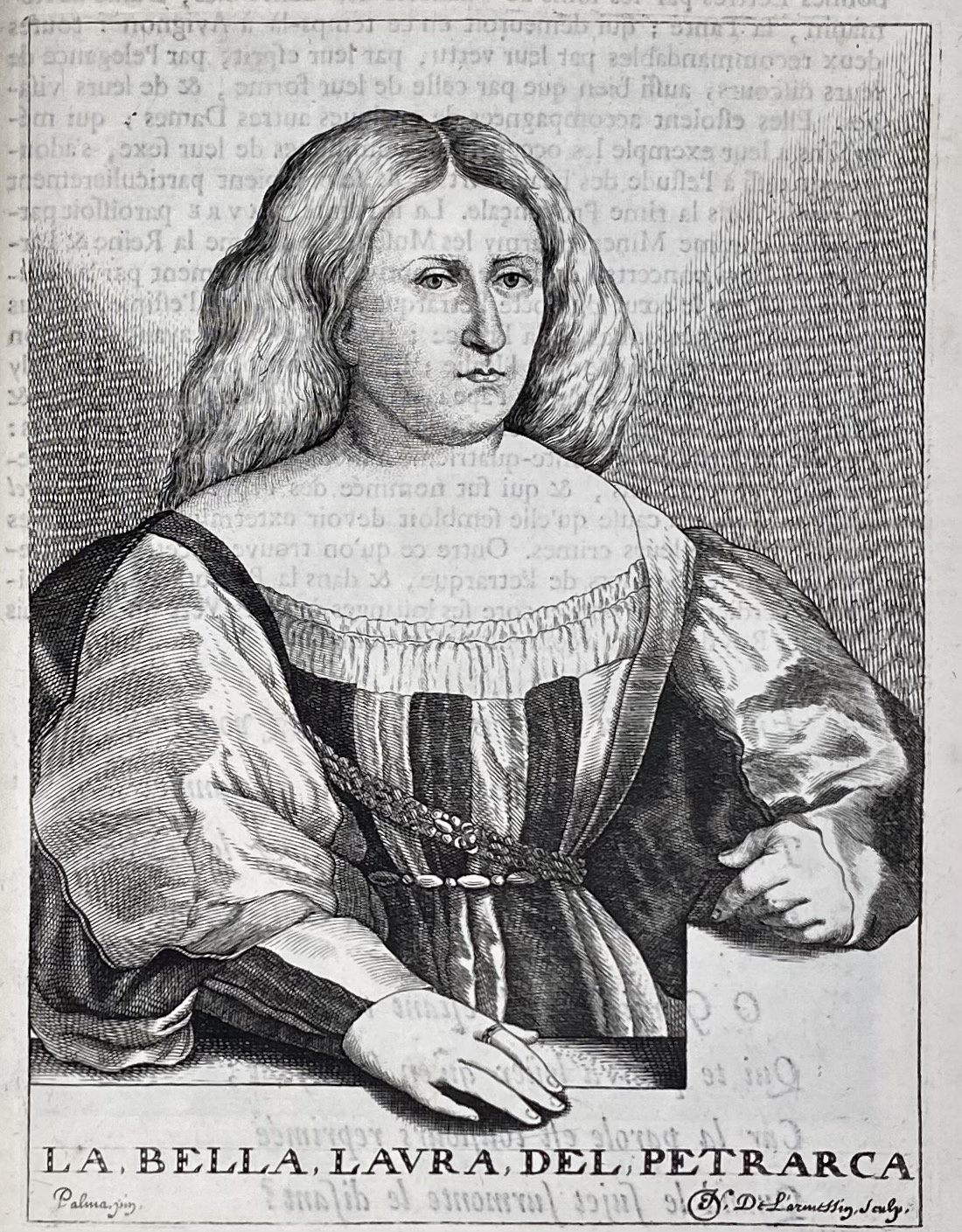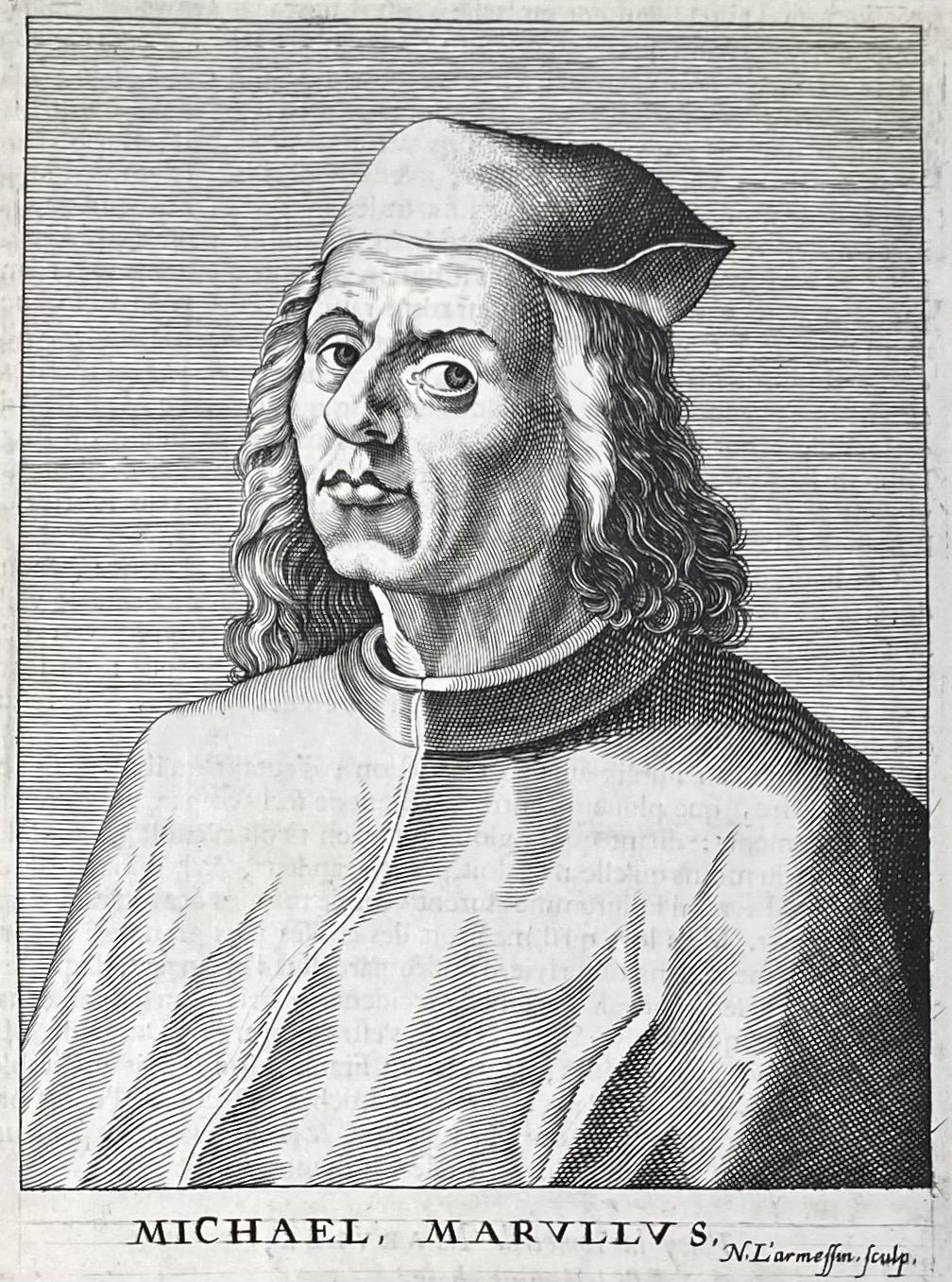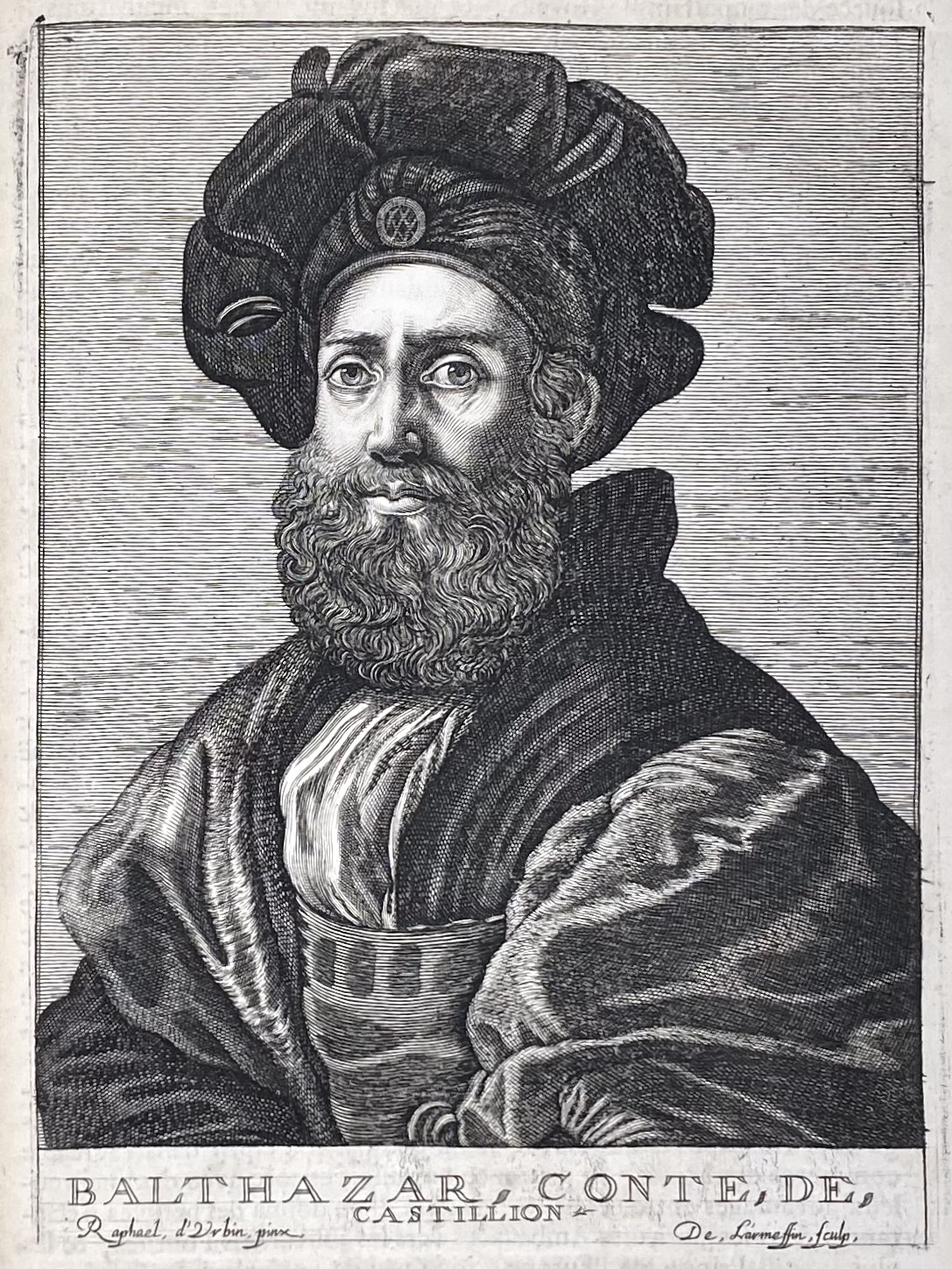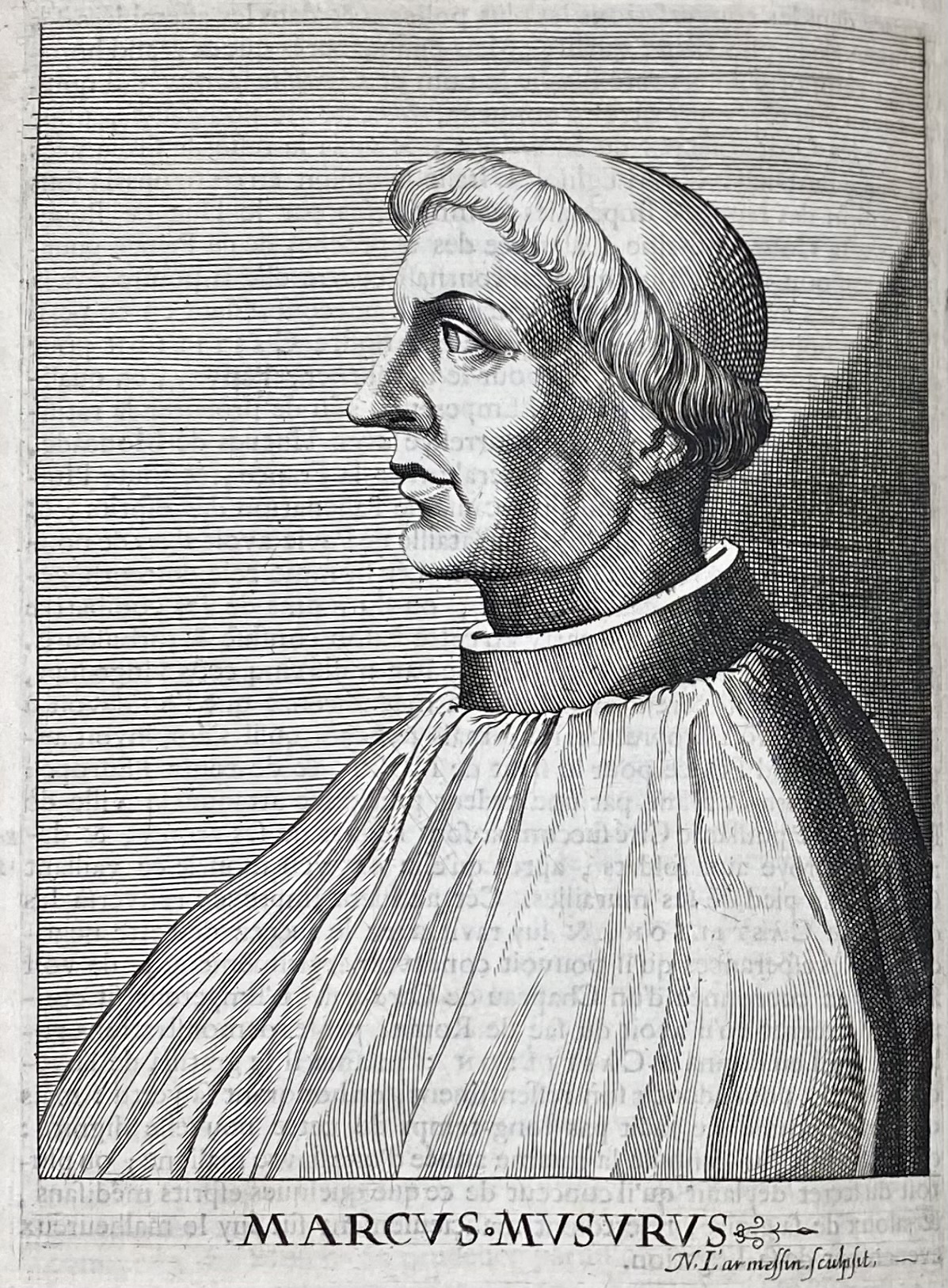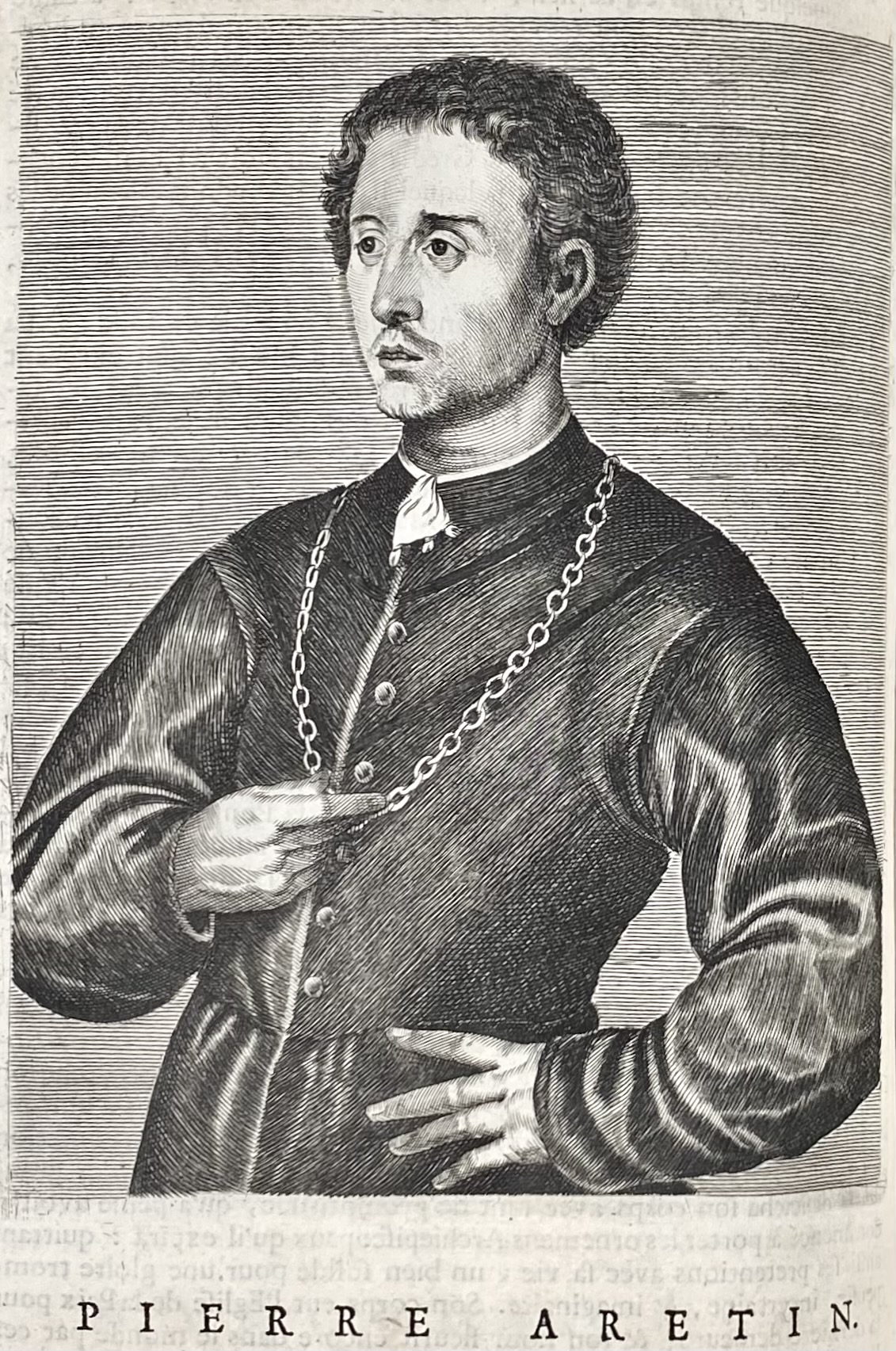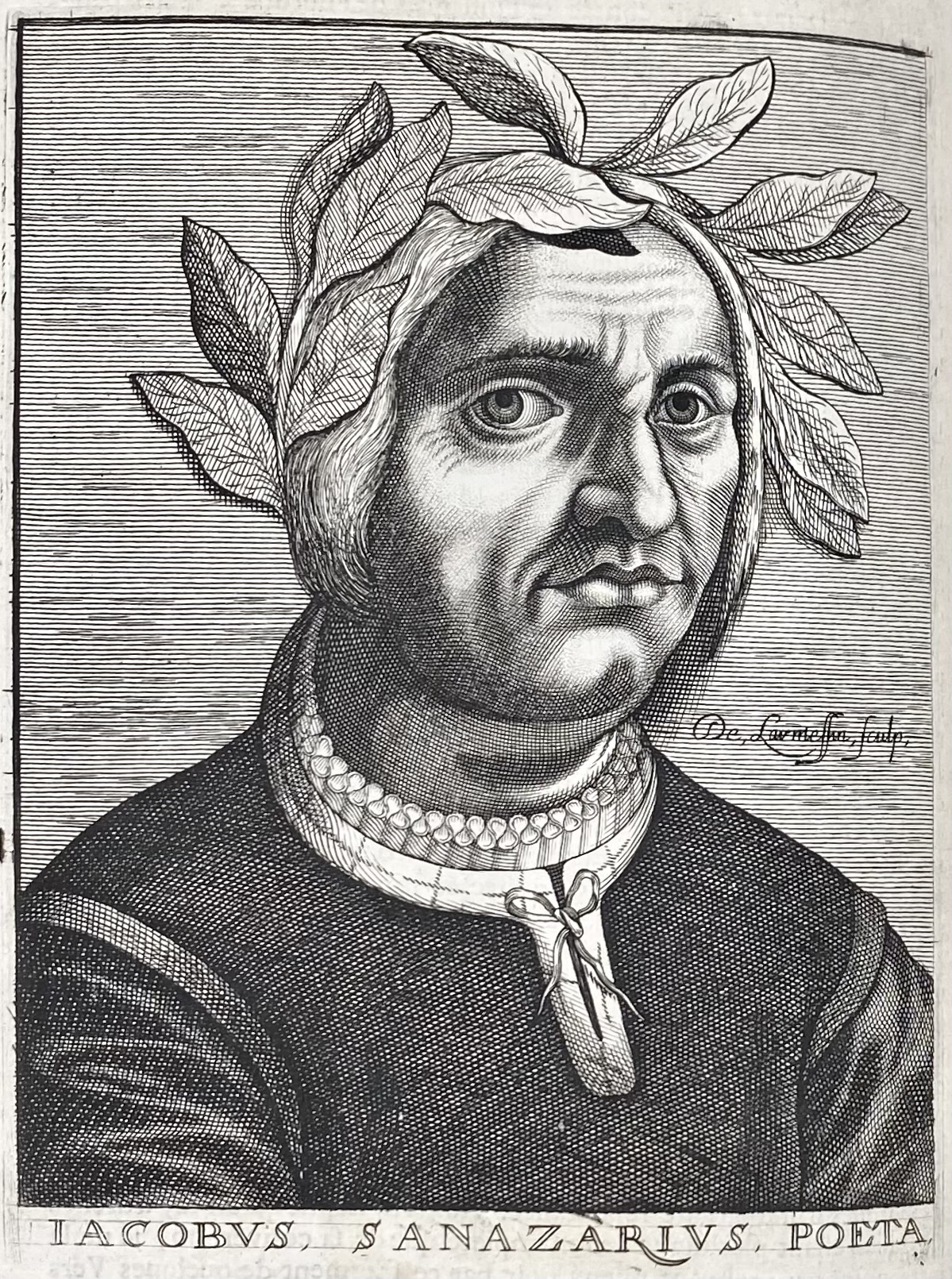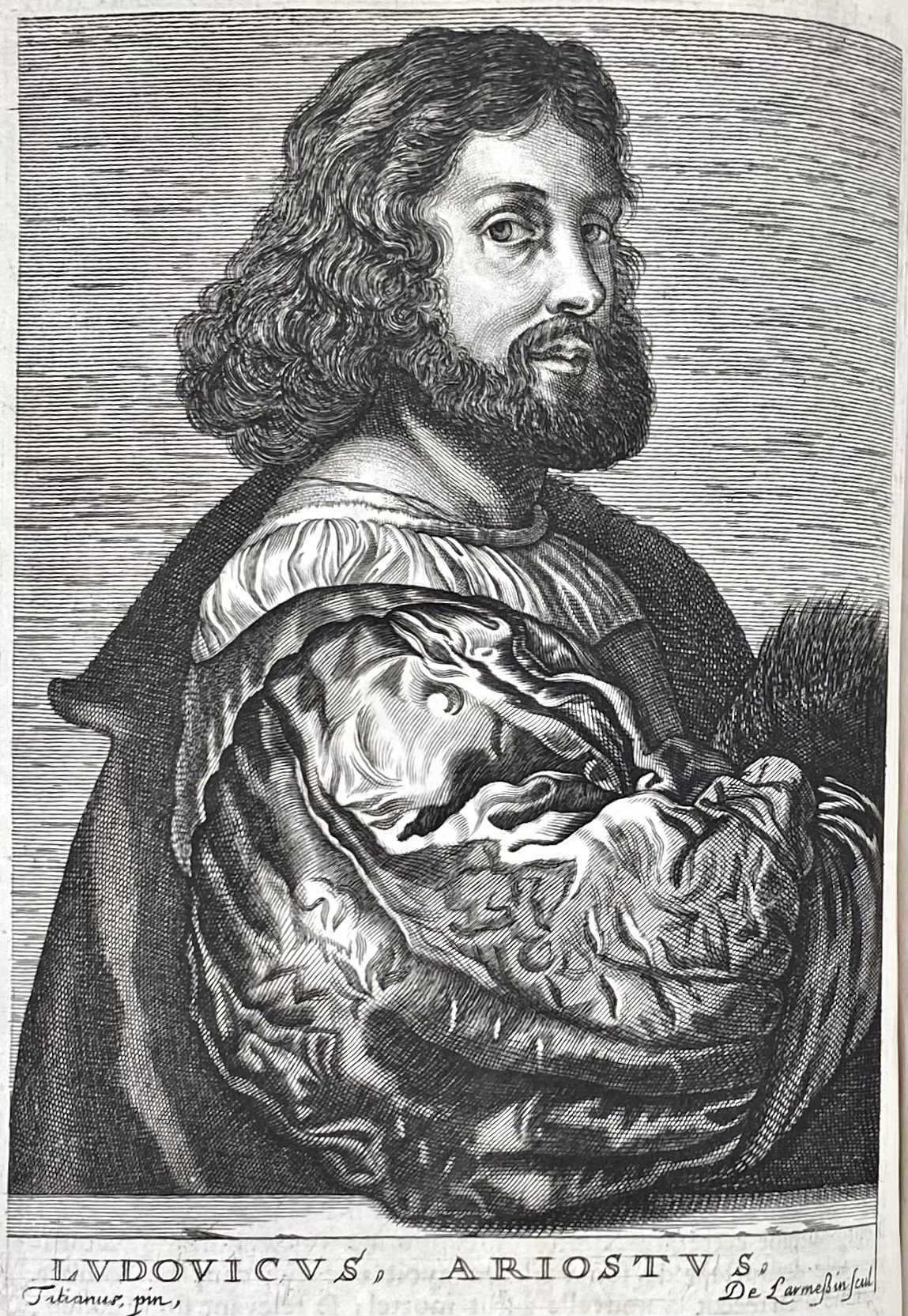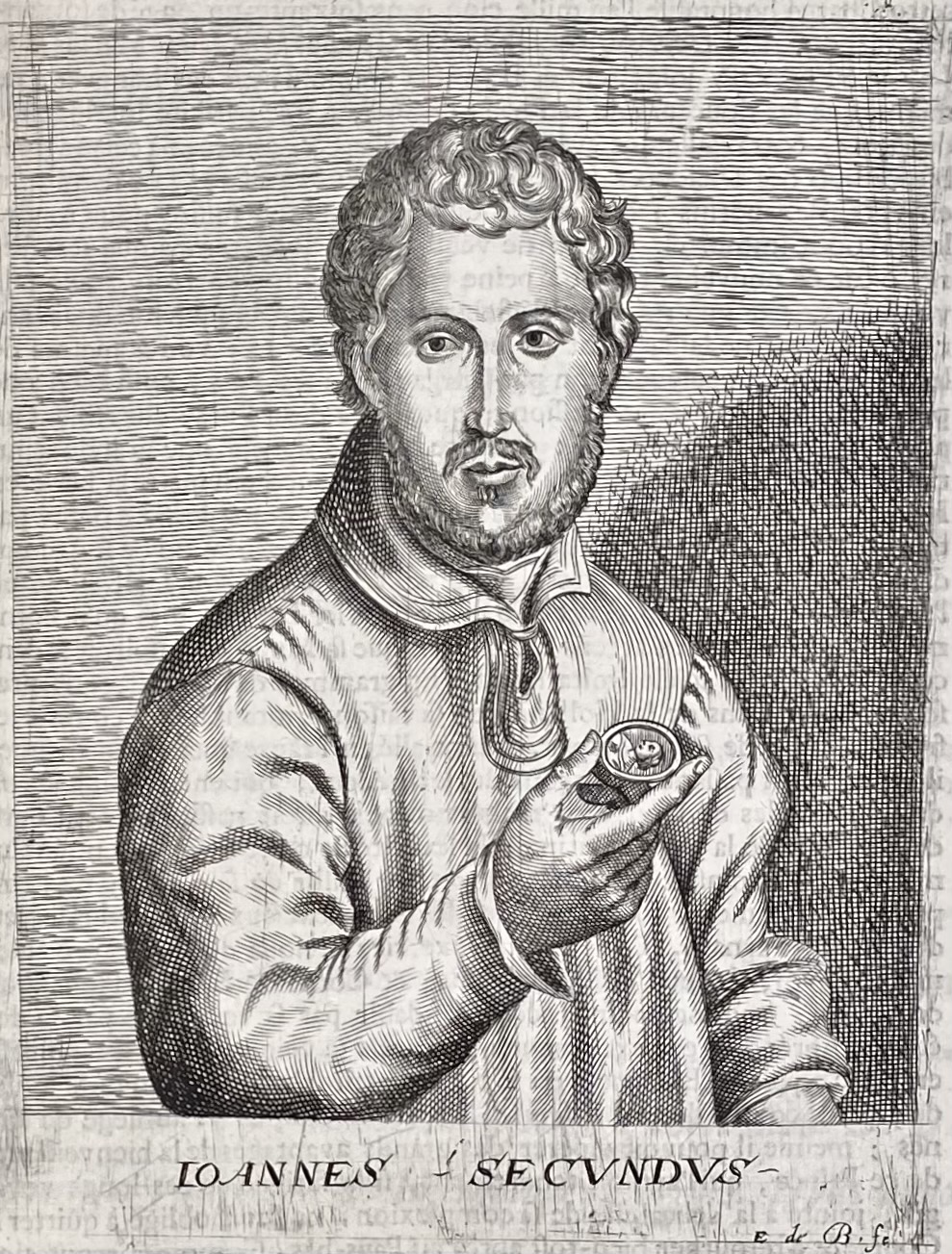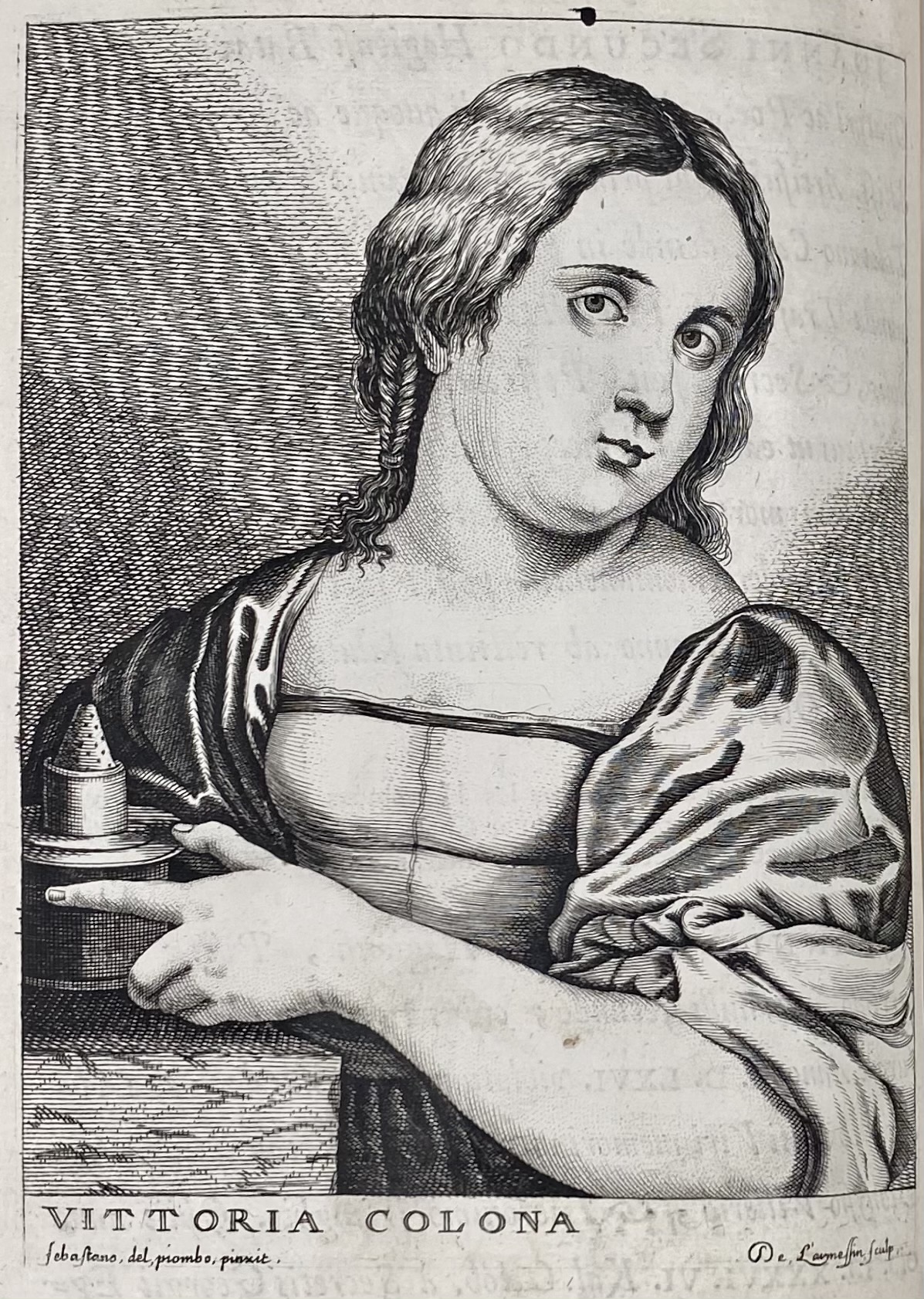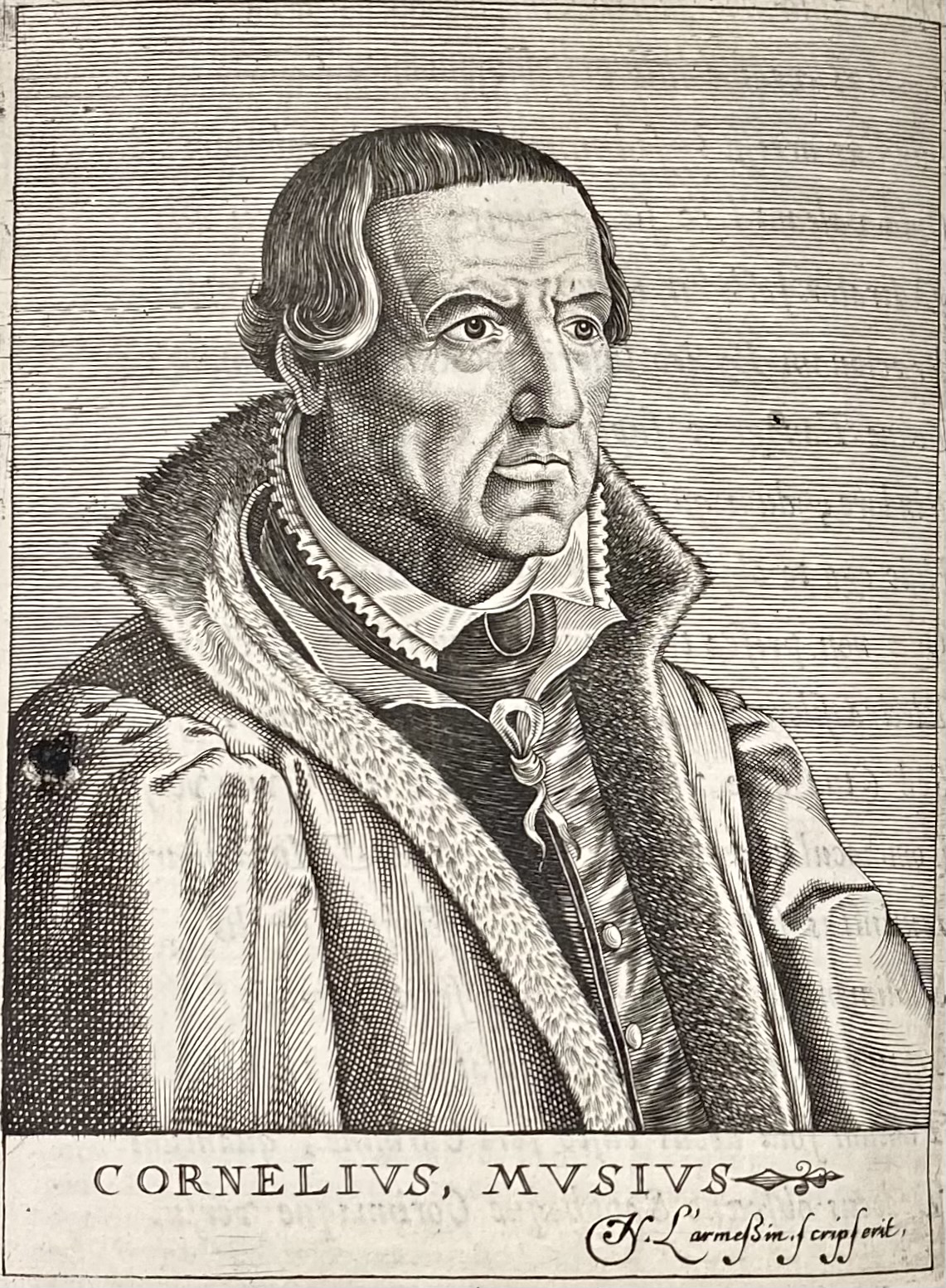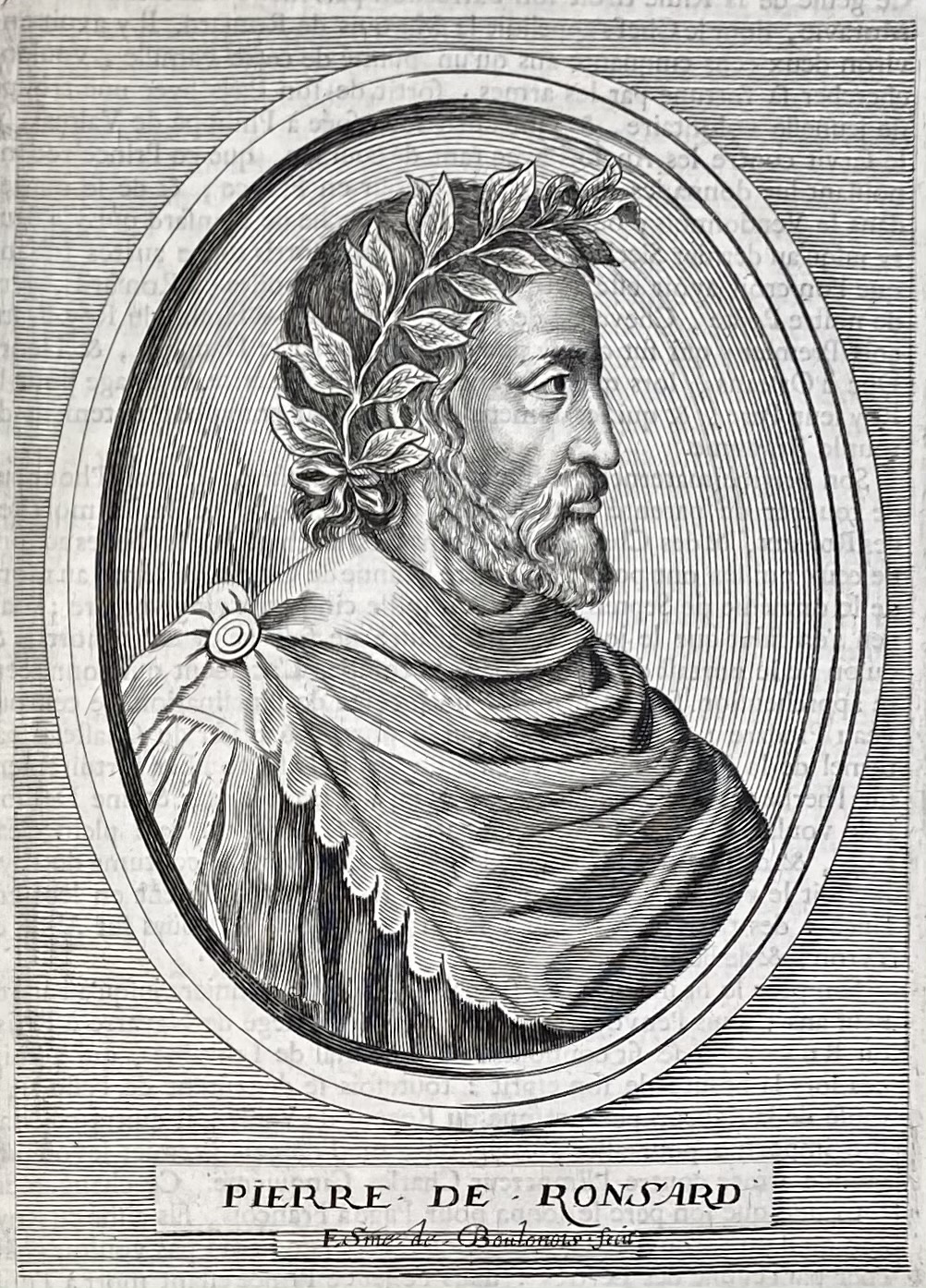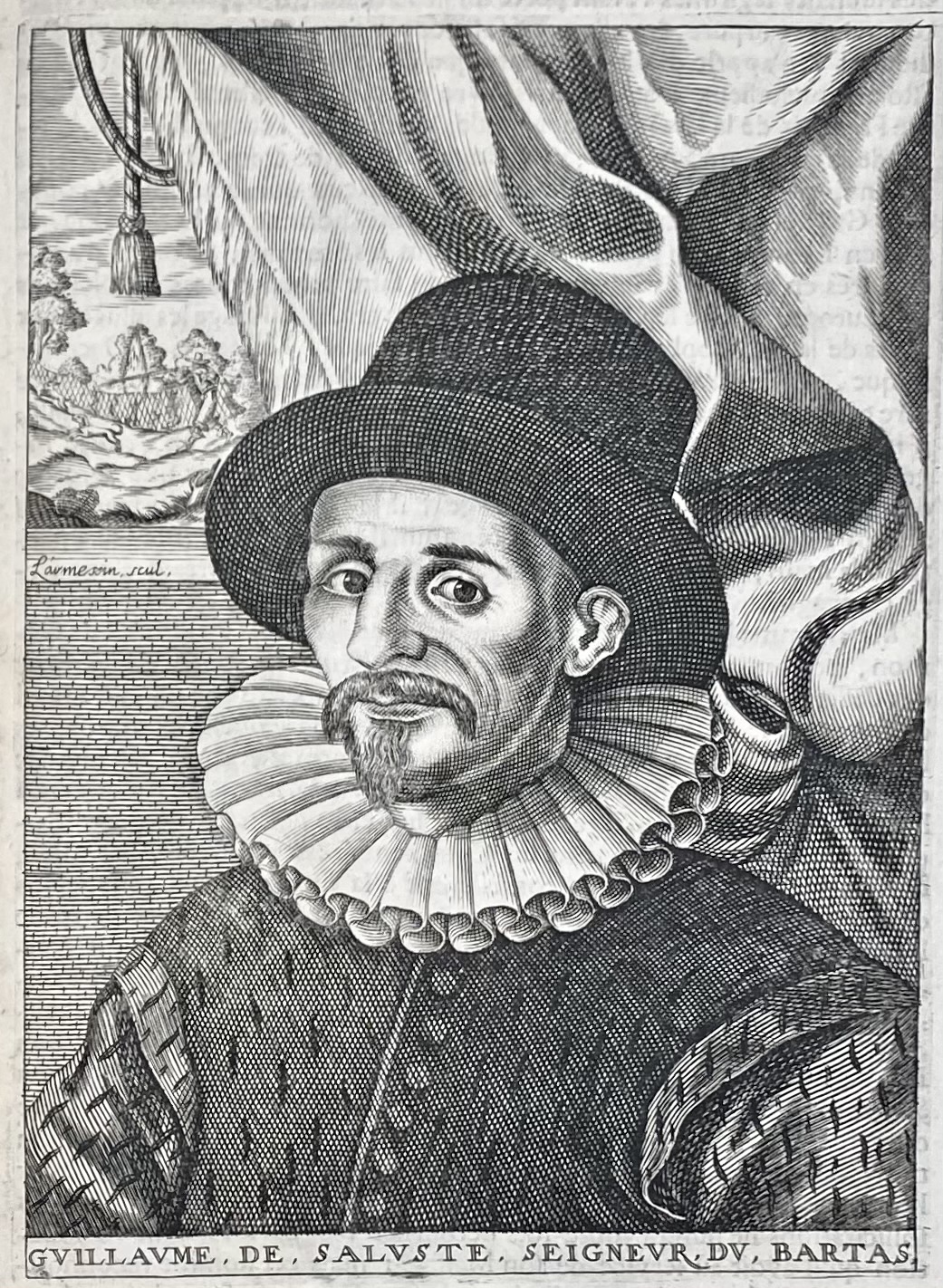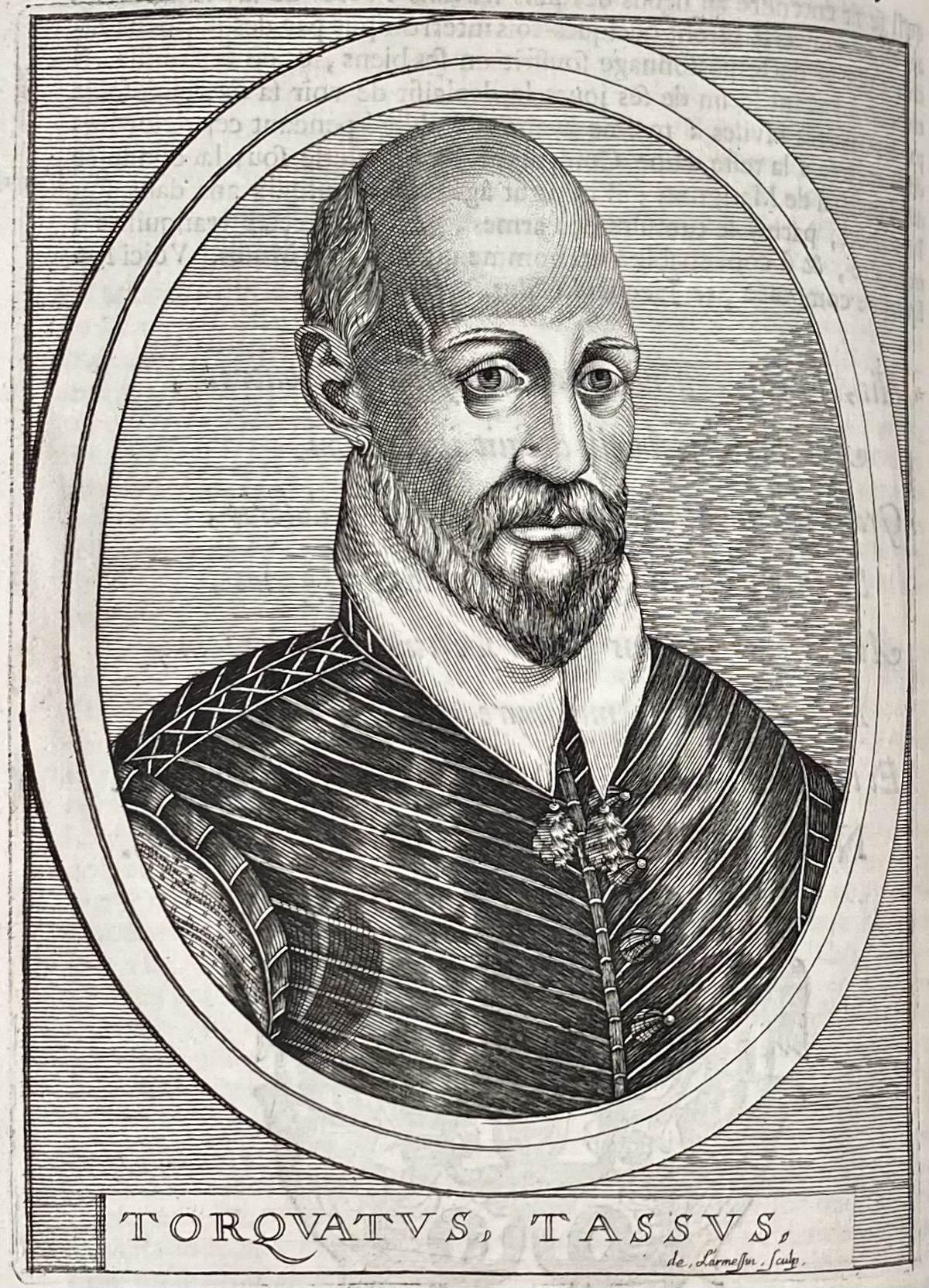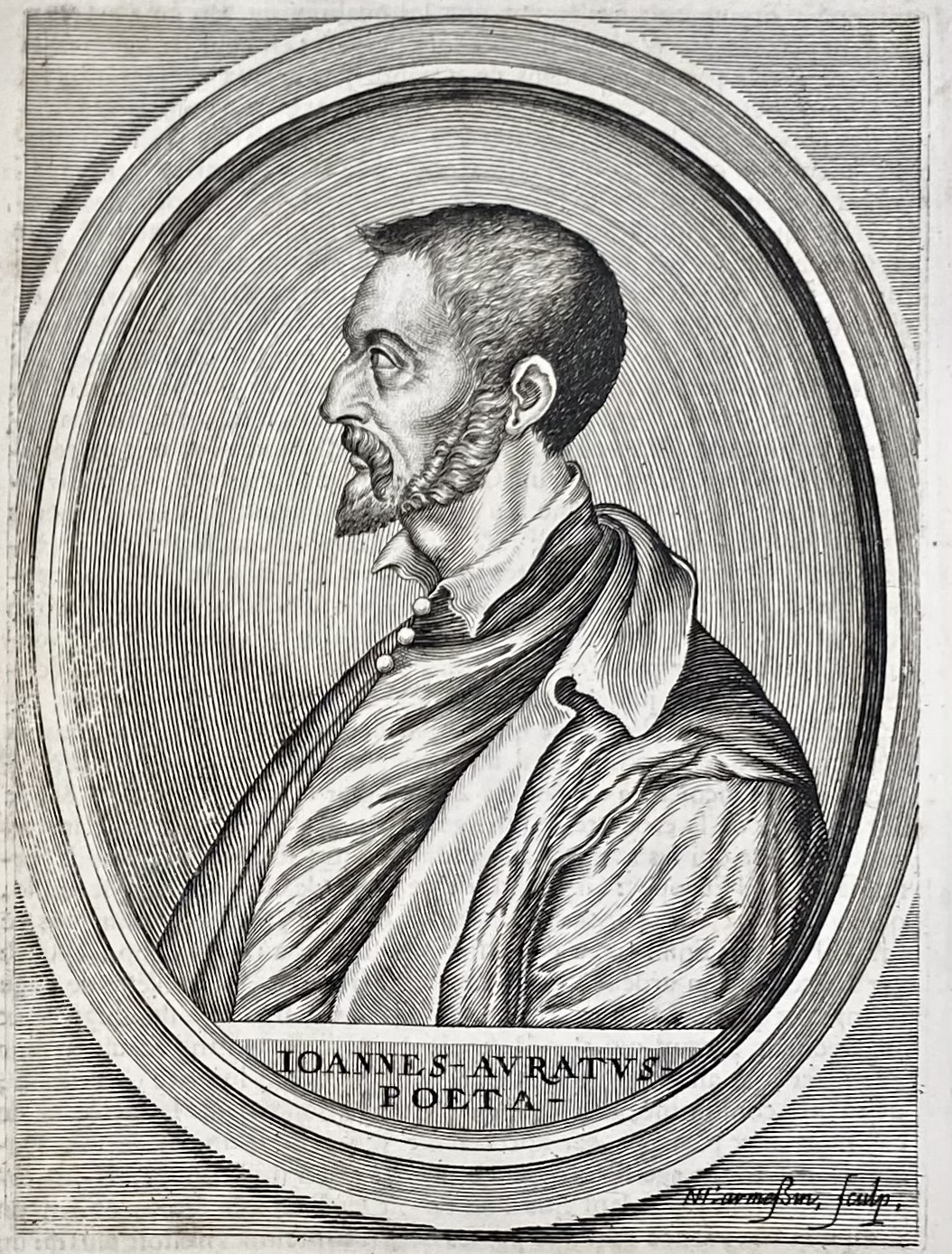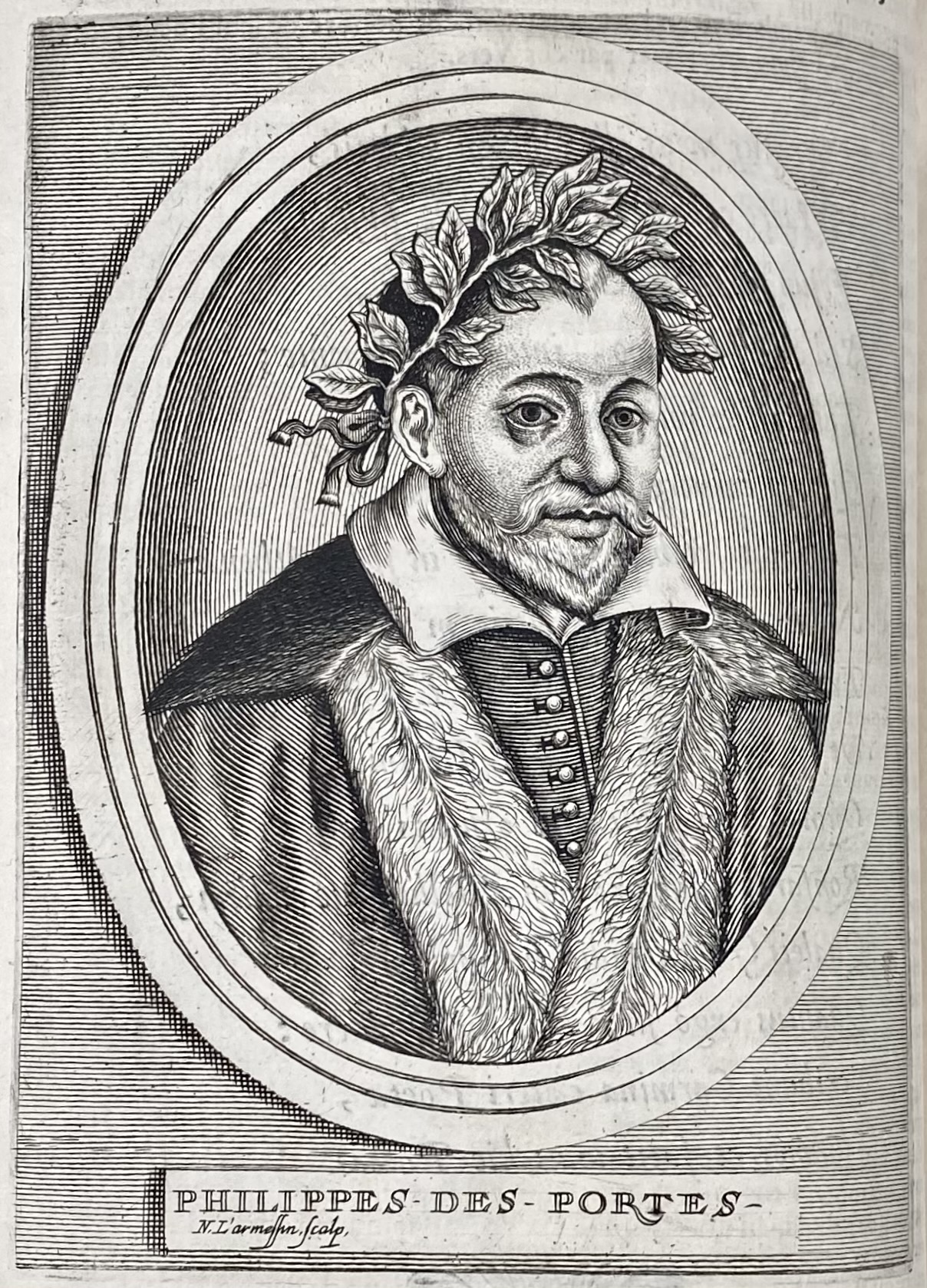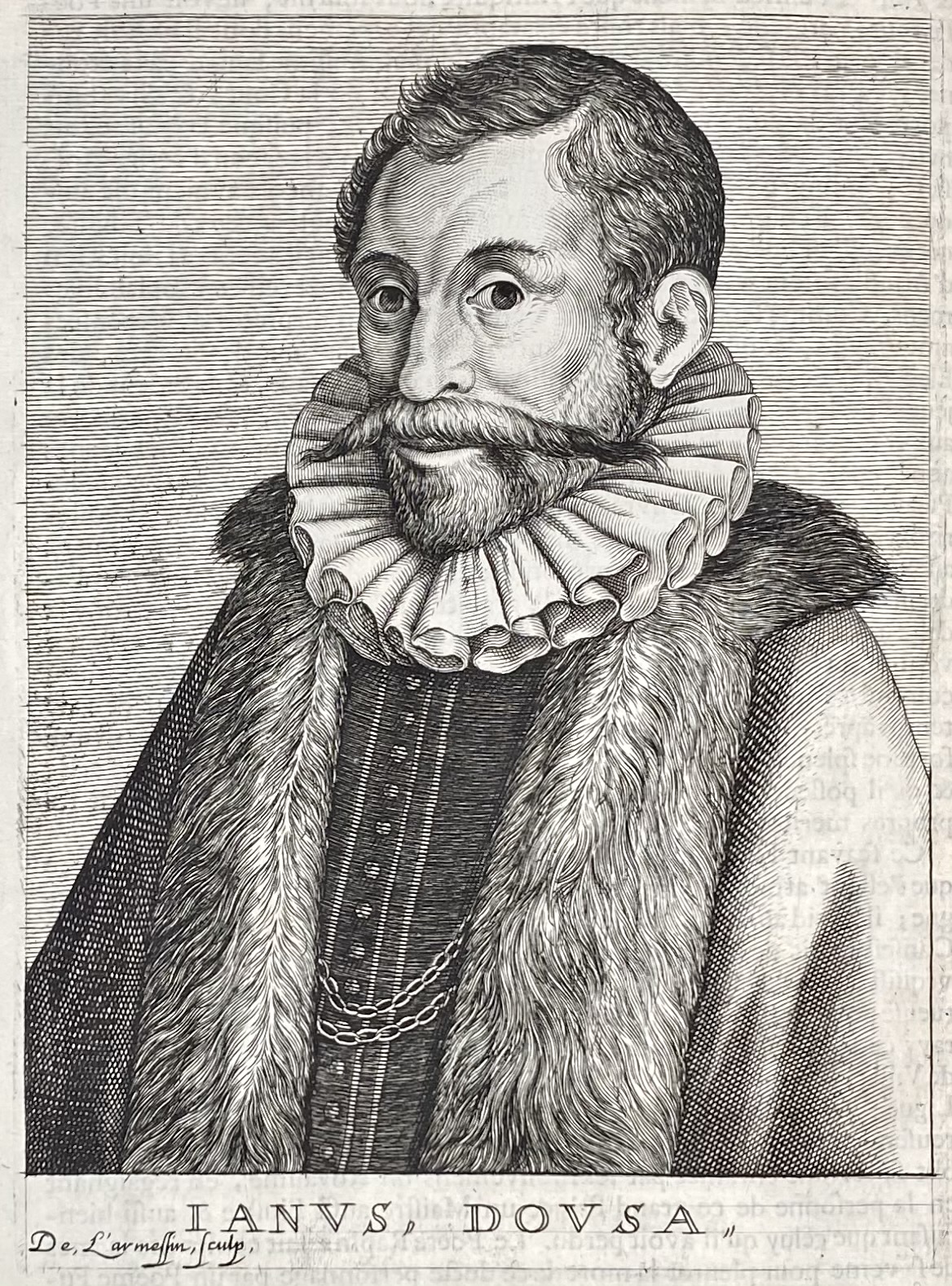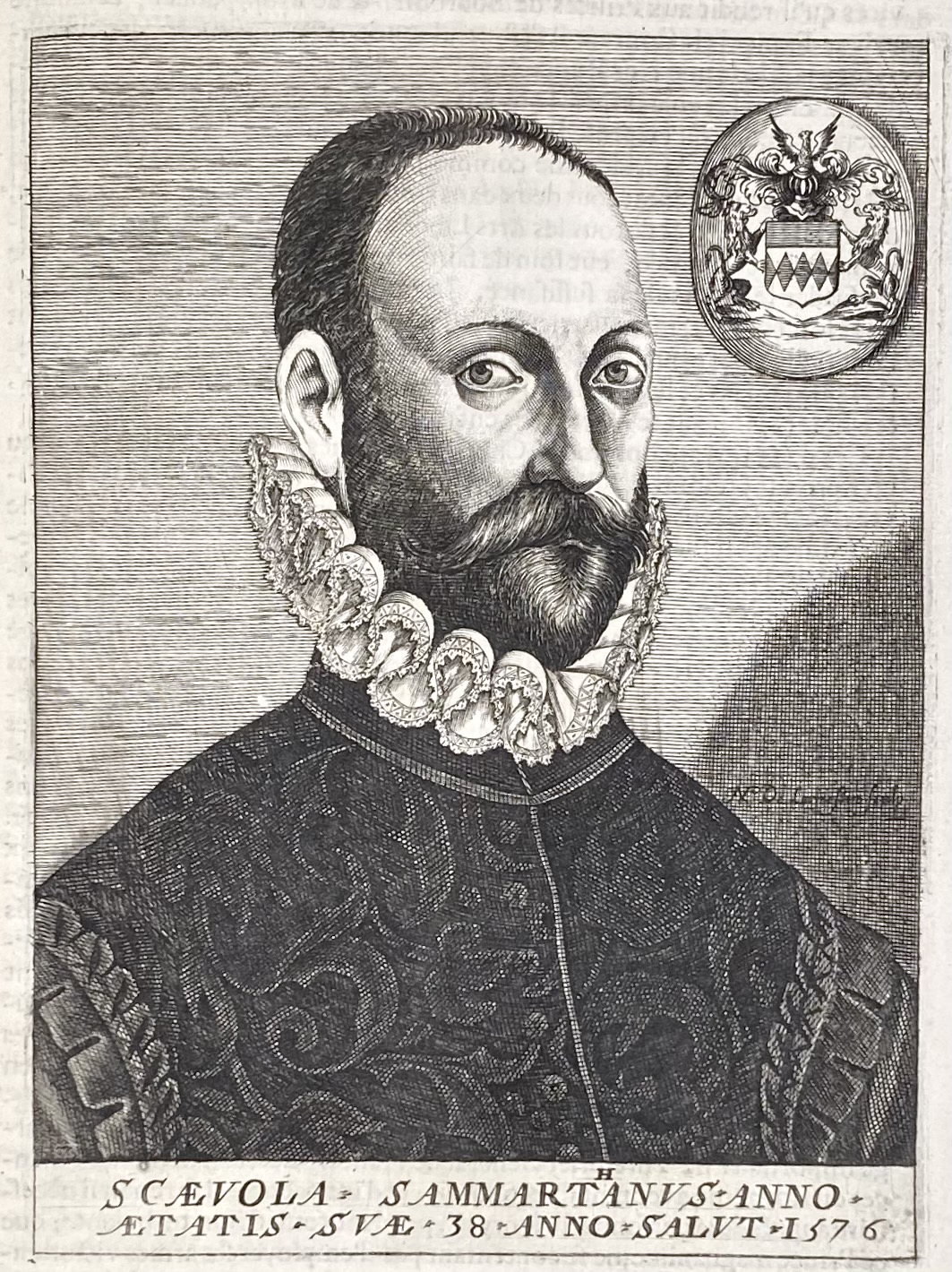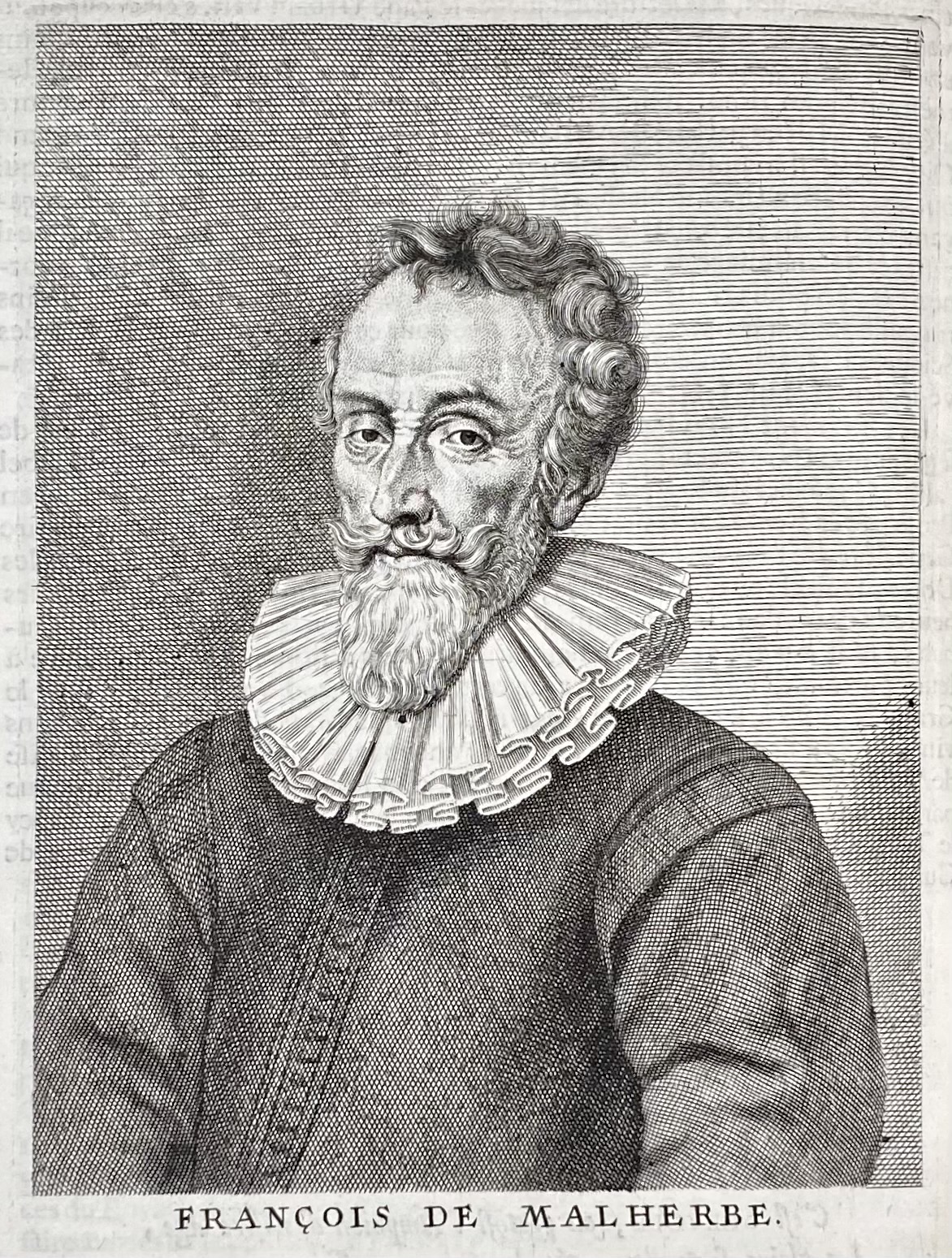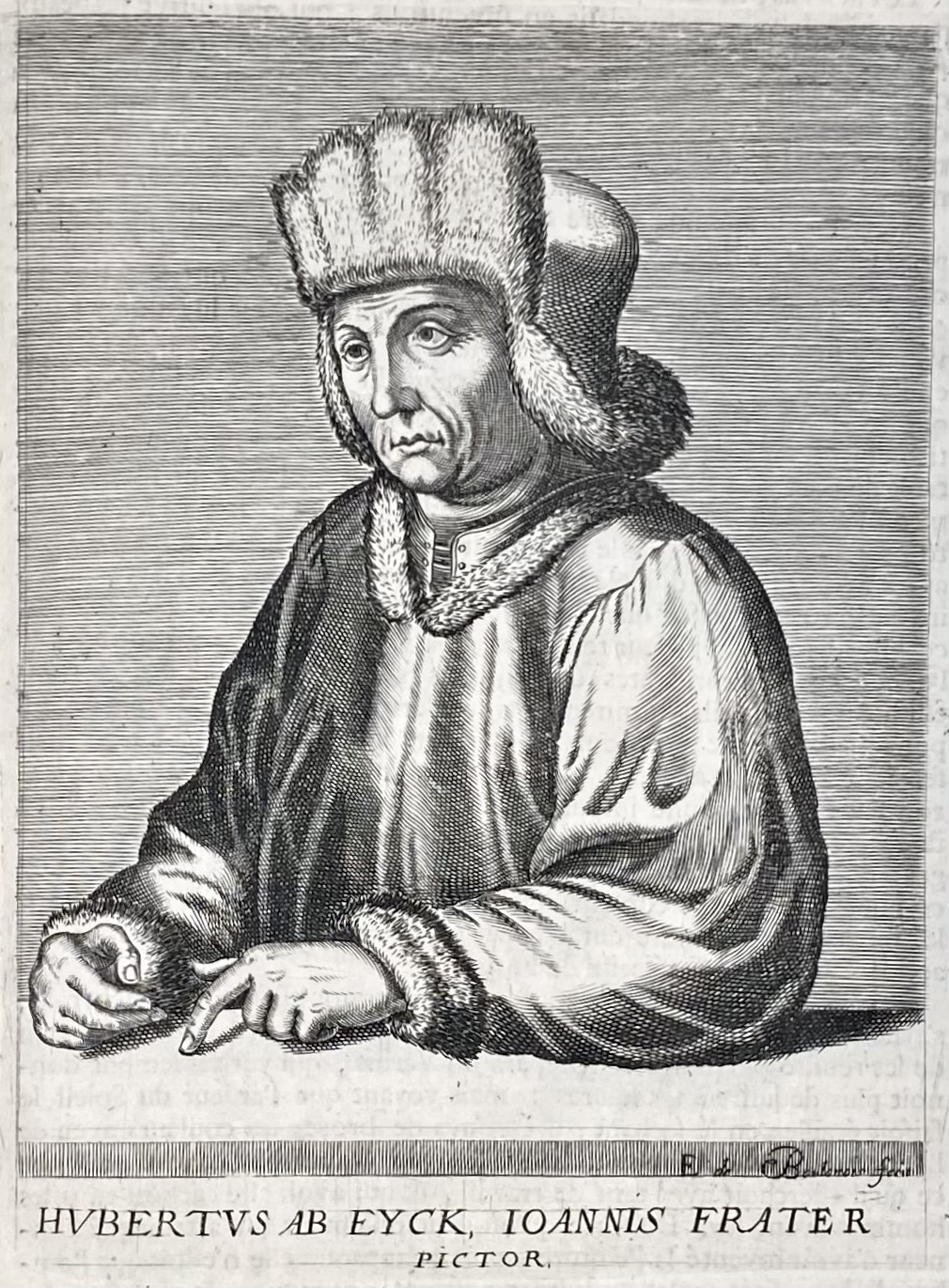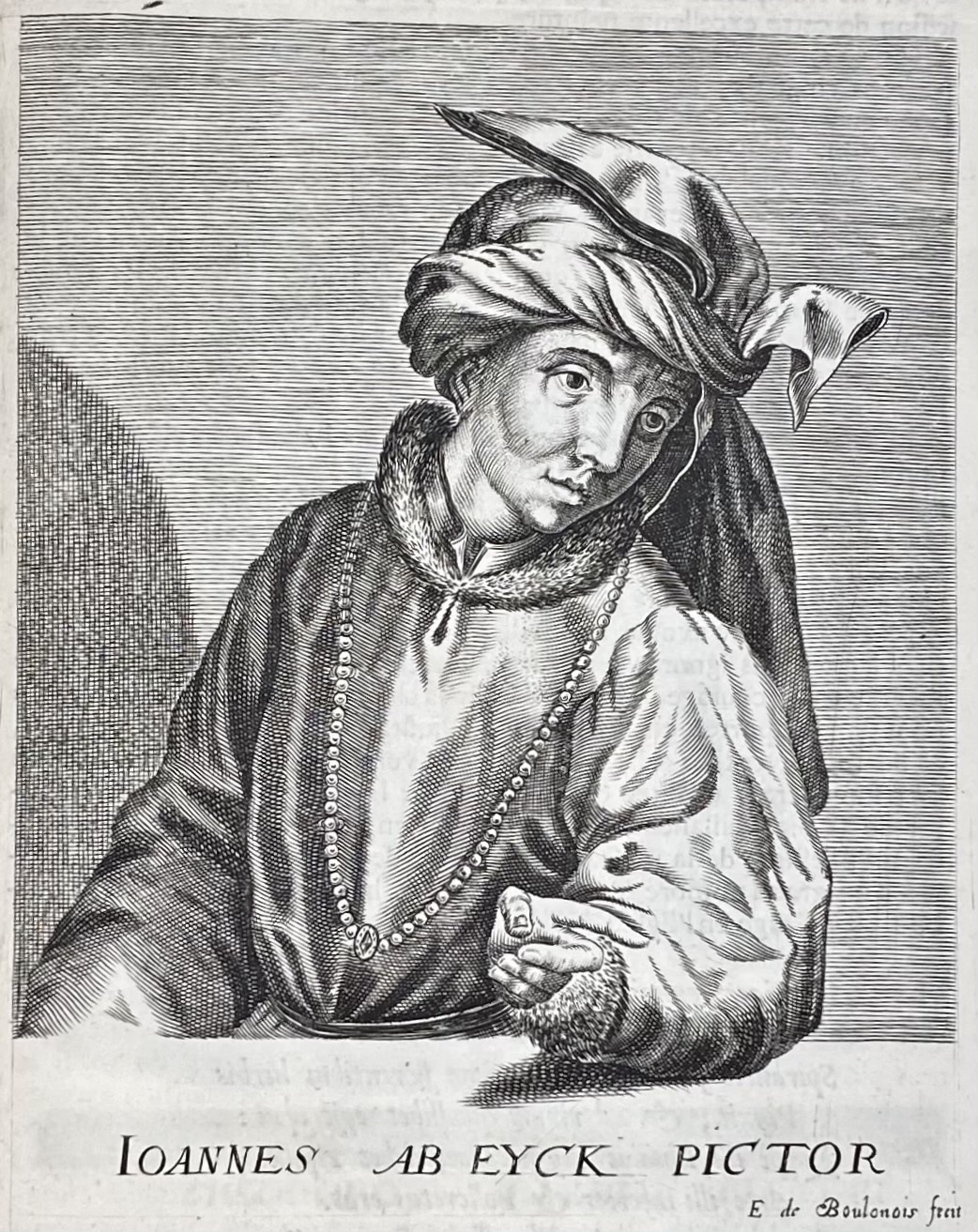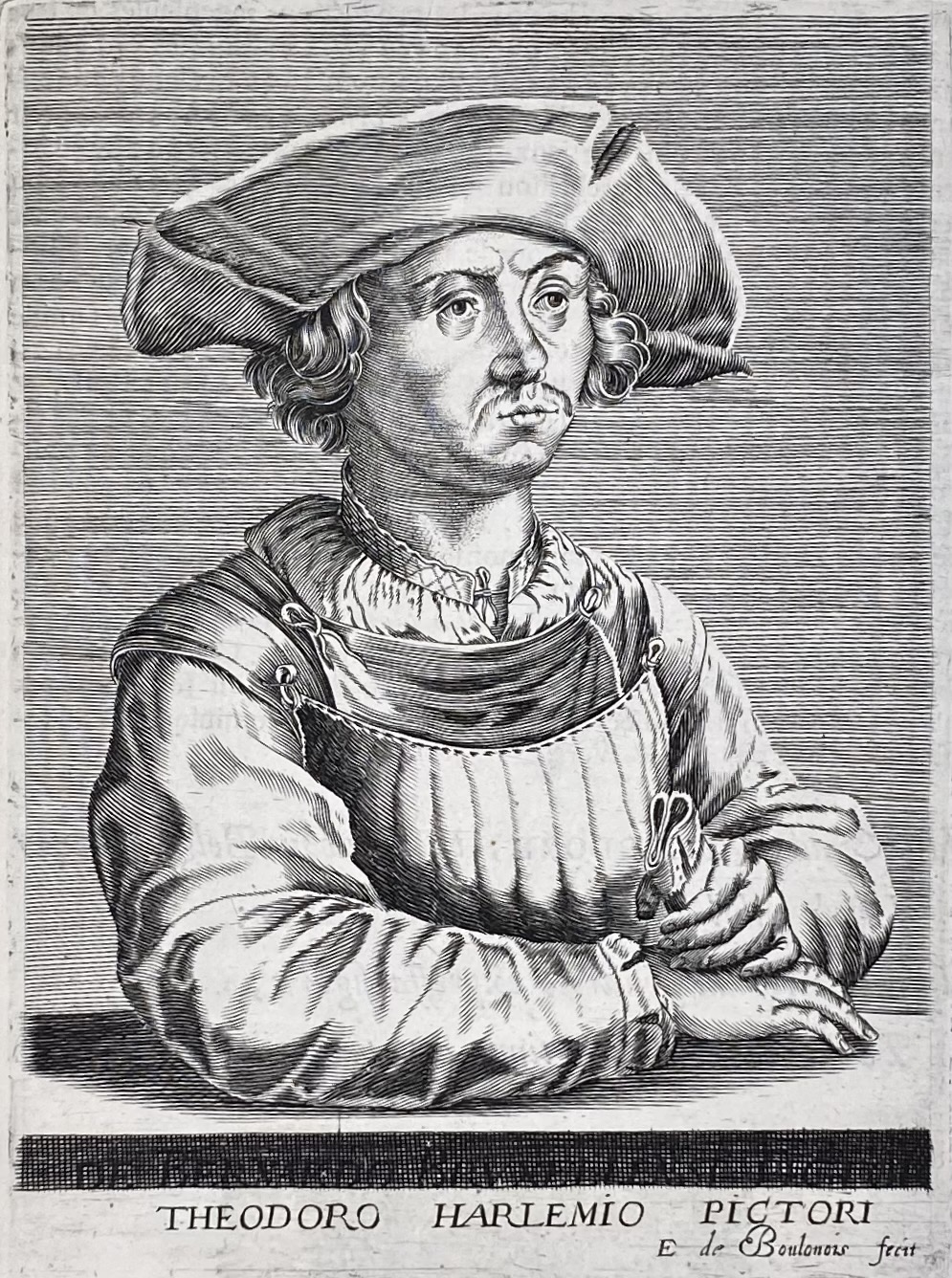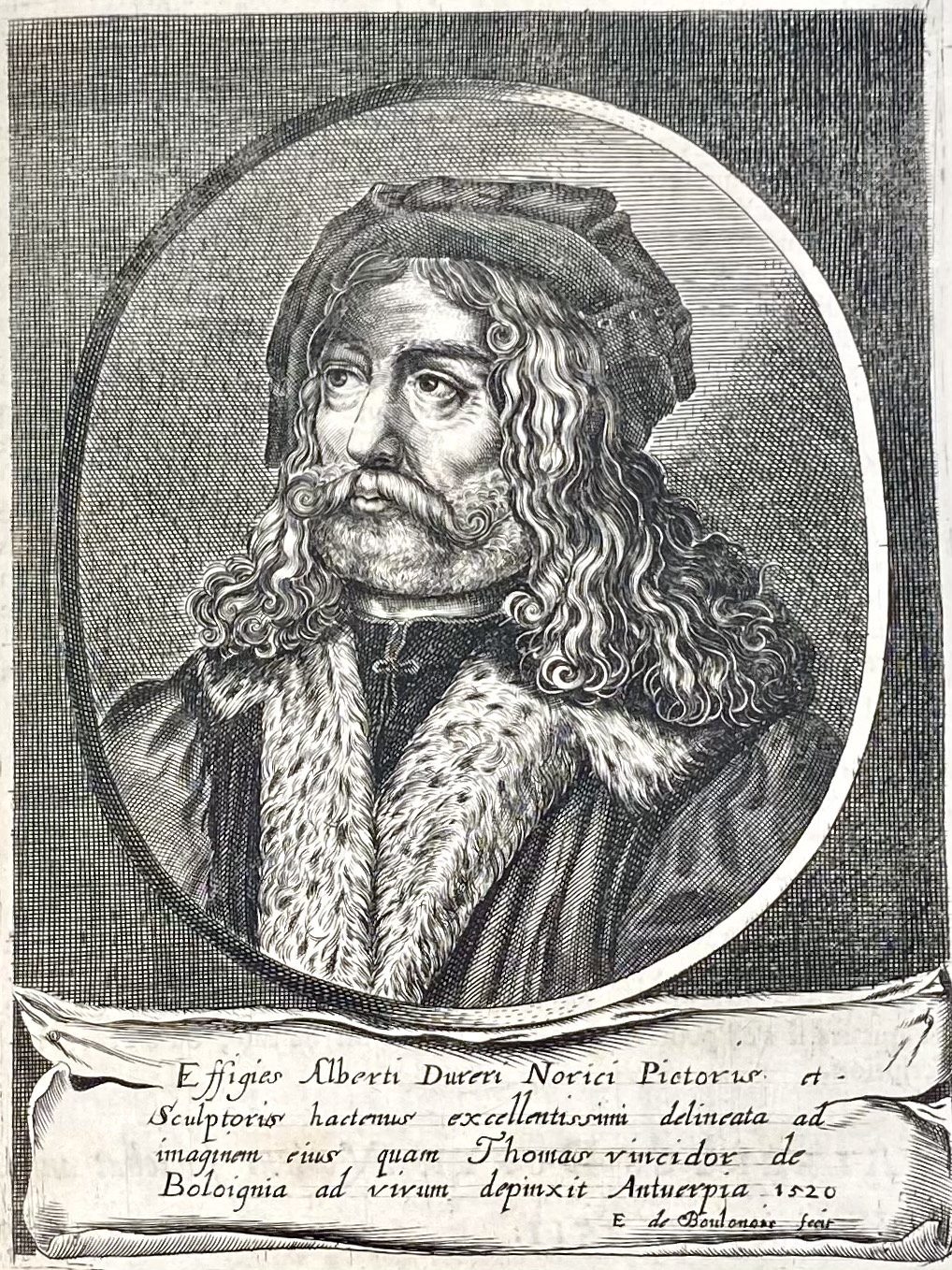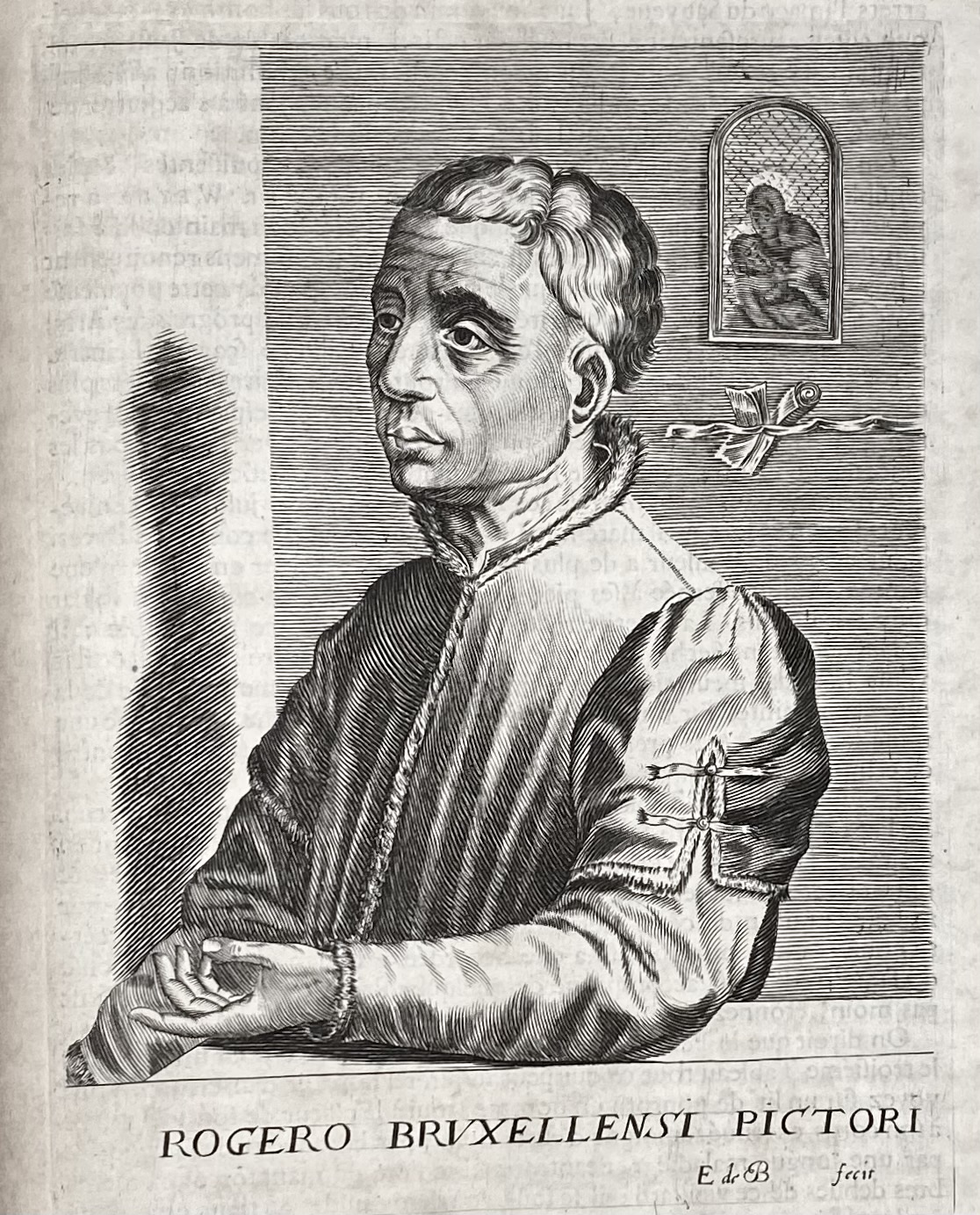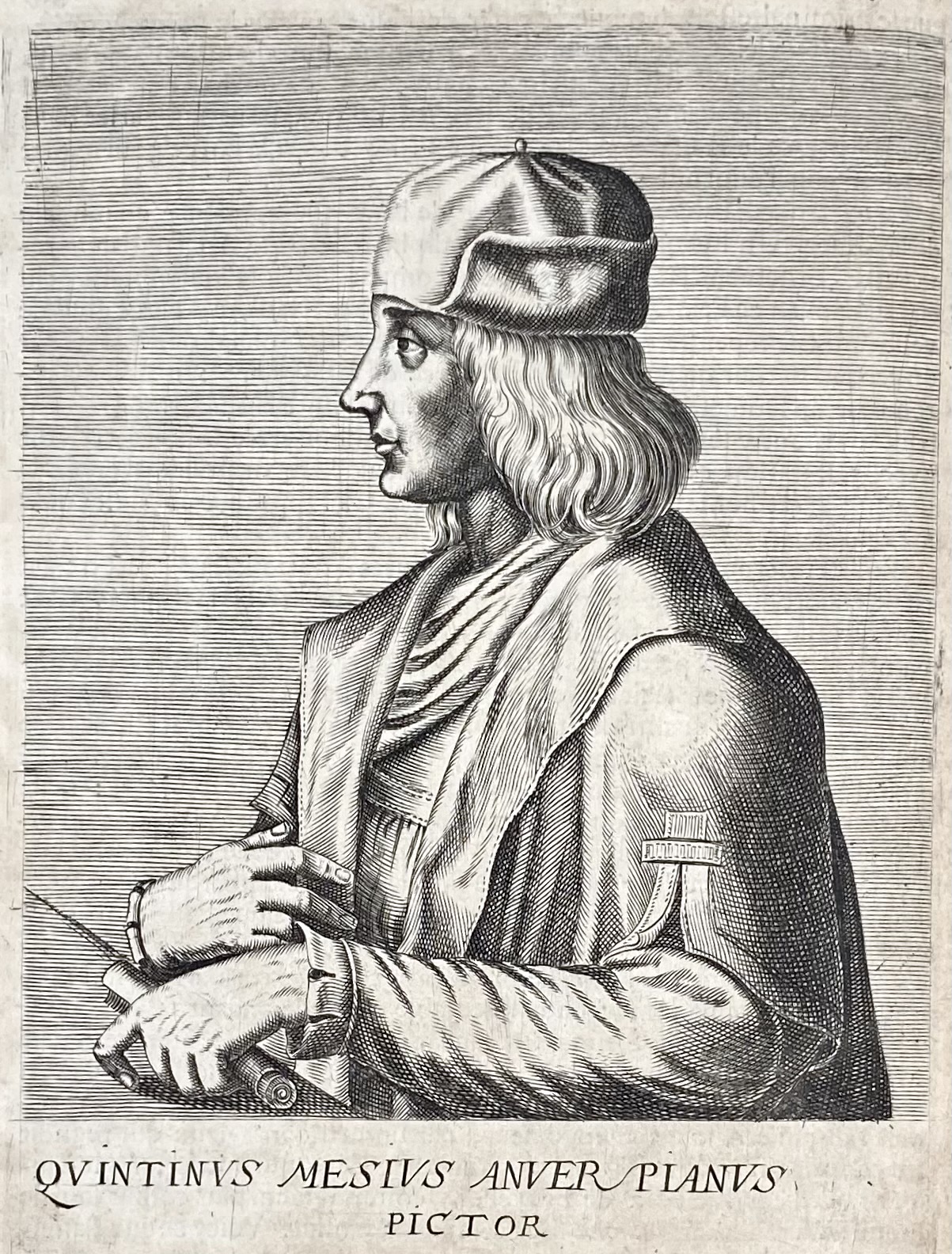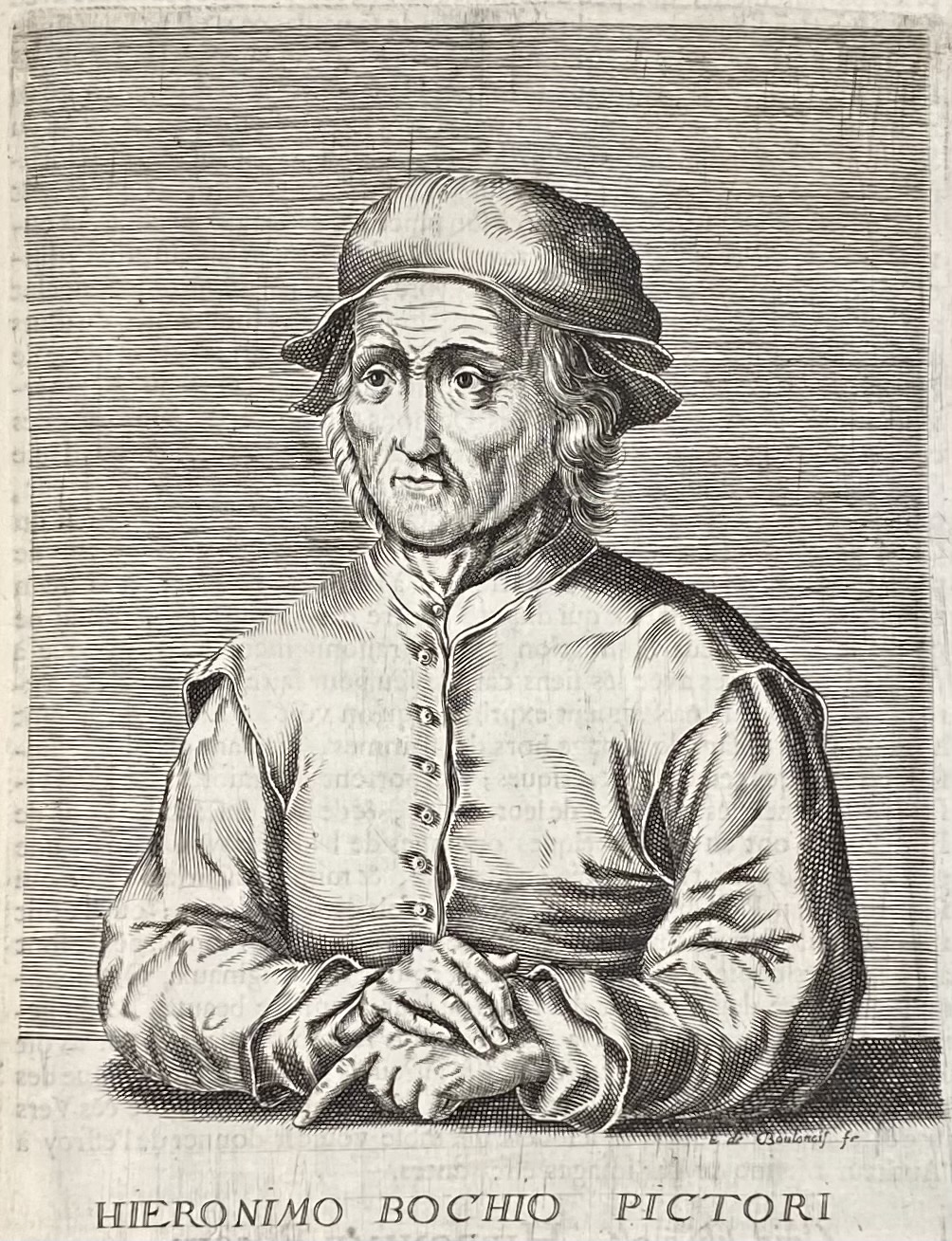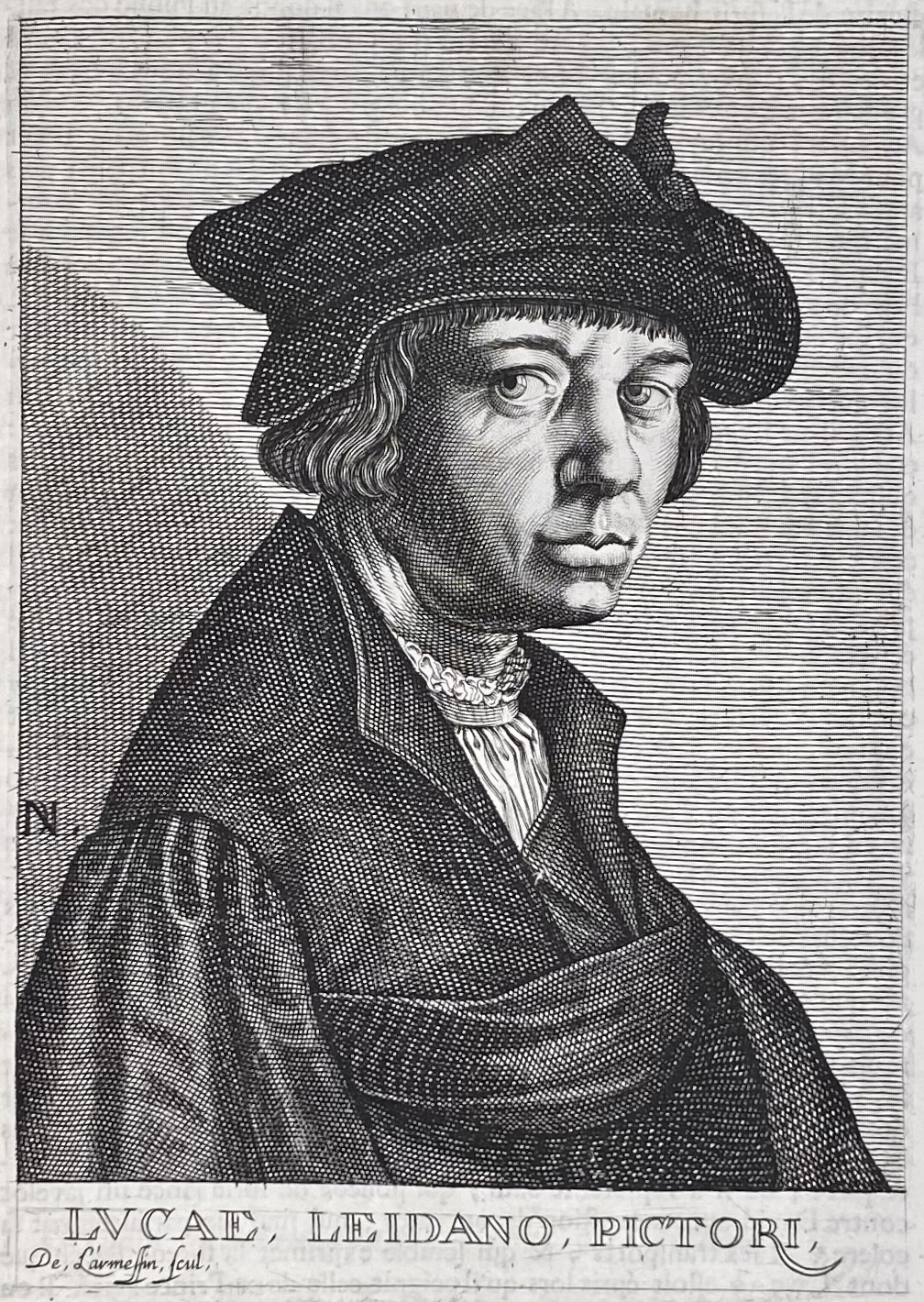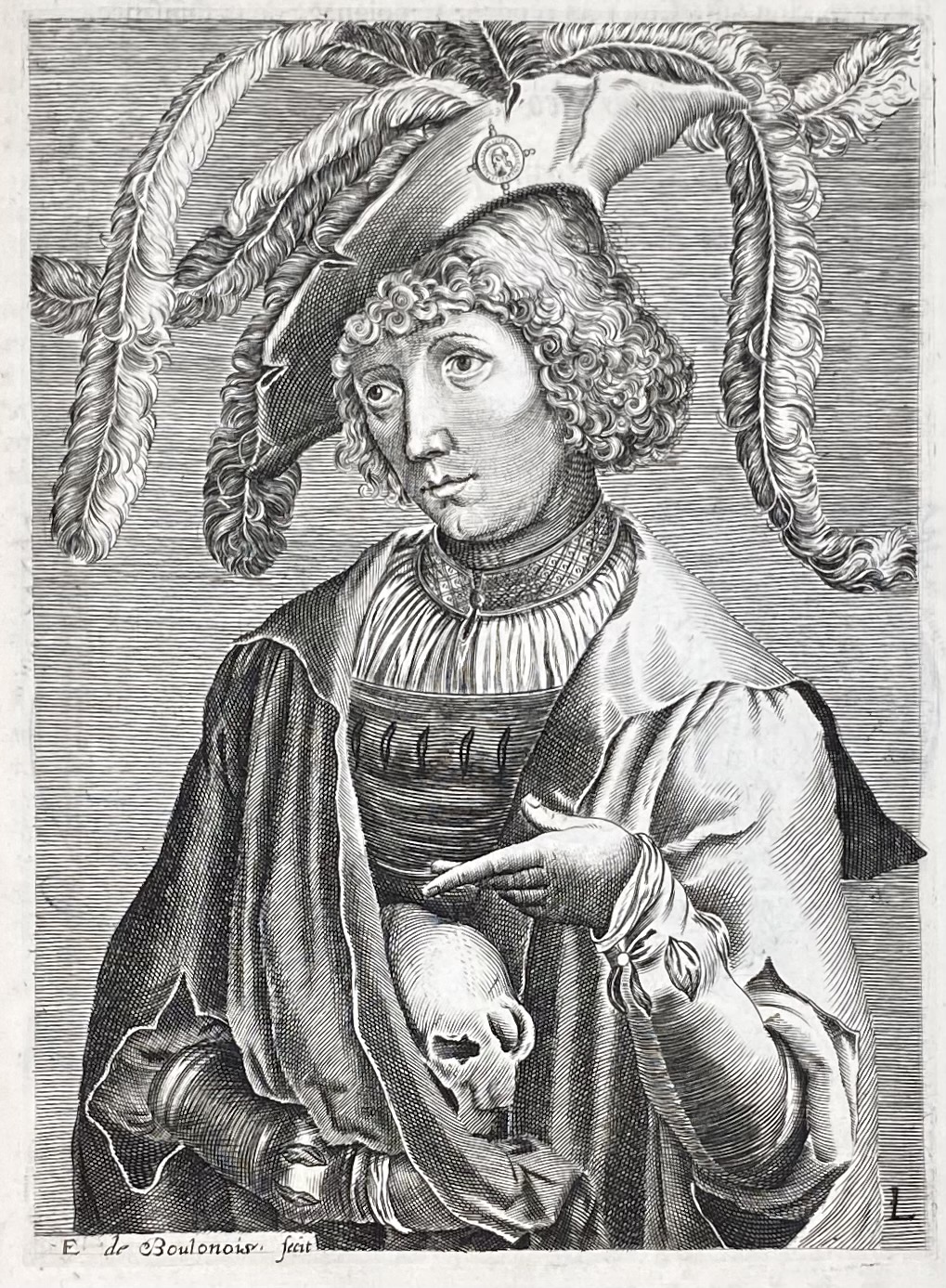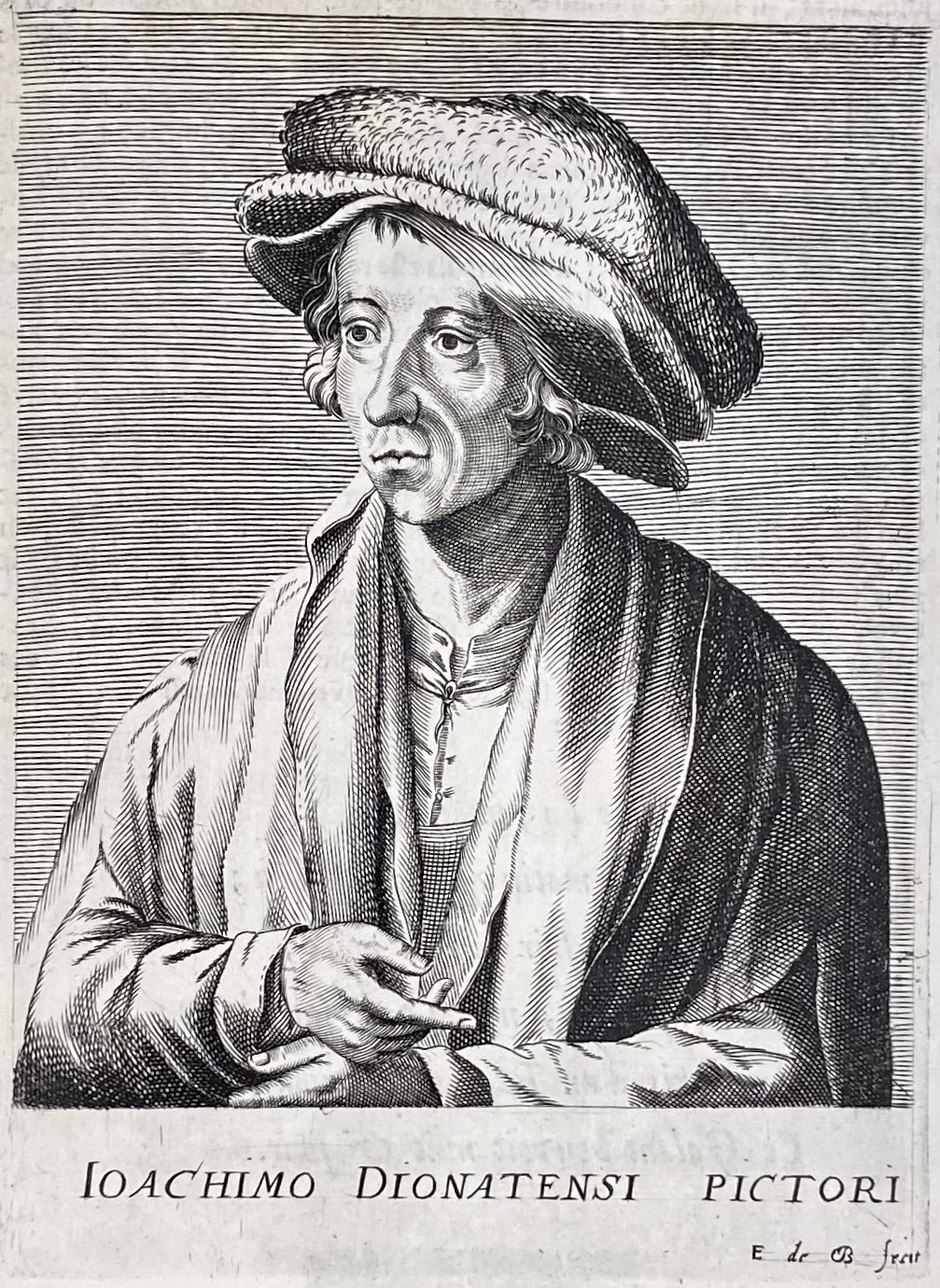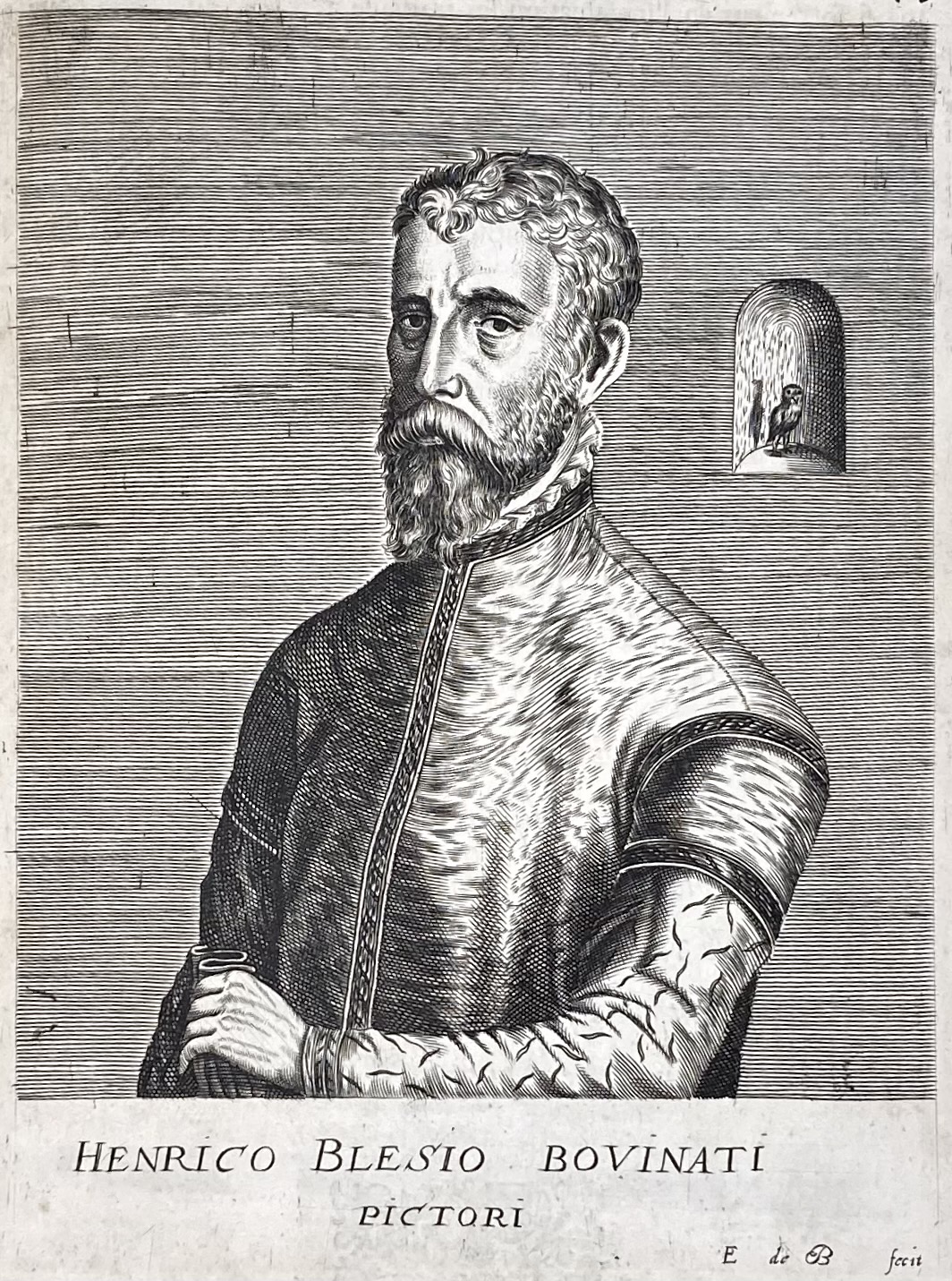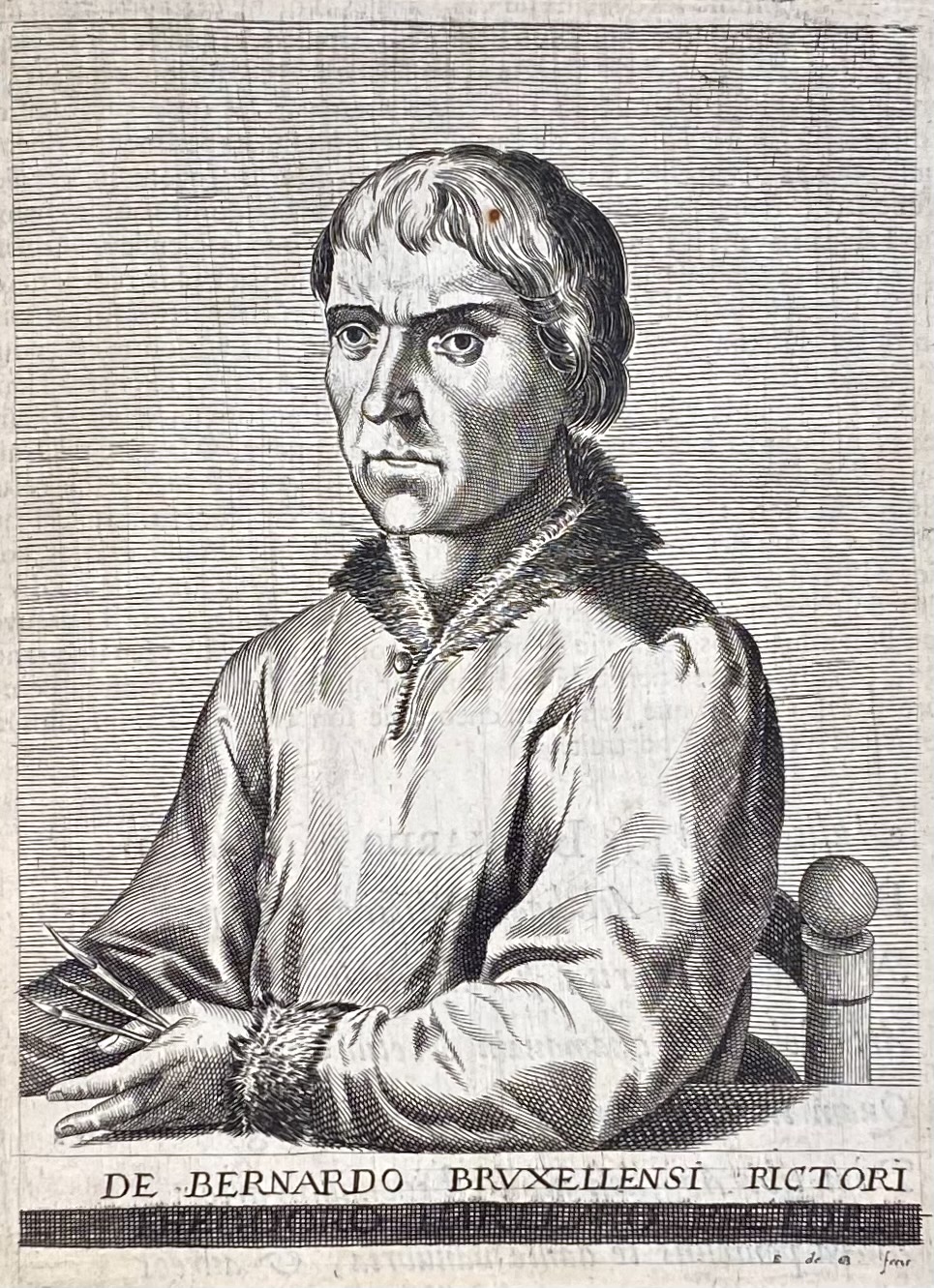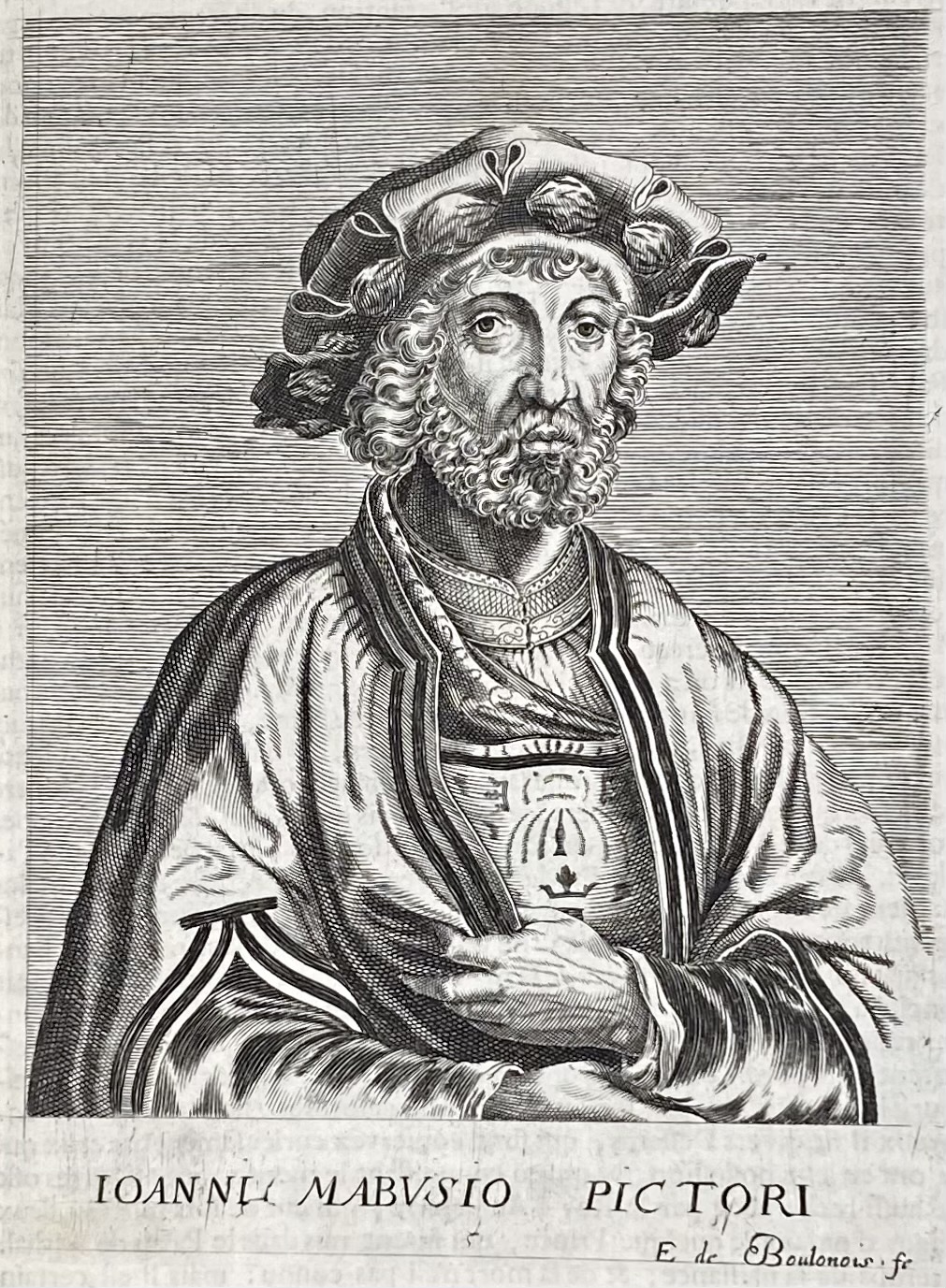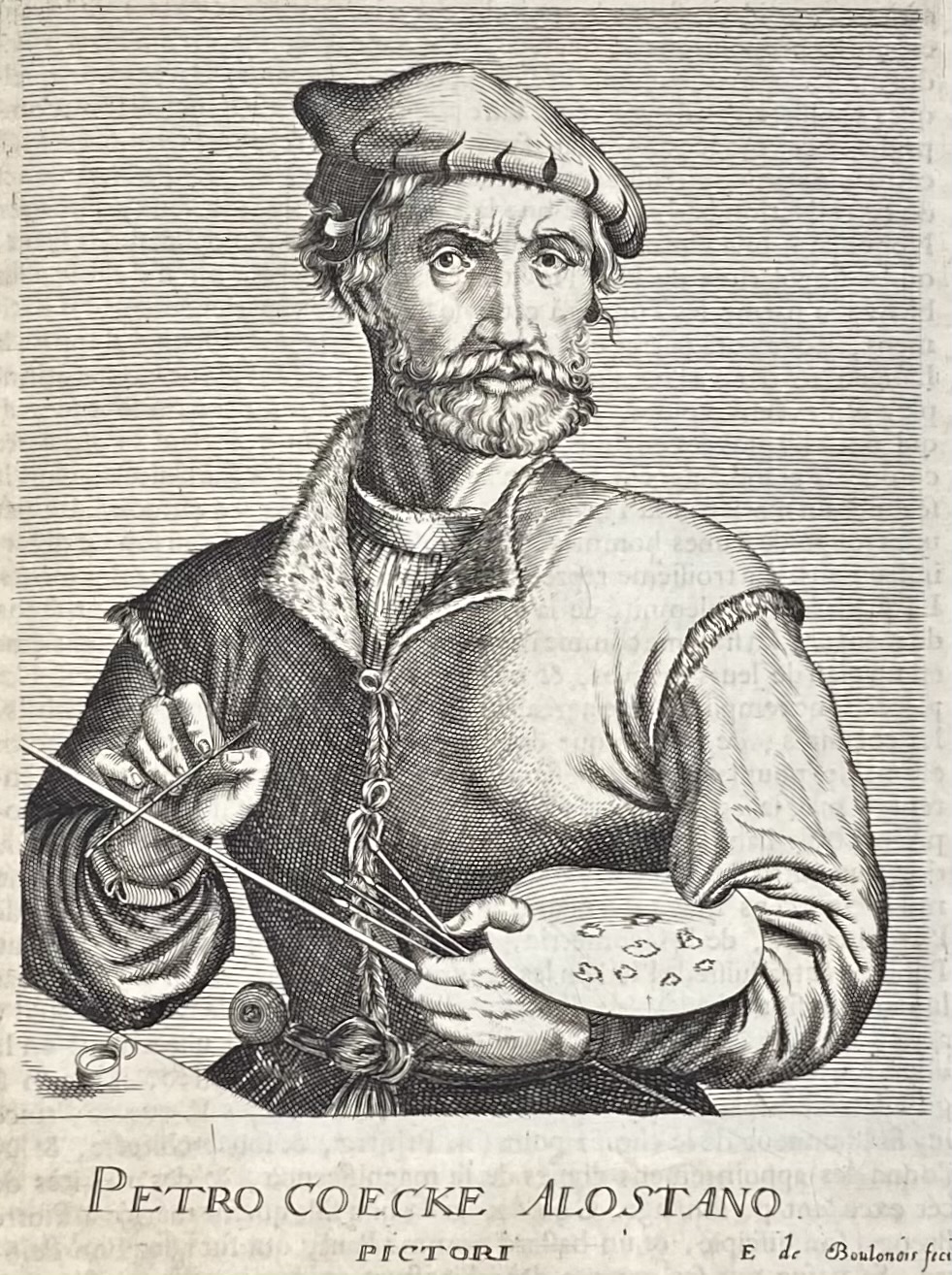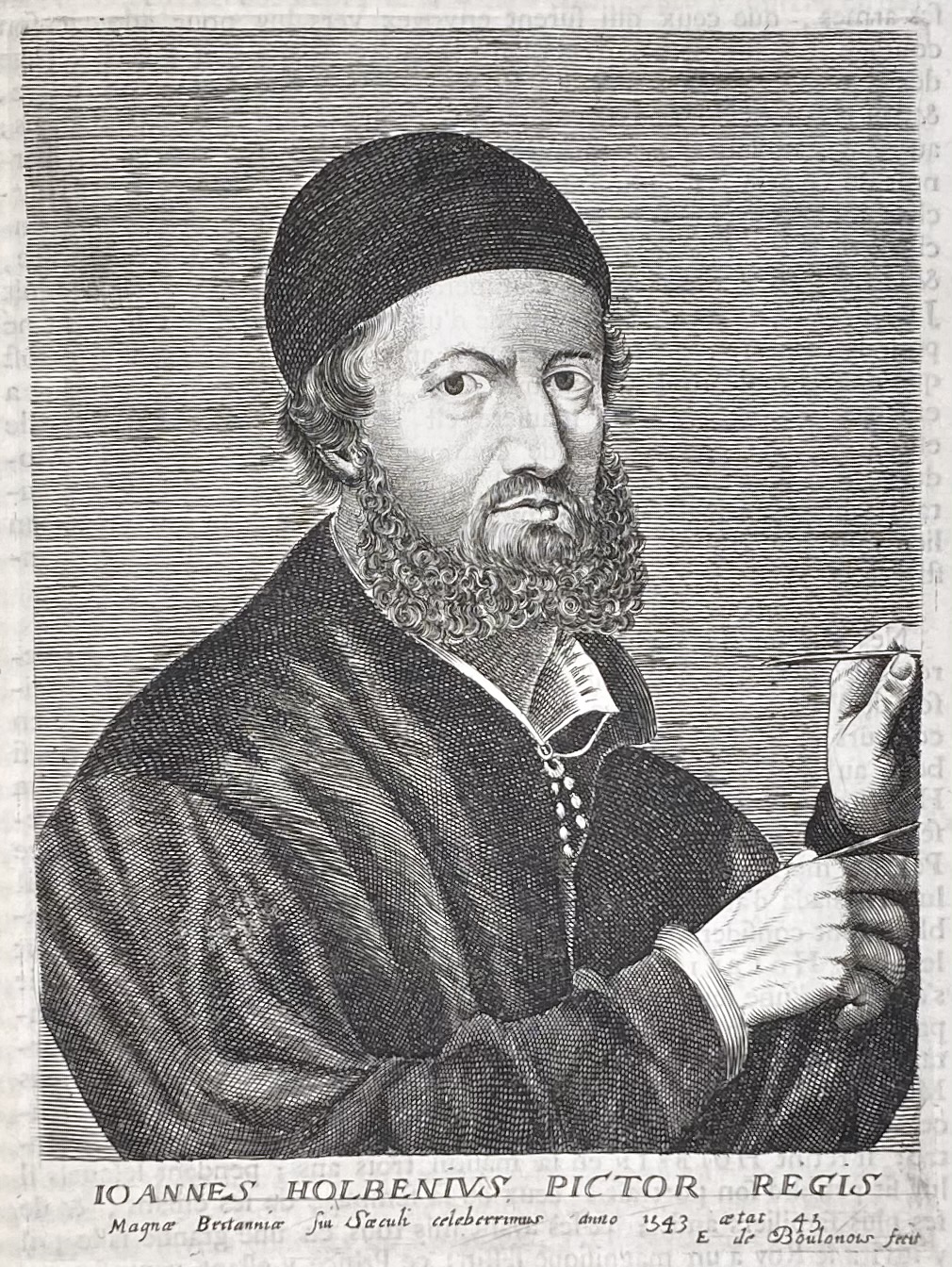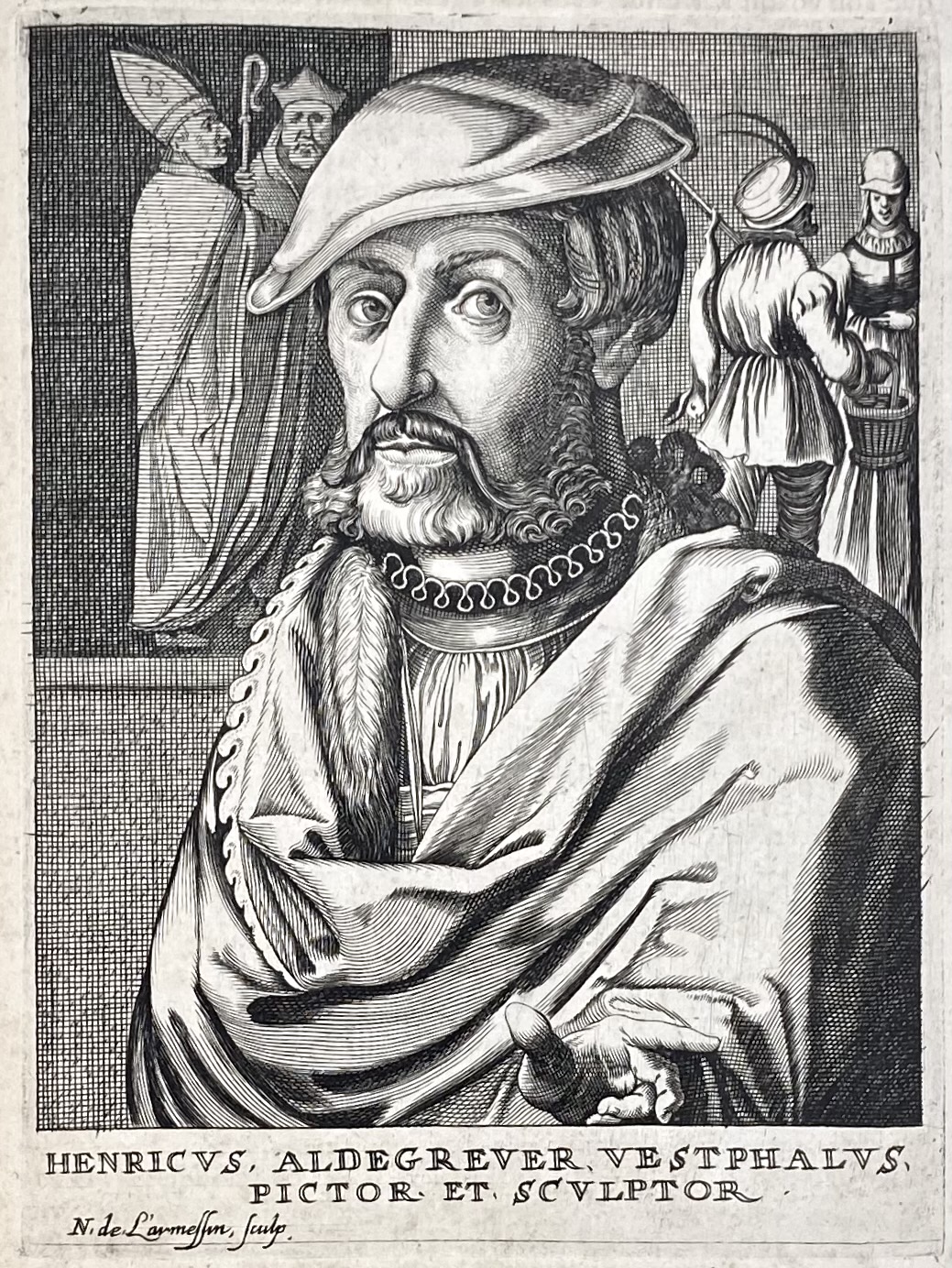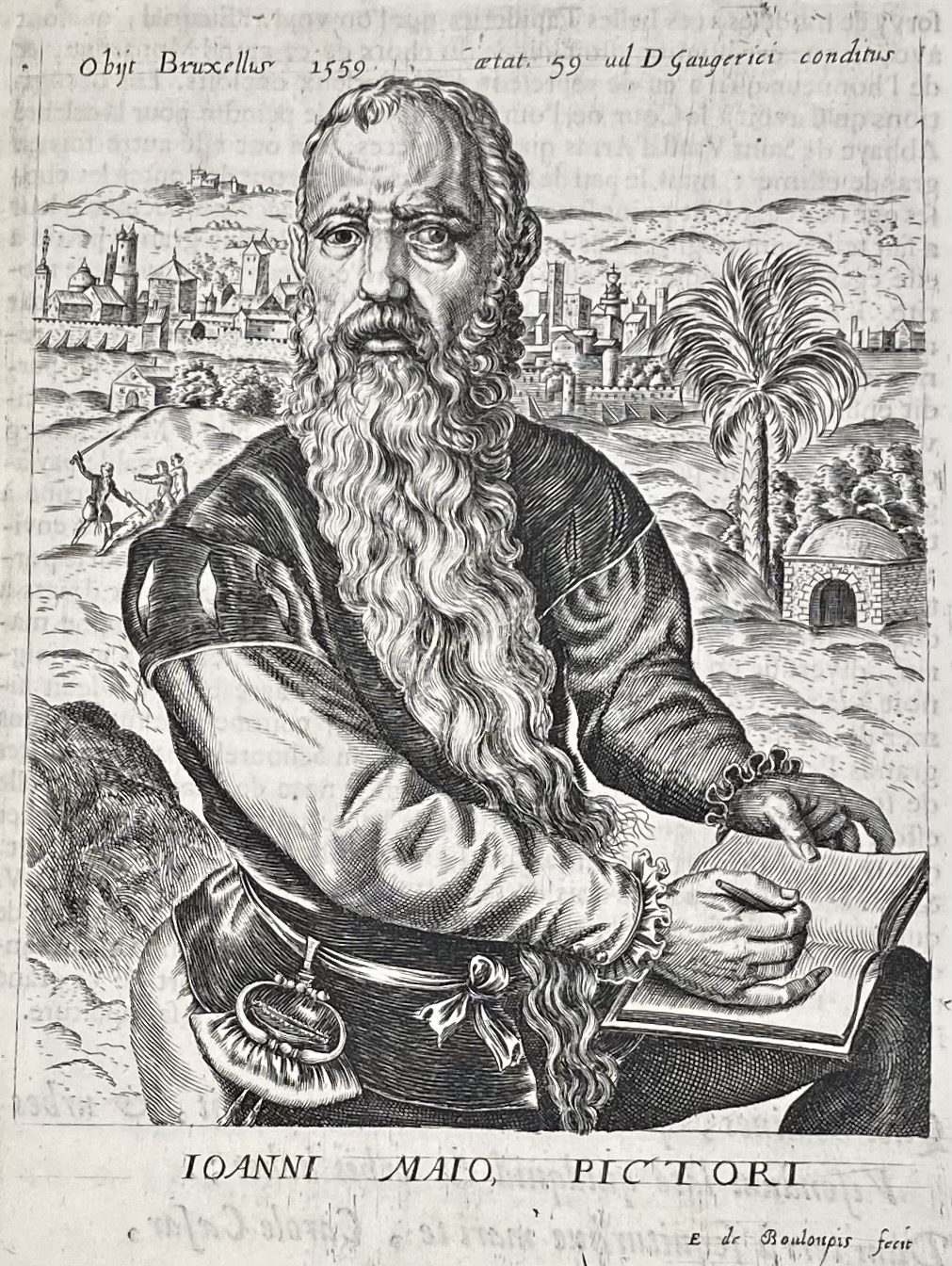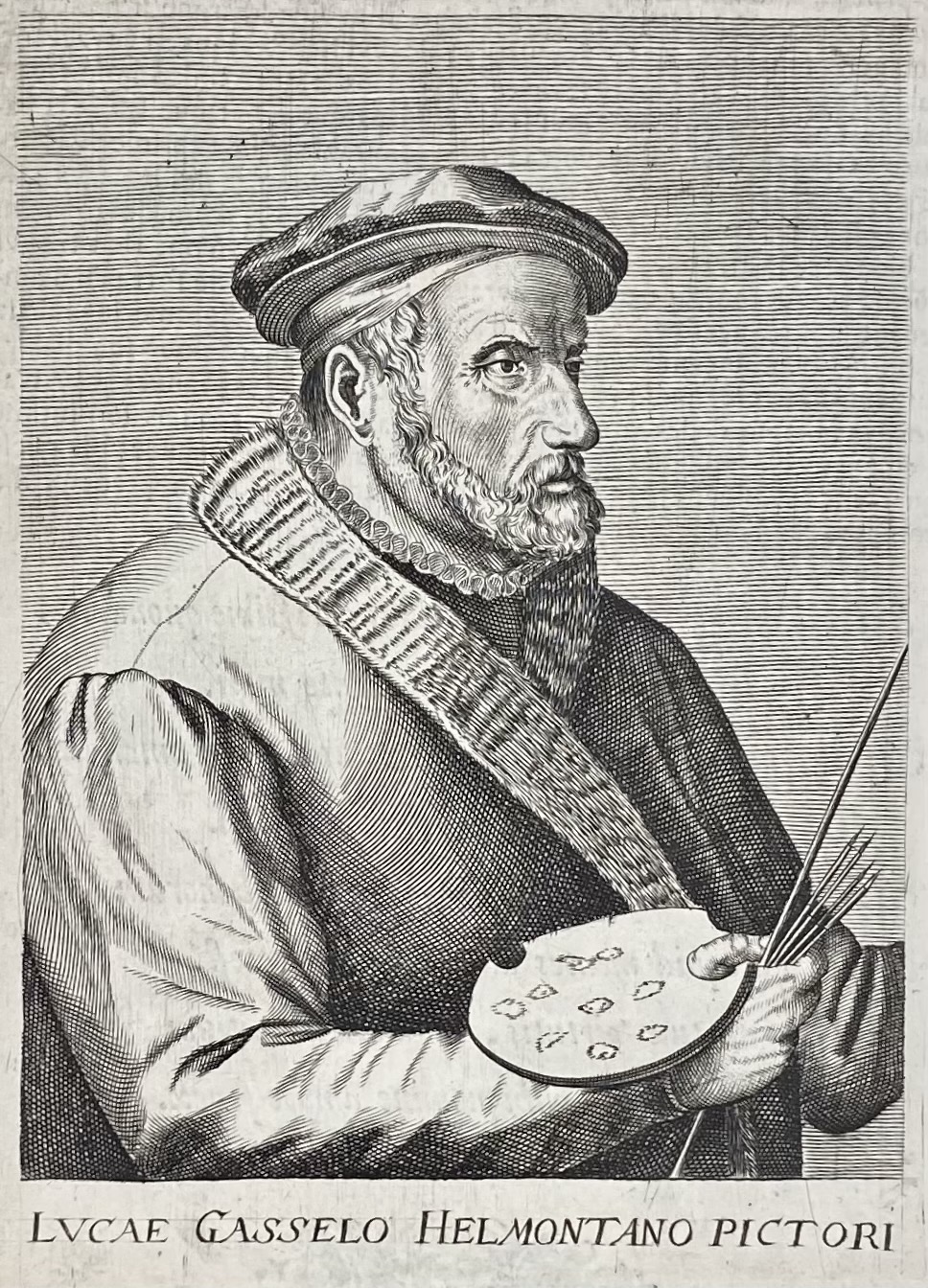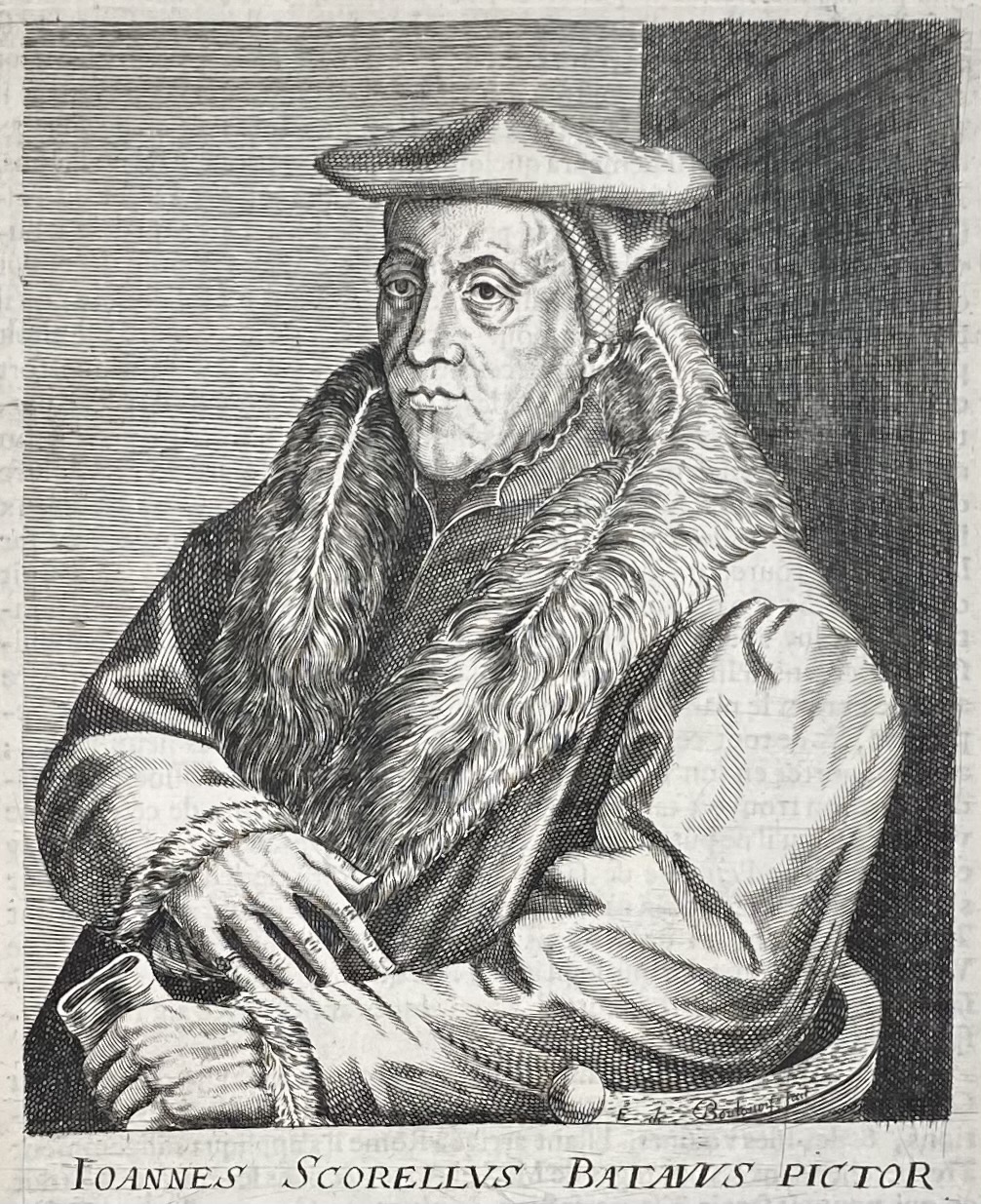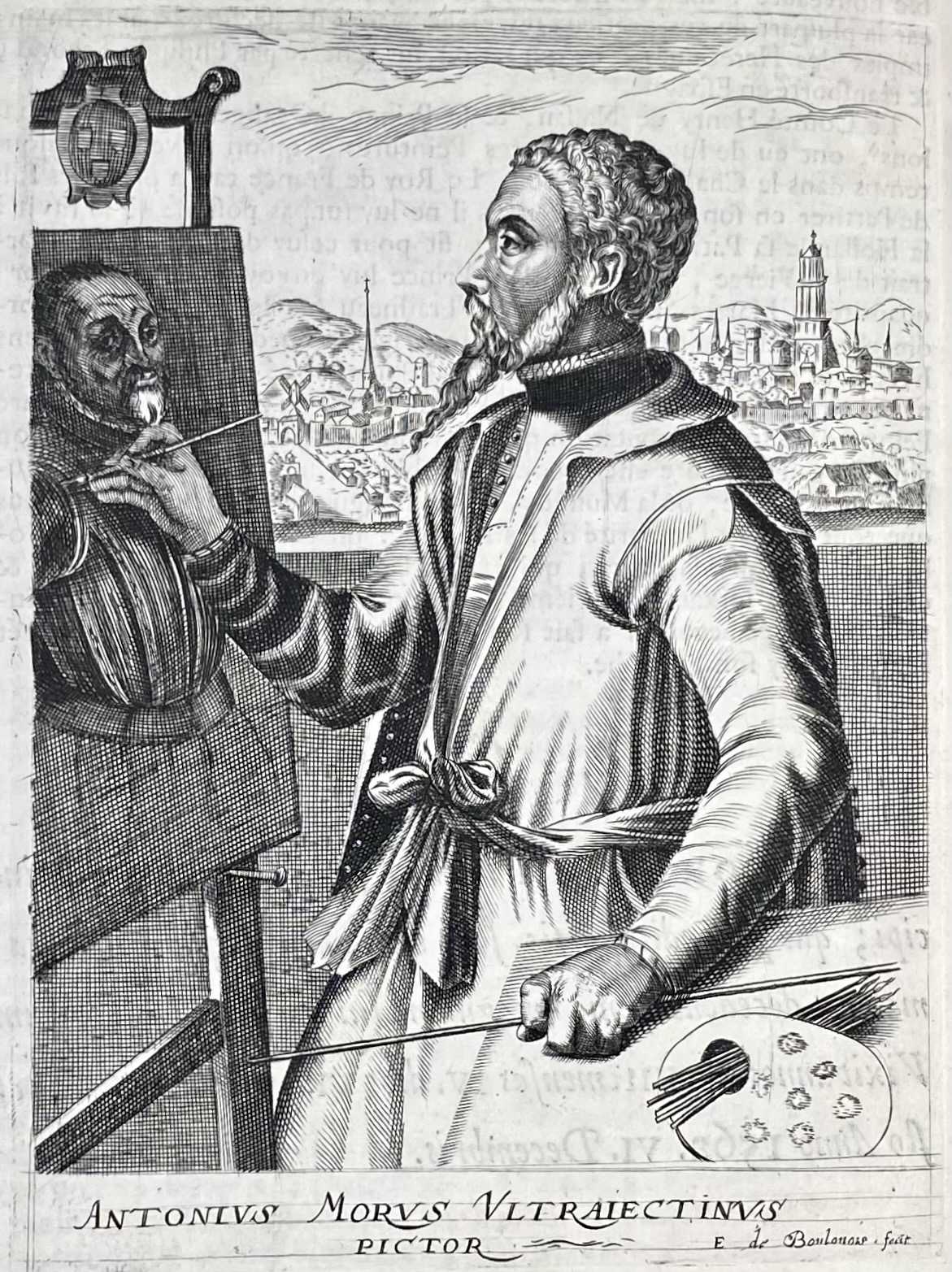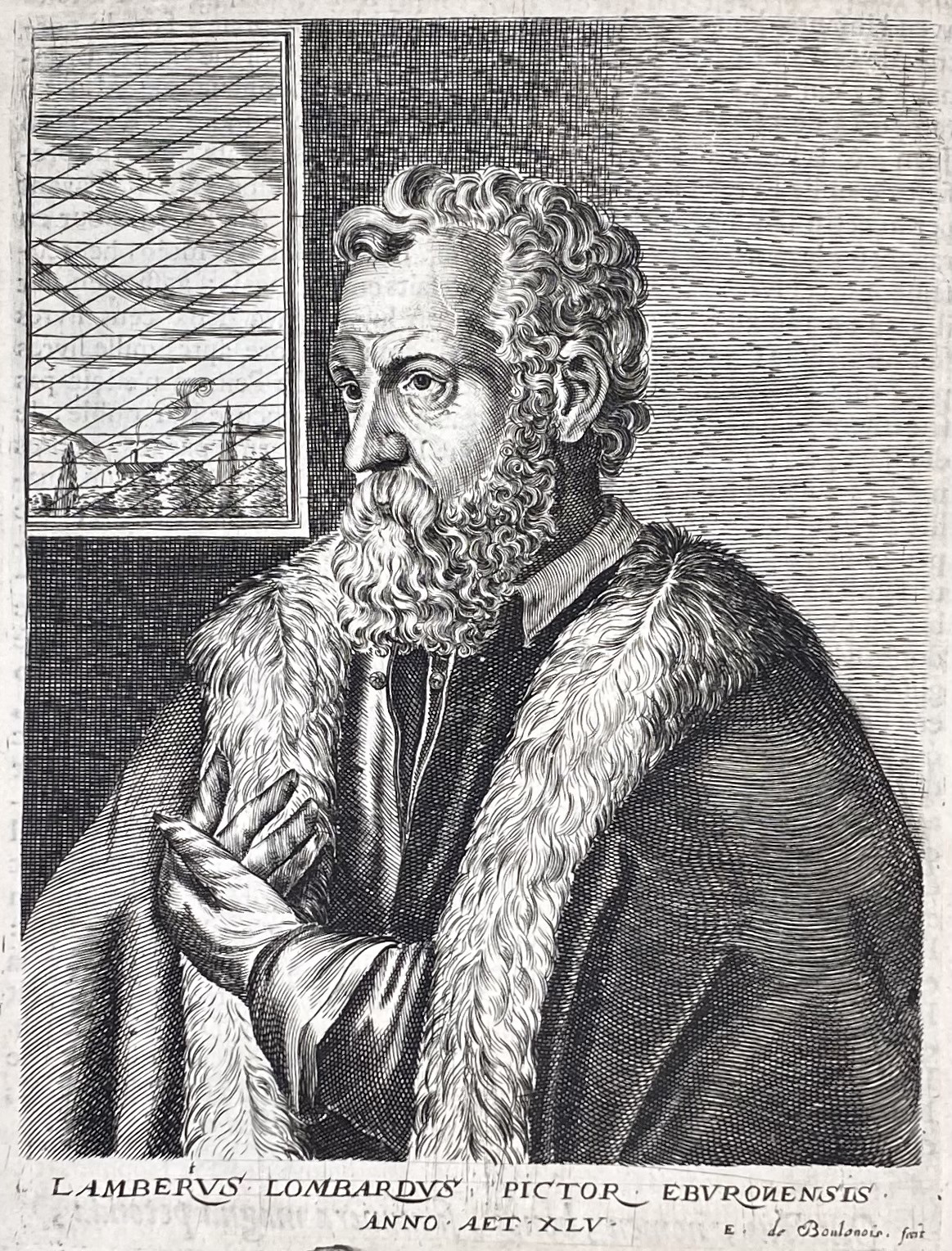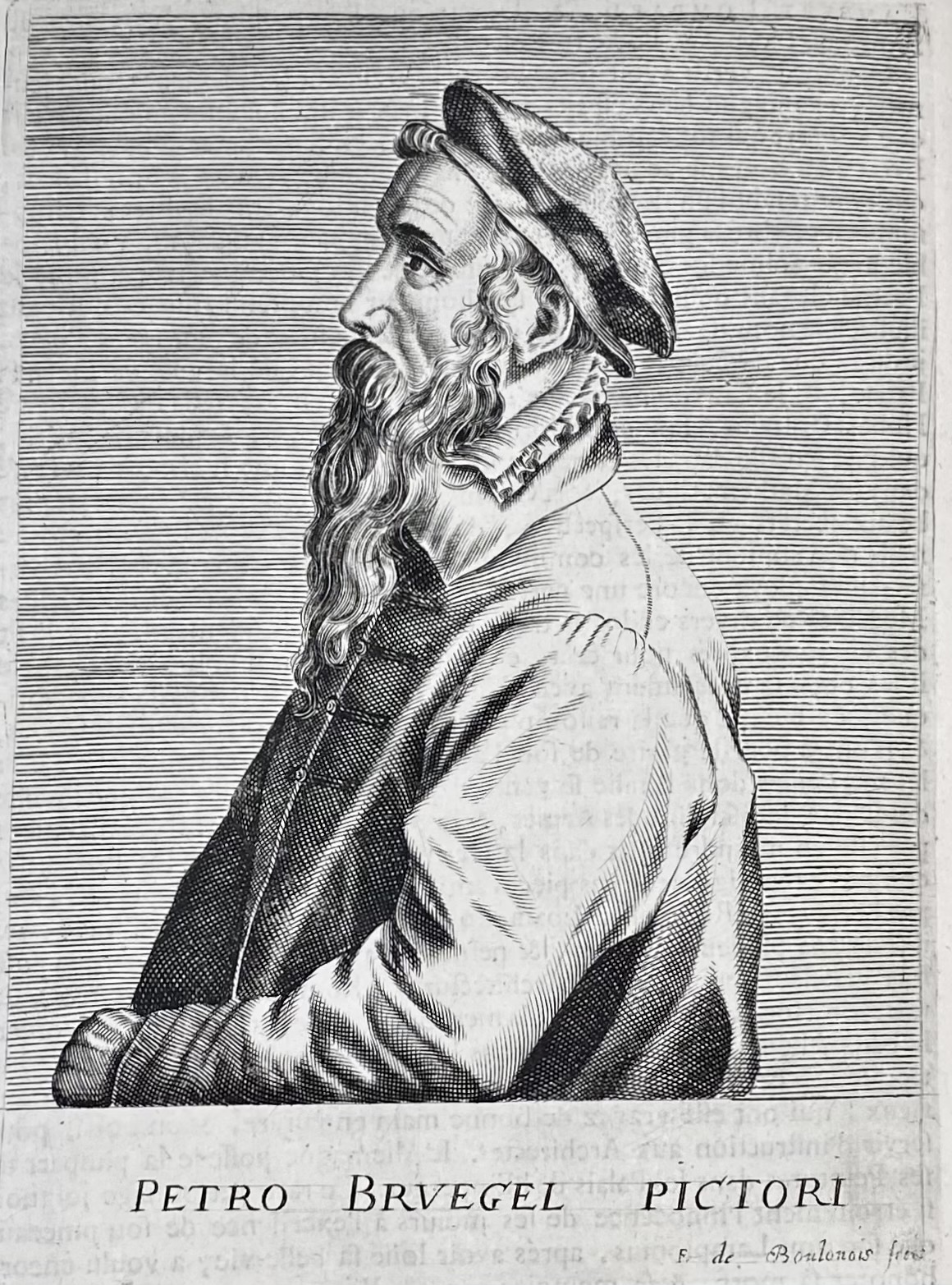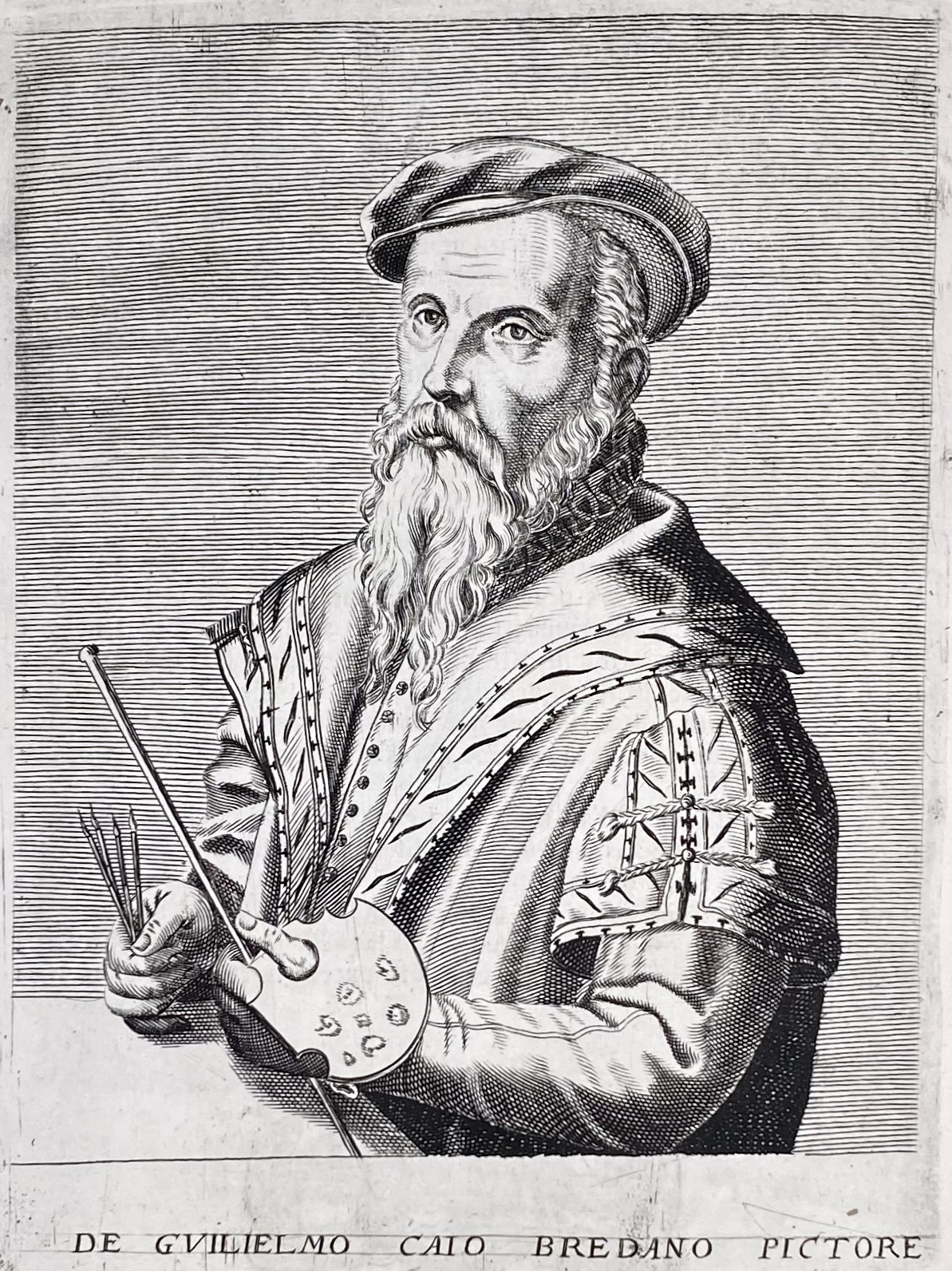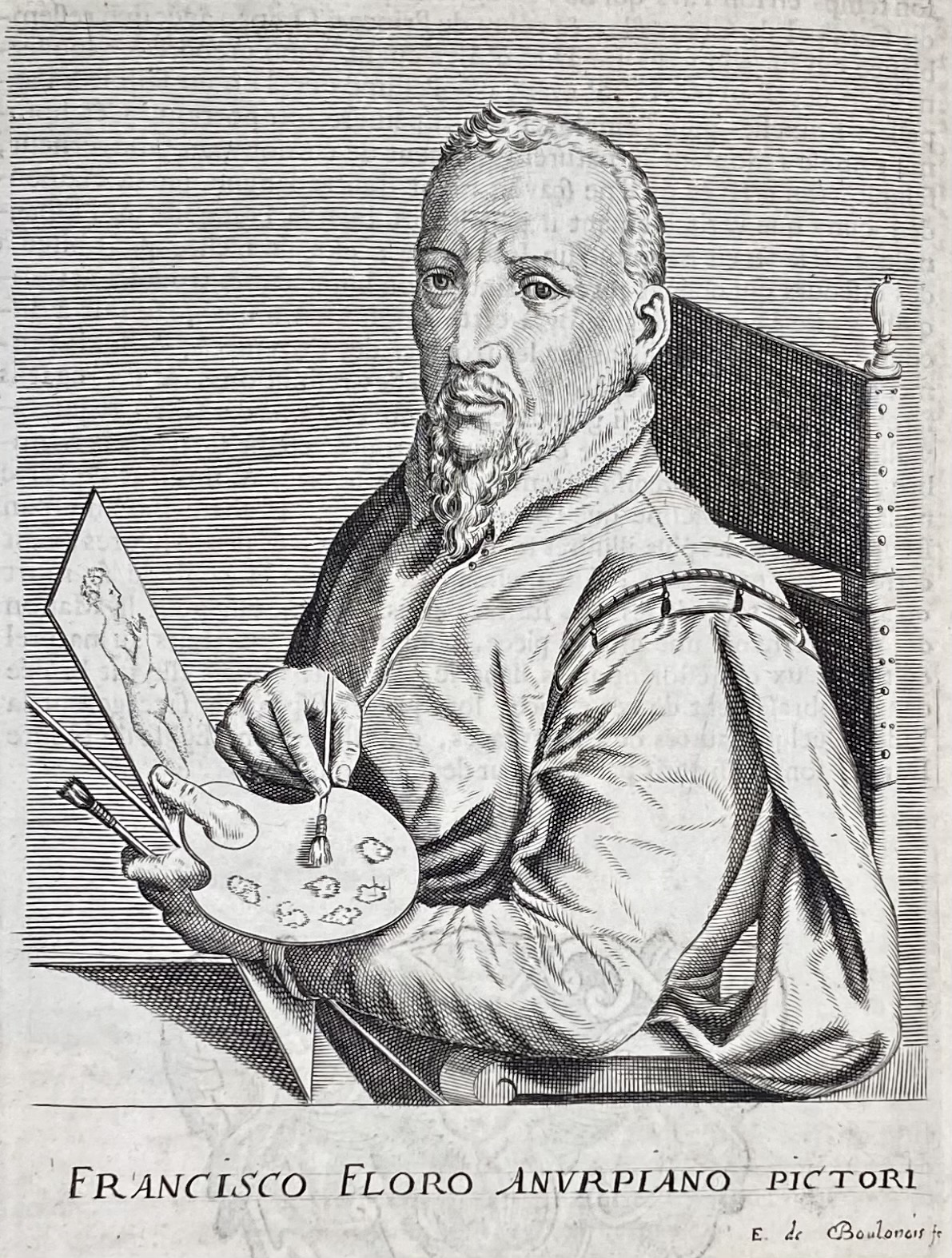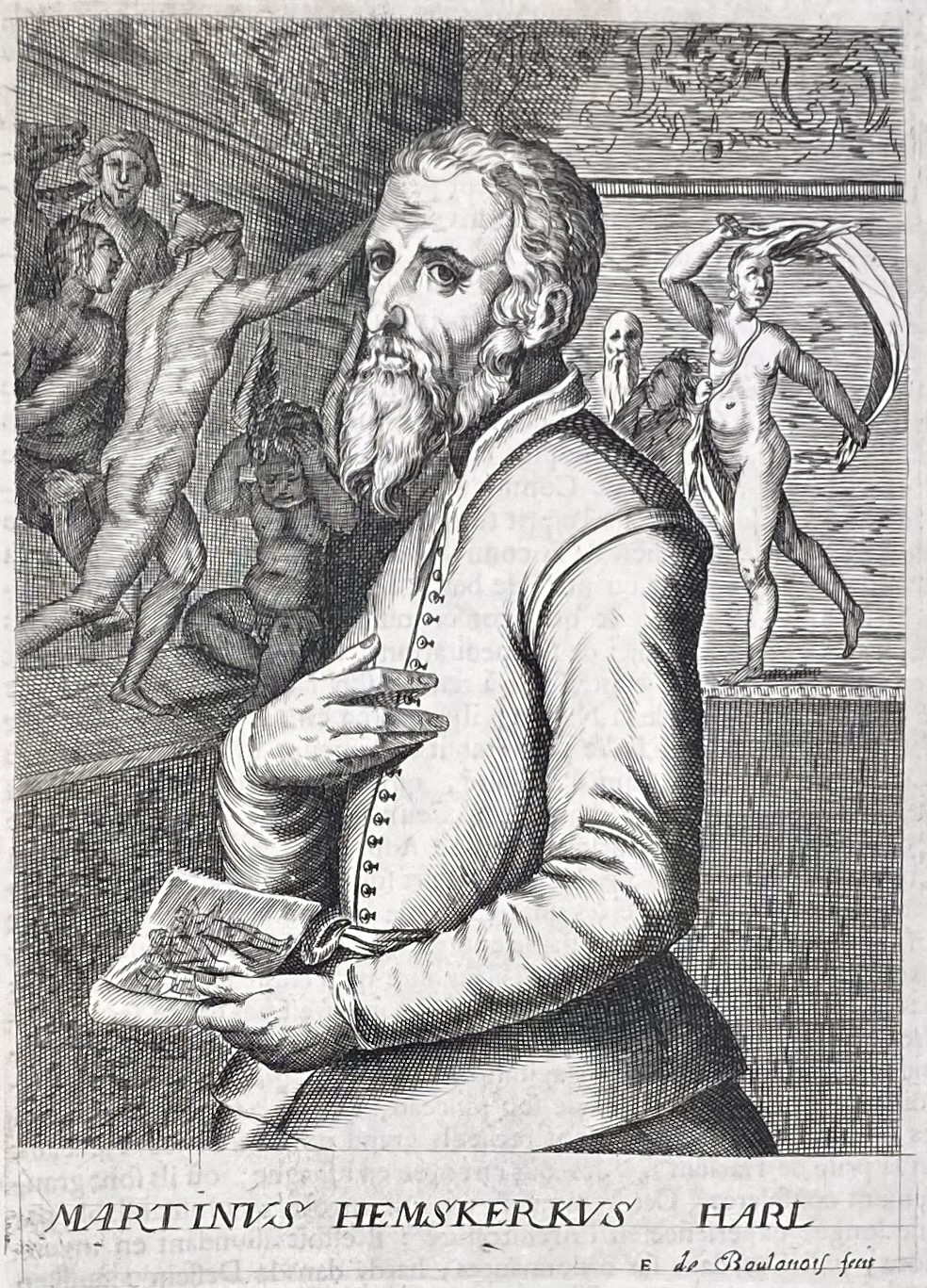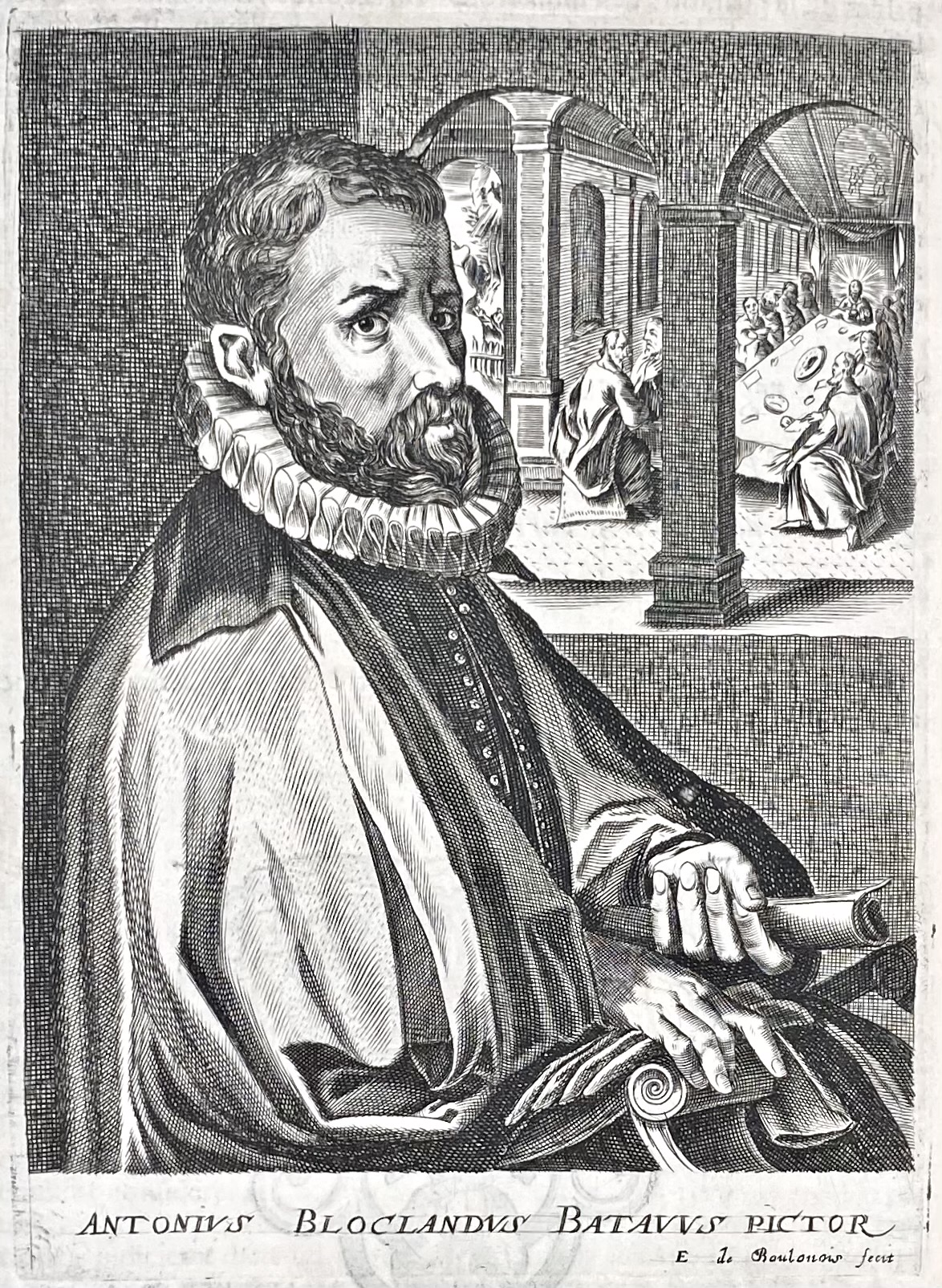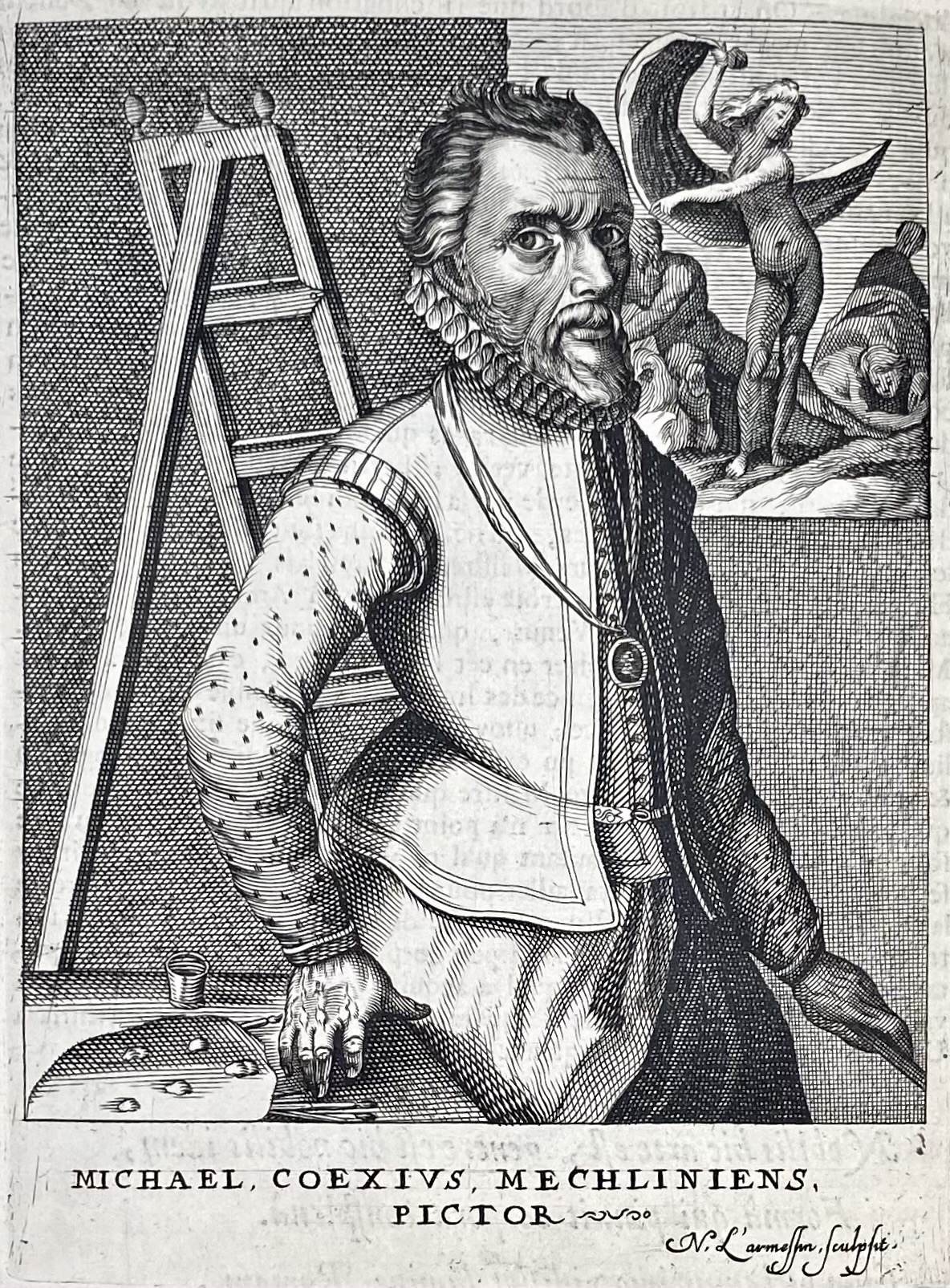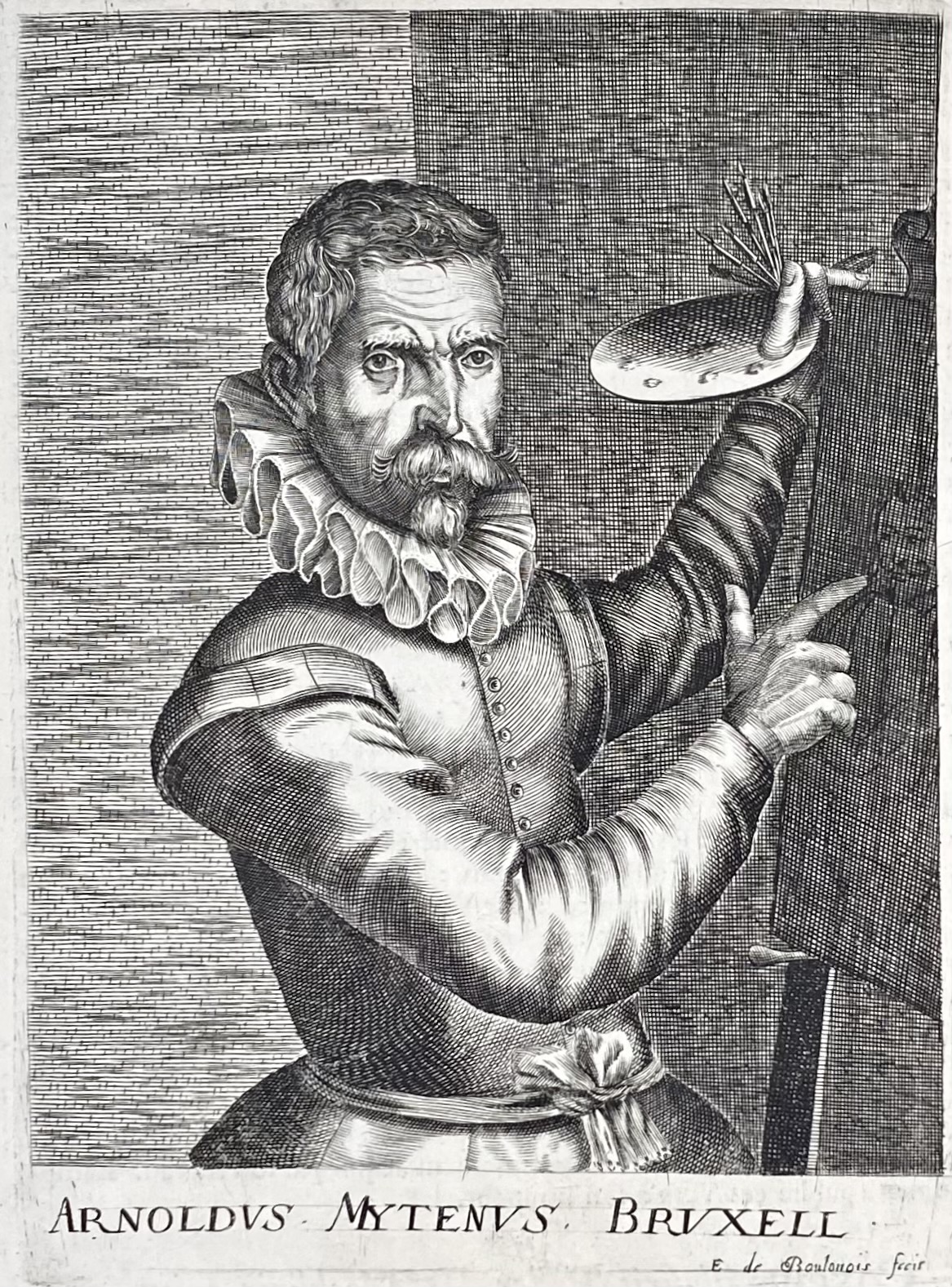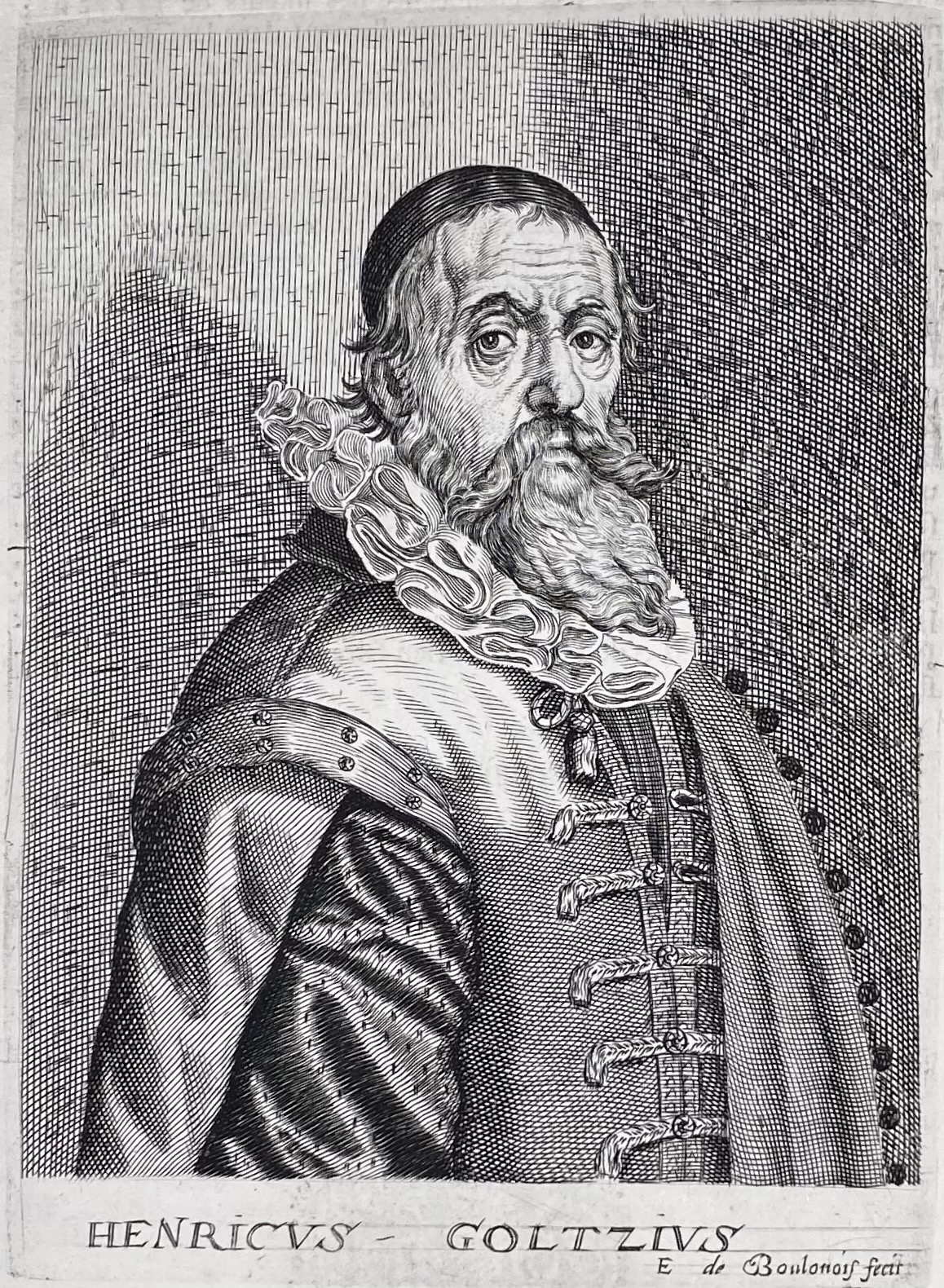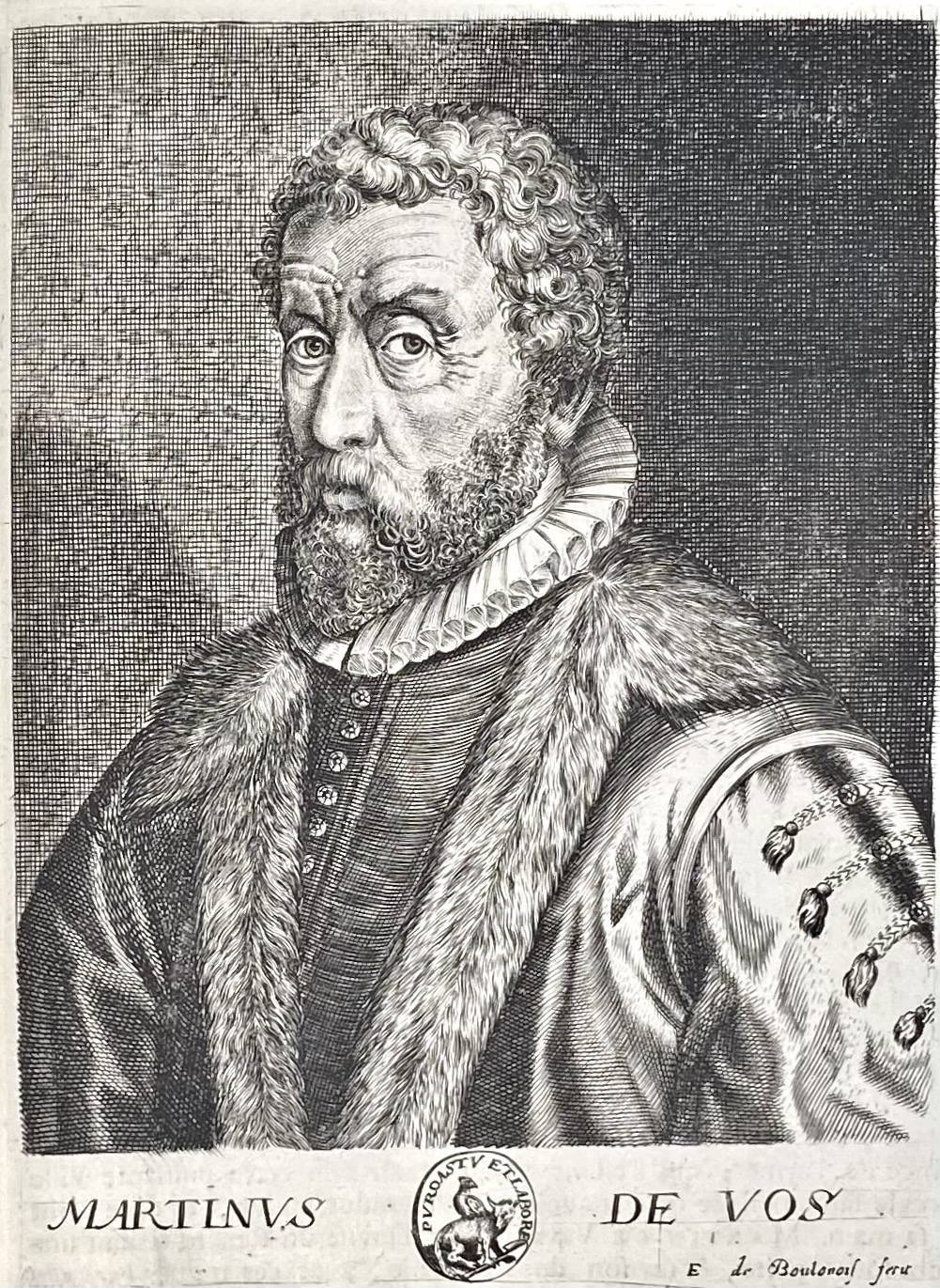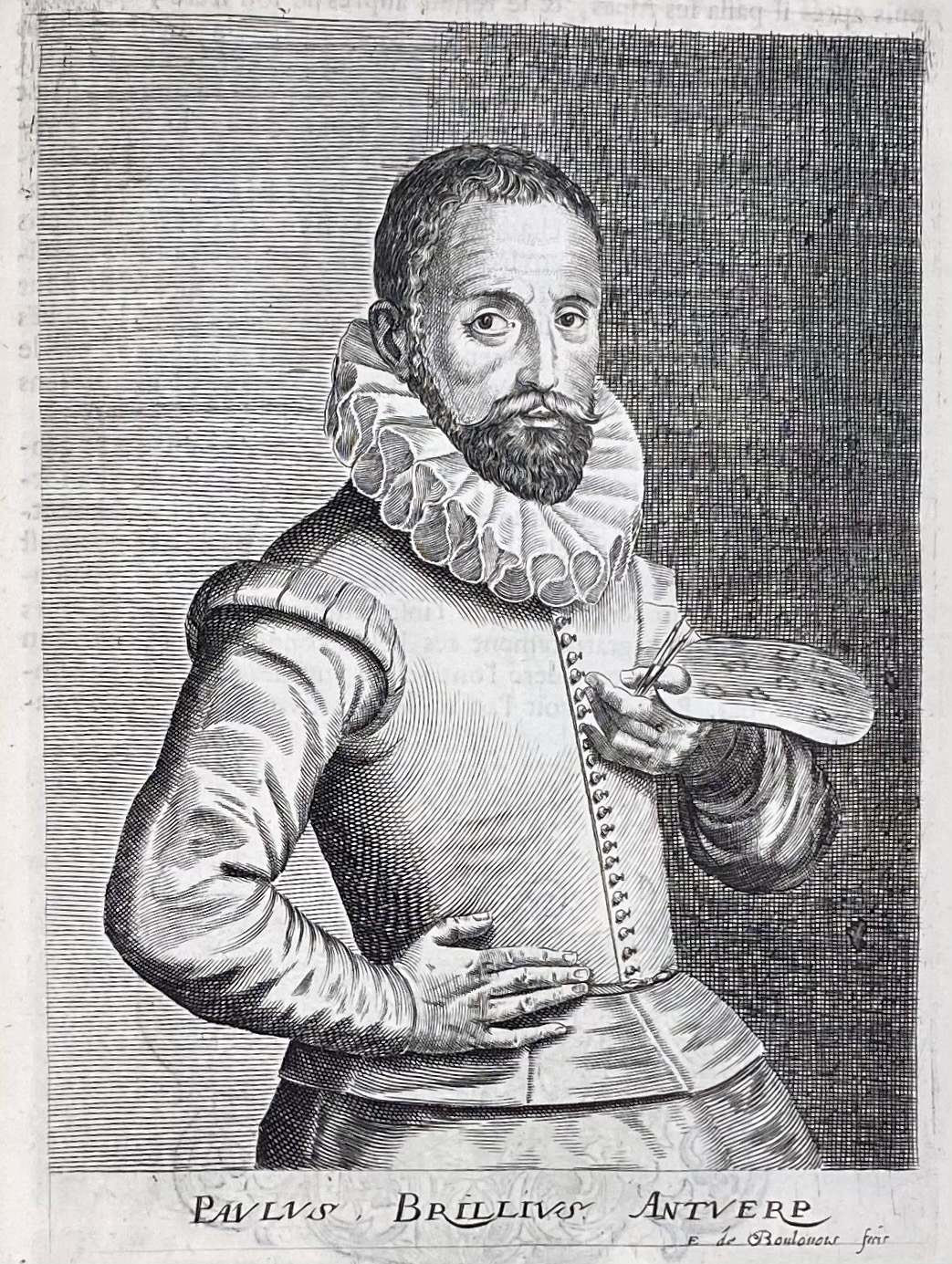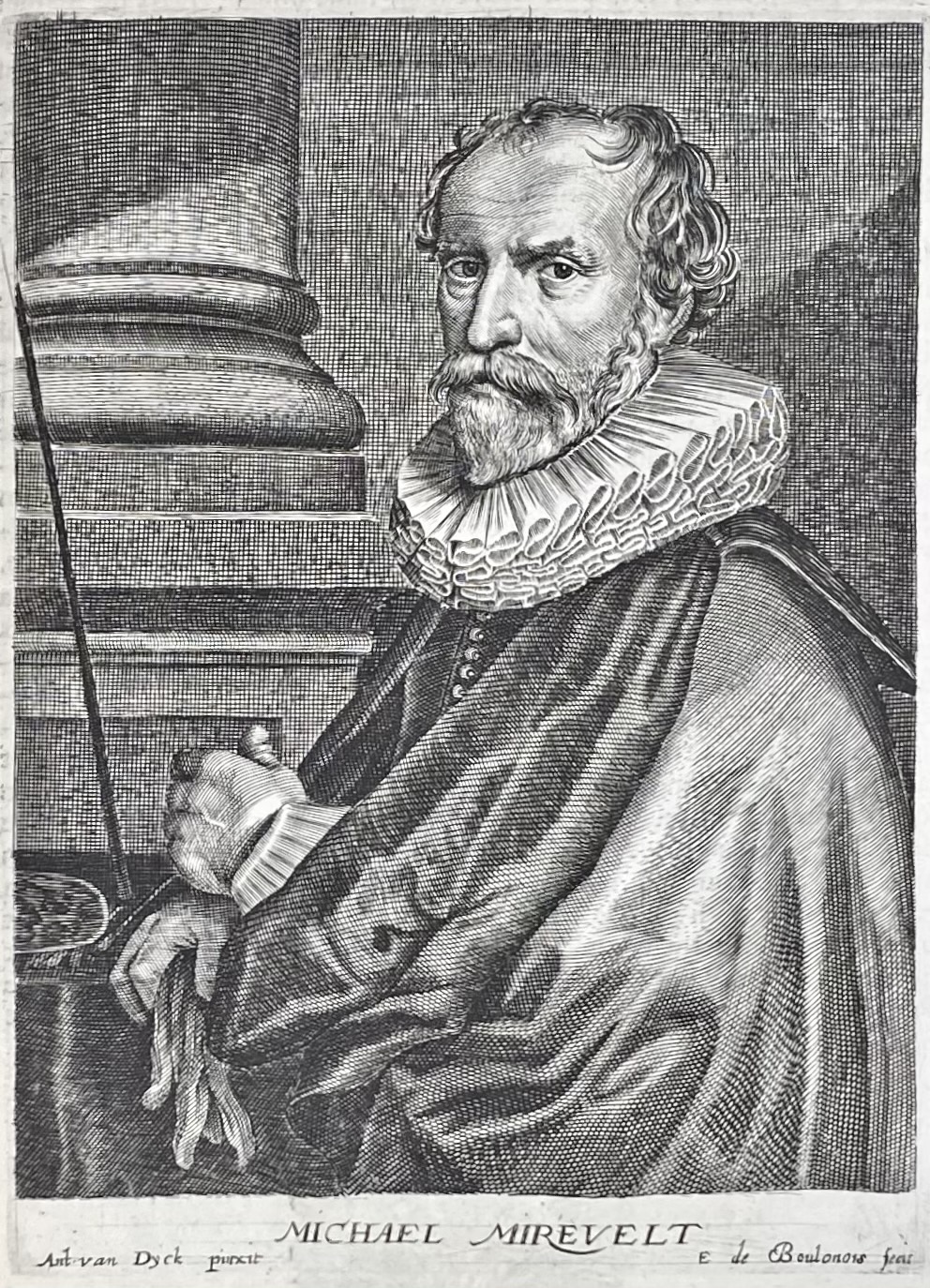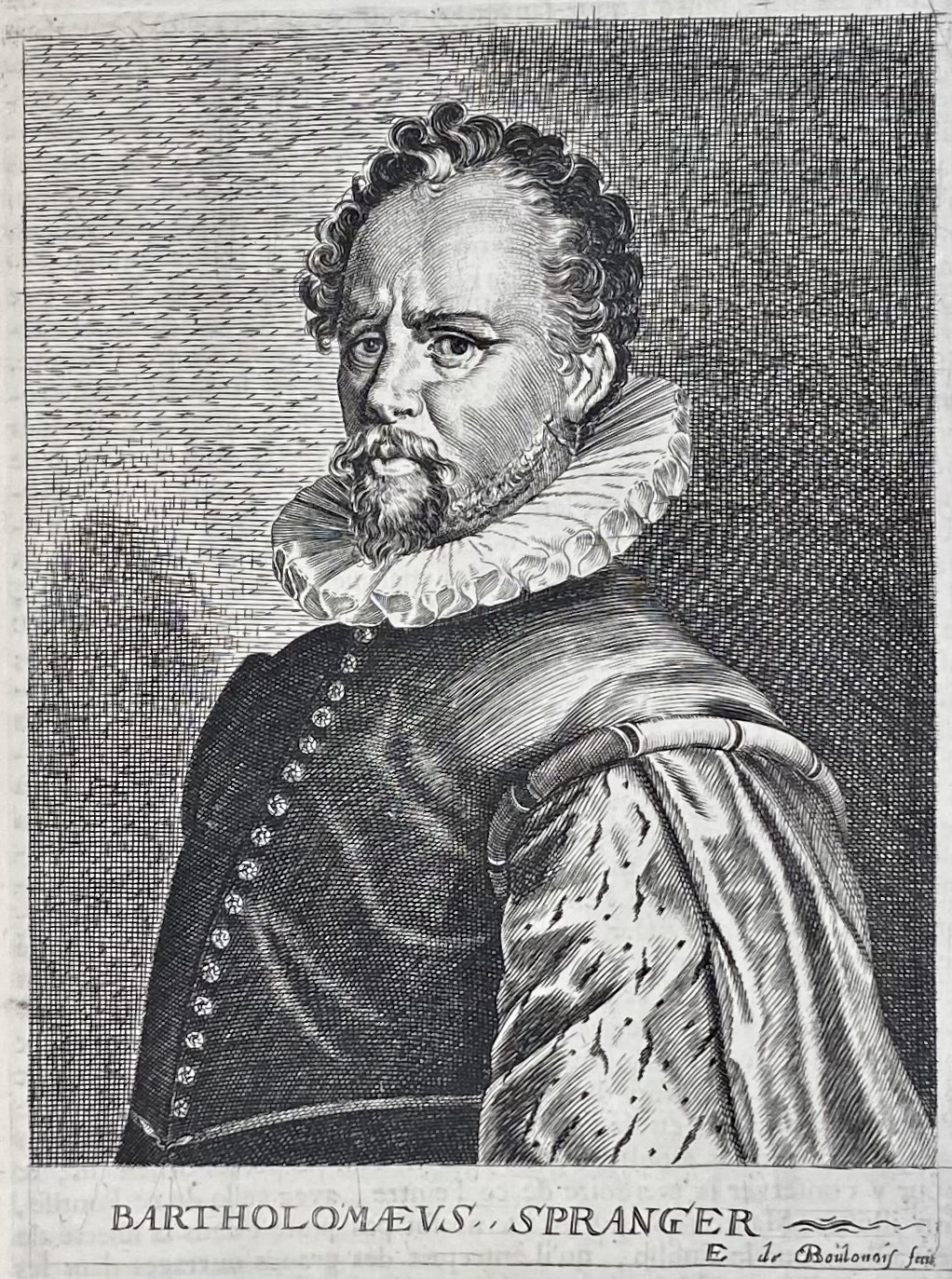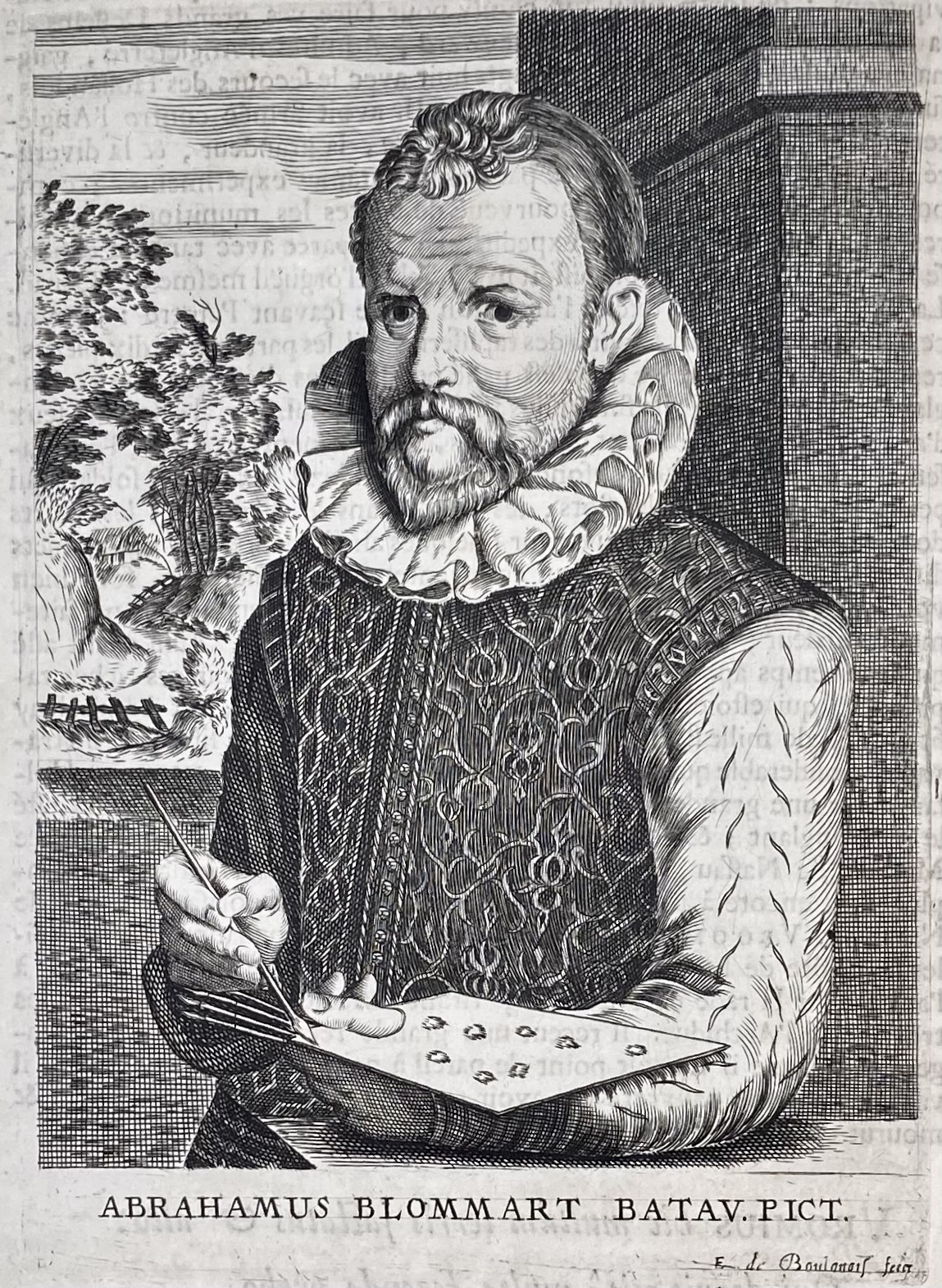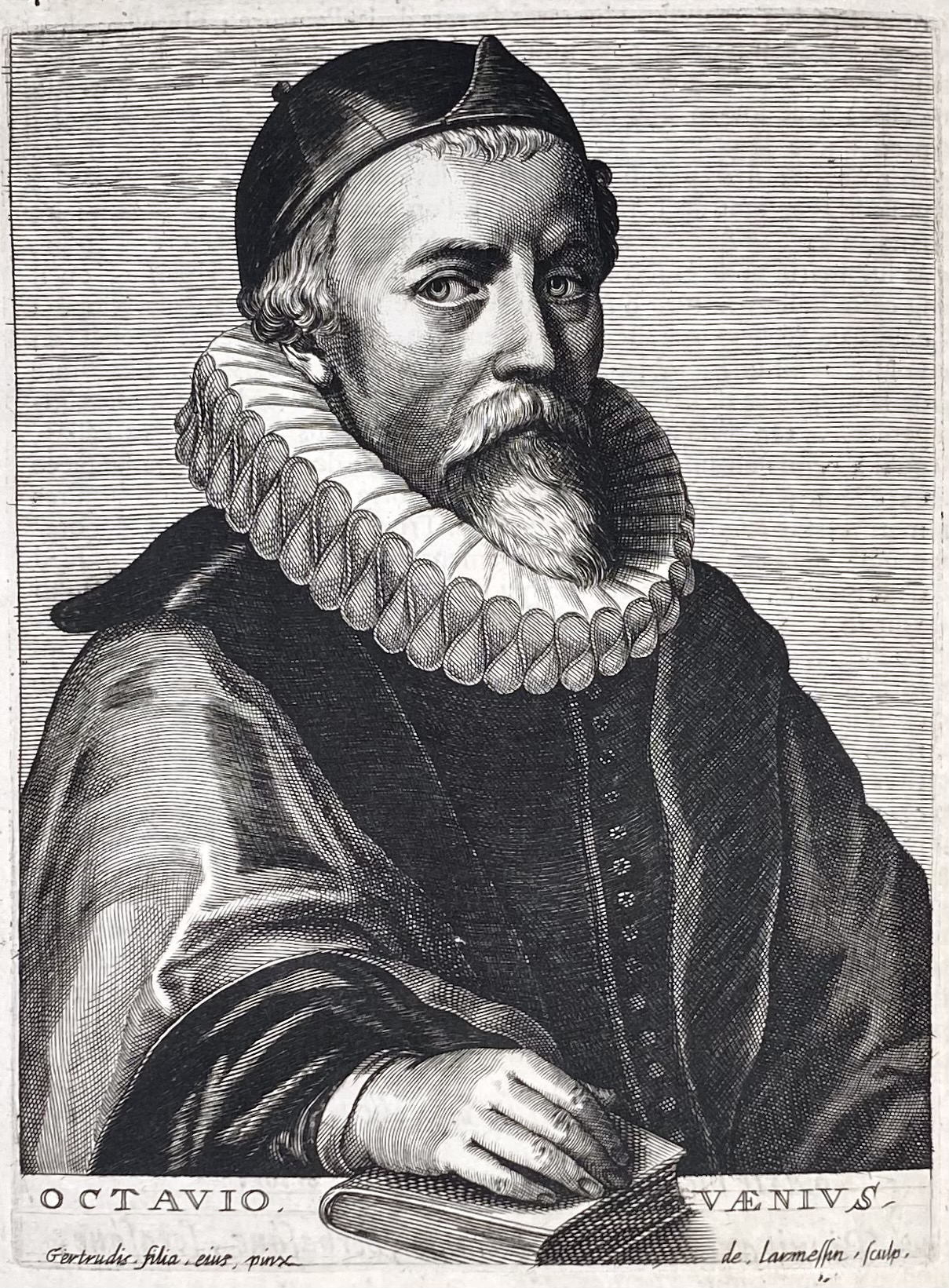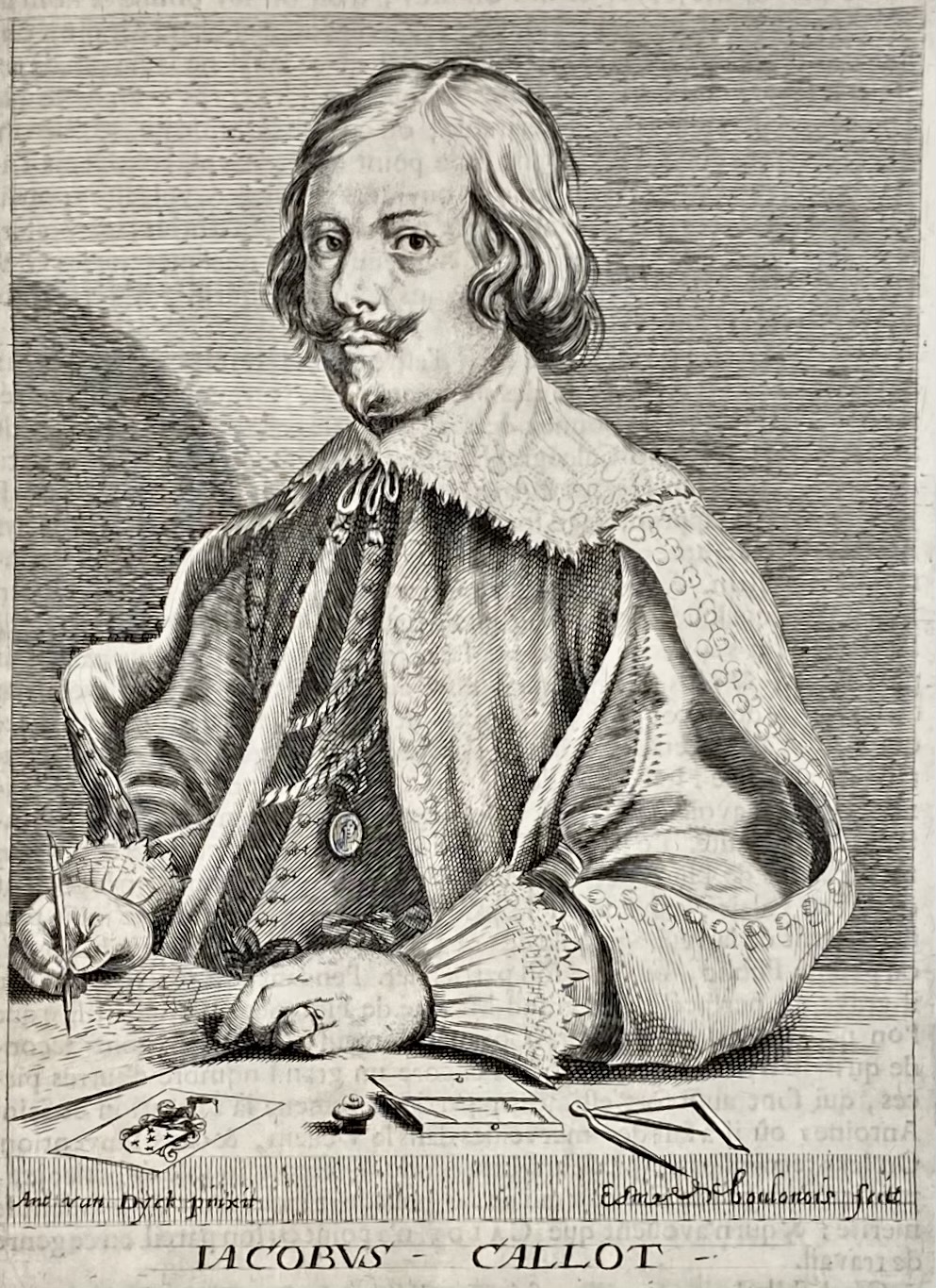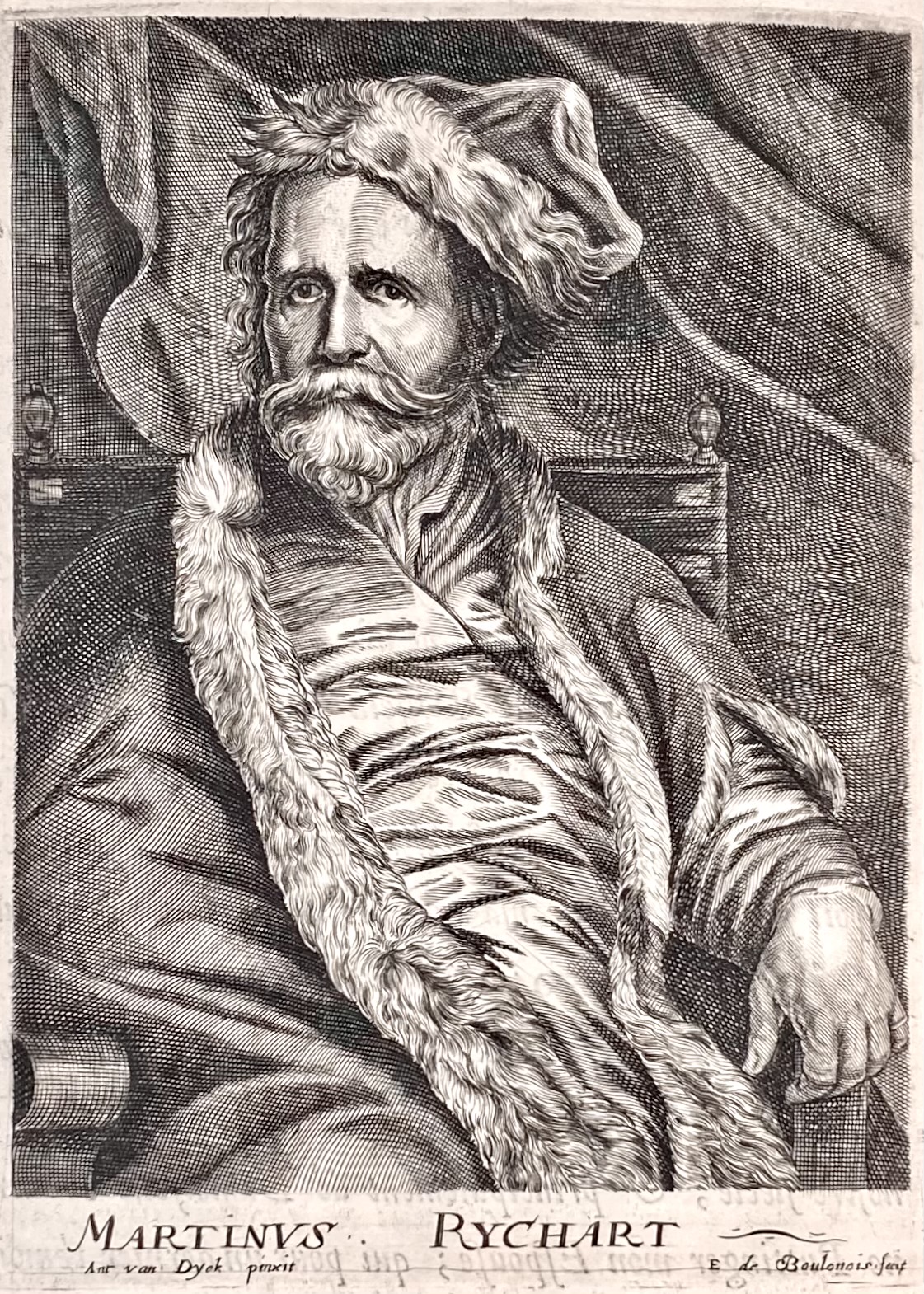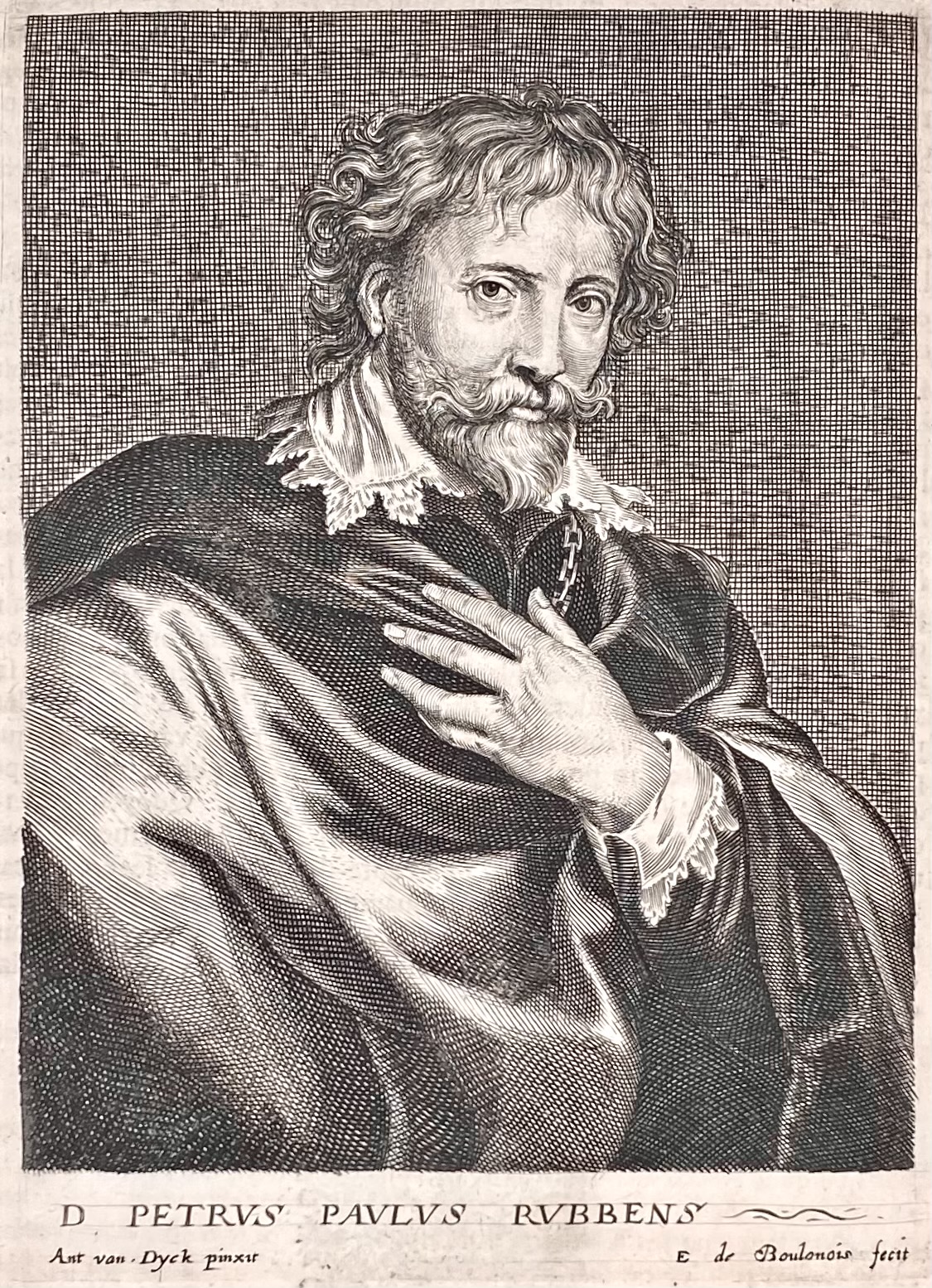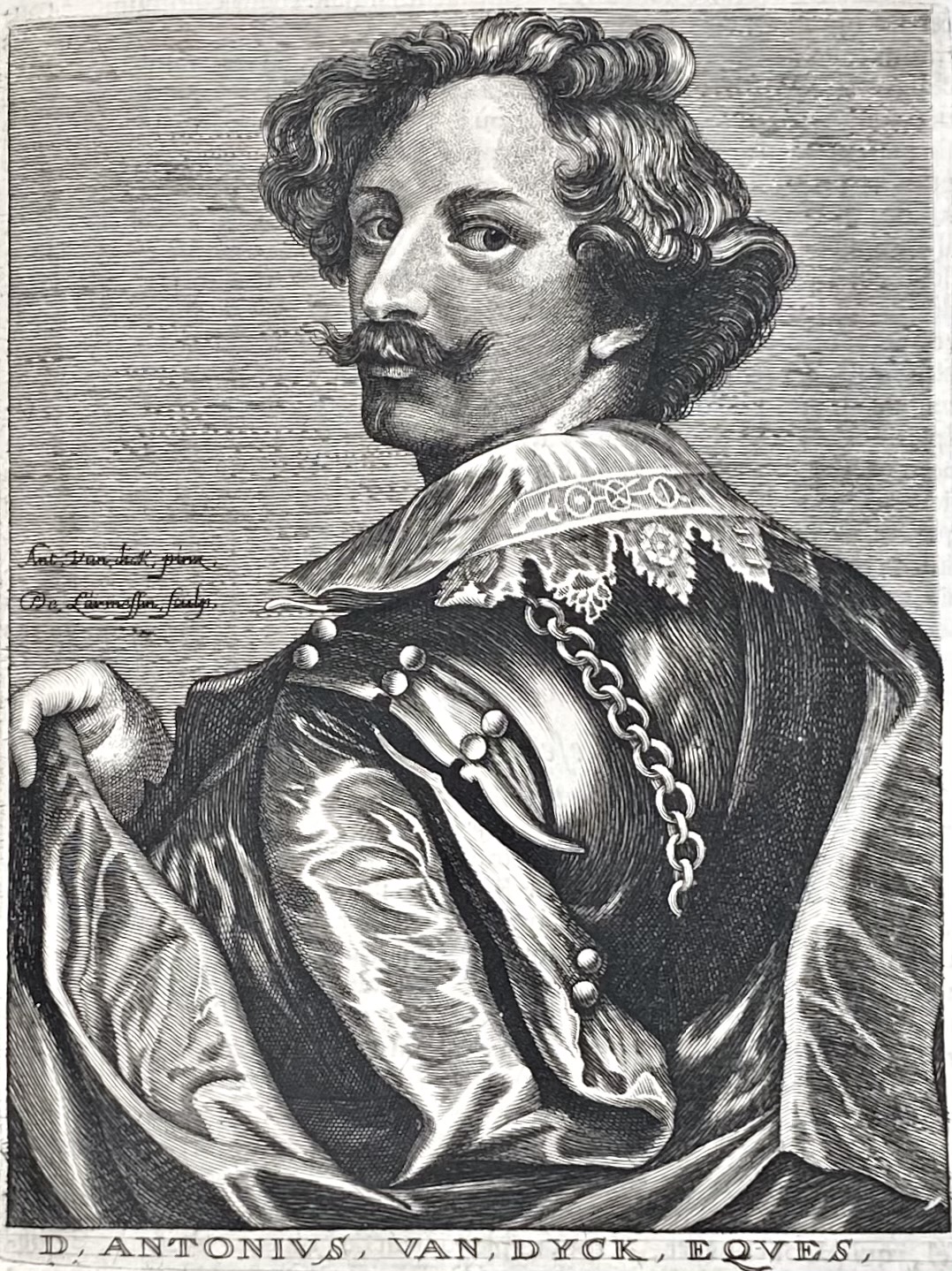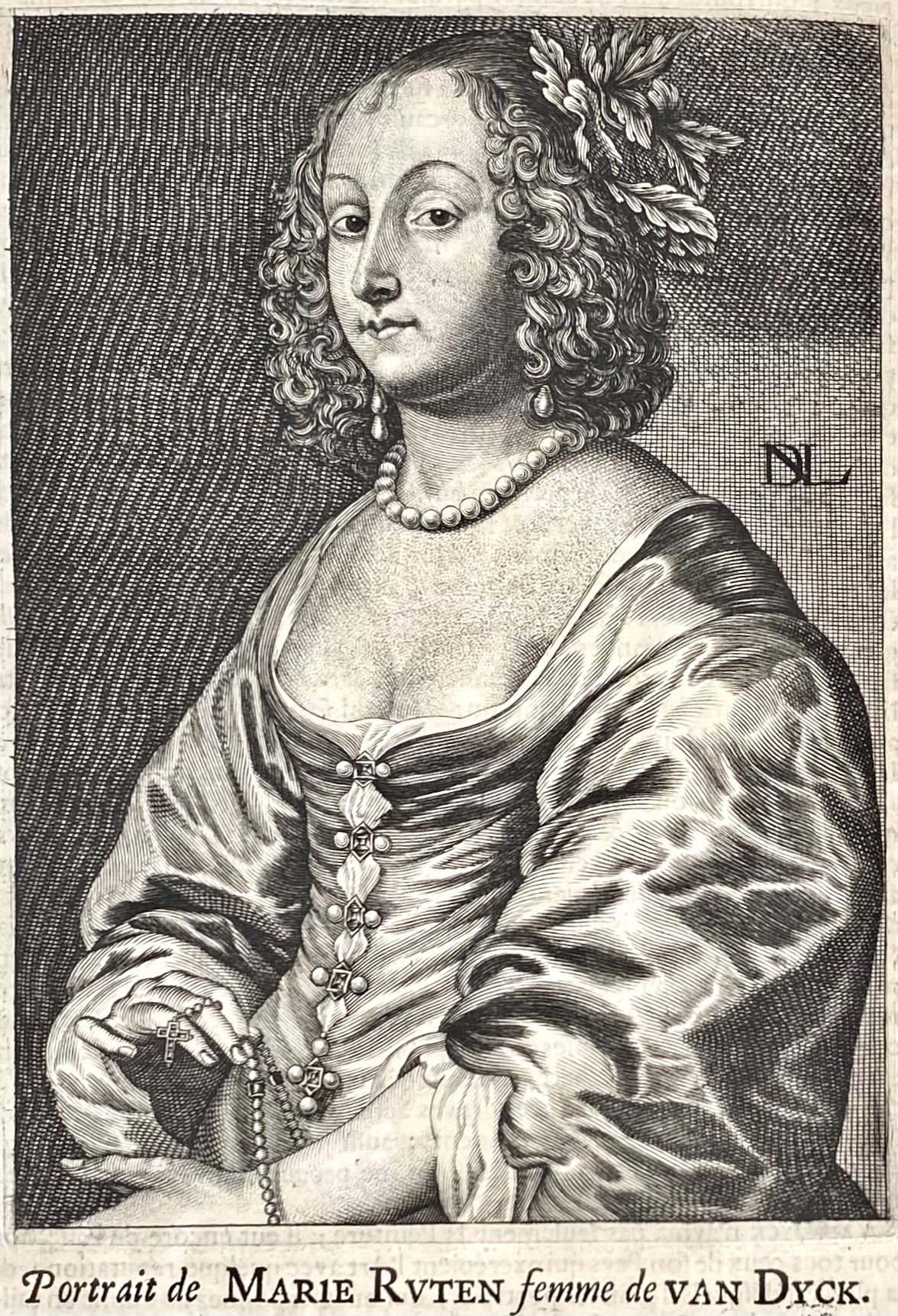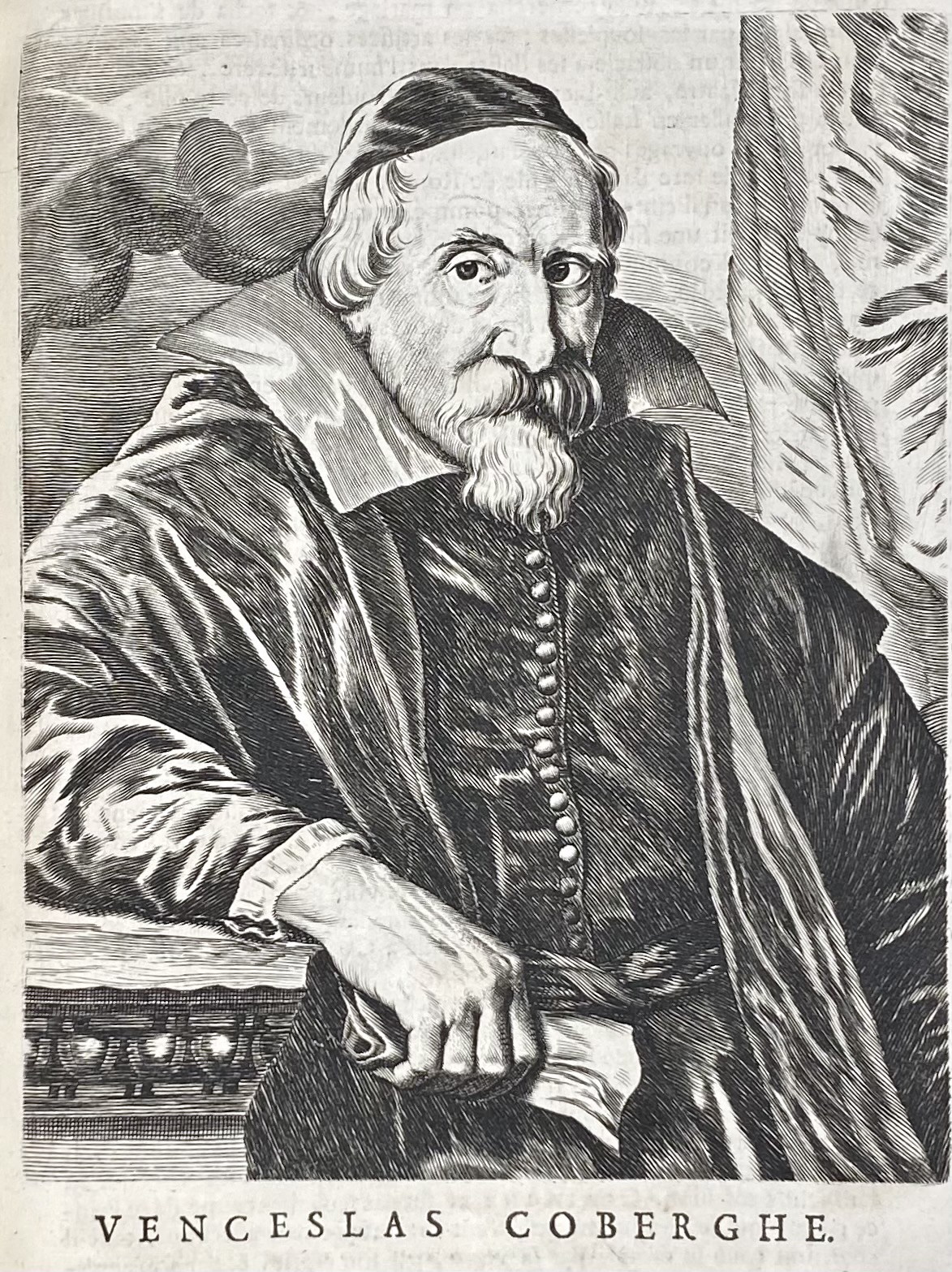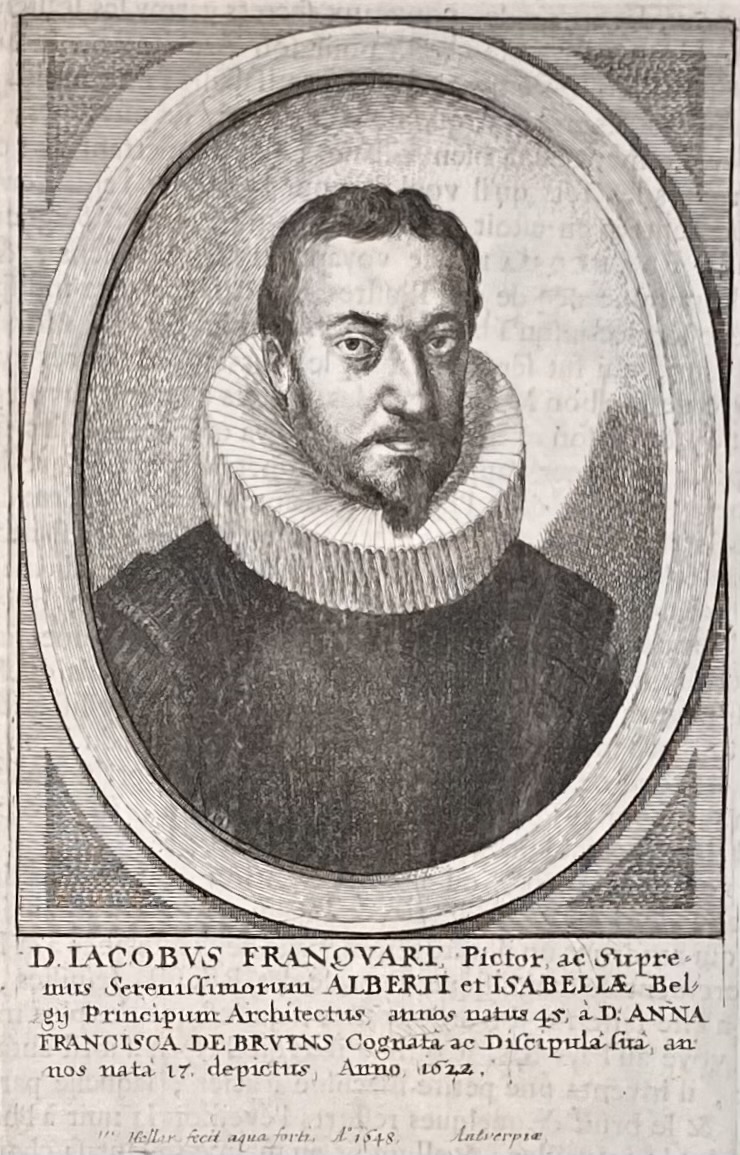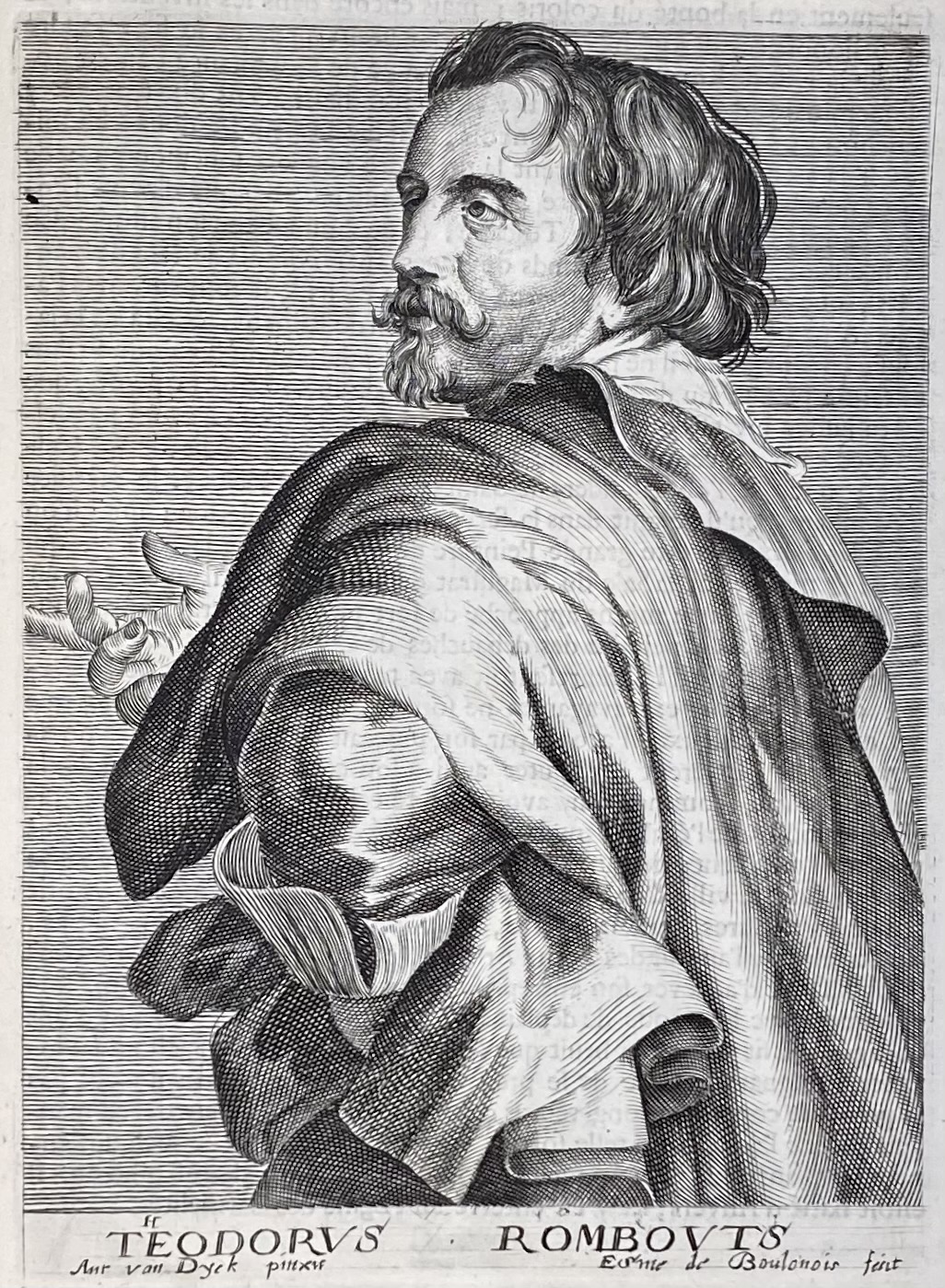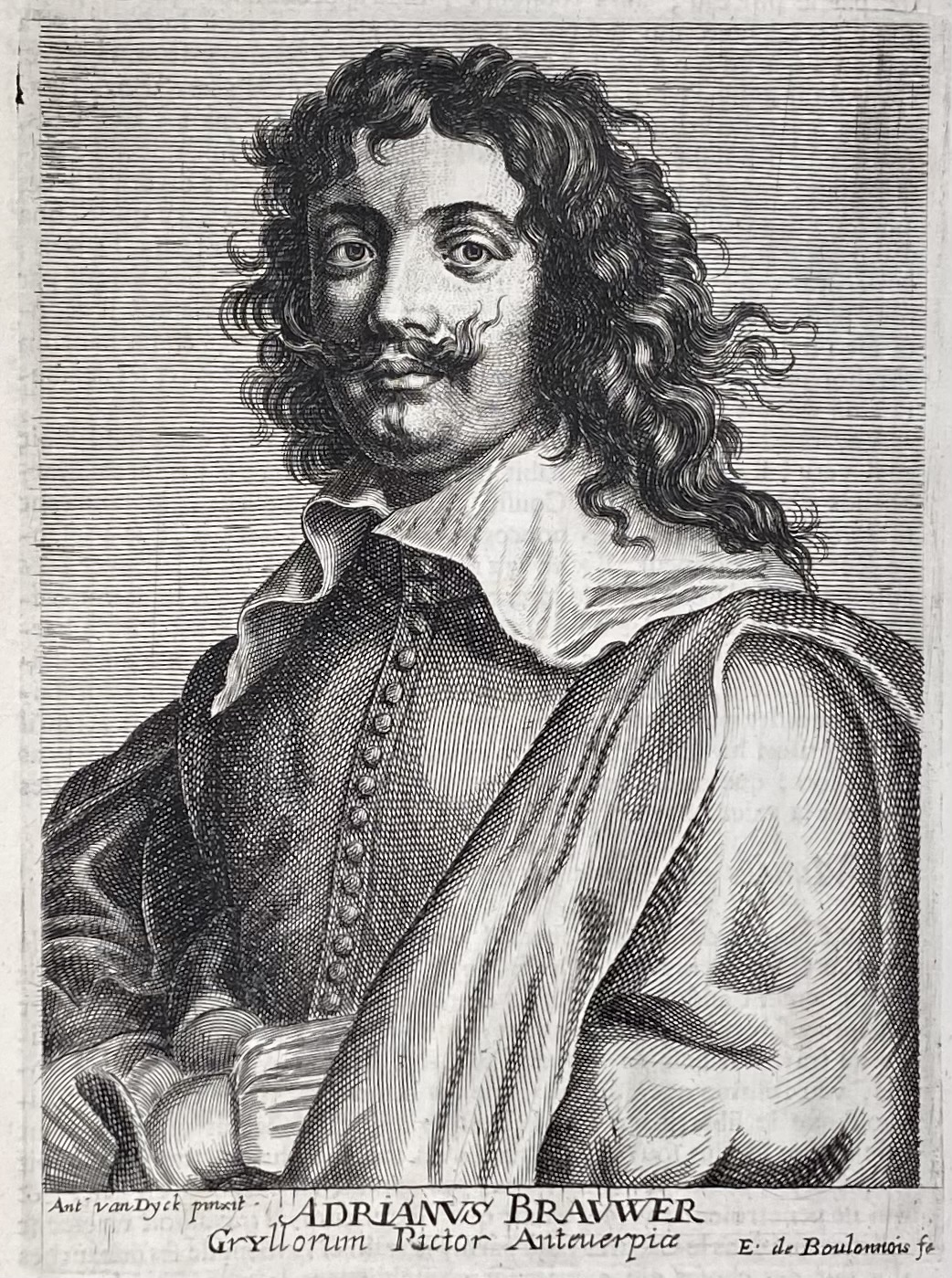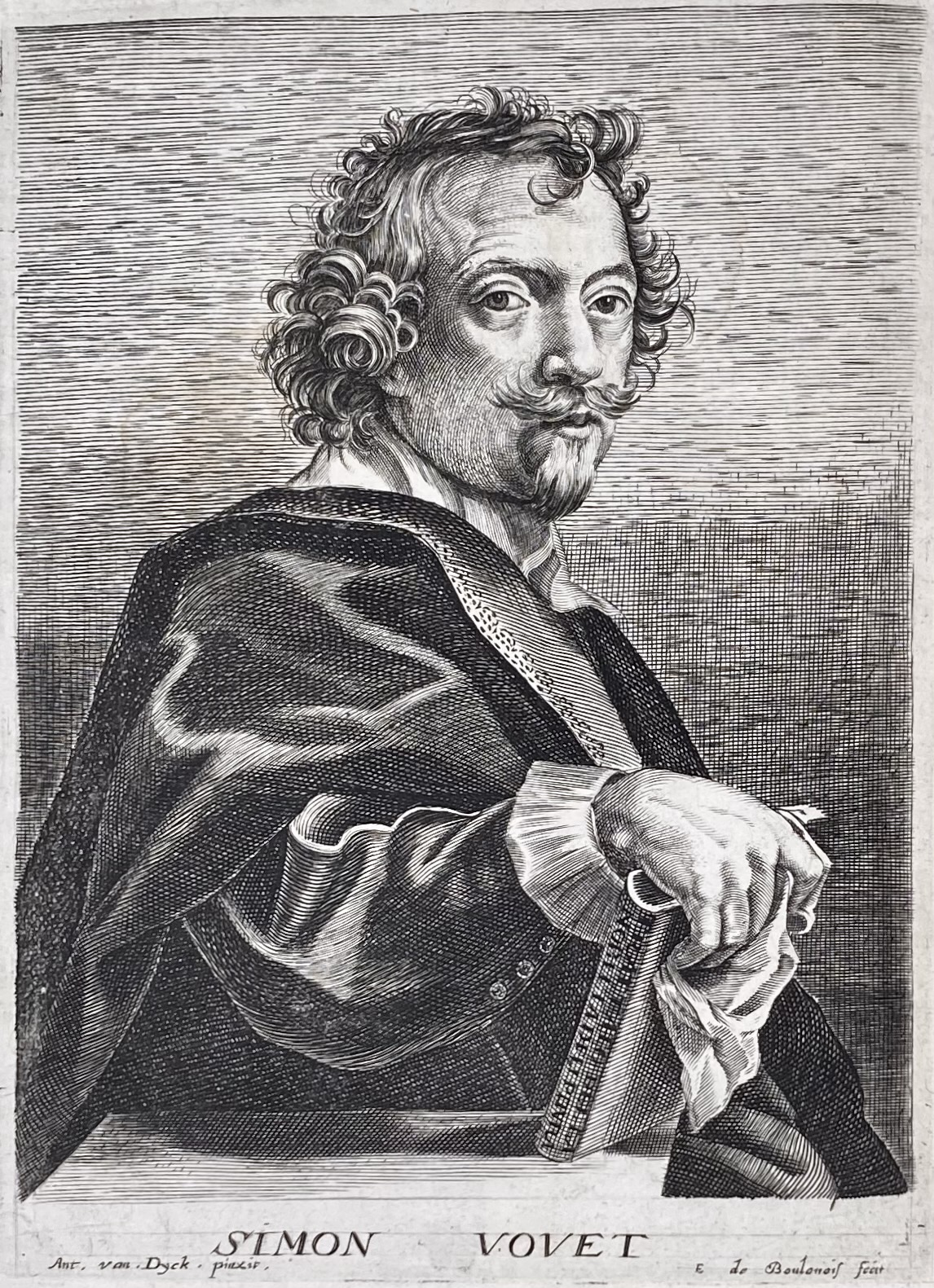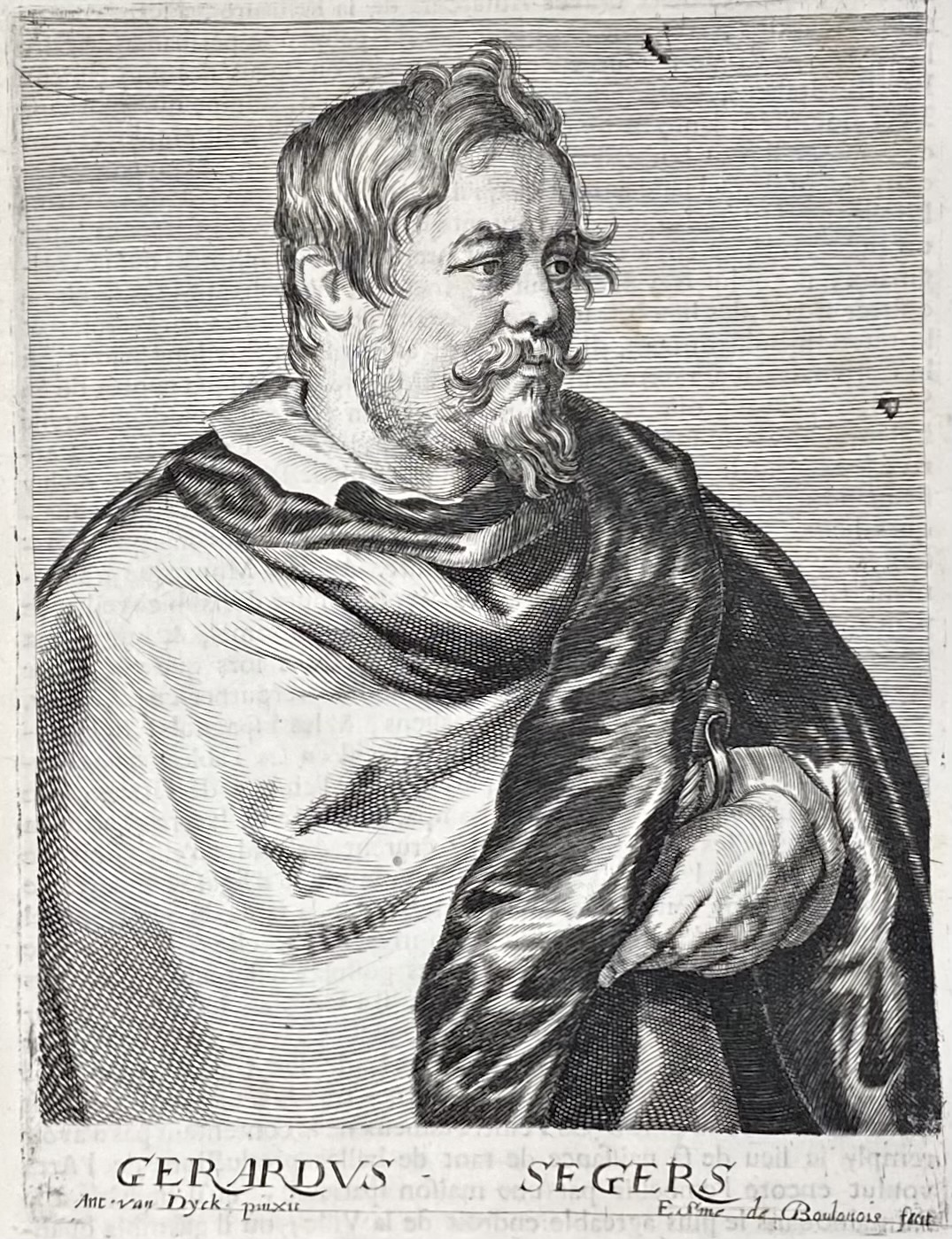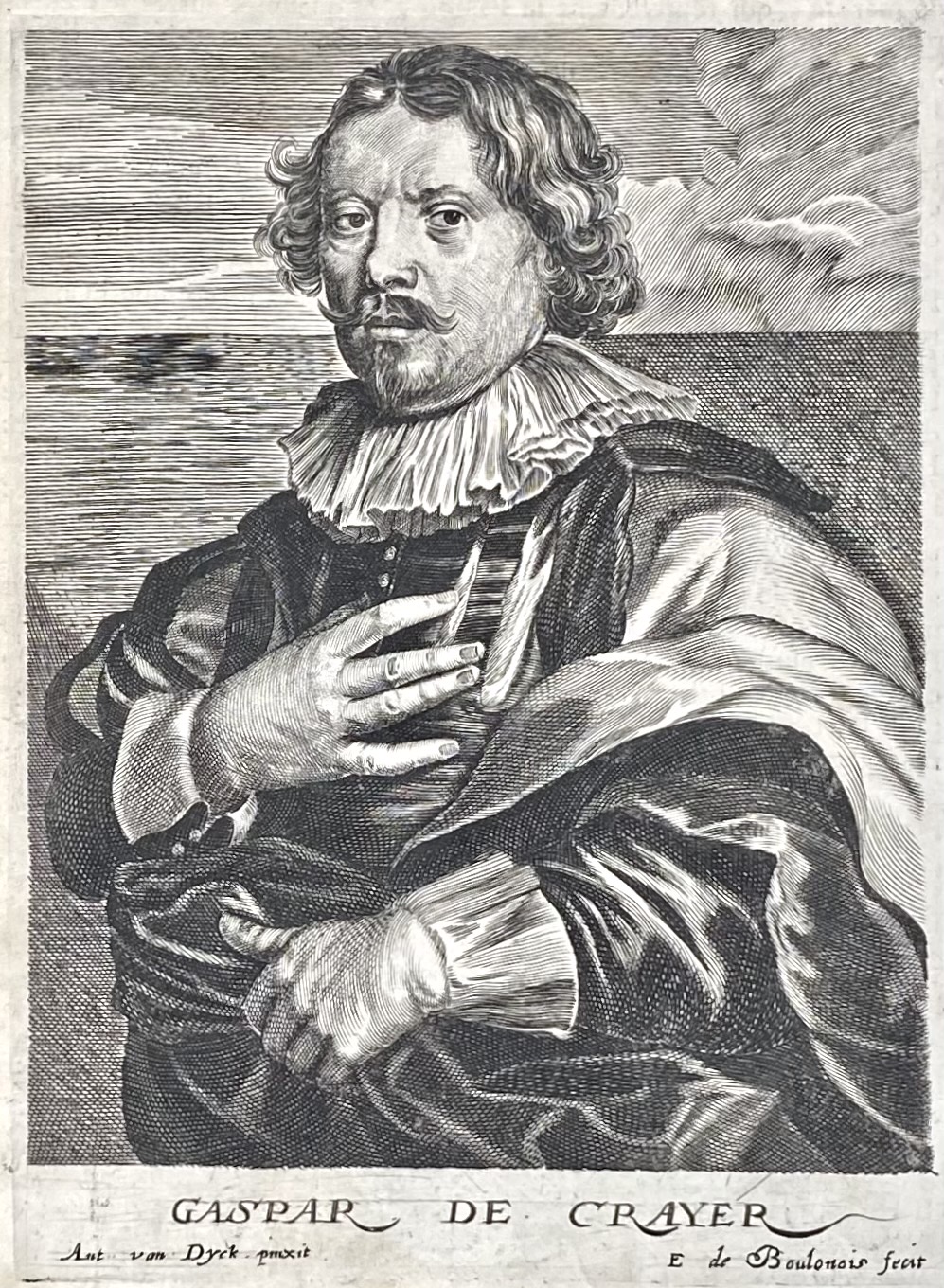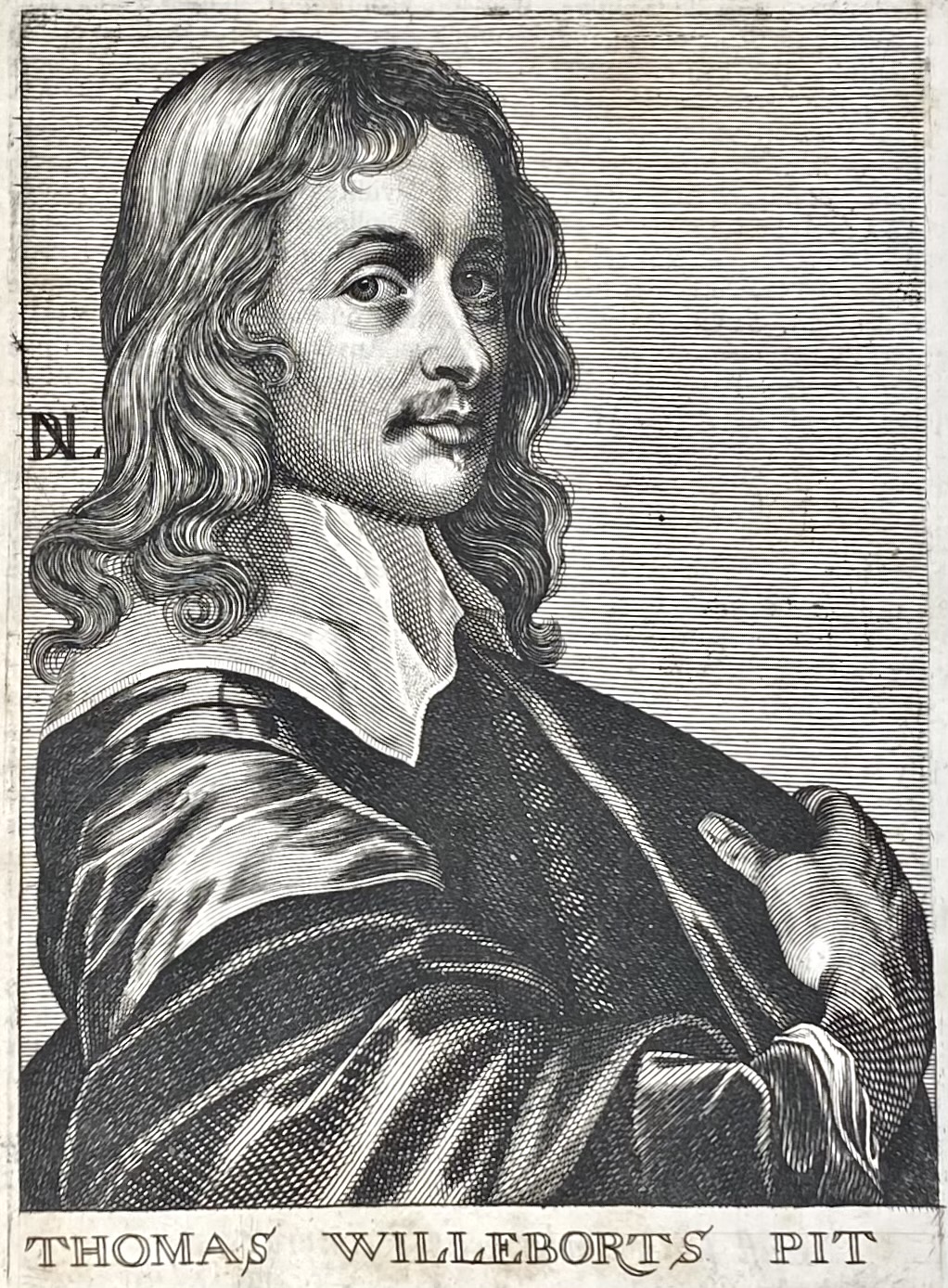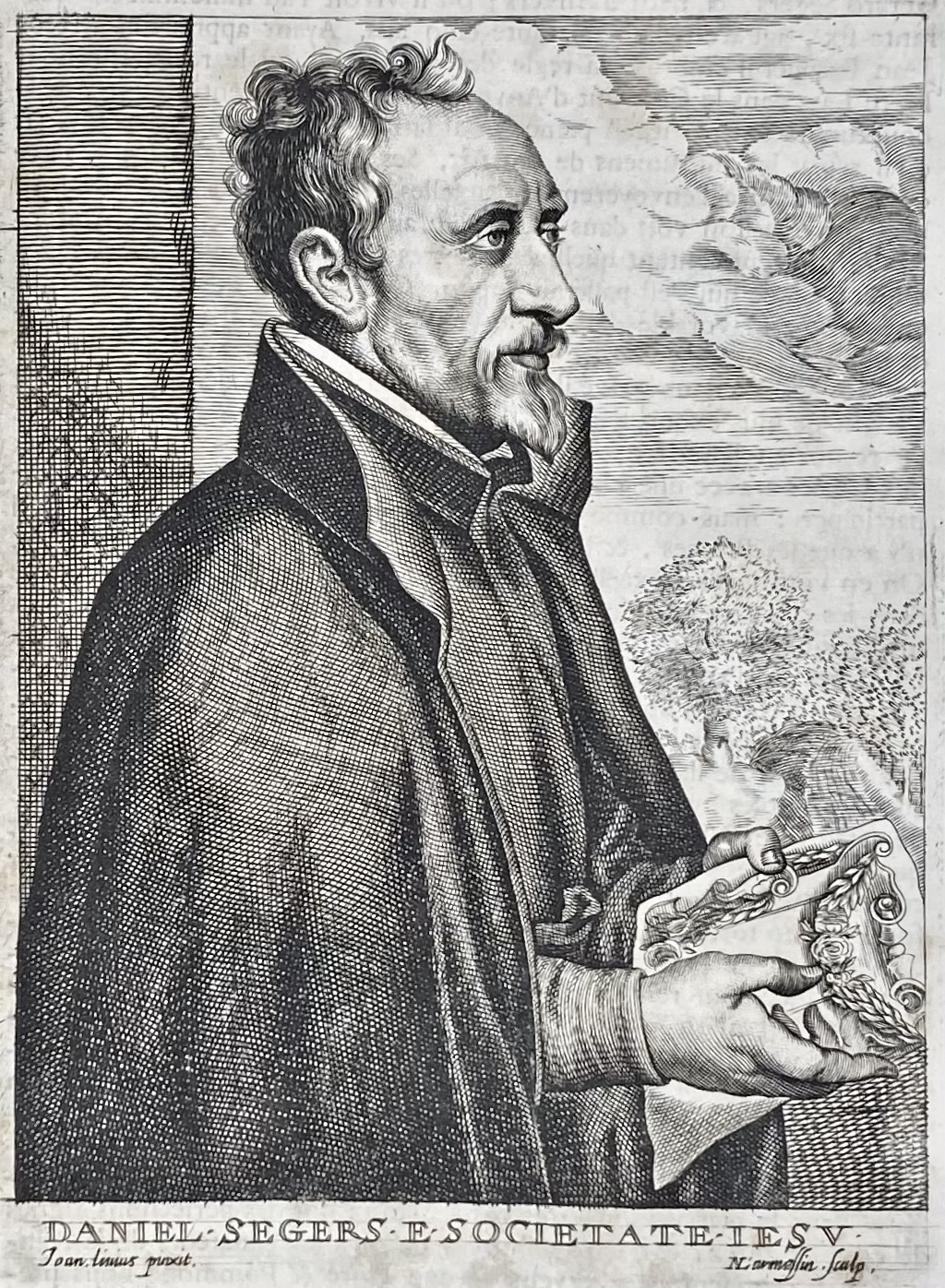-
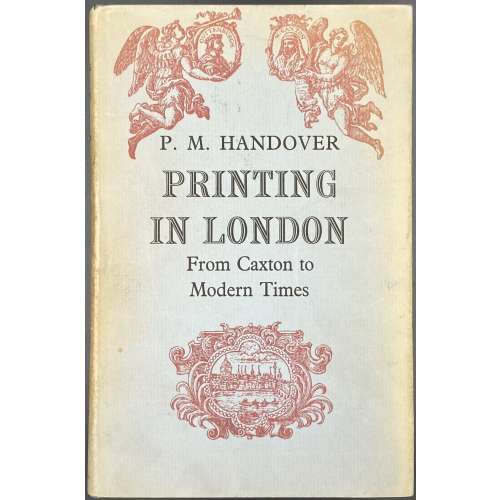 Dust jacket (black lettering, sanguine vignettes over light blue) : {vignette} | P. M. HANDOVER | PRINTING | IN LONDON | from Caxton to | Modern Times | {vignette} || Title page: PRINTING IN LONDON | FROM 1476 TO MODERN TIMES | COMPETITIVE PRACTICE AND | TECHNICAL INVENTION | IN THE TRADE OF | BOOK AND BIBLE PRINTING | PERIODICAL PRODUCTION | JOBBING &C |—| P. M. HANDOVER | M.A. F.R.HIST.S. | HARVARD UNIVERSITY PRESS | CAMBRIDGE, MASSACHUSETTS | 1960 || Pagination: [1, 2] – h.t. / blank ; frontispiece; [3, 4] – t.p. / imprint; [5, 6] – dedication / blank; [7] 8-224, inset: 7 sheets of plates between pp. 112-113 extraneous to collation, other illustrations in text; insert: invitation card "Publication date JUL 11 1960 Handover". Collation: 8vo; [A]8 B-O8. Binding: publisher’s blue cloth, red label to spine, silver lettering, DJ.
Dust jacket (black lettering, sanguine vignettes over light blue) : {vignette} | P. M. HANDOVER | PRINTING | IN LONDON | from Caxton to | Modern Times | {vignette} || Title page: PRINTING IN LONDON | FROM 1476 TO MODERN TIMES | COMPETITIVE PRACTICE AND | TECHNICAL INVENTION | IN THE TRADE OF | BOOK AND BIBLE PRINTING | PERIODICAL PRODUCTION | JOBBING &C |—| P. M. HANDOVER | M.A. F.R.HIST.S. | HARVARD UNIVERSITY PRESS | CAMBRIDGE, MASSACHUSETTS | 1960 || Pagination: [1, 2] – h.t. / blank ; frontispiece; [3, 4] – t.p. / imprint; [5, 6] – dedication / blank; [7] 8-224, inset: 7 sheets of plates between pp. 112-113 extraneous to collation, other illustrations in text; insert: invitation card "Publication date JUL 11 1960 Handover". Collation: 8vo; [A]8 B-O8. Binding: publisher’s blue cloth, red label to spine, silver lettering, DJ. -
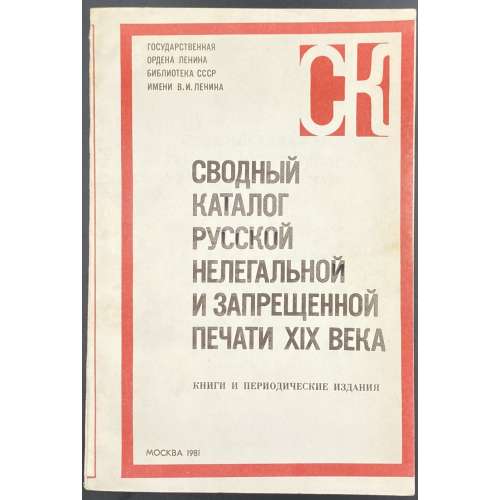 Front wrapper (in black and red in a red frame): ГОСУДАРСТВЕННАЯ ОРДЕНА ЛЕНИНА БИБЛИОТЕКА СССР | ИМЕНИ В. И. ЛЕНИНА — {СК} (white stylized letters on red background) | СВОДНЫЙ | КАТАЛОГ | РУССКОЙ | НЕЛЕГАЛЬНОЙ | И ЗАПРЕЩЕННОЙ | ПЕЧАТИ XIX ВЕКА | КНИГИ И ПЕРИОДИЧЕСКИЕ ИЗДАНИЯ | МОСКВА 1981 || Title page: ГОСУДАРСТВЕННАЯ ОРДЕНА ЛЕНИНА БИБЛИОТЕКА СССР| ИМЕНИ В. И. ЛЕНИНА | СВОДНЫЙ КАТАЛОГ | РУССКОЙ НЕЛЕГАЛЬНОЙ | И ЗАПРЕЩЕННОЙ ПЕЧАТИ | XIX ВЕКА | КНИГИ И ПЕРИОДИЧЕСКИЕ ИЗДАНИЯ | 2-Е ДОПОЛНЕННОЕ И ПЕРЕРАБОТАННОЕ ИЗДАНИЕ | Часть I. Книги. А–М (№ 1–1158). | МОСКВА 1981 || Publisher’s wrappers, 21.5 x 14.5 cm, lettering to front and spine; pagination: [2] – t.p. / imprint, 3-198 [2]; collation: 8vo; [1]-138. Print run 1,250 copies. Науч. ред.: Итенберг, Борис Самуилович (Russian, 1921 – 2016). «Сводный каталог русской нелегальной и запрещенной печати XIX века. Книги и периодические издания» состоит из трех частей: Часть 1. Книги А–М. (№ 1–1158) Часть 2. Книги Н–Я. Периодические издания (№ 1159–2576) [LIB-2660.2021] Часть 3-я. Приложения. Вспомогательные указатели. Список источников. [LIB-2661.2021]
Front wrapper (in black and red in a red frame): ГОСУДАРСТВЕННАЯ ОРДЕНА ЛЕНИНА БИБЛИОТЕКА СССР | ИМЕНИ В. И. ЛЕНИНА — {СК} (white stylized letters on red background) | СВОДНЫЙ | КАТАЛОГ | РУССКОЙ | НЕЛЕГАЛЬНОЙ | И ЗАПРЕЩЕННОЙ | ПЕЧАТИ XIX ВЕКА | КНИГИ И ПЕРИОДИЧЕСКИЕ ИЗДАНИЯ | МОСКВА 1981 || Title page: ГОСУДАРСТВЕННАЯ ОРДЕНА ЛЕНИНА БИБЛИОТЕКА СССР| ИМЕНИ В. И. ЛЕНИНА | СВОДНЫЙ КАТАЛОГ | РУССКОЙ НЕЛЕГАЛЬНОЙ | И ЗАПРЕЩЕННОЙ ПЕЧАТИ | XIX ВЕКА | КНИГИ И ПЕРИОДИЧЕСКИЕ ИЗДАНИЯ | 2-Е ДОПОЛНЕННОЕ И ПЕРЕРАБОТАННОЕ ИЗДАНИЕ | Часть I. Книги. А–М (№ 1–1158). | МОСКВА 1981 || Publisher’s wrappers, 21.5 x 14.5 cm, lettering to front and spine; pagination: [2] – t.p. / imprint, 3-198 [2]; collation: 8vo; [1]-138. Print run 1,250 copies. Науч. ред.: Итенберг, Борис Самуилович (Russian, 1921 – 2016). «Сводный каталог русской нелегальной и запрещенной печати XIX века. Книги и периодические издания» состоит из трех частей: Часть 1. Книги А–М. (№ 1–1158) Часть 2. Книги Н–Я. Периодические издания (№ 1159–2576) [LIB-2660.2021] Часть 3-я. Приложения. Вспомогательные указатели. Список источников. [LIB-2661.2021] -
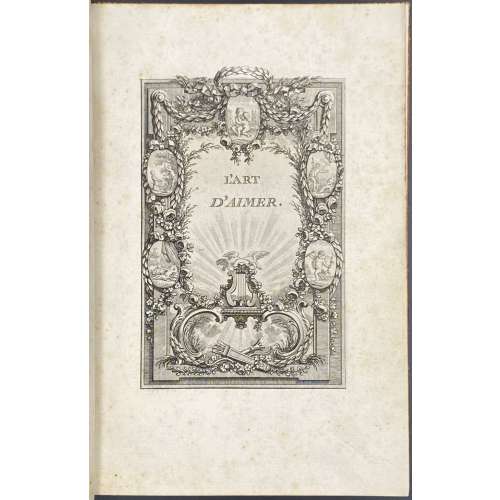 Title: L'ART | D'AIMER, | ET | POÉSIES DIVERSES | DE M. BERNARD. Pagination: [2] – t.p. / stanza by Voltaire; engraved t. p., frontispiece, [1] 2-170; pp. 1-61 – L'art d'aimer; pp. 62-111 – Phrosine et Mélidore; pp. 112-170 – Poésies diverses; illustrations. Collation: 8vo; π1 (letterpress t.p.), A-K8 L5; + 8 plates: (1)* engraved title page facing the stanza by Ch. Baquoy; (2) plate as a frontispiece by Ponce after Ch. Eisen, inscribed Chant I above the image, dated 1772, facing p. [1], chant 1er of l’art; (3)* Ch. Baquoy after P. Martini, inscribed Chant II below the image, facing p. 22, chant 2nd of l’art; (4) Ch. Baquoy after Eisen, inscribed Chant III above the image, facing p. 44, chant 3rd of l’art; (5)* Patas after P. Martini, inscribed Chant Ier below the image, dated 1775, facing p. 62, chant 1er of Phrosine; (6) Ch. Baquoy after Eisen, inscribed Chant II above the image, facing p. 74, chant 2nd of Phrosine; (7)* C. Gaucher after P. Martini, facing p. 84, chant 3rd of Phrosine; (8) Ch. Baquoy after Eisen, inscribed Chant IV above the image, facing p. 97, chant 4th of Phrosine; * – images additional to 1772 edition by Le Jay [LIB-2706.2021] (i.e. plates 1, 3, 5, and 7 are new). A counterfeit edition by an anonymous publisher. Binding: brown pebbled morocco, triple fillet gilt-ruled boards, raised bands, gilt in compartments, gilt label lettering to spine, marbled endpapers, AMG; printed on laid paper, with tall 's'. Catalogue raisonné: Cohen, De Richi (1912): p. 132: describes a counterfeit edition with 170 pages and 3 additional plates plus an engraved title. This seems to be a combination of Lejan [sic] Paris 1775 edition, which normally has 134 pages, 8vo, title engraved by Baquoy and three plates after Martini by Patas, Baquoy and Gaucher. Contributors: Nicolas Ponce (French, 1746 – 1831) – engraver. Jean Charles Baquoy (French, 1721 – 1777) – engraver. Jean-Baptiste Patas (French, 1748 – 1817) – engraver. Charles-Étienne Gaucher (French, 1740 – 1804) – engraver. Charles-Dominique-Joseph Eisen (French, 1720 – 1778) – artist. Pietro Antonio Martini (Italian, 1738 – 1797) – artist. Pierre-Joseph Bernard [Gentil-Bernard] (French, 1708 – 1775) – author of the text.
Title: L'ART | D'AIMER, | ET | POÉSIES DIVERSES | DE M. BERNARD. Pagination: [2] – t.p. / stanza by Voltaire; engraved t. p., frontispiece, [1] 2-170; pp. 1-61 – L'art d'aimer; pp. 62-111 – Phrosine et Mélidore; pp. 112-170 – Poésies diverses; illustrations. Collation: 8vo; π1 (letterpress t.p.), A-K8 L5; + 8 plates: (1)* engraved title page facing the stanza by Ch. Baquoy; (2) plate as a frontispiece by Ponce after Ch. Eisen, inscribed Chant I above the image, dated 1772, facing p. [1], chant 1er of l’art; (3)* Ch. Baquoy after P. Martini, inscribed Chant II below the image, facing p. 22, chant 2nd of l’art; (4) Ch. Baquoy after Eisen, inscribed Chant III above the image, facing p. 44, chant 3rd of l’art; (5)* Patas after P. Martini, inscribed Chant Ier below the image, dated 1775, facing p. 62, chant 1er of Phrosine; (6) Ch. Baquoy after Eisen, inscribed Chant II above the image, facing p. 74, chant 2nd of Phrosine; (7)* C. Gaucher after P. Martini, facing p. 84, chant 3rd of Phrosine; (8) Ch. Baquoy after Eisen, inscribed Chant IV above the image, facing p. 97, chant 4th of Phrosine; * – images additional to 1772 edition by Le Jay [LIB-2706.2021] (i.e. plates 1, 3, 5, and 7 are new). A counterfeit edition by an anonymous publisher. Binding: brown pebbled morocco, triple fillet gilt-ruled boards, raised bands, gilt in compartments, gilt label lettering to spine, marbled endpapers, AMG; printed on laid paper, with tall 's'. Catalogue raisonné: Cohen, De Richi (1912): p. 132: describes a counterfeit edition with 170 pages and 3 additional plates plus an engraved title. This seems to be a combination of Lejan [sic] Paris 1775 edition, which normally has 134 pages, 8vo, title engraved by Baquoy and three plates after Martini by Patas, Baquoy and Gaucher. Contributors: Nicolas Ponce (French, 1746 – 1831) – engraver. Jean Charles Baquoy (French, 1721 – 1777) – engraver. Jean-Baptiste Patas (French, 1748 – 1817) – engraver. Charles-Étienne Gaucher (French, 1740 – 1804) – engraver. Charles-Dominique-Joseph Eisen (French, 1720 – 1778) – artist. Pietro Antonio Martini (Italian, 1738 – 1797) – artist. Pierre-Joseph Bernard [Gentil-Bernard] (French, 1708 – 1775) – author of the text. -
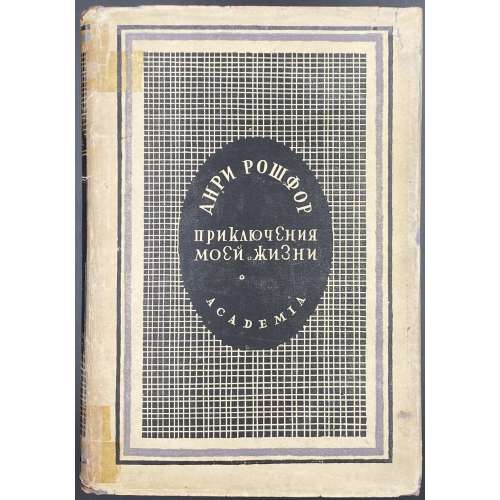 Title (in black and red): АНРИ РОШФОР | ПРИКЛЮЧЕНИЯ МОЕЙ ЖИЗНИ | ПЕРЕВОД, ВСТУПИТЕЛЬНАЯ | СТАТЬЯ И ПРИМЕЧАНИЯ | Е. СМИРНОВА | ACADEMIA | 1933 || Opposite title: ИНОСТРАННЫЕ МЕМУАРЫ, ДНЕВНИКИ, | ПИСЬМА И МАТЕРИАЛЫ | Под редакцией И. Т. Смилги ( whited-out) | АНРИ РОШФОР | 1831—1913 | ACADEMIA | МОСКВА — ЛЕНИНГРАД || Title verso: Henri Rochefort | Les Aventures de ma vie. | Переплет и суперобложка | по рисункам М. В. Ушакова-Поскочина. Pagination: [1, 2] – publisher’s device / blank, [3, 4] – opposite title, [5, 6] – t.p. / orig. title, 7-452 [453-460], ill. Collation: [1]-288 296 + 15 plates extraneous to collation. Binding: burgundy cloth ruled blind and stamped in gilt with a lantern to cover and lettering to spine, pictorial DJ; top margin red. Catalogue raisonné: Крылов, Е. В. Кичатова. "Academia" (2004): p. 237-8. Ушаков [Ушаков-Поскочин], Максим Владимирович (Russian, 1893 – 1943) – died in NKVD labor camp. Смилга, Ивар Тенисович (Latvian-Russian, 1892 – 1937) — shot dead by NKVD firing squad.
Title (in black and red): АНРИ РОШФОР | ПРИКЛЮЧЕНИЯ МОЕЙ ЖИЗНИ | ПЕРЕВОД, ВСТУПИТЕЛЬНАЯ | СТАТЬЯ И ПРИМЕЧАНИЯ | Е. СМИРНОВА | ACADEMIA | 1933 || Opposite title: ИНОСТРАННЫЕ МЕМУАРЫ, ДНЕВНИКИ, | ПИСЬМА И МАТЕРИАЛЫ | Под редакцией И. Т. Смилги ( whited-out) | АНРИ РОШФОР | 1831—1913 | ACADEMIA | МОСКВА — ЛЕНИНГРАД || Title verso: Henri Rochefort | Les Aventures de ma vie. | Переплет и суперобложка | по рисункам М. В. Ушакова-Поскочина. Pagination: [1, 2] – publisher’s device / blank, [3, 4] – opposite title, [5, 6] – t.p. / orig. title, 7-452 [453-460], ill. Collation: [1]-288 296 + 15 plates extraneous to collation. Binding: burgundy cloth ruled blind and stamped in gilt with a lantern to cover and lettering to spine, pictorial DJ; top margin red. Catalogue raisonné: Крылов, Е. В. Кичатова. "Academia" (2004): p. 237-8. Ушаков [Ушаков-Поскочин], Максим Владимирович (Russian, 1893 – 1943) – died in NKVD labor camp. Смилга, Ивар Тенисович (Latvian-Russian, 1892 – 1937) — shot dead by NKVD firing squad. -
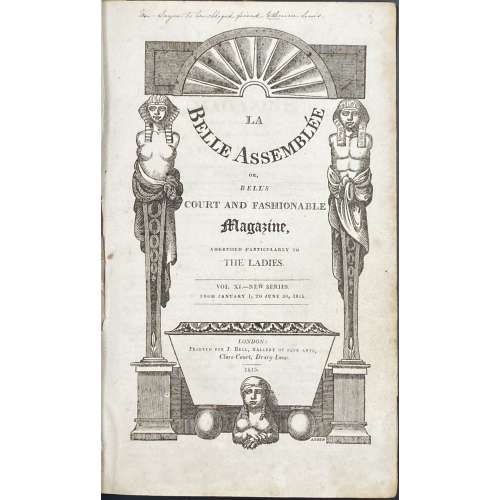 Title: LA | BELLE ASSEMBLÉE | OR, | BELL'S | COURT AND FASHIONABLE | MAGAZINE, | ADDRESSED PARTICULARLY TO | THE LADIES. | VOL. XI.—NEW SERIES. | FROM JANUARY 1, TO JUNE 30, 1815. | LONDON: | Printed for J. BELL, GALLERY OF FINE ARTS, | Clare-Court, Drury-Lane. | 1815. || Pagination: [2] – 11th volume wood-engraved pictorial title page, [1, 2] – January faux-title and table of content, [3] 4-284 [2] – index to 11th vol. Notes: February f.t. not paginated, but within the collation; the last page of the index at the very end paginated [iii]/iv, so pages i/ii missing (the gathering Nn lacking one sheet) Collation: 4to; π1 A-Mm4 Nn3, 28 plates extraneous to collation (lacking 2 plates). Binding: Half brown morocco over marbled boards, flat spine, compartments gilt-ruled with double-fillet and gilt-lettered. Contents: Jan: pp. 1-48, 5 plates. Feb: pp. 51-96, 5 plates. Mar: pp. 97-144, 5 plates. Apr: pp. 145-192, 5 plates. May: pp. 193-240, 5 plates. Jun: pp. 241-284, 3 plates (lacking 2 colour prints). Fashion plates, two per issue, are hand-coloured copperplate engravings, unsigned. Stipple engraved portraits, one per issue as frontispiece: (1) Actress Catherine Stephens, Countess of Essex (British, 1794 – 1882) by James Hopwood the Elder [James Hopwood Senior] (British, c. 1740s/50s – 1819) after Sir George Hayter (British, 1792 – 1871); (2) Madame de Talleyrand, Princesse De Bénévent (Danish-French, 1761– 1834), unsigned, but can be attributed to François Gérard (French, 1770 – 1837); (3) Actress Miss Sarah Booth (1793 – 30 December 1867), unsigned; (4) Group portrait of the French Royal family (Louis XVI, Louis XVII, Marie Antoinette, Madam Elizabeth, Louis Antoine de Bourbon, Duke d'Enghien, and Marie Thérèse Louise of Savoy, Princesse de Lamballe), unsigned, (5) Actress, Miss Sarah Blanche Matthews (b.1794) by Thomas Burke (Irish, 1749 – 1815) after George Hayter. The sixth print, in the March issue, is a lithographic portrait of Napoléon Bonaparte (French, 1769 – 1821), unsigned.
Title: LA | BELLE ASSEMBLÉE | OR, | BELL'S | COURT AND FASHIONABLE | MAGAZINE, | ADDRESSED PARTICULARLY TO | THE LADIES. | VOL. XI.—NEW SERIES. | FROM JANUARY 1, TO JUNE 30, 1815. | LONDON: | Printed for J. BELL, GALLERY OF FINE ARTS, | Clare-Court, Drury-Lane. | 1815. || Pagination: [2] – 11th volume wood-engraved pictorial title page, [1, 2] – January faux-title and table of content, [3] 4-284 [2] – index to 11th vol. Notes: February f.t. not paginated, but within the collation; the last page of the index at the very end paginated [iii]/iv, so pages i/ii missing (the gathering Nn lacking one sheet) Collation: 4to; π1 A-Mm4 Nn3, 28 plates extraneous to collation (lacking 2 plates). Binding: Half brown morocco over marbled boards, flat spine, compartments gilt-ruled with double-fillet and gilt-lettered. Contents: Jan: pp. 1-48, 5 plates. Feb: pp. 51-96, 5 plates. Mar: pp. 97-144, 5 plates. Apr: pp. 145-192, 5 plates. May: pp. 193-240, 5 plates. Jun: pp. 241-284, 3 plates (lacking 2 colour prints). Fashion plates, two per issue, are hand-coloured copperplate engravings, unsigned. Stipple engraved portraits, one per issue as frontispiece: (1) Actress Catherine Stephens, Countess of Essex (British, 1794 – 1882) by James Hopwood the Elder [James Hopwood Senior] (British, c. 1740s/50s – 1819) after Sir George Hayter (British, 1792 – 1871); (2) Madame de Talleyrand, Princesse De Bénévent (Danish-French, 1761– 1834), unsigned, but can be attributed to François Gérard (French, 1770 – 1837); (3) Actress Miss Sarah Booth (1793 – 30 December 1867), unsigned; (4) Group portrait of the French Royal family (Louis XVI, Louis XVII, Marie Antoinette, Madam Elizabeth, Louis Antoine de Bourbon, Duke d'Enghien, and Marie Thérèse Louise of Savoy, Princesse de Lamballe), unsigned, (5) Actress, Miss Sarah Blanche Matthews (b.1794) by Thomas Burke (Irish, 1749 – 1815) after George Hayter. The sixth print, in the March issue, is a lithographic portrait of Napoléon Bonaparte (French, 1769 – 1821), unsigned. -
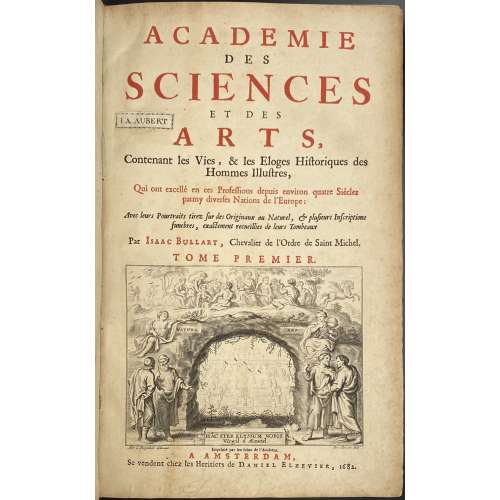 Title: ACADEMIE | DES | SCIENCES | ET DES | ARTS, | Contenant les Vies & les Eloges Historiques des | Hommes Illustres, | Qui ont excellé en ces Professions depuis environ quatre Siécles | parmy diverses Nations de l’Europe : |Avec leurs Pourtraits tirez sur des Originaux au Naturel, & plusieurs Inscriptions | funebres, exactement recueïlies de leurs Tombeaux | Par Isaac Bullart , Chevalier de l’Ordre de Saint Michel. | TOME PREMIER | {allegorical vignette, signed Abr. A Diepenbeke delineavit – Pet. Clouwet sculp.} | Imprimé par les soins de l’Autheur. | A AMSTERDAM, | Se vendent chez les Heritiers de Daniel Elzevier, 1682. || Vol. 1: Pagination: 2 blank end-leaves, [2] – Two-volumes h.t. / blank ; [2] – 1st vol. t.p. in black and red with vignette engraved by Pieter Clouwet (Flemish, 1629–1670) after Abraham van Diepenbeeck (Dutch, 1596 - 1675), book-label 'I. A. Aubert' pasted / blank; [7] – dedication to Jacques Theodore de Brias {Jacques-Théodore de Bryas (Dutch, 1630 – 1694)}, [9] – preface, [2] – table demonstrative / stanza by Guilielmus Riverius, [2] – vignette “Tardius sed grandius” with an elephant in ornamental frame / text; [2] – Advis au lecteur; [1, 2] – noms politiques / blank (A1), 3(A2)-416, 2 blank end-leaves; laking 8 last pages 417-424 if compared to Paris 2 in 1 vol. edition LIB-2676.2021, and lacking 4 last pages if compared with another Amsterdam edition LIB-2239.2019. These last 4 pages contain portraits and eulogies of François Primatici and Jacques Barozzi de Vignole. Collation: 4to; [*]6, **8, A6 B-Fff4, lacking Ggg4, 118 plates (instead of 120) within a collation. Vol. 2: Pagination: 2 blank end-leaves, [2] – tome second h.t. / blank ; [2] – 2nd vol. t.p. in black and red with vignette similar to vol. 1, with book-label 'I. A. Aubert' / blank; [4] – advertissement; [2] – f.t. Theologiens / blank; [2] – noms theologiens / blank 1-501 [3] – table eloges, 1 blank end-leaf. Collation: 4to; [*]4, **2, A-Sss4, 159 plates within a collation. Binding: both volumes uniformly bound in full contemporary cream vellum with blind double fillet over boards, raised bands, compartments tooled in black, brown calf labels with gilt lettering to spine. Printed on laid paper, with tall "s", all margins sprinkled red; the size of each vol.: 32.2 x 20.5 x 4.7 cm. A full description of plates, as well as their images, presented in LIB-2676.2021.
Title: ACADEMIE | DES | SCIENCES | ET DES | ARTS, | Contenant les Vies & les Eloges Historiques des | Hommes Illustres, | Qui ont excellé en ces Professions depuis environ quatre Siécles | parmy diverses Nations de l’Europe : |Avec leurs Pourtraits tirez sur des Originaux au Naturel, & plusieurs Inscriptions | funebres, exactement recueïlies de leurs Tombeaux | Par Isaac Bullart , Chevalier de l’Ordre de Saint Michel. | TOME PREMIER | {allegorical vignette, signed Abr. A Diepenbeke delineavit – Pet. Clouwet sculp.} | Imprimé par les soins de l’Autheur. | A AMSTERDAM, | Se vendent chez les Heritiers de Daniel Elzevier, 1682. || Vol. 1: Pagination: 2 blank end-leaves, [2] – Two-volumes h.t. / blank ; [2] – 1st vol. t.p. in black and red with vignette engraved by Pieter Clouwet (Flemish, 1629–1670) after Abraham van Diepenbeeck (Dutch, 1596 - 1675), book-label 'I. A. Aubert' pasted / blank; [7] – dedication to Jacques Theodore de Brias {Jacques-Théodore de Bryas (Dutch, 1630 – 1694)}, [9] – preface, [2] – table demonstrative / stanza by Guilielmus Riverius, [2] – vignette “Tardius sed grandius” with an elephant in ornamental frame / text; [2] – Advis au lecteur; [1, 2] – noms politiques / blank (A1), 3(A2)-416, 2 blank end-leaves; laking 8 last pages 417-424 if compared to Paris 2 in 1 vol. edition LIB-2676.2021, and lacking 4 last pages if compared with another Amsterdam edition LIB-2239.2019. These last 4 pages contain portraits and eulogies of François Primatici and Jacques Barozzi de Vignole. Collation: 4to; [*]6, **8, A6 B-Fff4, lacking Ggg4, 118 plates (instead of 120) within a collation. Vol. 2: Pagination: 2 blank end-leaves, [2] – tome second h.t. / blank ; [2] – 2nd vol. t.p. in black and red with vignette similar to vol. 1, with book-label 'I. A. Aubert' / blank; [4] – advertissement; [2] – f.t. Theologiens / blank; [2] – noms theologiens / blank 1-501 [3] – table eloges, 1 blank end-leaf. Collation: 4to; [*]4, **2, A-Sss4, 159 plates within a collation. Binding: both volumes uniformly bound in full contemporary cream vellum with blind double fillet over boards, raised bands, compartments tooled in black, brown calf labels with gilt lettering to spine. Printed on laid paper, with tall "s", all margins sprinkled red; the size of each vol.: 32.2 x 20.5 x 4.7 cm. A full description of plates, as well as their images, presented in LIB-2676.2021. -
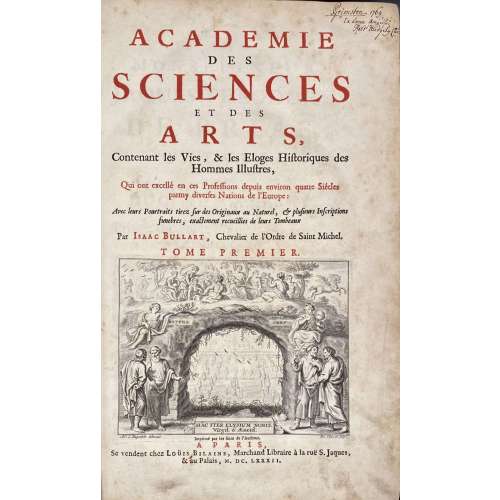 Title: ACADEMIE | DES | SCIENCES | ET DES | ARTS, | Contenant les Vies & les Eloges Historiques des | Hommes Illustres, | Qui ont excellé en ces Professions depuis environ quatre Siécles | parmy diverses Nations de l’Europe : |Avec leurs Pourtraits tirez sur des Originaux au Naturel, & plusieurs Inscriptions | funebres, exactement recueïlies de leurs Tombeaux | Par Isaac Bullart , Chevalier de l’Ordre de Saint Michel. | TOME PREMIER | {allegorical vignette, signed Abr. A Diepenbeke delineavit – Pet. Clouwet sculp.} | Imprimé par les soins de l’Autheur. | A PARIS, | Se vendent chez Loüis Bilane, Marchand Libraire à la ruë S. Jaques, | & au Palais, M. DC. LXXXII. || Pagination : [2] – h.t. / blank ; [2] – 1st vol. t.p. in black and red with vignette engraved by Pet. Clouwet after Abr. Diepenbeke / blank; [7] – dedication to Jacques Theodore de Brias {Jacques-Théodore de Bryas (Dutch, 1630 – 1694)}, [9] – preface, [2] – table demonstrative / stanza by Guilielmus Riverius, [2] – vignette “Tardius sed grandius” with an elephant in ornamental frame / text; [2] – noms politiques / blank (A1 before f.t.), [2] – f.t. livre premiere, illustres politiques / blank, 3(A2)-421, [422-424] – table eloges; [2] – f.t. tome second / blank, [2] – 2nd vol. t.p. in black and red with vignette…, [4] – advertisement, [2] – livre premier f.t. / blank, [2] – noms theologiens / blank, 1-501, [3] – table eloges. Collation : vol.1: [*]6, **6, A6 B-Ggg4; vol. 2: *4, **2, A-Sss4. (12 prelim. leaves, while in LIB-2239.2019 and in LIB-2675.2021 there is 14 prelim. leaves). Binding: contemporary full calf, size: 34 x 23 x 7.2 cm; crimson label with gilt lettering separated. Provenance: Bookplate of Sir Philip Crampton Smyly to the front pastedown; Stephen White Collection. The title is drawn by Abraham van Diepenbeeck (Dutch, 1596 - 1675) and engraved by Pieter Clouwet (Flemish, 1629–1670). The volume illustrated throughout with 279 portraits of important scientists, artists, thinkers, explorers, printers, and others of the period by a variety of artists. Tome 1: 120 plates of which 30 engraved by Esme de Boulonois (French, 1645 – 1681), 87 by Nicolas de Larmessin I (French, 1632 – 1694)Lavinia Vecellio (Italian, 1530 – 1575) engraved by Lamerssin after Titian, Portrait of Jacques Auguste de Thou engraved by de Boulonois after Daniel Dumonstier (French, 1574 – 1646). Tome 2: 159 plates of which 63 by Esme de Boulonois, 79 by Nicolas de Larmessin, 15 unsigned, 1 by Pieter Clouwet, and 1 by Wenceslaus Hollar (Bohemian, 1607 – 1677). Portraits of Knelme Digby, Juste Lipse, Nicolas Claude Fabri de Peiresc, Michel Mirevelt, Jacques Calot, Martin Richart, Pierre Paul Rubens, Venceslas Coberghe, Theodore Rombouts, Adrien Brouwer, Simon Vouet, Gerard Segers, Gaspar de Crayer, Antoine Van Dyck himself, and his wife Mary Ruthven – after Anthony Van Dyck. Young Man with a Skull engraved by Esme de Boulonois after Lucas van Leyden (Dutch, c. 1494 – 1533). Portrait of Louis Arioste engraved by Nicolas de Larmessin after Titian. Portrait of Balthasar de Castillon engraved by Nicolas de Larmessin after Raffaello Sanzio da Urbino (Italian, 1483 – 1520). Petrarch's Laura – by Larmessin after Palma Vecchio (Italian, c. 1480 – 1528). Vittoria Colonne – by Larmessin after Sebastiano del Piombo (Italian, c. 1485 – 1547). The portrait of Albert Durer is engraved by Esme de Boulonois after Tommaso Vincidor (Flemish, 1493 – 1536). Vol. 1, Book 1. Politicians Vol. 1, Book 2. Historians Vol. 1, Book 3. Jurists Vol. 1, Book 4. Writes and Linguists Vol. 1, Book 5. Italian Artists Vol. 2, Book 1. Theologians Vol. 2, Book 2. Philosophers, Mathematicians, Astronomers, and Physicians Vol. 2, Book 3. Scientists Vol. 2, Book 4. Inventors and Explorers Vol. 2, Book 5. Poets Vol. 2, Book 6. Netherlandish painters
Title: ACADEMIE | DES | SCIENCES | ET DES | ARTS, | Contenant les Vies & les Eloges Historiques des | Hommes Illustres, | Qui ont excellé en ces Professions depuis environ quatre Siécles | parmy diverses Nations de l’Europe : |Avec leurs Pourtraits tirez sur des Originaux au Naturel, & plusieurs Inscriptions | funebres, exactement recueïlies de leurs Tombeaux | Par Isaac Bullart , Chevalier de l’Ordre de Saint Michel. | TOME PREMIER | {allegorical vignette, signed Abr. A Diepenbeke delineavit – Pet. Clouwet sculp.} | Imprimé par les soins de l’Autheur. | A PARIS, | Se vendent chez Loüis Bilane, Marchand Libraire à la ruë S. Jaques, | & au Palais, M. DC. LXXXII. || Pagination : [2] – h.t. / blank ; [2] – 1st vol. t.p. in black and red with vignette engraved by Pet. Clouwet after Abr. Diepenbeke / blank; [7] – dedication to Jacques Theodore de Brias {Jacques-Théodore de Bryas (Dutch, 1630 – 1694)}, [9] – preface, [2] – table demonstrative / stanza by Guilielmus Riverius, [2] – vignette “Tardius sed grandius” with an elephant in ornamental frame / text; [2] – noms politiques / blank (A1 before f.t.), [2] – f.t. livre premiere, illustres politiques / blank, 3(A2)-421, [422-424] – table eloges; [2] – f.t. tome second / blank, [2] – 2nd vol. t.p. in black and red with vignette…, [4] – advertisement, [2] – livre premier f.t. / blank, [2] – noms theologiens / blank, 1-501, [3] – table eloges. Collation : vol.1: [*]6, **6, A6 B-Ggg4; vol. 2: *4, **2, A-Sss4. (12 prelim. leaves, while in LIB-2239.2019 and in LIB-2675.2021 there is 14 prelim. leaves). Binding: contemporary full calf, size: 34 x 23 x 7.2 cm; crimson label with gilt lettering separated. Provenance: Bookplate of Sir Philip Crampton Smyly to the front pastedown; Stephen White Collection. The title is drawn by Abraham van Diepenbeeck (Dutch, 1596 - 1675) and engraved by Pieter Clouwet (Flemish, 1629–1670). The volume illustrated throughout with 279 portraits of important scientists, artists, thinkers, explorers, printers, and others of the period by a variety of artists. Tome 1: 120 plates of which 30 engraved by Esme de Boulonois (French, 1645 – 1681), 87 by Nicolas de Larmessin I (French, 1632 – 1694)Lavinia Vecellio (Italian, 1530 – 1575) engraved by Lamerssin after Titian, Portrait of Jacques Auguste de Thou engraved by de Boulonois after Daniel Dumonstier (French, 1574 – 1646). Tome 2: 159 plates of which 63 by Esme de Boulonois, 79 by Nicolas de Larmessin, 15 unsigned, 1 by Pieter Clouwet, and 1 by Wenceslaus Hollar (Bohemian, 1607 – 1677). Portraits of Knelme Digby, Juste Lipse, Nicolas Claude Fabri de Peiresc, Michel Mirevelt, Jacques Calot, Martin Richart, Pierre Paul Rubens, Venceslas Coberghe, Theodore Rombouts, Adrien Brouwer, Simon Vouet, Gerard Segers, Gaspar de Crayer, Antoine Van Dyck himself, and his wife Mary Ruthven – after Anthony Van Dyck. Young Man with a Skull engraved by Esme de Boulonois after Lucas van Leyden (Dutch, c. 1494 – 1533). Portrait of Louis Arioste engraved by Nicolas de Larmessin after Titian. Portrait of Balthasar de Castillon engraved by Nicolas de Larmessin after Raffaello Sanzio da Urbino (Italian, 1483 – 1520). Petrarch's Laura – by Larmessin after Palma Vecchio (Italian, c. 1480 – 1528). Vittoria Colonne – by Larmessin after Sebastiano del Piombo (Italian, c. 1485 – 1547). The portrait of Albert Durer is engraved by Esme de Boulonois after Tommaso Vincidor (Flemish, 1493 – 1536). Vol. 1, Book 1. Politicians Vol. 1, Book 2. Historians Vol. 1, Book 3. Jurists Vol. 1, Book 4. Writes and Linguists Vol. 1, Book 5. Italian Artists Vol. 2, Book 1. Theologians Vol. 2, Book 2. Philosophers, Mathematicians, Astronomers, and Physicians Vol. 2, Book 3. Scientists Vol. 2, Book 4. Inventors and Explorers Vol. 2, Book 5. Poets Vol. 2, Book 6. Netherlandish painters -
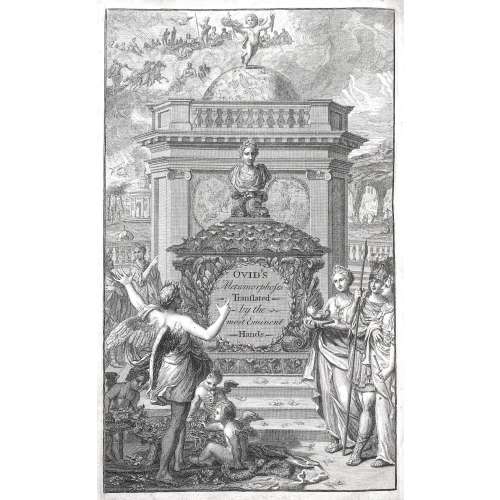 Title: OVID'S | METAMORPHOSES | IN | FIFTEEN BOOKS. | Translated by the most Eminent Hands. | Adorn’d with Sculptures | London: | Printed for Jacob Tonson at Shakespeare’s–Head | over-against Katharine-Street in the Strand. | M DCC XVII. || Physical description: Folio, laid paper, engraved title as frontispiece, letterpress title-page, portrait of the dedicatee, the Princess of Wales, engraved by George Vertue (British, 1684 – 1756) after Sir Godfrey Kneller (German, 1646 – 1723), [4] – dedication with headpiece vignette engraved by Elisha Kirkall (British, 1682 – 1742) after Peter Berchet (French, 1659 – 1720 London), [i]-xx – preface, [4] – contents, 1-548; collation: π3 a-f2, B-Zzzzzz2, +15 full-paged engravings, one heading each book; bound in full contemporary tan English calf blind-tooled with a darker panel, raised bands, crimson label with gilt lettering, sprinkled compartments with blind tooling, rebacked, later endpapers, 15 1/4 x 9 1/2 in (39.5 x 26 x 5 cm). Contributors: Author: Ovid (Roman, 43 B.C. – A.D. 17) Translator: Sir Samuel Garth (British, 1661 – 1719) Translator: John Dryden (British, 1631 – 1700) Translator: Joseph Addison (British, 1672 – 1719) Translator: John Gay (British, 1685 – 1732) Dedicatee / Sitter: Caroline Wilhelmina of Brandenburg-Ansbach, Princess of Wales, Queen of England (German-British, 1683 – 1737) Engraver: Elisha Kirkall (British, 1682 – 1742) Artist: Peter Berchet (French-British, 1659 – 1720) Artist: Sir Godfrey Kneller (German, 1646 – 1723) Engraver: George Vertue (British, 1684 – 1756) Engraver: Louis Du Guernier, the younger (French, 1677 – 1716) Engraver: Michael Vandergucht (Flemish, 1660 – 1725) Engraver: Elisha Kirkall (British, 1682 – 1742) Engraver: R. Smith (British, fl. early 18th century) Engraver: Matthys Pool (Dutch, 1670 – c. 1732) Publisher: Jacob Tonson, the Elder (British, 1655 – 1736)
Title: OVID'S | METAMORPHOSES | IN | FIFTEEN BOOKS. | Translated by the most Eminent Hands. | Adorn’d with Sculptures | London: | Printed for Jacob Tonson at Shakespeare’s–Head | over-against Katharine-Street in the Strand. | M DCC XVII. || Physical description: Folio, laid paper, engraved title as frontispiece, letterpress title-page, portrait of the dedicatee, the Princess of Wales, engraved by George Vertue (British, 1684 – 1756) after Sir Godfrey Kneller (German, 1646 – 1723), [4] – dedication with headpiece vignette engraved by Elisha Kirkall (British, 1682 – 1742) after Peter Berchet (French, 1659 – 1720 London), [i]-xx – preface, [4] – contents, 1-548; collation: π3 a-f2, B-Zzzzzz2, +15 full-paged engravings, one heading each book; bound in full contemporary tan English calf blind-tooled with a darker panel, raised bands, crimson label with gilt lettering, sprinkled compartments with blind tooling, rebacked, later endpapers, 15 1/4 x 9 1/2 in (39.5 x 26 x 5 cm). Contributors: Author: Ovid (Roman, 43 B.C. – A.D. 17) Translator: Sir Samuel Garth (British, 1661 – 1719) Translator: John Dryden (British, 1631 – 1700) Translator: Joseph Addison (British, 1672 – 1719) Translator: John Gay (British, 1685 – 1732) Dedicatee / Sitter: Caroline Wilhelmina of Brandenburg-Ansbach, Princess of Wales, Queen of England (German-British, 1683 – 1737) Engraver: Elisha Kirkall (British, 1682 – 1742) Artist: Peter Berchet (French-British, 1659 – 1720) Artist: Sir Godfrey Kneller (German, 1646 – 1723) Engraver: George Vertue (British, 1684 – 1756) Engraver: Louis Du Guernier, the younger (French, 1677 – 1716) Engraver: Michael Vandergucht (Flemish, 1660 – 1725) Engraver: Elisha Kirkall (British, 1682 – 1742) Engraver: R. Smith (British, fl. early 18th century) Engraver: Matthys Pool (Dutch, 1670 – c. 1732) Publisher: Jacob Tonson, the Elder (British, 1655 – 1736) -
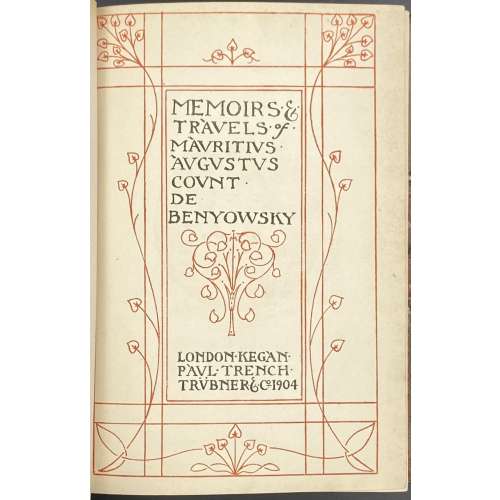 Title: MEMOIRS AND TRAVELS | OF | MAURITIUS AUGUSTUS COUNT DE | BENYOWSKY | MAGNATE OF THE KINGDOMS OF HUNGARY AND POLAND, ONE OF | THE CHIEFS OF THE CONFEDERATION OF POLAND | ETC., ETC. | Consisting of his Military Operations in Poland, his Exile into Kamchatka, | his Escape and Voyage from that Peninsula through the Northern | Pacific Ocean, touching at Japan and Formosa, to Canton | in China, with an Account of the French Settle- | ment he was appointed to form upon the | Island of Madagascar | WITH AN INTRODUCTION, NOTES AND BIBLIOGRAPHY | BY | CAPTAIN S. PASFIELD OLIVER || Half-title (ornamental, in black and red): MEMOIRS & | TRAVELS of | MAURITIUS | AUGUSTUS | COUNT | DE | BENYOWSKY | LONDON•KEGAN• | PAUL•TRENCH• | TRÜBNER•&•Co 1904 || Pagination: [i, ii] – owner pasted wood engraving “A woman of Kamchatka” / Dryden House advert., [iii, iv] – serial title / MAB (years), frontis. Portrait of MAB by Walter L. Colls w/guard, [v, vi] – ornamental h.t / copyright, [vii, viii] – t.p. / list of ill., ix-xxxvi, 1-635 [636]. Collation: 2 blank leaves (binding), [a]-b8 c2 1-398 406, 2 plates, 2 blank leaves (binding). Binding: Modern ¾ morocco over marbled boards, raised bands, gilt fleur-de-lis-cross in compartments, burgundy label with gilt lettering, by Atkinson Book Binders, Salisbury (sticker to back pastedown). Contributors: Printed by Neill and Co., Edinburgh. Published by Kegan Paul, Trench, Trübner & Co.; Kegan Paul, Charles (British, 1828 – 1902). Author: Maurice Auguste comte de Benyowsky [Мориц Август Бенёвский] (Polish-Slovak-Hungarian, 1746 –1786). Editor: Samuel Pasfield Oliver (British, 1838 – 1907). Translator: William Nicholson (British, 1753 – 1815). Originally published in 1790, in London (I have not seen it anywhere) and in Dublin by P. Wogan [etc.], and in 1791 in French, in Paris by Buisson.
Title: MEMOIRS AND TRAVELS | OF | MAURITIUS AUGUSTUS COUNT DE | BENYOWSKY | MAGNATE OF THE KINGDOMS OF HUNGARY AND POLAND, ONE OF | THE CHIEFS OF THE CONFEDERATION OF POLAND | ETC., ETC. | Consisting of his Military Operations in Poland, his Exile into Kamchatka, | his Escape and Voyage from that Peninsula through the Northern | Pacific Ocean, touching at Japan and Formosa, to Canton | in China, with an Account of the French Settle- | ment he was appointed to form upon the | Island of Madagascar | WITH AN INTRODUCTION, NOTES AND BIBLIOGRAPHY | BY | CAPTAIN S. PASFIELD OLIVER || Half-title (ornamental, in black and red): MEMOIRS & | TRAVELS of | MAURITIUS | AUGUSTUS | COUNT | DE | BENYOWSKY | LONDON•KEGAN• | PAUL•TRENCH• | TRÜBNER•&•Co 1904 || Pagination: [i, ii] – owner pasted wood engraving “A woman of Kamchatka” / Dryden House advert., [iii, iv] – serial title / MAB (years), frontis. Portrait of MAB by Walter L. Colls w/guard, [v, vi] – ornamental h.t / copyright, [vii, viii] – t.p. / list of ill., ix-xxxvi, 1-635 [636]. Collation: 2 blank leaves (binding), [a]-b8 c2 1-398 406, 2 plates, 2 blank leaves (binding). Binding: Modern ¾ morocco over marbled boards, raised bands, gilt fleur-de-lis-cross in compartments, burgundy label with gilt lettering, by Atkinson Book Binders, Salisbury (sticker to back pastedown). Contributors: Printed by Neill and Co., Edinburgh. Published by Kegan Paul, Trench, Trübner & Co.; Kegan Paul, Charles (British, 1828 – 1902). Author: Maurice Auguste comte de Benyowsky [Мориц Август Бенёвский] (Polish-Slovak-Hungarian, 1746 –1786). Editor: Samuel Pasfield Oliver (British, 1838 – 1907). Translator: William Nicholson (British, 1753 – 1815). Originally published in 1790, in London (I have not seen it anywhere) and in Dublin by P. Wogan [etc.], and in 1791 in French, in Paris by Buisson. -
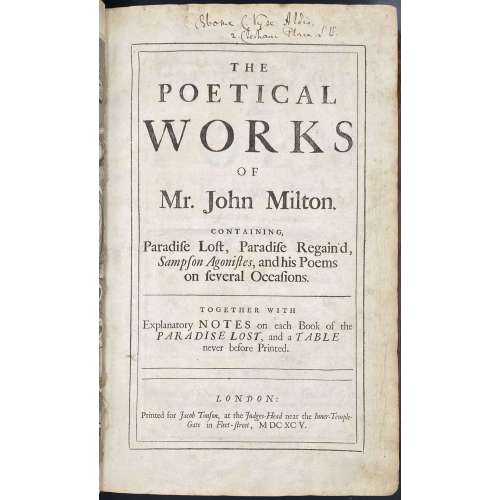 THE | POETICAL | WORKS | OF | Mr. John Milton. | Paradise Lost, Paradise Regained, | Sampson Agonistes, and his Poems | on several Occasions. | TOGETHER WITH | Explanatory NOTES on each Book of the | PARADISE LOST, and a TABLE | never before Printed. | LONDON: | Printed for Jacob Tonson, at Judges-Head near Inner-Temple-| Gate in Fleet – street , M DC XC V. || Pagination: [6] 1-343 [5] 1-66 [4] 1-57 [5] 1-60 [2] 321 [1], frontispiece and 12 plates, one before each book of Paradise Lost. Collation: 4to, folio; blank leaf, π3 B2, C-Z4, Aa-Yy4, A-H4 I2, [A]-D2 †D2 E-Q2 [A]1 B-Z2 Aa-Zz2 Aaa-Zzz2 Aaaa-Mmmm2 [N]1, 2 blank leaves, + frontis. portrait and 12 plates extraneous to collation. Plates: Portrait of John Milton (British, 1608 – 1674) engraved by Robert White (British, 1645 – 1703) after William Faithorne (British, 1616 – 1691) 11 plates engraved by Michael Burghers (Dutch, c. 1640 – c. 1723) after John Baptiste de Medina (Flemish, 1659 –1710); 1 plate (for Book IV) engraved by Peter-Paul Bouché (Dutch, 1646 – c. 1697) after Bernard Lens (British, 1659 – 1725). Binding: Folio, bound in full contemporary English panelled and speckled calf, tooled in blind, re-backed, corners repaired, the lines in Paradise Lost numbered; title pages of Paradise Regain'd and Samson Agonistes dated 1695; without a list of subscribers after the general title; with the Table for Paradise Lost; printed on laid paper, with tall "s", margins sprayed red. Provenance: near-contemporary ex libris of Sarah Bugg inside front board; along with that of Sam Bontham, 1726; later owned by forger Osborne Charles Vyse Aldis (1843 – 1916), with his signature on general title, with a nine-line note in his hand and initialled on page 343. Catalogue raisonné: Gordon N. Ray, Illustrated book in England (1976): p. 3. Ref: National Gallery of Art Contributors: Bouché, Peter-Paul (Dutch, 1646 – c. 1697) Burghers, Michael (Dutch, c. 1640 – c. 1723) Faithorne, William (British, 1616 – 1691) Lens, Bernard (British, 1659 – 1725) Medina, John Baptiste de (Flemish, 1659 – 1710) Milton, John (British, 1608 – 1674) Tonson, Jacob, the Elder (British, 1655 – 1736) White, Robert (British, 1645 – 1703)
THE | POETICAL | WORKS | OF | Mr. John Milton. | Paradise Lost, Paradise Regained, | Sampson Agonistes, and his Poems | on several Occasions. | TOGETHER WITH | Explanatory NOTES on each Book of the | PARADISE LOST, and a TABLE | never before Printed. | LONDON: | Printed for Jacob Tonson, at Judges-Head near Inner-Temple-| Gate in Fleet – street , M DC XC V. || Pagination: [6] 1-343 [5] 1-66 [4] 1-57 [5] 1-60 [2] 321 [1], frontispiece and 12 plates, one before each book of Paradise Lost. Collation: 4to, folio; blank leaf, π3 B2, C-Z4, Aa-Yy4, A-H4 I2, [A]-D2 †D2 E-Q2 [A]1 B-Z2 Aa-Zz2 Aaa-Zzz2 Aaaa-Mmmm2 [N]1, 2 blank leaves, + frontis. portrait and 12 plates extraneous to collation. Plates: Portrait of John Milton (British, 1608 – 1674) engraved by Robert White (British, 1645 – 1703) after William Faithorne (British, 1616 – 1691) 11 plates engraved by Michael Burghers (Dutch, c. 1640 – c. 1723) after John Baptiste de Medina (Flemish, 1659 –1710); 1 plate (for Book IV) engraved by Peter-Paul Bouché (Dutch, 1646 – c. 1697) after Bernard Lens (British, 1659 – 1725). Binding: Folio, bound in full contemporary English panelled and speckled calf, tooled in blind, re-backed, corners repaired, the lines in Paradise Lost numbered; title pages of Paradise Regain'd and Samson Agonistes dated 1695; without a list of subscribers after the general title; with the Table for Paradise Lost; printed on laid paper, with tall "s", margins sprayed red. Provenance: near-contemporary ex libris of Sarah Bugg inside front board; along with that of Sam Bontham, 1726; later owned by forger Osborne Charles Vyse Aldis (1843 – 1916), with his signature on general title, with a nine-line note in his hand and initialled on page 343. Catalogue raisonné: Gordon N. Ray, Illustrated book in England (1976): p. 3. Ref: National Gallery of Art Contributors: Bouché, Peter-Paul (Dutch, 1646 – c. 1697) Burghers, Michael (Dutch, c. 1640 – c. 1723) Faithorne, William (British, 1616 – 1691) Lens, Bernard (British, 1659 – 1725) Medina, John Baptiste de (Flemish, 1659 – 1710) Milton, John (British, 1608 – 1674) Tonson, Jacob, the Elder (British, 1655 – 1736) White, Robert (British, 1645 – 1703) -
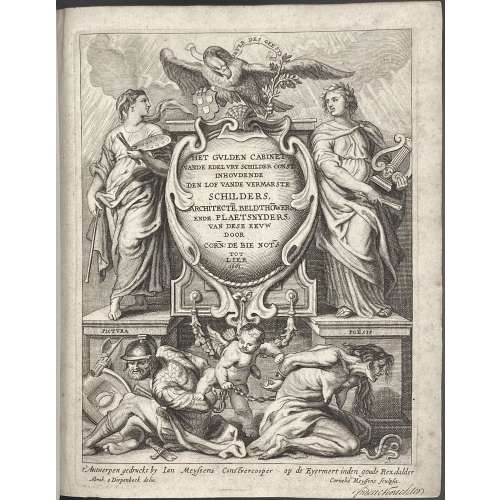 Engraved title page:
Engraved title page:- In an oval cartouche at the centre, flanked by female personifications of Painting and Poetry, surmounted by an eagle, Mars and Envy chained by Cupid below: HET GULDEN CABINET | VANDE EDEL VRY SCHILDER, CONST | INHOUDENDE | DEN LOF VANDE VERMARSTE | SCHILDERS, | ARCHITECTE, BELDTHOWERS | ENDE PLAETSNYDERS | VAN DESE EEVW | DOOR | CORN: DE BIE NOTS. | TOT | LIER | 1661. ||
- In lower margin below the image frame: t’Antwerpen gedruckt by Ian Meyssens Constvercooper op de Eyermert inden goude Rexdalder | Abrah. a Diepenbeck delin. — Cornelis Meyssens sculpsit. || Handwritten inscription below: Frederik Verachter
Cornelis de Bie. Het Gulden Cabinet. — Antwerp: [J. van Montfort for] Jan Meyssens, 1661 [colophon: 1662]. First edition, quarto, with engraved title, added portrait of De Bie dated 1708 mounted and inserted*, illustrated with 97 full-page engravings of artists, and an engraving of a personification of the city of Rome repeated five times; bound in full contemporary Dutch parchment over boards, tooled in blind, titled on spine; ex libris Frederik Verachter (Dutch, 1797 – 1870), archivist of the Antwerp city library, with pages of notes in his hand, signature to title, and inserted leaf with extra biographical information about one of the 280 artists of the Low Countries profiled and illustrated in this volume; contents good; ex libris Gustave Van Havre (Dutch, 1817 – 1892), with his armorial bookplate inside the front board, 24 x 19.5 x 4.5 cm.
Catalogue raisonné: J. F. Van Someren (1888) pp. 200-202. * CORNELIUS DE BIE. ÆT. 81. 1708. | Dat Ick op D'aard Niet Anders Ben | Als Stof En Assen Ick Beken: | En Alle Mijnen Arrebeijd | Noch Van Veel Minder Weerdigheijt. || J. C. de Cock delin: — H. F. diamaer Sculpsit Antv: Ref.: Royal Collection Trust. Backer, Jacob de (Flemish, c. 1555 – c. 1585) (artist) Balen, Jan van (Flemish, 1611 – 1654) (artist) Bally, David (Dutch, 1584 – 1657) (artist) Beck, David [Beek] (Dutch, 1621 – 1656) (artist) Bie, Cornelis de (Flemish, 1627 – 1711) (author) Bloemaert, Abraham (Dutch, 1565 – 1658) (artist) Borcht I, Hendrik van der, the Elder (Flemish, 1583 – 1651) (artist) Borcht II, Hendrik van der, the Younger (German 1614 – 1676) (artist) Bouttats, Frederik, the Elder (Flemish, 1590 – 1661) (attributed to) (engraver) Bramer, Leonard [Leendert] (Dutch, 1596 – 1674) (artist) Bronckhorst, Jan Gerritsz van (Dutch, 1603-1661) (artist) Bylert, Jan van (Dutch, 1603 – 1671) (artist) Caukercken, Cornelis van (Flemish, 1626 – 1680) (engraver) Collin, Richard (Luxembourgish, 1627 – 1698) (engraver) Coques, Gonzales (Flemish, 1614 – 1684) (artist) Cossiers, Joannes (Flemish, 1600 – 1671) (artist) Danckerts de Rij, Peter (Dutch, 1605-1660) (artist) Dipenbeeck, Abraham van (Dutch, 1596 – 1675) (artist) Does, Antony van der (Flemish, 1609 –1680) (engraver) Dyck, Anthony van (Flemish, 1599 – 1641) (artist) François, Pierre (fl. 1643) (artist) Hecke, Jan van den, the Elder (Flemish, 1620 – 1684) (engraver) Heil, Daniel van (Flemish, 1604 – 1664) (artist) Heil, Jan Baptiste van (Flemish, 1609 – 1685) (artist) Heil, Leo van (Flemish, 1605 – c. 1664) (artist) Helt Stockade, Nicolaes van (Dutch, 1614 – 1669) (artist) Hollar, Wenceslaus [Hollar, Václav; Wenzel] ( Bohemian, 1607 – 1677) (artist) Hondius I, Hendrick [de Hondt] (Flemish-Dutch, 1573 – 1650) (artist) Janssens, Cornelis van Ceulen [Johnson, Cornelius] (Flemish-Dutch, 1593-1664) (artist) Jode I, Pieter de, the Elder (1570 – 1634) (engraver) Jordaens, Jacob (Flemish, 1593 – 1678) (artist) Lint, Peter van (Flemish, 1609 – 1690) (artist) Meyssens, Cornelis (Flemish, 1639 – fl.1673) (engraver) Meyssens, Joannes [Johannes, Jan, Jean] (Flemish, 1612 – 1670) Mola, Pier Francesco (Italian, 1612 – 1666) (artist) Monte, Deodat del [Mont, Deodat van der; Delmont, Deodatus] (Flemish, 1582 – 1644) (artist) Montfort, Jan van (fl. c. 1595 – 1644) (printer) Padoanino, Francisco (Italian, 1660) (artist) Poelenburgh, Cornelis van [Poelenburch] (Dutch, 1594 – 1667) (artist) Pontius, Paulus (Flemish, 1603 – 1658) (engraver) Quellinus, Erasmus, the Younger (Flemish, 1607 – 1678) (artist) Reni, Guido (Italian, 1575 – 1642) (artist) Sadeler II, Egidius (Flemish, c.1570 – 1629) (artist) Saftleven, Herman, the Younger (Dutch, 1609 – 1685) (artist) Seghers, Gerard (Flemish, 1591 - 1651) (artist) Snyers, Hendrik (Flemish, 1611 – 1644) (engraver) Soutman, Pieter Claesz (Dutch, 1593/1601 – 1657) (artist) Steen, Franciscus van der (Flemish, 1625 – 1672) (engraver) Teniers, David, the Younger (Flemish, 1610 – 1690) (artist) Venne, Adriaen van de [Adriaen Pietersz] (Dutch, 1589 – 1662) (artist) Voet, Alexander, the Elder (Flemish, 16-8/1613 – 1689) (engraver) Vorsterman, Lucas, the Elder (Flemish, 1595-1675) (engraver) Waumans, Conraed (Flemish, 1619 – 1675) (engraver) Willaerts, Adam (Dutch, 1577 – 1664) (artist) -
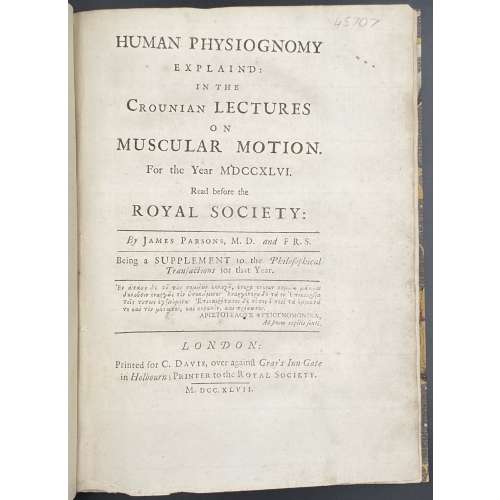 HUMAN PHYSIOGNOMY | EXPLAIN'D: | IN THE | Crounian LECTURES | ON MUSCULAR MOTION. | For the Year MDCCXLVI. | Read before the | ROYAL SOCIETY: | By James Parsons, M.D. and F.R.S. | Being a SUPPLEMENT to the Philosophical | Transactions for that Year. | {Citation in the Greek from Aristotle, 6 lines} | LONDON: | Printed for C. Davis, over against Gray's Inn Gate | in Holbourn; Printer to the Royal Society. | M. DCC. XLVII. || Pagination: [4] i-viii [8] 1-82 [4]; collation: 4to; [a]4 b4 c2 <inset> B-L4 M3, wanting 1 leaf with An Index For the Lectures of the Years 1744, and 1745; Inset: 5 folding plates engraved by J. Mynde after J. Parsons ('I. Ps. MD del.'). Page 22.5 x 16.5 cm; plates 22.5 x 34 cm. Printed on laid paper, with tall "s". Binding: 23 x 17 cm, modern hardcover in marbled paper, modern endpapers, white paper label with black lettering to spine. Crounian Lectures (i.e. Croonian Lectures), named after William Croone (British, 1633 – 1684). Contributors: James Parsons (British, 1705 – 1770). James Mynde (British, 1702 – 1771). Davis, Printer to the Royal Society of London (British, 1665 – 1775). Ref.: Royal Academy, The Royal Society, Wellcome Collection.
HUMAN PHYSIOGNOMY | EXPLAIN'D: | IN THE | Crounian LECTURES | ON MUSCULAR MOTION. | For the Year MDCCXLVI. | Read before the | ROYAL SOCIETY: | By James Parsons, M.D. and F.R.S. | Being a SUPPLEMENT to the Philosophical | Transactions for that Year. | {Citation in the Greek from Aristotle, 6 lines} | LONDON: | Printed for C. Davis, over against Gray's Inn Gate | in Holbourn; Printer to the Royal Society. | M. DCC. XLVII. || Pagination: [4] i-viii [8] 1-82 [4]; collation: 4to; [a]4 b4 c2 <inset> B-L4 M3, wanting 1 leaf with An Index For the Lectures of the Years 1744, and 1745; Inset: 5 folding plates engraved by J. Mynde after J. Parsons ('I. Ps. MD del.'). Page 22.5 x 16.5 cm; plates 22.5 x 34 cm. Printed on laid paper, with tall "s". Binding: 23 x 17 cm, modern hardcover in marbled paper, modern endpapers, white paper label with black lettering to spine. Crounian Lectures (i.e. Croonian Lectures), named after William Croone (British, 1633 – 1684). Contributors: James Parsons (British, 1705 – 1770). James Mynde (British, 1702 – 1771). Davis, Printer to the Royal Society of London (British, 1665 – 1775). Ref.: Royal Academy, The Royal Society, Wellcome Collection. -
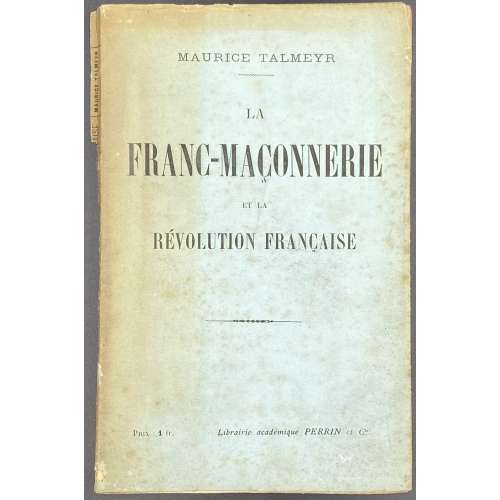 Cover: MAURICE TALMEYR | LA | FRANC-MAÇONNERIE | ET LA | RÉVOLUTION FRANÇAISE | — | Prix : 1 fr. […] Librairie académique PERRIN et Cie. Title page: MAURICE TALMEYR | LA | FRANC-MAÇONNERIE | ET LA | RÉVOLUTION FRANÇAISE | — | PARIS | LIBRAIRIE ACADÉMIQUE DIDIER | PERRIN ET Cie, LIBRAIRES–ÉDITEURS | 35, QUAI DES GRANDS-AUGUSTINS, 35 | 1904 | Tous droits réservés || Autograph: Inscription to h.t. to Charles Foley from the author. Bibiographical description: Blue lettered publisher’s wrappers, 19 x 12 cm, pagination: [8] [1] 2-94 [2], collation: 8vo, π4 1-68. The Russian translation Н. Л. Фран-масонство и государственная измена. — СПб.: Издание В. П., 1906 is here: LIB-0940.2016. Contributors: Maurice Talmeyr [Marie-Justin-Maurice Coste] (French, 1850 – 1931) Pierre-Paul Didier (French, 1800 – 1865) Émile Perrin (French, 1828 – 1884)
Cover: MAURICE TALMEYR | LA | FRANC-MAÇONNERIE | ET LA | RÉVOLUTION FRANÇAISE | — | Prix : 1 fr. […] Librairie académique PERRIN et Cie. Title page: MAURICE TALMEYR | LA | FRANC-MAÇONNERIE | ET LA | RÉVOLUTION FRANÇAISE | — | PARIS | LIBRAIRIE ACADÉMIQUE DIDIER | PERRIN ET Cie, LIBRAIRES–ÉDITEURS | 35, QUAI DES GRANDS-AUGUSTINS, 35 | 1904 | Tous droits réservés || Autograph: Inscription to h.t. to Charles Foley from the author. Bibiographical description: Blue lettered publisher’s wrappers, 19 x 12 cm, pagination: [8] [1] 2-94 [2], collation: 8vo, π4 1-68. The Russian translation Н. Л. Фран-масонство и государственная измена. — СПб.: Издание В. П., 1906 is here: LIB-0940.2016. Contributors: Maurice Talmeyr [Marie-Justin-Maurice Coste] (French, 1850 – 1931) Pierre-Paul Didier (French, 1800 – 1865) Émile Perrin (French, 1828 – 1884) -
![Bayros Zeichnungen. — Gala Verlag, Hamburg fur Fourier Verlag GmbH, Wiesbaden, 1987. — pp. 207. — 233 illustrations, essay by Wilhelm M. Busch. [Franz von Bayros Drawings].](https://varshavskycollection.com/wp-content/uploads/2021/02/LIB-2245.2019-a-scaled-500x500.jpeg) 26 x 18 cm, black cloth, white lettering to cover and spine, pictorial DJ, pp. [1-4] 5-207 [208 colophon], 233 b/w illustrations; essay by Wilhelm M. Busch.
26 x 18 cm, black cloth, white lettering to cover and spine, pictorial DJ, pp. [1-4] 5-207 [208 colophon], 233 b/w illustrations; essay by Wilhelm M. Busch. -
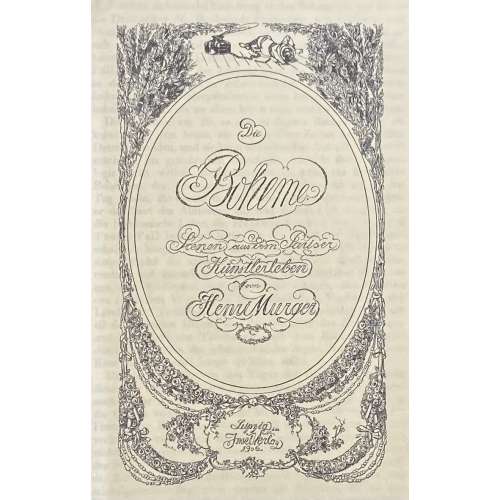 Pictorial title by von Bayros: Die | Bohème. | Scenen aus dem Pariser | Künstlerleben | von | Henri Murger | Leipzig im | InselVerlag | 1906. | F. Bayros || Pagination: [2] – pictorial frontispiece, [2] – pictorial t.p., 1-280 [2] – inhalt, [2] – colophon, [2] – blank, + 4 plates drawn by Franz von Bayros and reproduced as photogravure, with guards. Binding: 23.5 x 15.5 cm, cream parchment, raised bands, gilt-lettered orange morocco label to spine; text printed on laid paper (Linden Paper watermark), untrimmed, illustrations on wove paper as photogravure. Bookplate: “Ex libris Walter Schniewind” engraved by C. L. Becker. Original title: Henry Murger. Scenes De La Vie De Boheme. — Paris: Michel Lévy frères, 1851. Tirage: 50 copies on laid paper, of which this is № 14 (per Sarkowski: 50 numerierte Ex. auf Bütten. Pergament mit Goldschnitt). Author: Murger, Henri [Murger, Louis-Henri, Henry] (French, 1822 – 1861). Translator: Grove, Frederick Philip [Greve, Felix Paul] (German-Canadian, 1879 – 1948). Illustrator: Bayros, Franz von (Austrian, 1866 – 1924). Printer: Drugulin, Wilhelm Eduard (German, 1822 – 1879); Offizin W. Drugulin (Leipzig). Provenance: Schniewind, Walter (German, 1870 – 1927). Catalogue raisonné: Heinz Sarkowski (1999): № 1175 VA, p. 195; Bayros Zeichnungen, pp. 43-46.
Pictorial title by von Bayros: Die | Bohème. | Scenen aus dem Pariser | Künstlerleben | von | Henri Murger | Leipzig im | InselVerlag | 1906. | F. Bayros || Pagination: [2] – pictorial frontispiece, [2] – pictorial t.p., 1-280 [2] – inhalt, [2] – colophon, [2] – blank, + 4 plates drawn by Franz von Bayros and reproduced as photogravure, with guards. Binding: 23.5 x 15.5 cm, cream parchment, raised bands, gilt-lettered orange morocco label to spine; text printed on laid paper (Linden Paper watermark), untrimmed, illustrations on wove paper as photogravure. Bookplate: “Ex libris Walter Schniewind” engraved by C. L. Becker. Original title: Henry Murger. Scenes De La Vie De Boheme. — Paris: Michel Lévy frères, 1851. Tirage: 50 copies on laid paper, of which this is № 14 (per Sarkowski: 50 numerierte Ex. auf Bütten. Pergament mit Goldschnitt). Author: Murger, Henri [Murger, Louis-Henri, Henry] (French, 1822 – 1861). Translator: Grove, Frederick Philip [Greve, Felix Paul] (German-Canadian, 1879 – 1948). Illustrator: Bayros, Franz von (Austrian, 1866 – 1924). Printer: Drugulin, Wilhelm Eduard (German, 1822 – 1879); Offizin W. Drugulin (Leipzig). Provenance: Schniewind, Walter (German, 1870 – 1927). Catalogue raisonné: Heinz Sarkowski (1999): № 1175 VA, p. 195; Bayros Zeichnungen, pp. 43-46. -
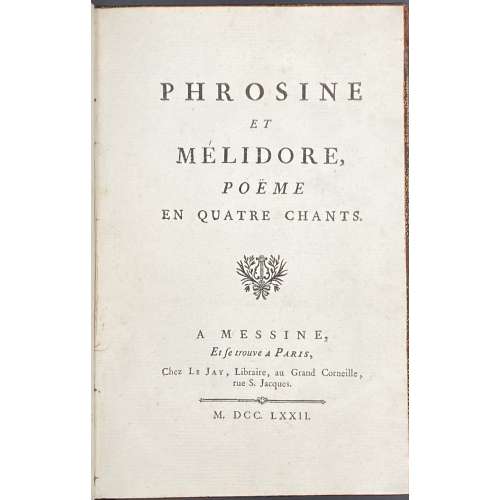 Title page: PHROSINE | ET | MELIDORE, | POËME | EN QUATRE CHANTS. | A MESSINE, | Et se trouve A Paris, | Chez Le Jay, Libraire, au Grand Corneille, | rue S. Jacques. | M. DCC. LXXII. || Pagination : ffl, [2] – h.t. / blank, [2] t.p. / blank, [1] 2-55 [56 blank], bfl ; 4 copperplate engravings by Nicolas Ponce (French, 1746 – 1831) after Charles Eisen (French, 1720 – 1778), one before each chant. Collation: 8vo; π2 (h.t., t.p. ) A-C8 D4. Binding: 20.5 x 14 cm, full mottled calf, gilt-ruled with triple fillet, flat spine, gilt in compartments, black label with gilt lettering, printed on laid paper, all edges red. Catalogue raisonné: Cohen de Ricci p. 132; J. Lewine: p. 53. Contributors: Nicolas Ponce (French, 1746 – 1831) Jean Charles Baquoy (French, 1721–1777) Charles-Dominique-Joseph Eisen (French, 1720 – 1778) Pierre-Joseph Bernard [Gentil-Bernard] (French, 1708 – 1775).
Title page: PHROSINE | ET | MELIDORE, | POËME | EN QUATRE CHANTS. | A MESSINE, | Et se trouve A Paris, | Chez Le Jay, Libraire, au Grand Corneille, | rue S. Jacques. | M. DCC. LXXII. || Pagination : ffl, [2] – h.t. / blank, [2] t.p. / blank, [1] 2-55 [56 blank], bfl ; 4 copperplate engravings by Nicolas Ponce (French, 1746 – 1831) after Charles Eisen (French, 1720 – 1778), one before each chant. Collation: 8vo; π2 (h.t., t.p. ) A-C8 D4. Binding: 20.5 x 14 cm, full mottled calf, gilt-ruled with triple fillet, flat spine, gilt in compartments, black label with gilt lettering, printed on laid paper, all edges red. Catalogue raisonné: Cohen de Ricci p. 132; J. Lewine: p. 53. Contributors: Nicolas Ponce (French, 1746 – 1831) Jean Charles Baquoy (French, 1721–1777) Charles-Dominique-Joseph Eisen (French, 1720 – 1778) Pierre-Joseph Bernard [Gentil-Bernard] (French, 1708 – 1775). -
![Auguste Vitu. Les réunions publiques à Paris 1868-1869. — Paris: E. Dentu, 1869. — pp.: [1-5] 6-151 [1].](https://varshavskycollection.com/wp-content/uploads/2021/02/LIB-2432.2020-a-500x500.jpeg) Cover: LES | RÉUNIONS PUBLIQUES | A PARIS | 1868 — 1869 | PAR | AUGUSTE VITU | TROISIÈME ÉDITION | Augmentée d’un Appendice contenant les Jugements et Arrêts | rendus à Paris en matière de réunions publiques | PARIS | E. DENTU, LIBRAIRE-ÉDITEUR | PALAIS-ROYAL, 17-19, GALERIE D’ORLÉANS | MAI 1869 || ; t.p. similar with no dash between 17 and 19 in the bottom. Pagination: [1-5] 6-151 [1]; collation: 8vo, [1]8 2-98 103; 23 x 14 cm, publisher’s lettered blue paper wrappers. Printer: Dubuisson et Cie (Paris). Vitu, Auguste-Charles-Joseph (French, 1823 – 1891)
Cover: LES | RÉUNIONS PUBLIQUES | A PARIS | 1868 — 1869 | PAR | AUGUSTE VITU | TROISIÈME ÉDITION | Augmentée d’un Appendice contenant les Jugements et Arrêts | rendus à Paris en matière de réunions publiques | PARIS | E. DENTU, LIBRAIRE-ÉDITEUR | PALAIS-ROYAL, 17-19, GALERIE D’ORLÉANS | MAI 1869 || ; t.p. similar with no dash between 17 and 19 in the bottom. Pagination: [1-5] 6-151 [1]; collation: 8vo, [1]8 2-98 103; 23 x 14 cm, publisher’s lettered blue paper wrappers. Printer: Dubuisson et Cie (Paris). Vitu, Auguste-Charles-Joseph (French, 1823 – 1891) -
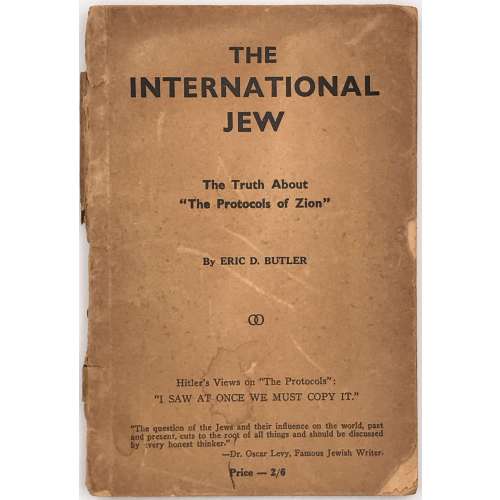 Front wrapper and t.p.: THE | INTERNATIONAL | JEW | The Truth About | "The Protocols of Zion" | By ERIC D. BUTLER | ∞ | Hitler’s Views on “The Protocols”: | “I SAW AT ONCE WE MUST COPY IT.” | “The question of the Jews and their influence on the world, past and present, cuts to the root of all things and should be discussed by every honest thinker” | — Dr. Oscar Levy, Famous Jewish Writer. | Price — 2/6 || (T.p.: same with the full stop (.) after 2/6. Stamp to t.p.: Women’s Voice | 537 SO. DEARBORN ST. | ROOM 800 | CHICAGO 5. ILL. || [2] 3-167 [168]. Binding: Lettered publisher’s wrappers, 18 x 12 cm. Butler, Eric Dudley (Australian, 1916 – 2006) Osborne, Robert Martin (British-Australian, 1862 – 1931) — Australian printer and publisher. Levy, Oscar (German-Jewish, 1867 – 1946) Hitler, Adolf (German, 1889 – 1945)
Front wrapper and t.p.: THE | INTERNATIONAL | JEW | The Truth About | "The Protocols of Zion" | By ERIC D. BUTLER | ∞ | Hitler’s Views on “The Protocols”: | “I SAW AT ONCE WE MUST COPY IT.” | “The question of the Jews and their influence on the world, past and present, cuts to the root of all things and should be discussed by every honest thinker” | — Dr. Oscar Levy, Famous Jewish Writer. | Price — 2/6 || (T.p.: same with the full stop (.) after 2/6. Stamp to t.p.: Women’s Voice | 537 SO. DEARBORN ST. | ROOM 800 | CHICAGO 5. ILL. || [2] 3-167 [168]. Binding: Lettered publisher’s wrappers, 18 x 12 cm. Butler, Eric Dudley (Australian, 1916 – 2006) Osborne, Robert Martin (British-Australian, 1862 – 1931) — Australian printer and publisher. Levy, Oscar (German-Jewish, 1867 – 1946) Hitler, Adolf (German, 1889 – 1945)



